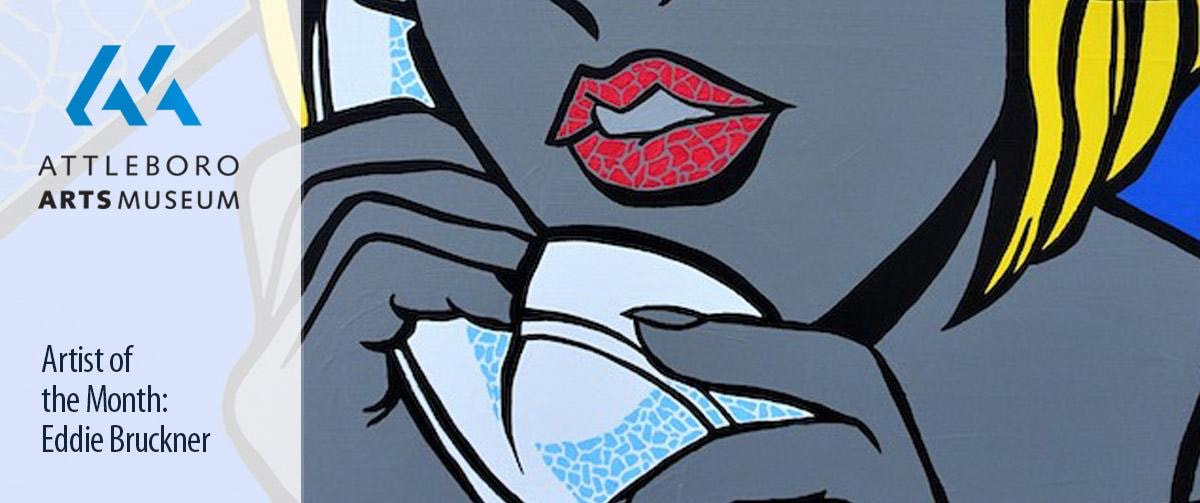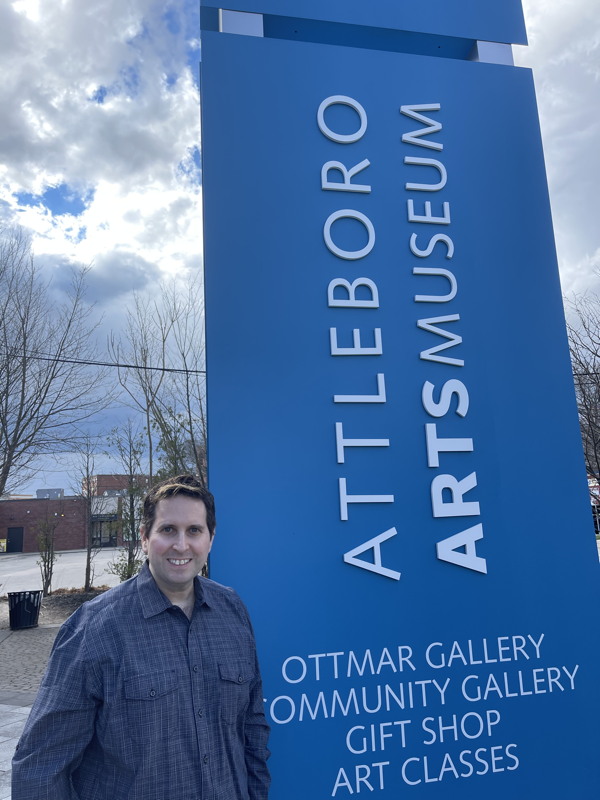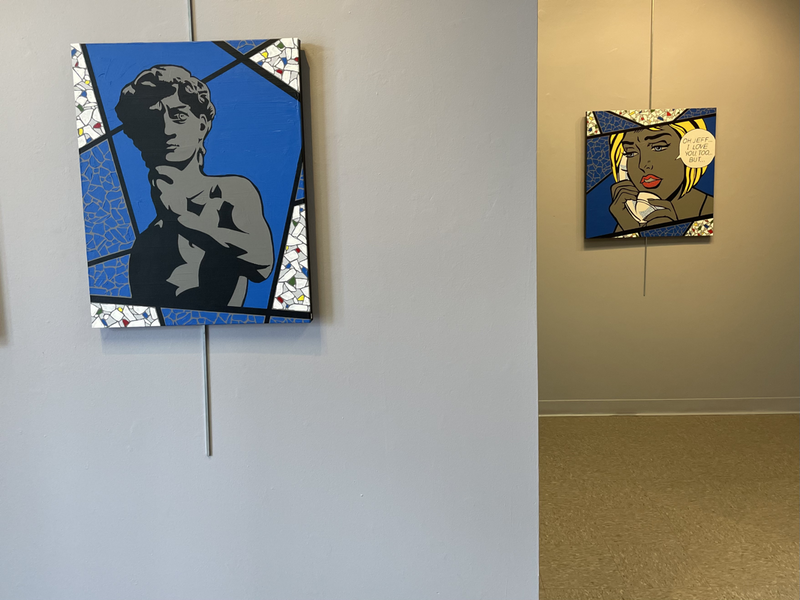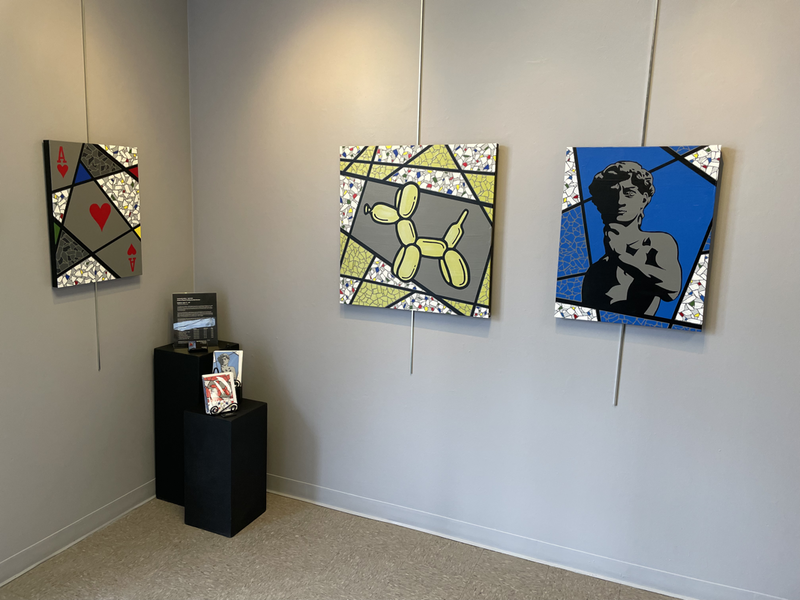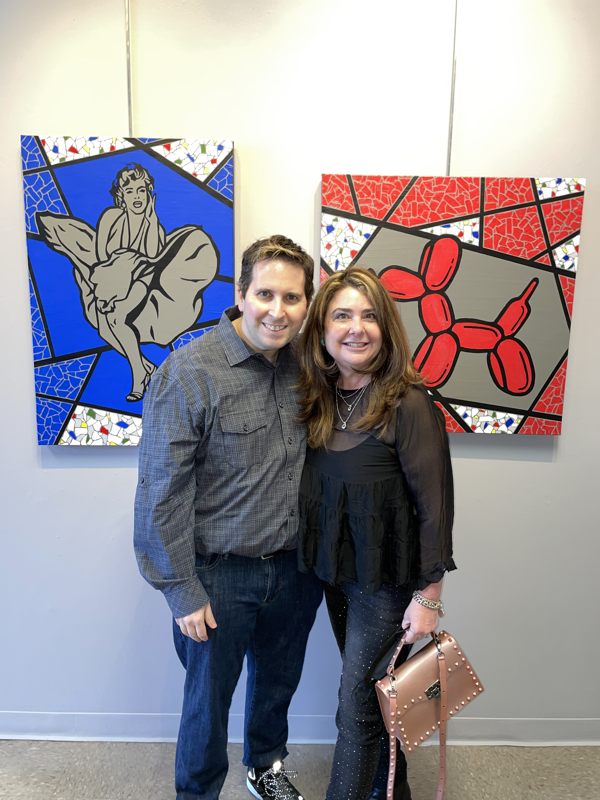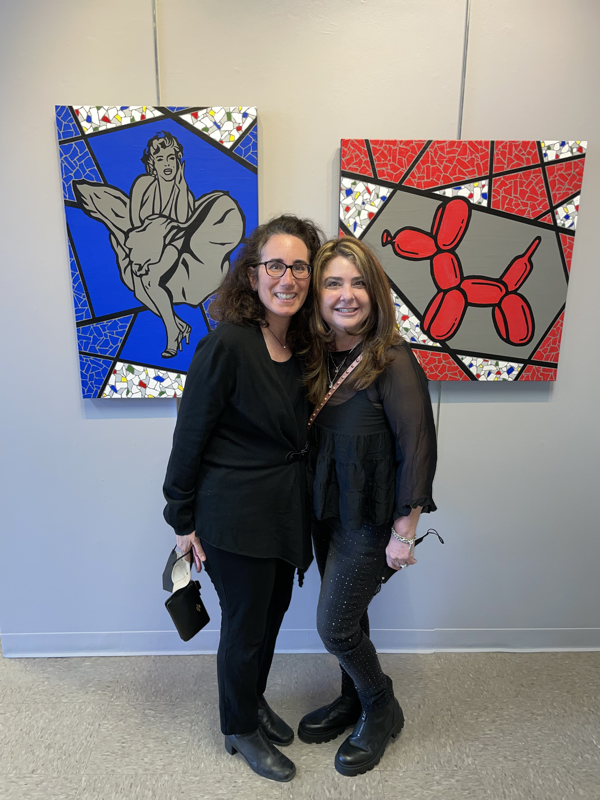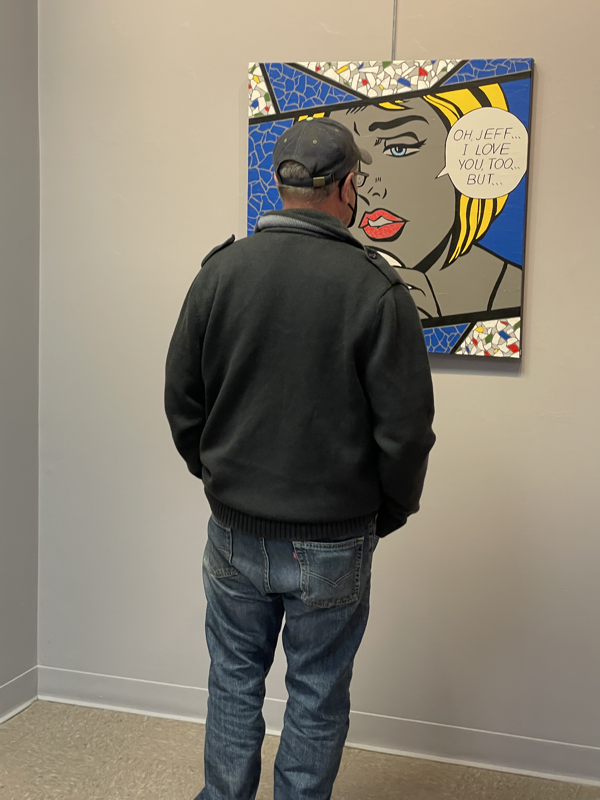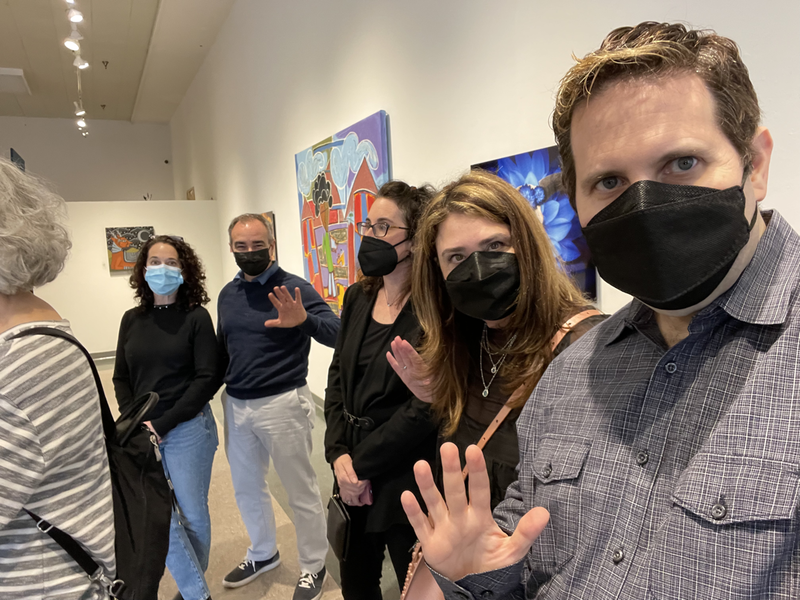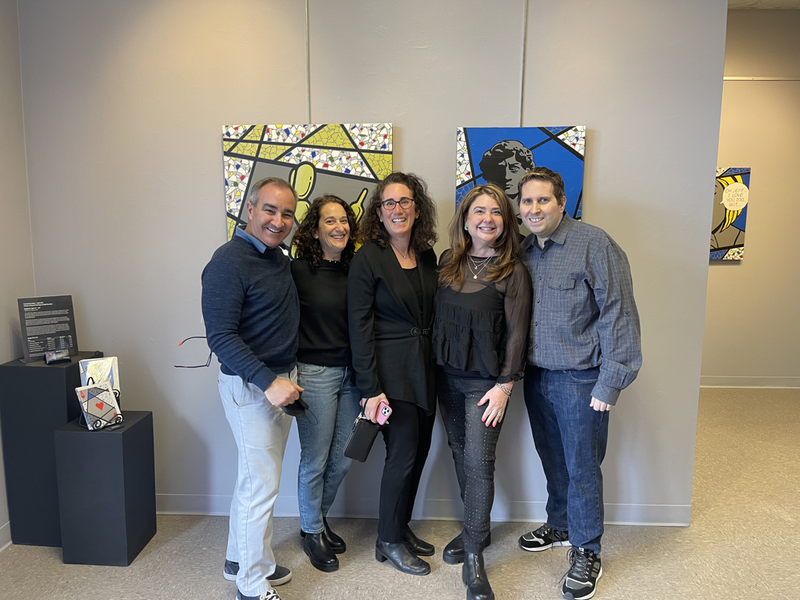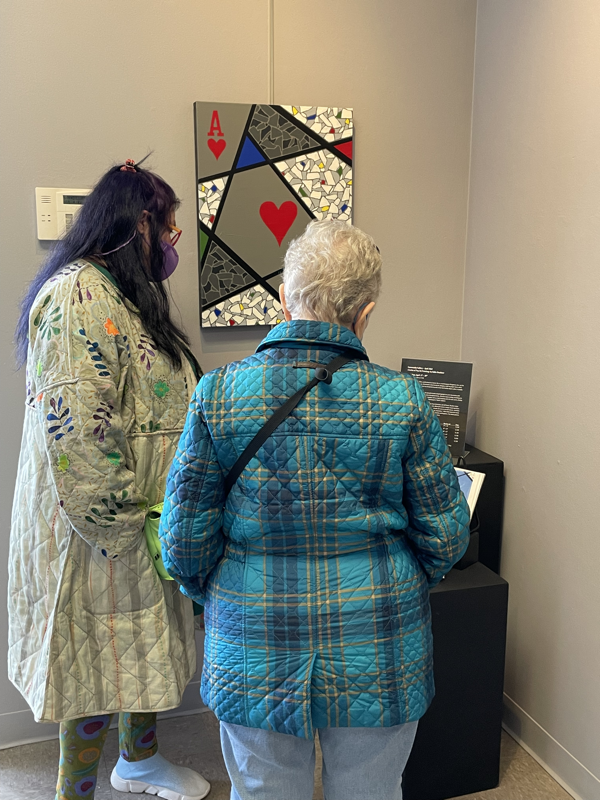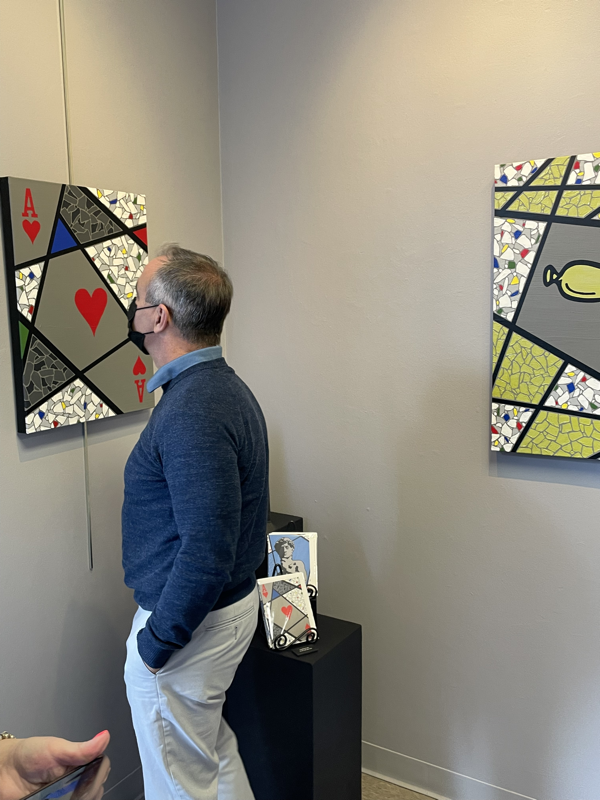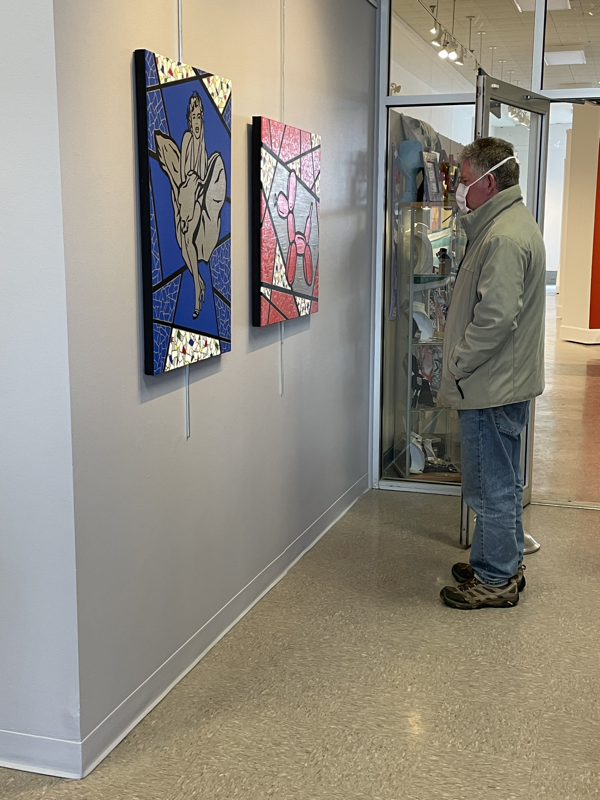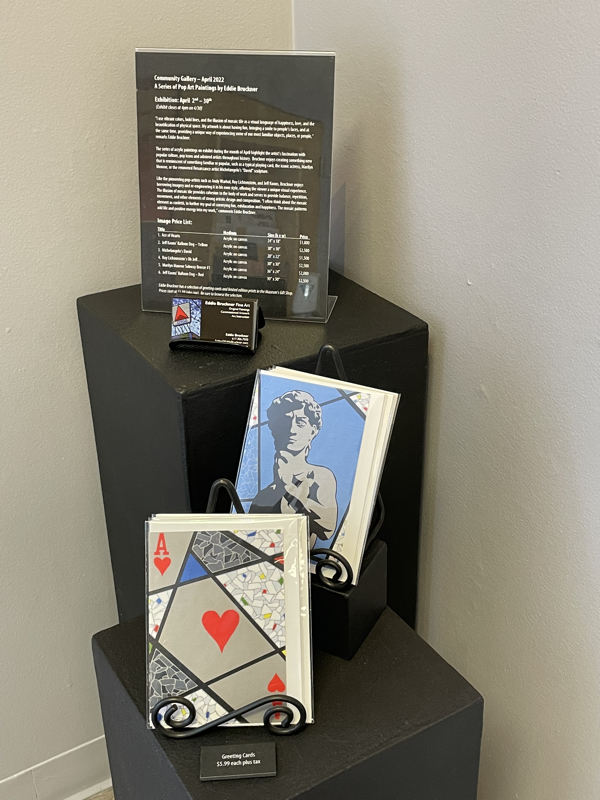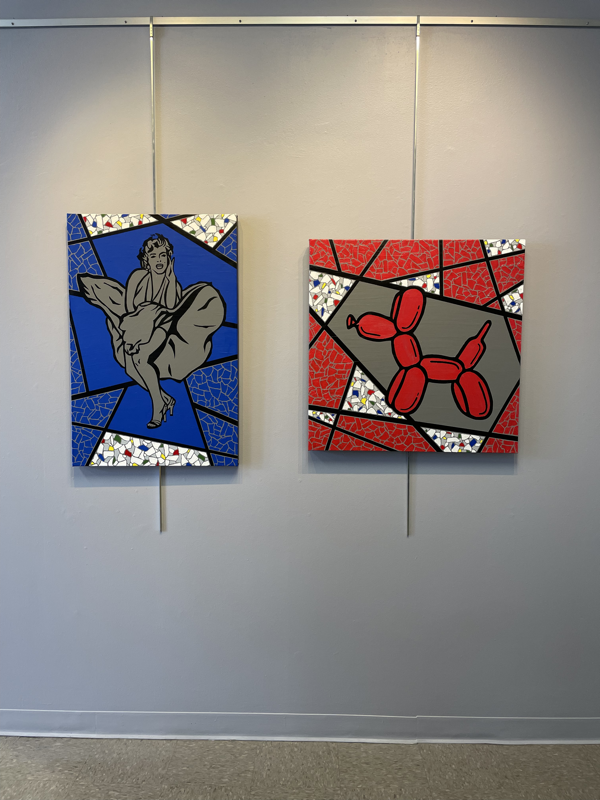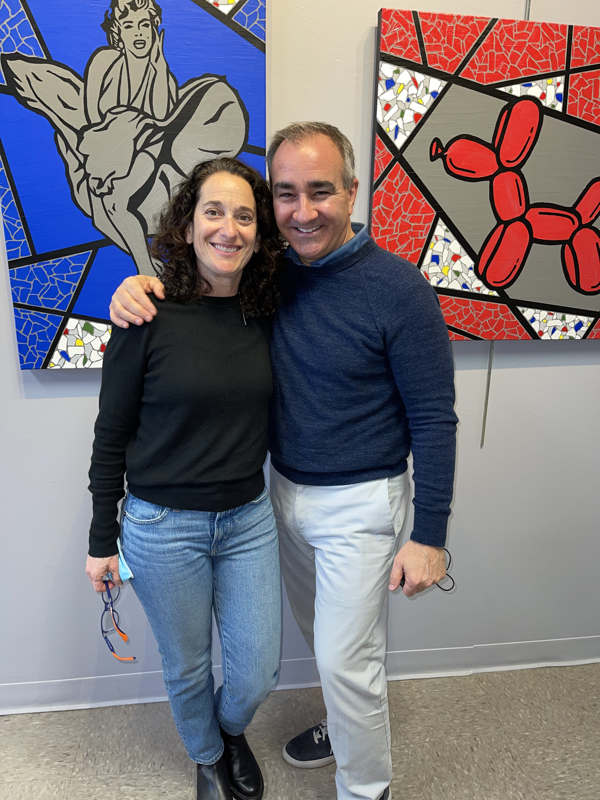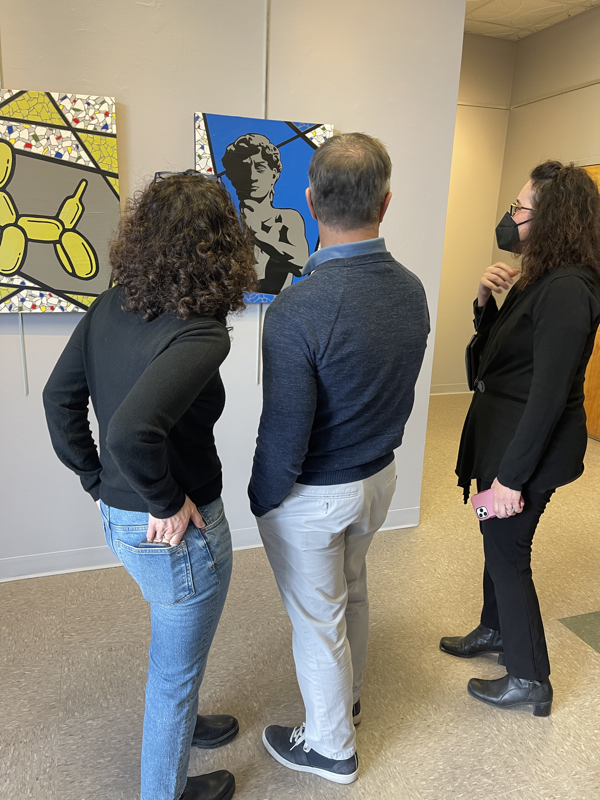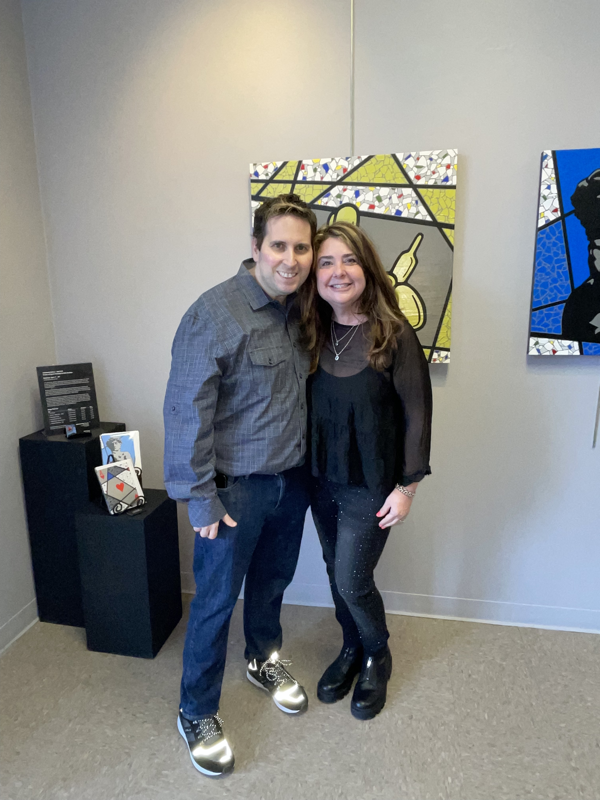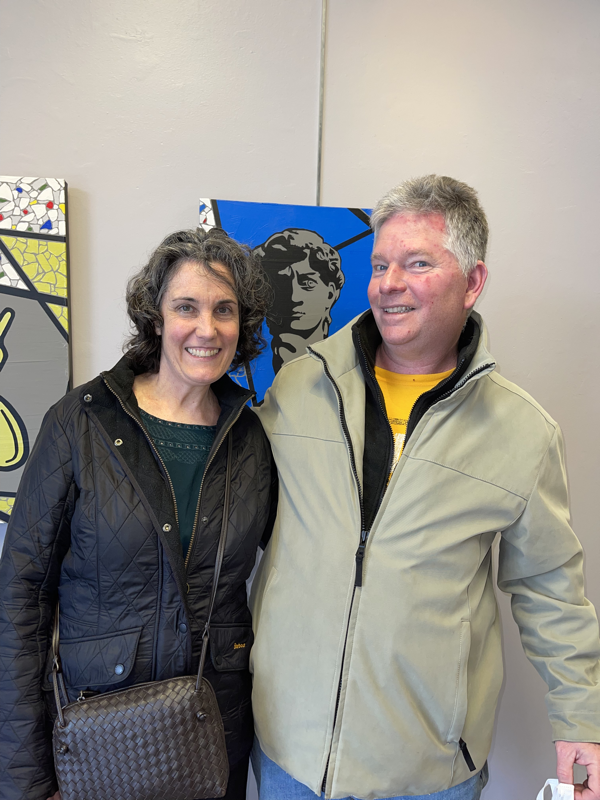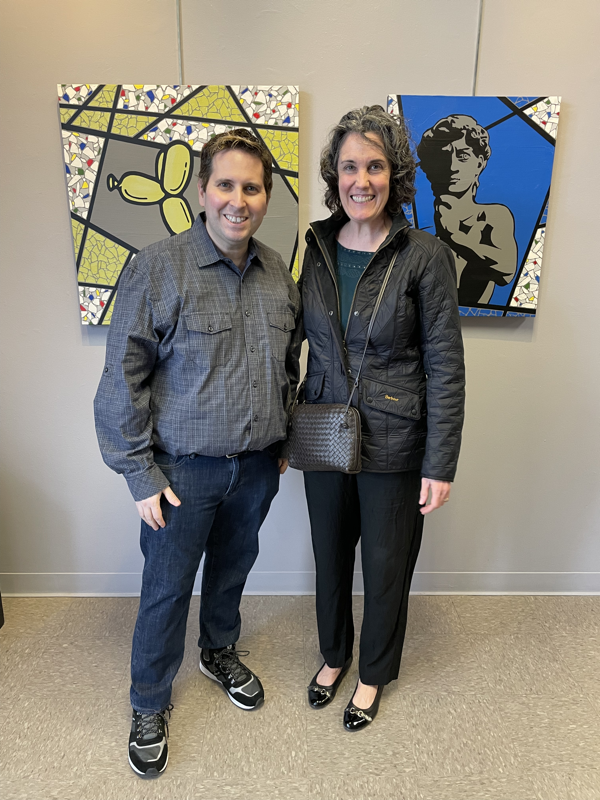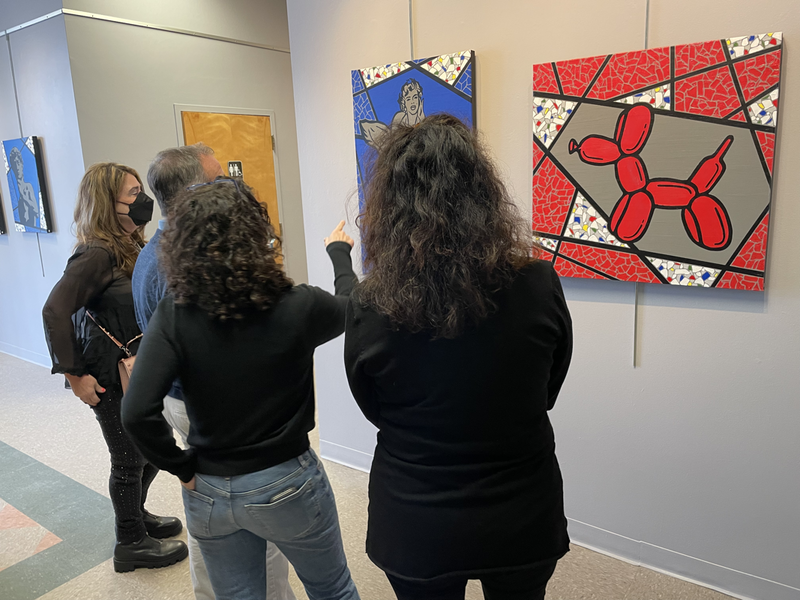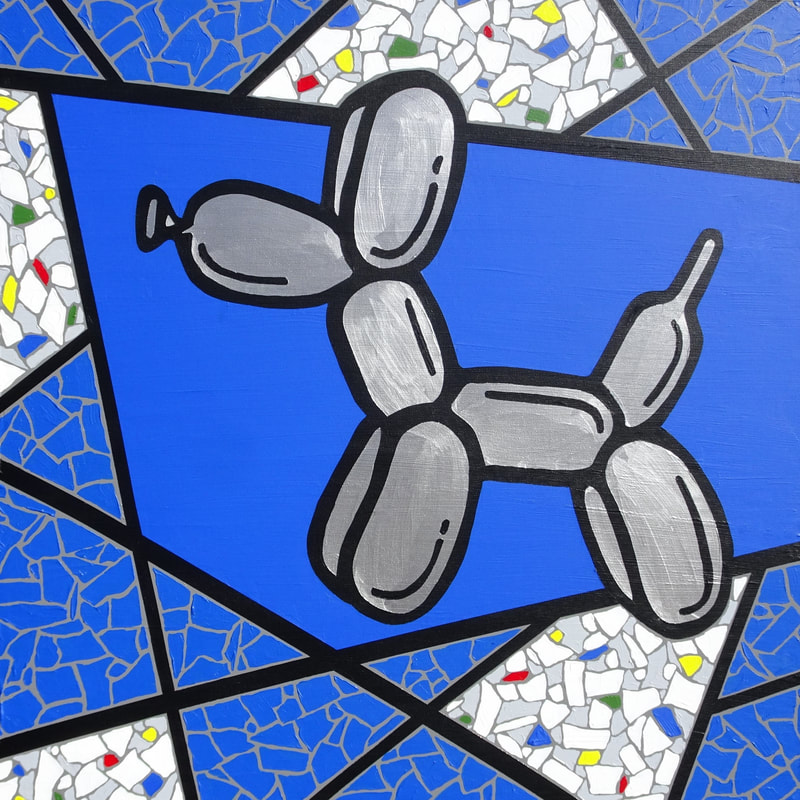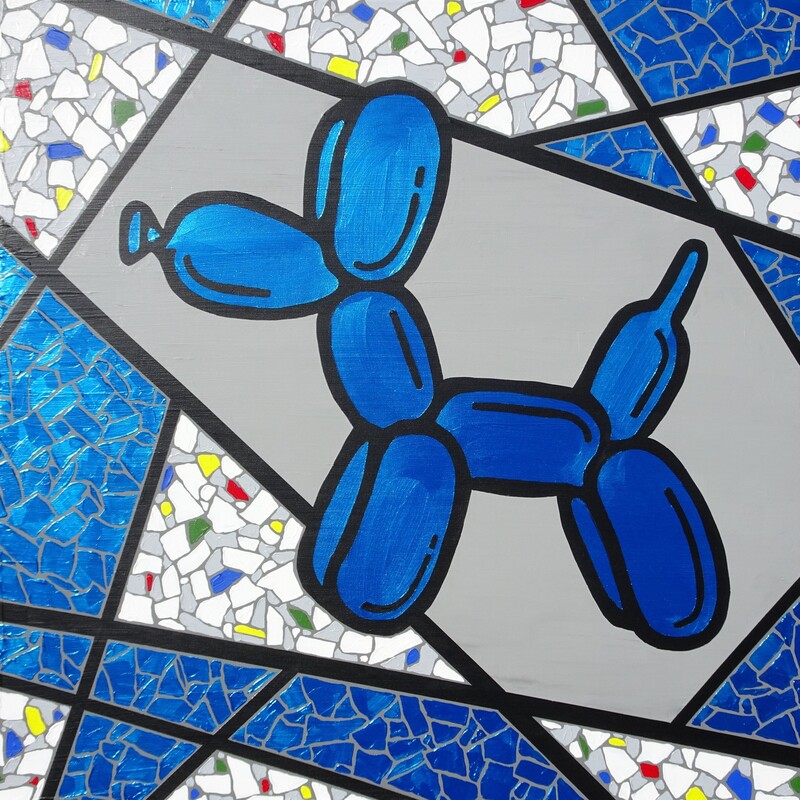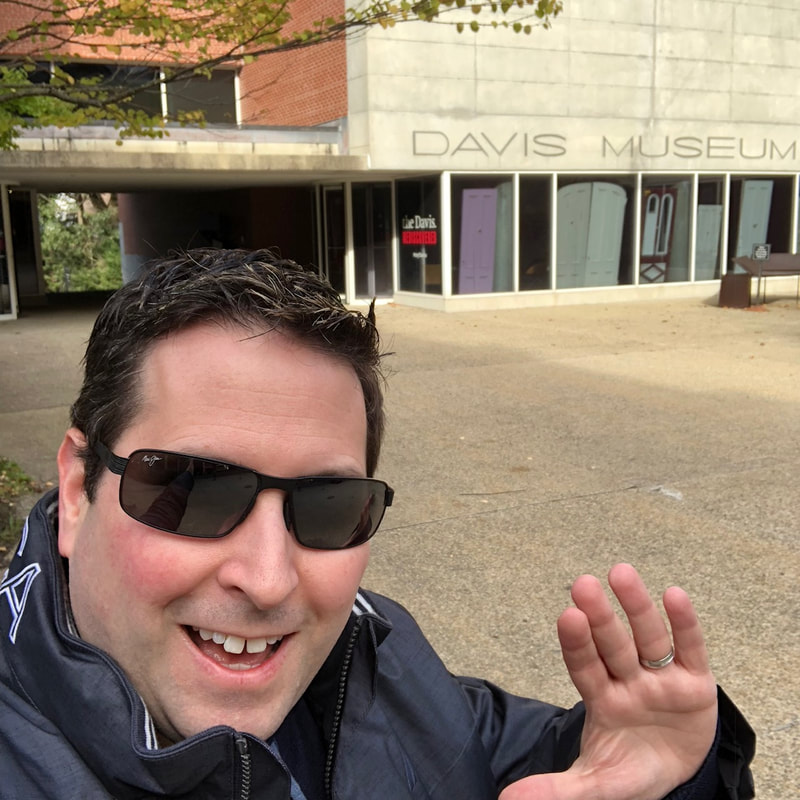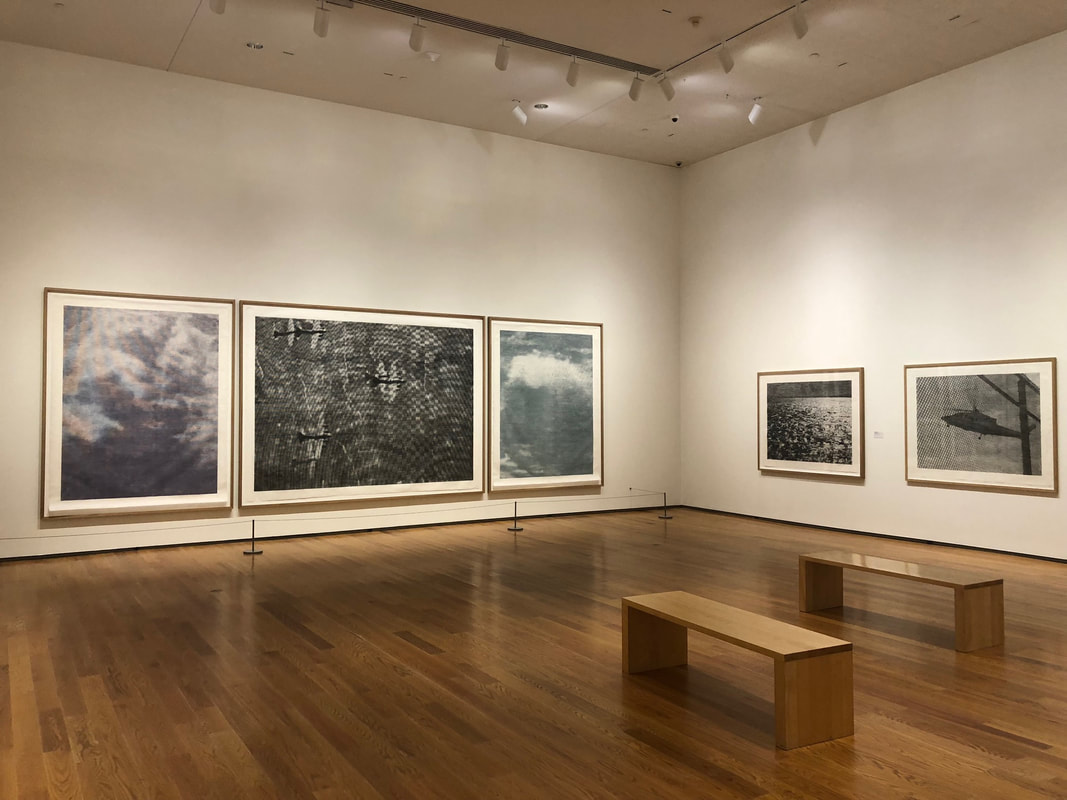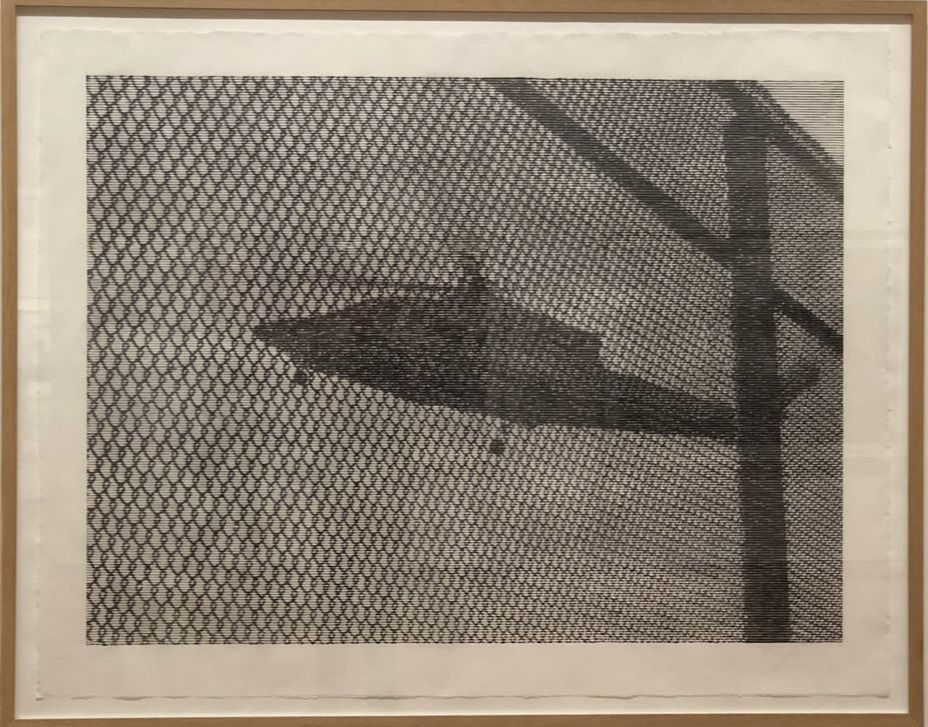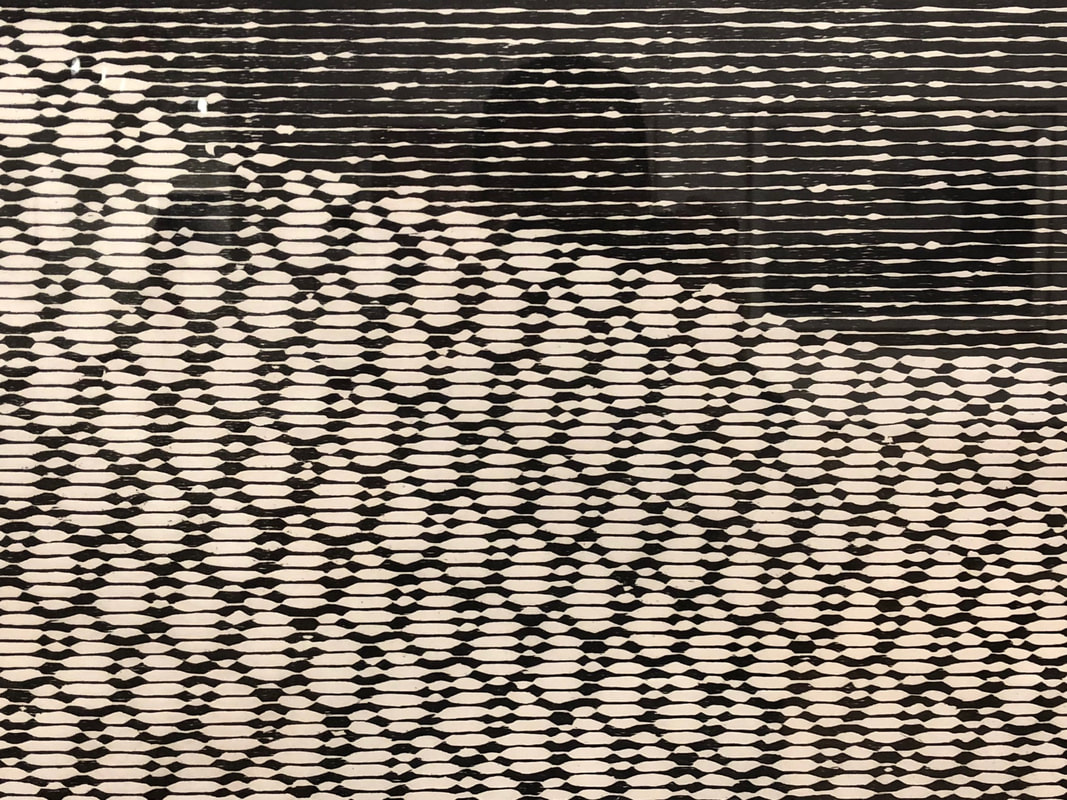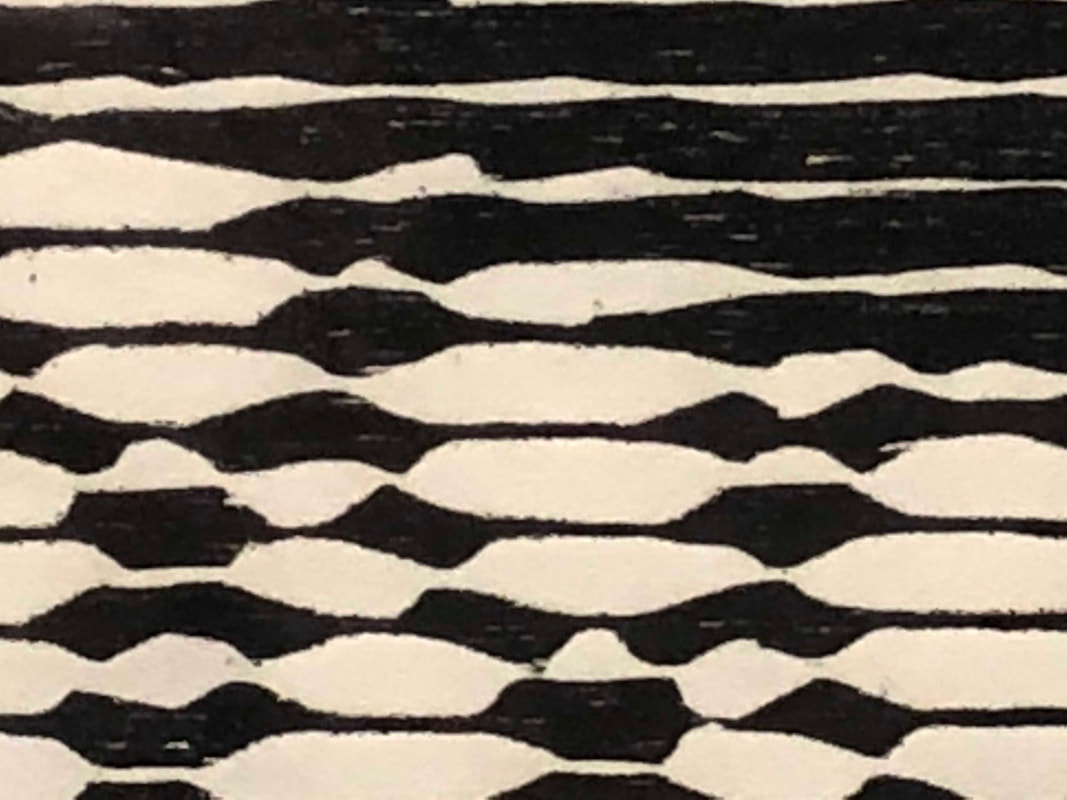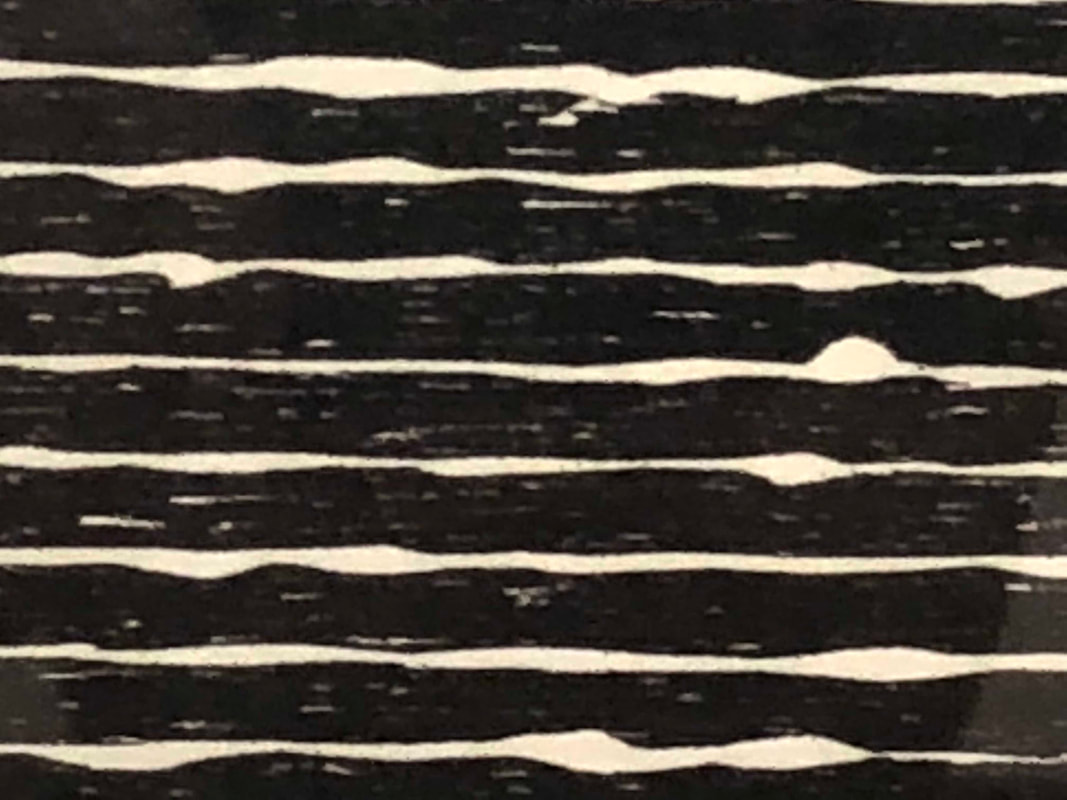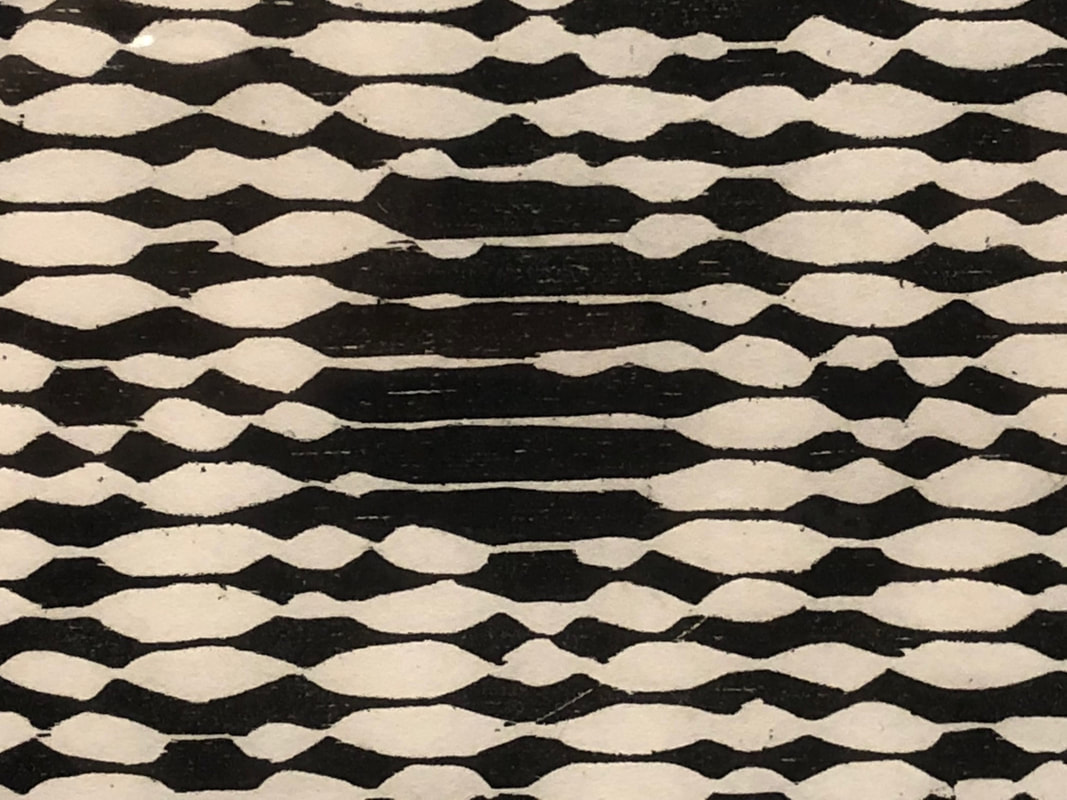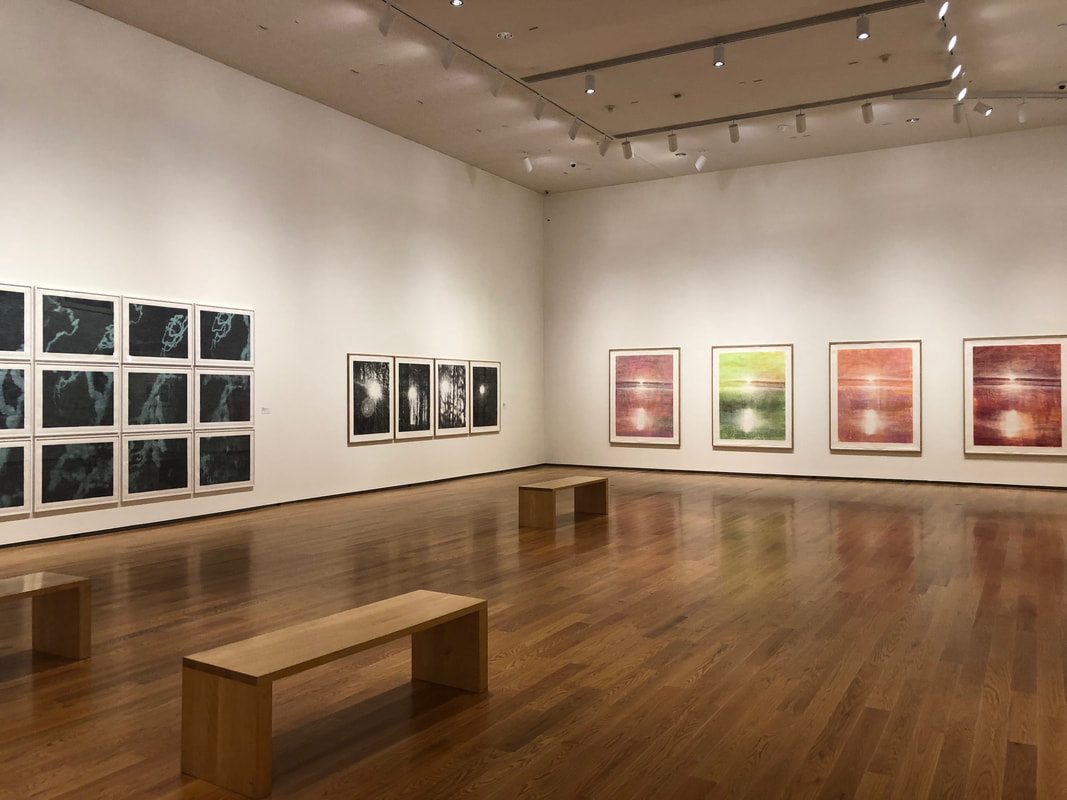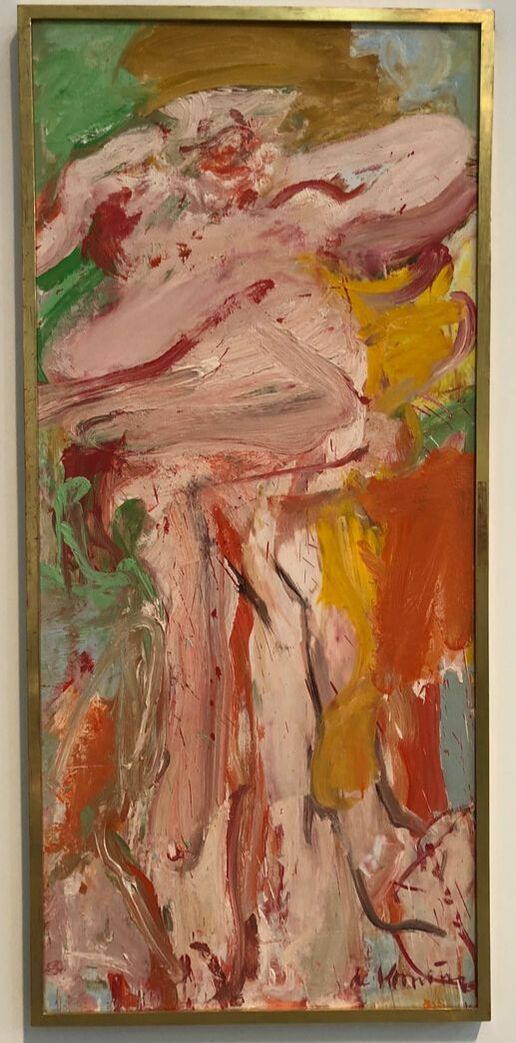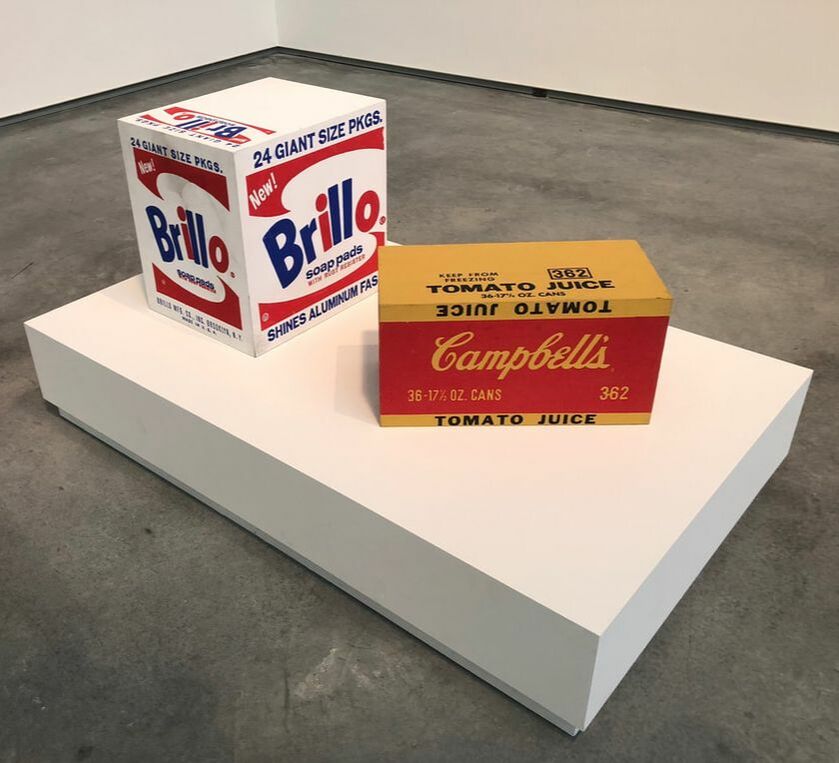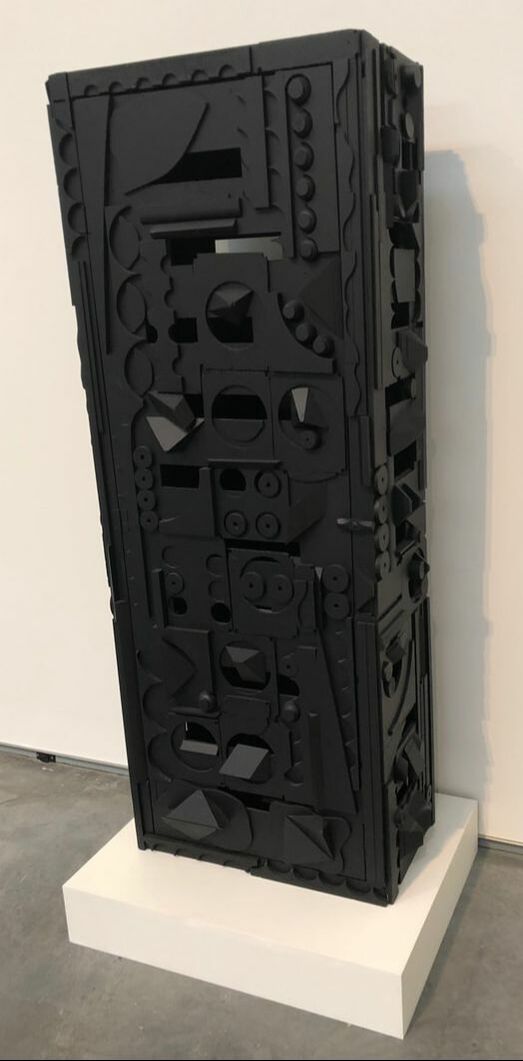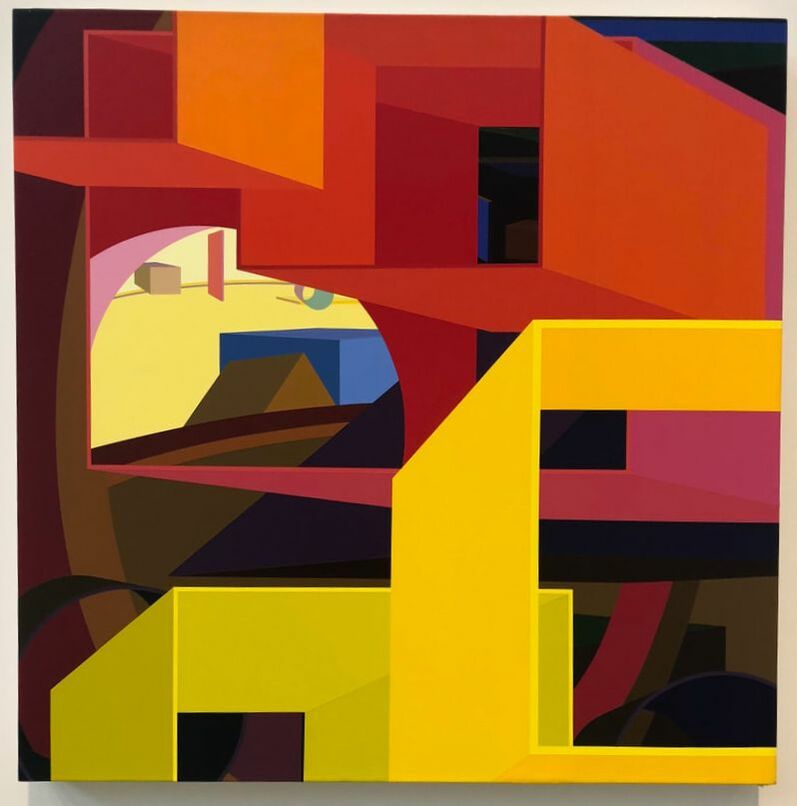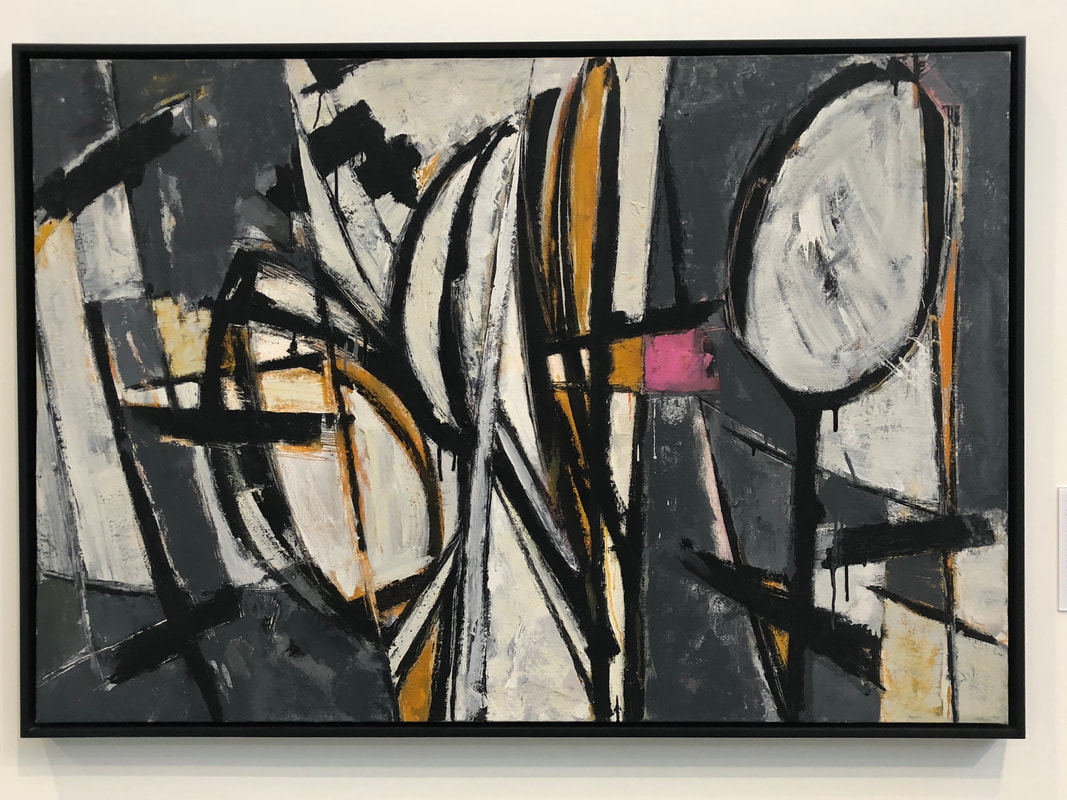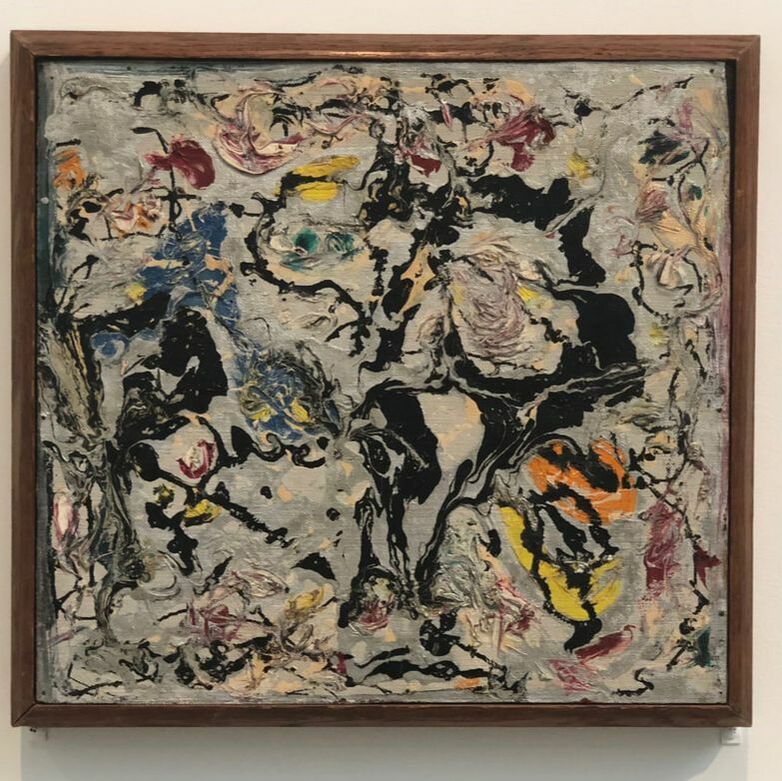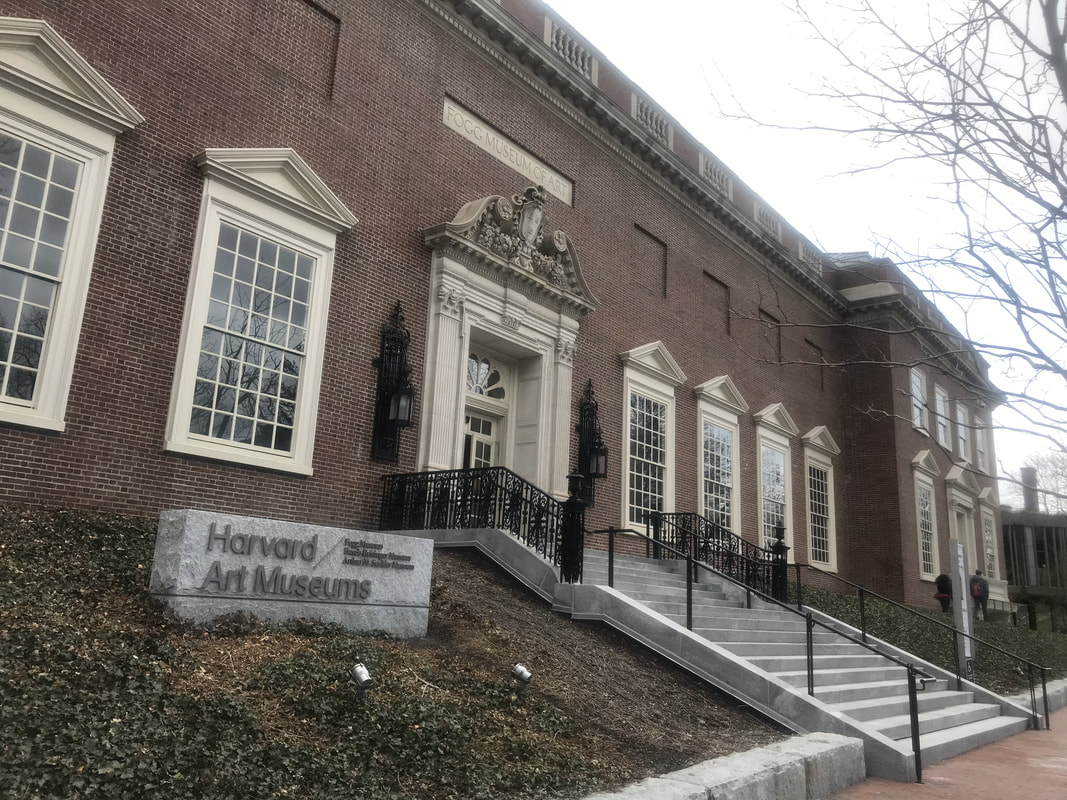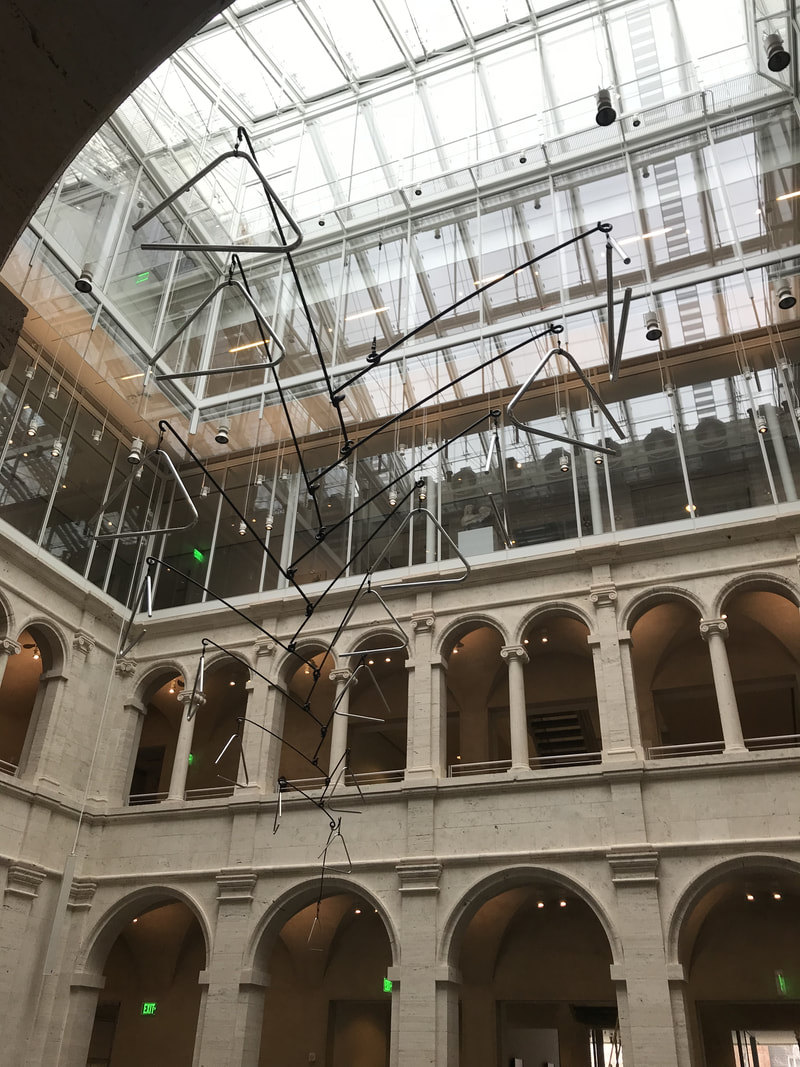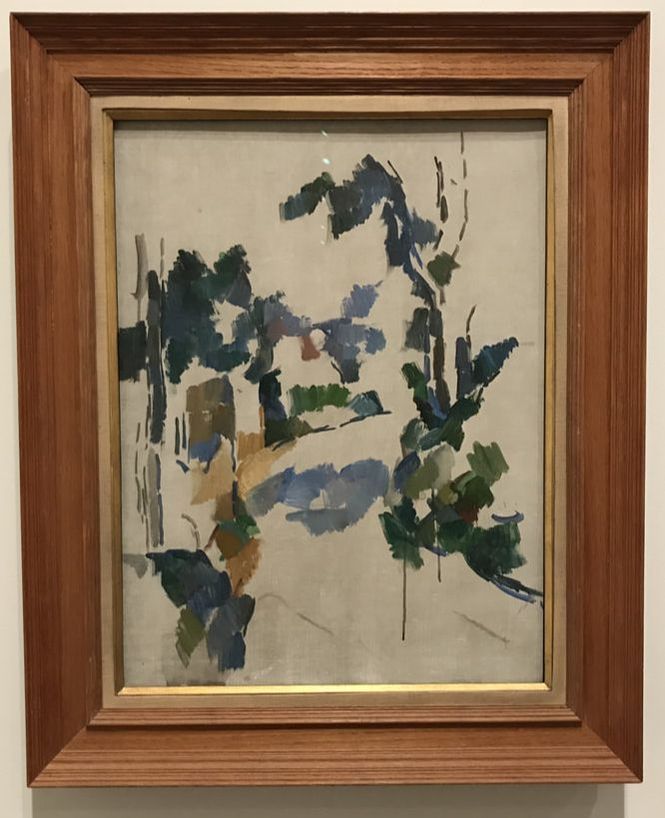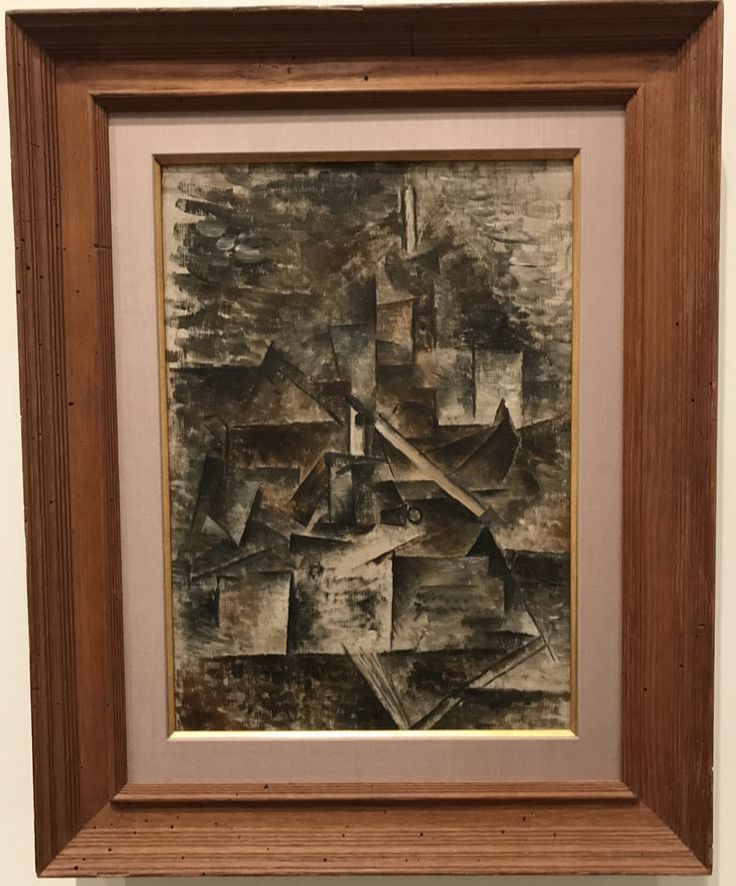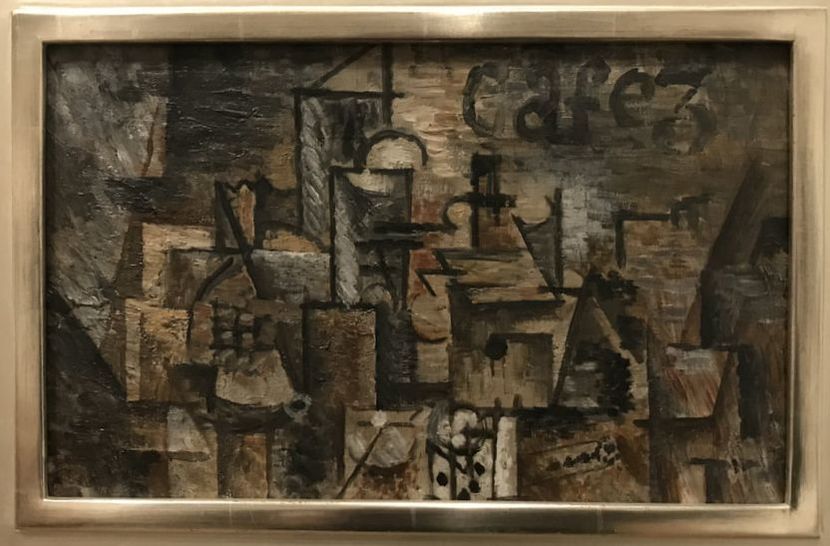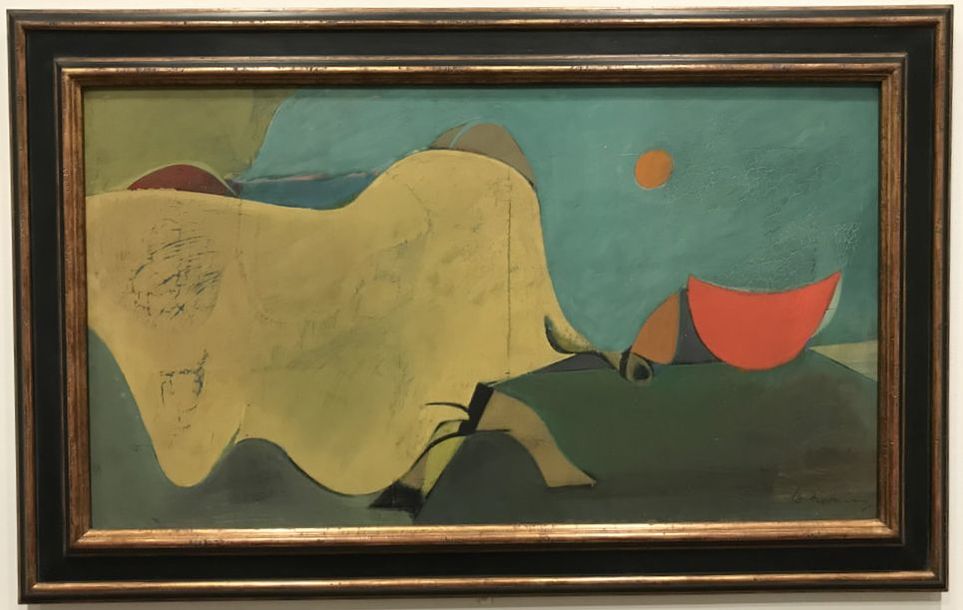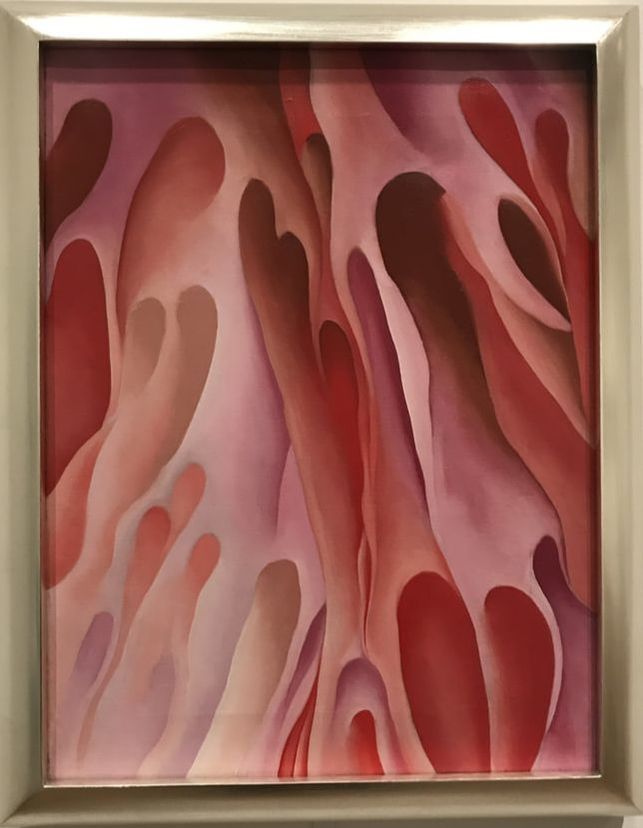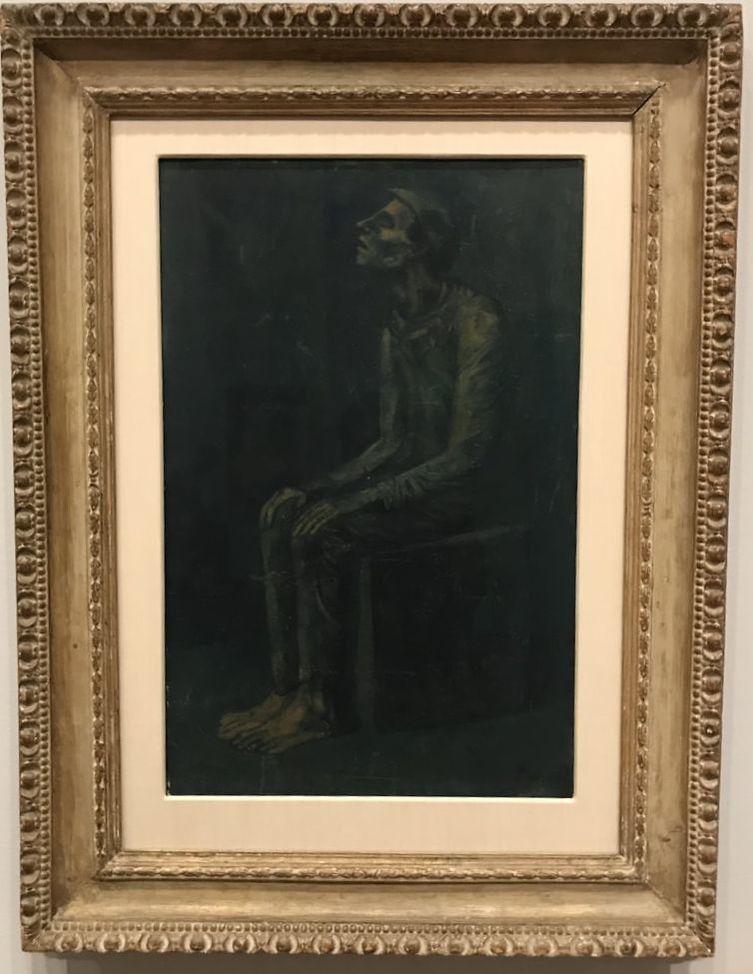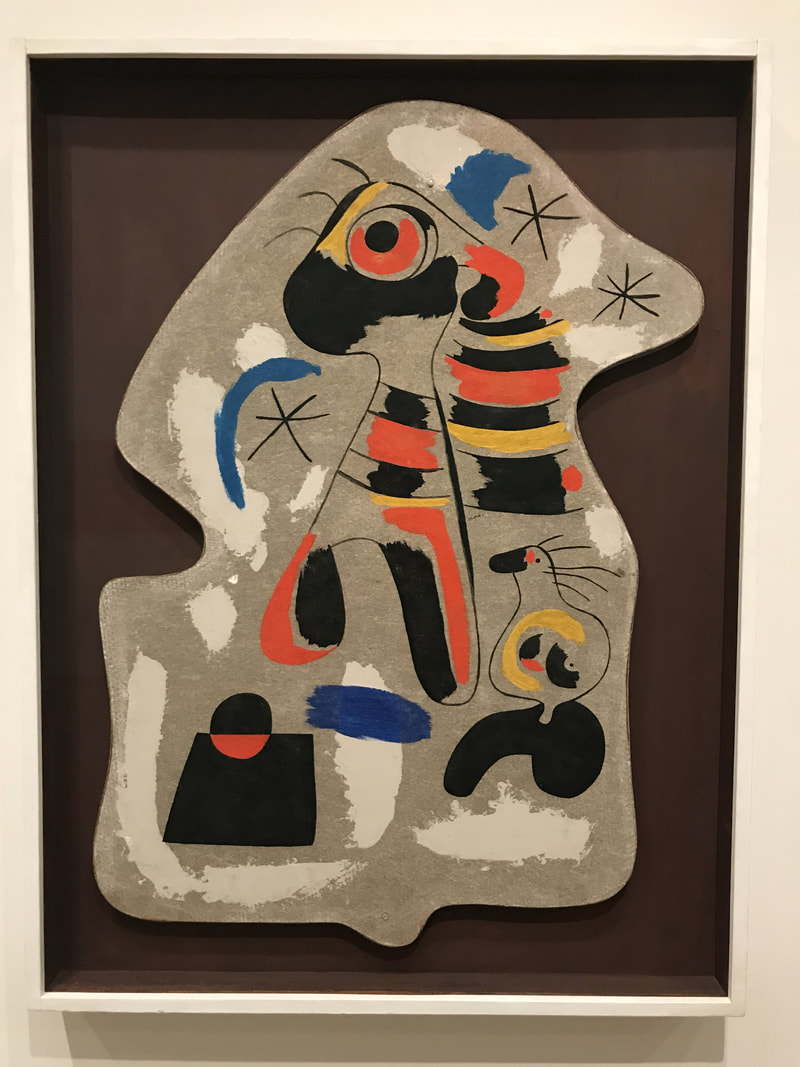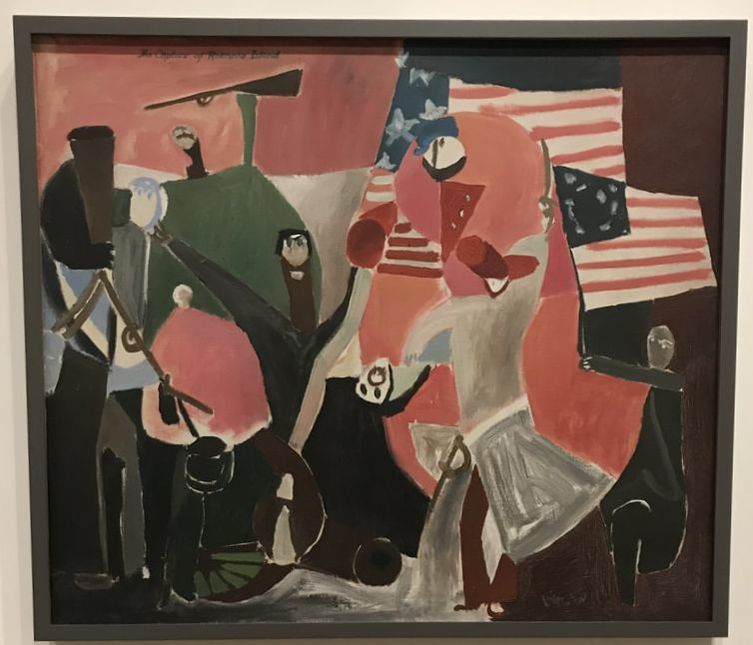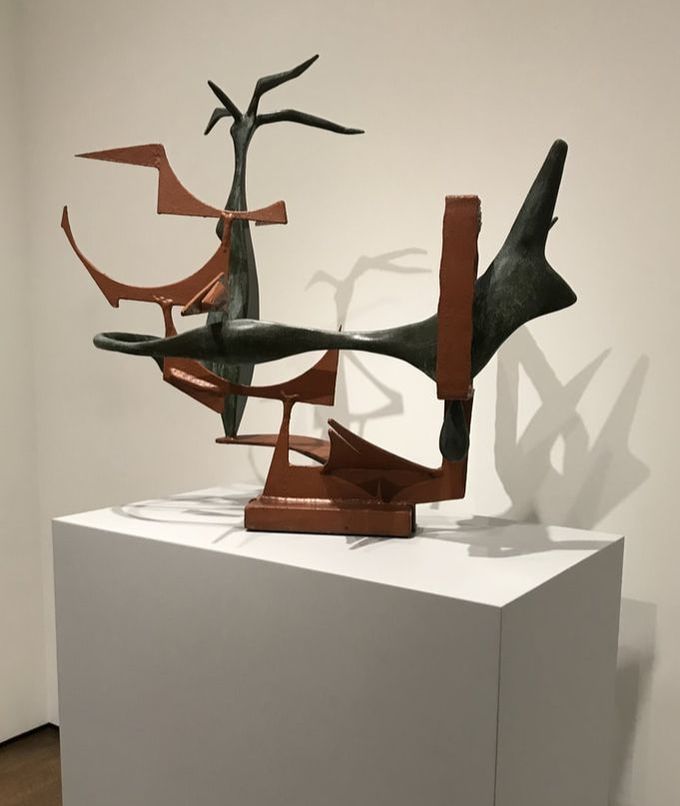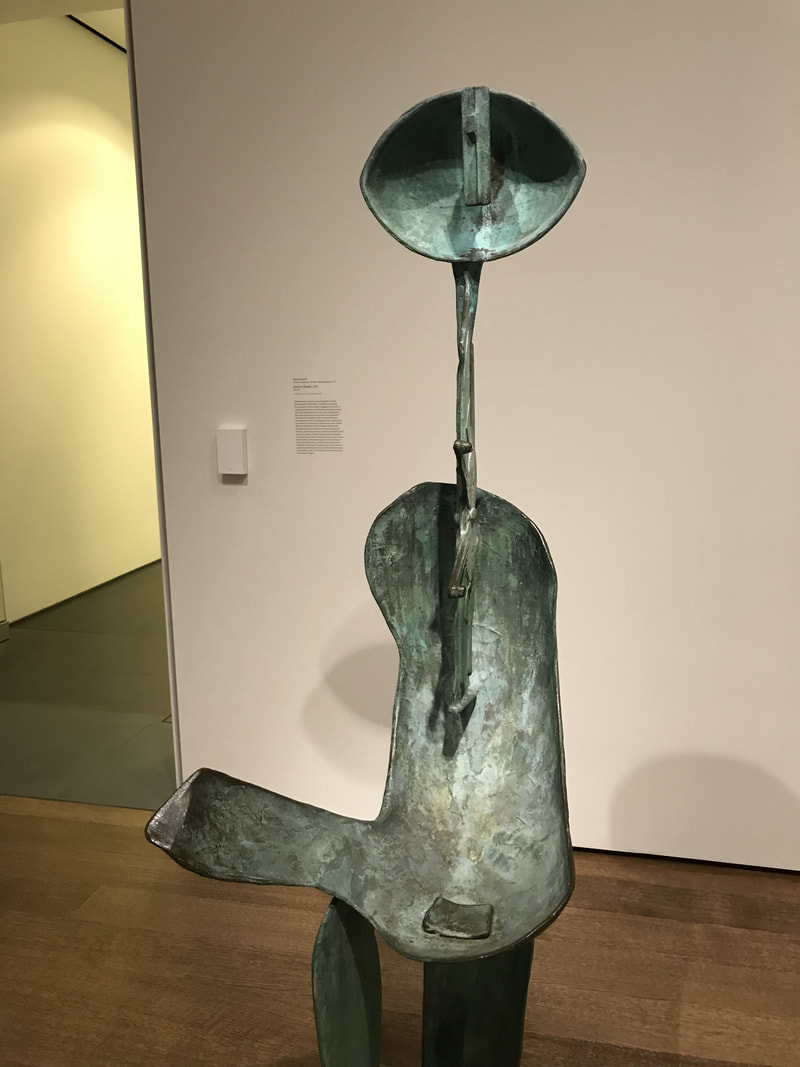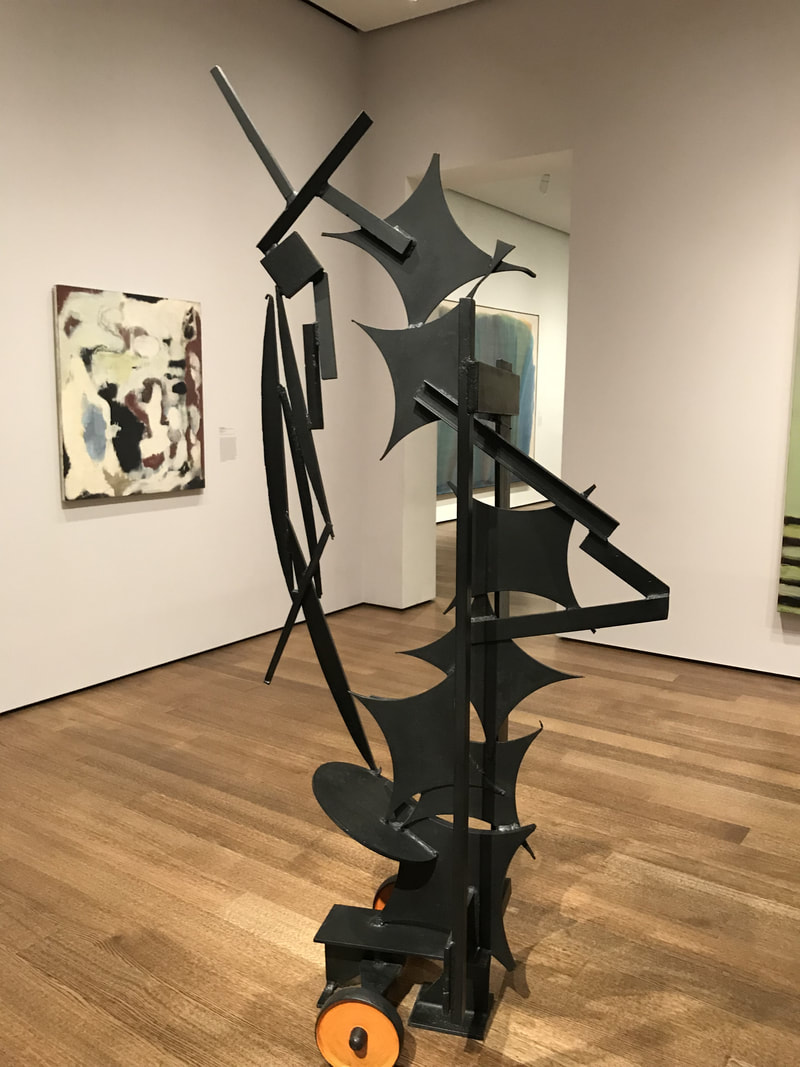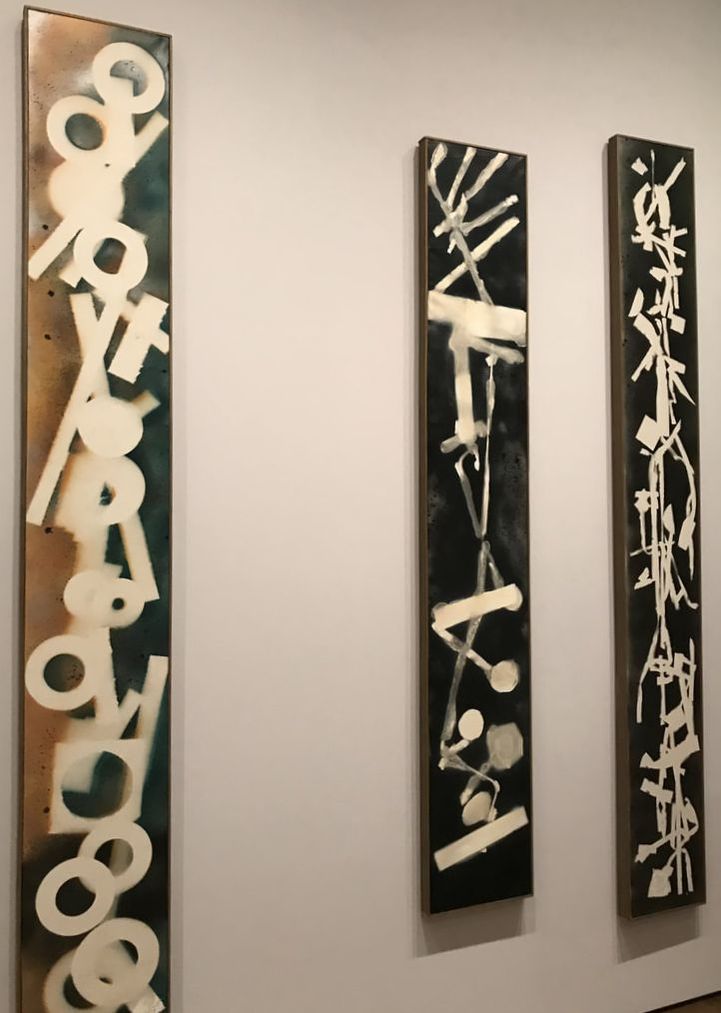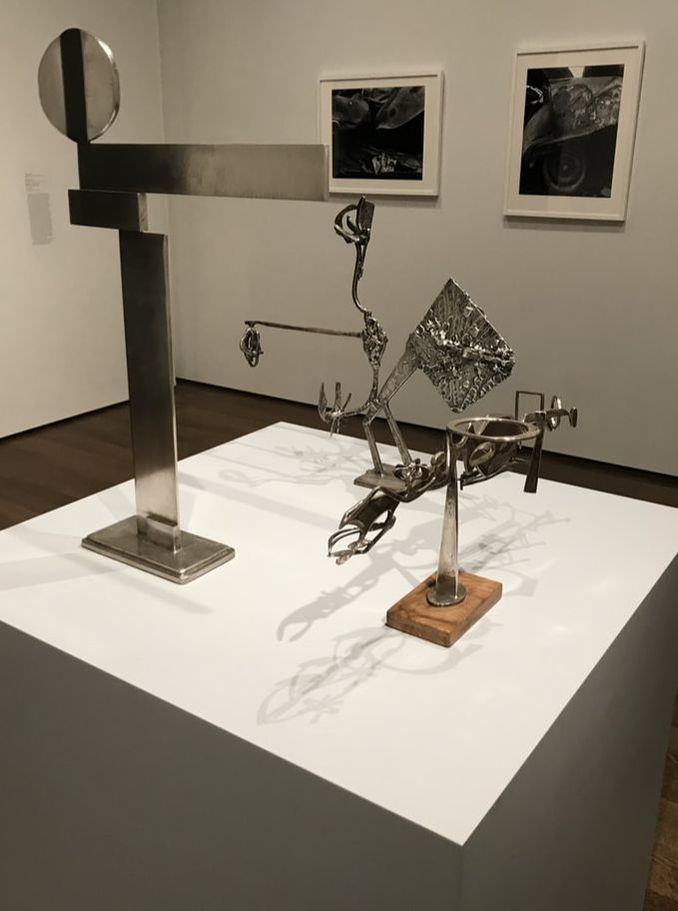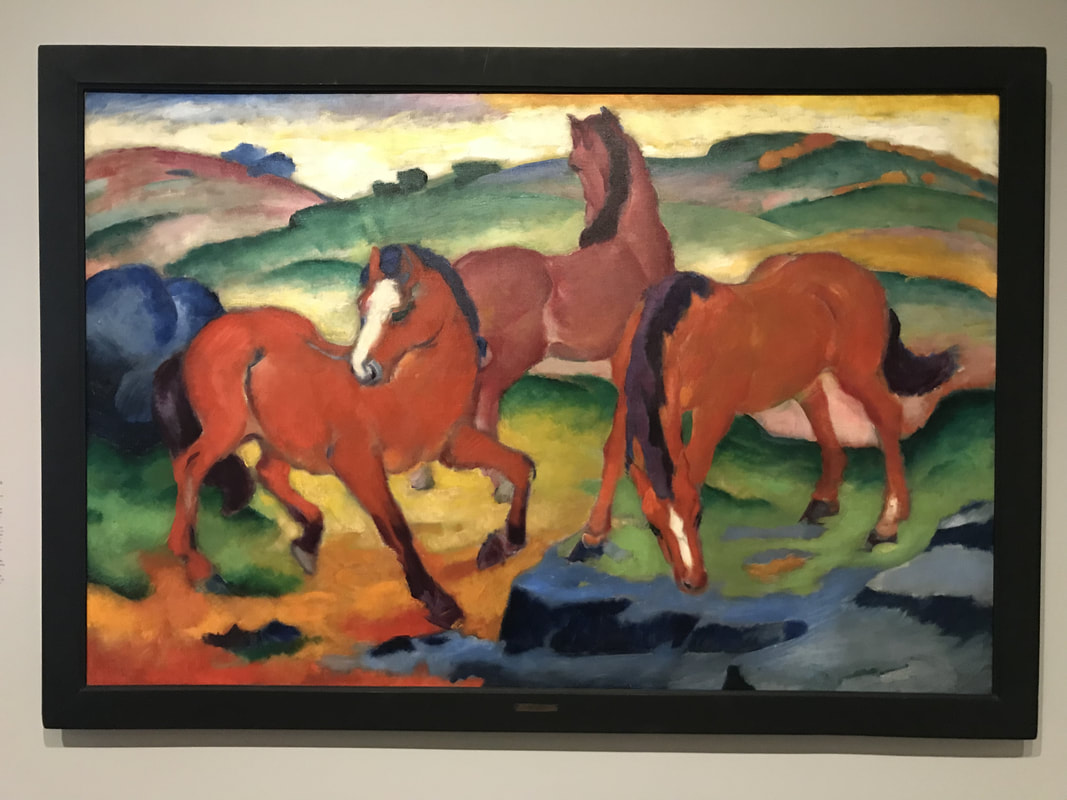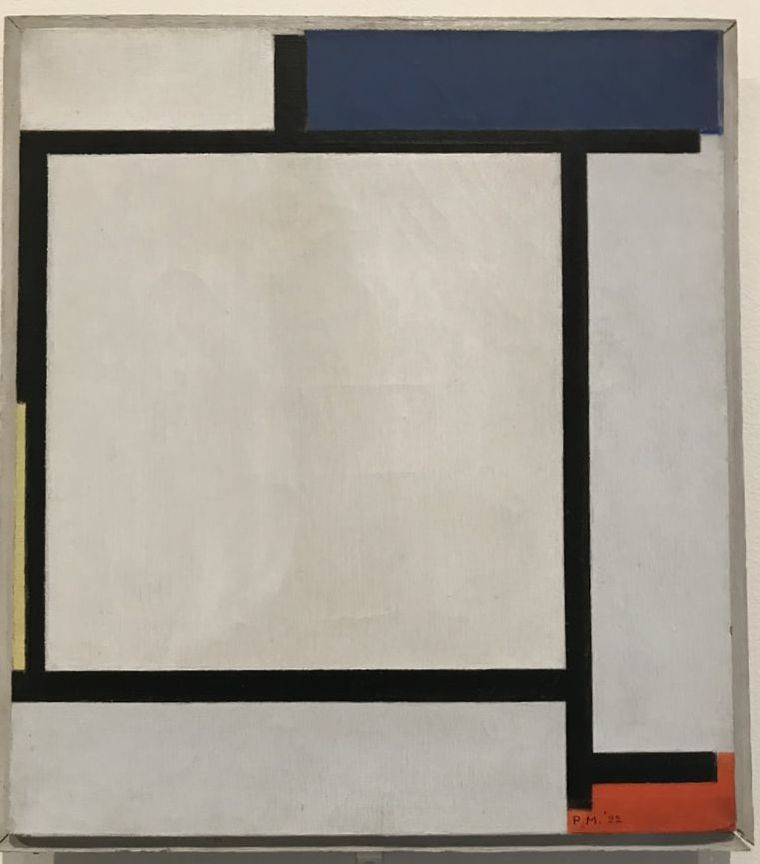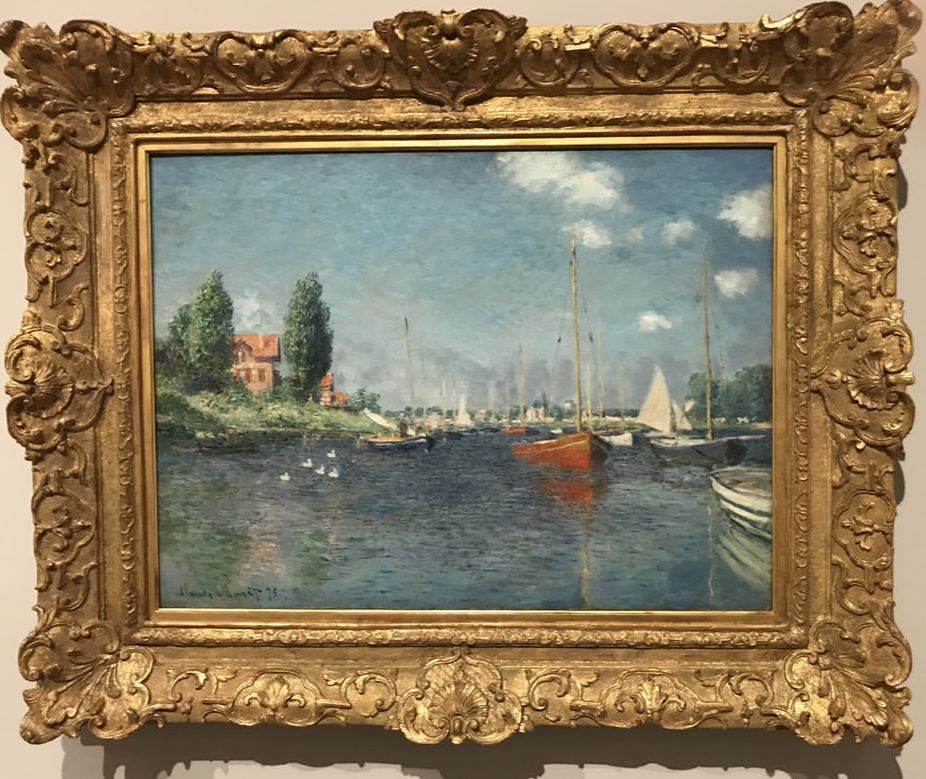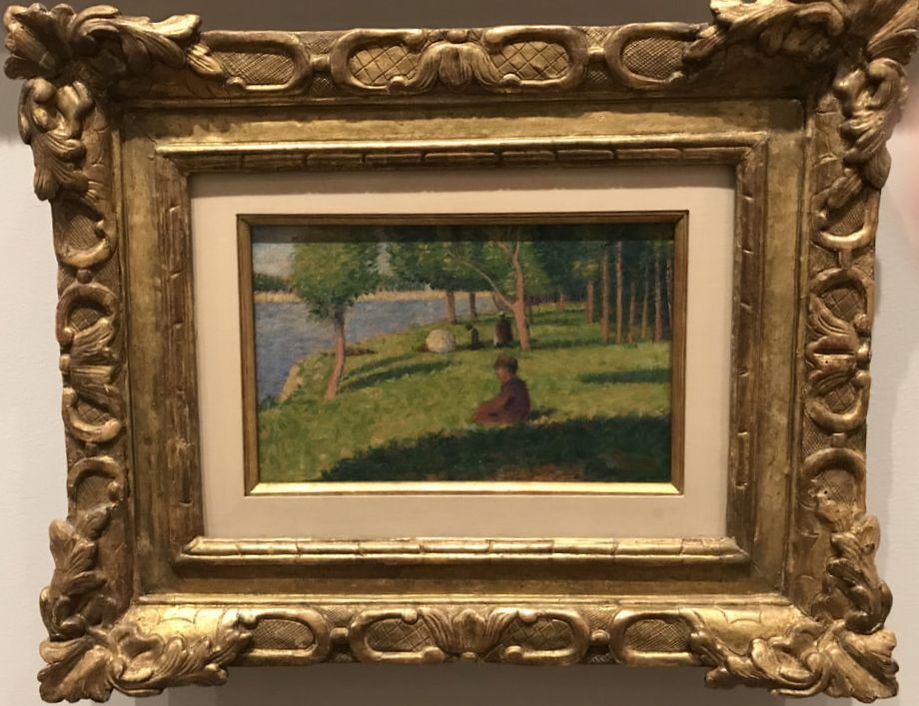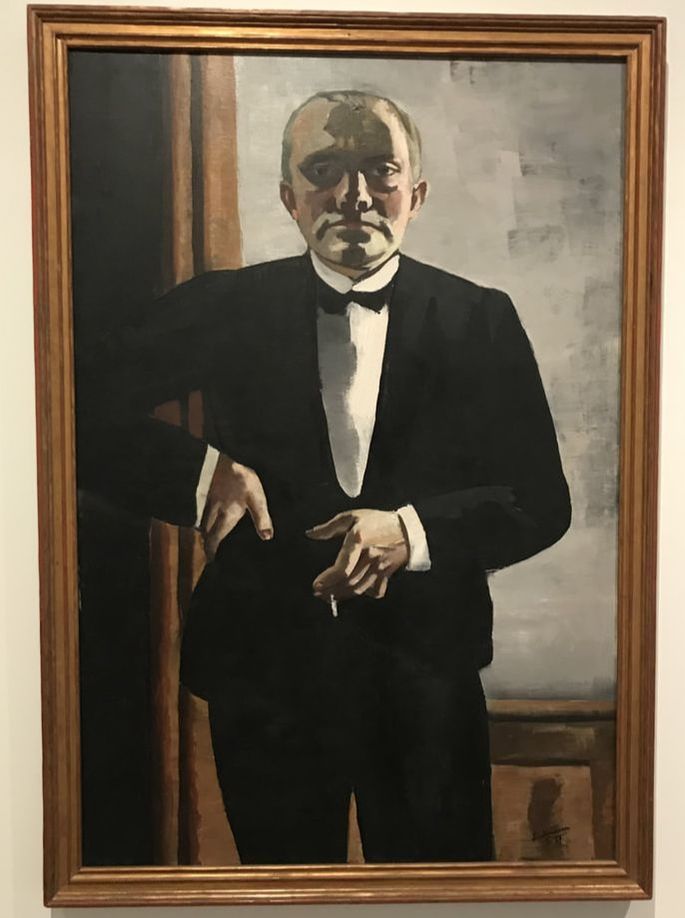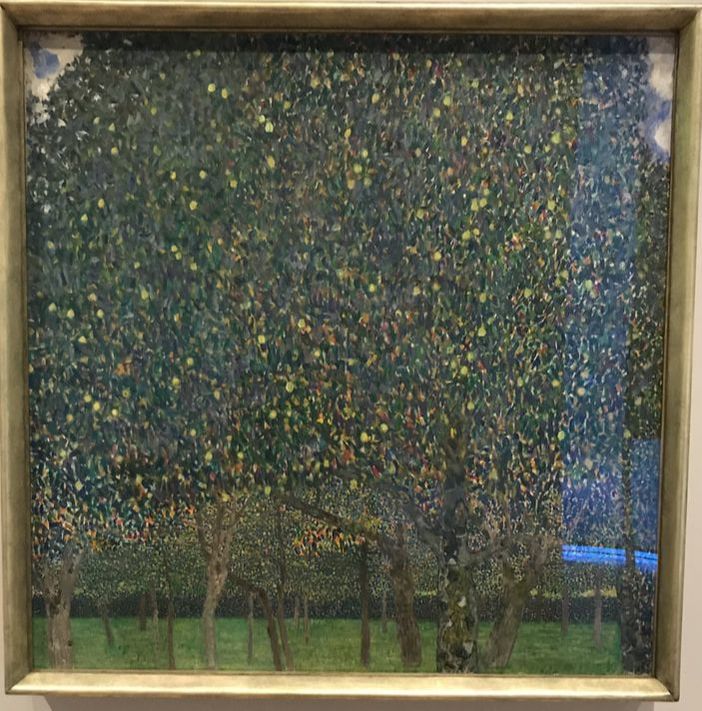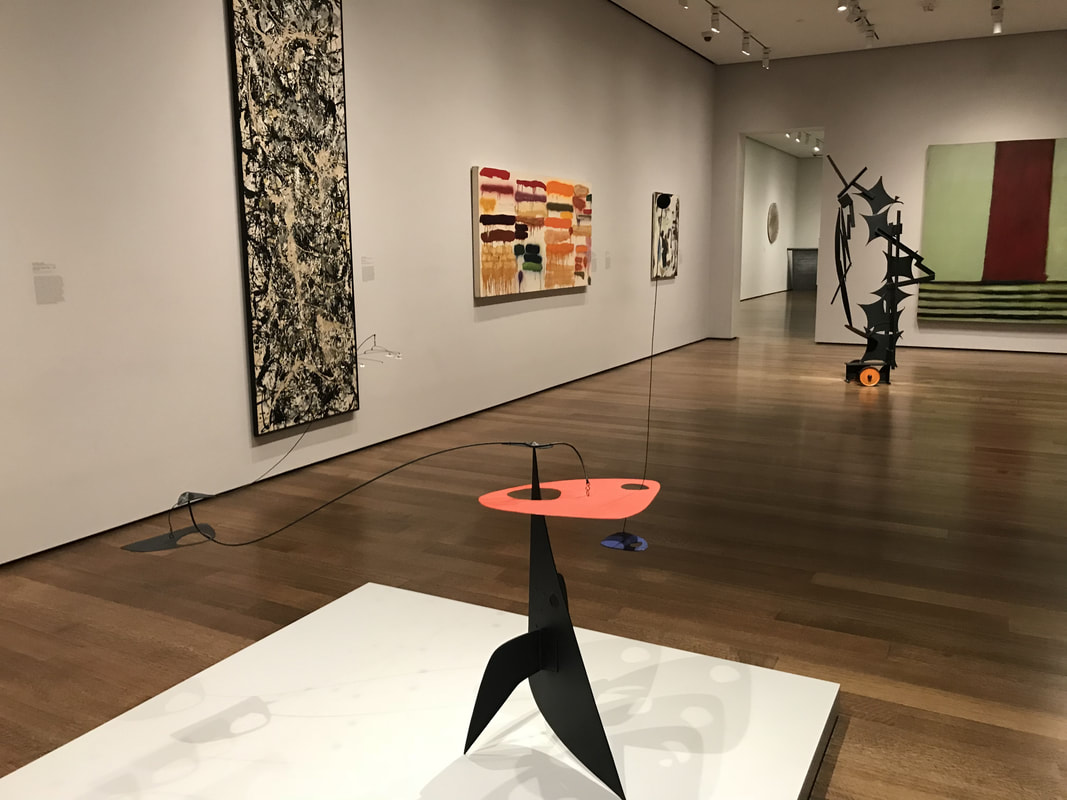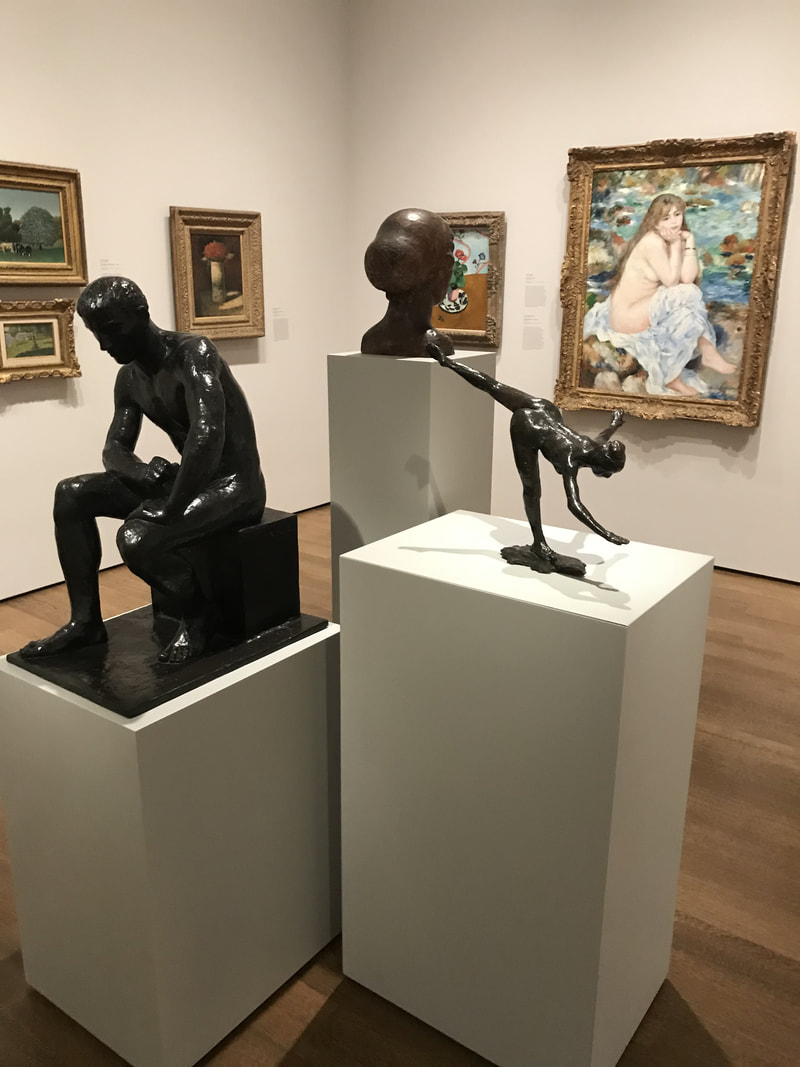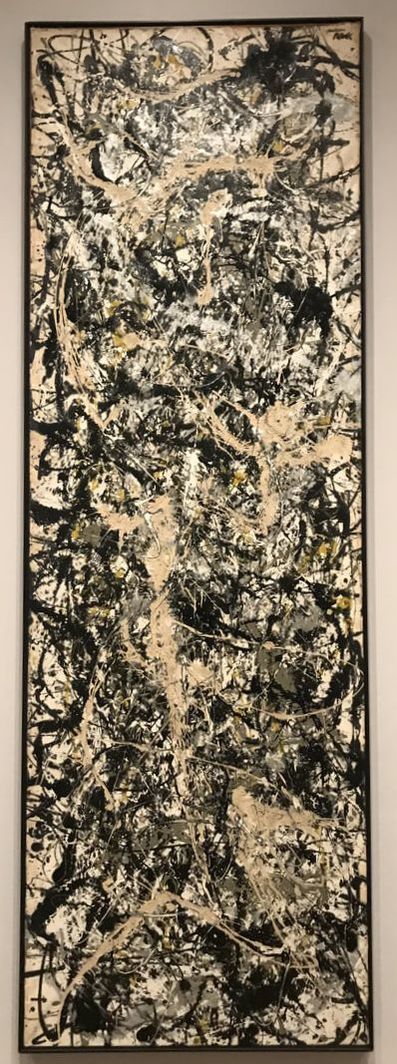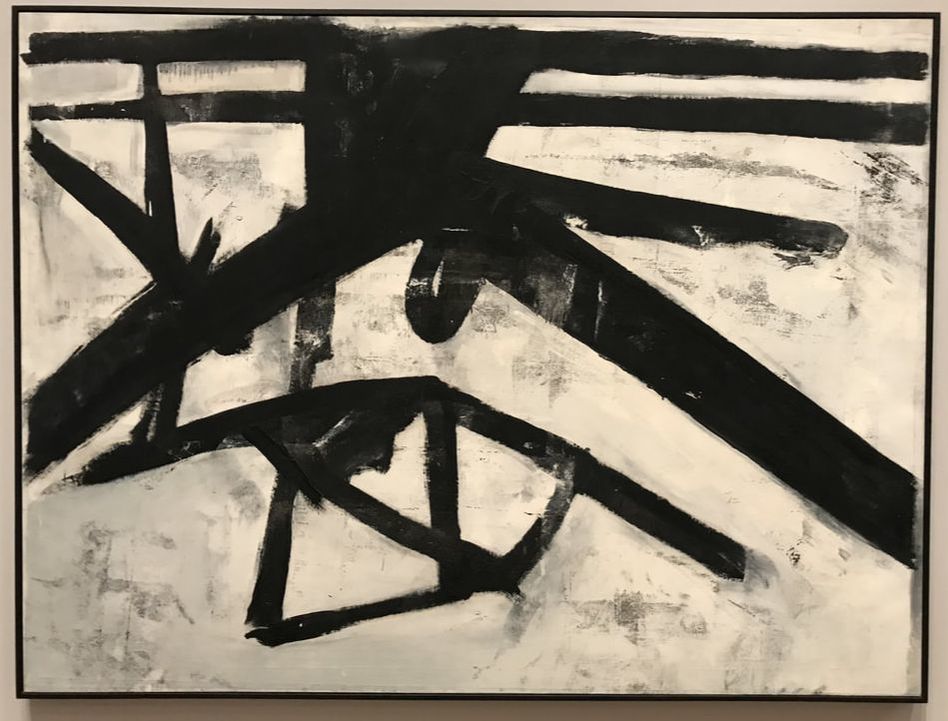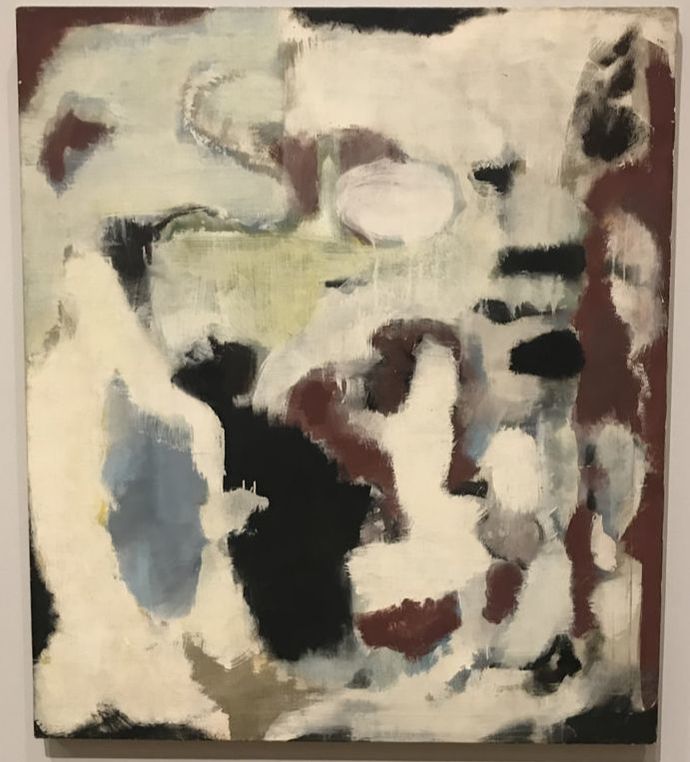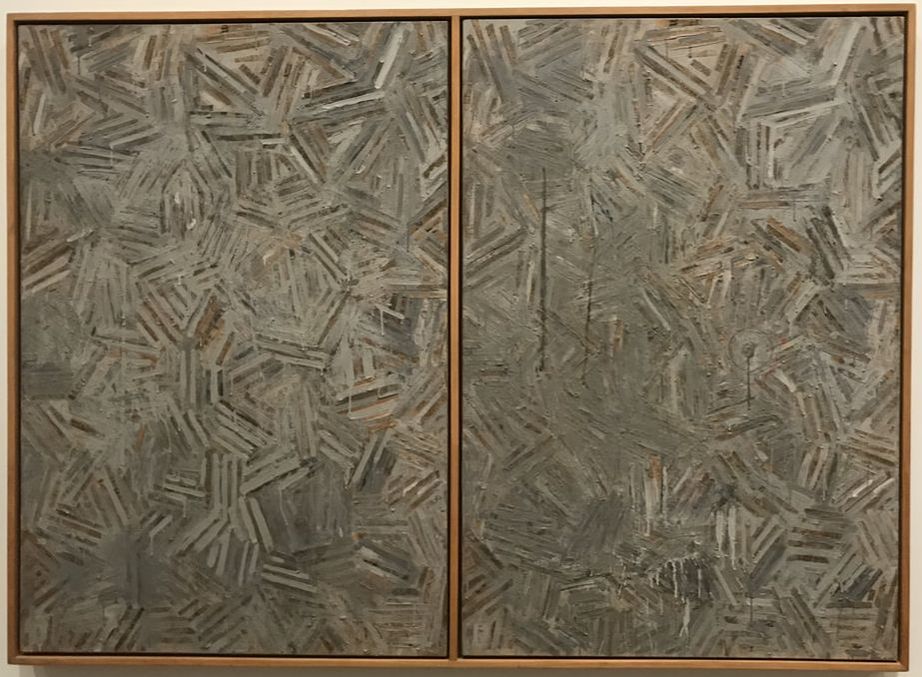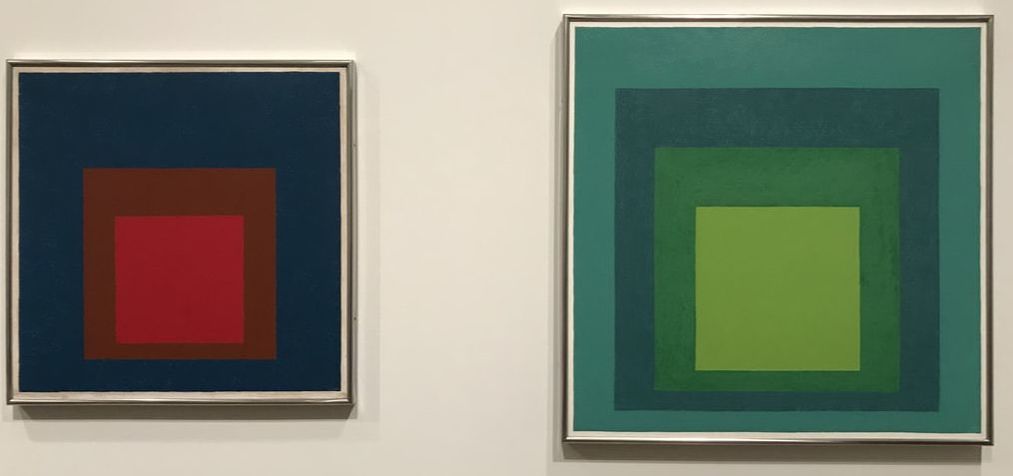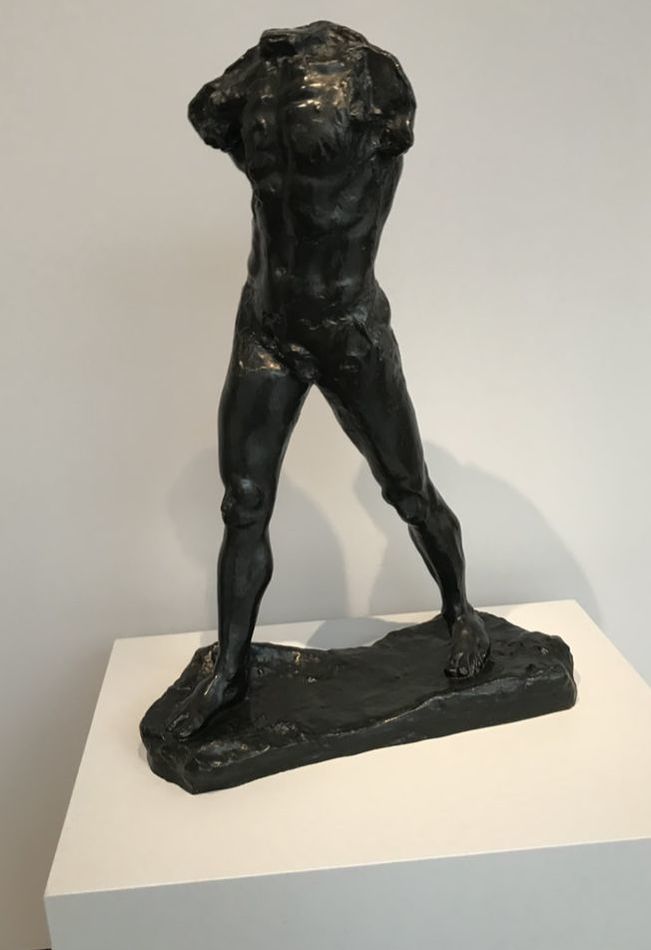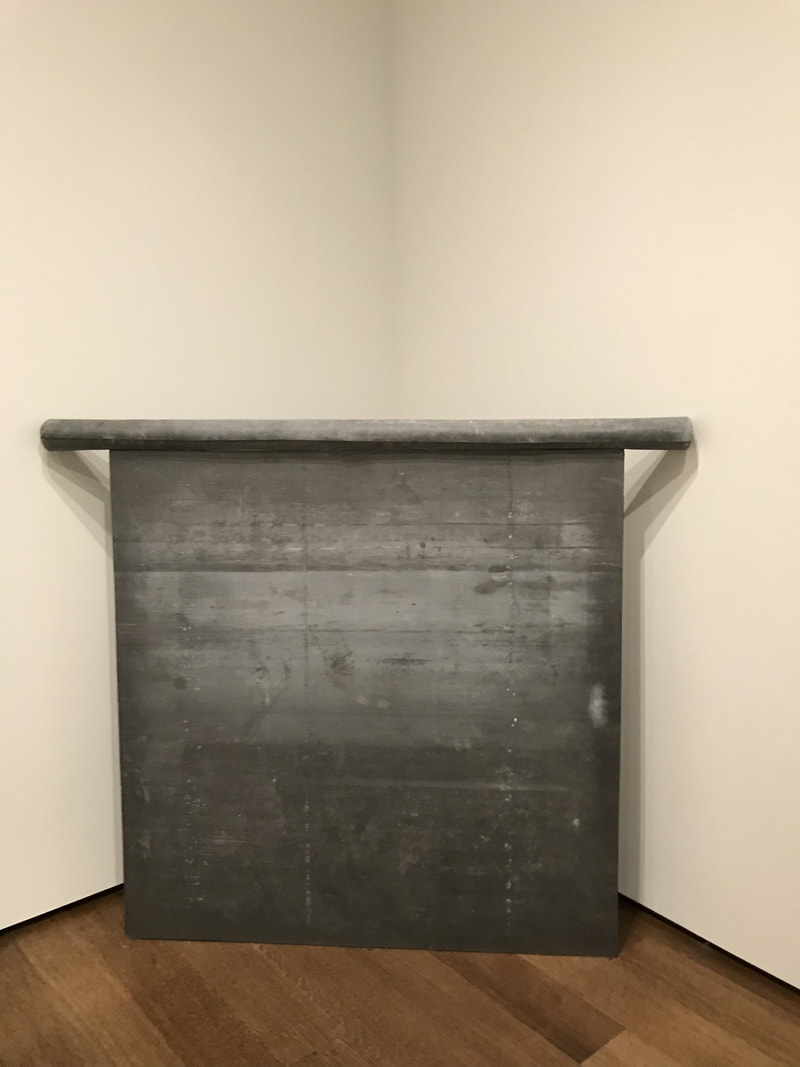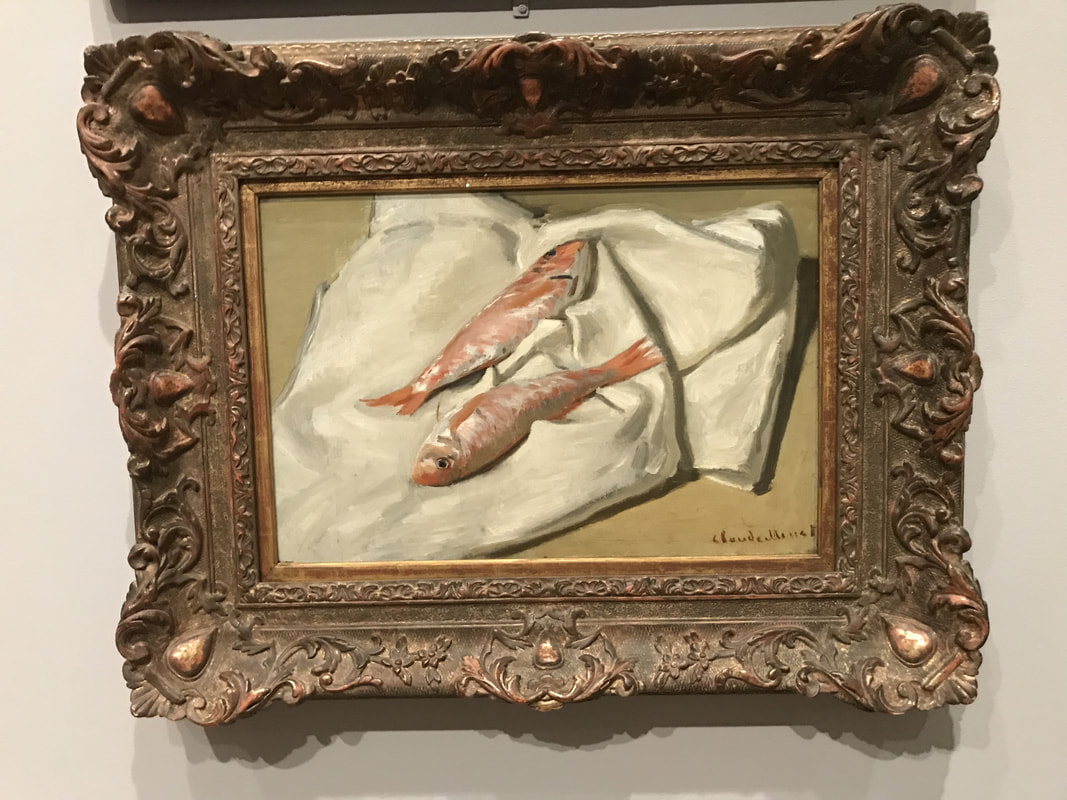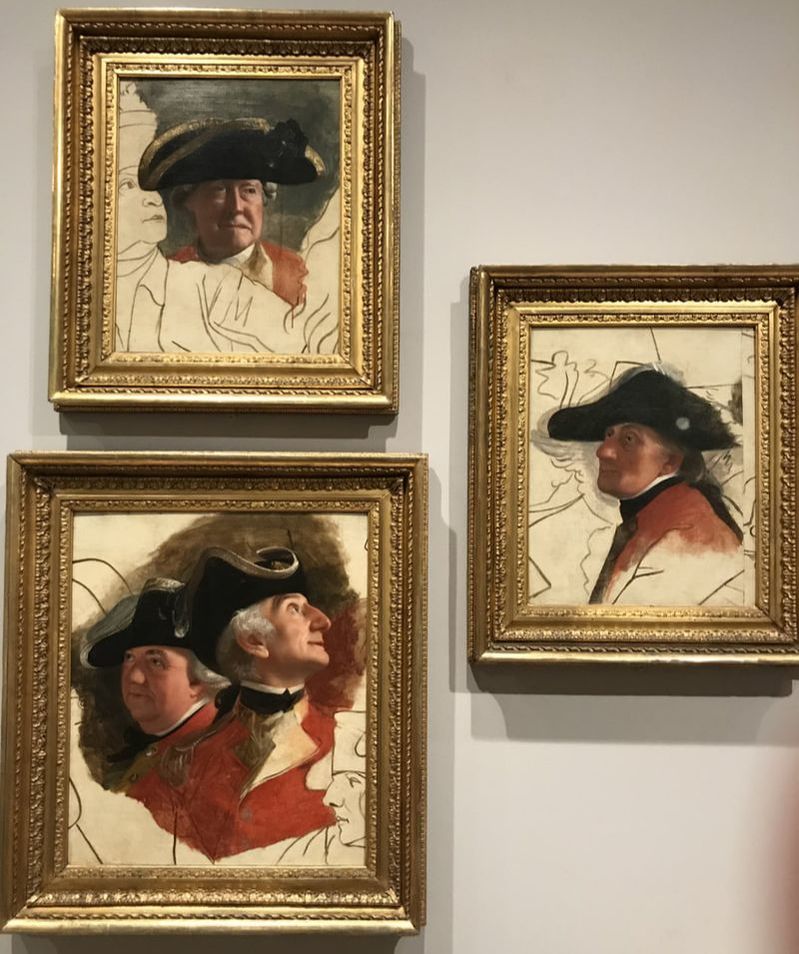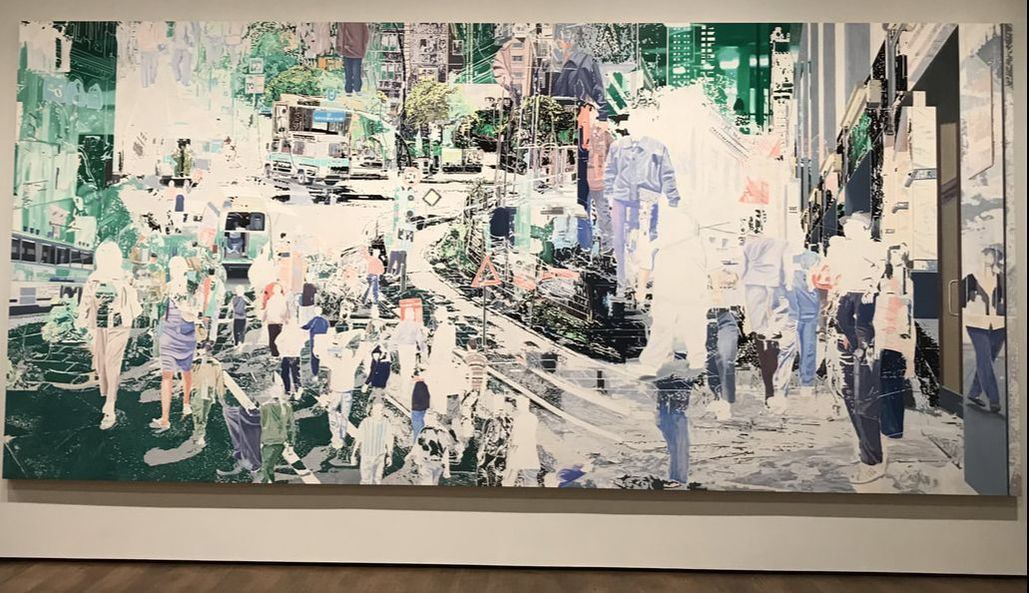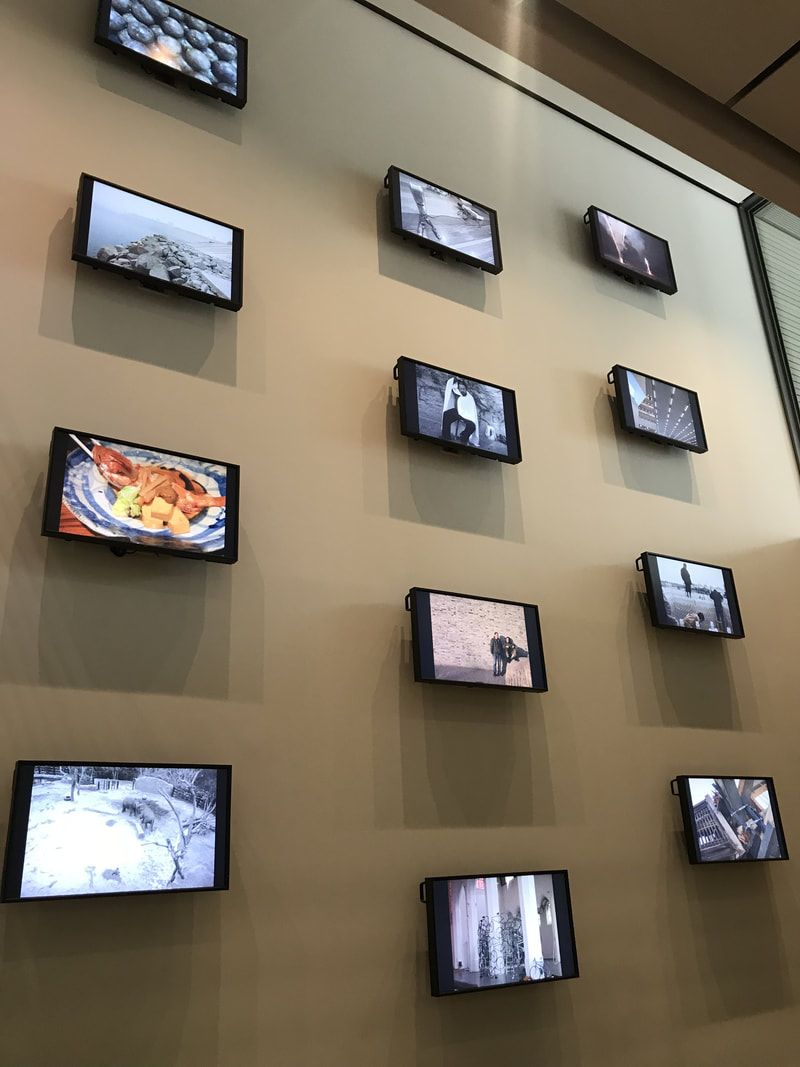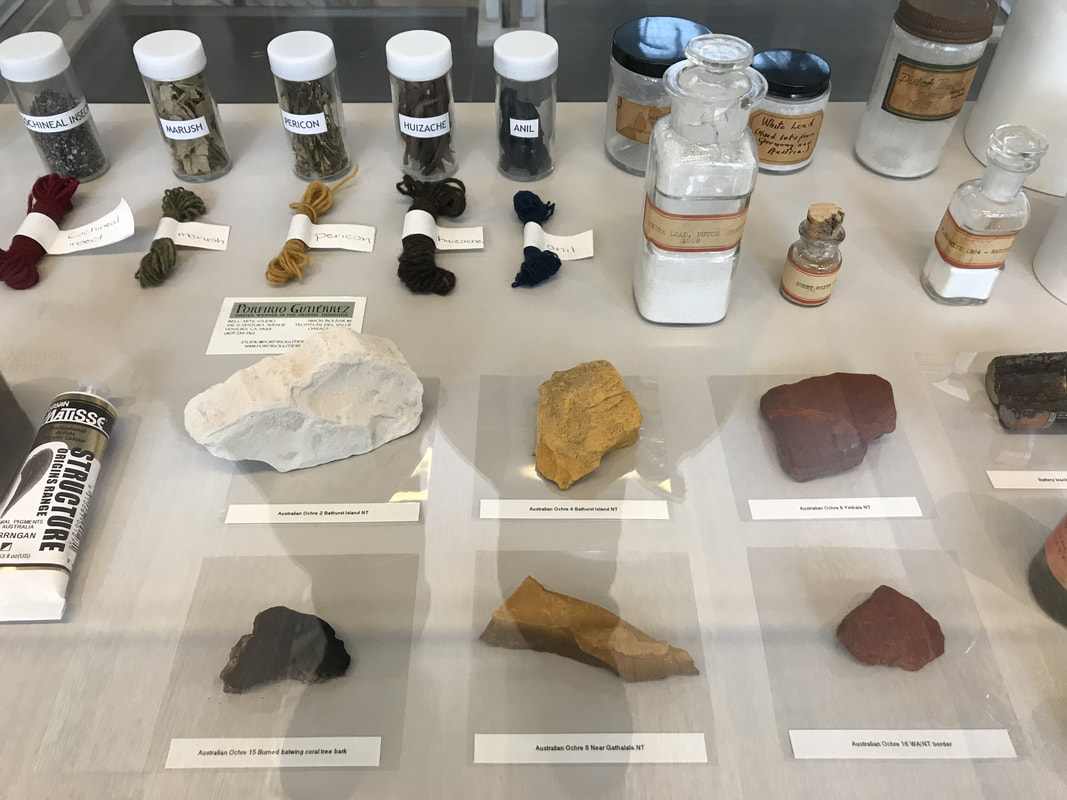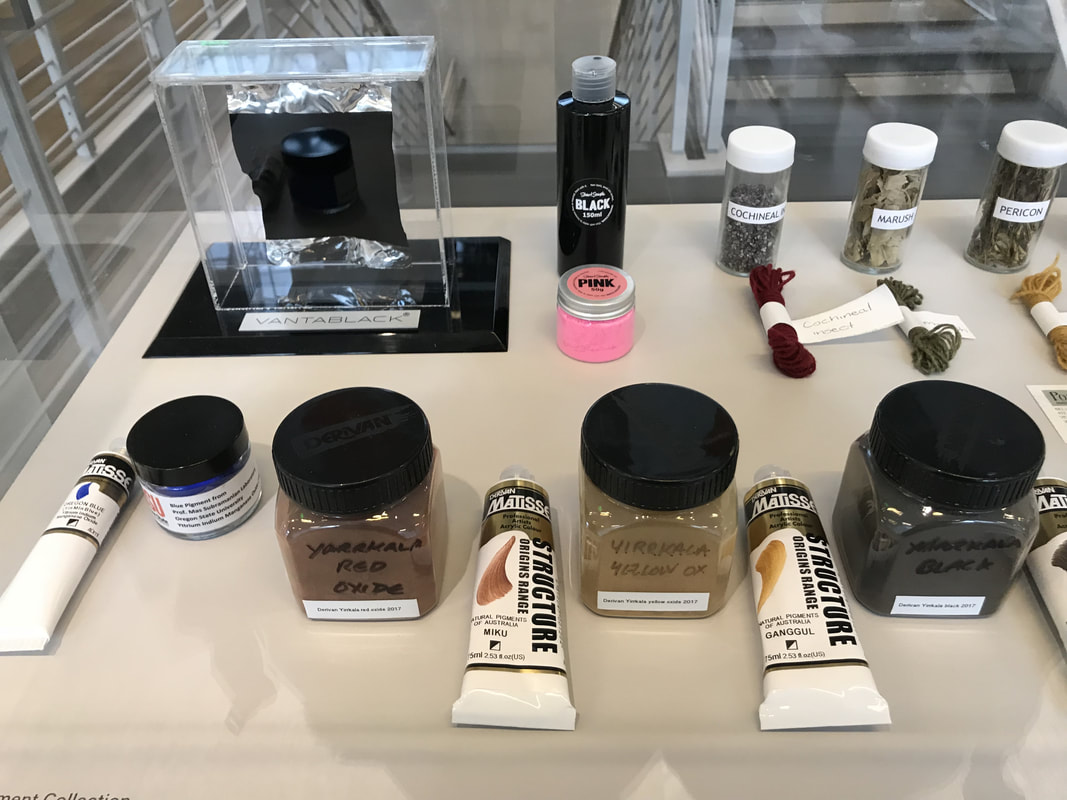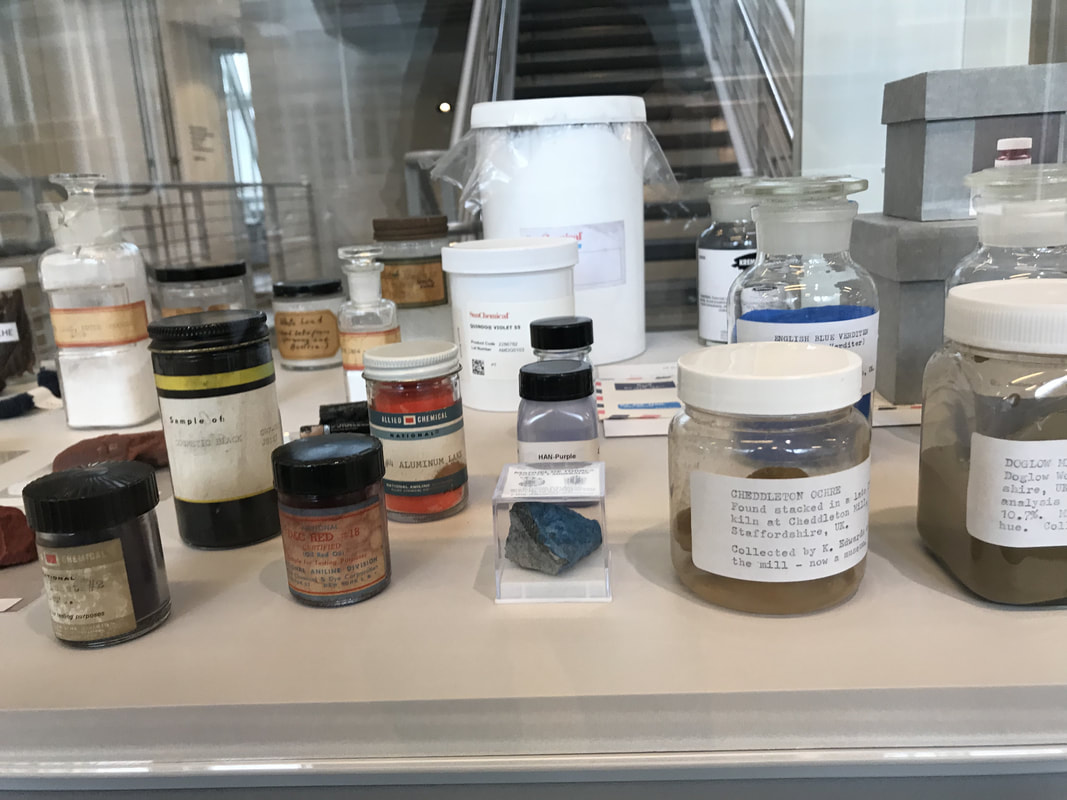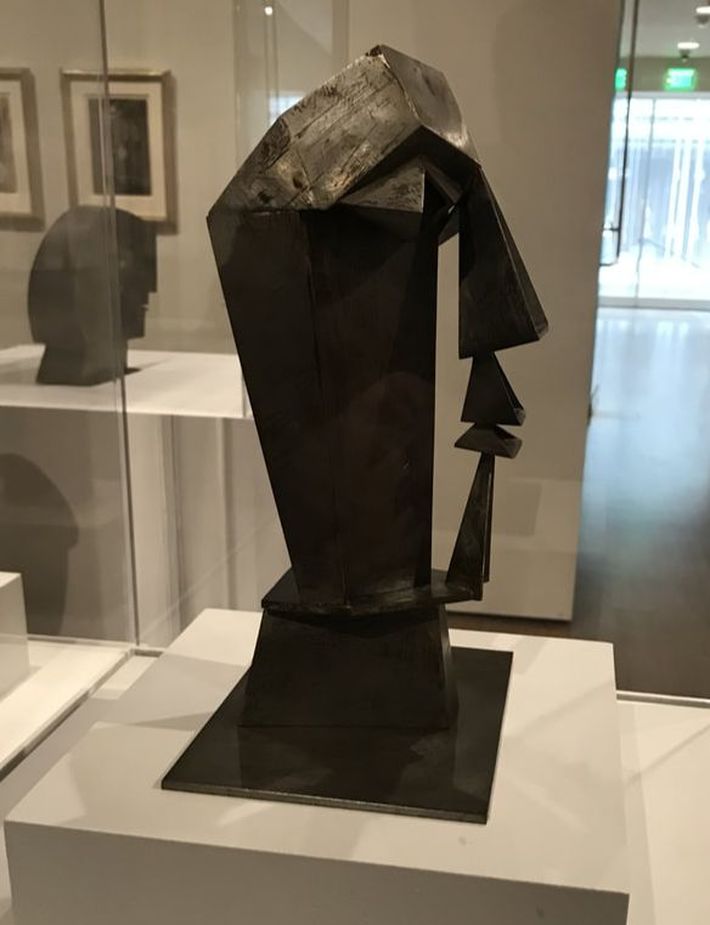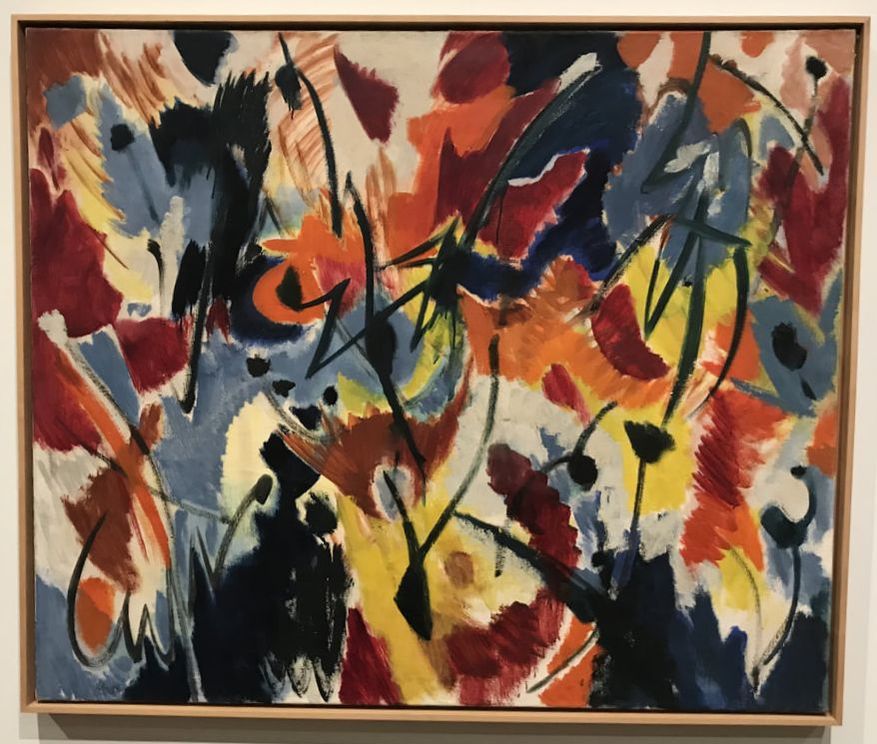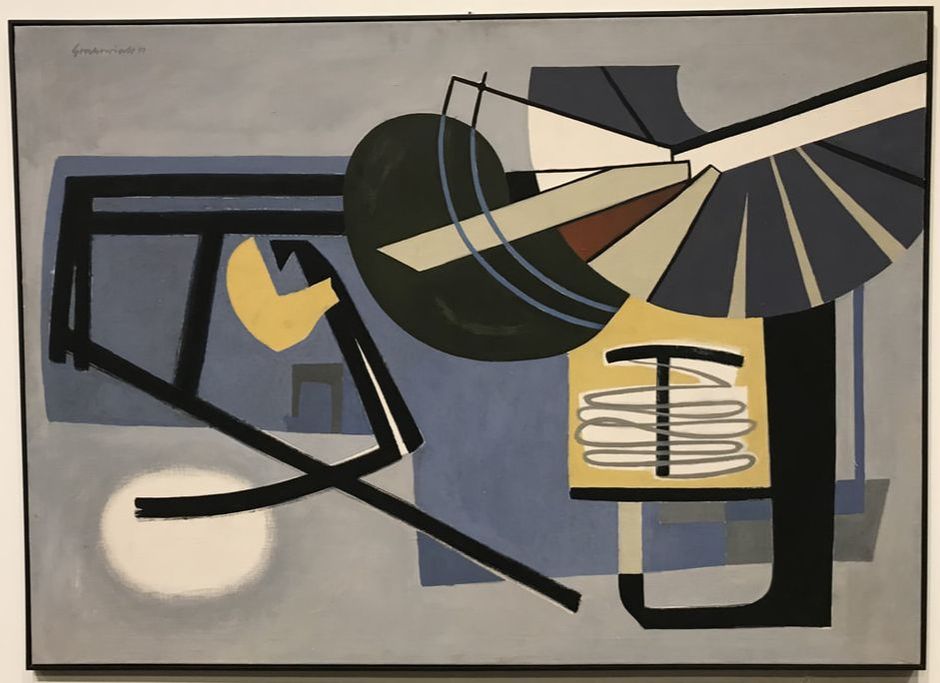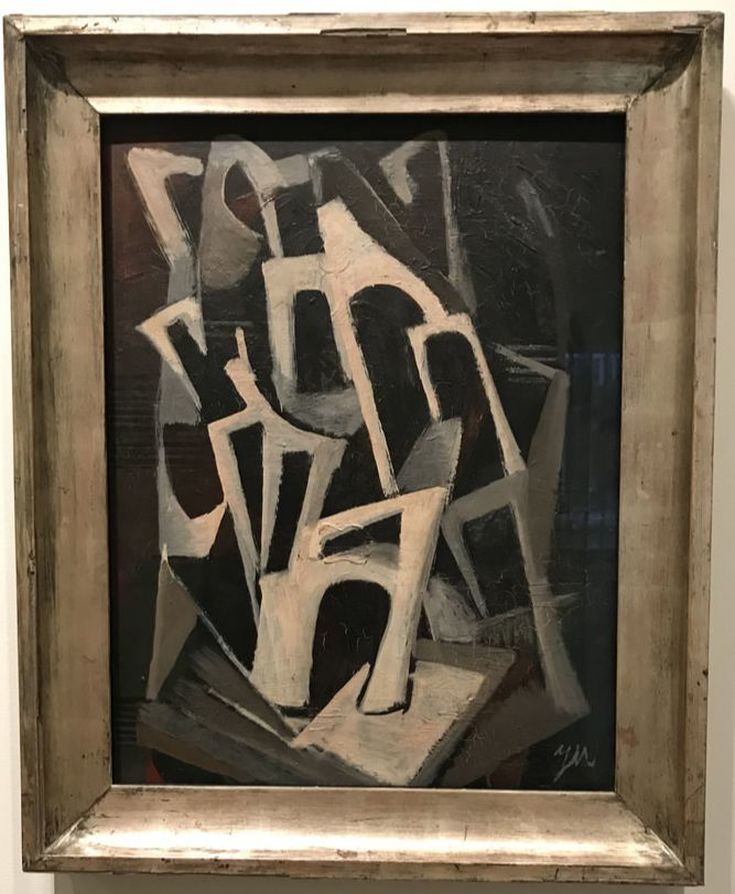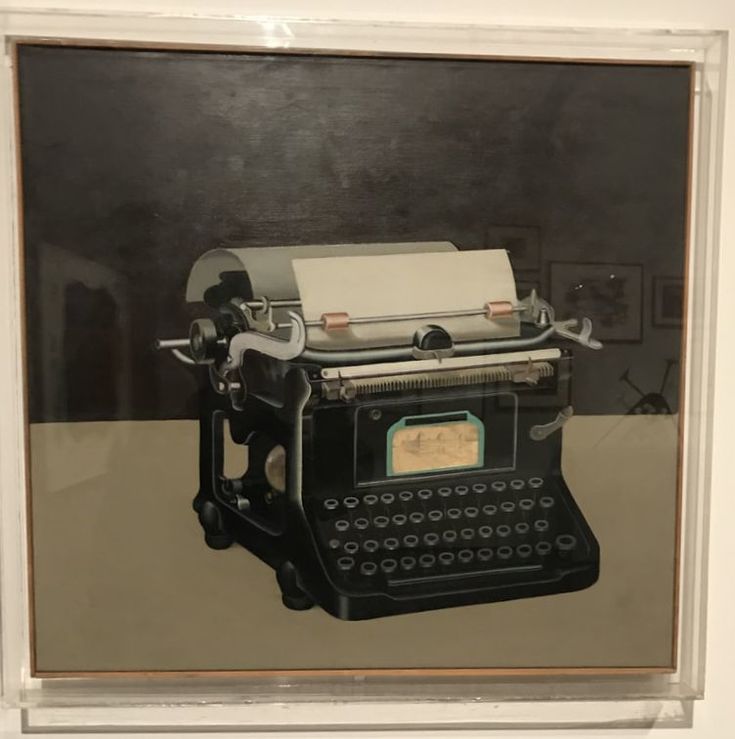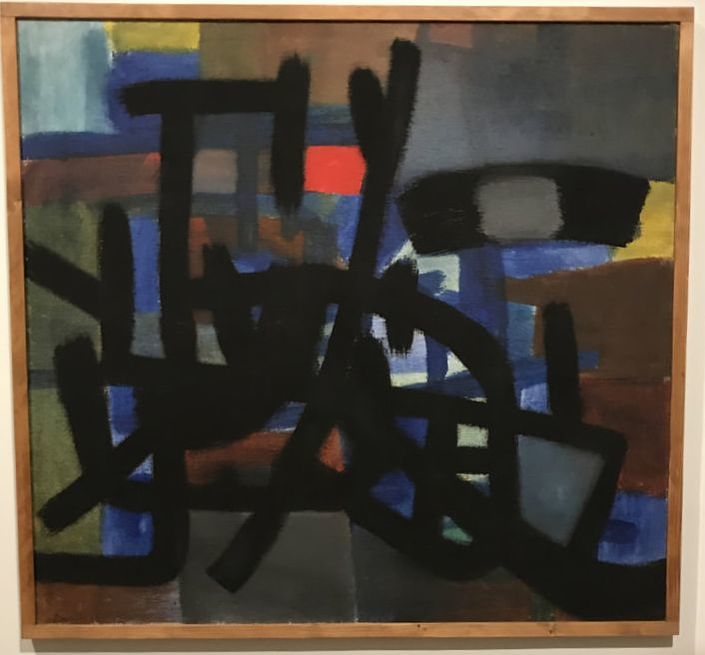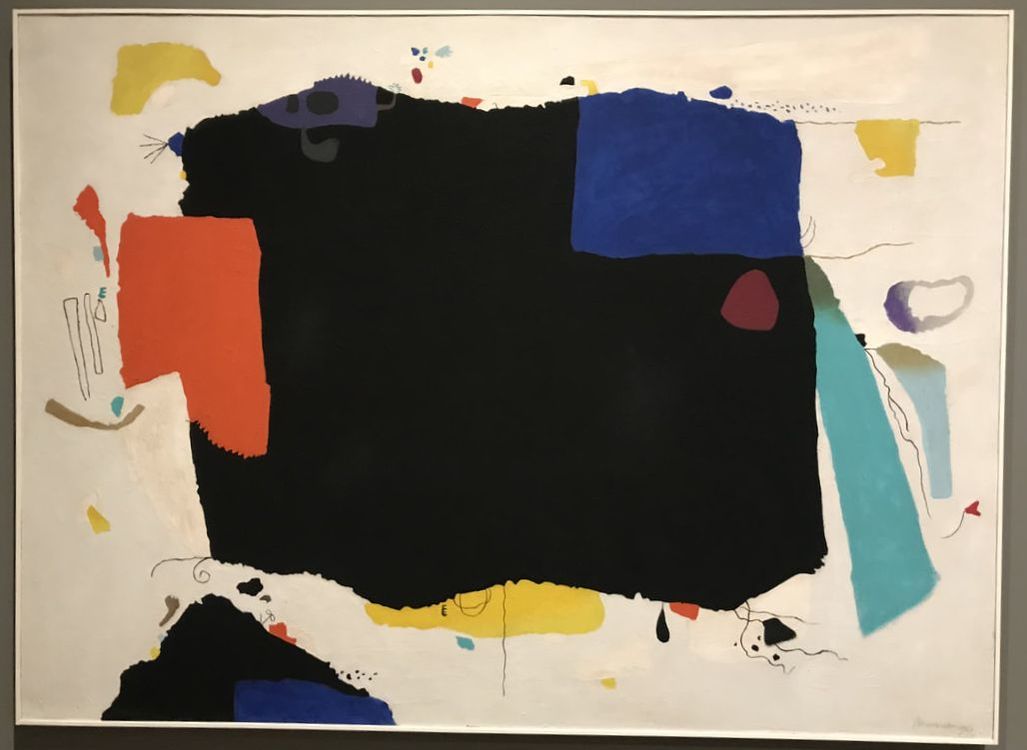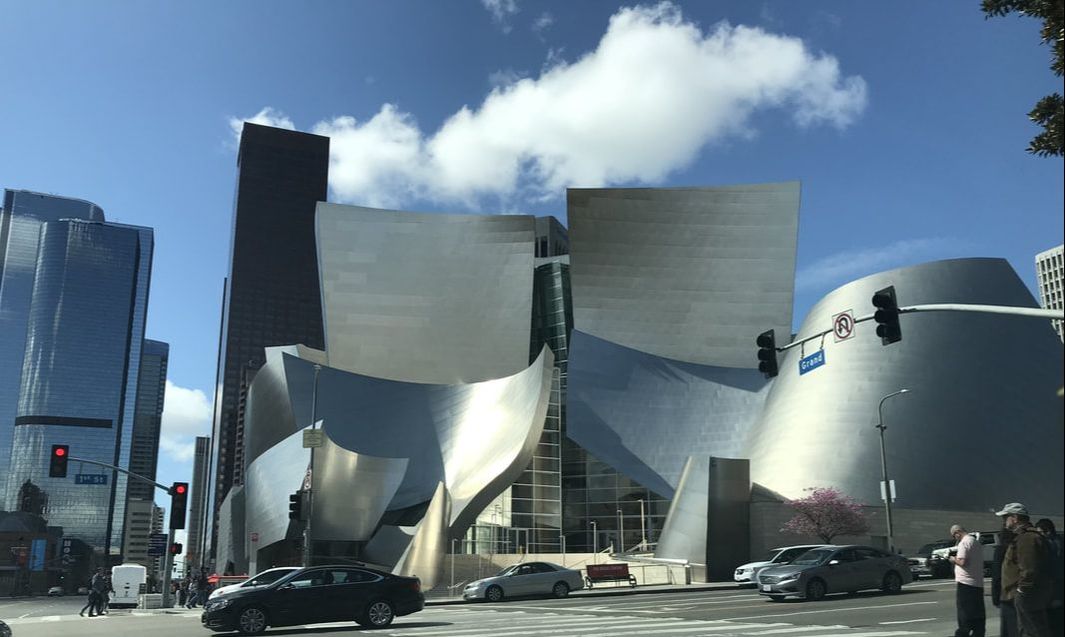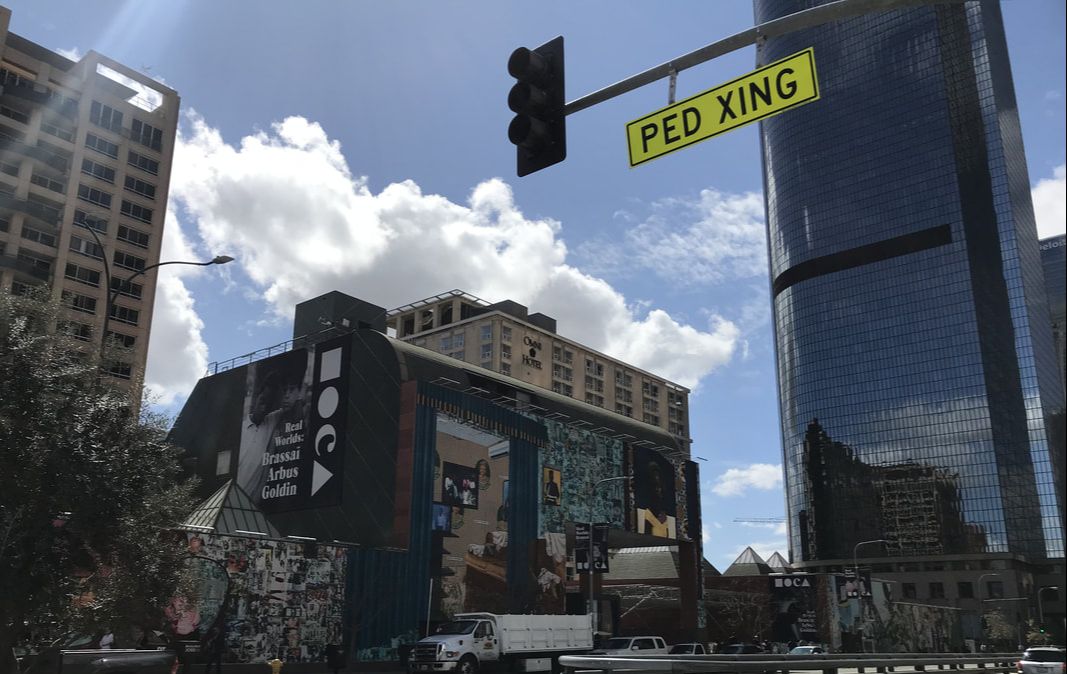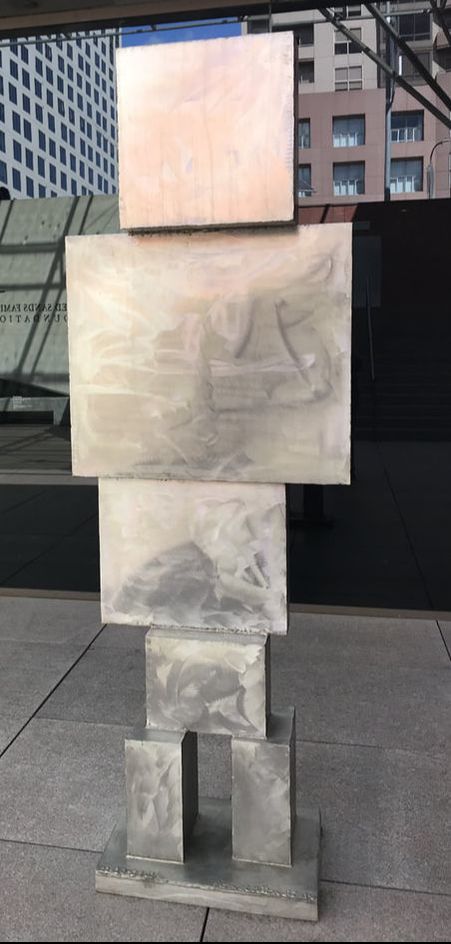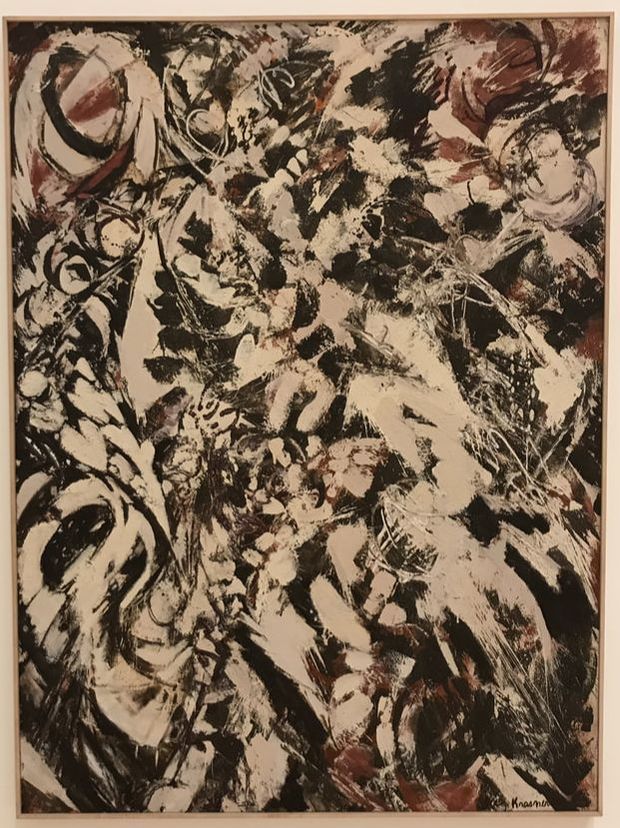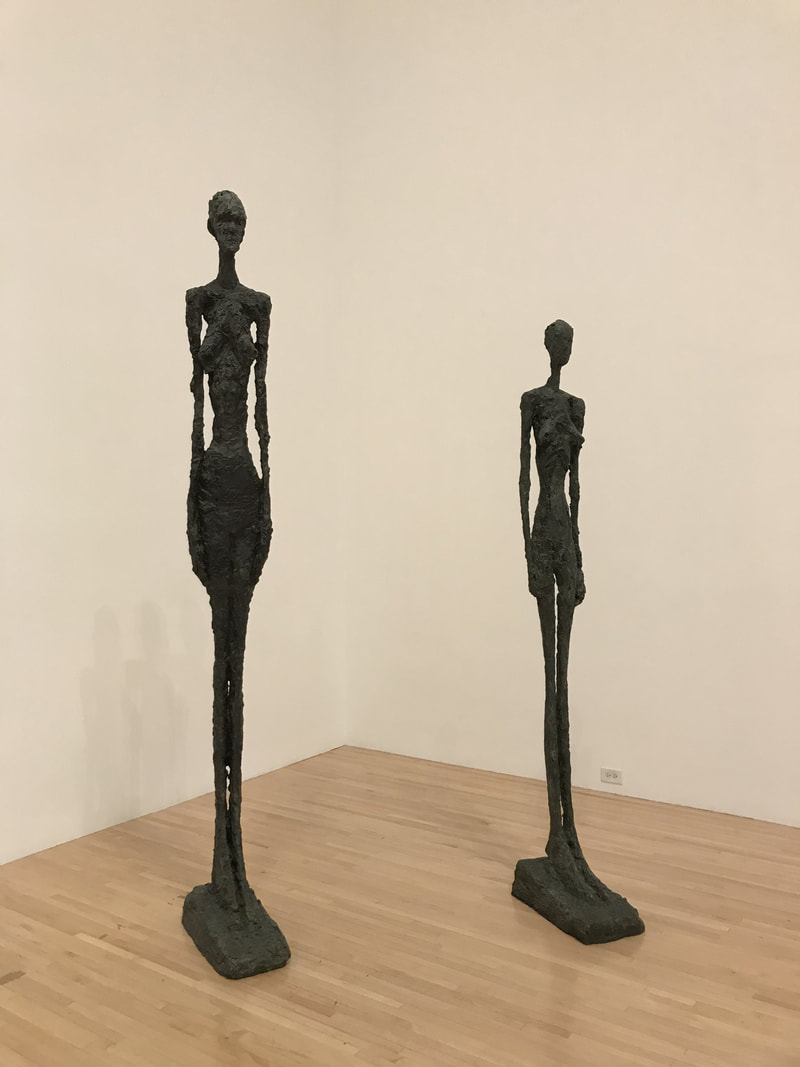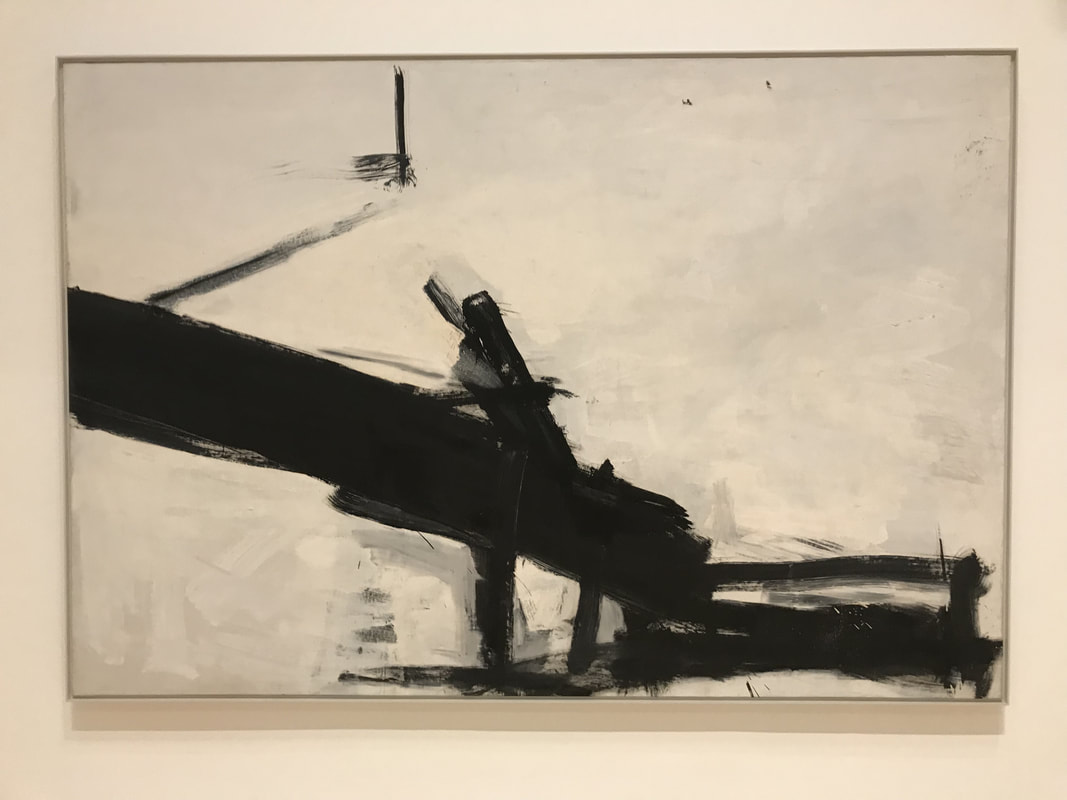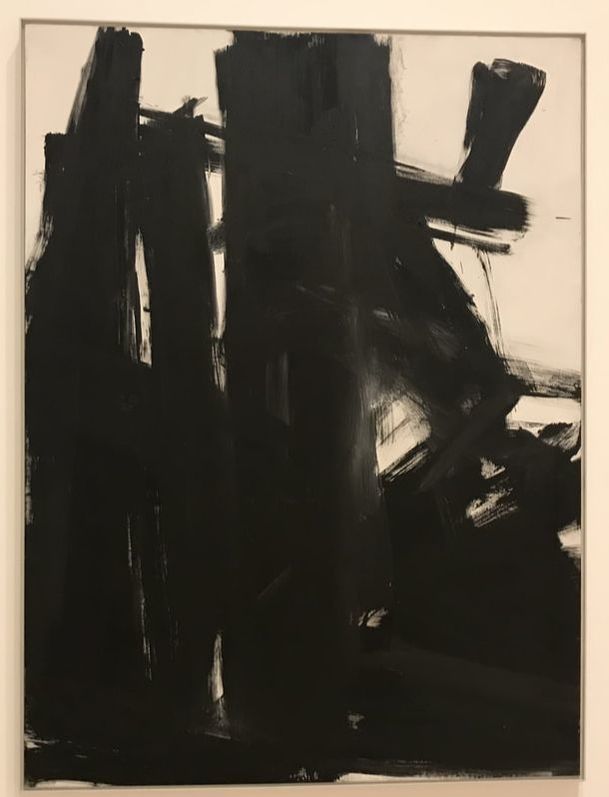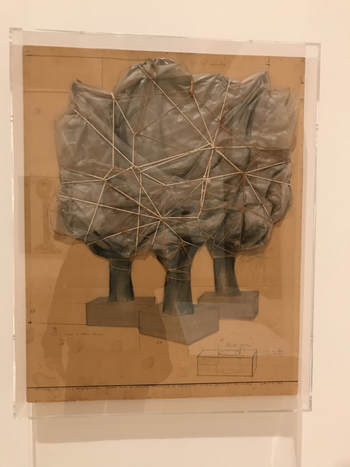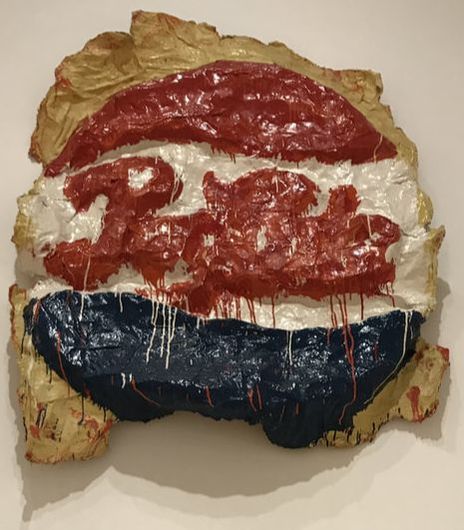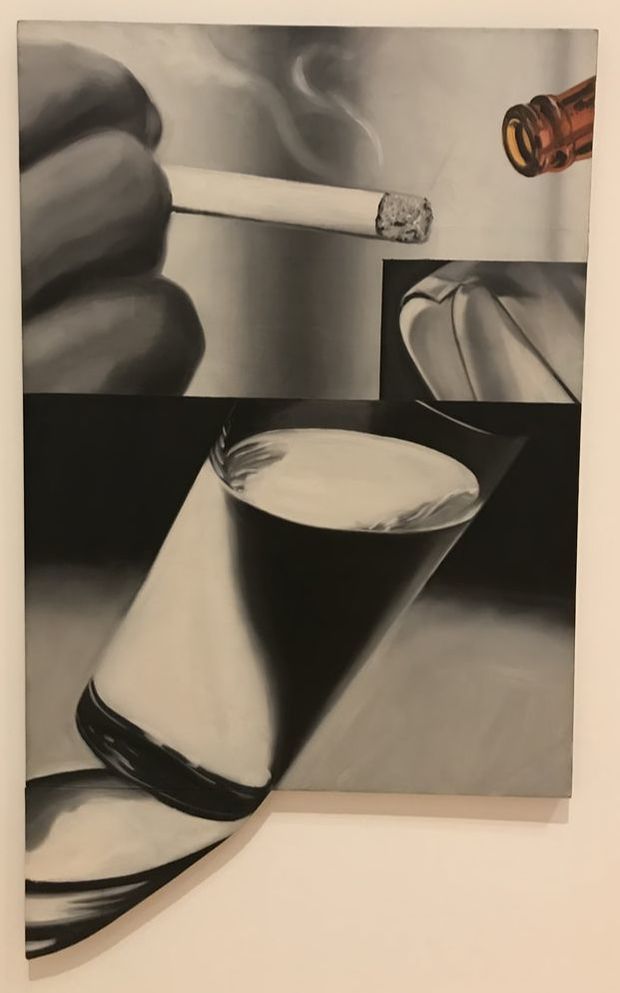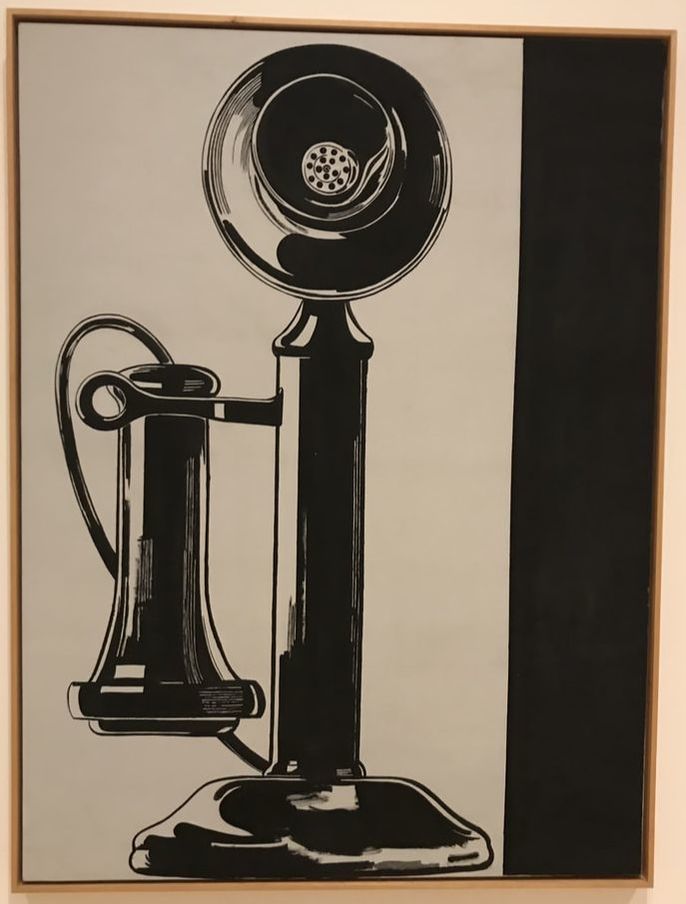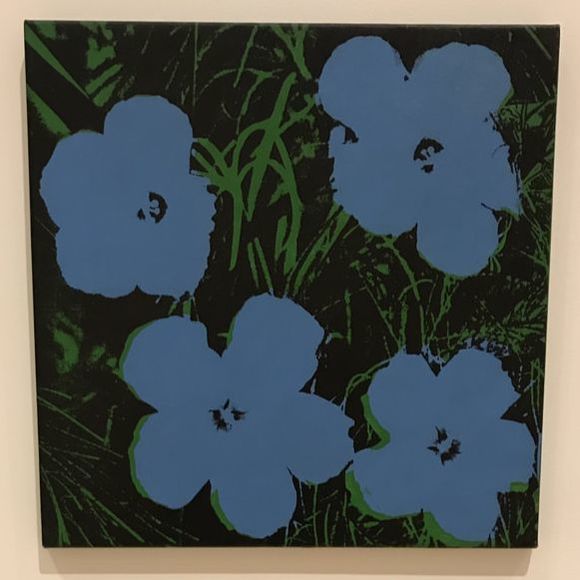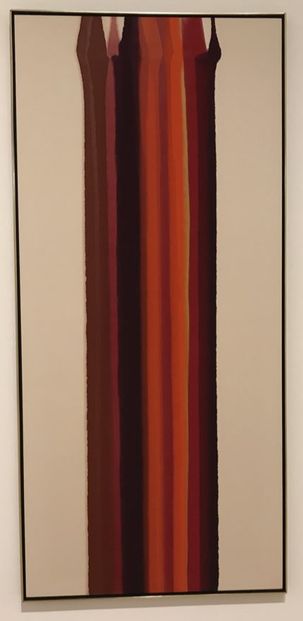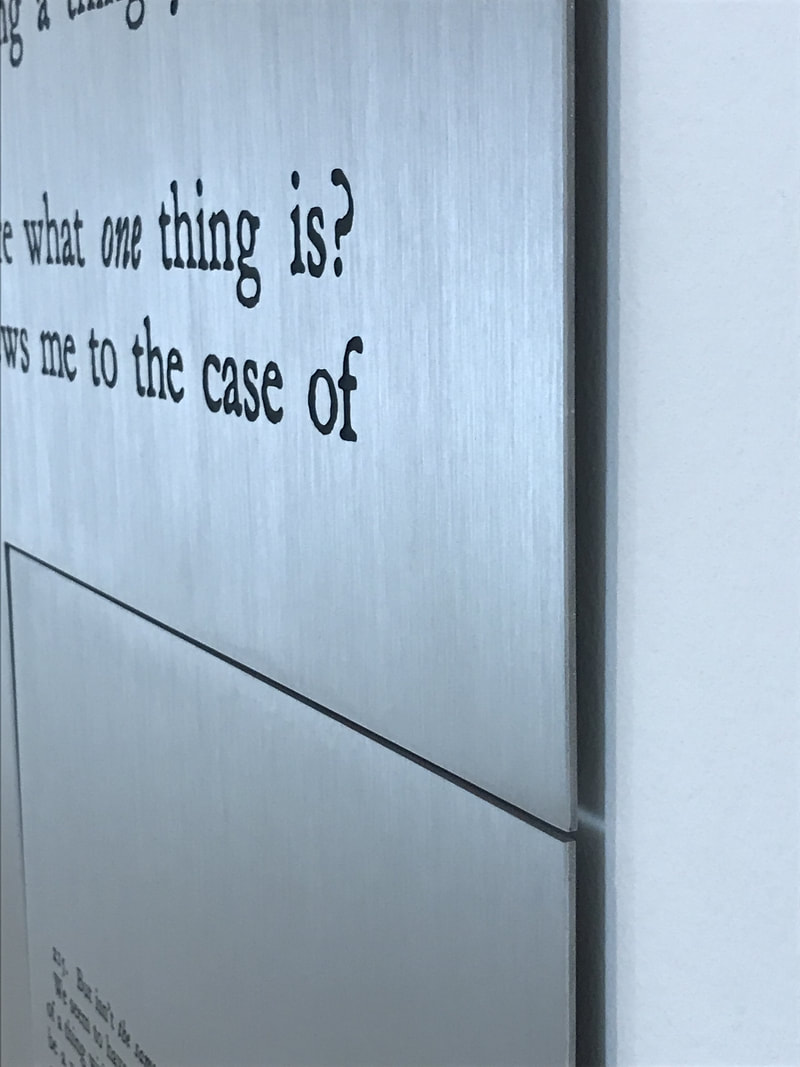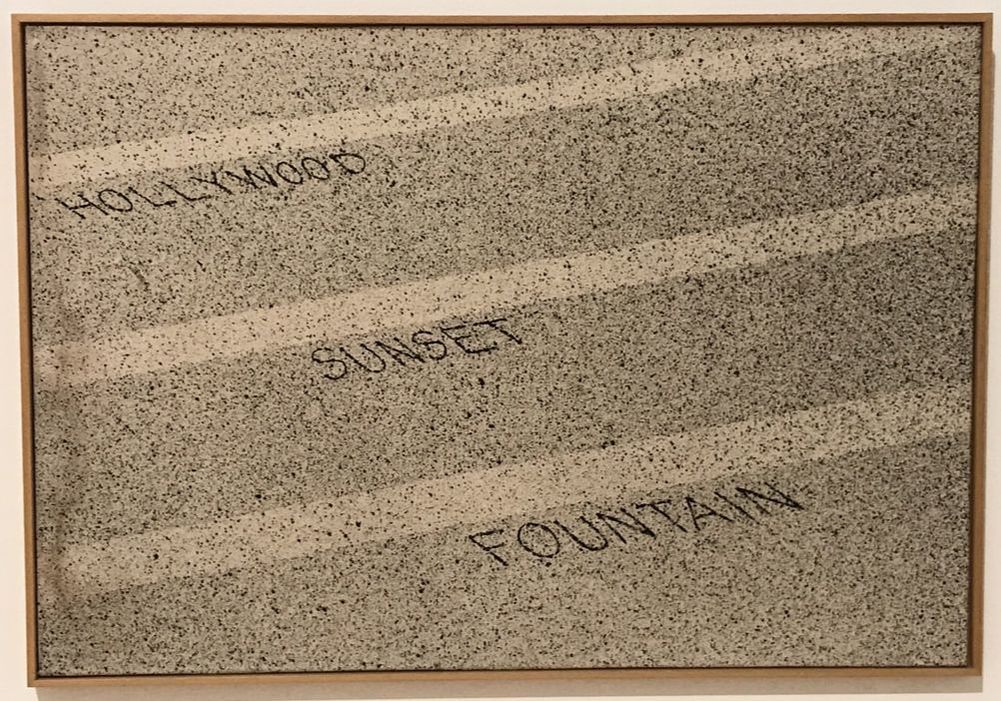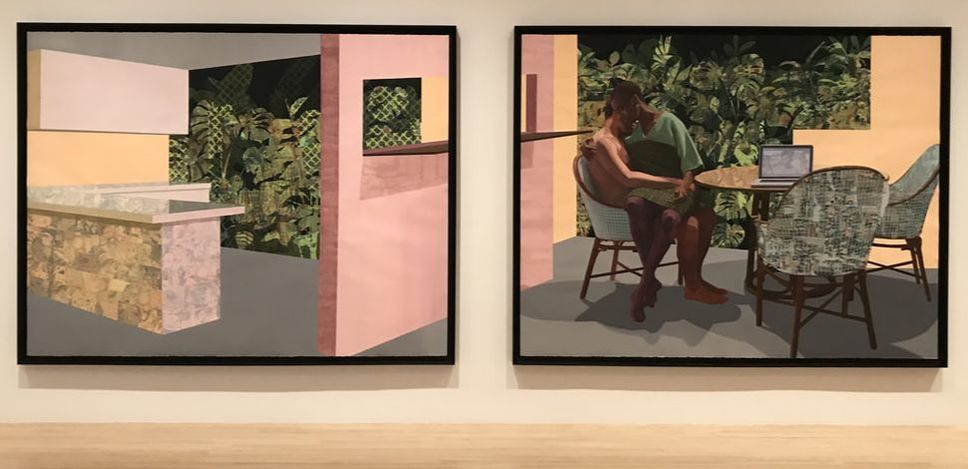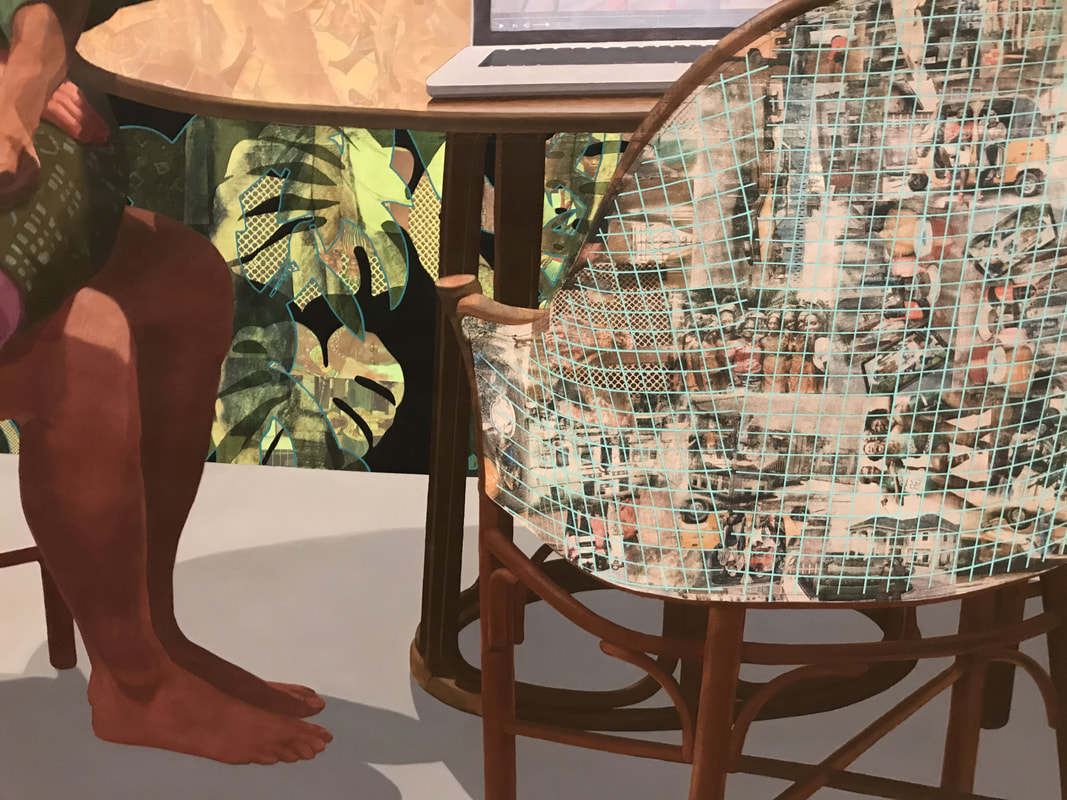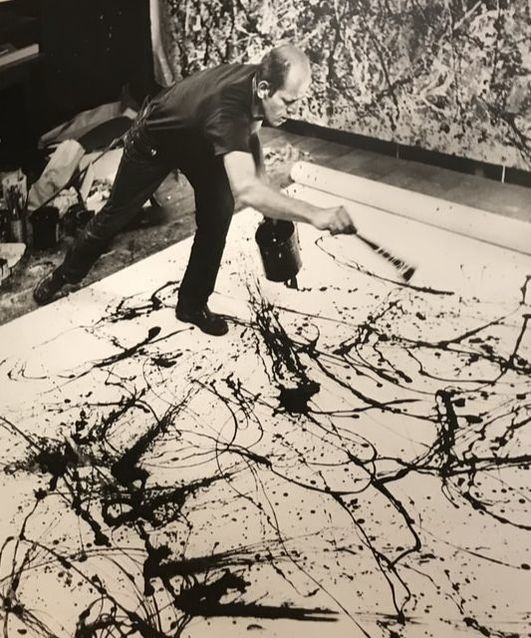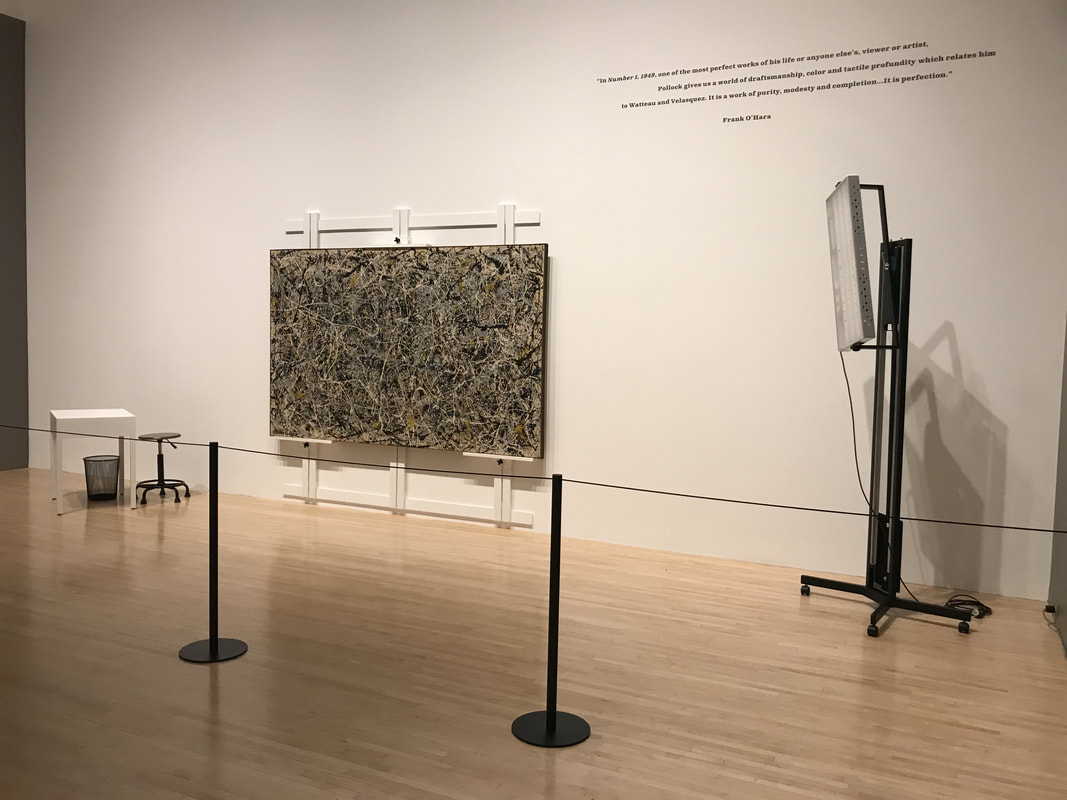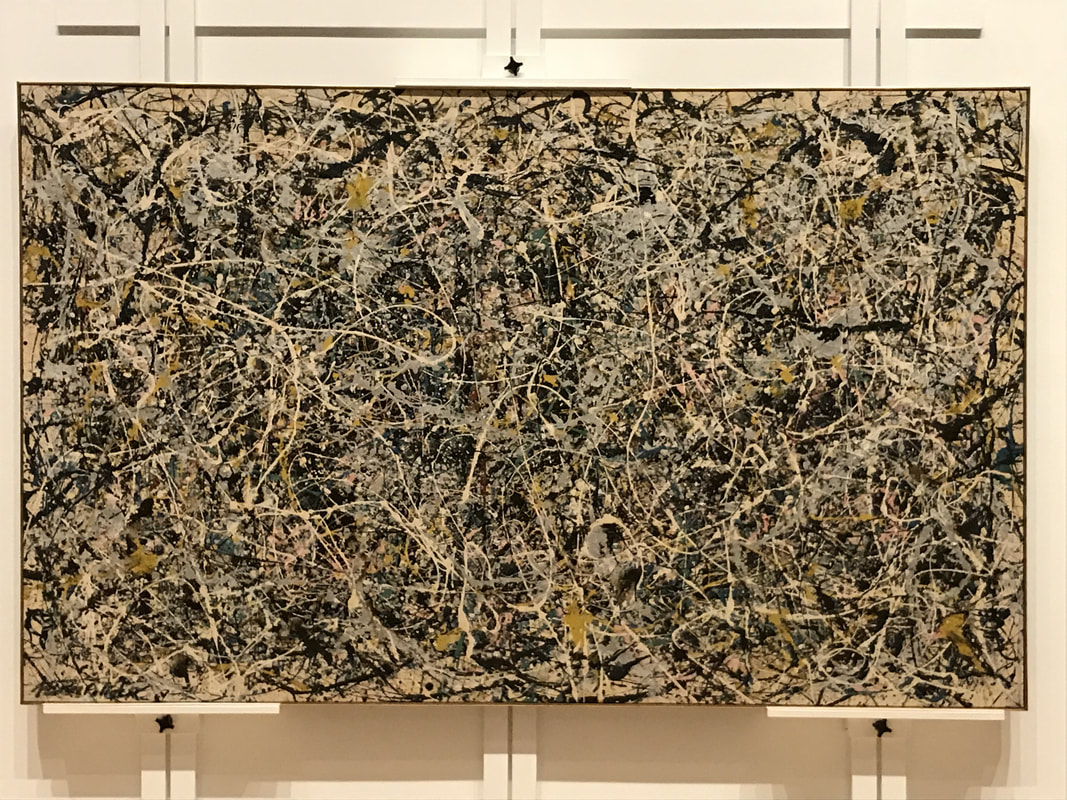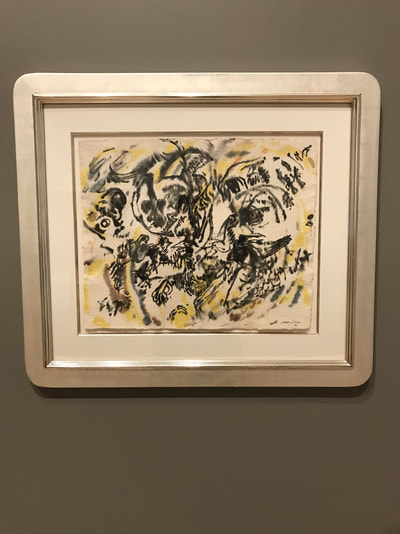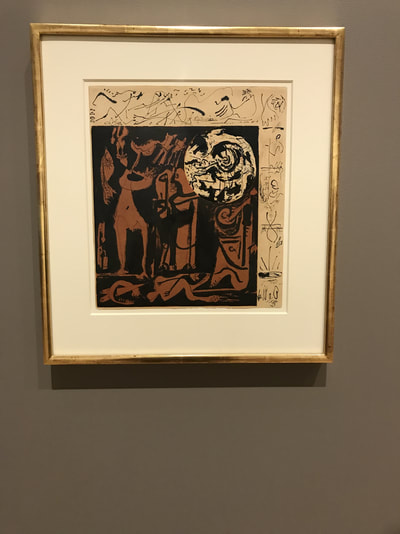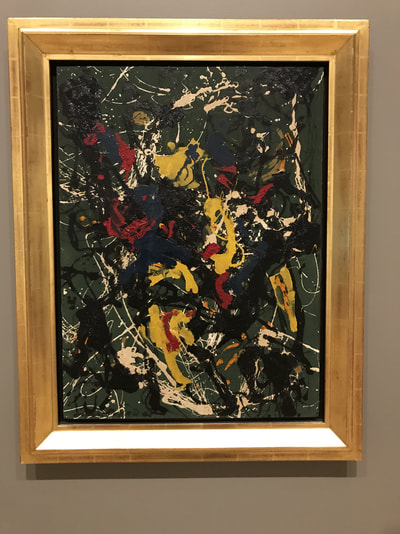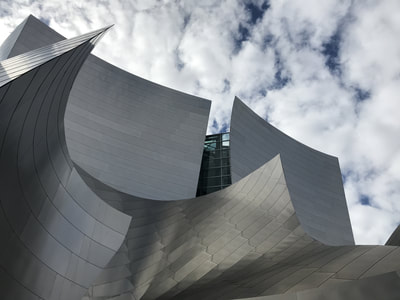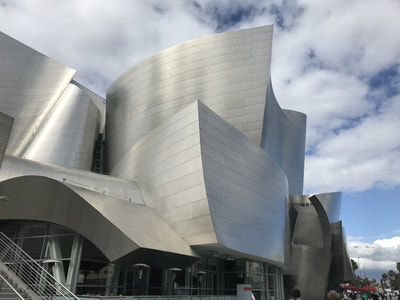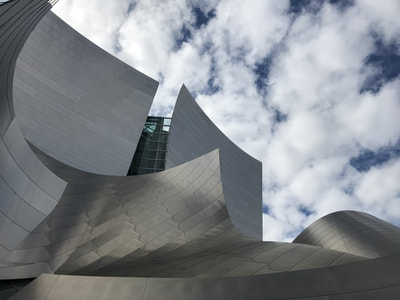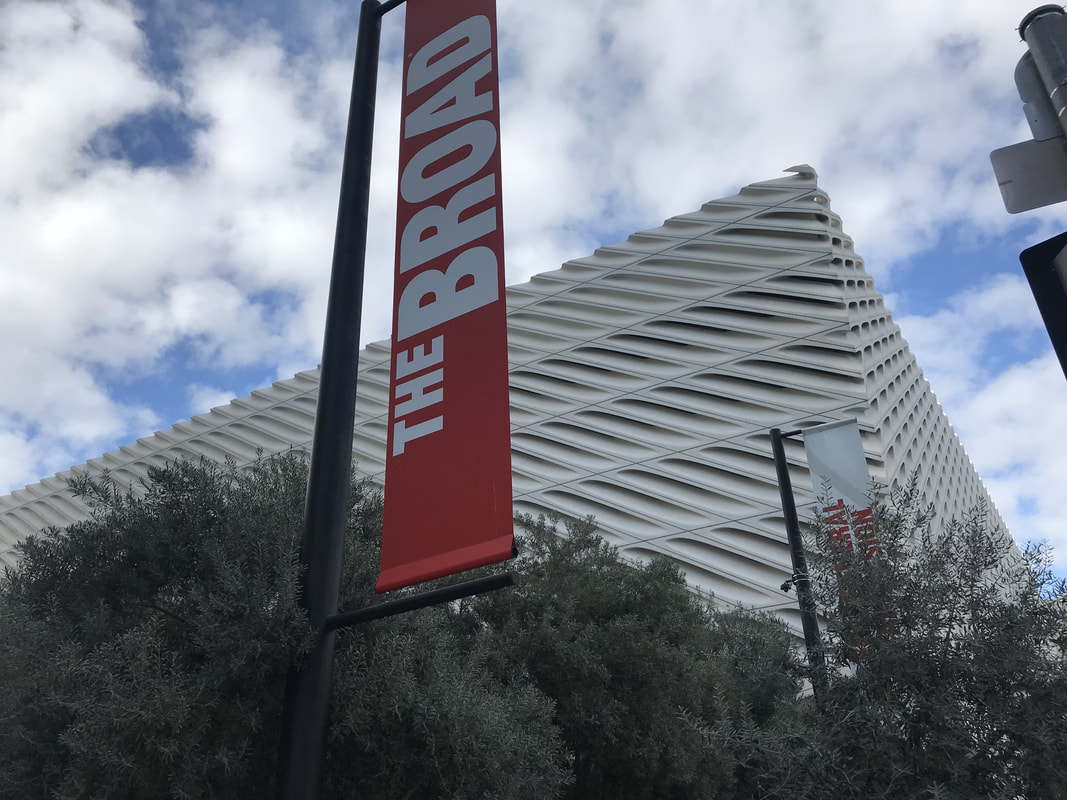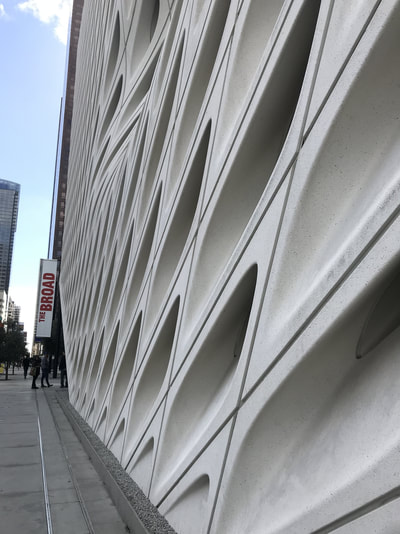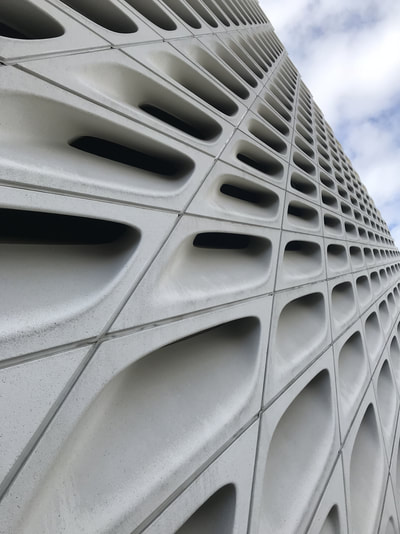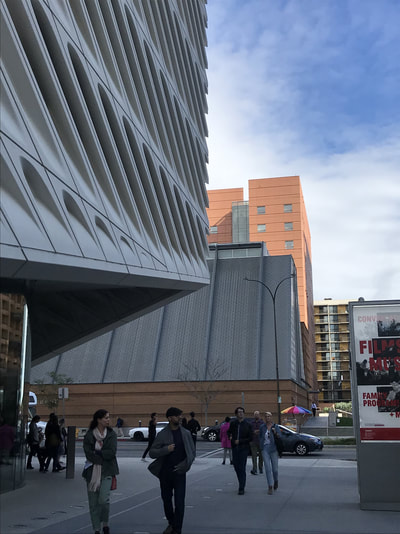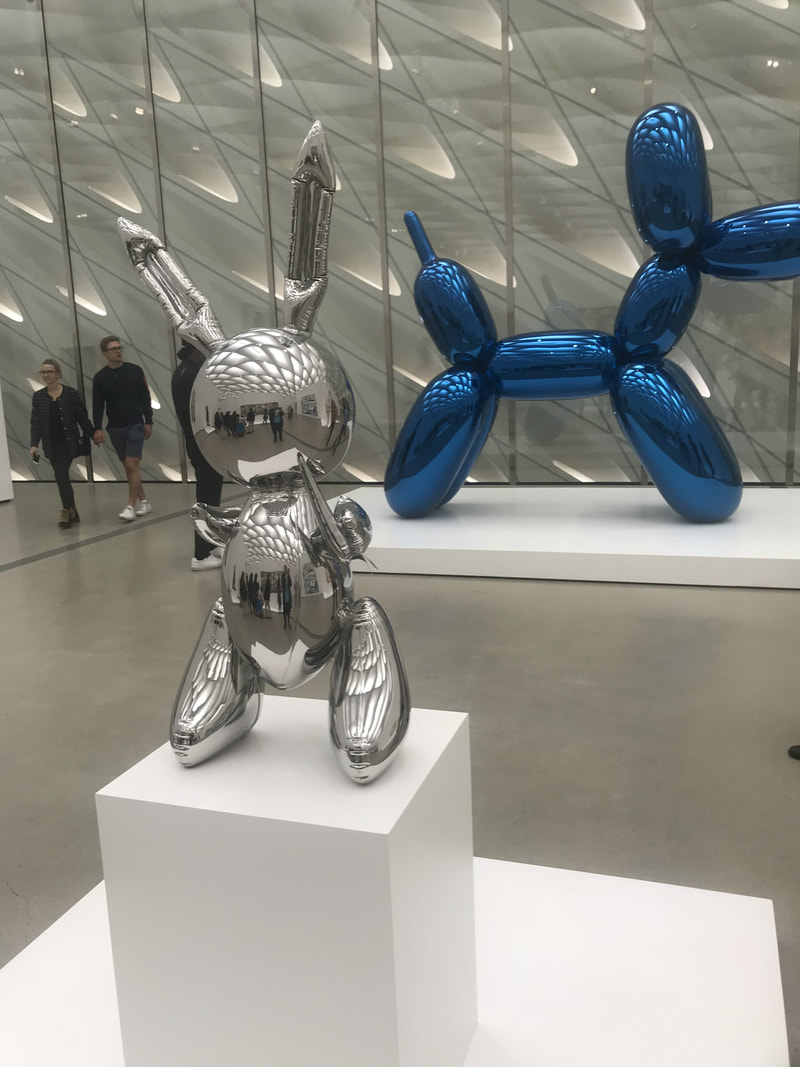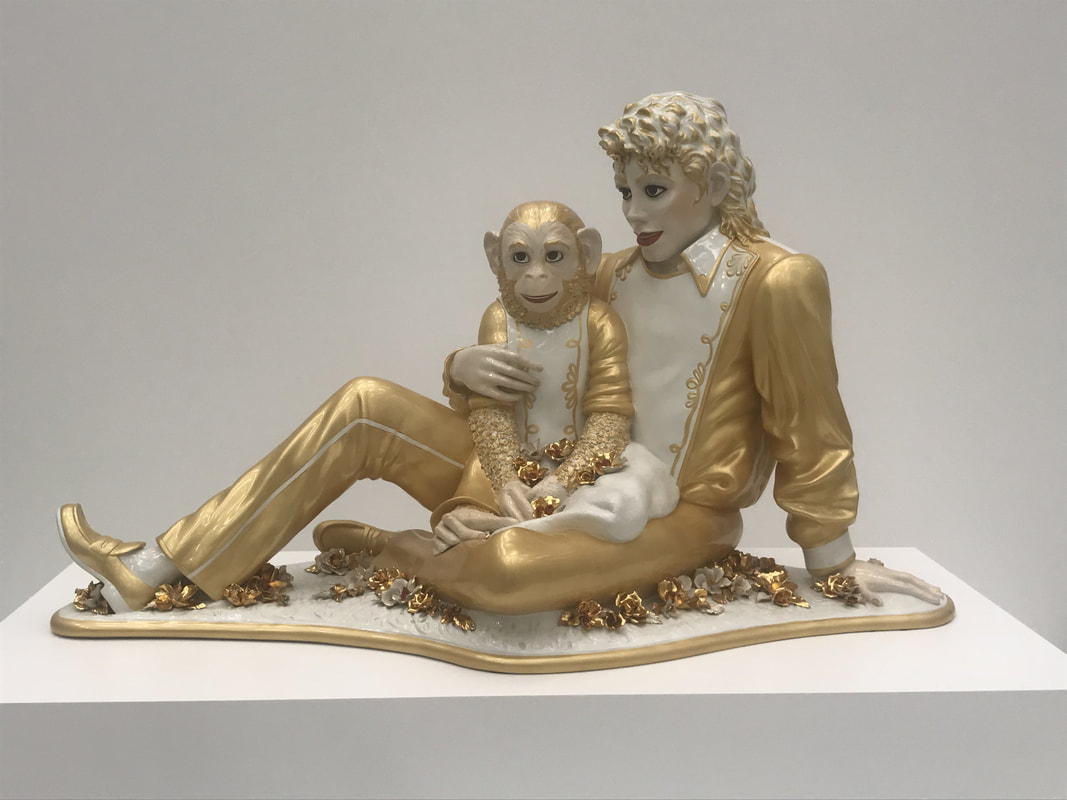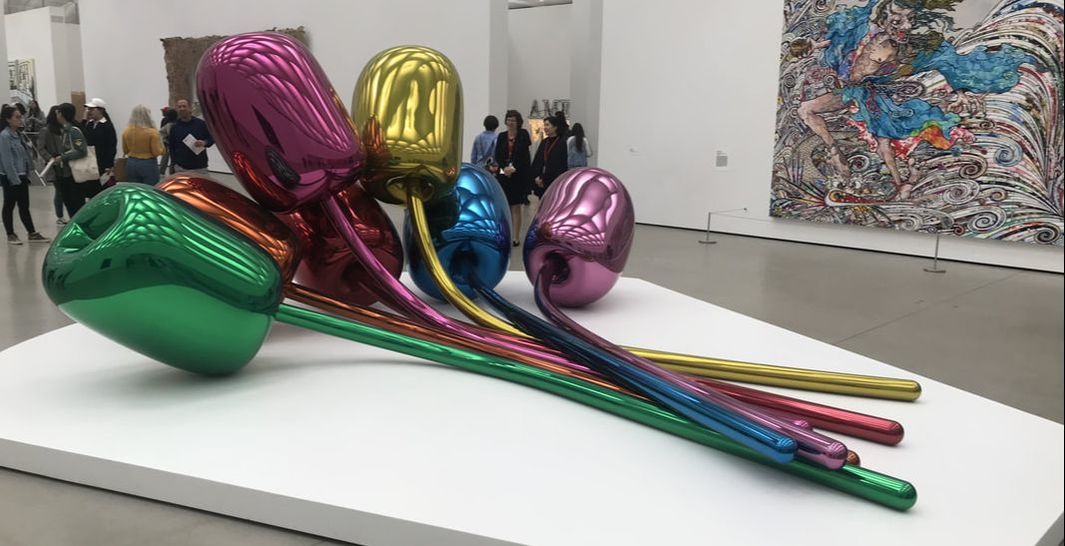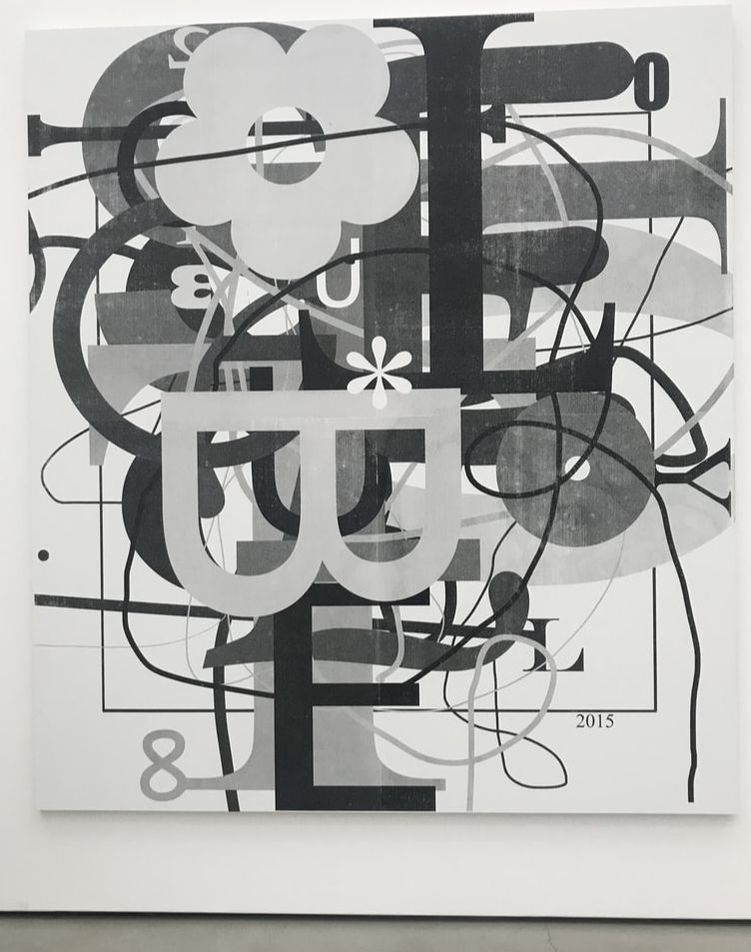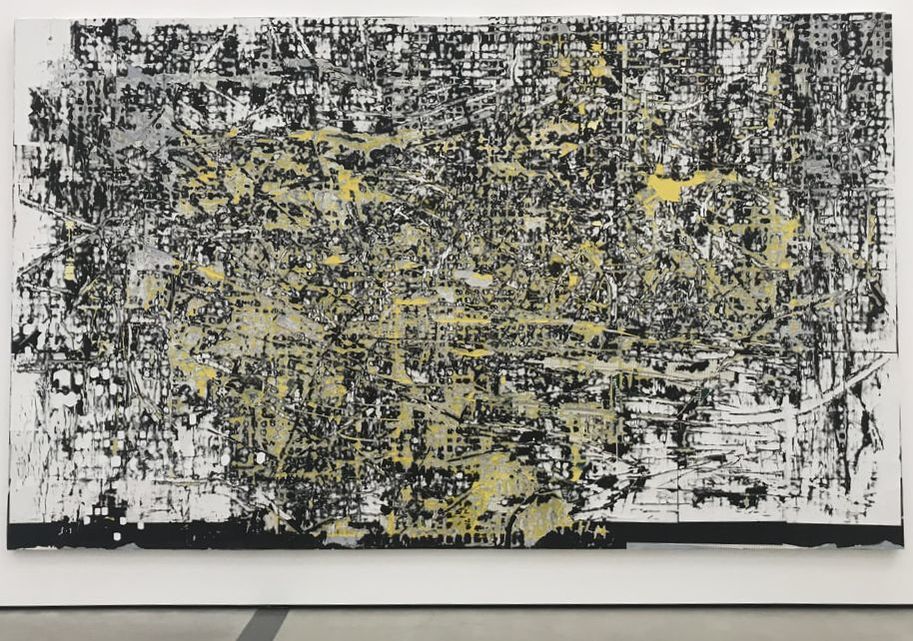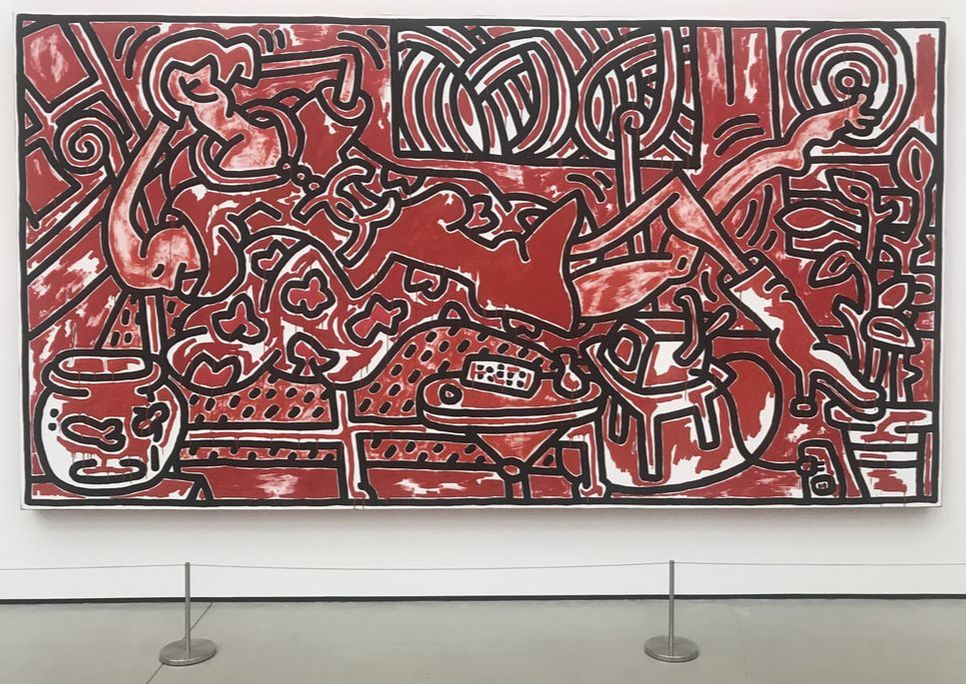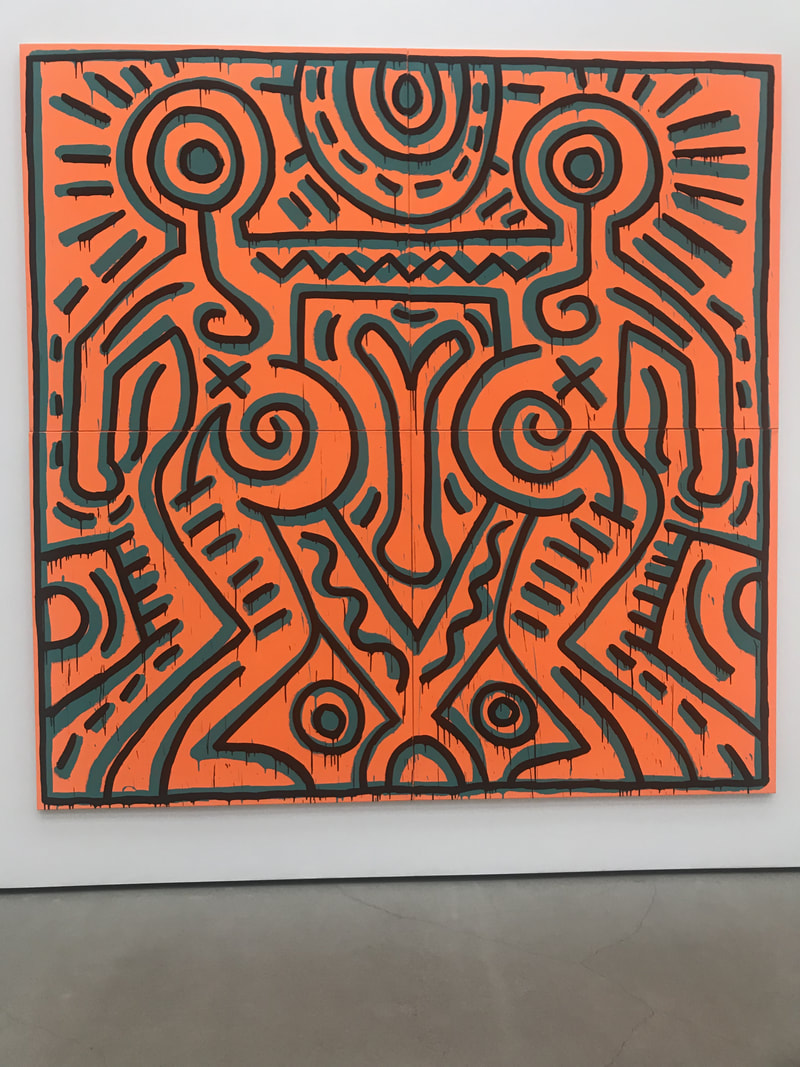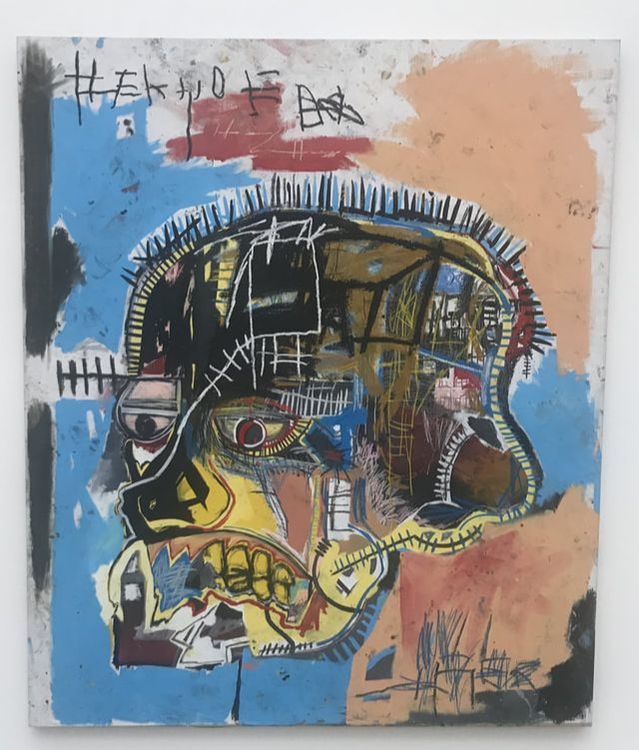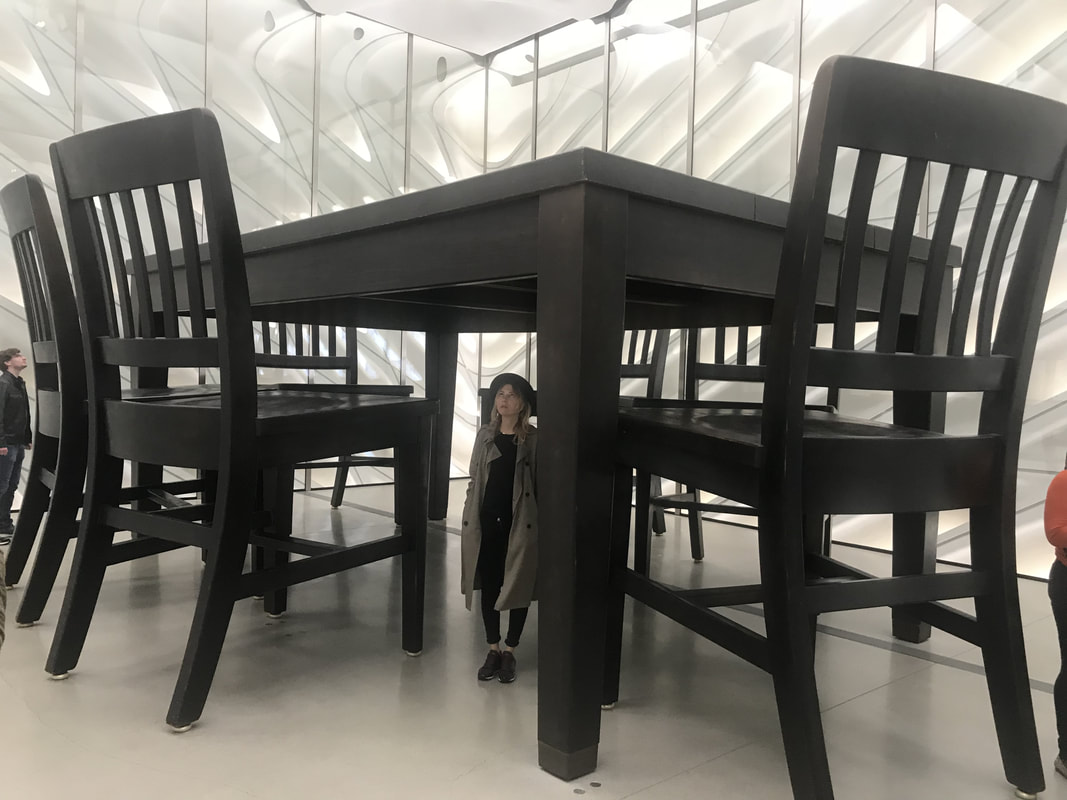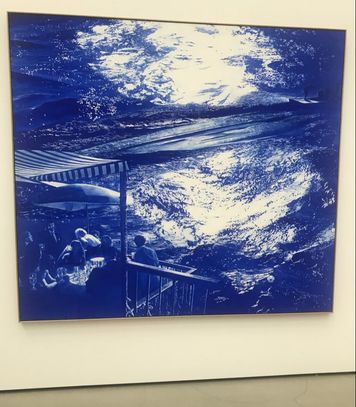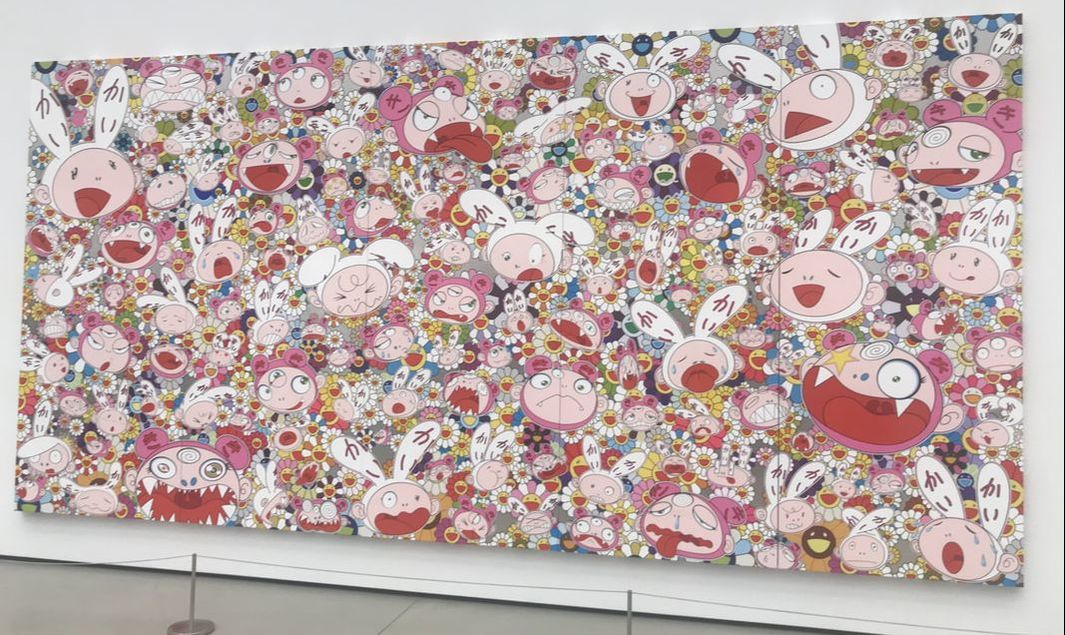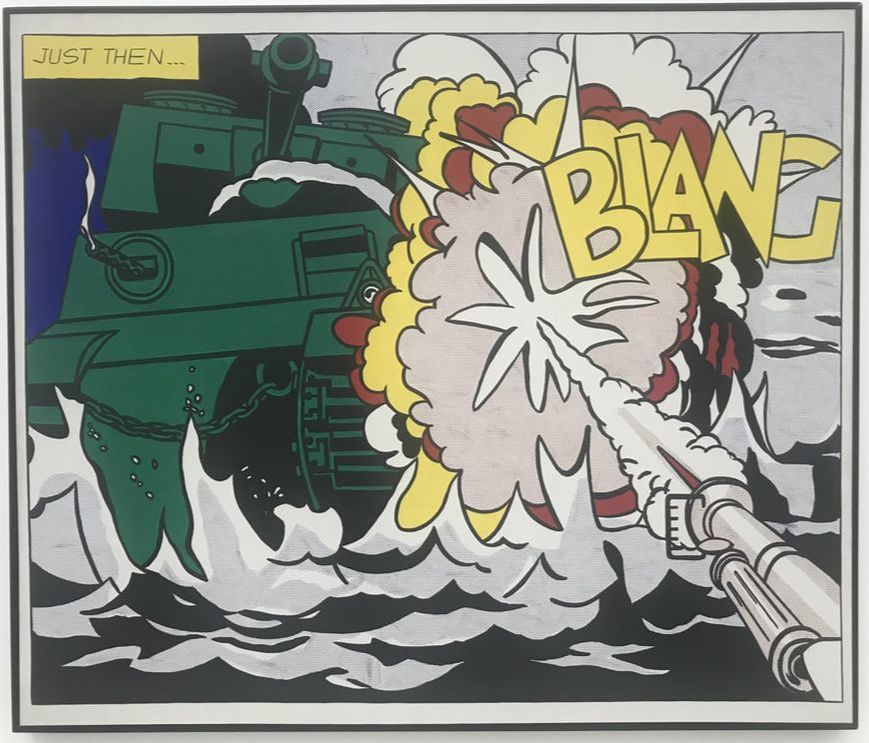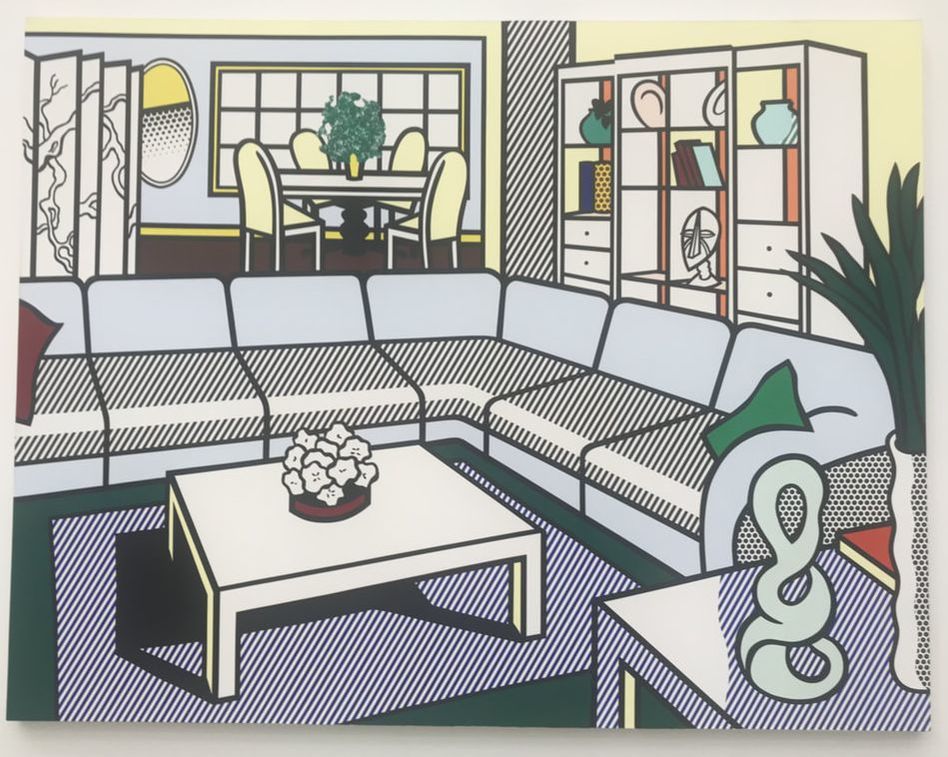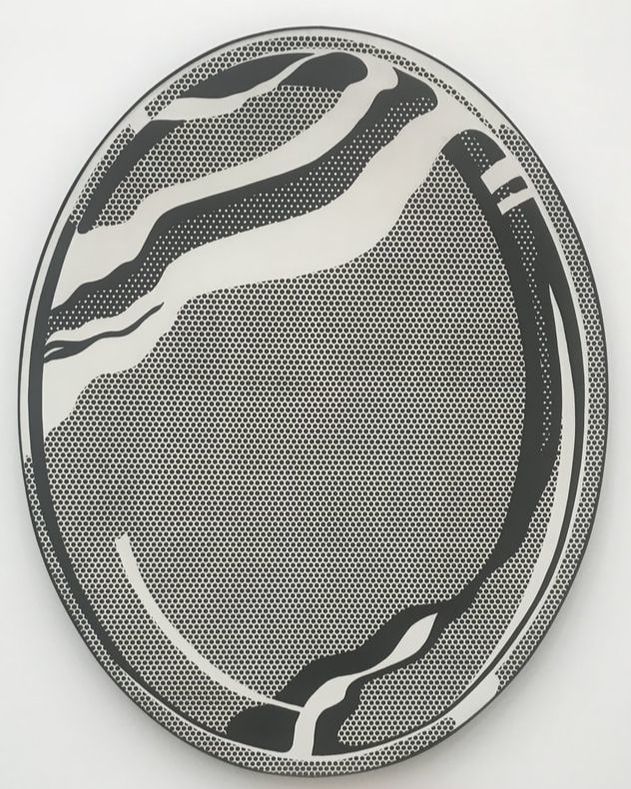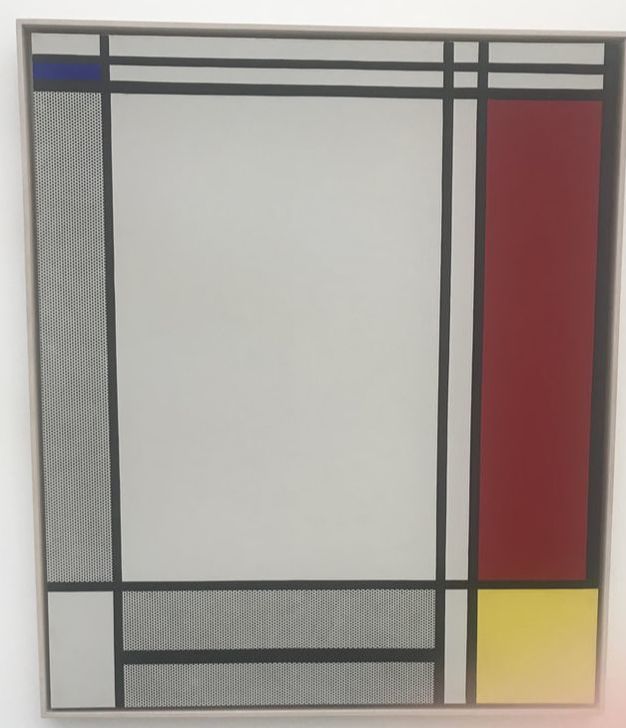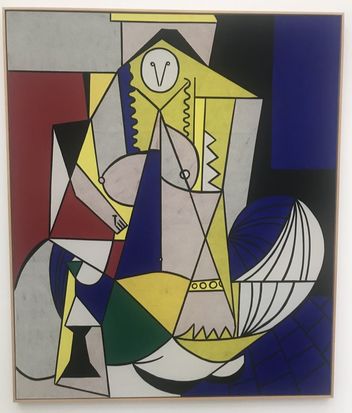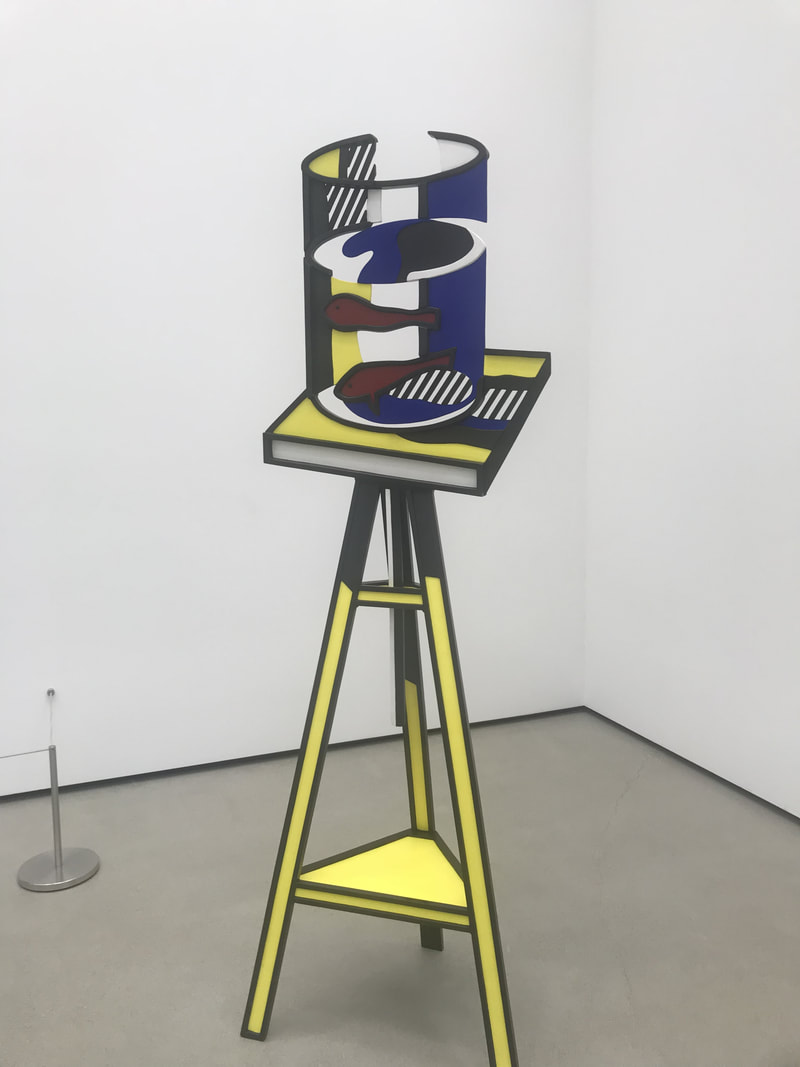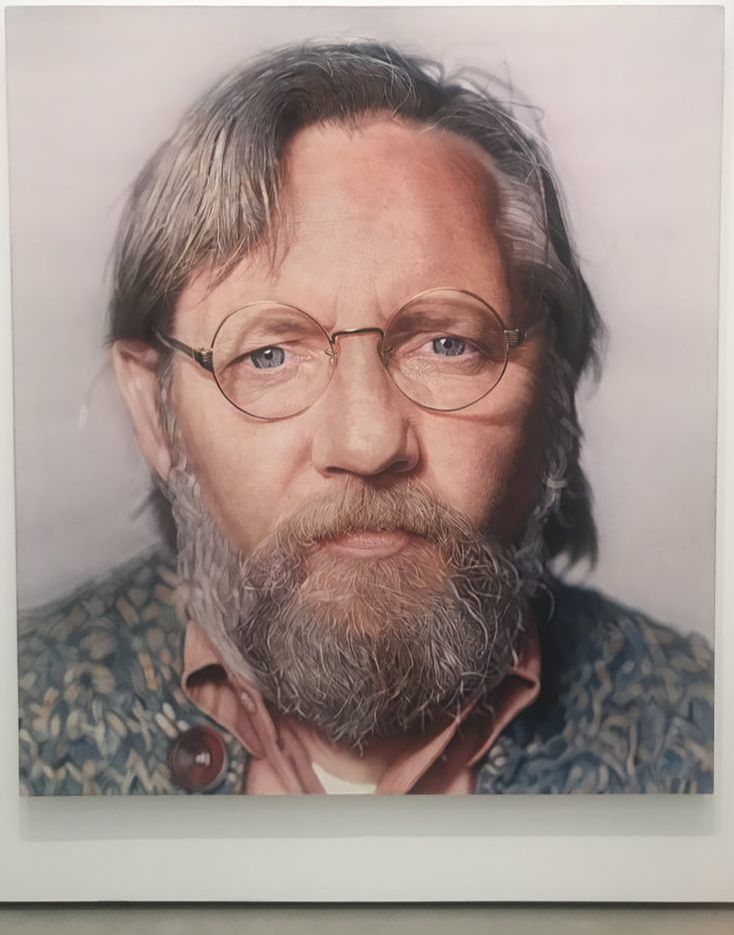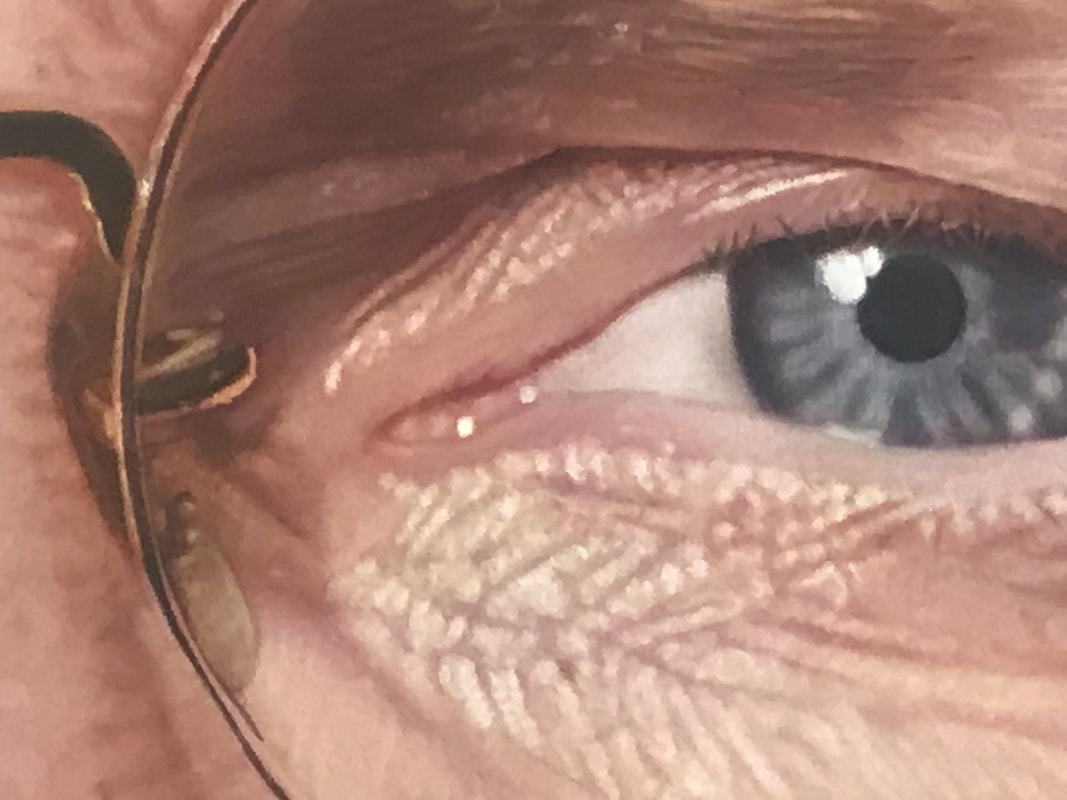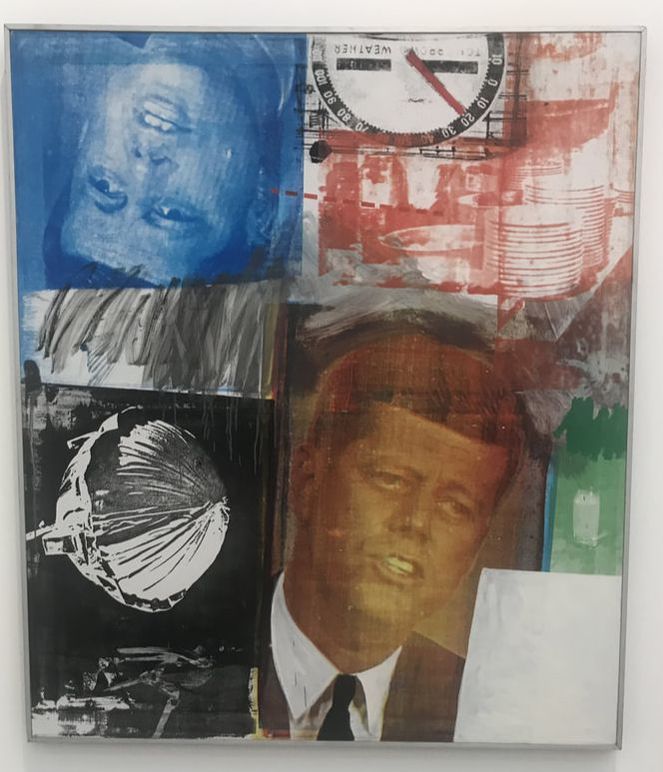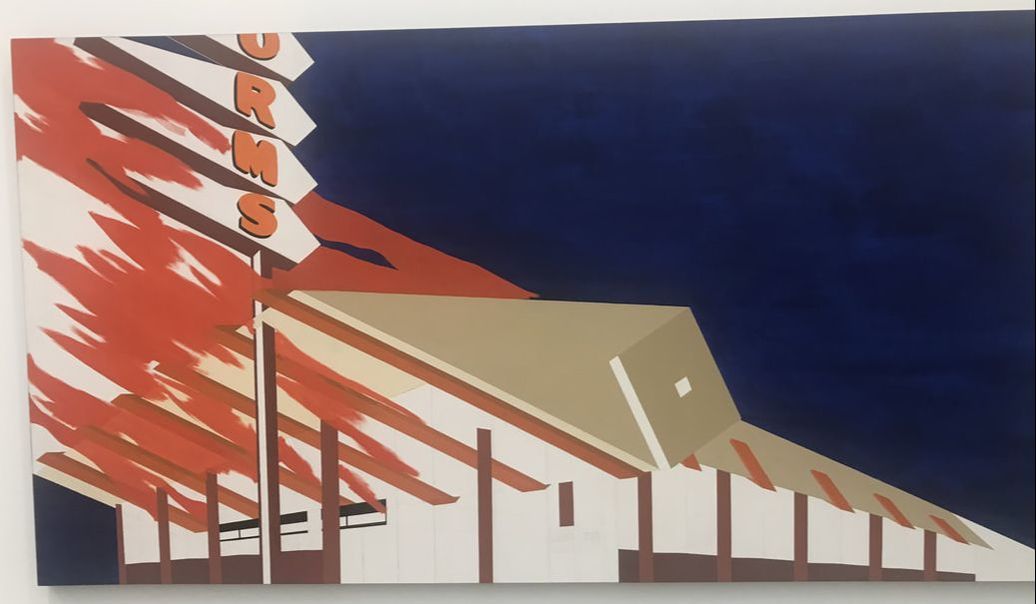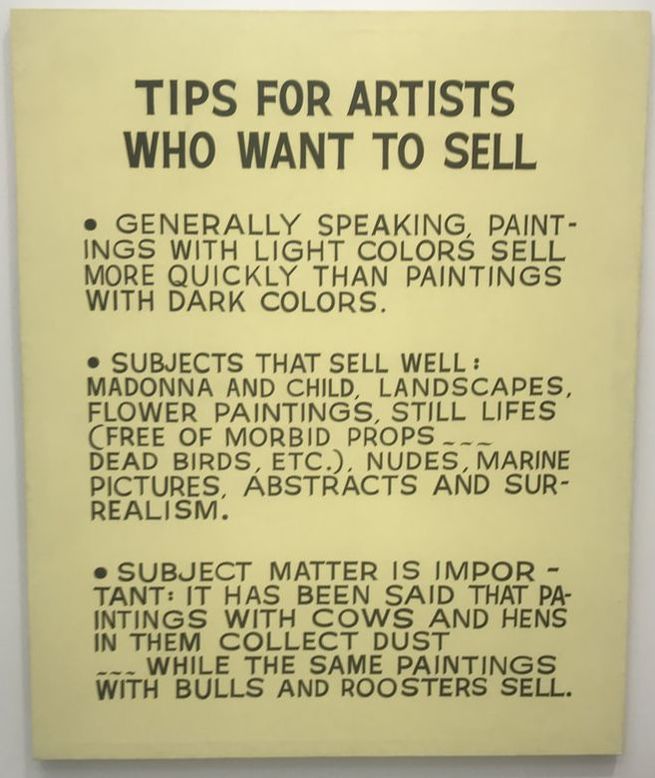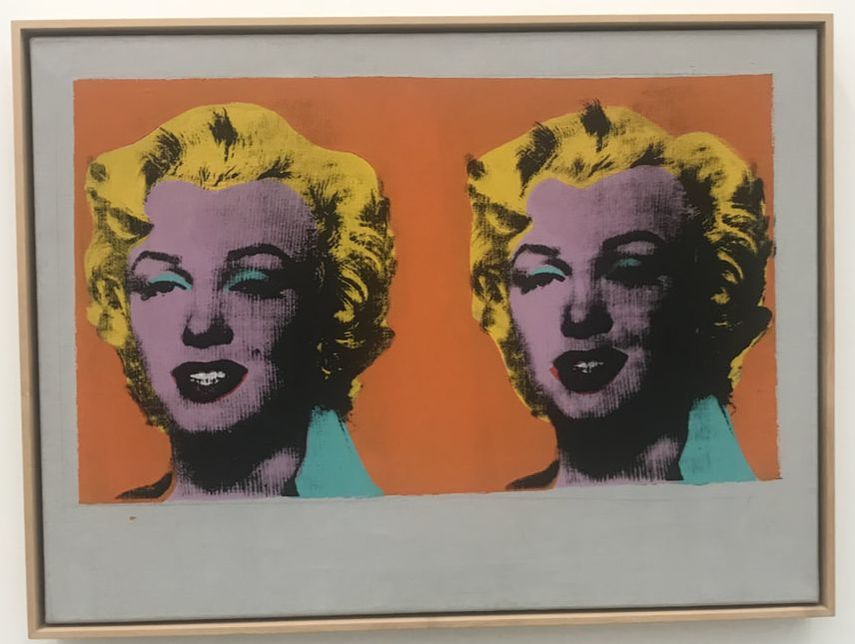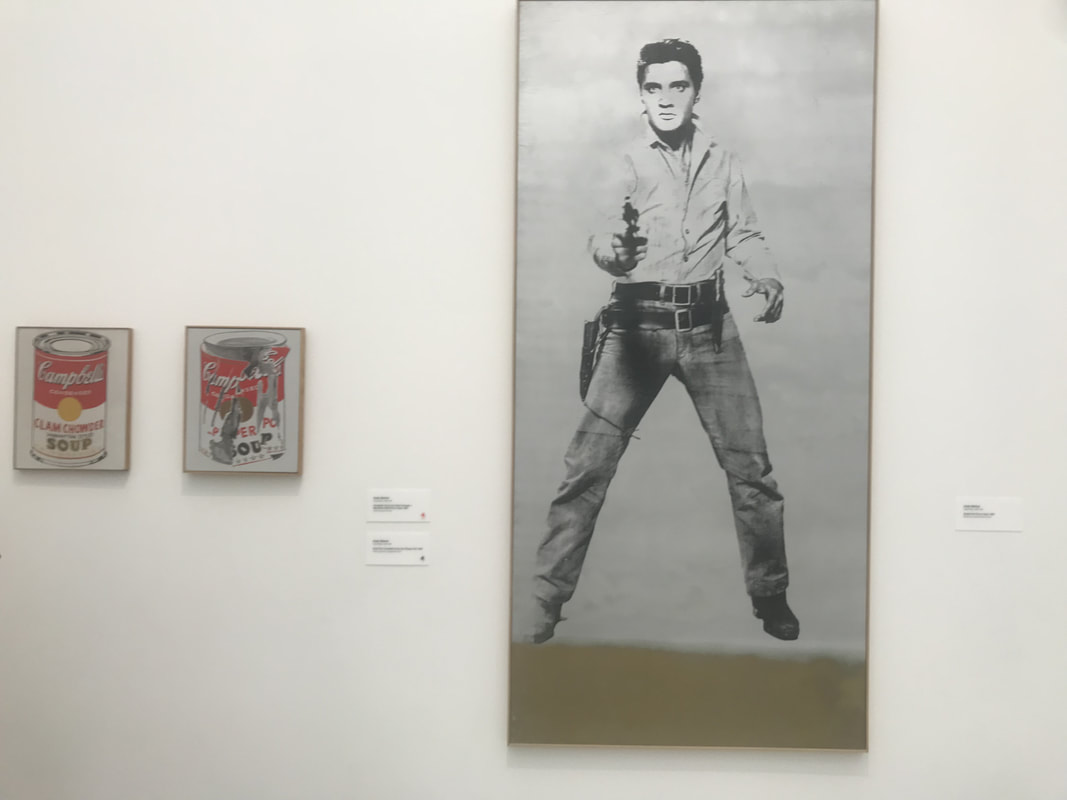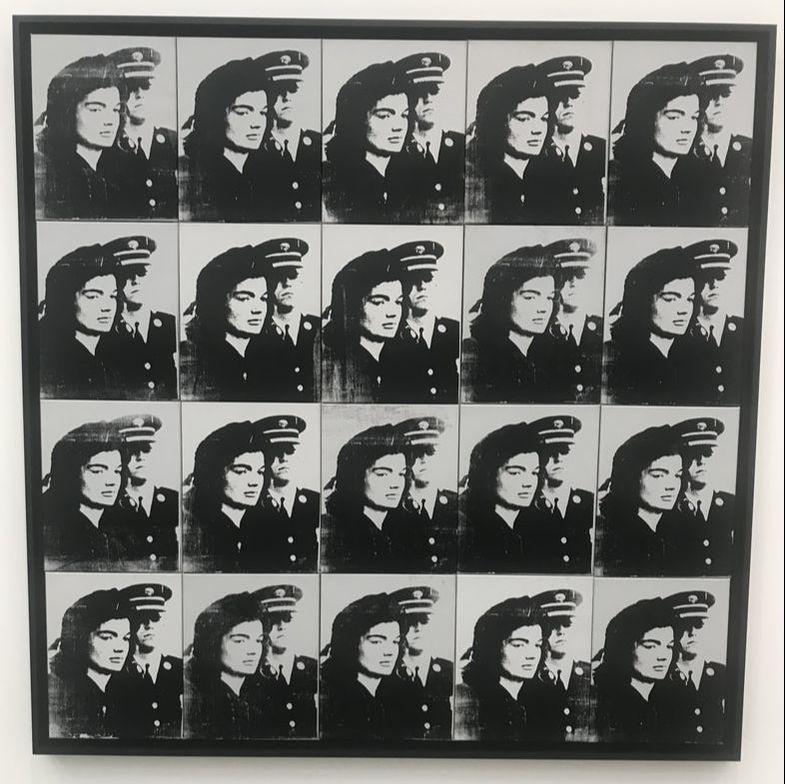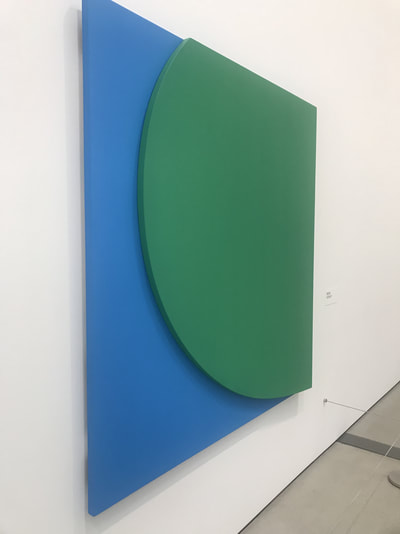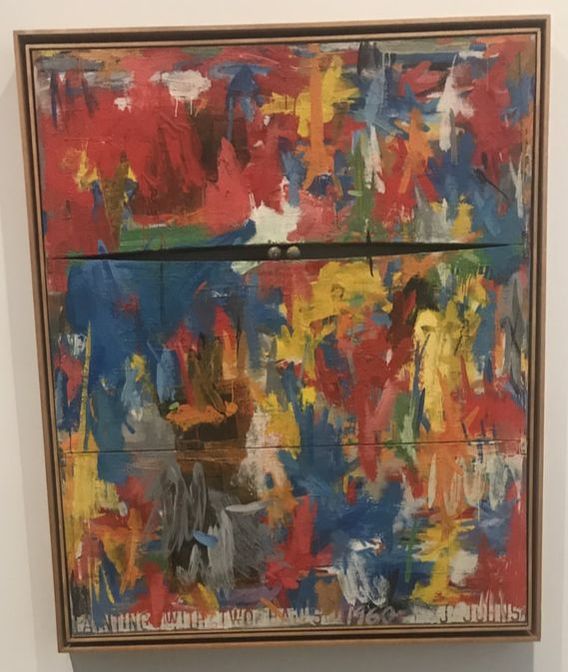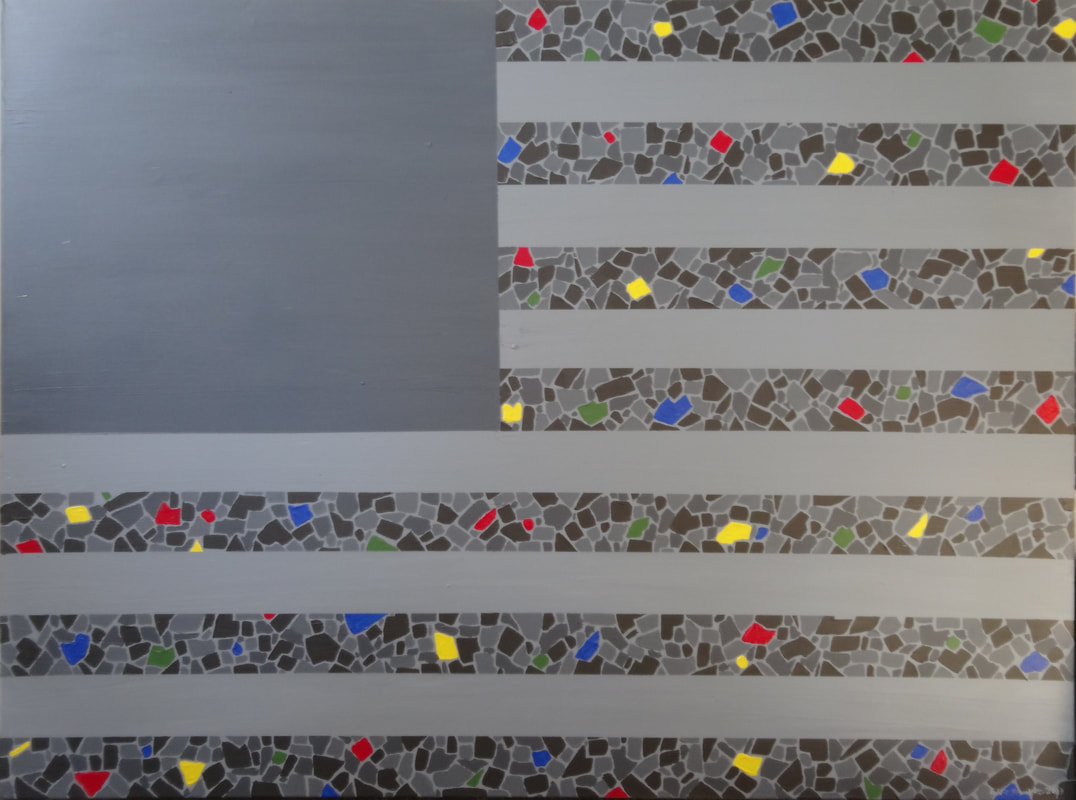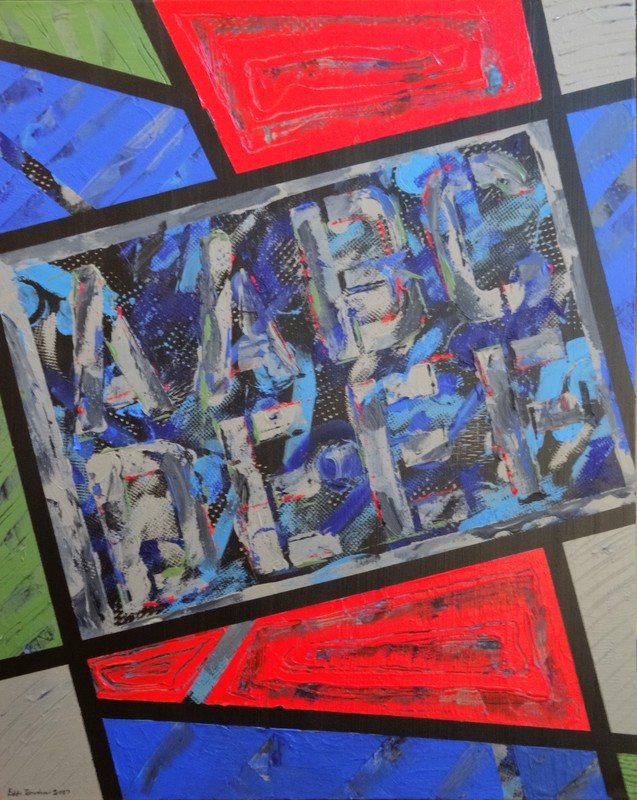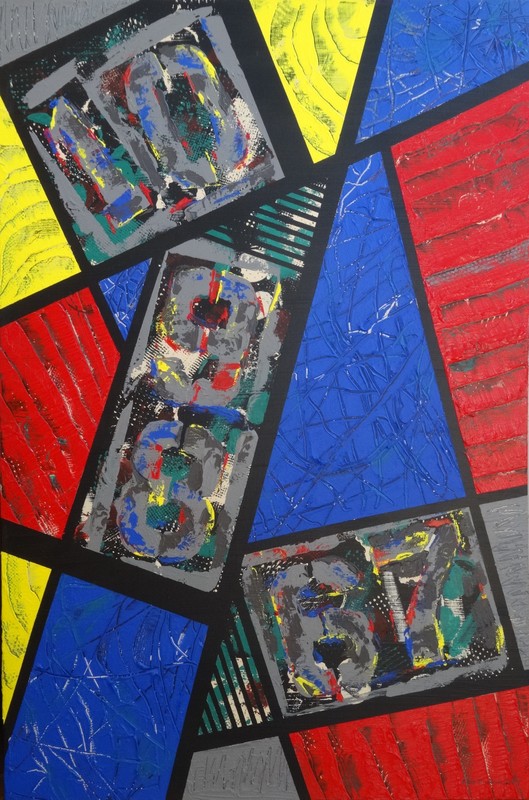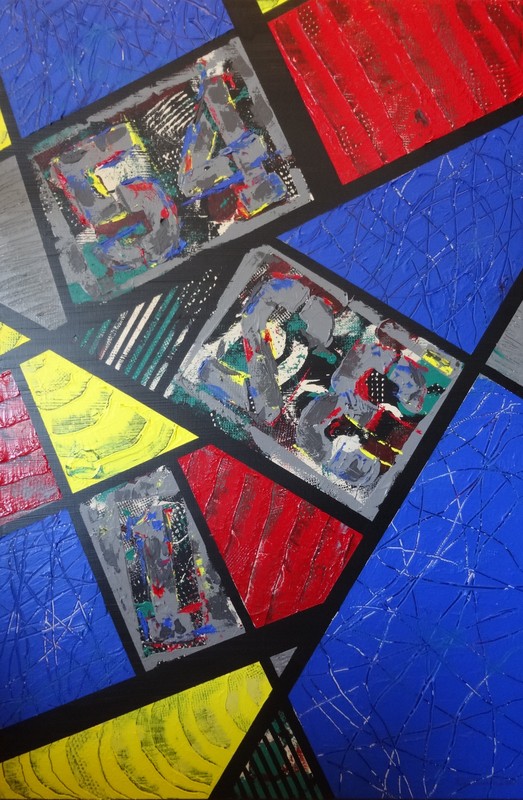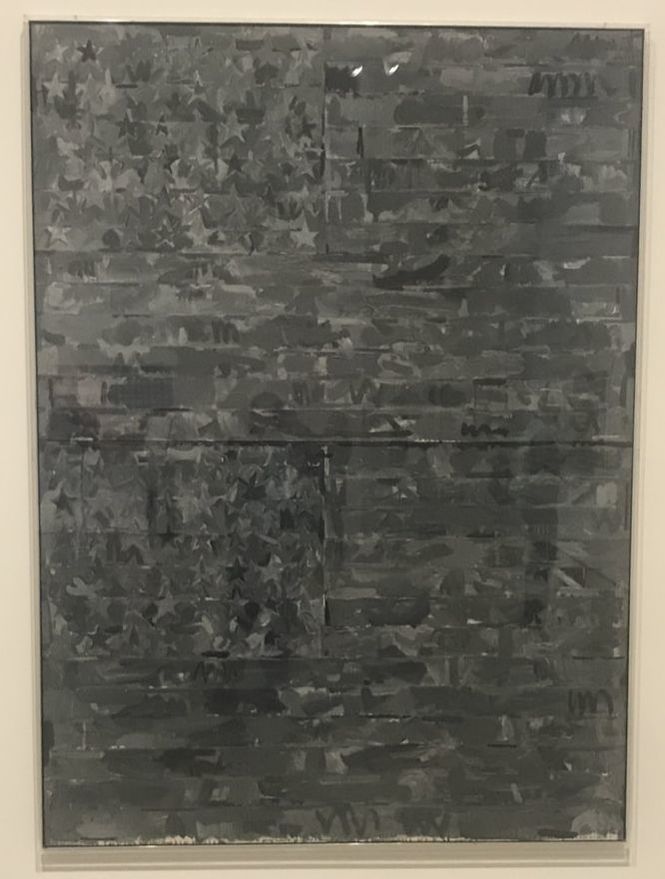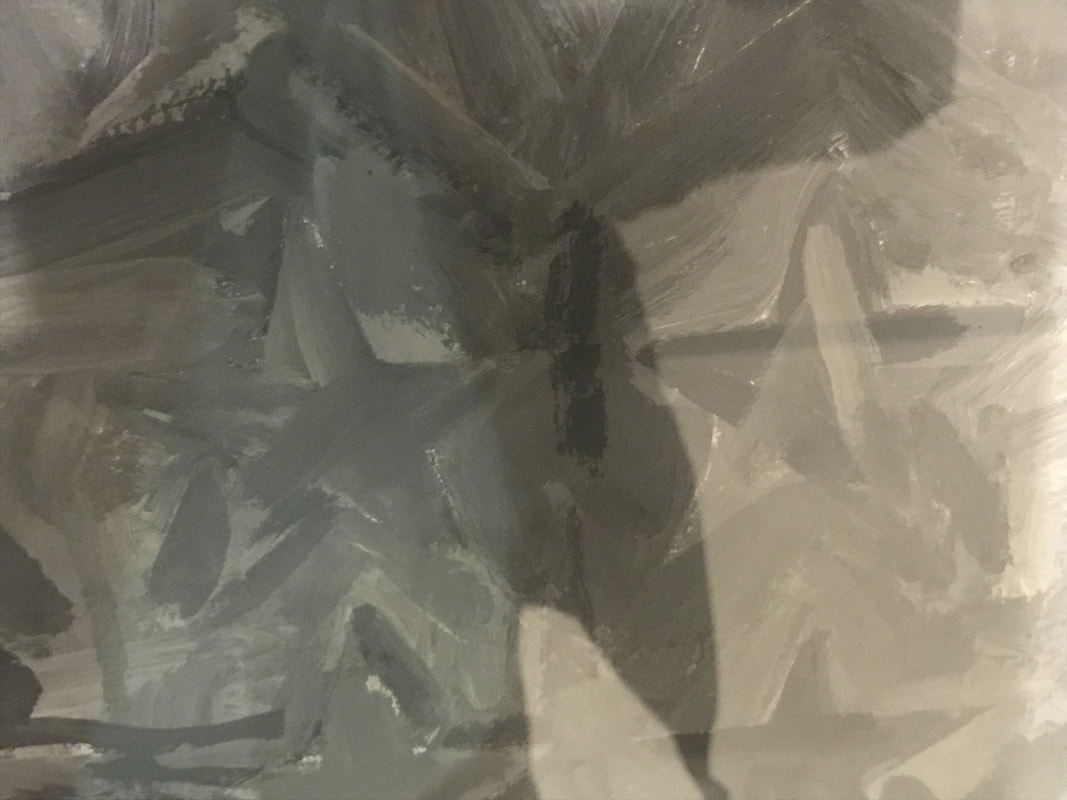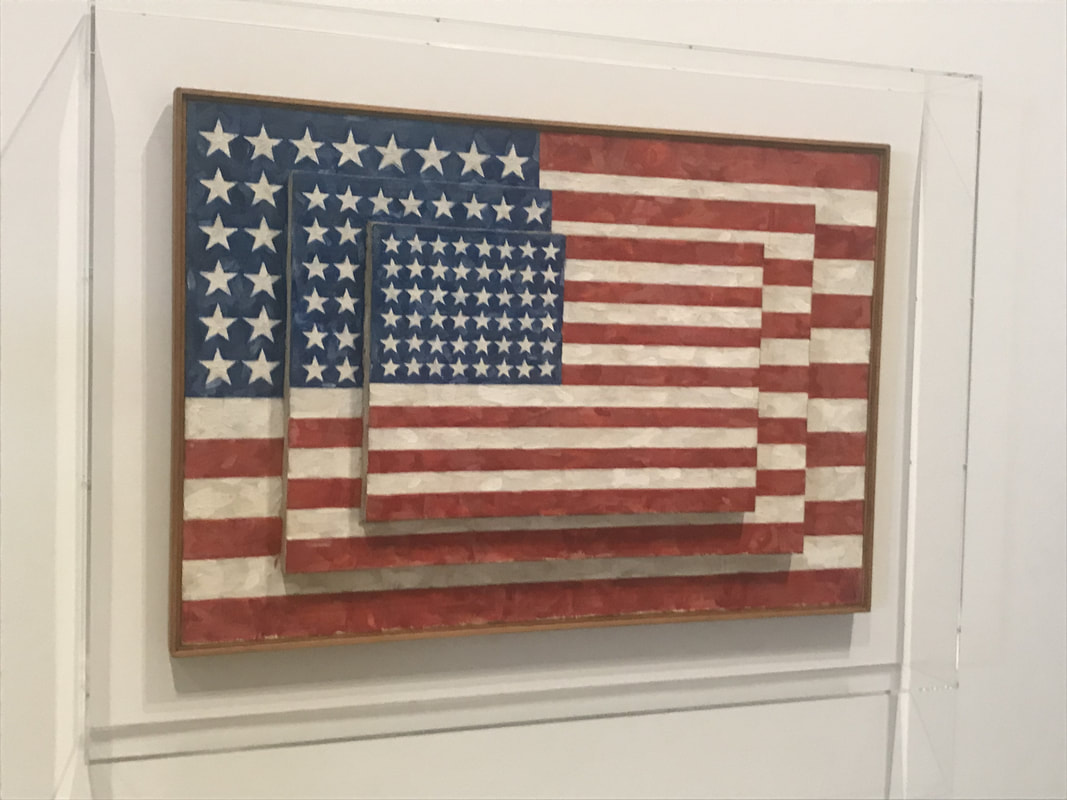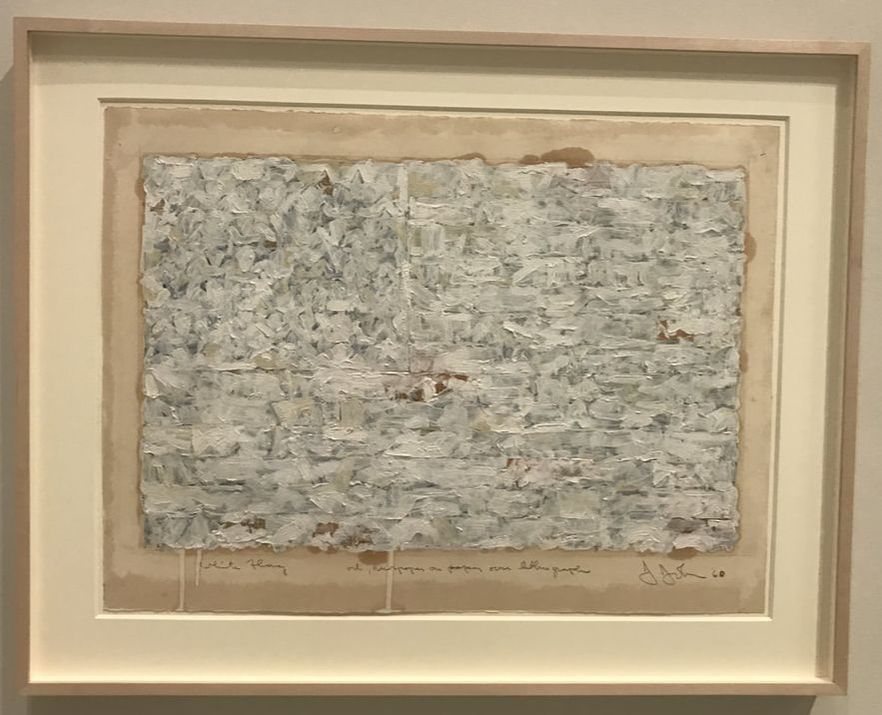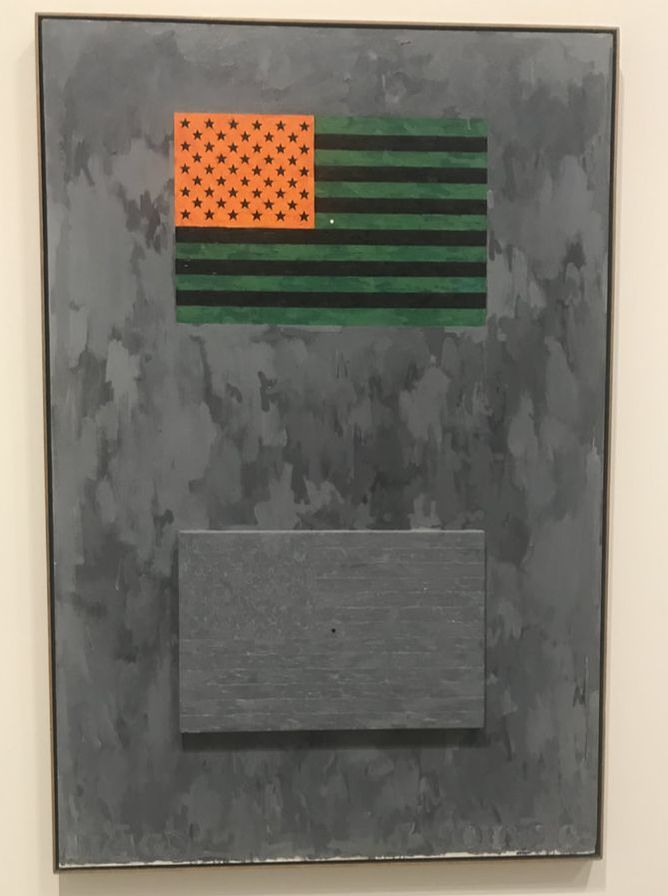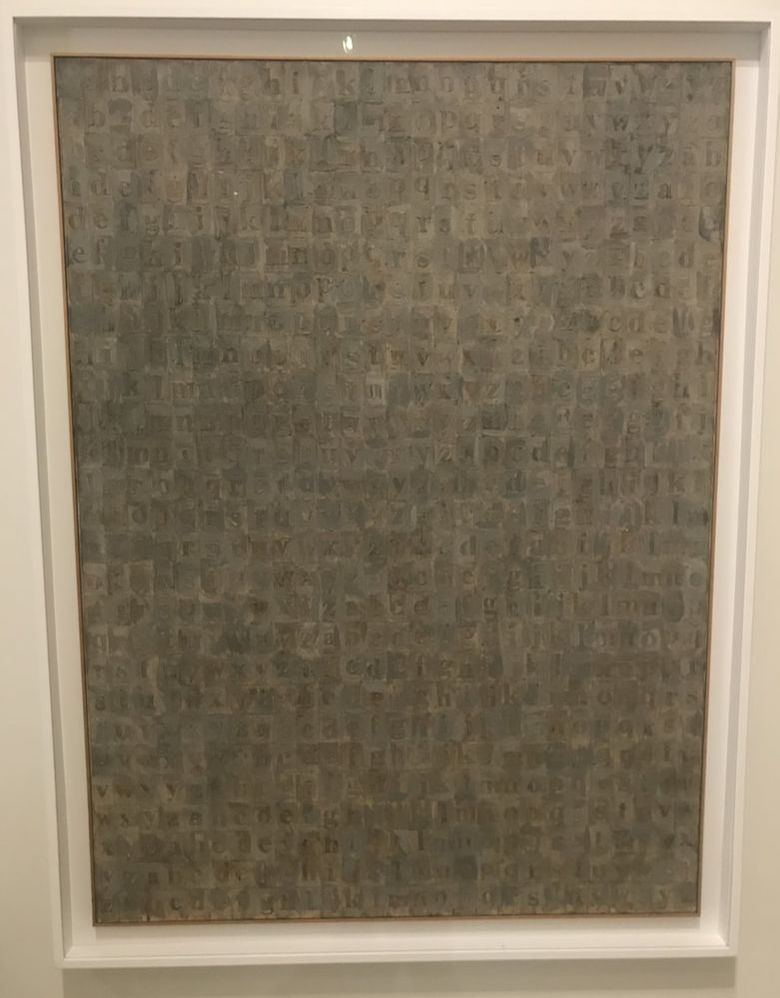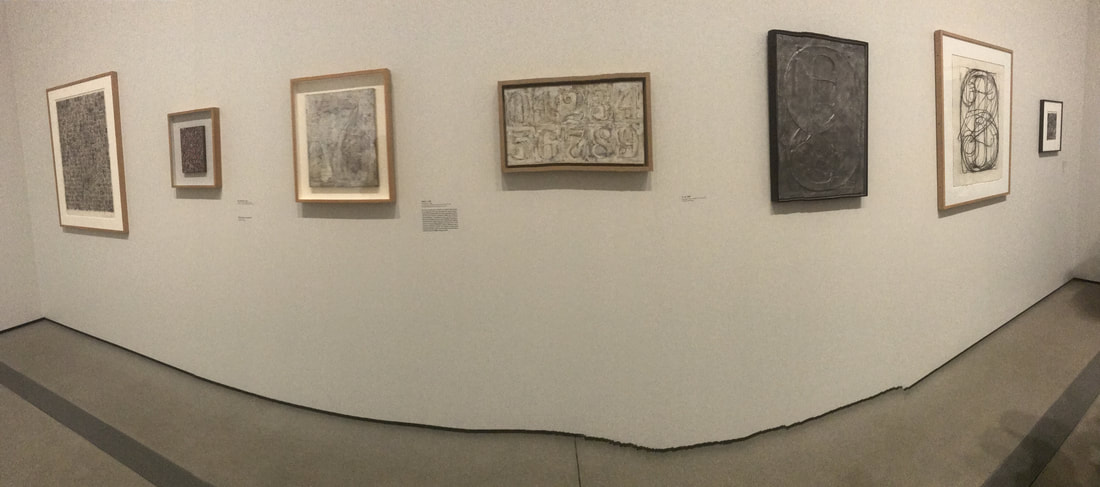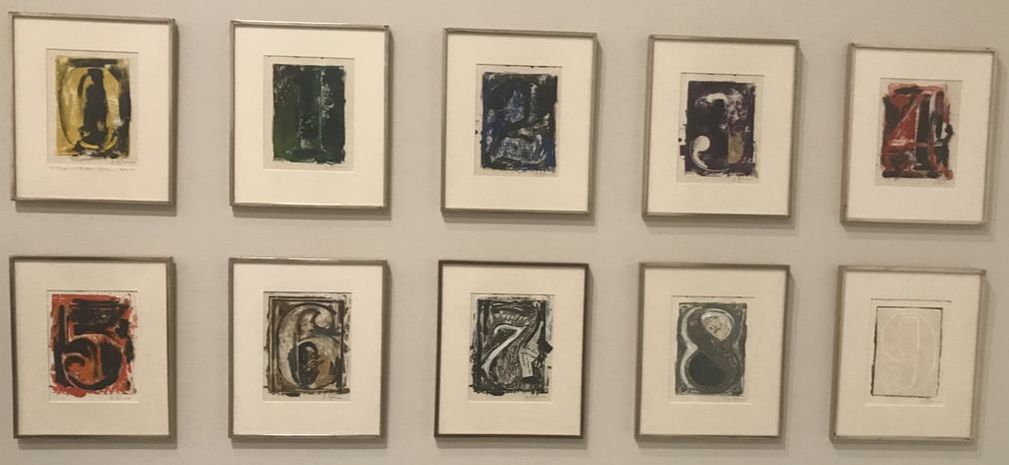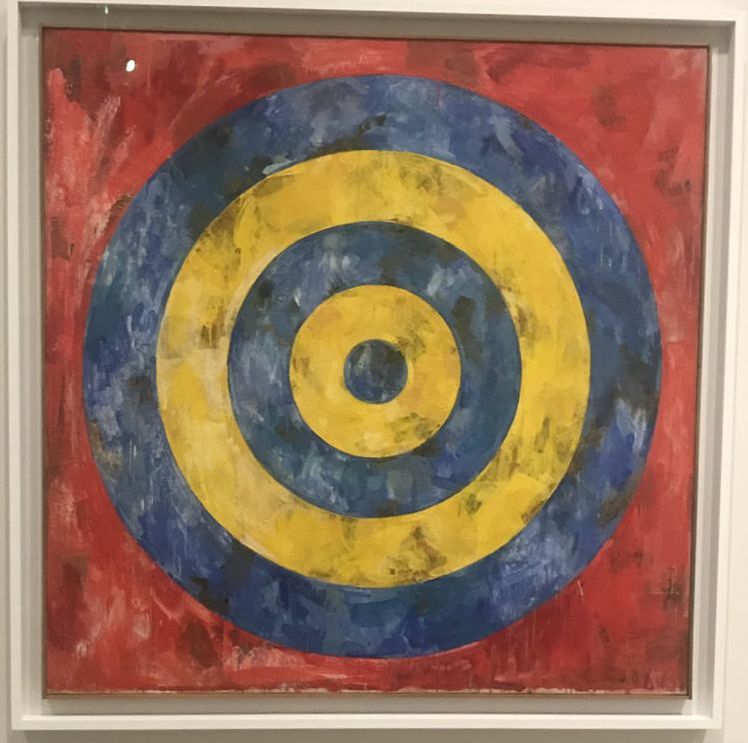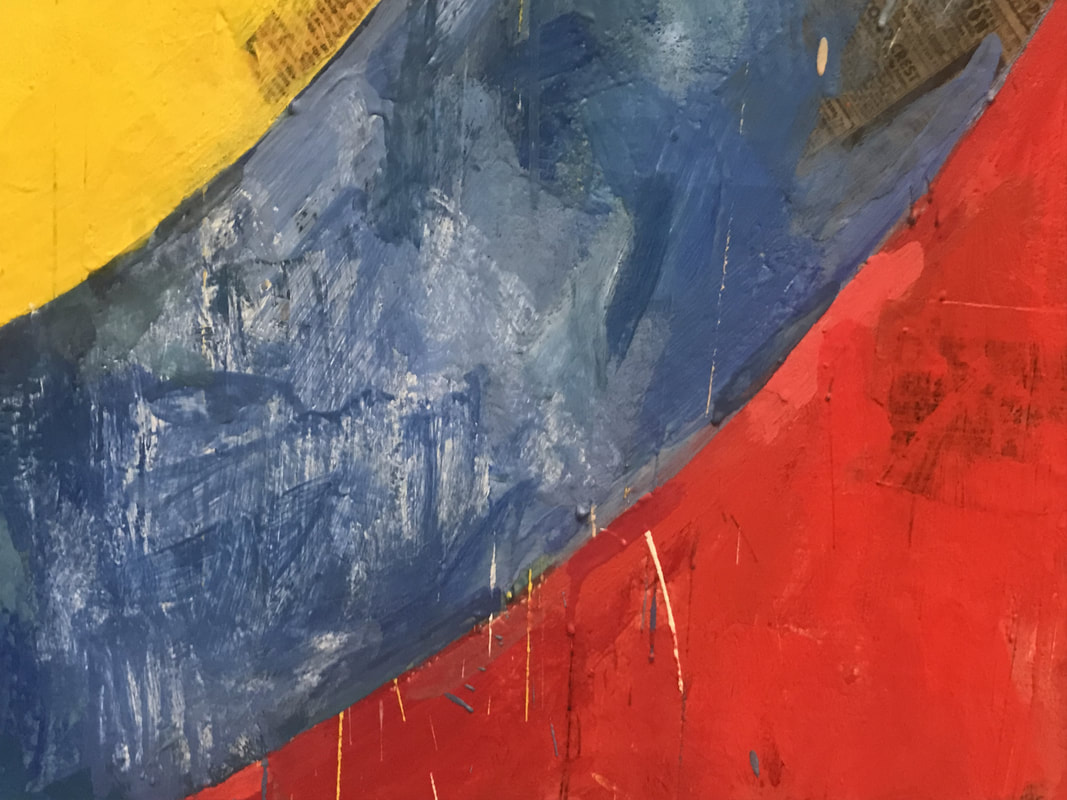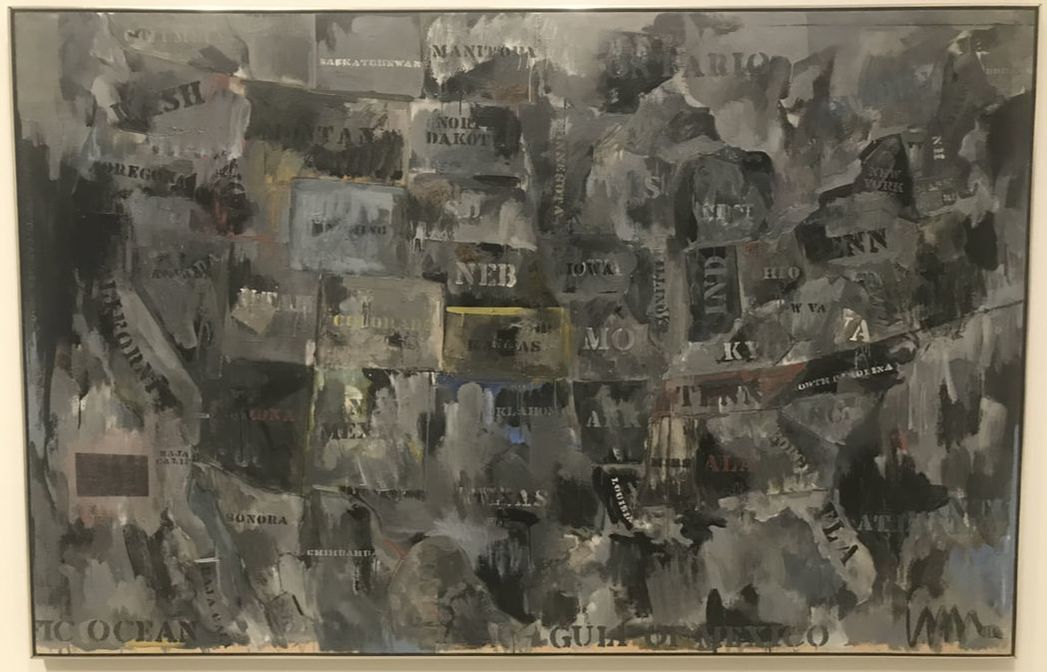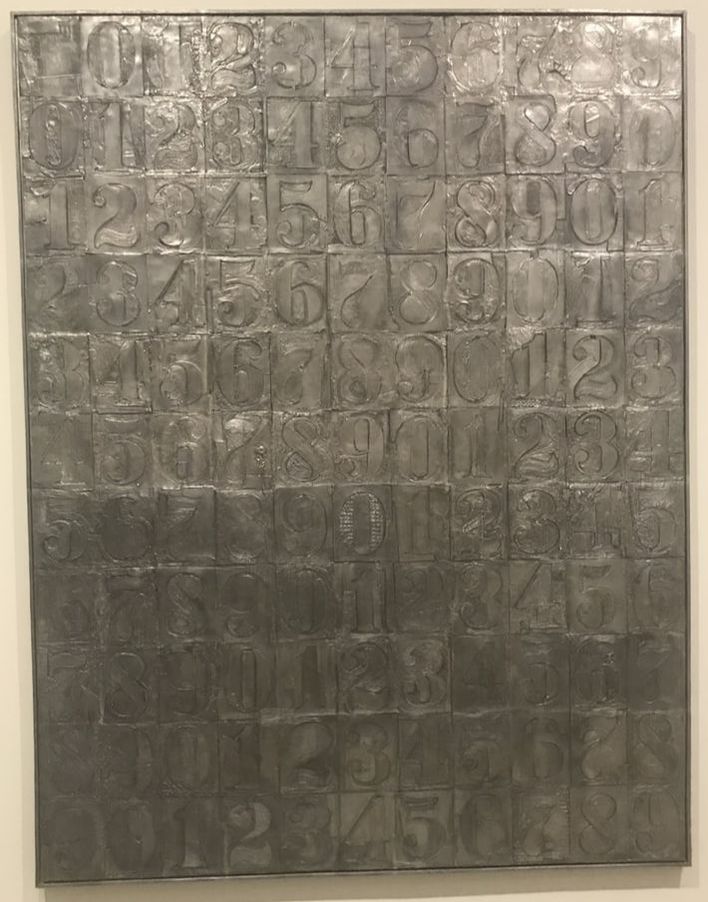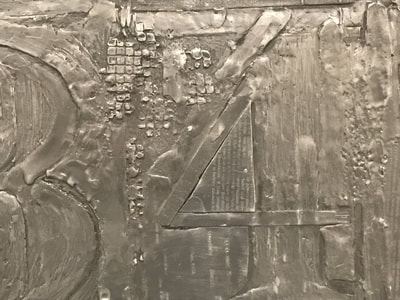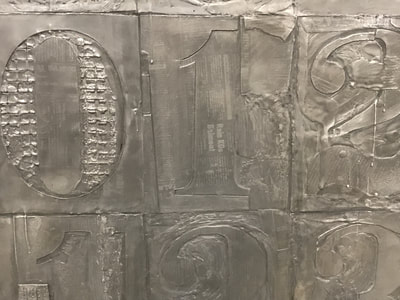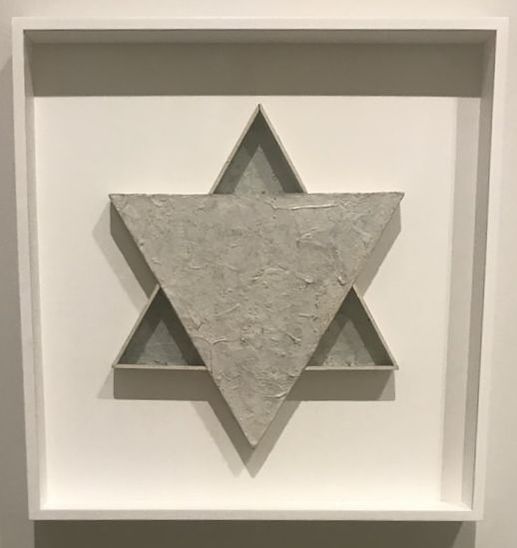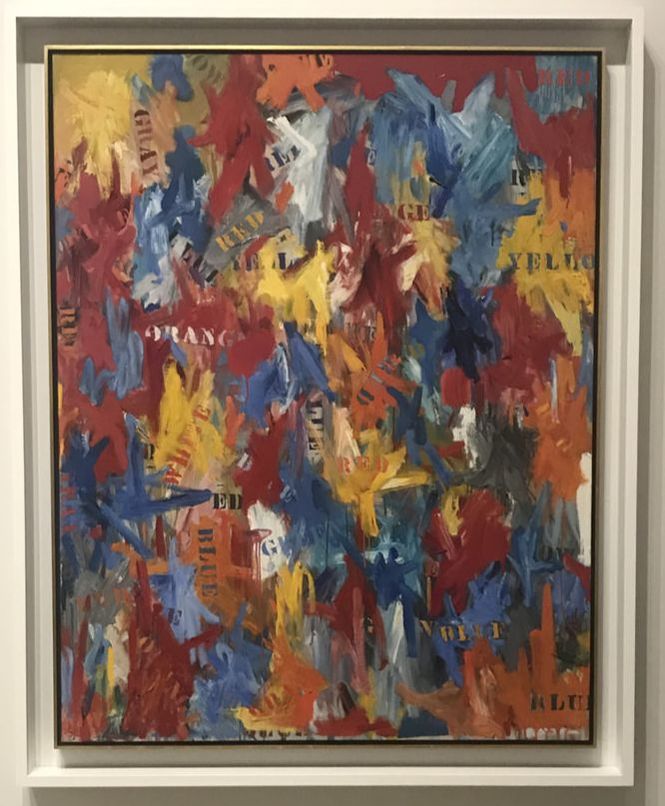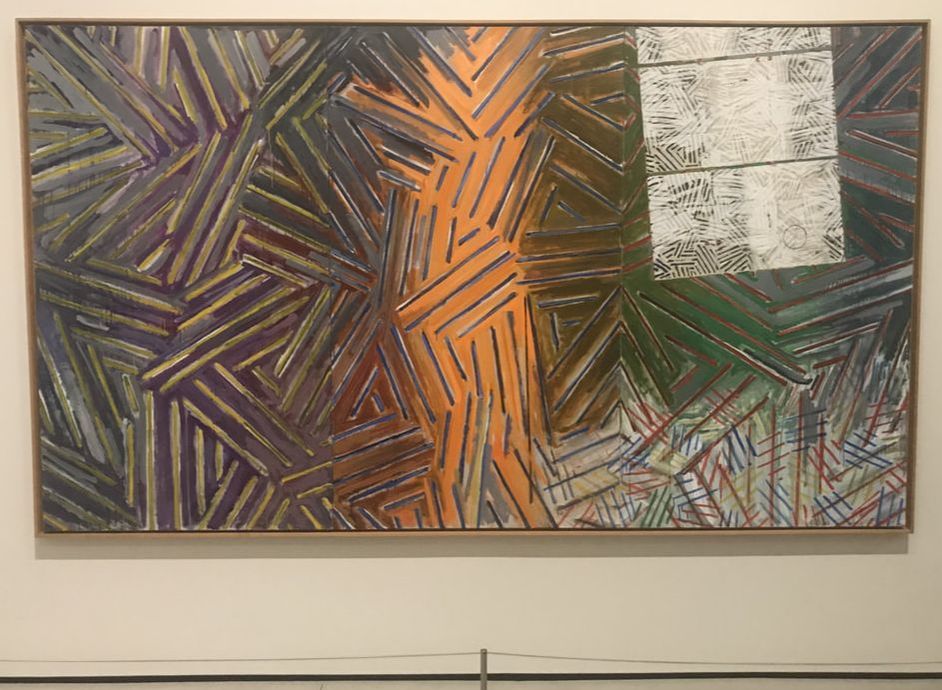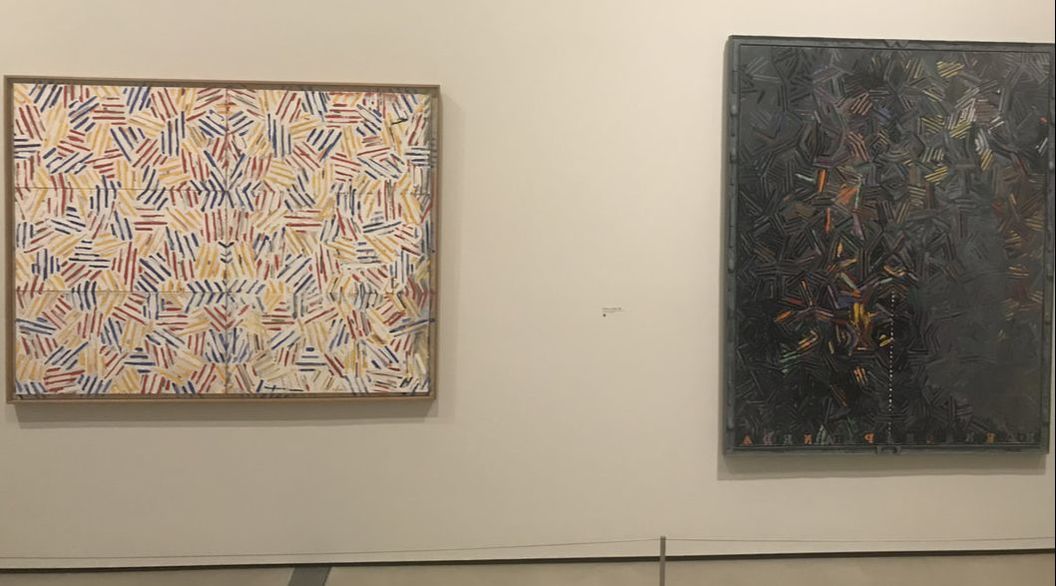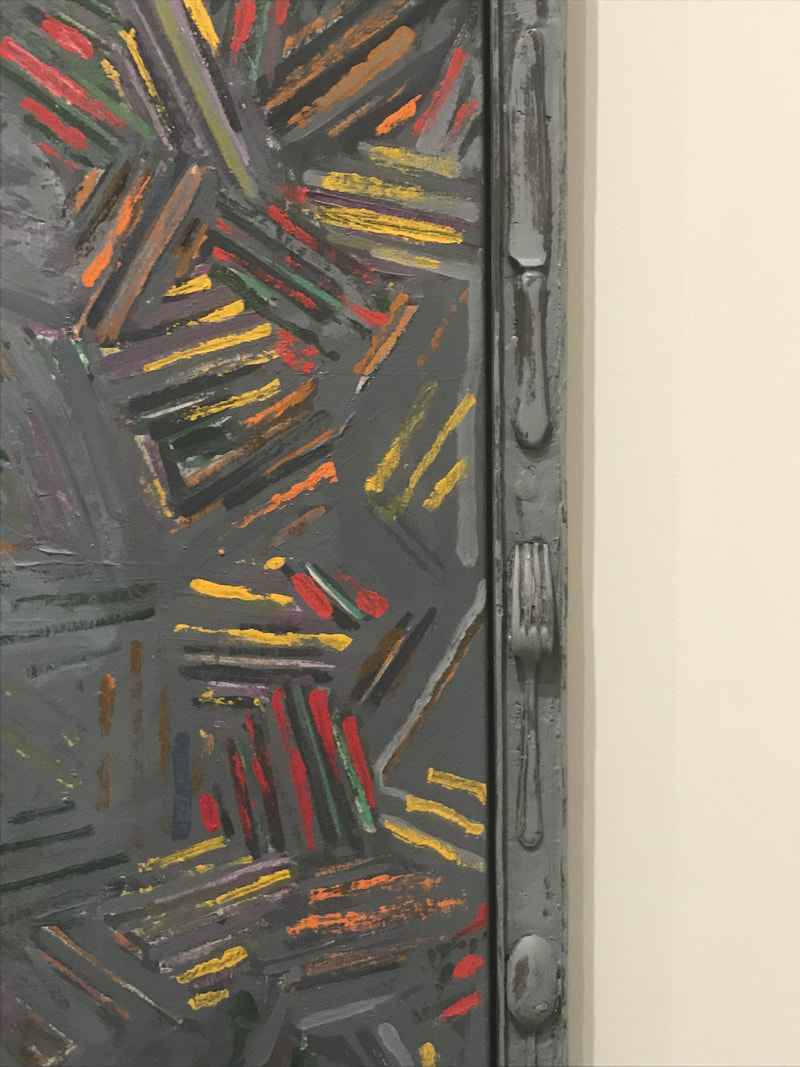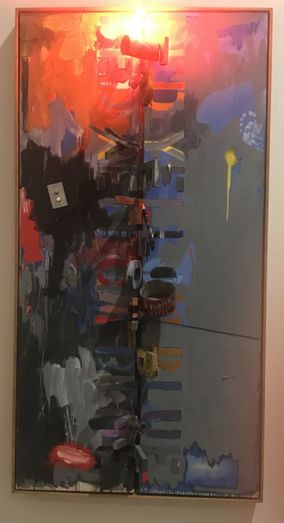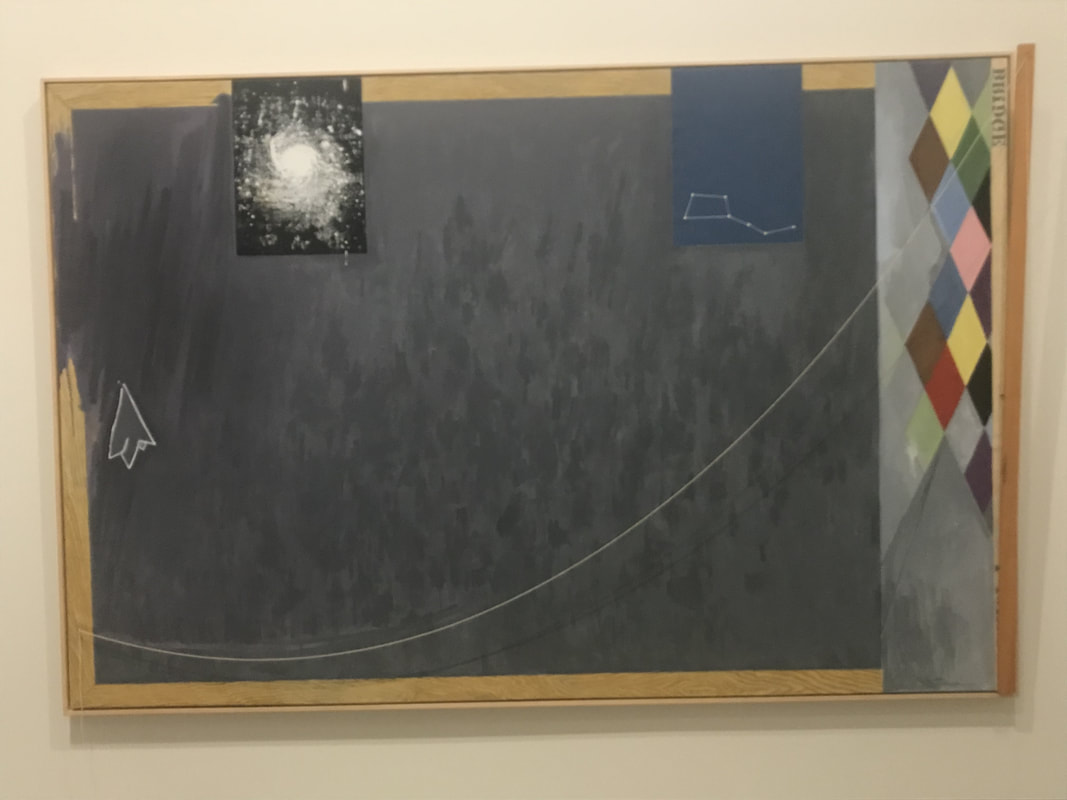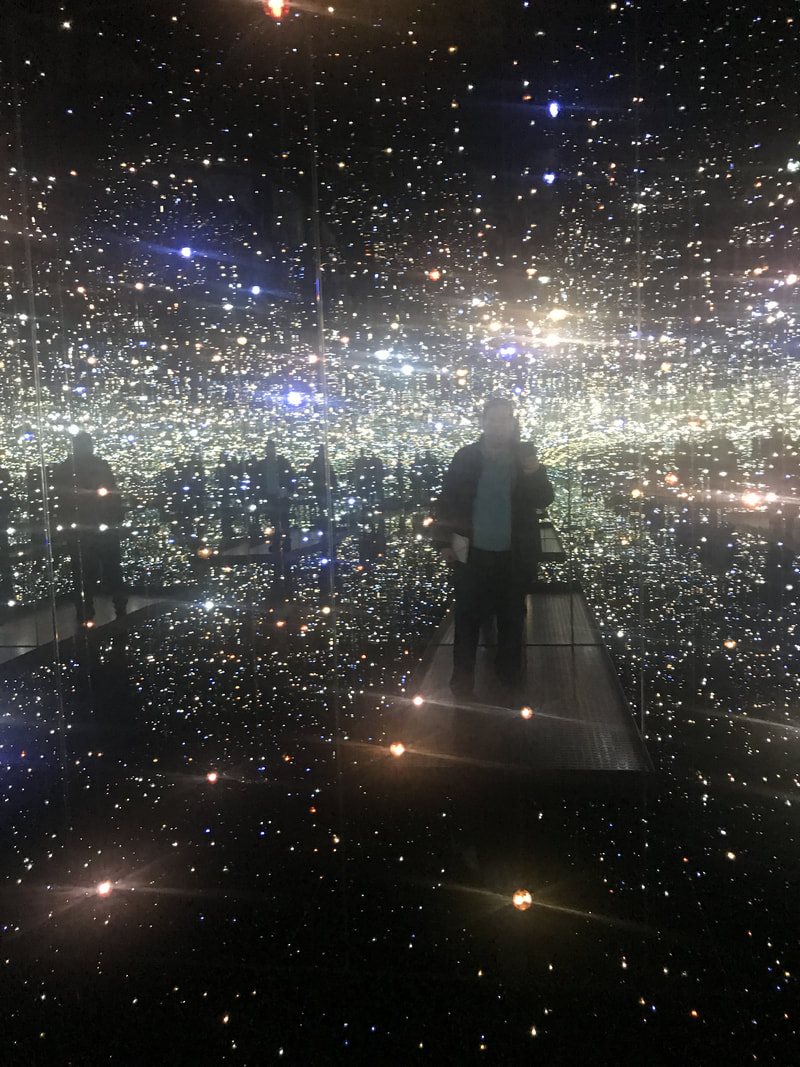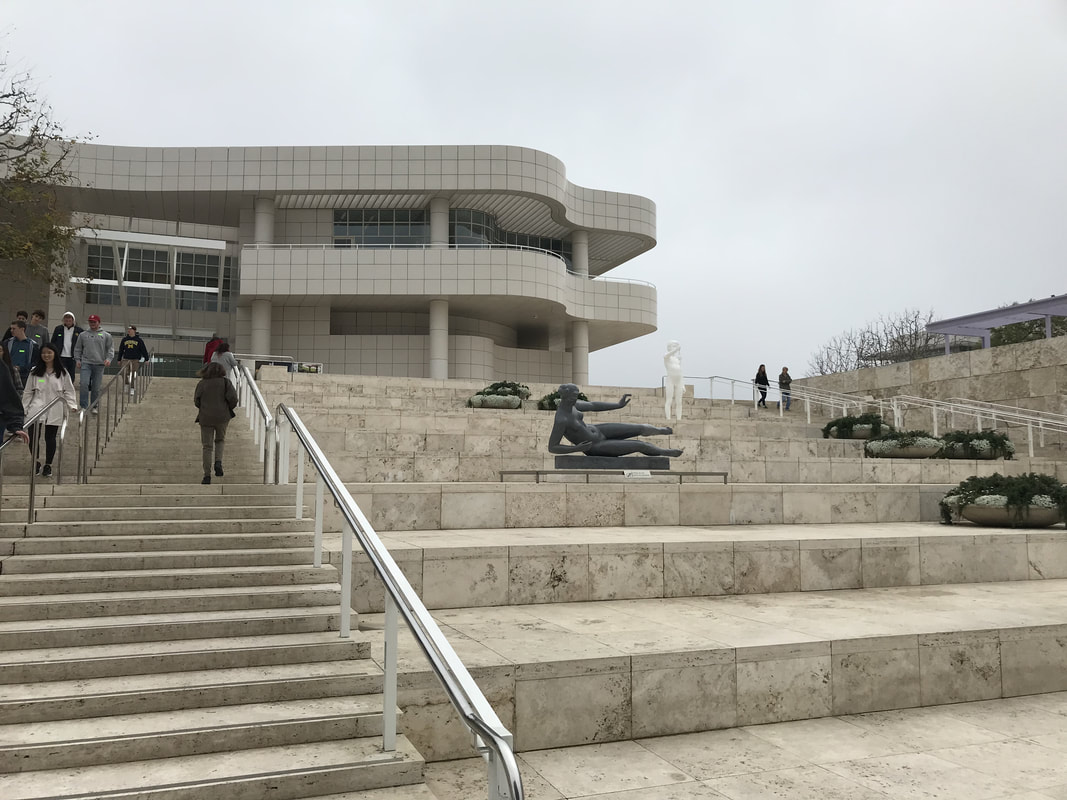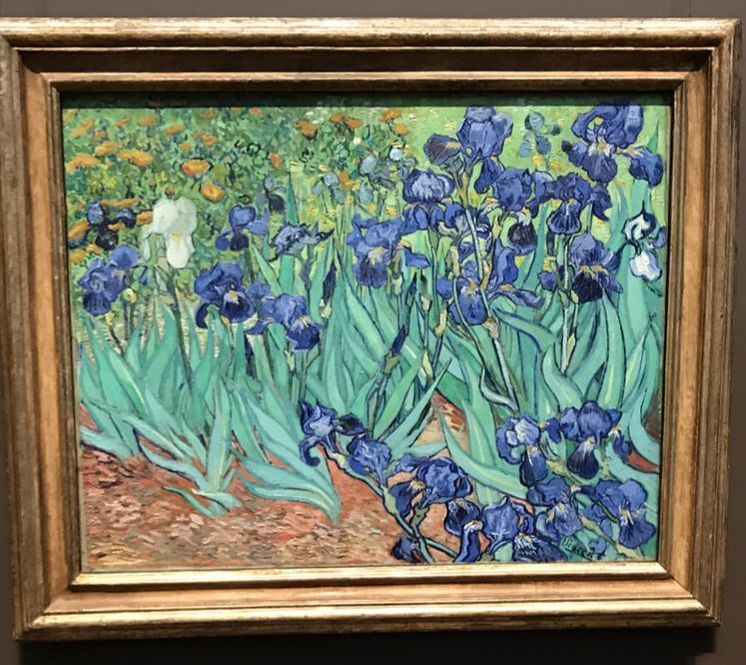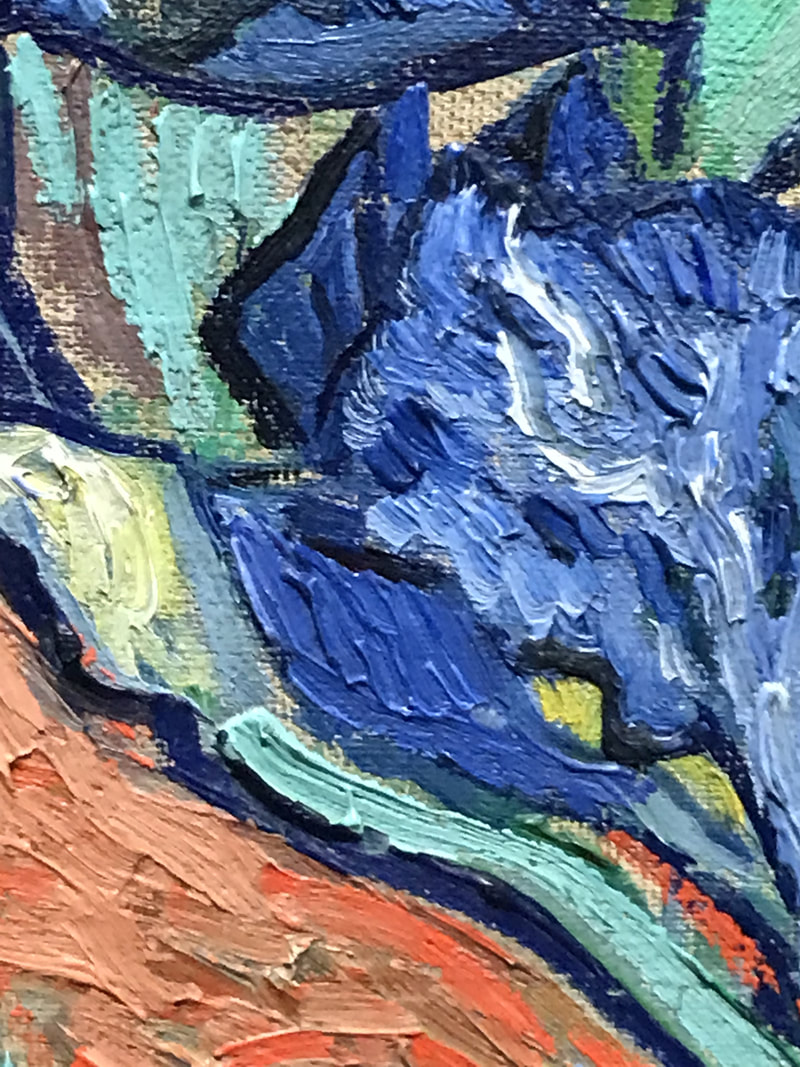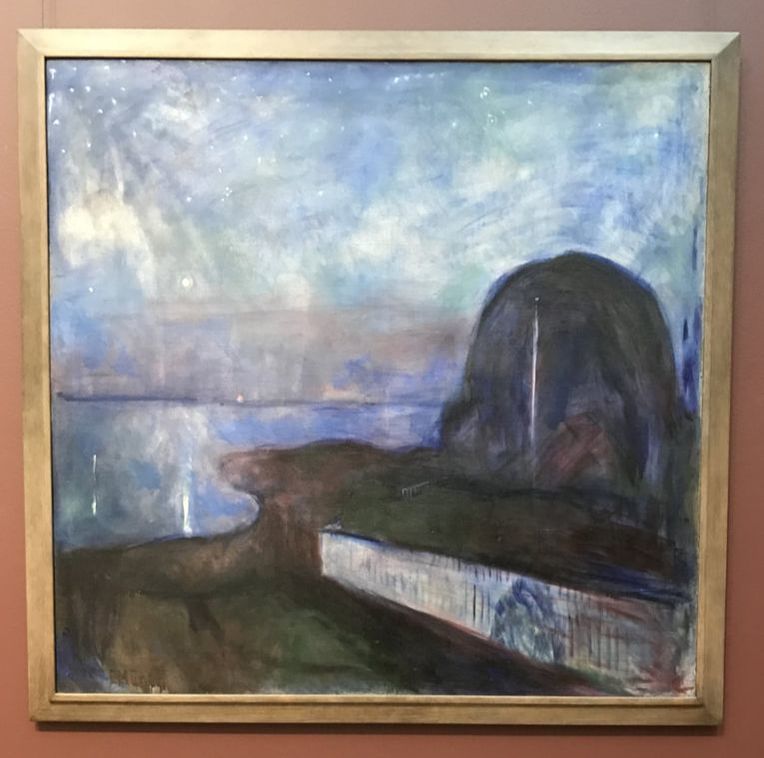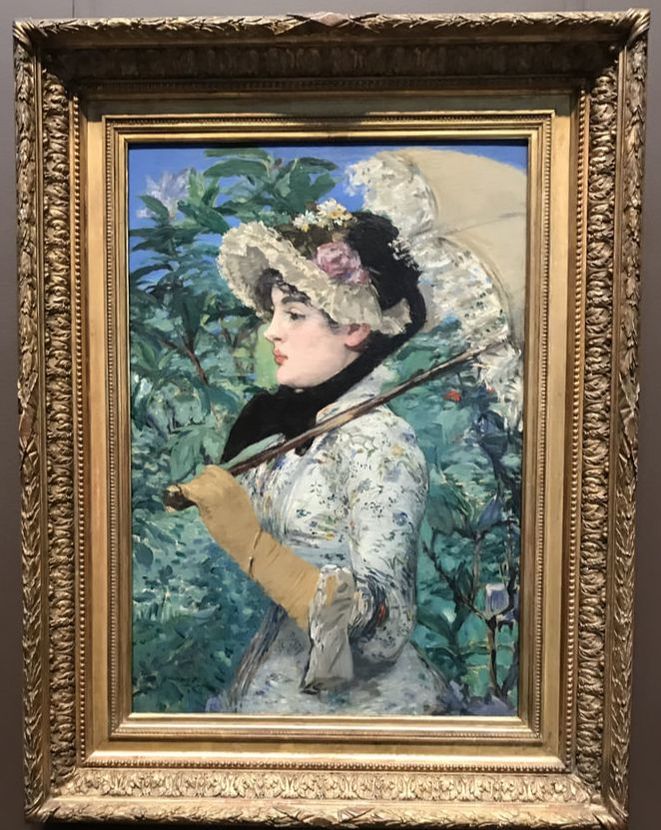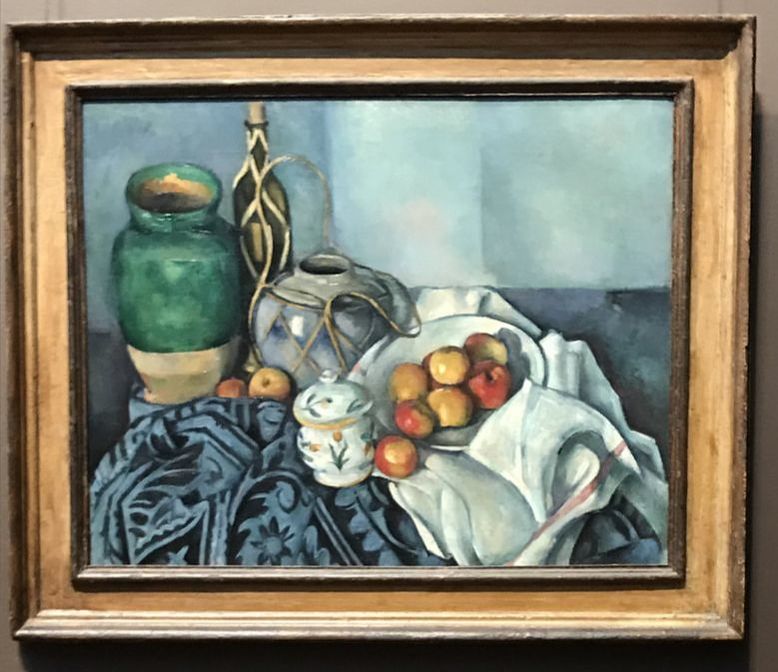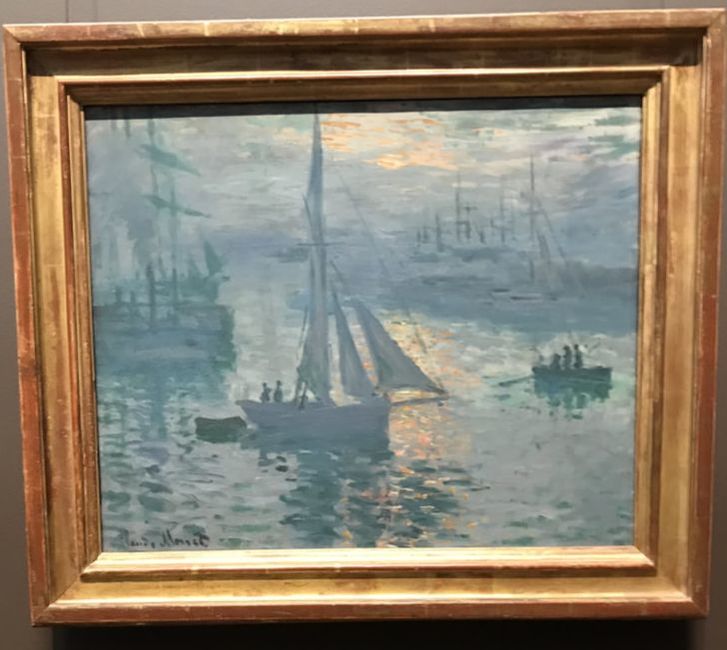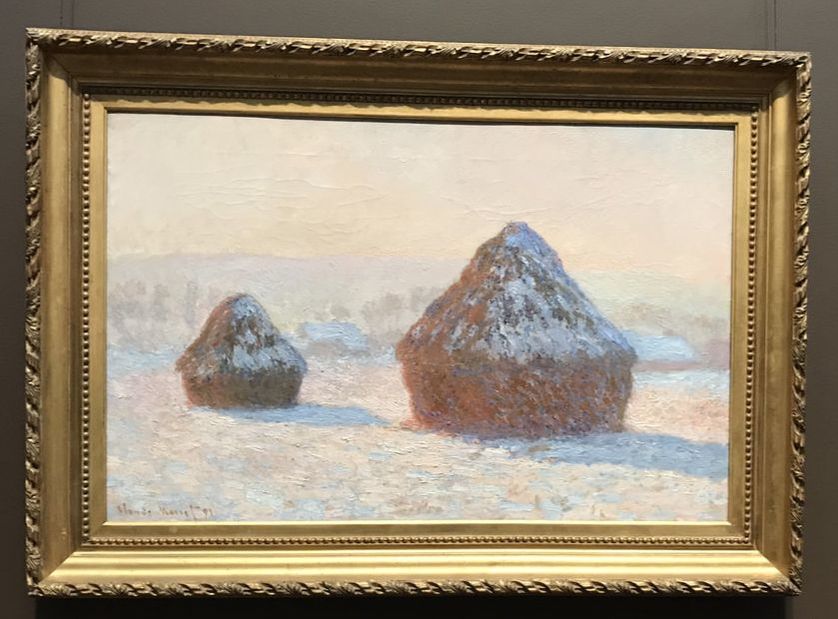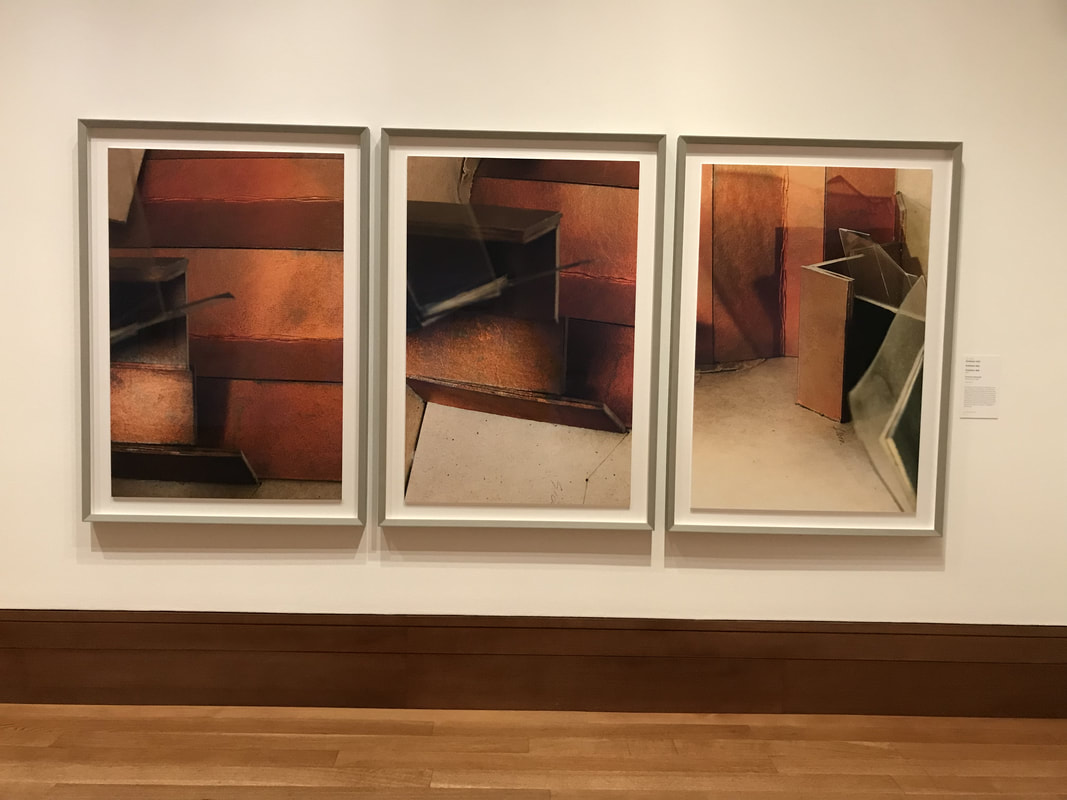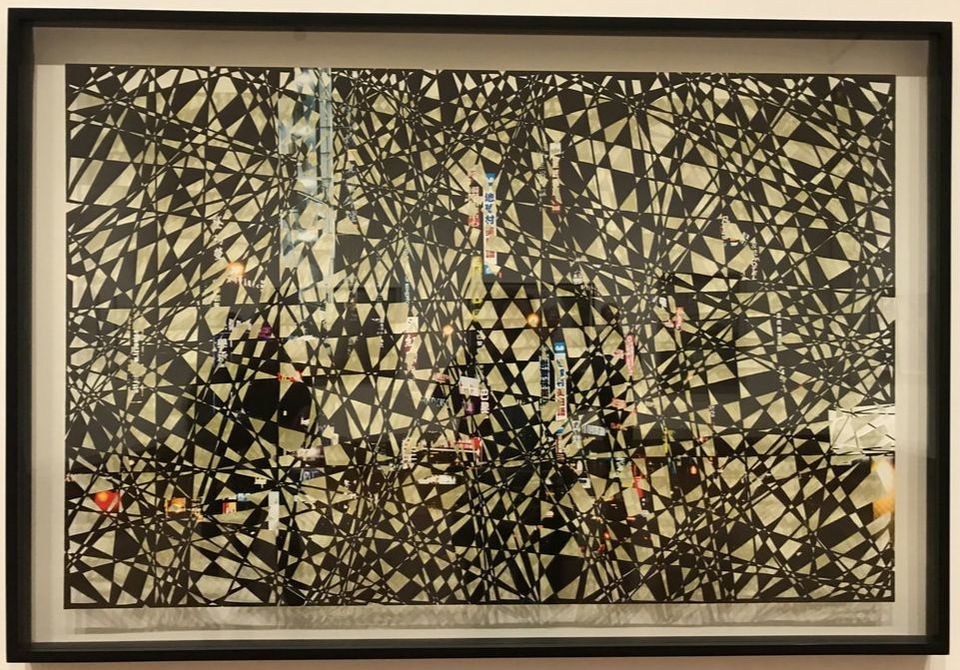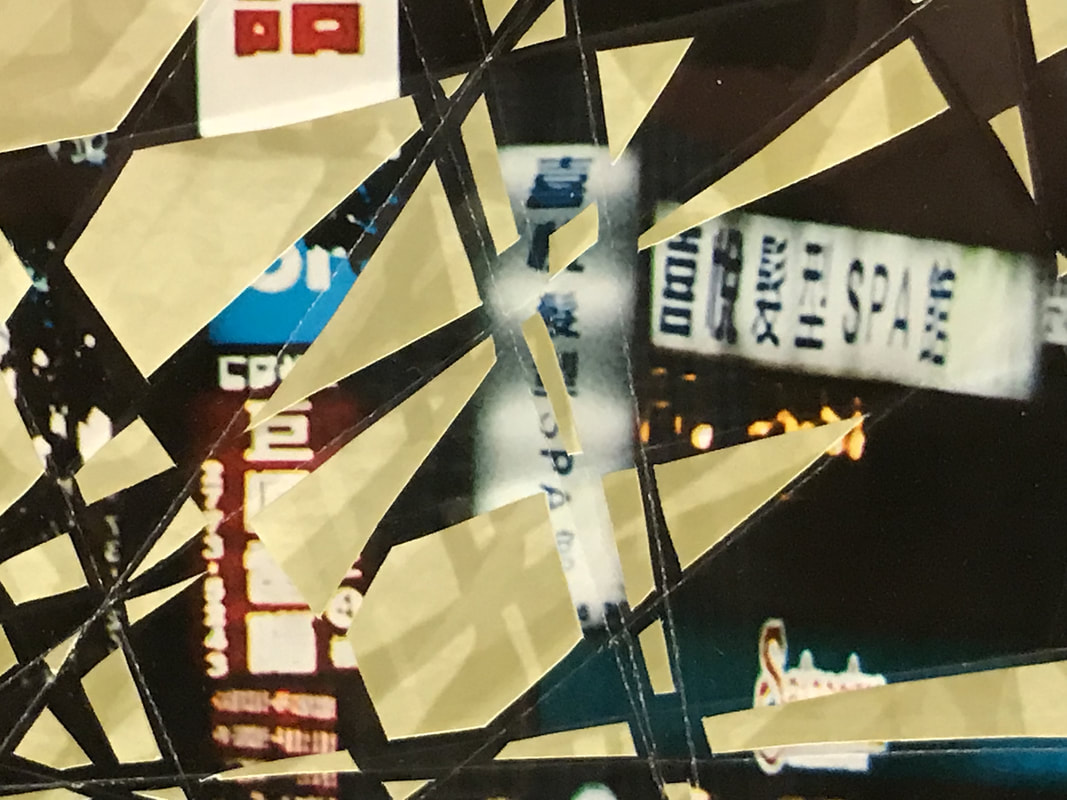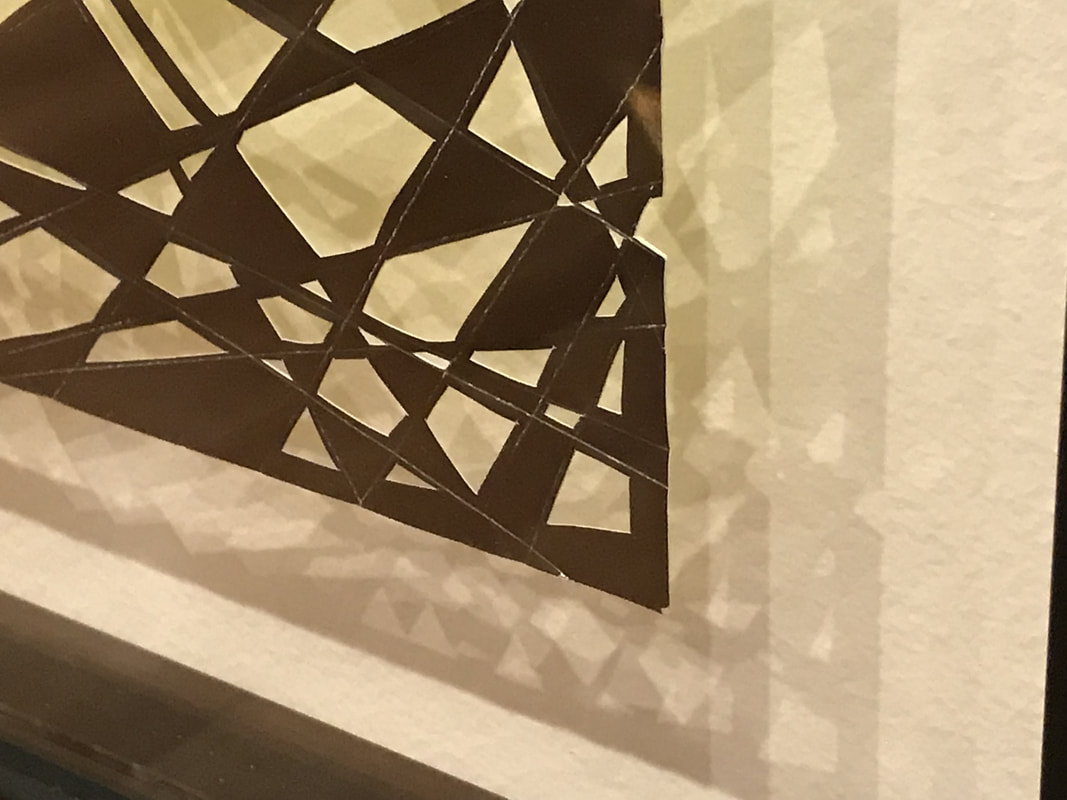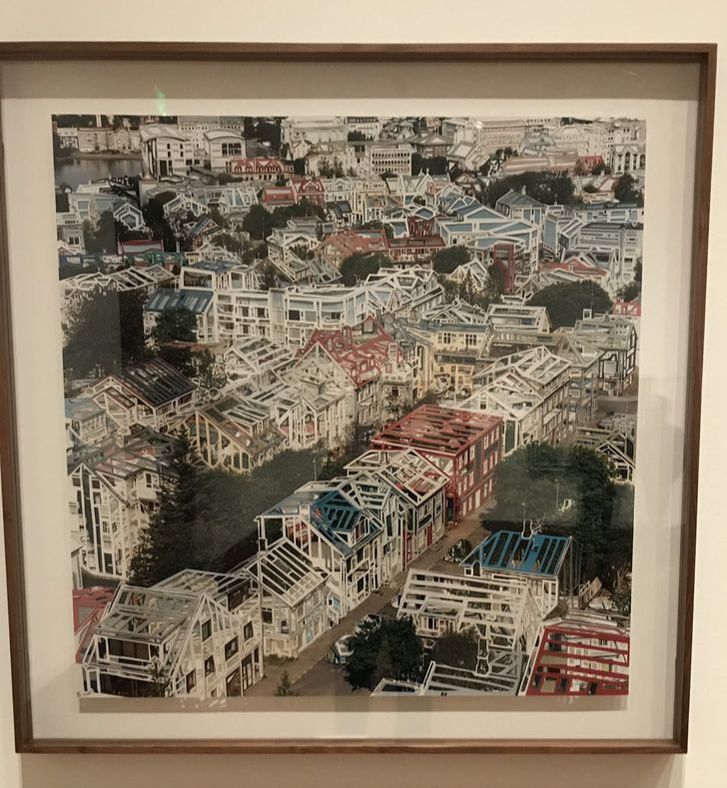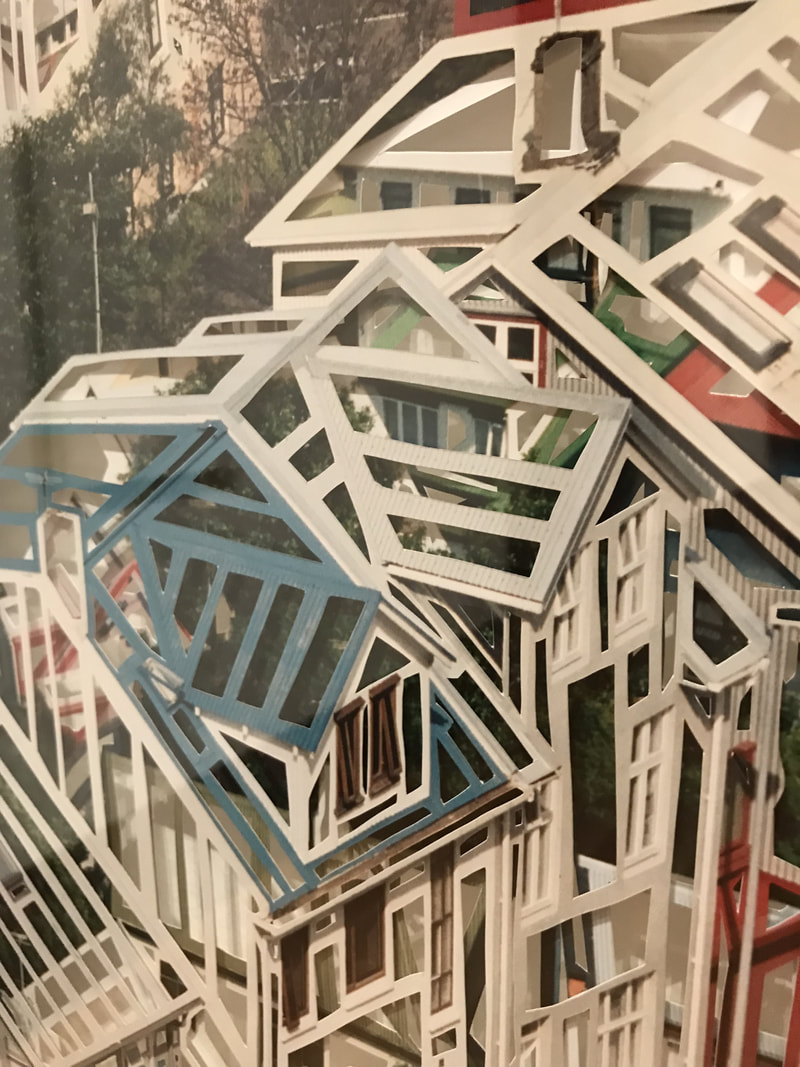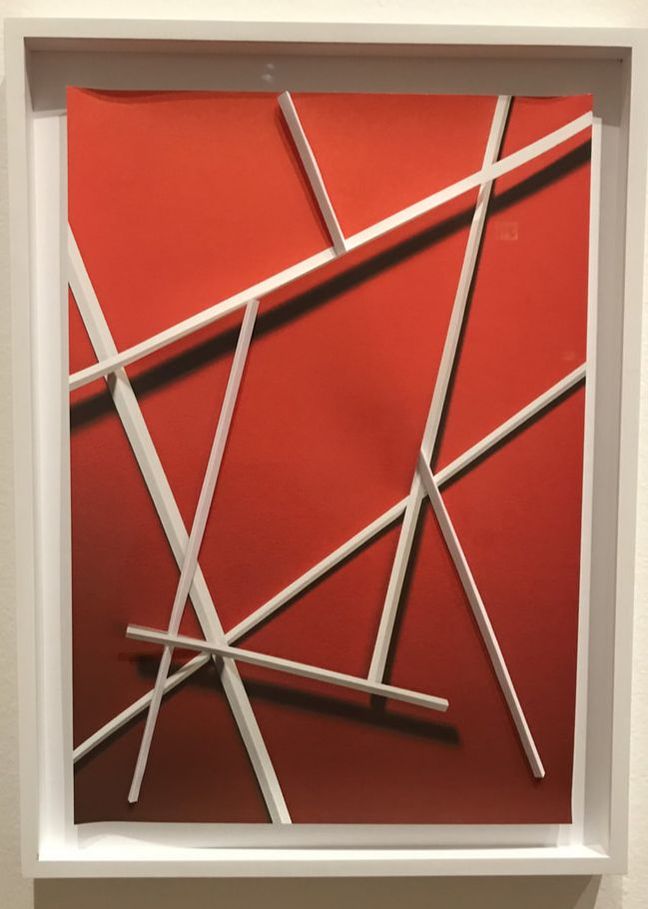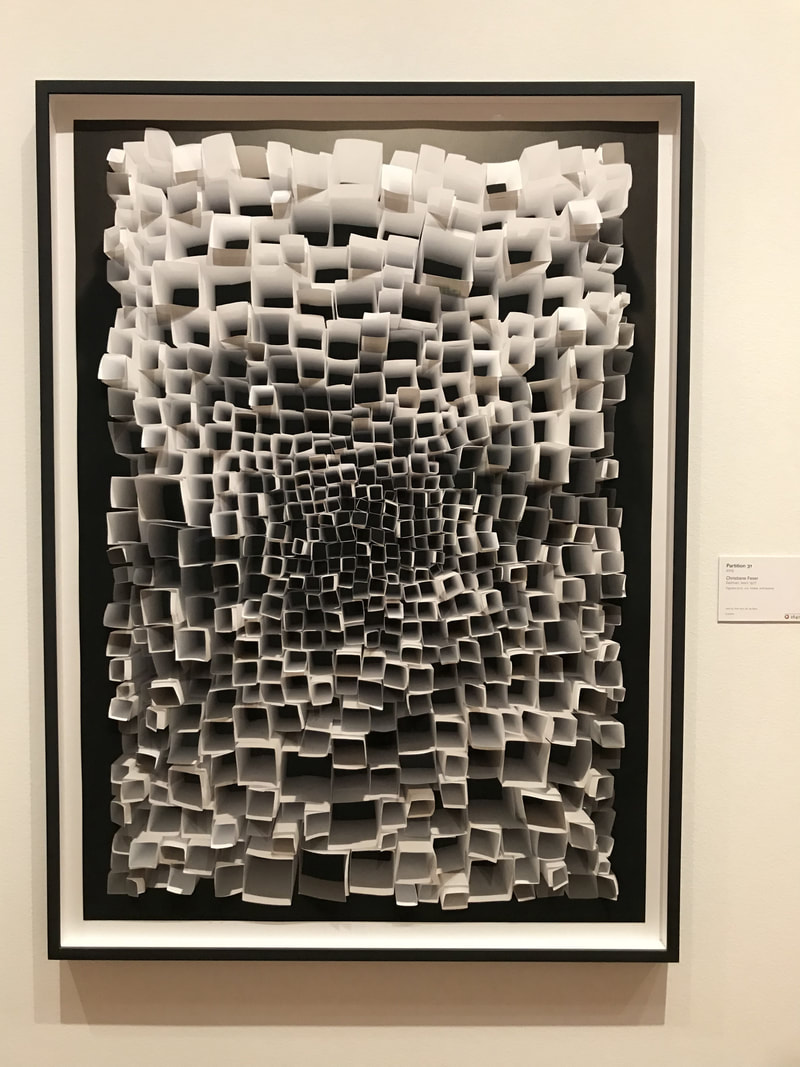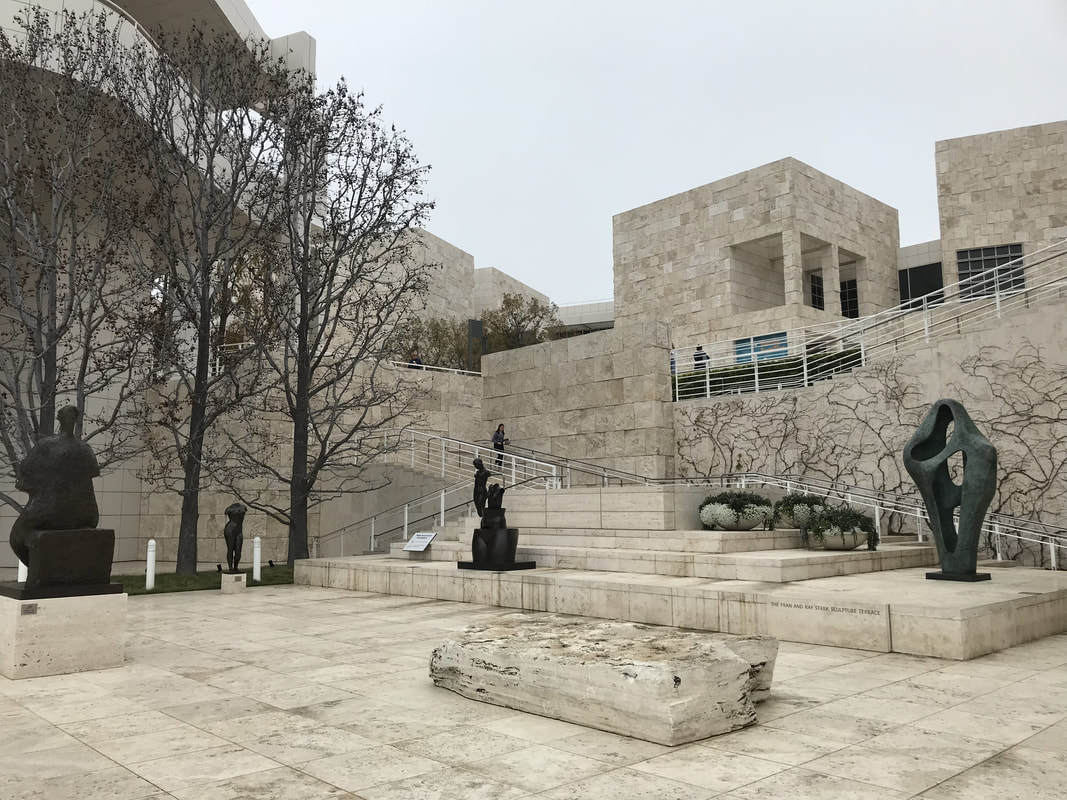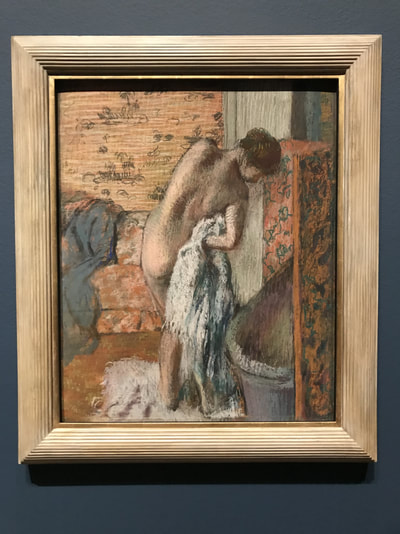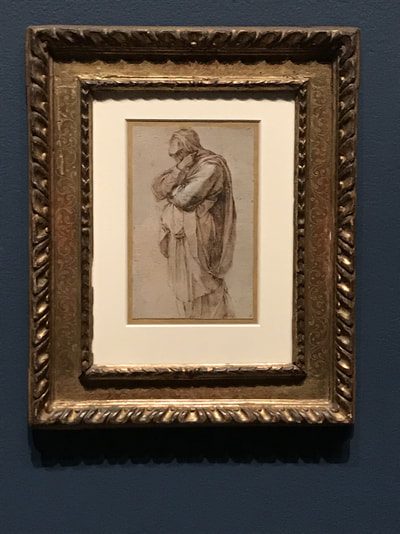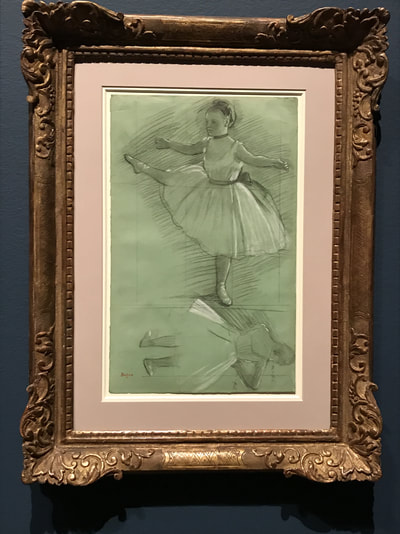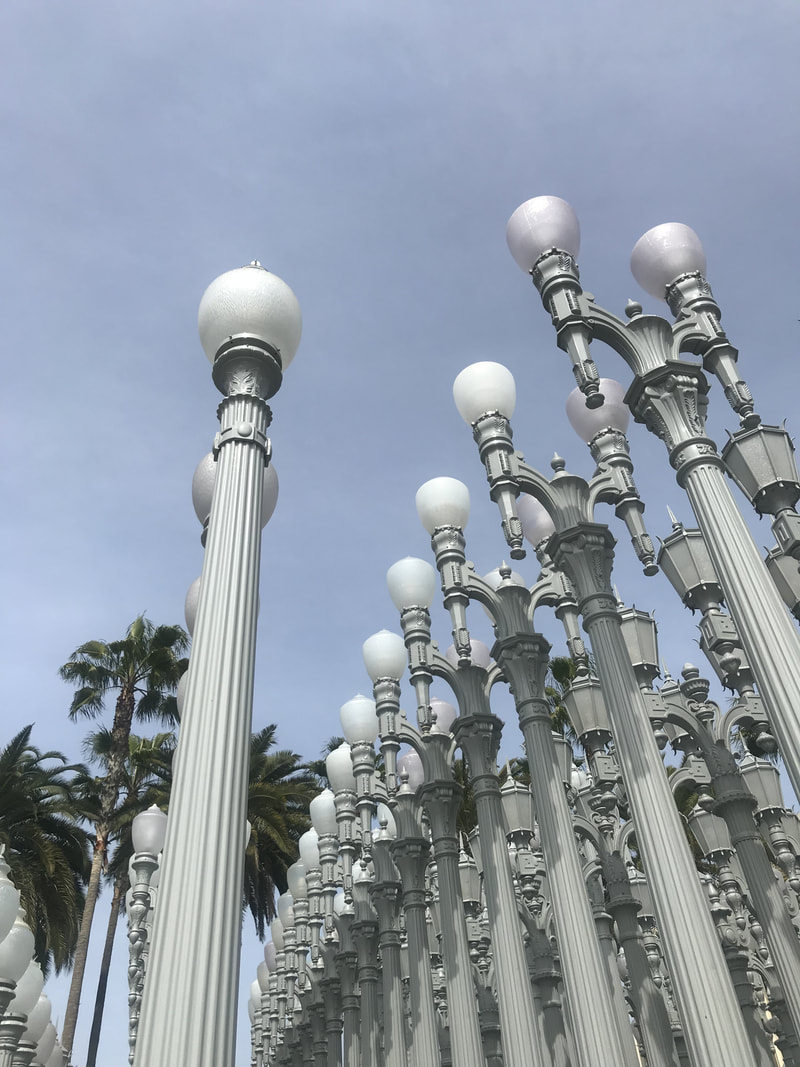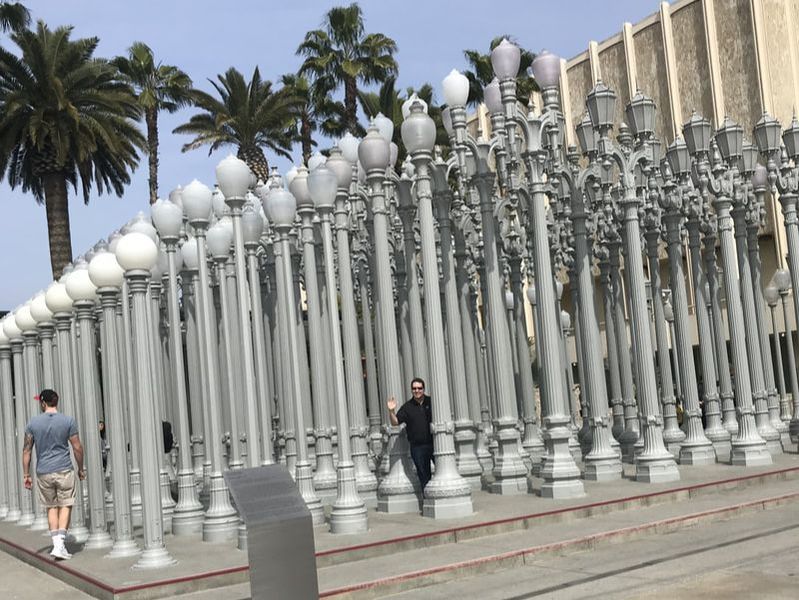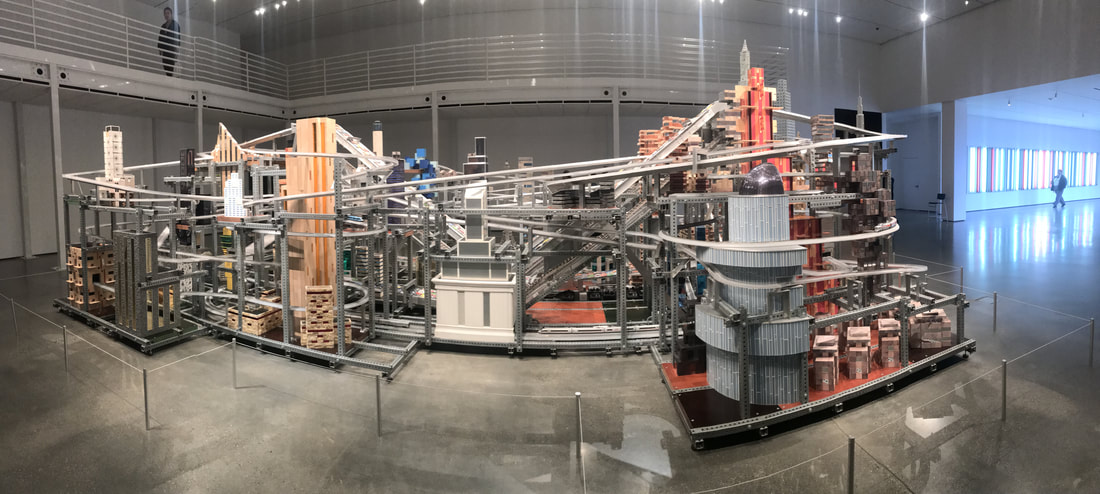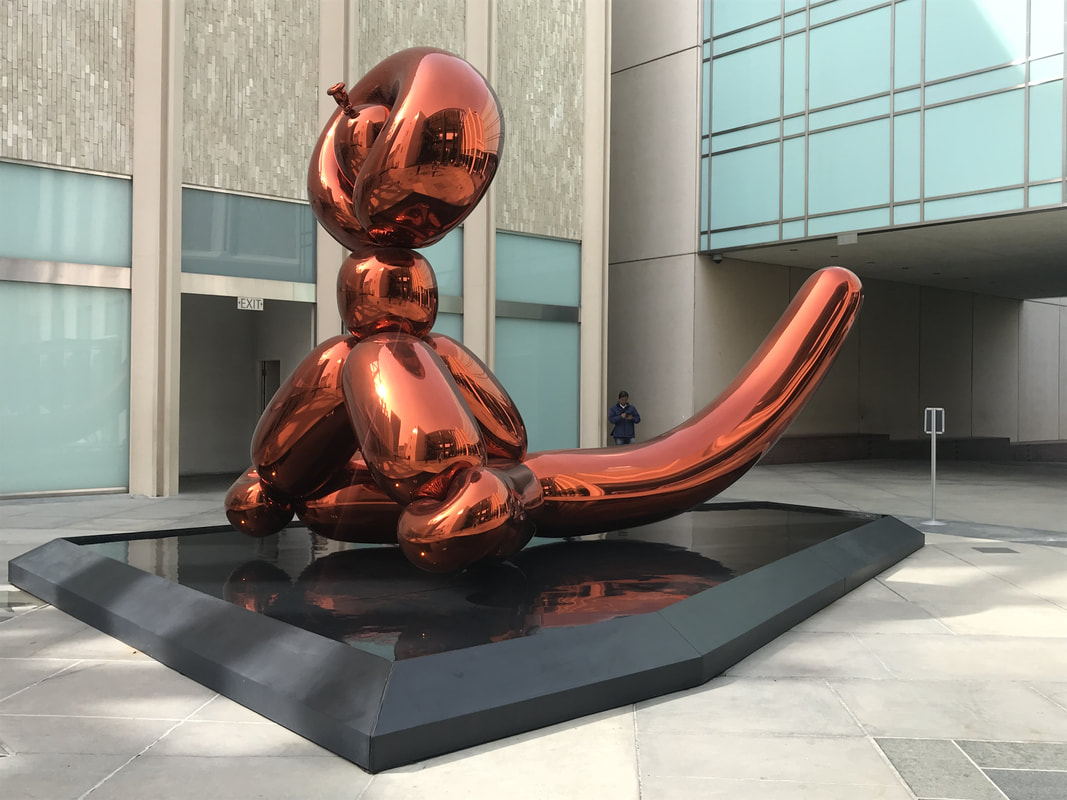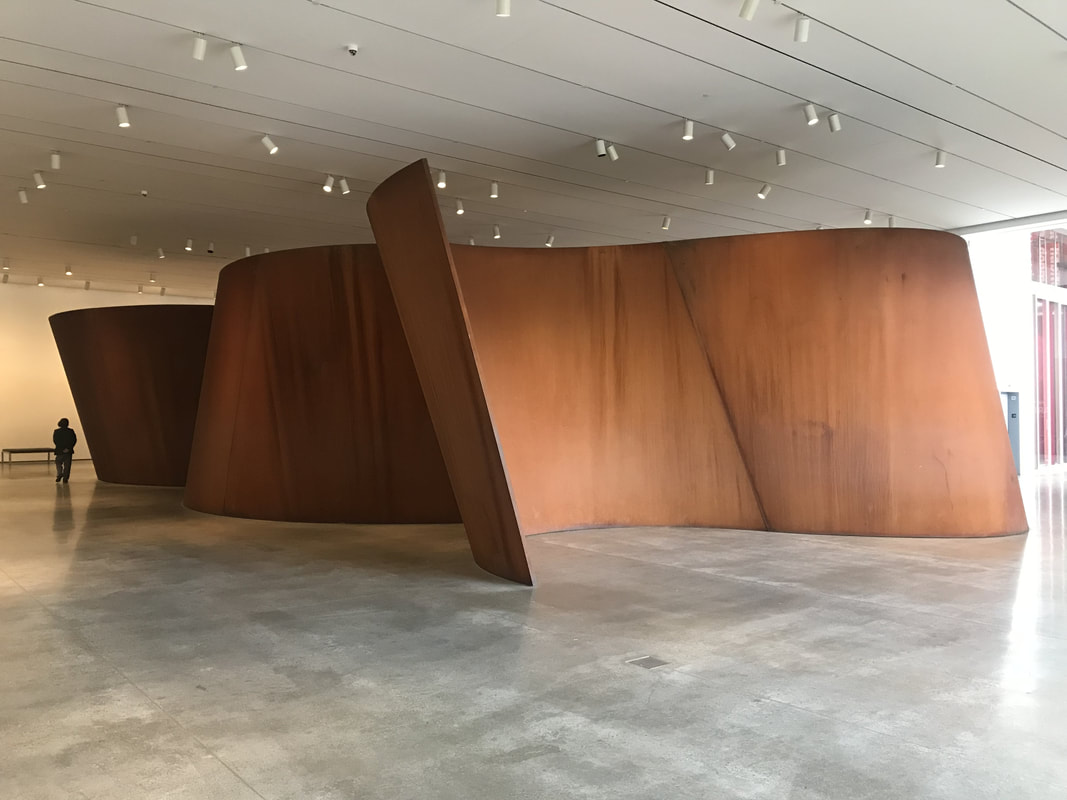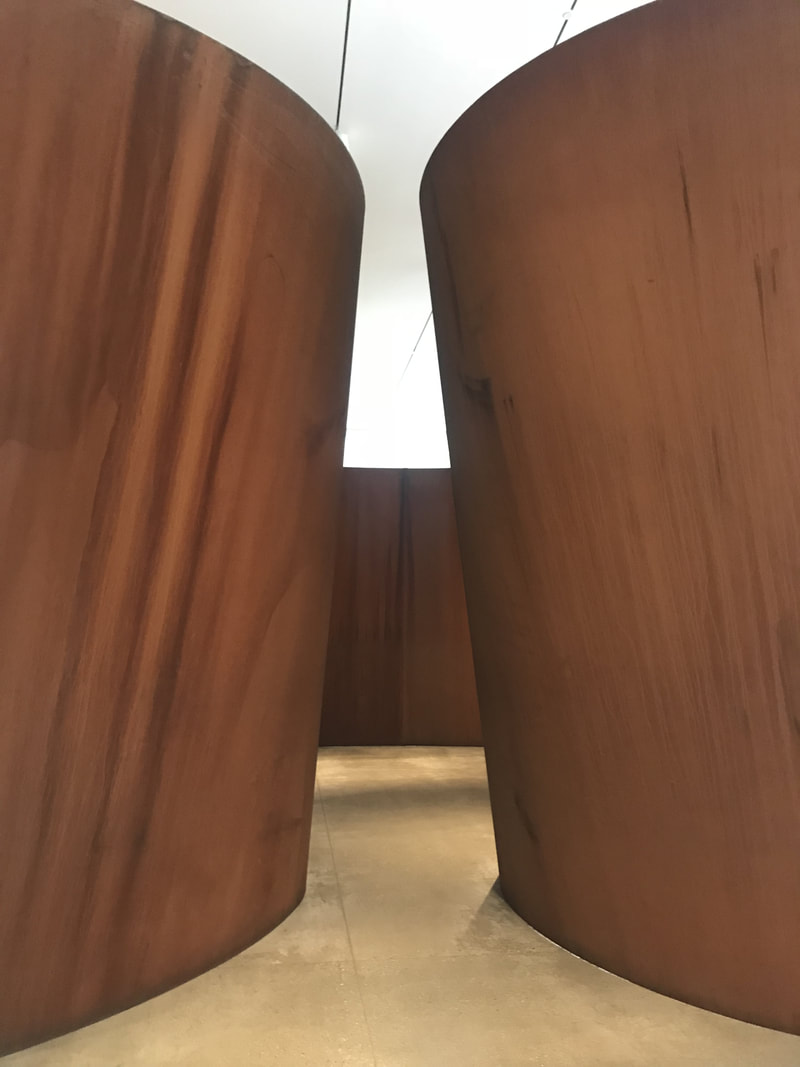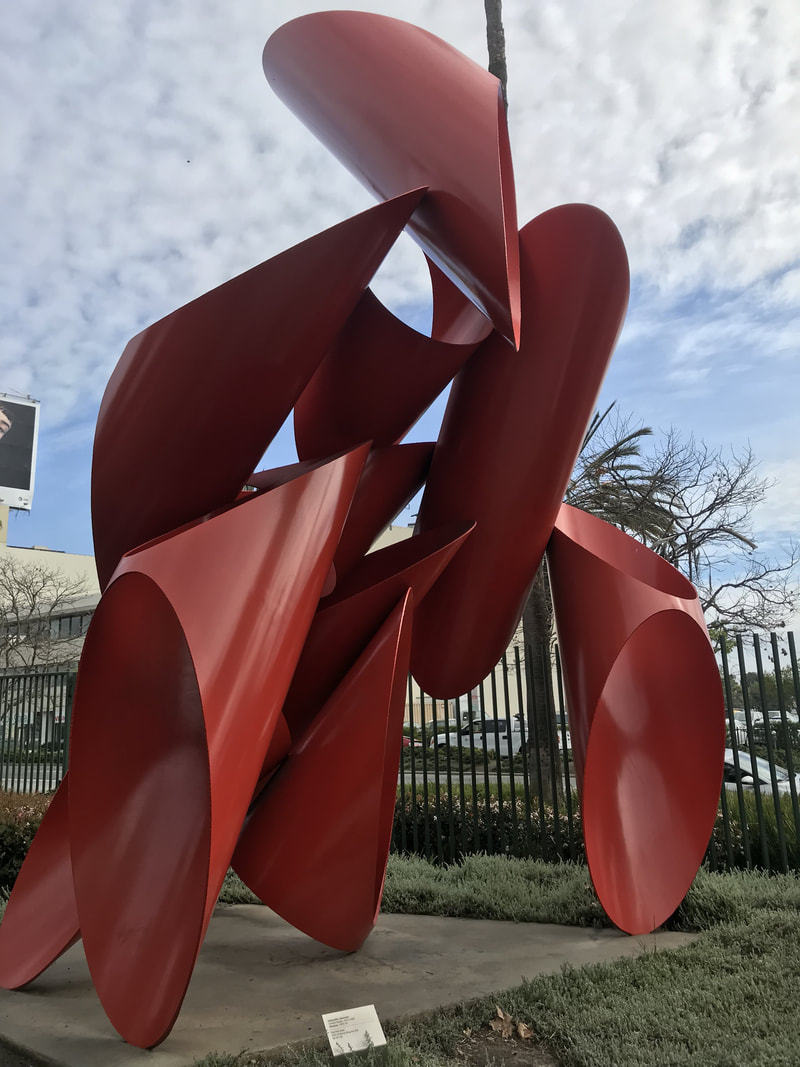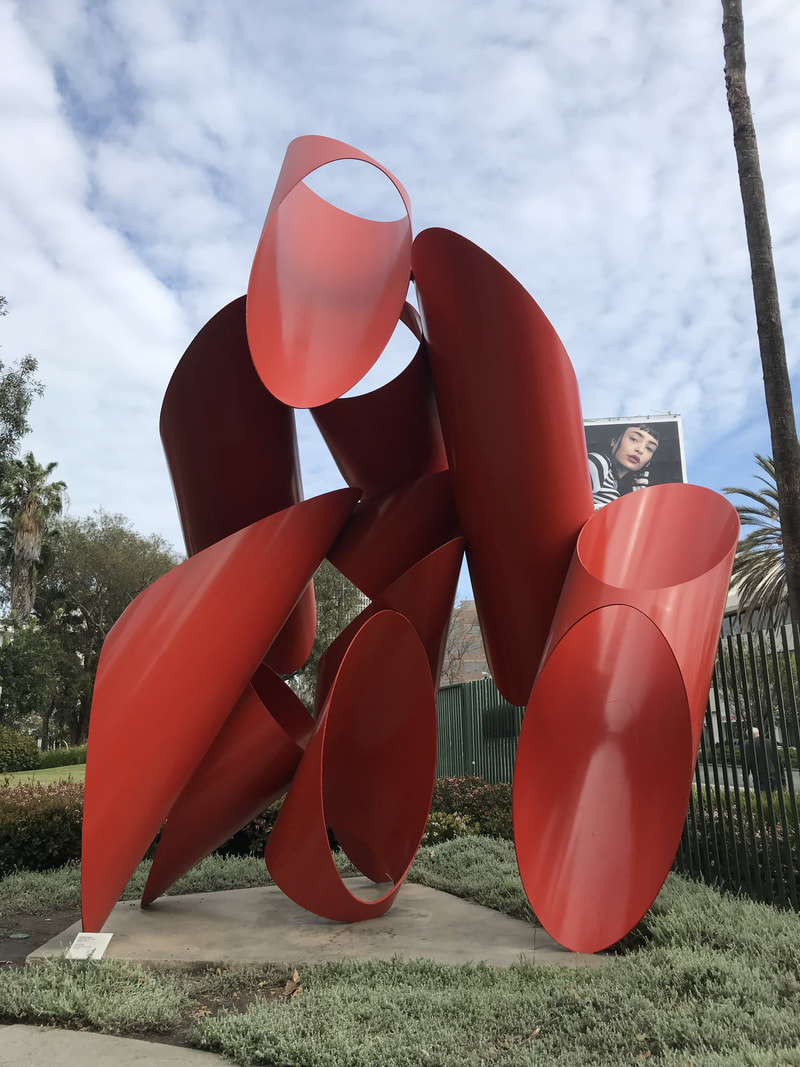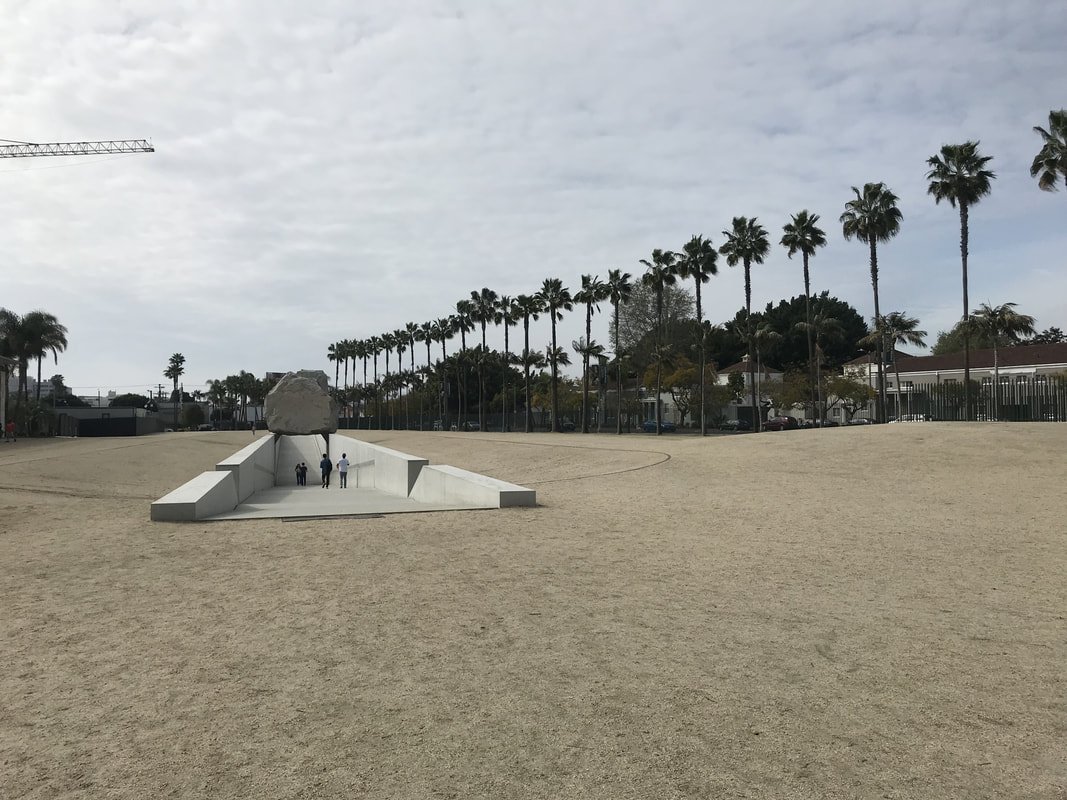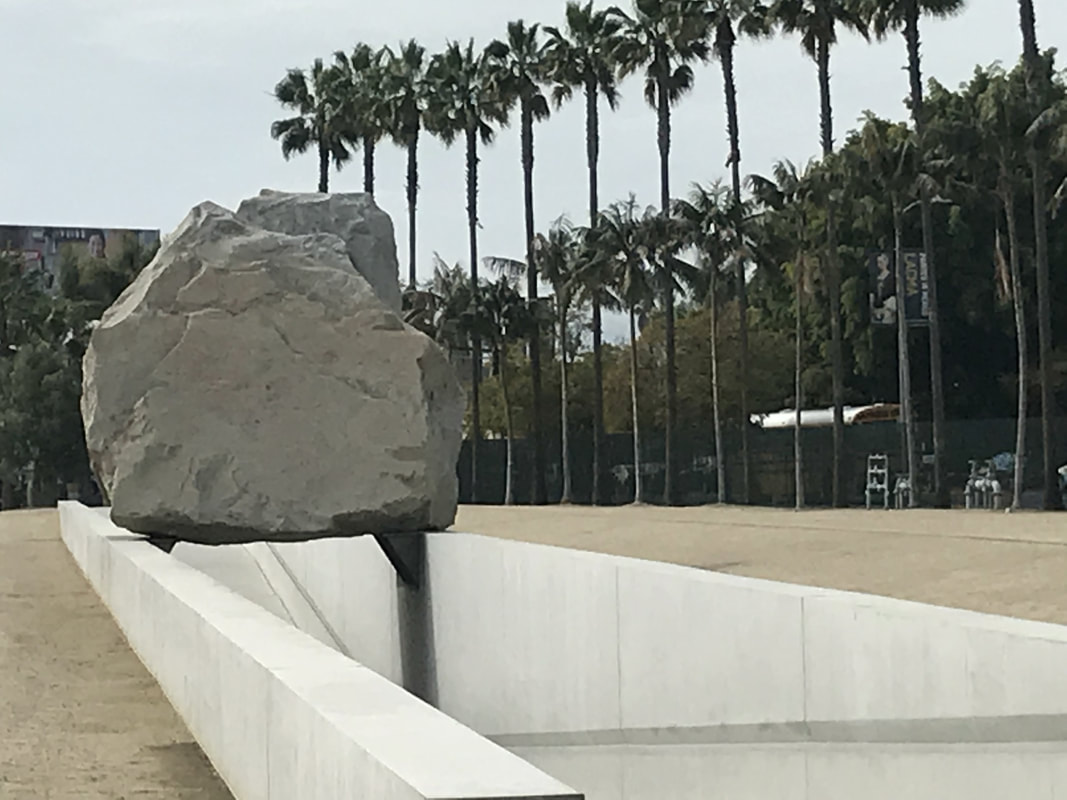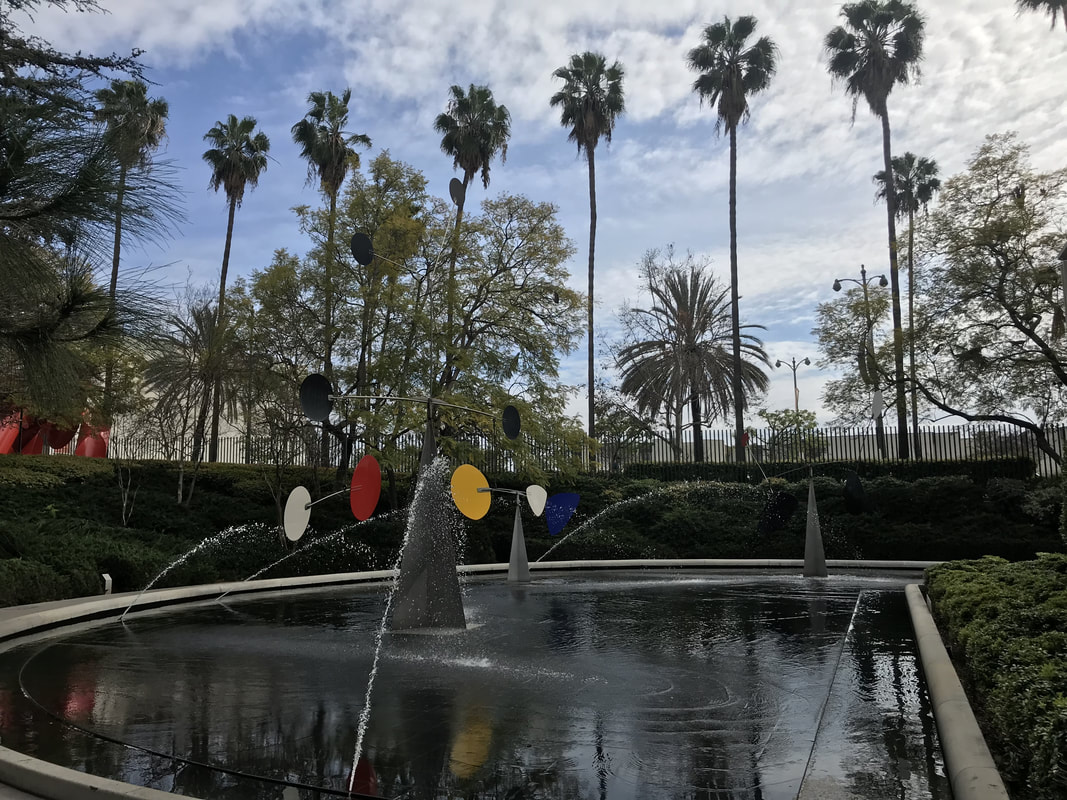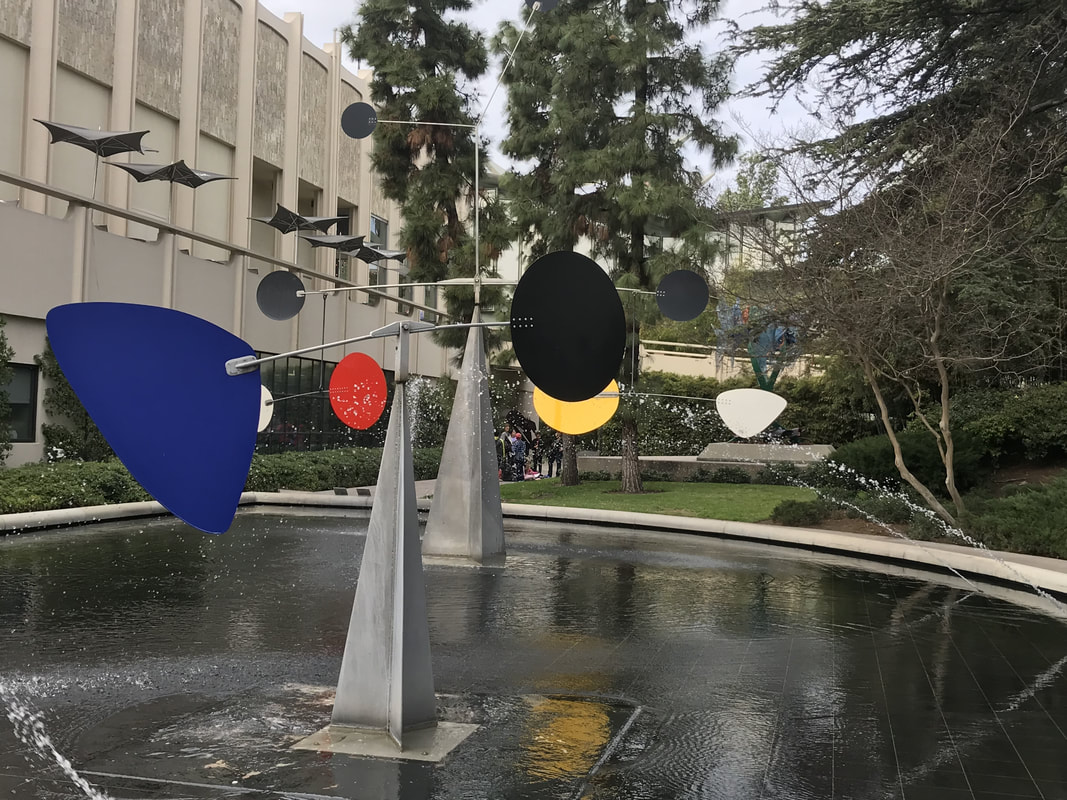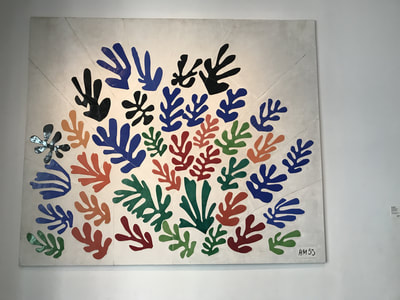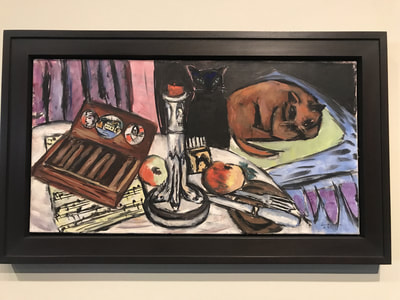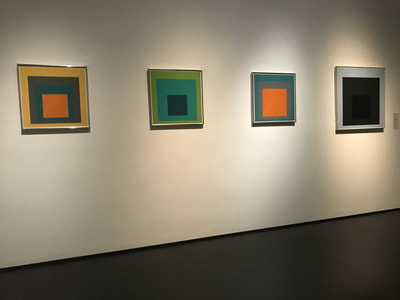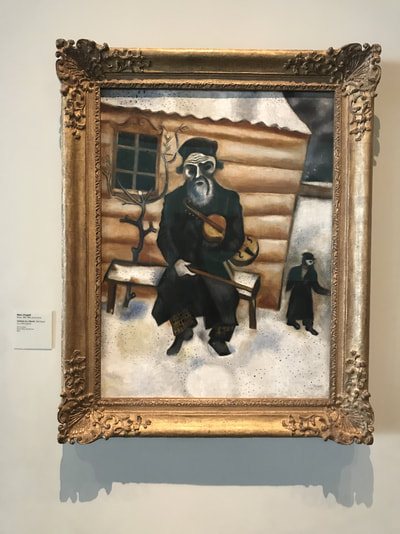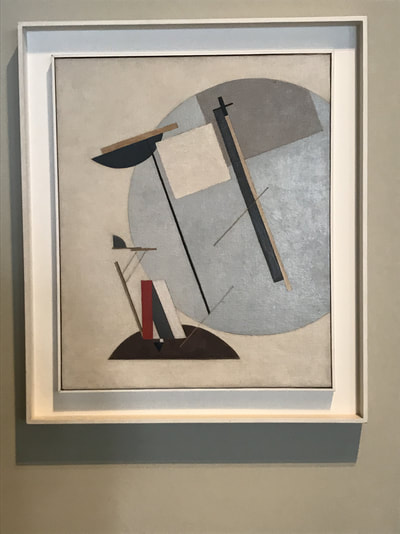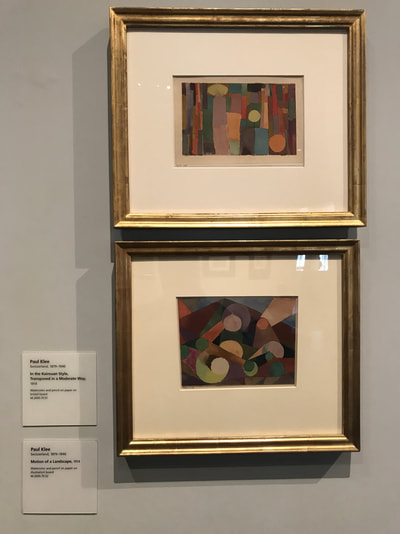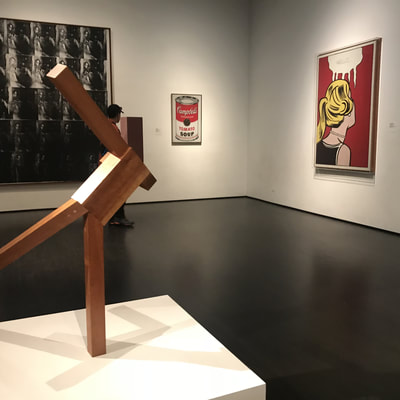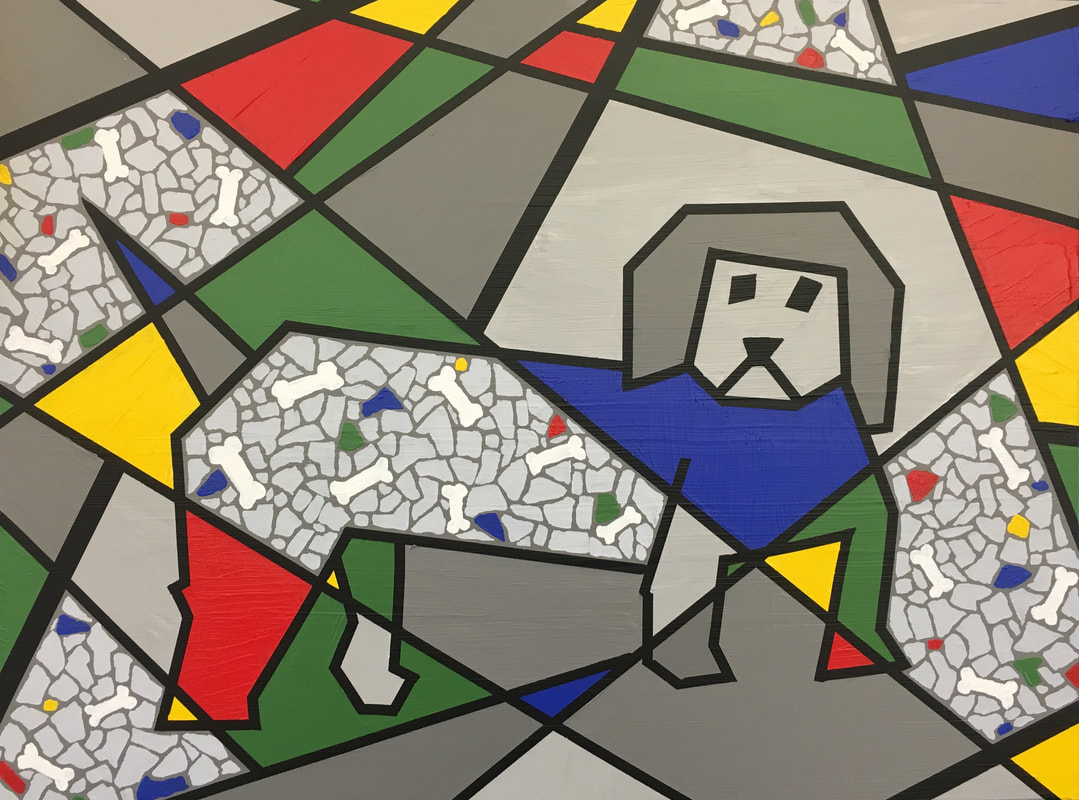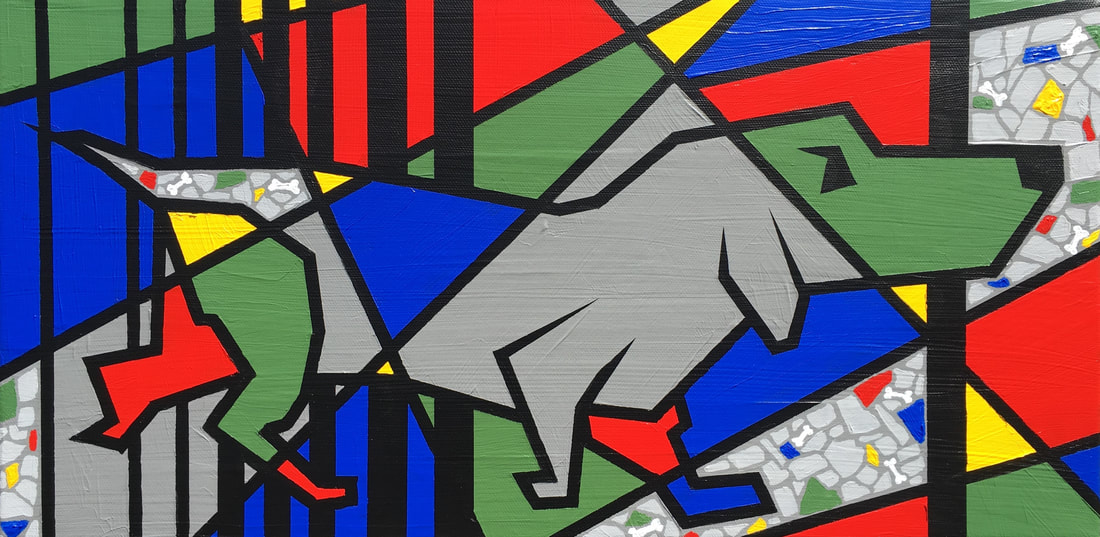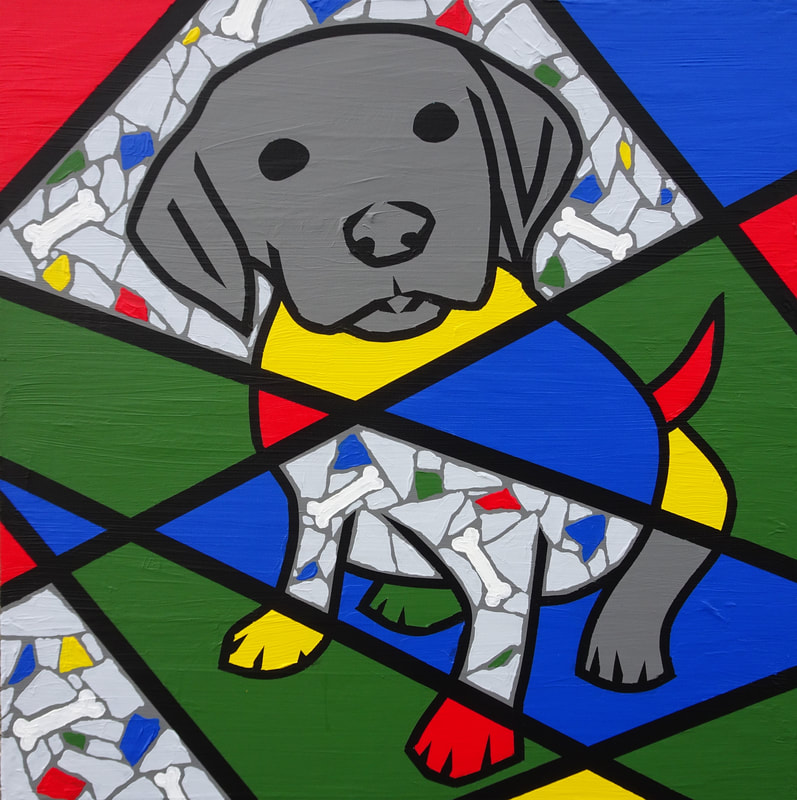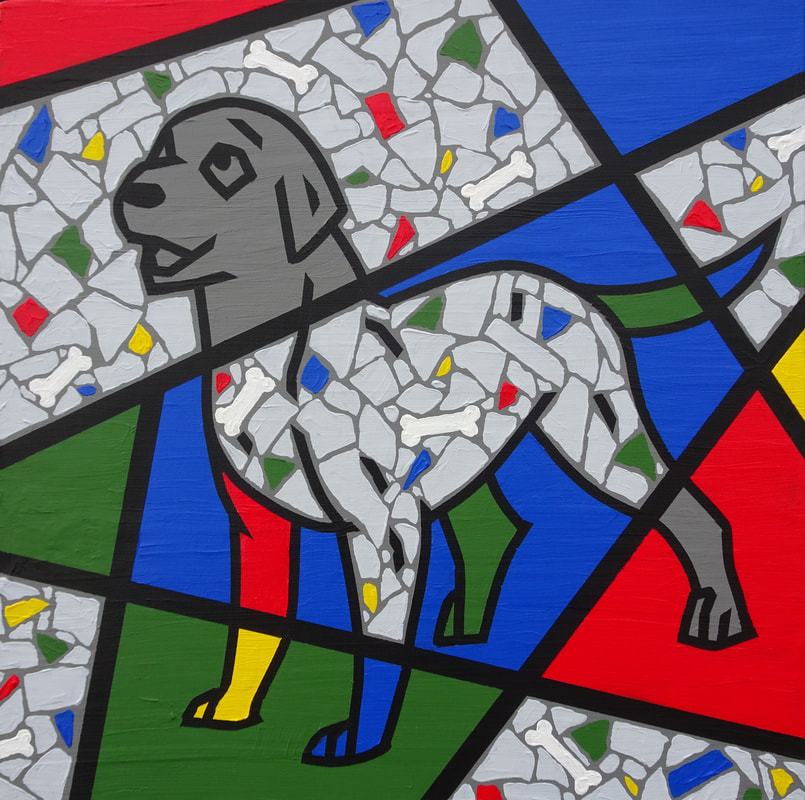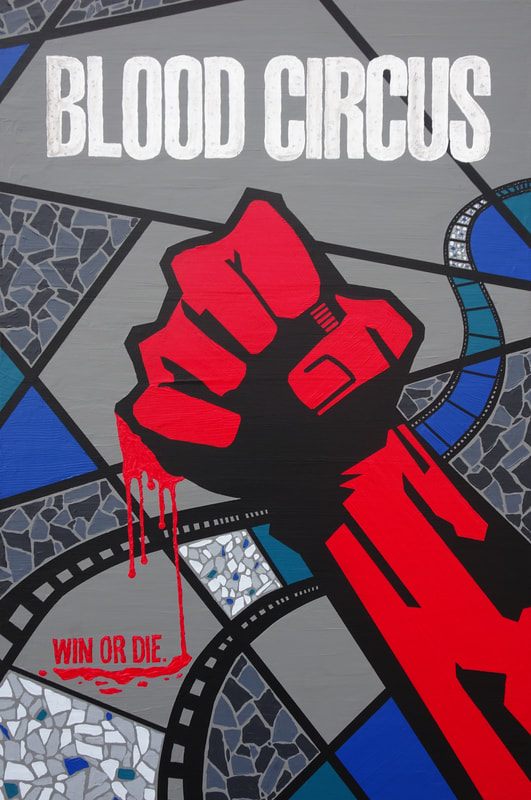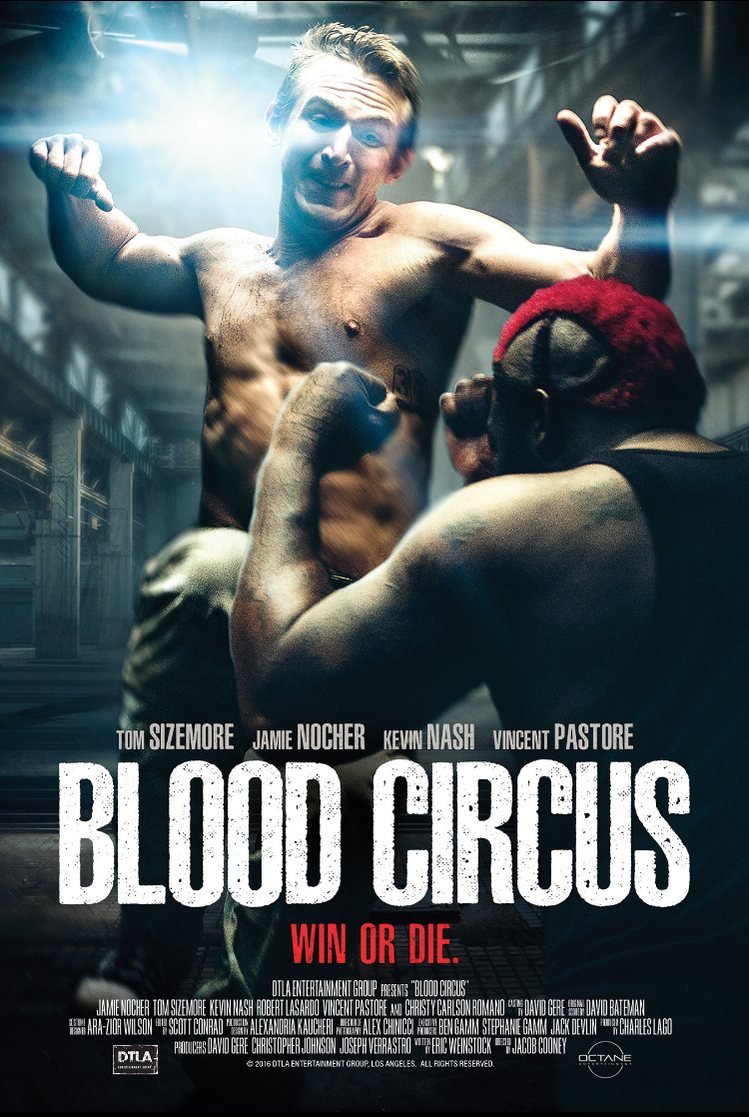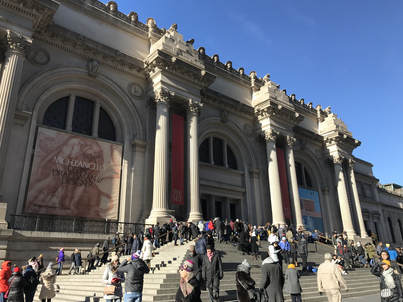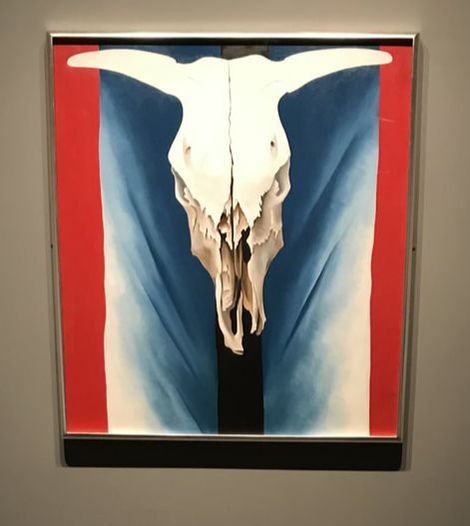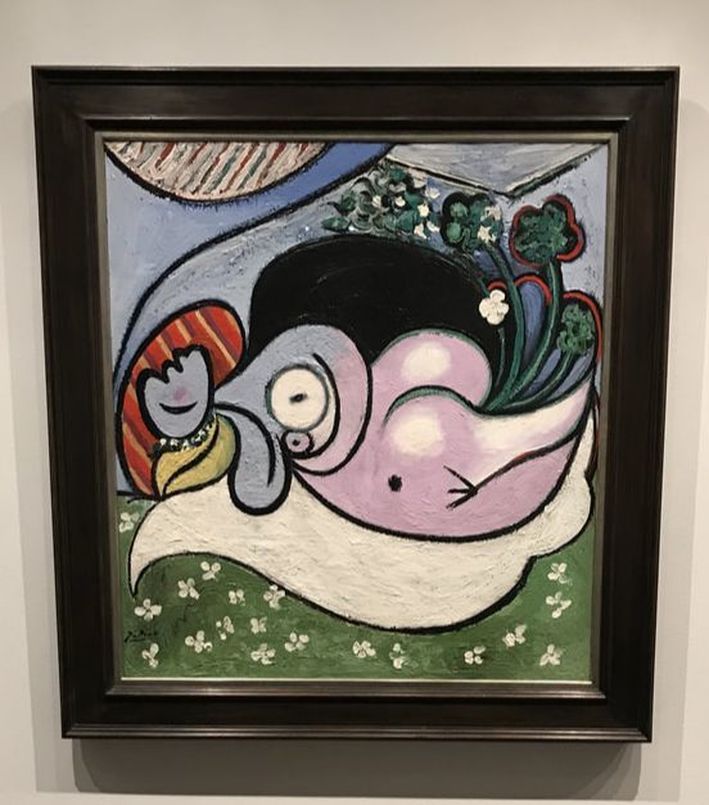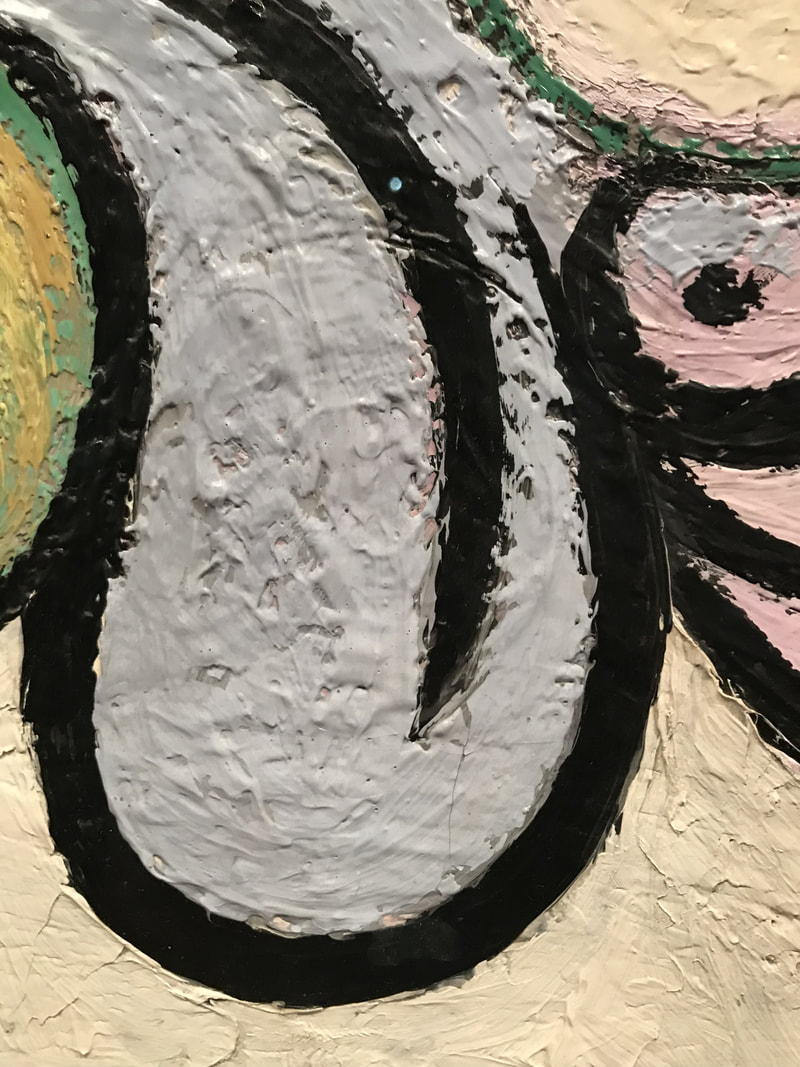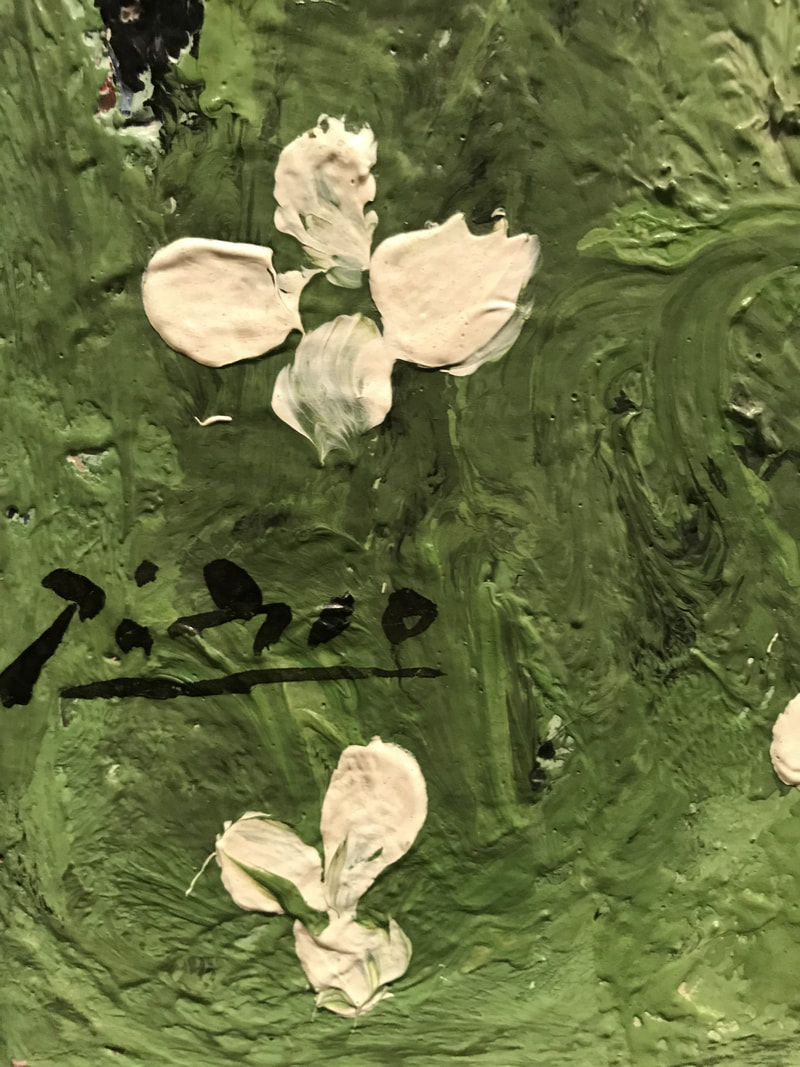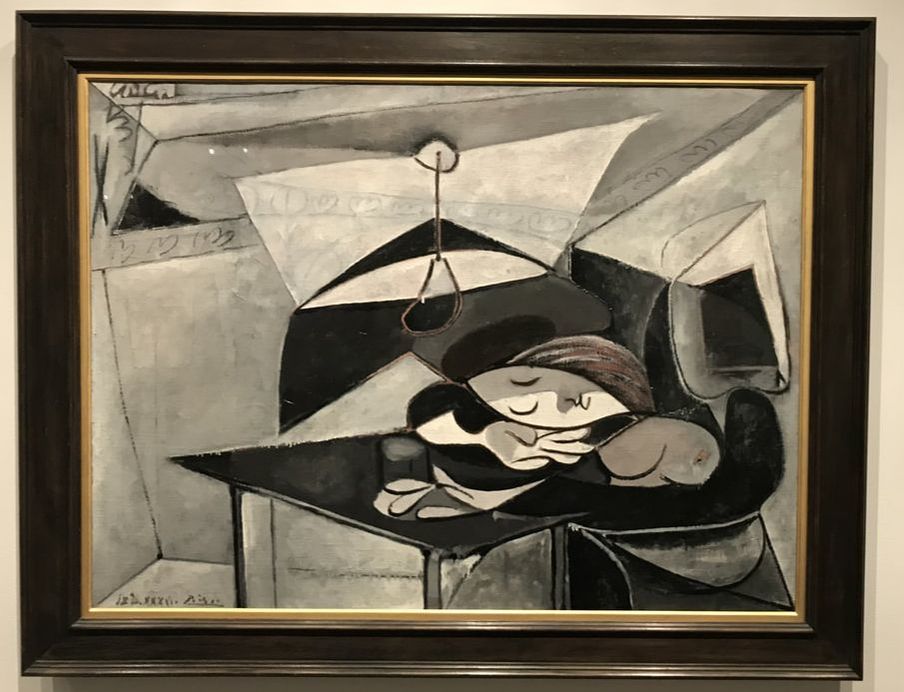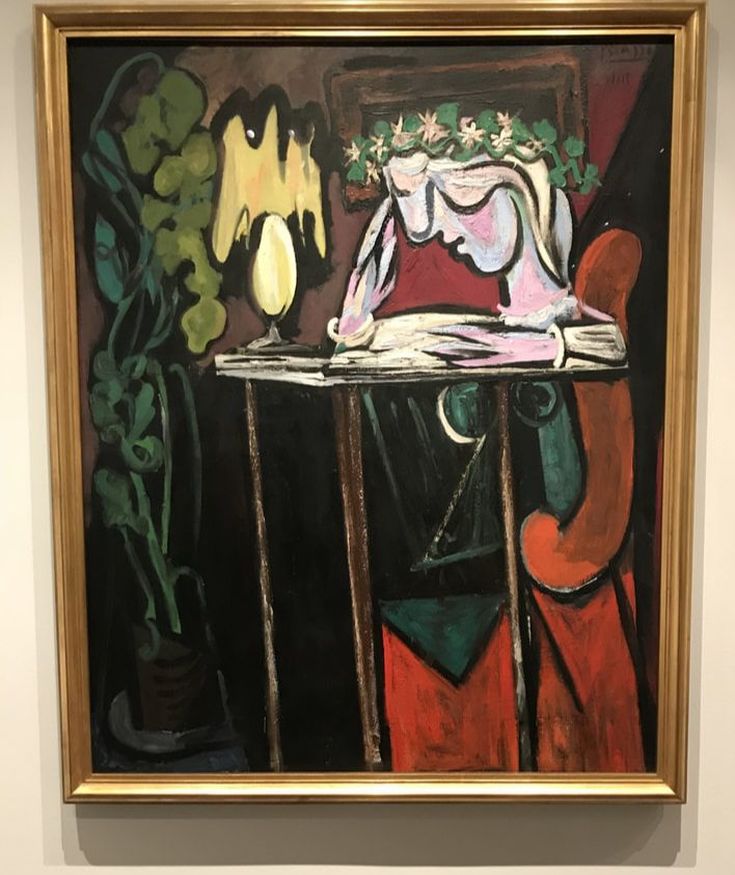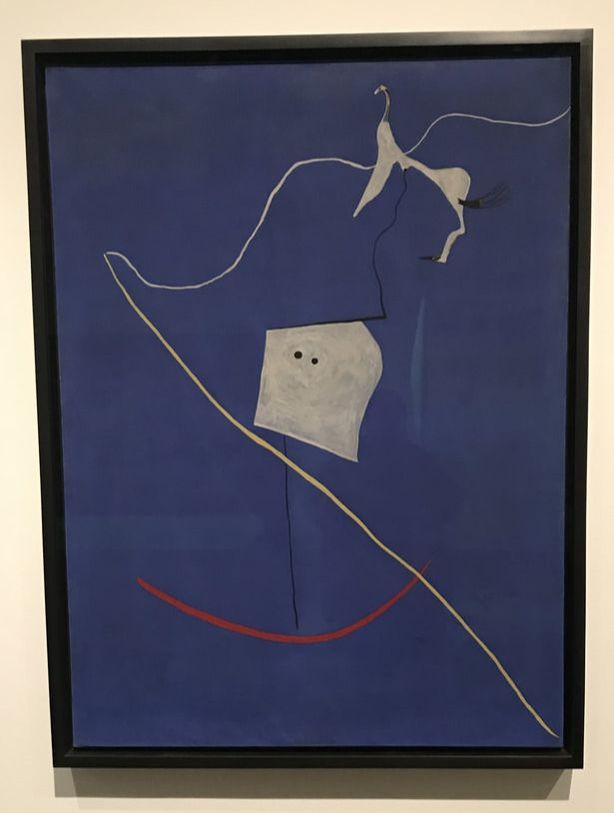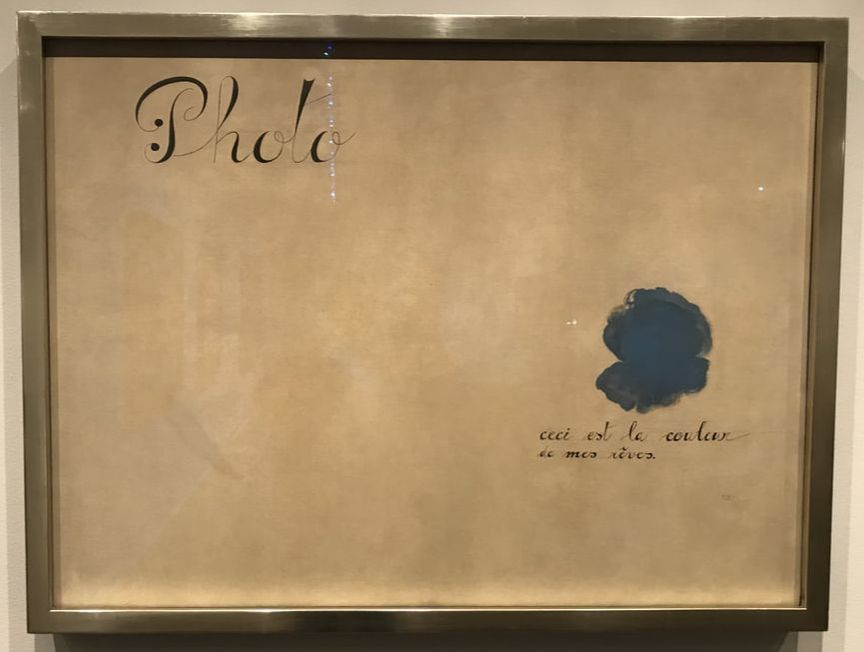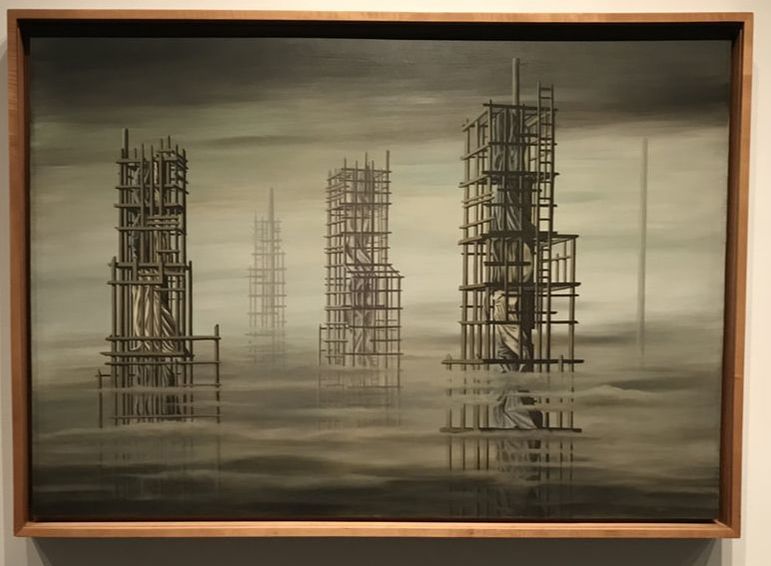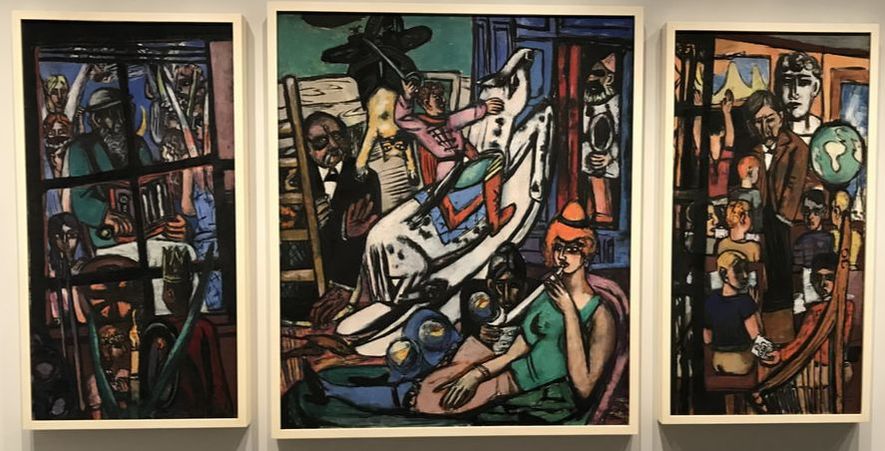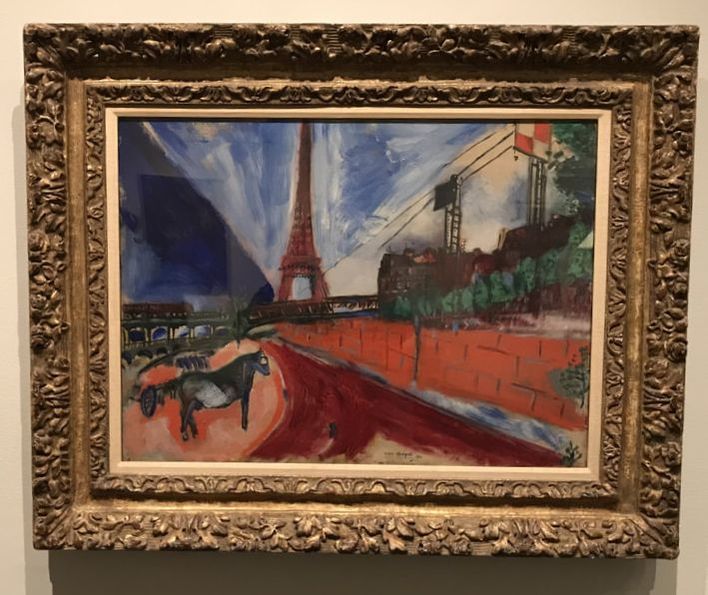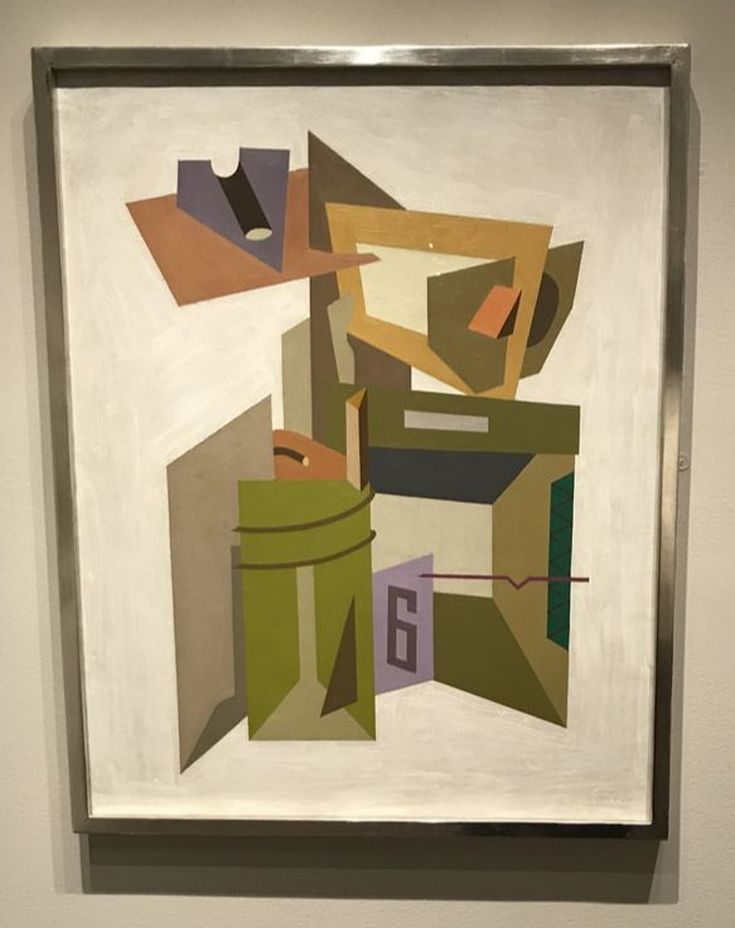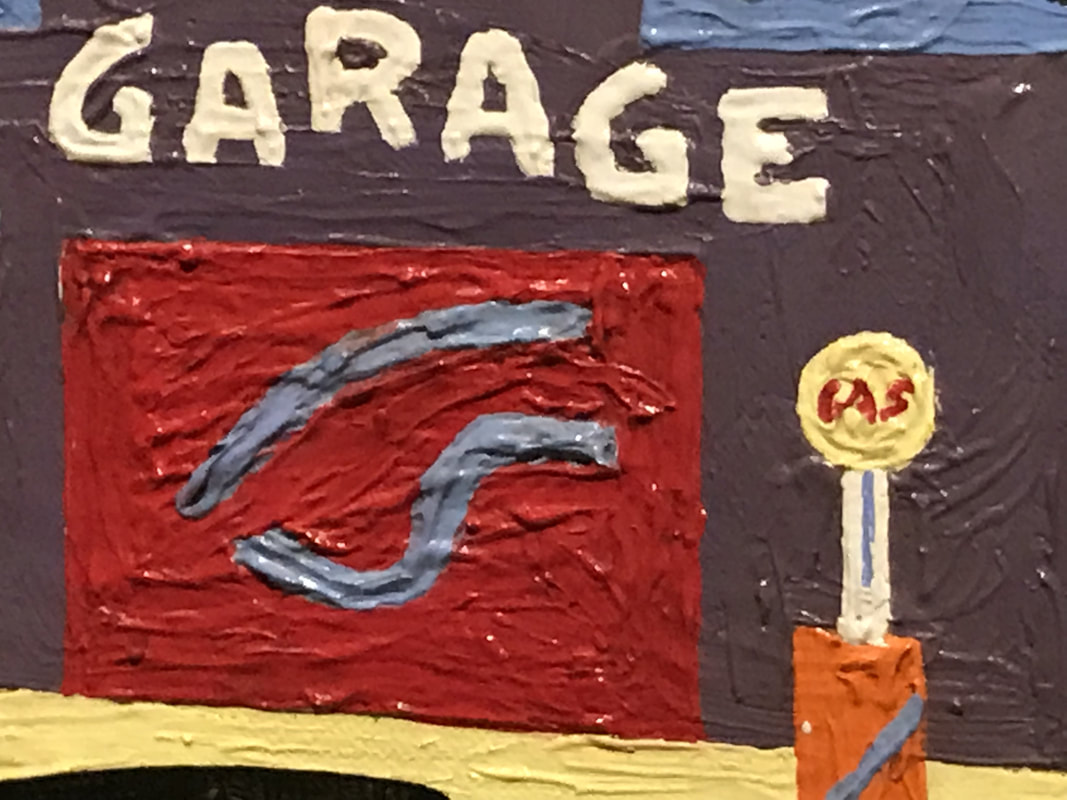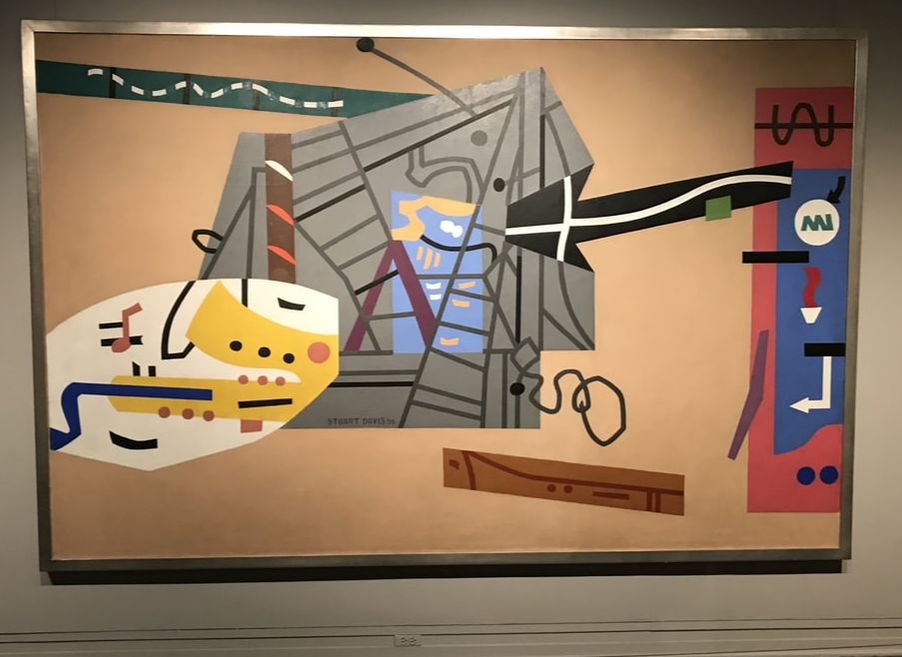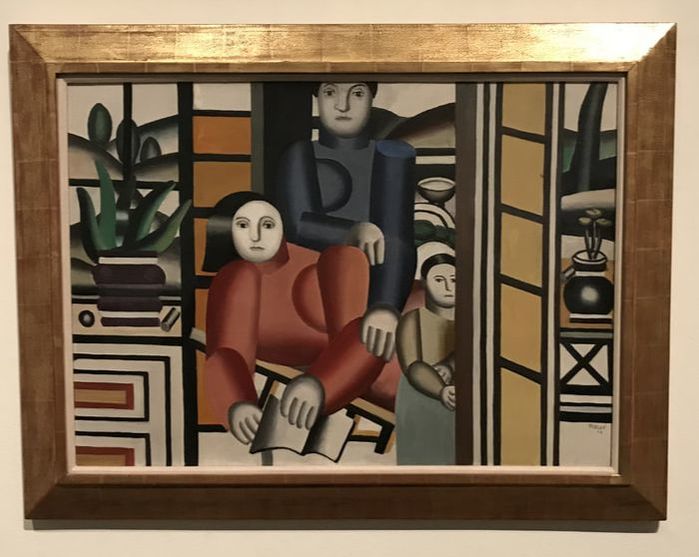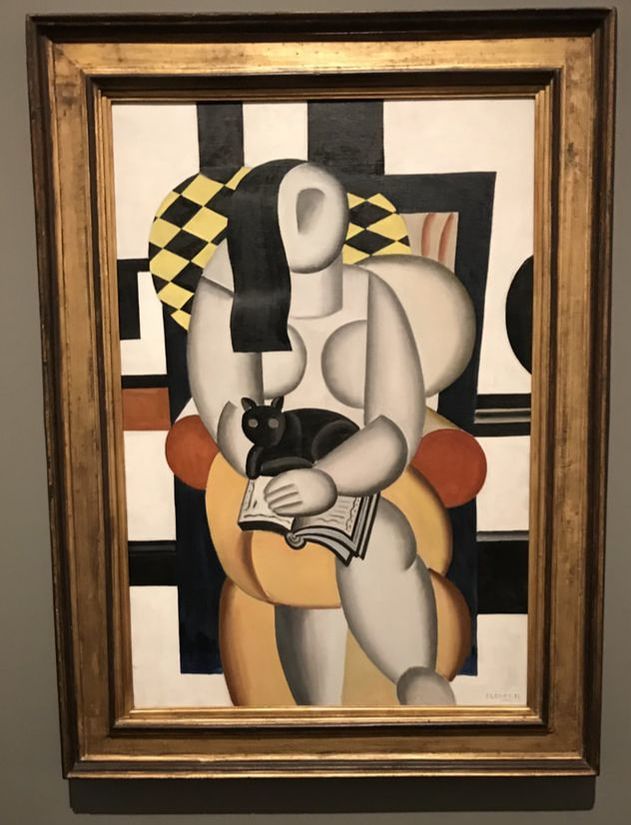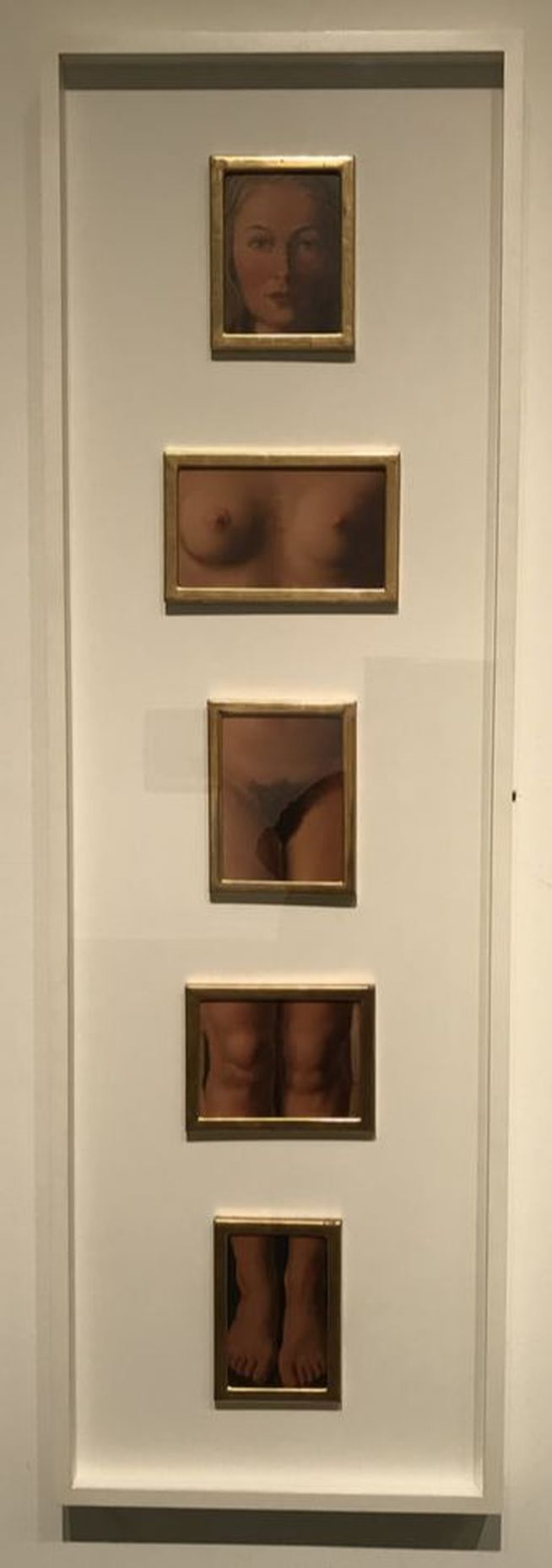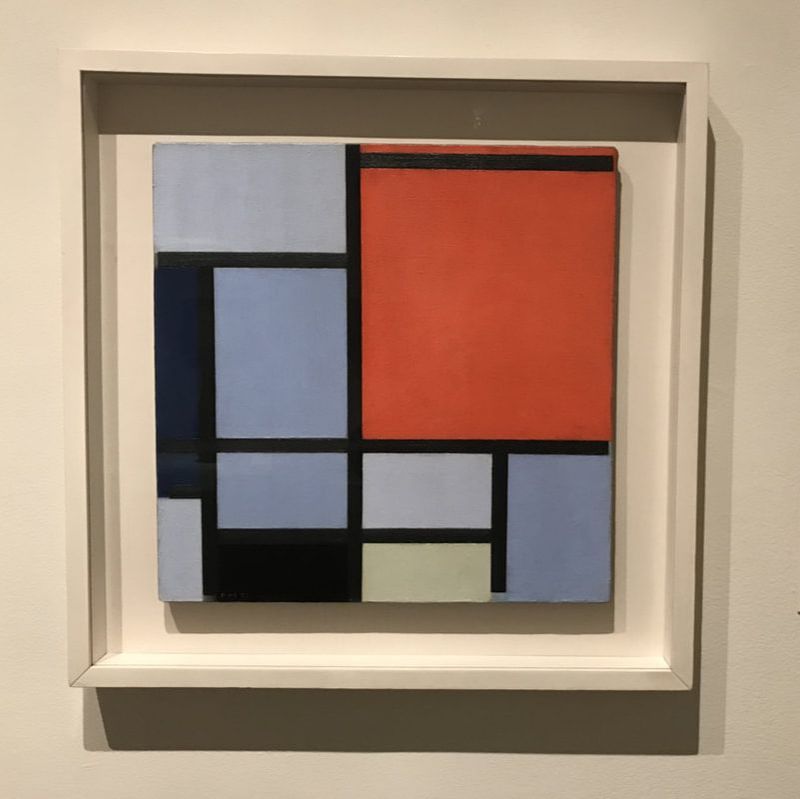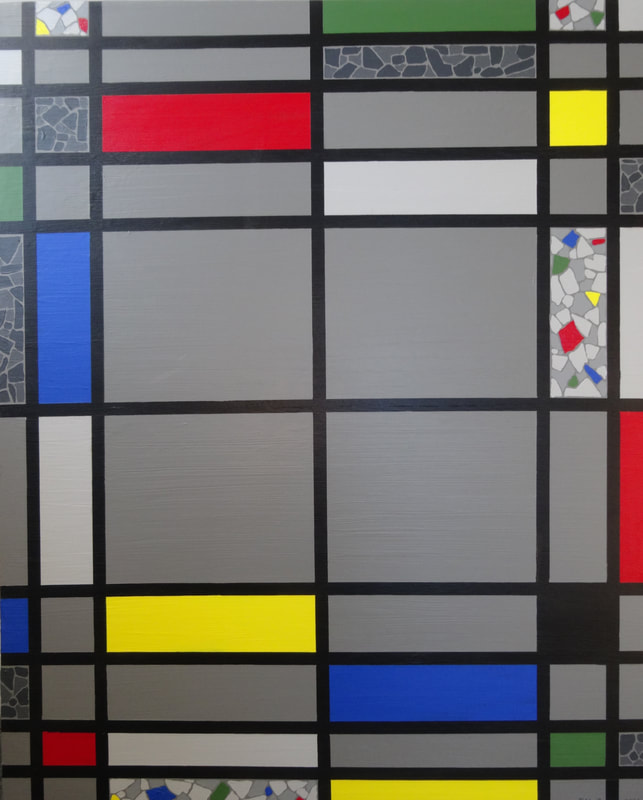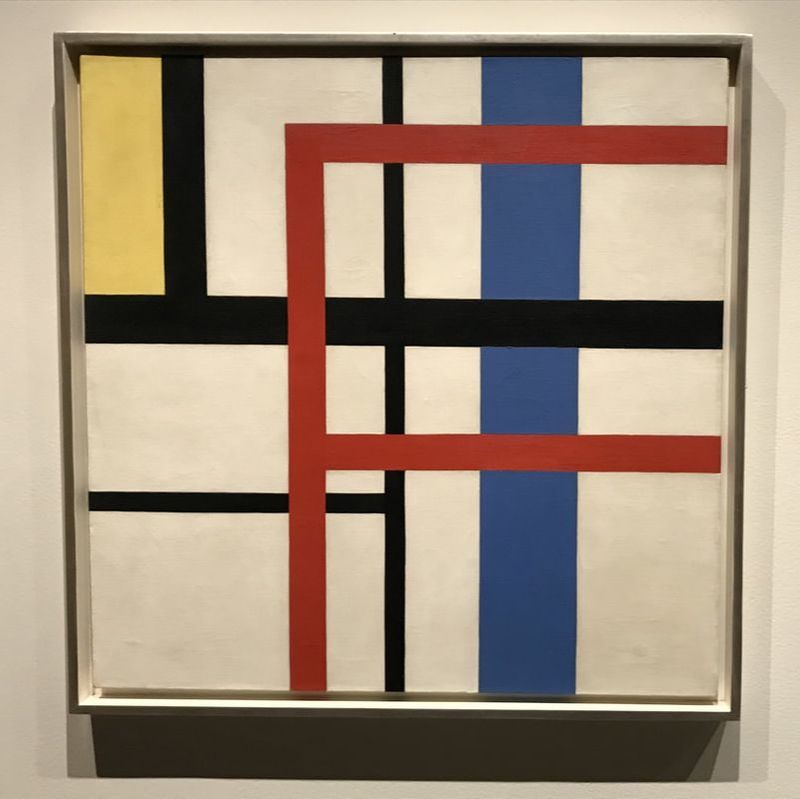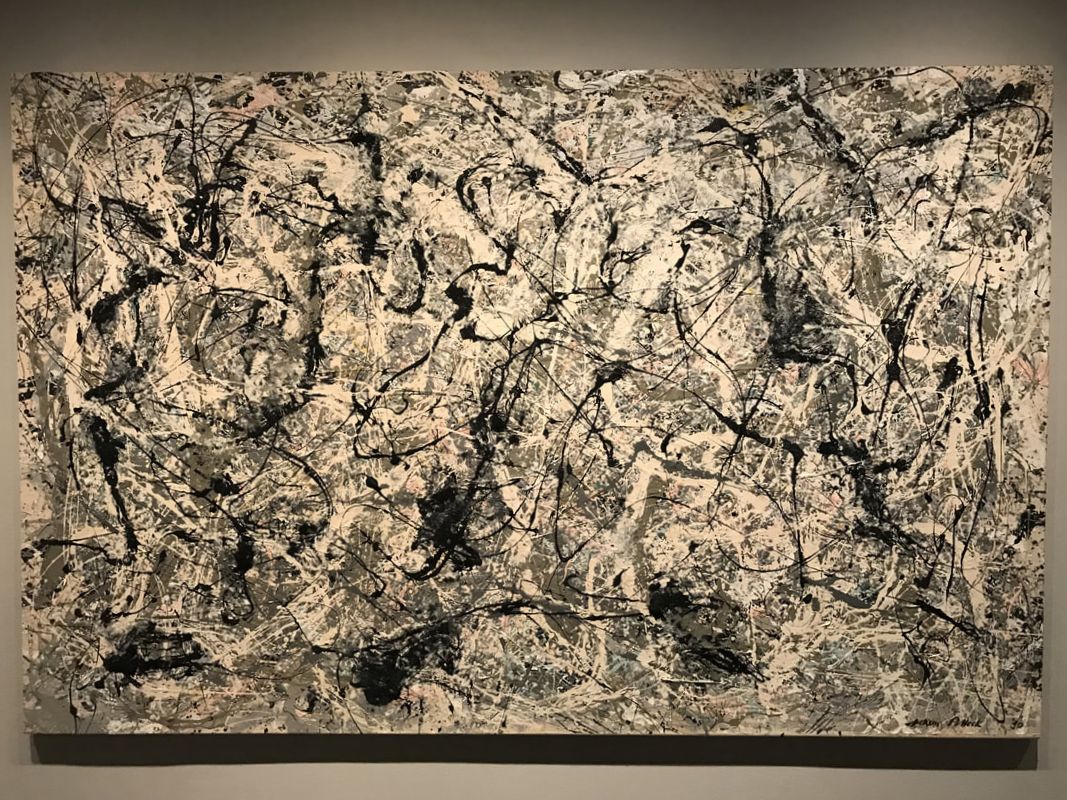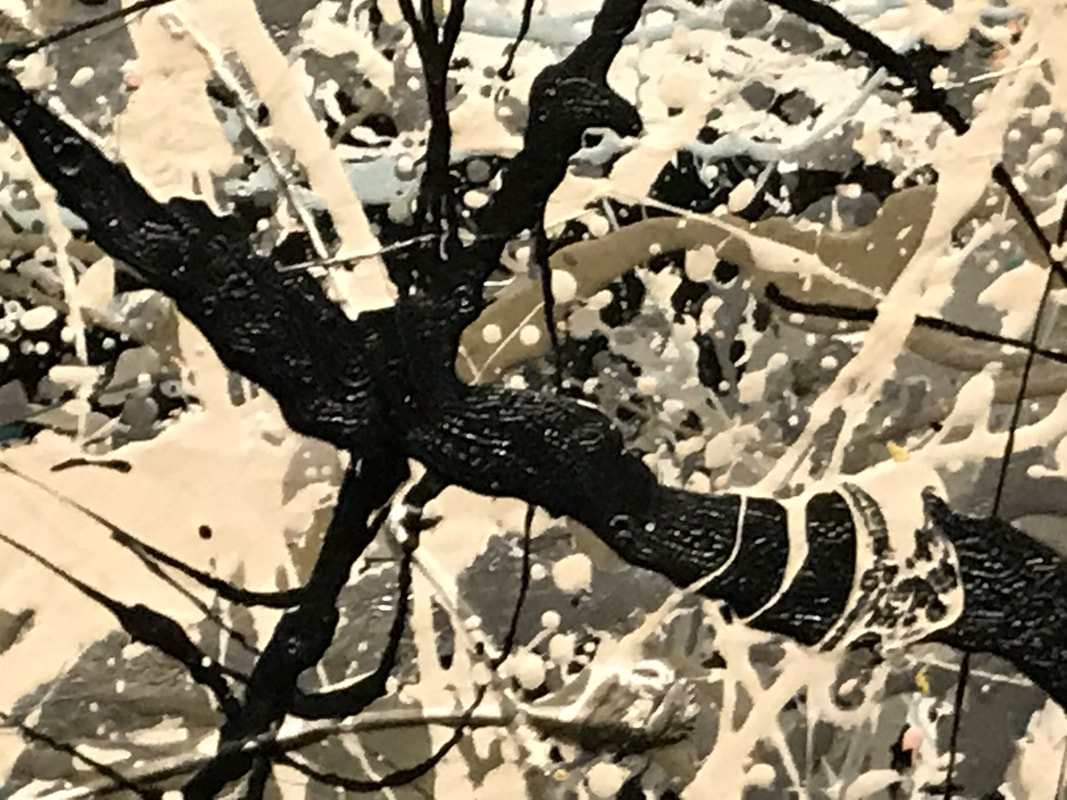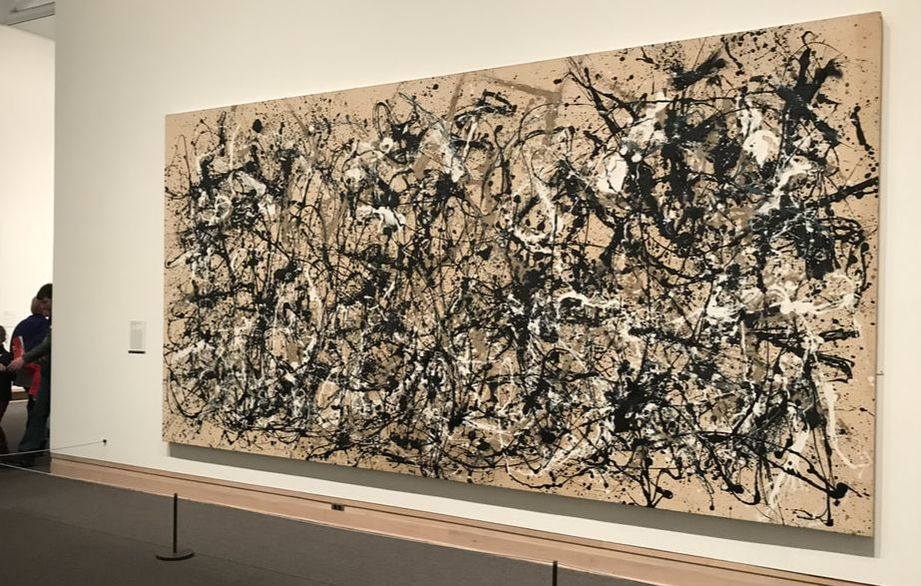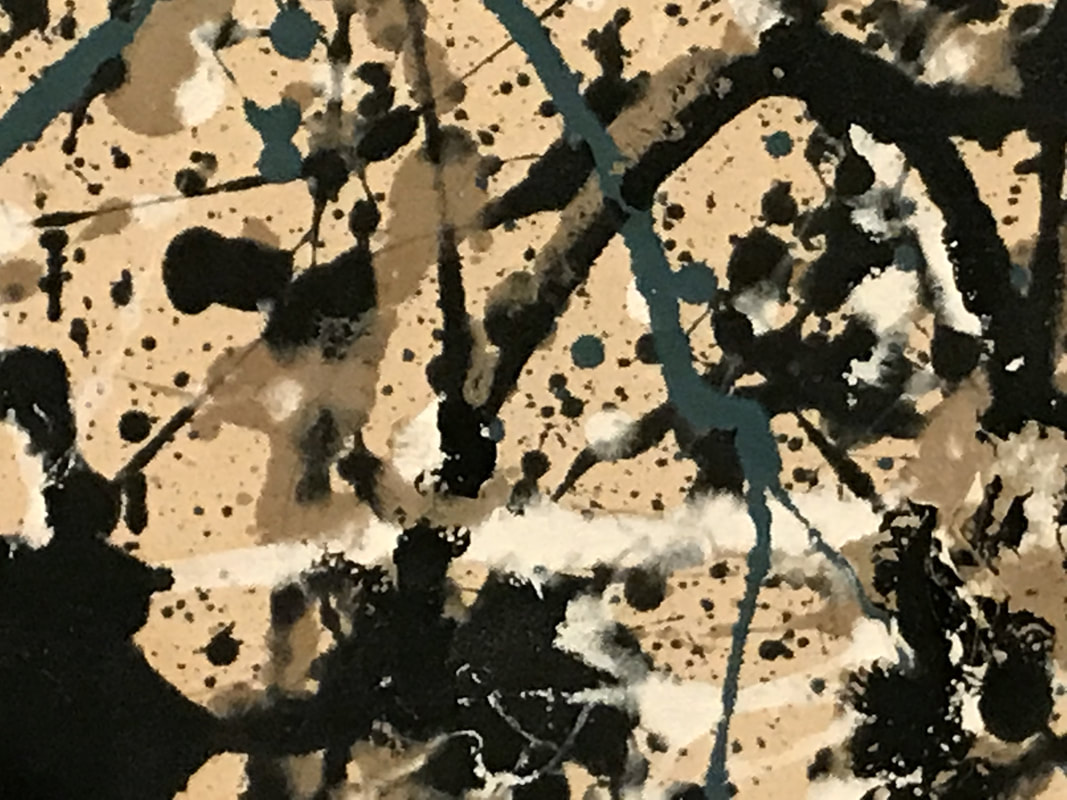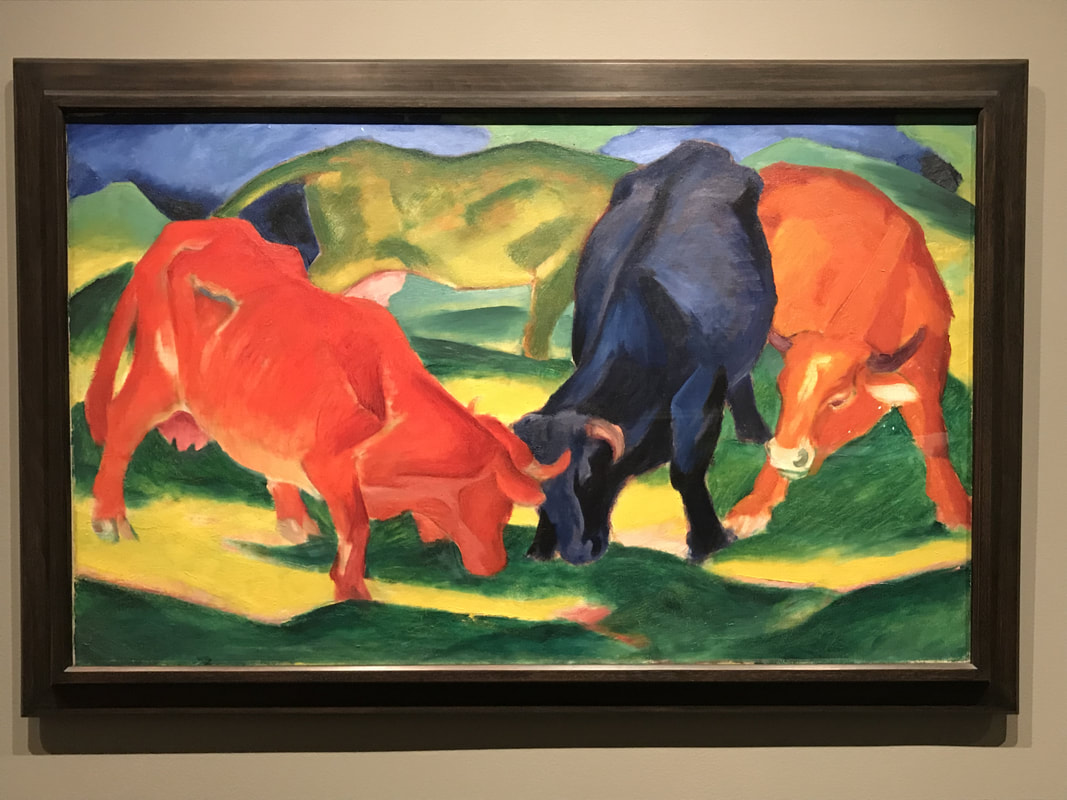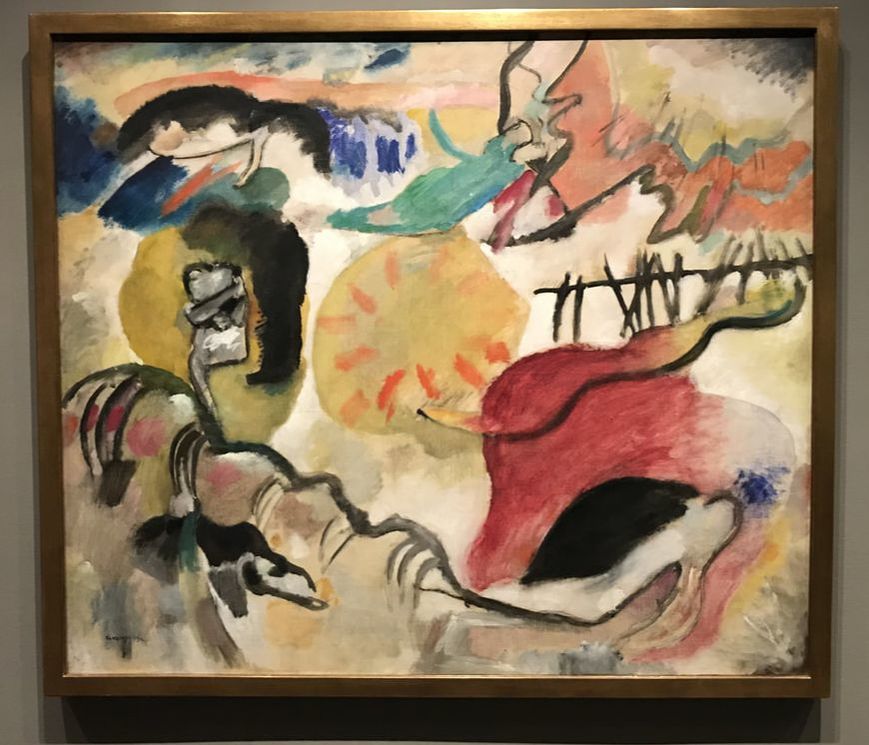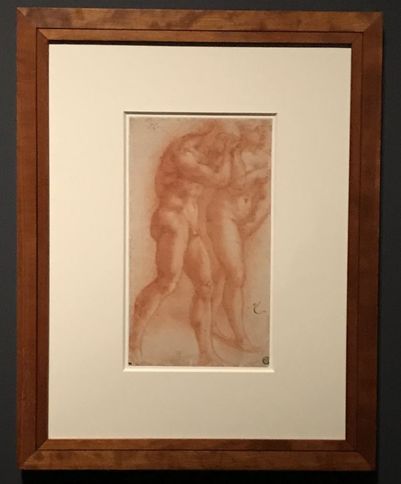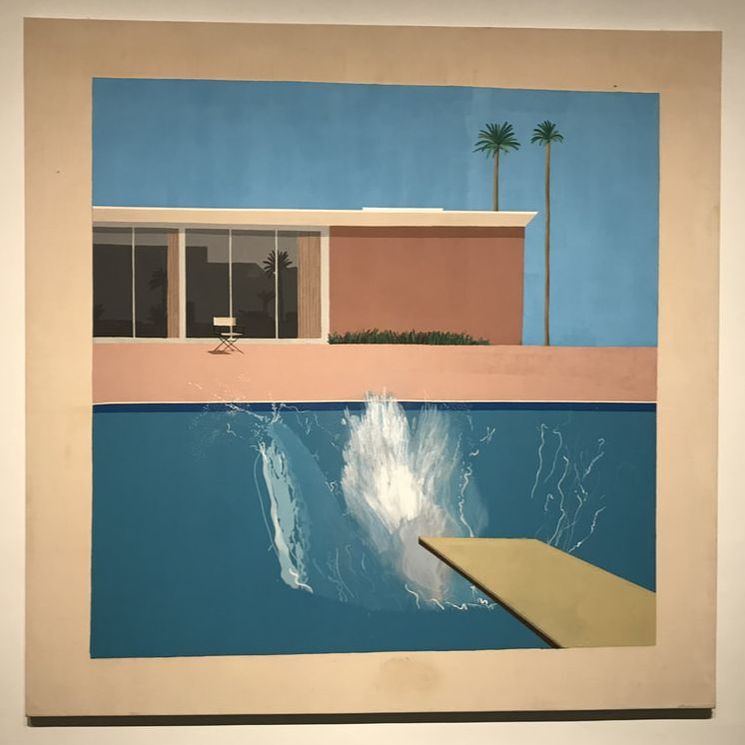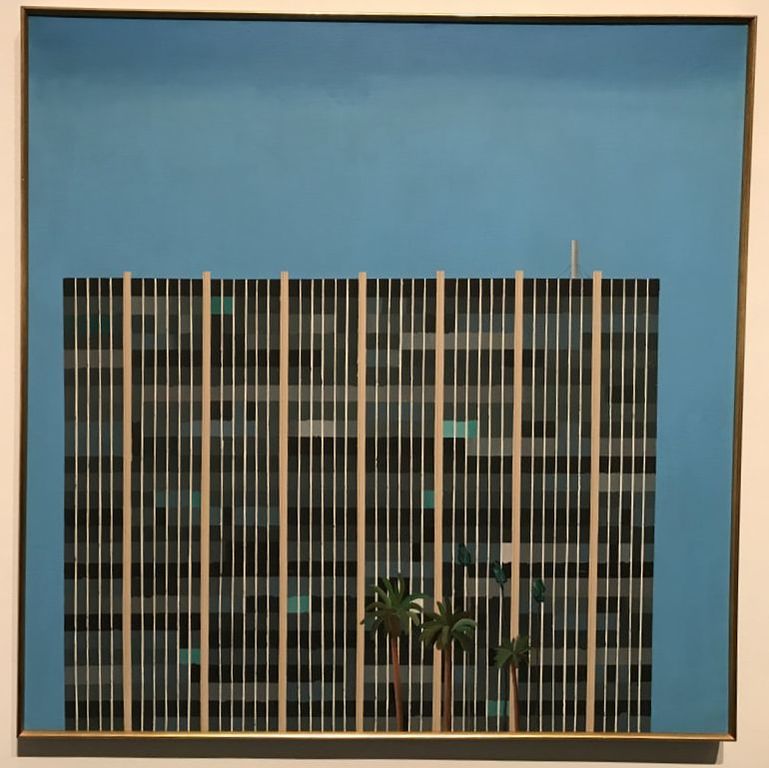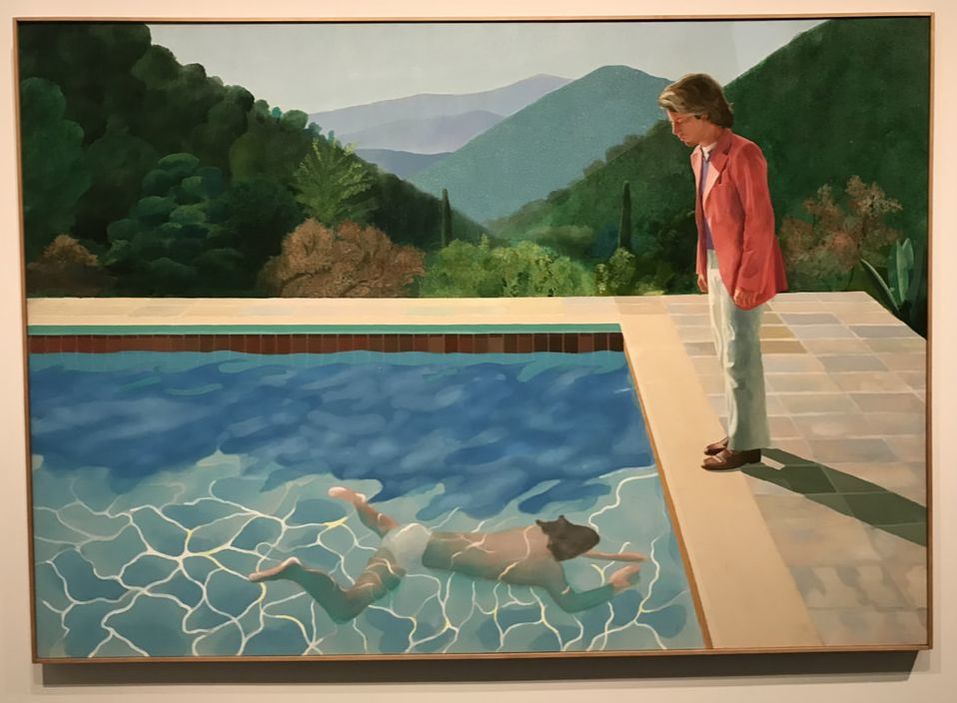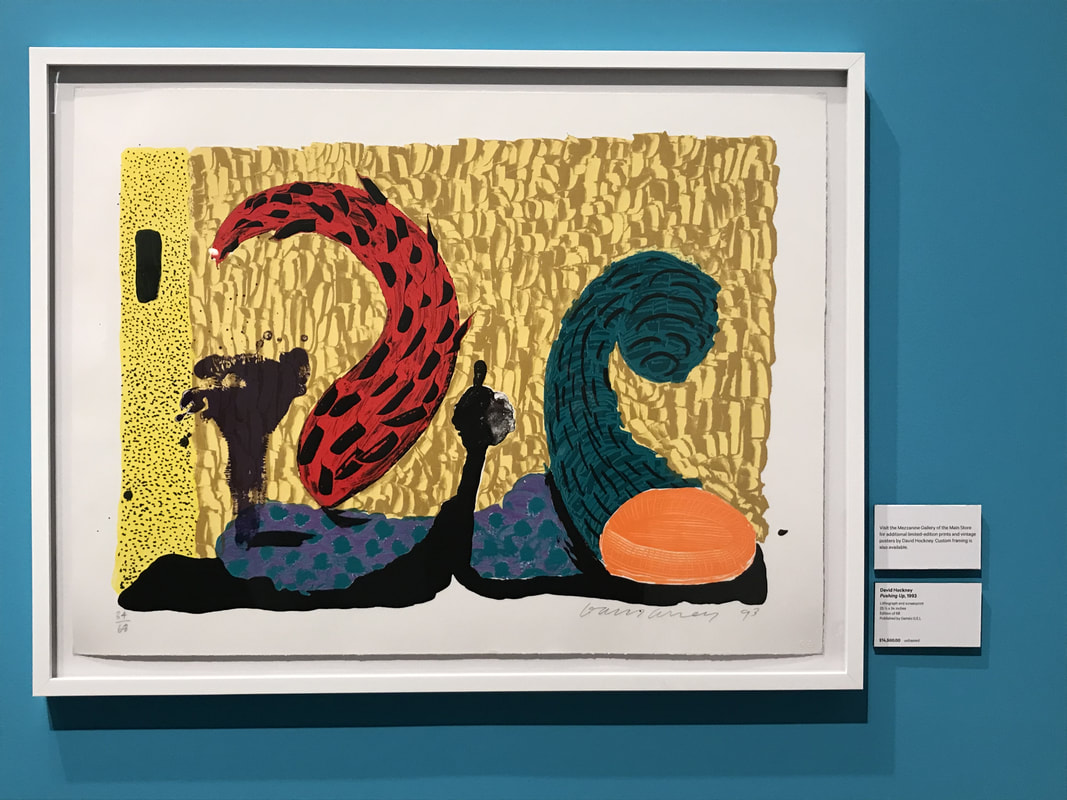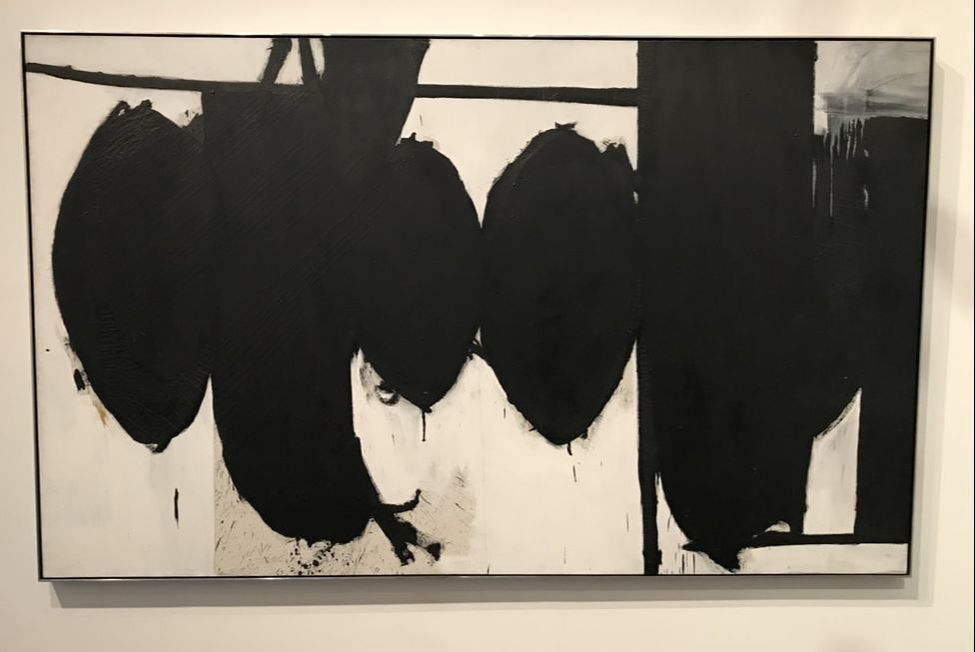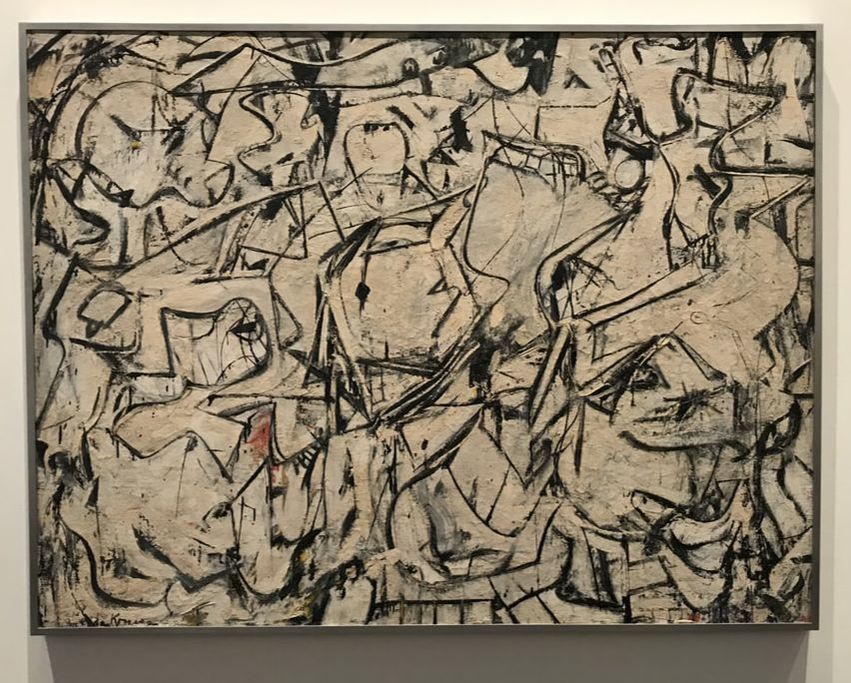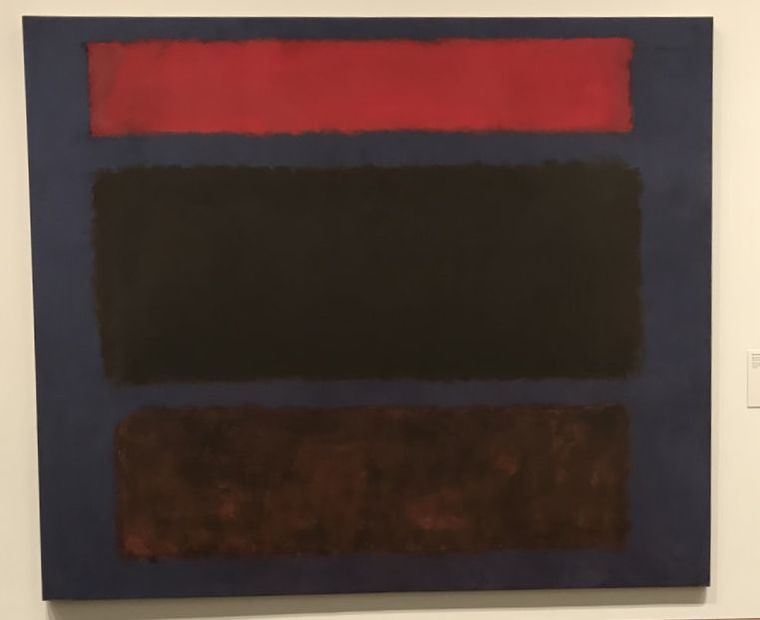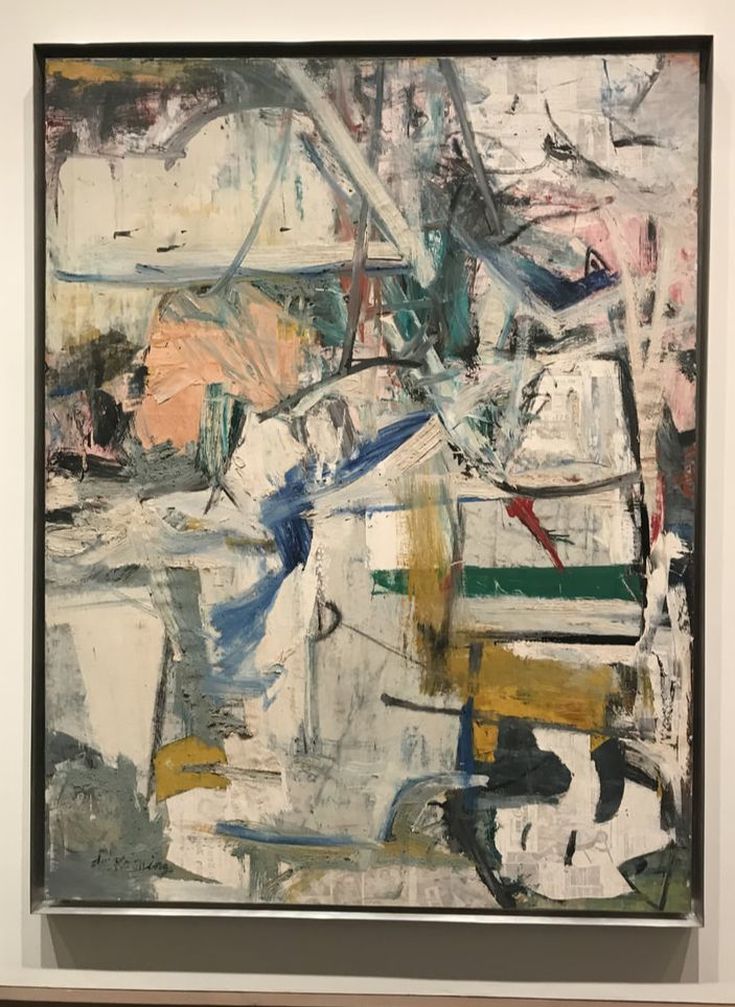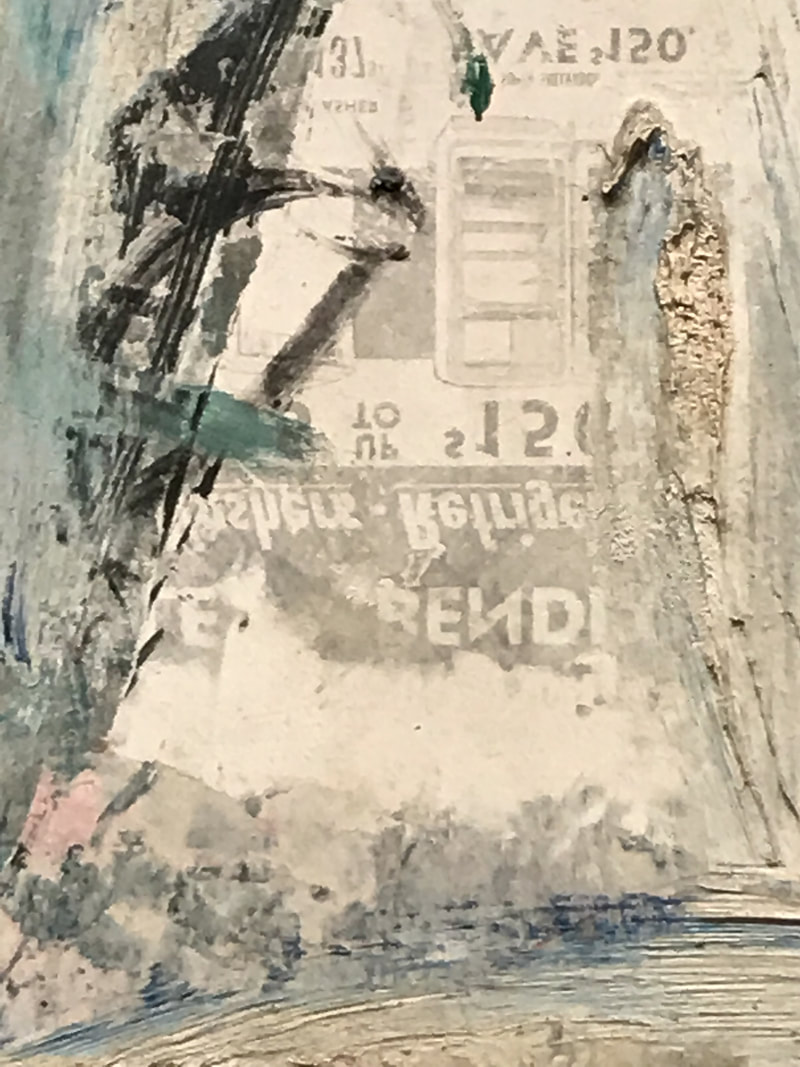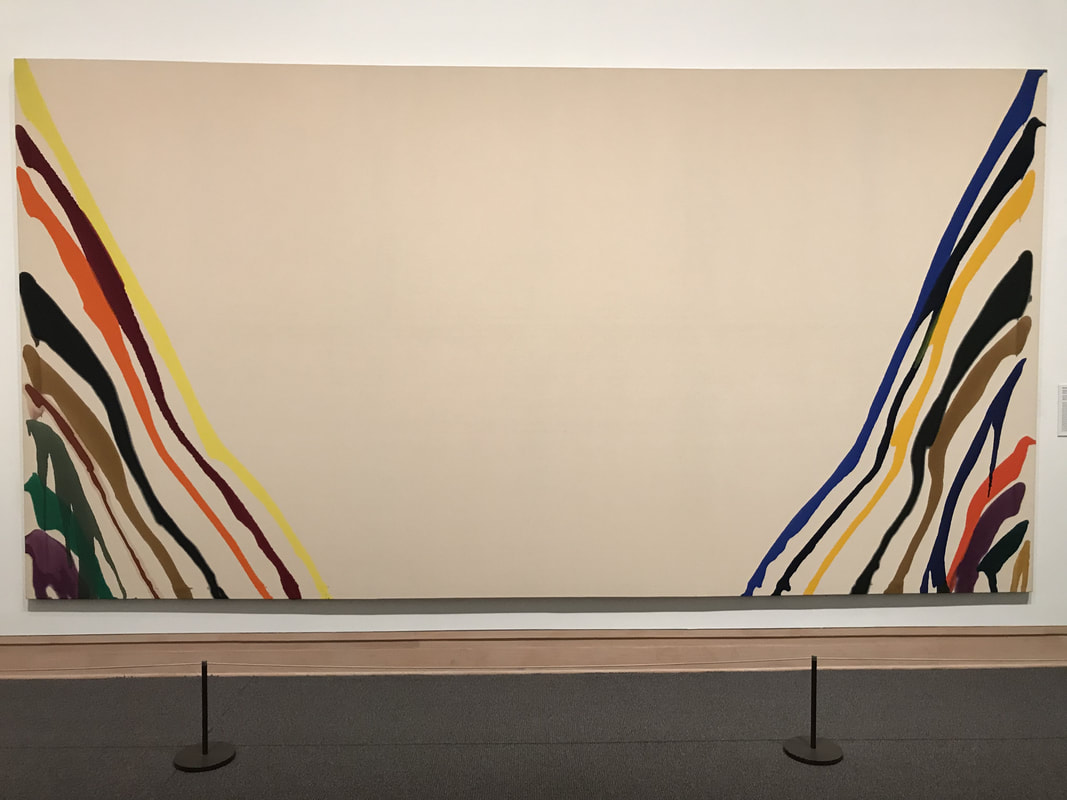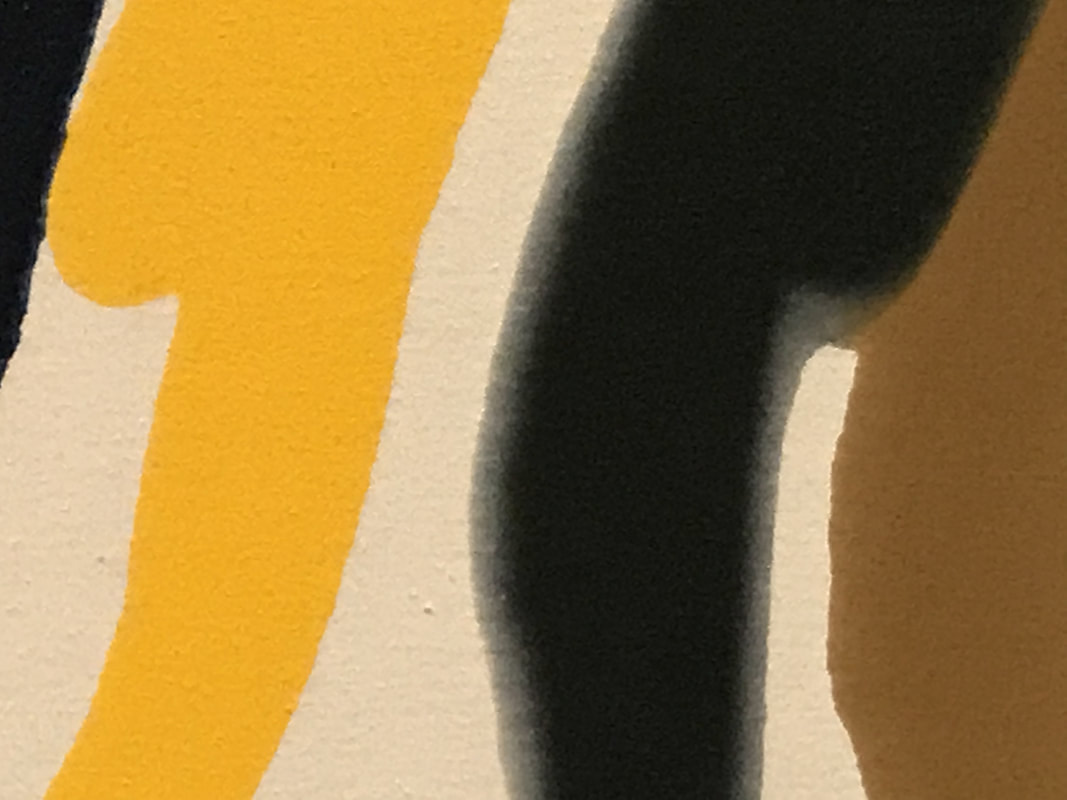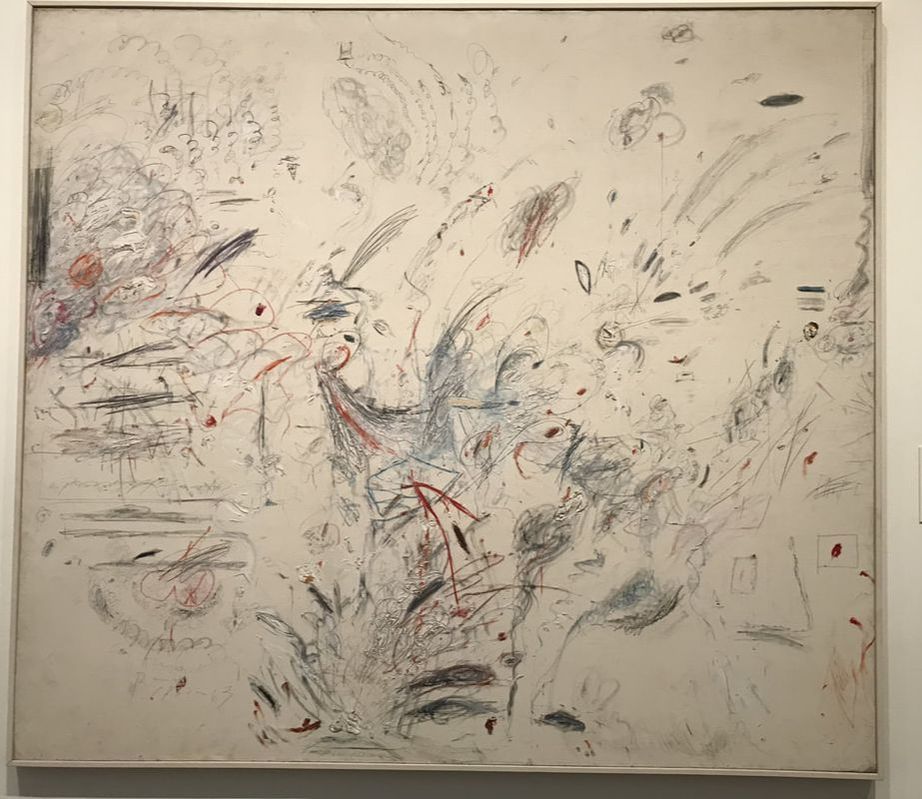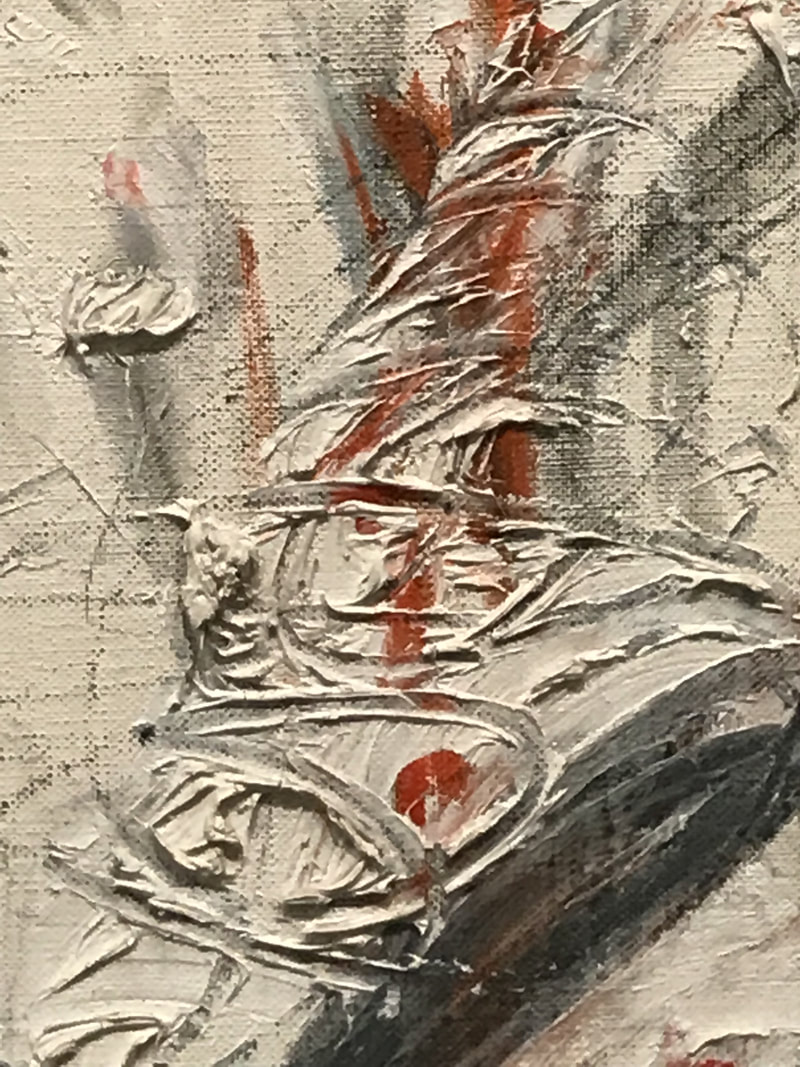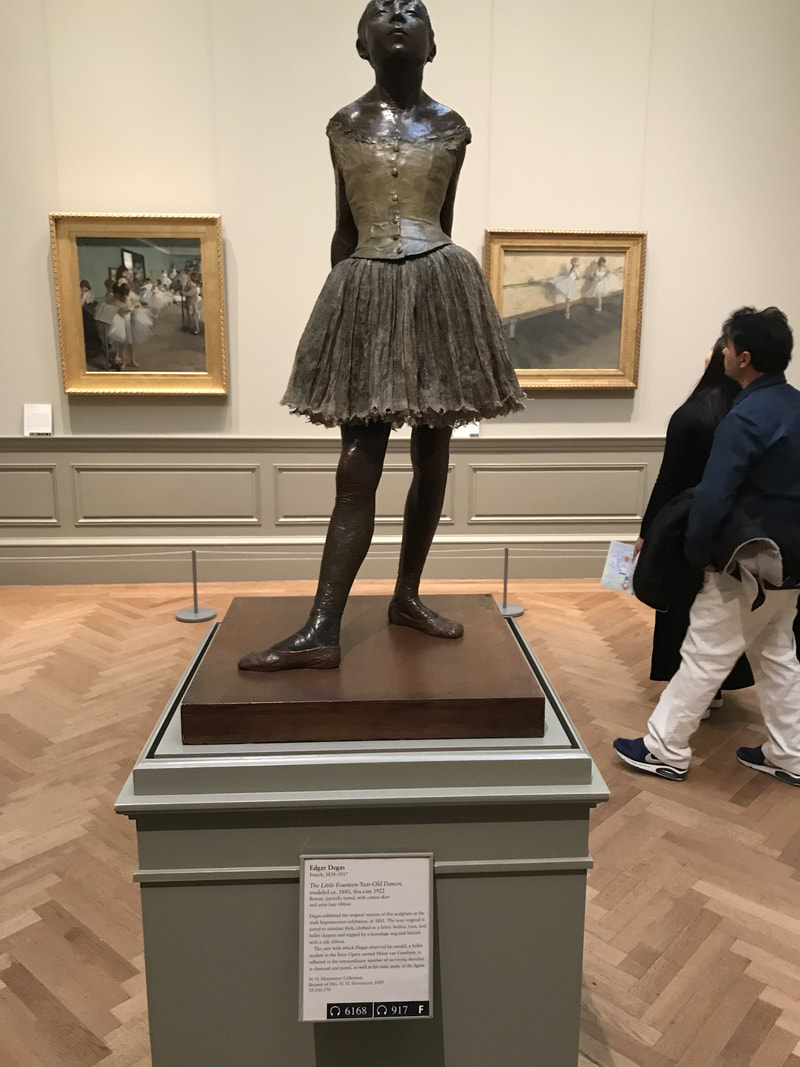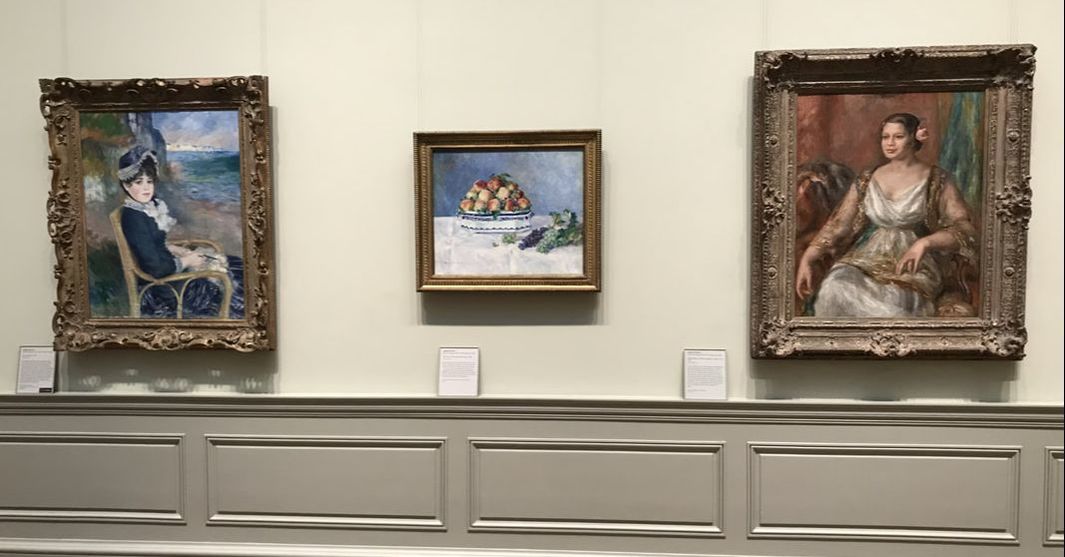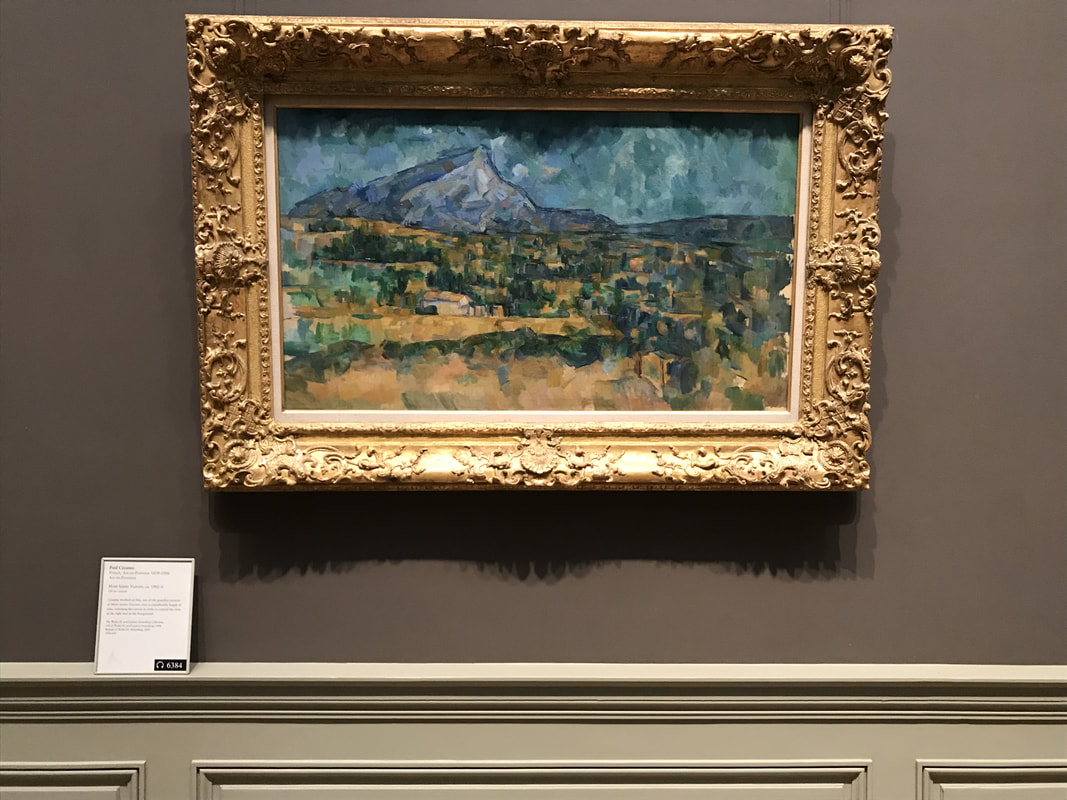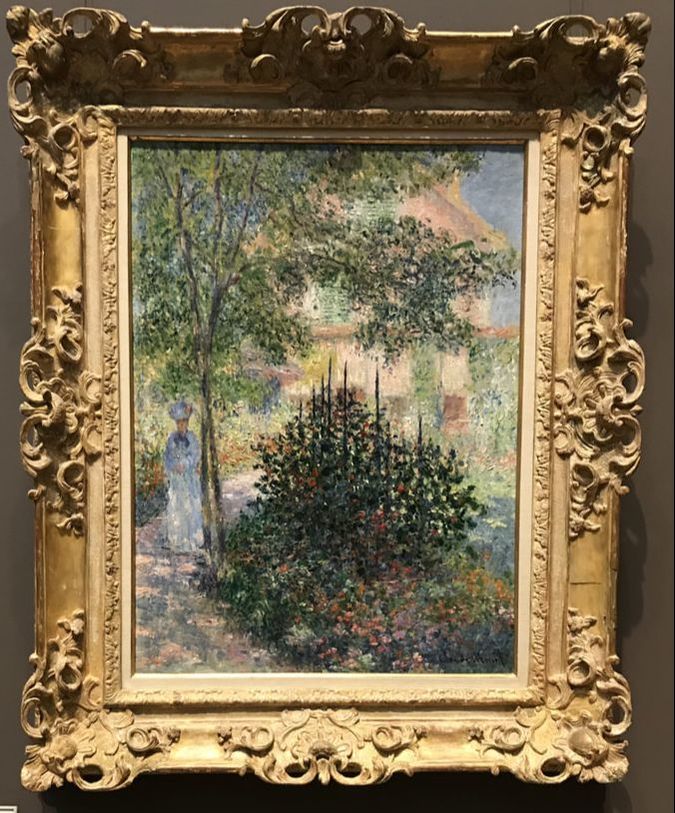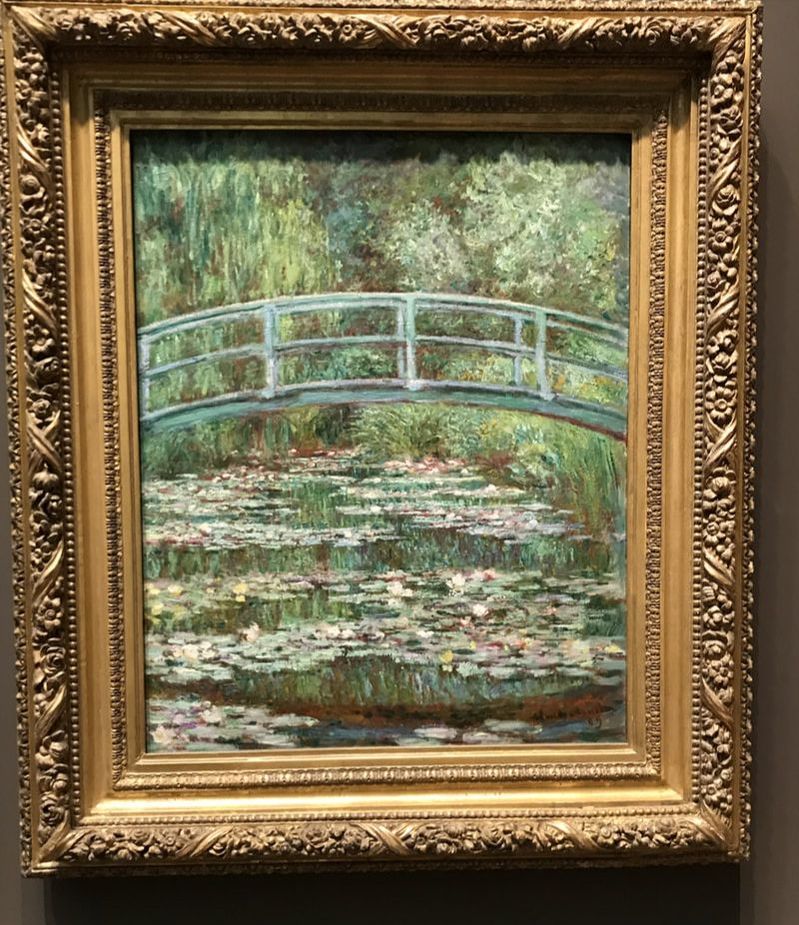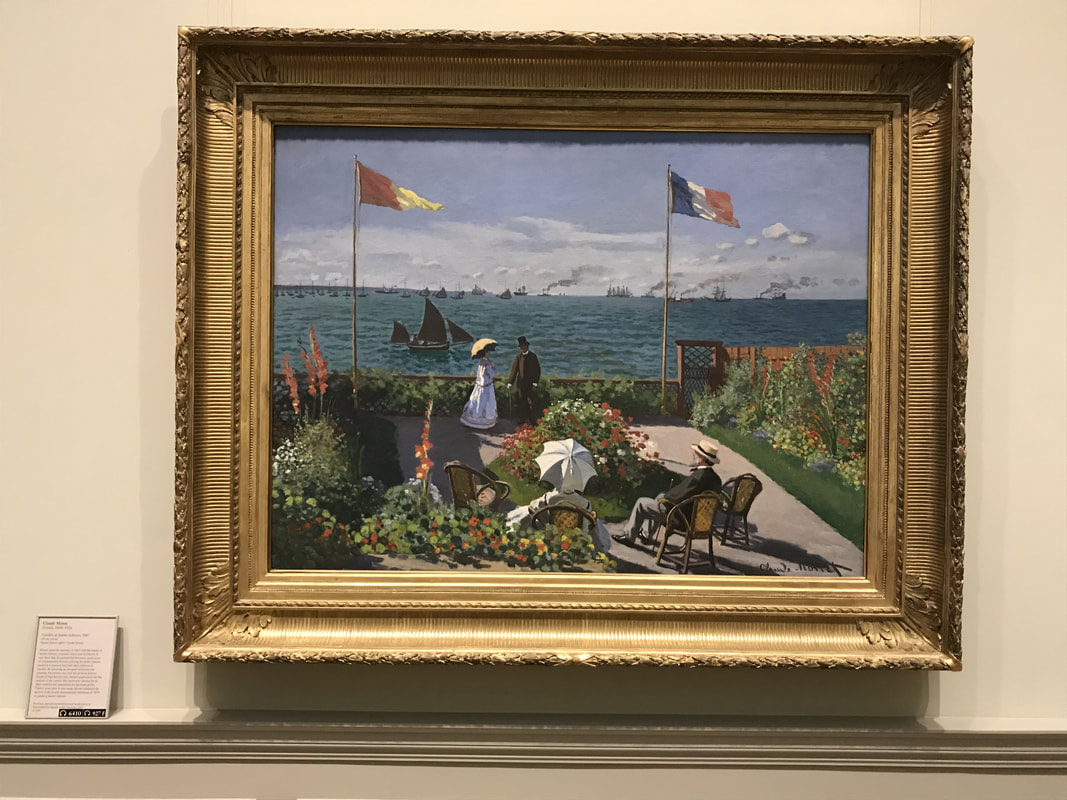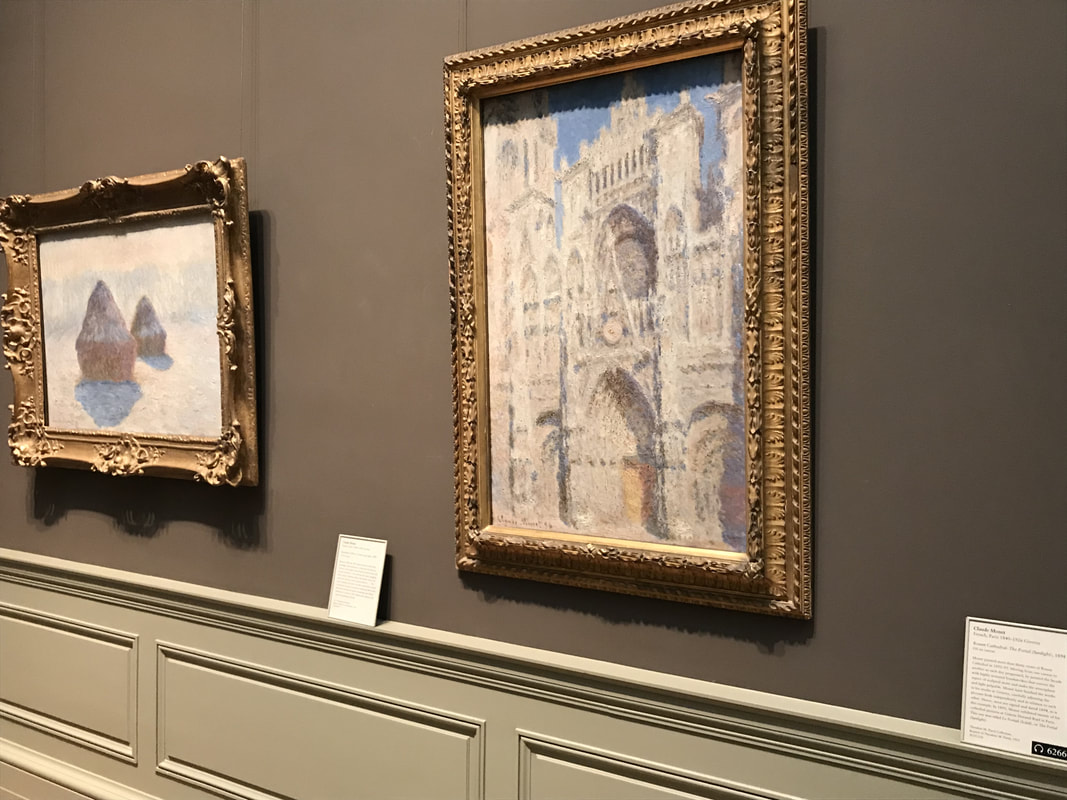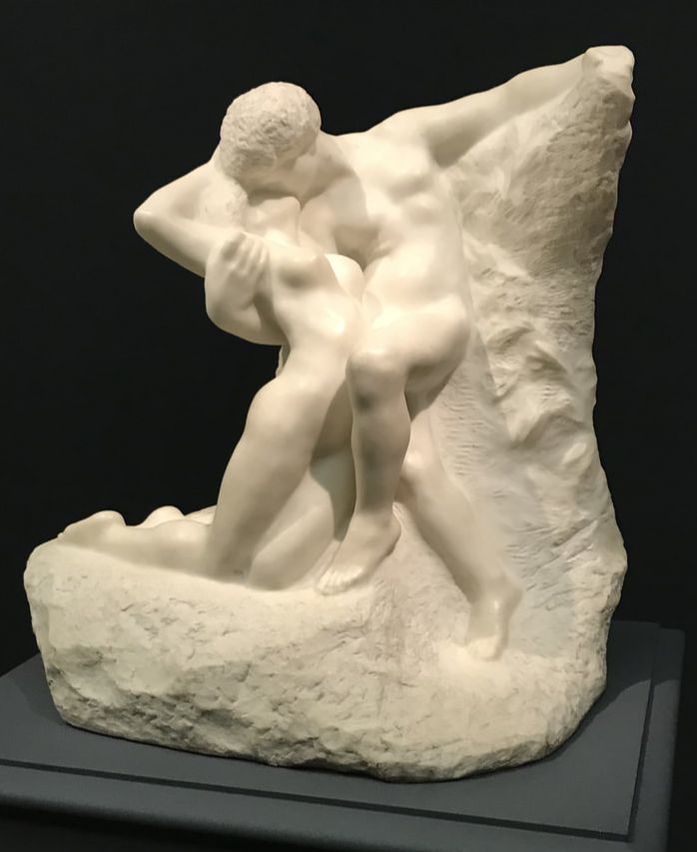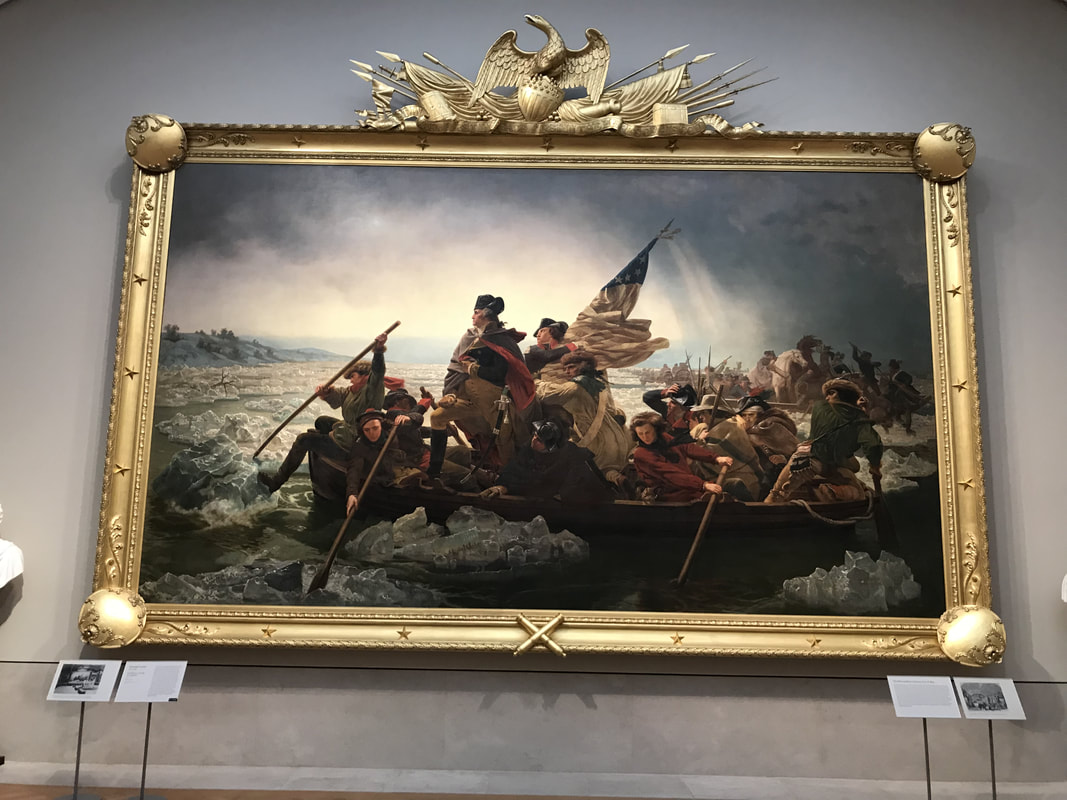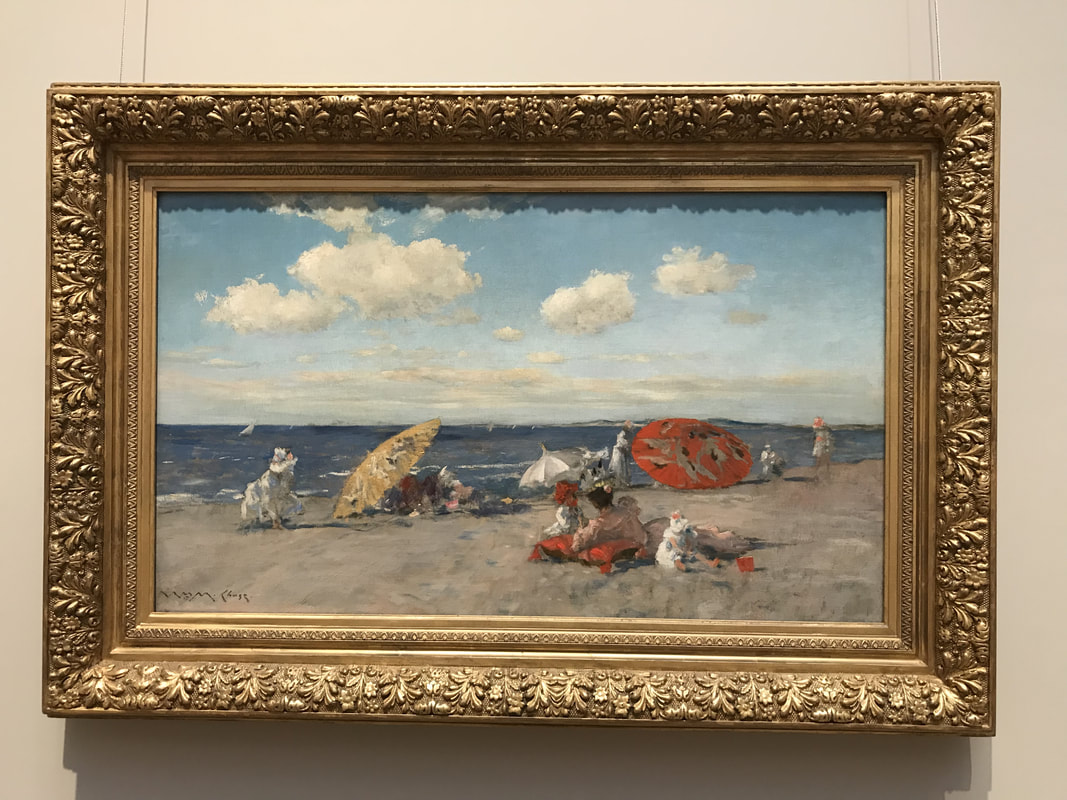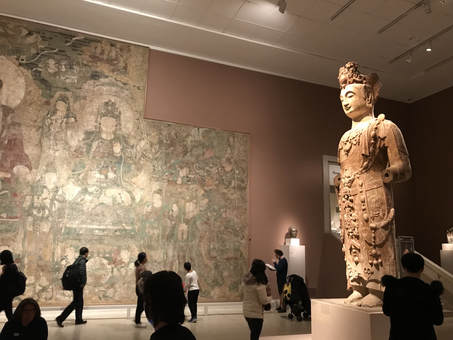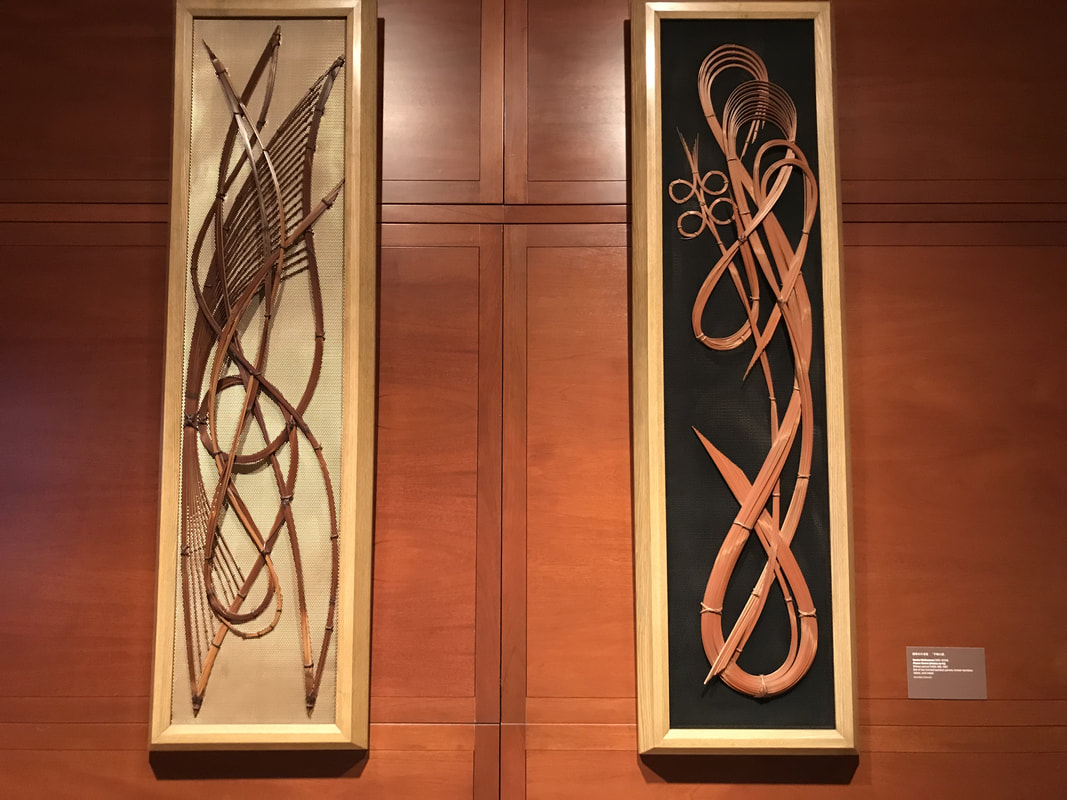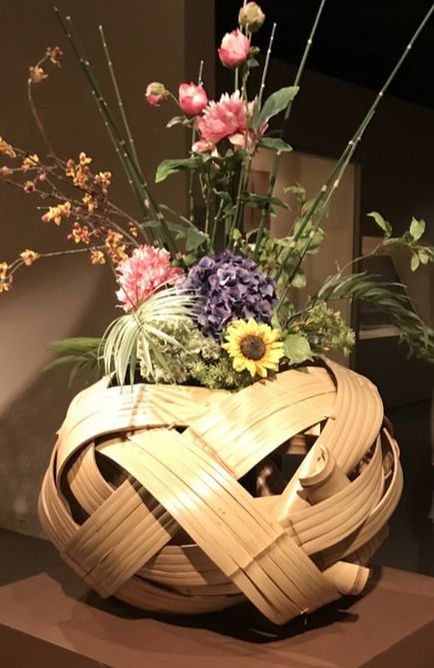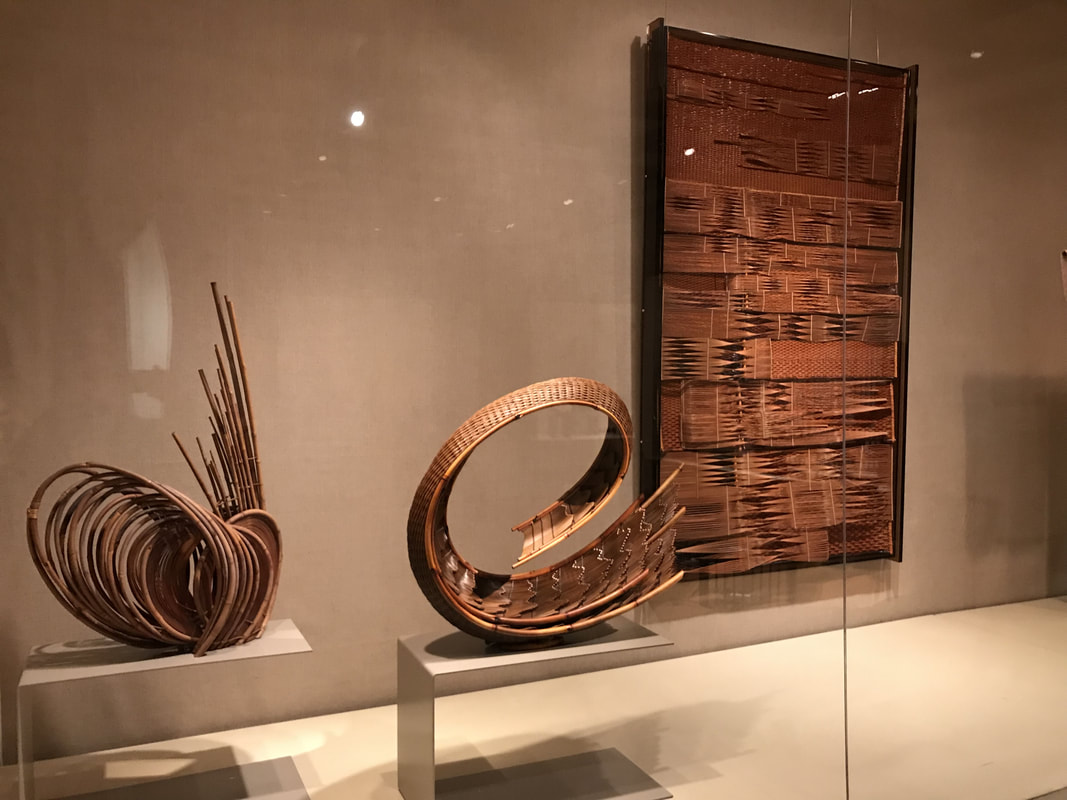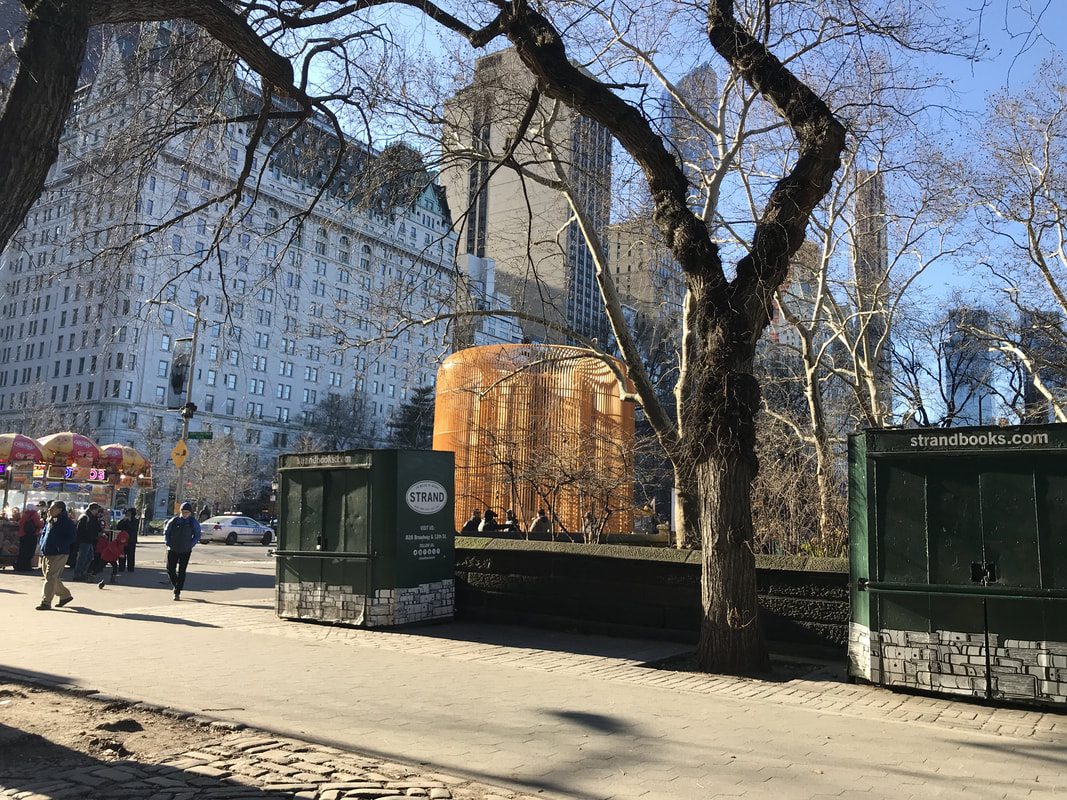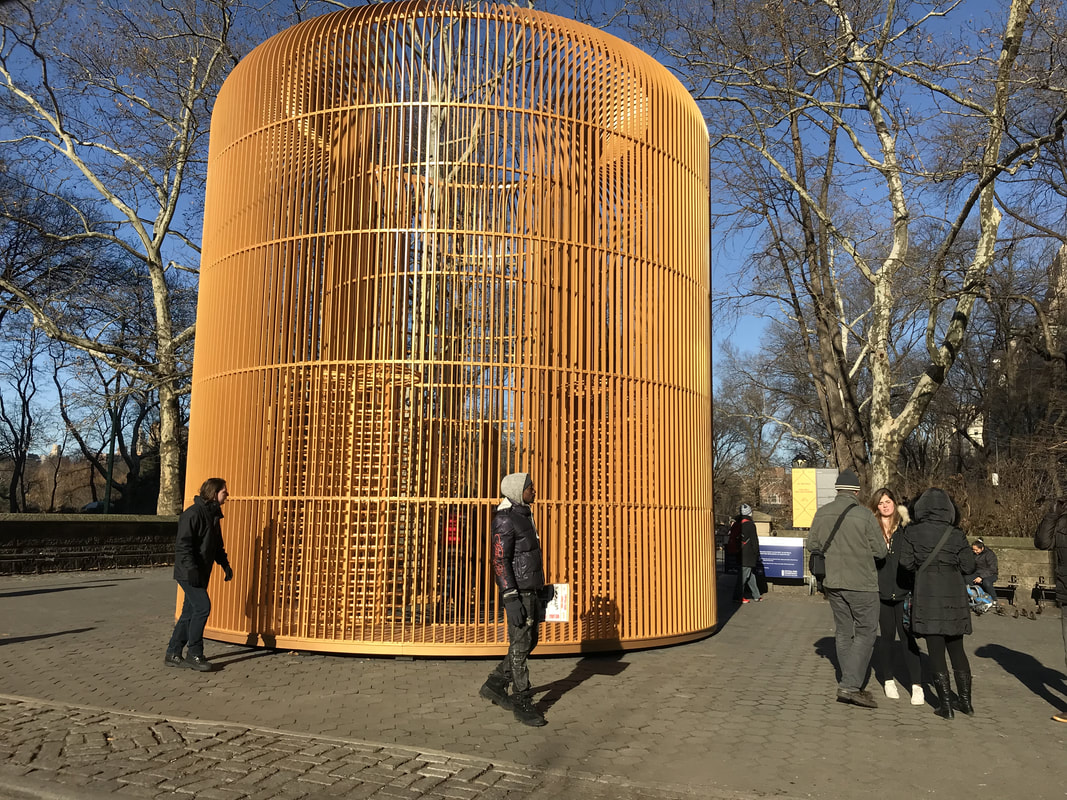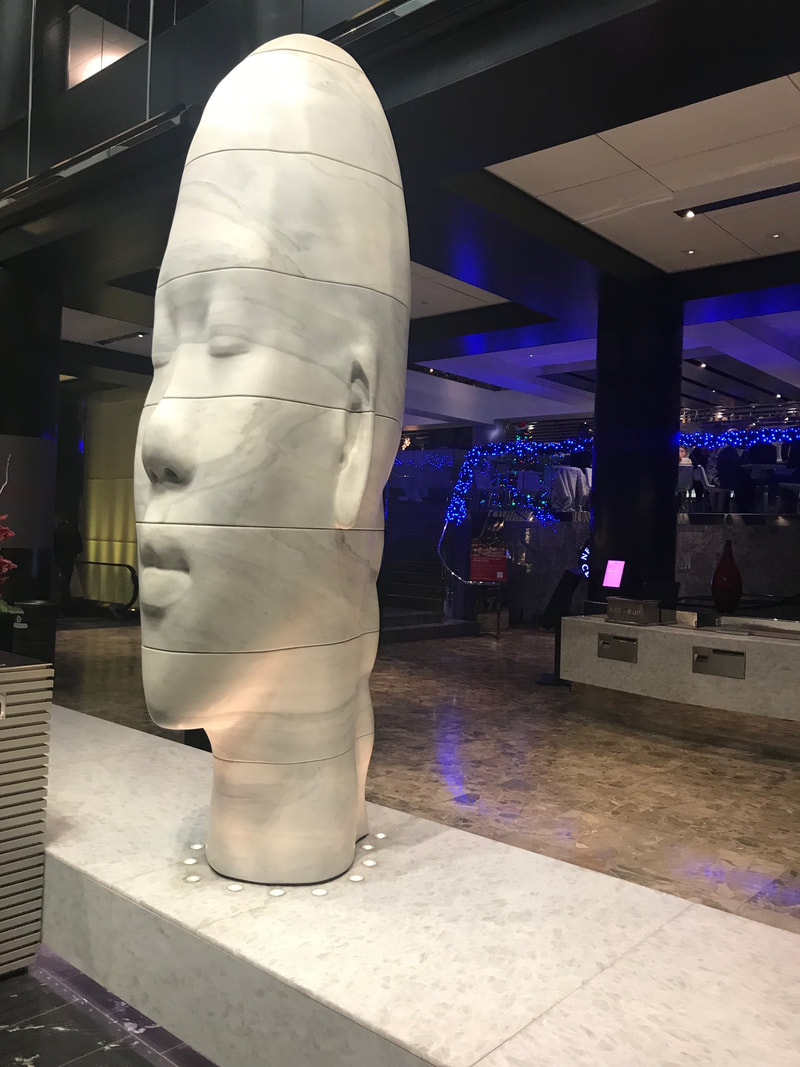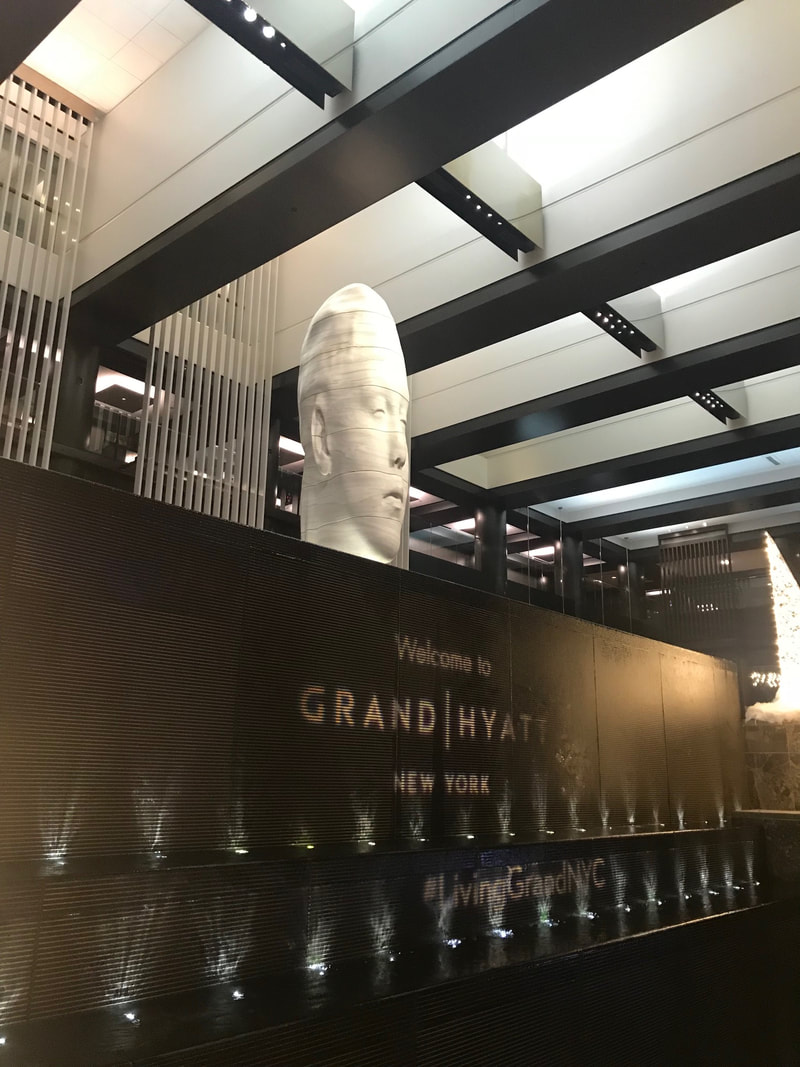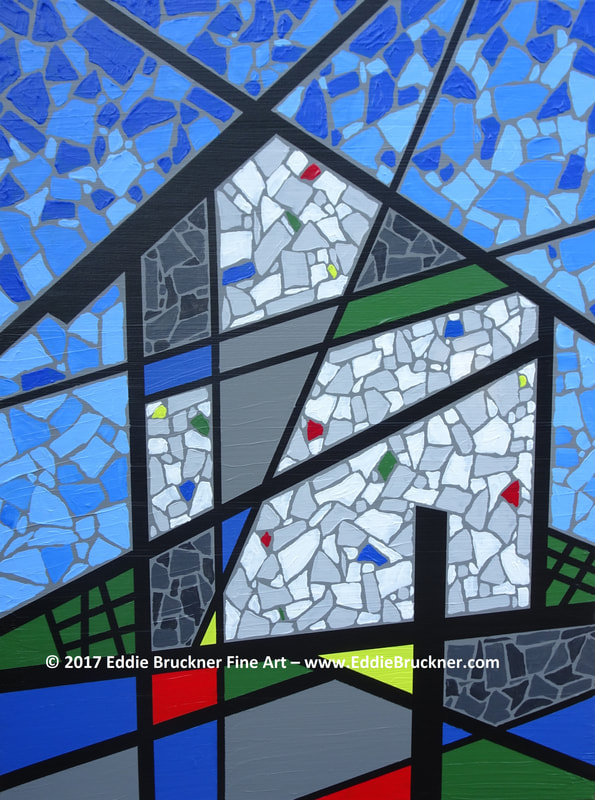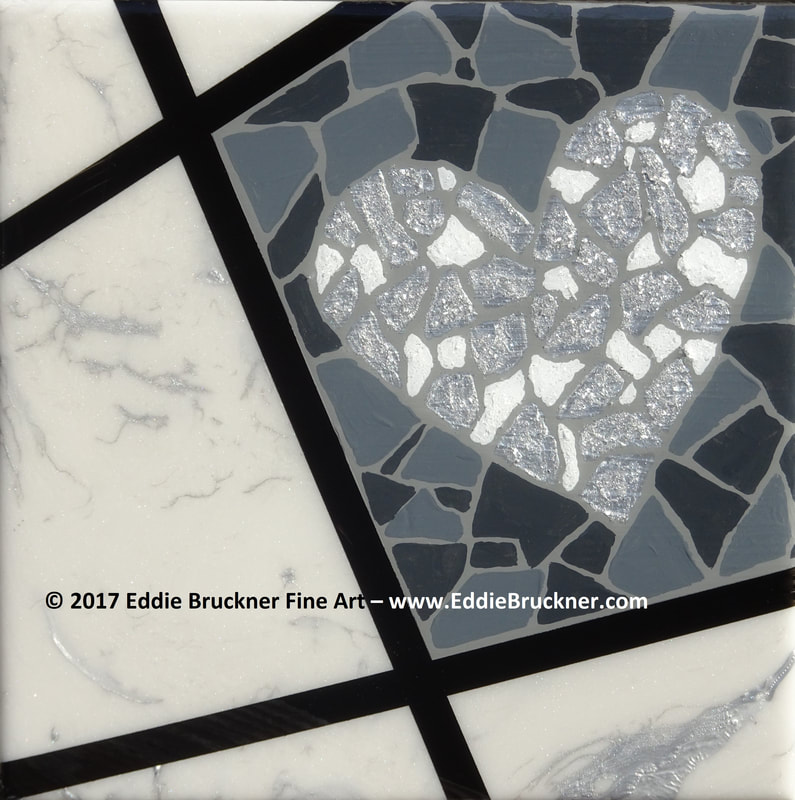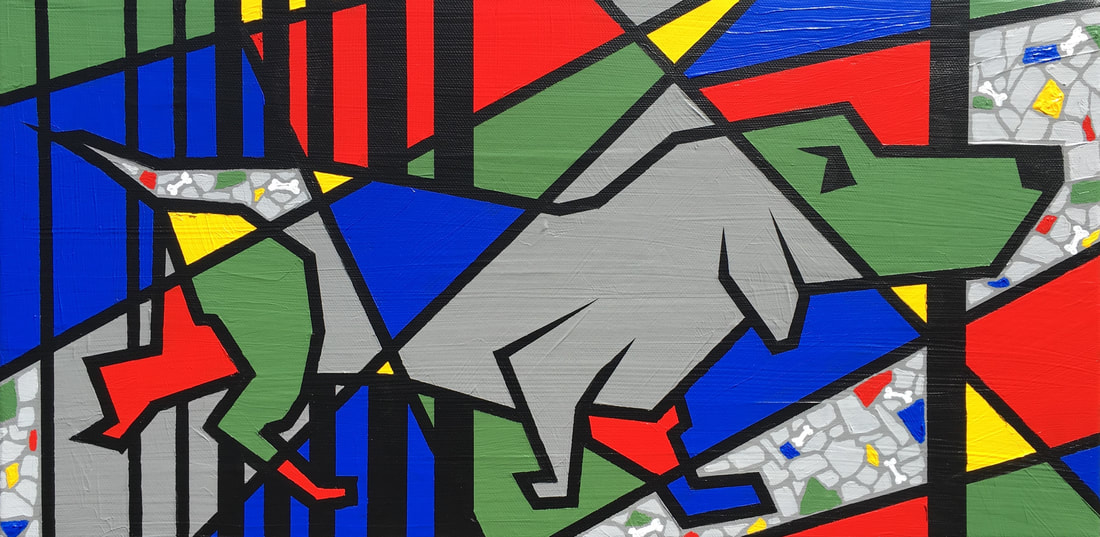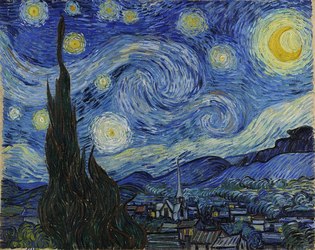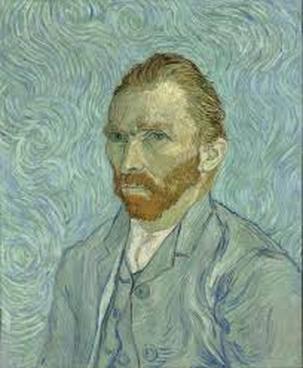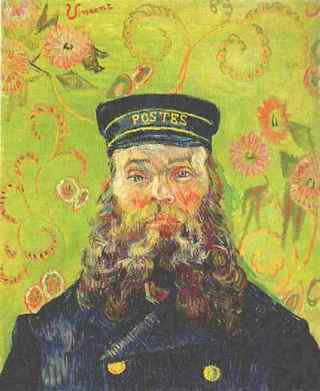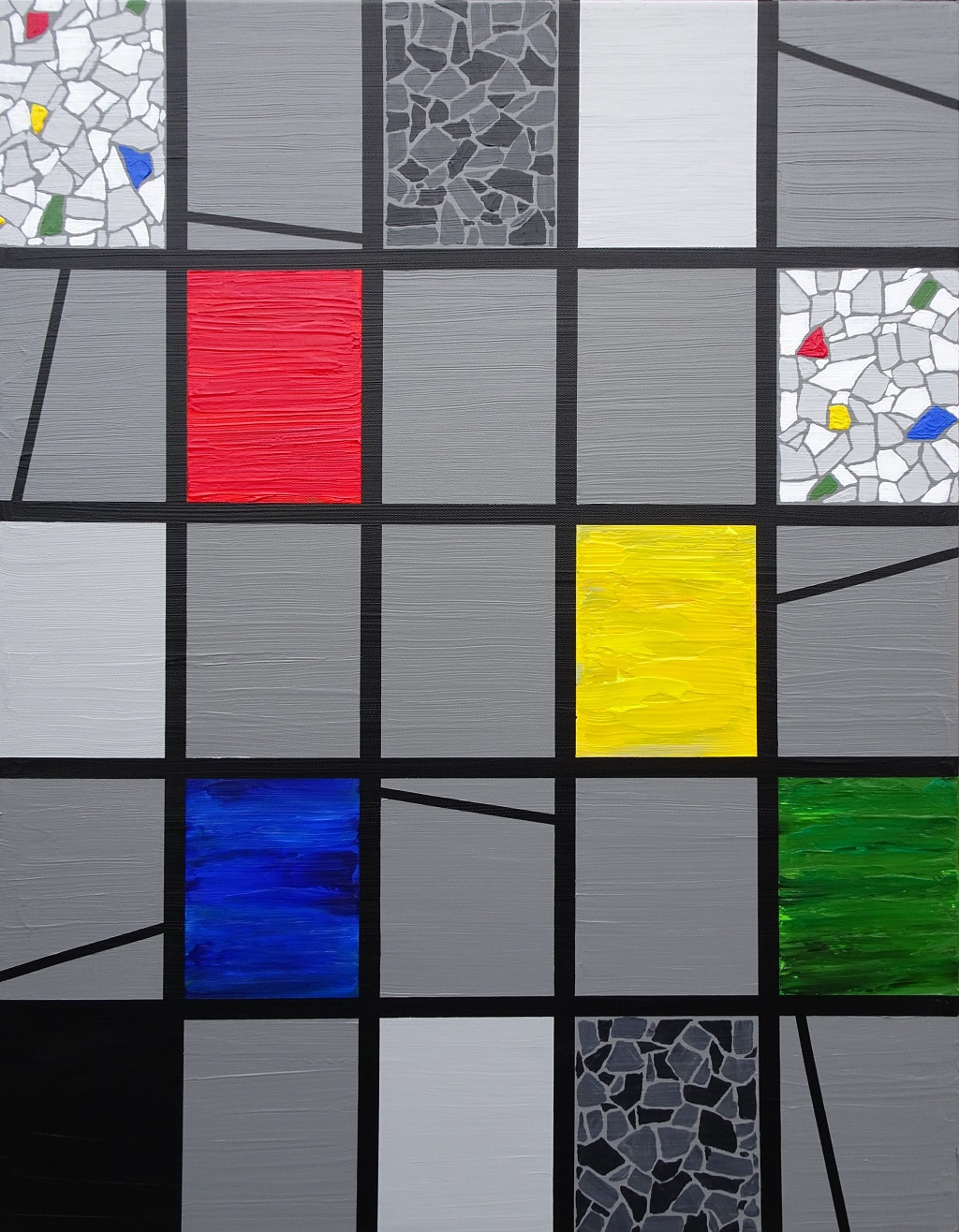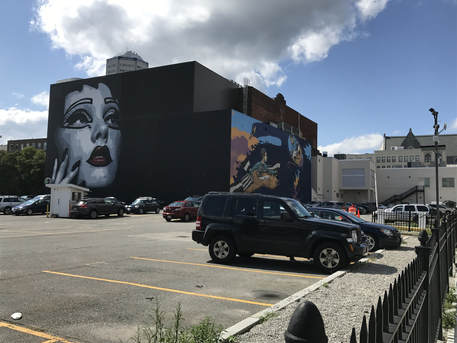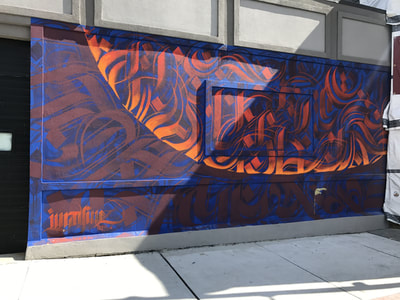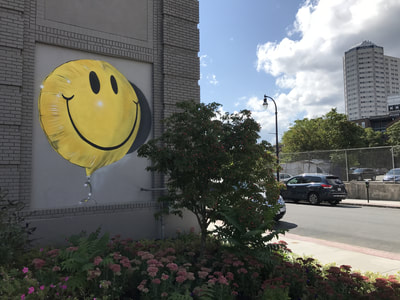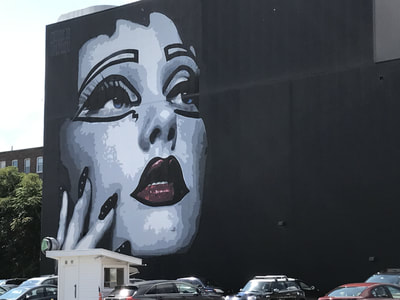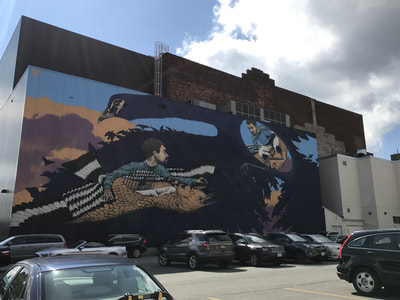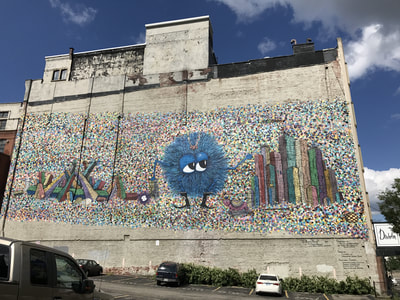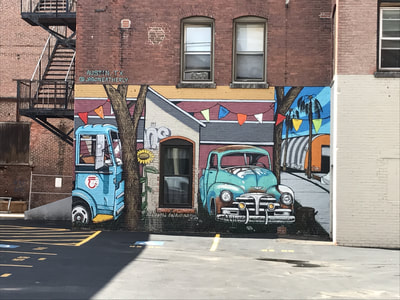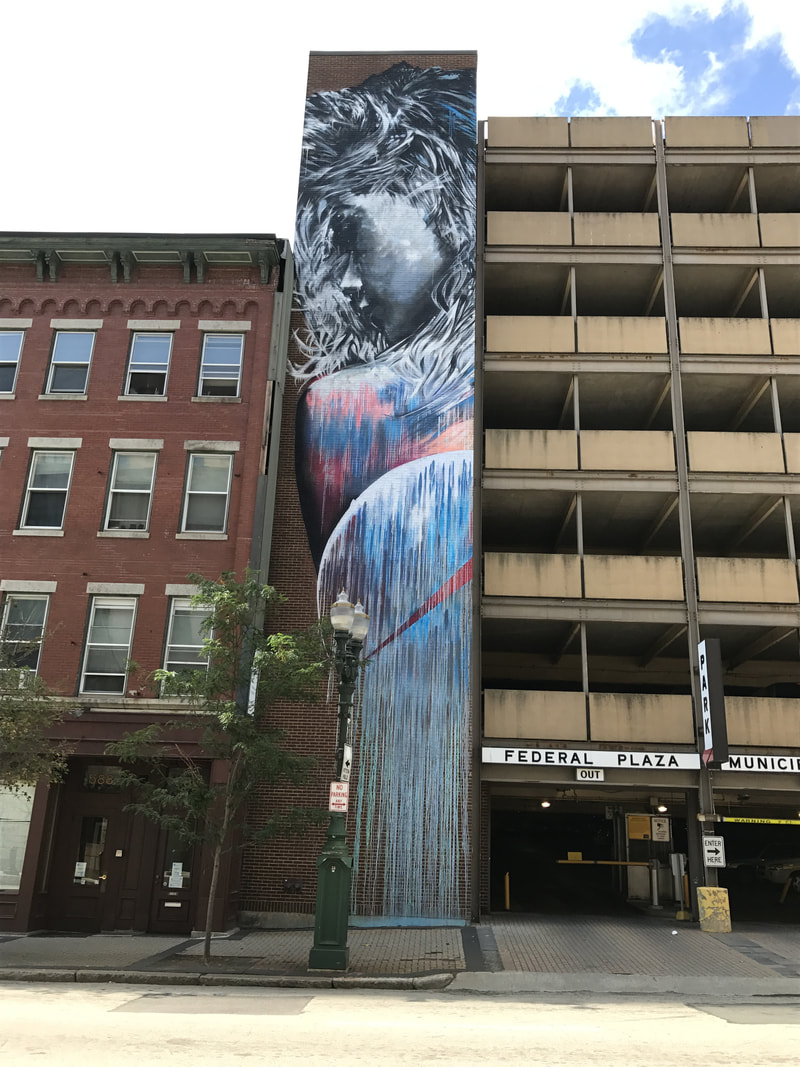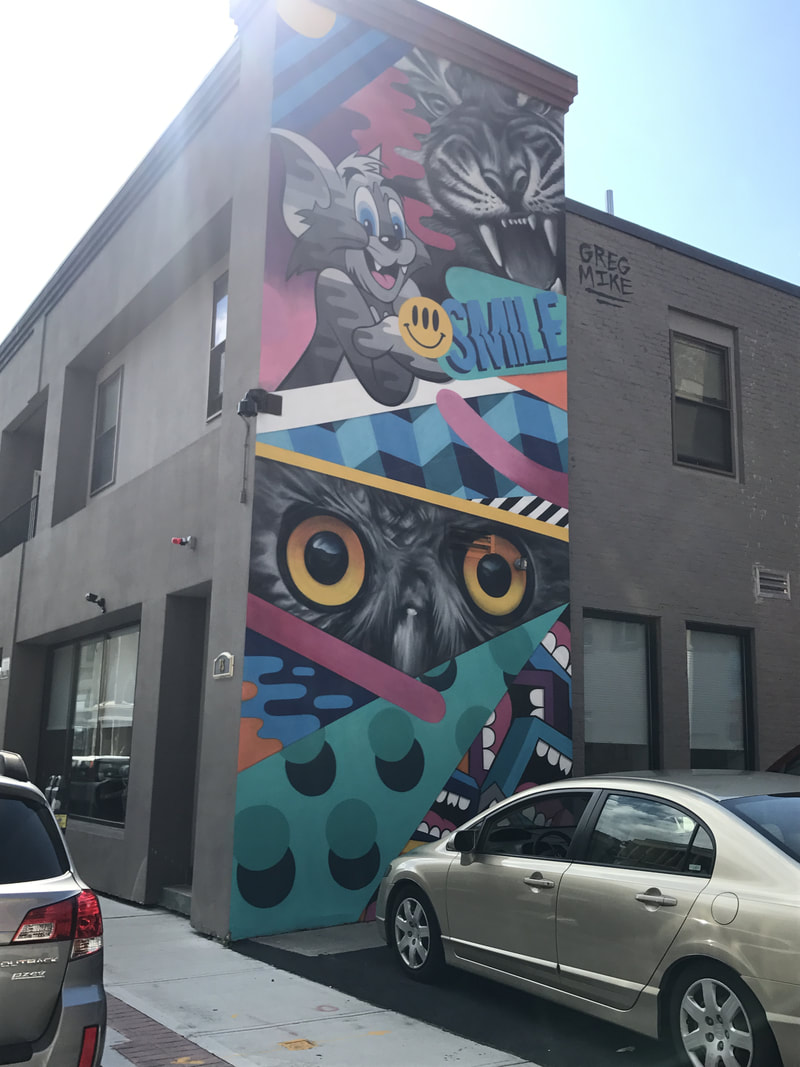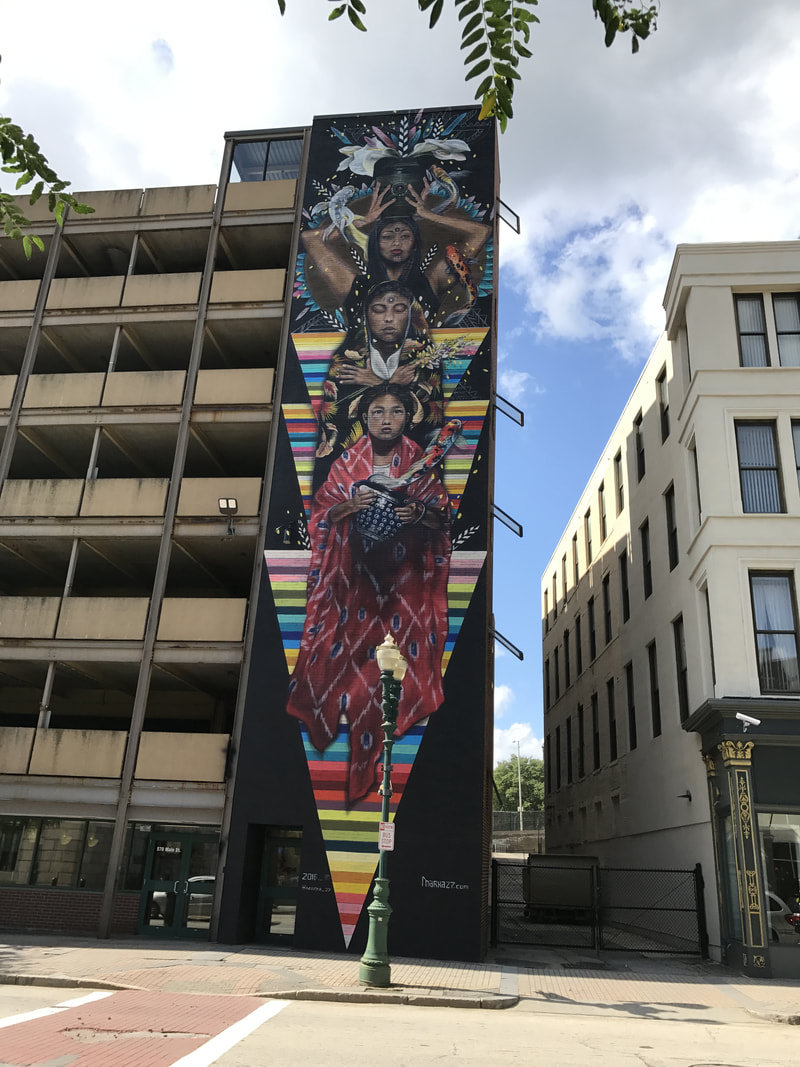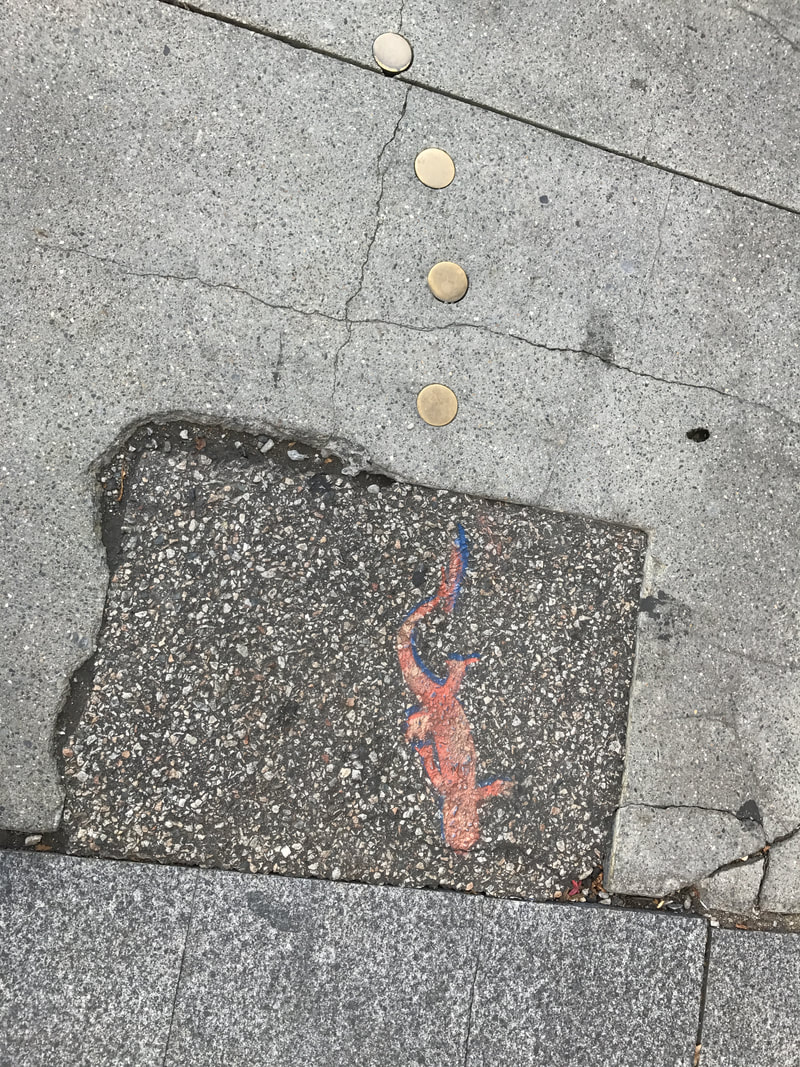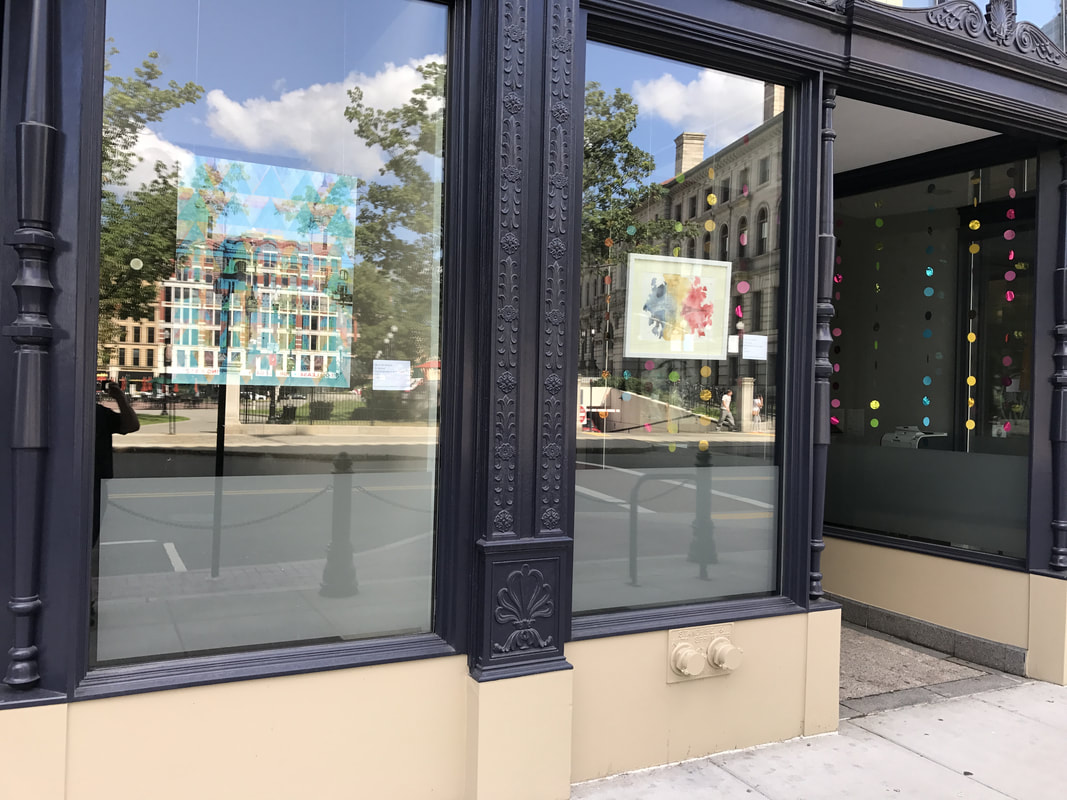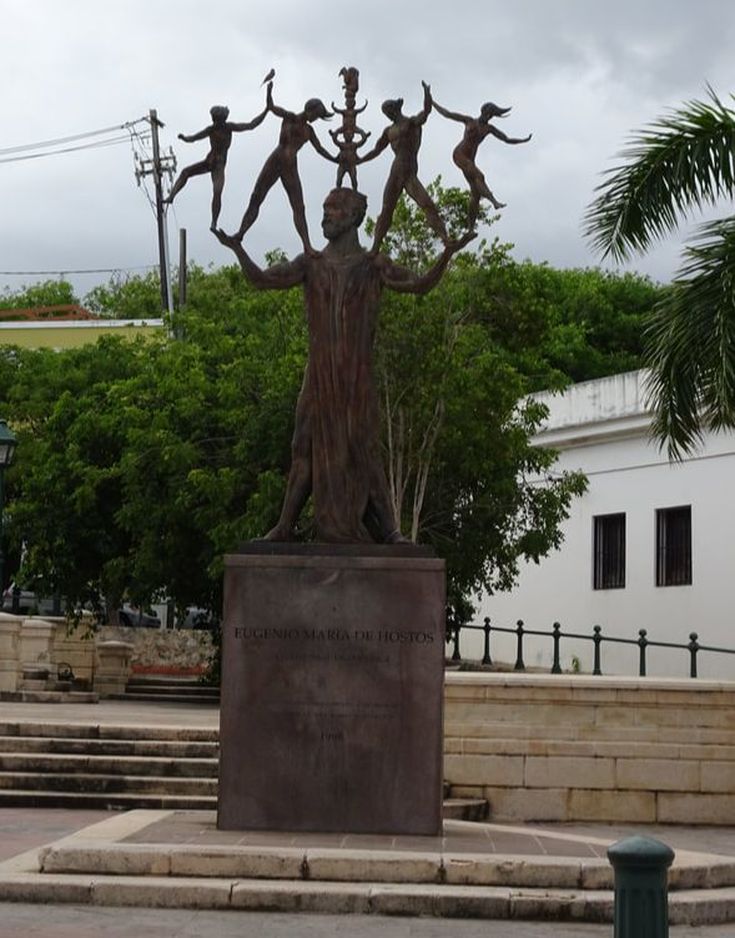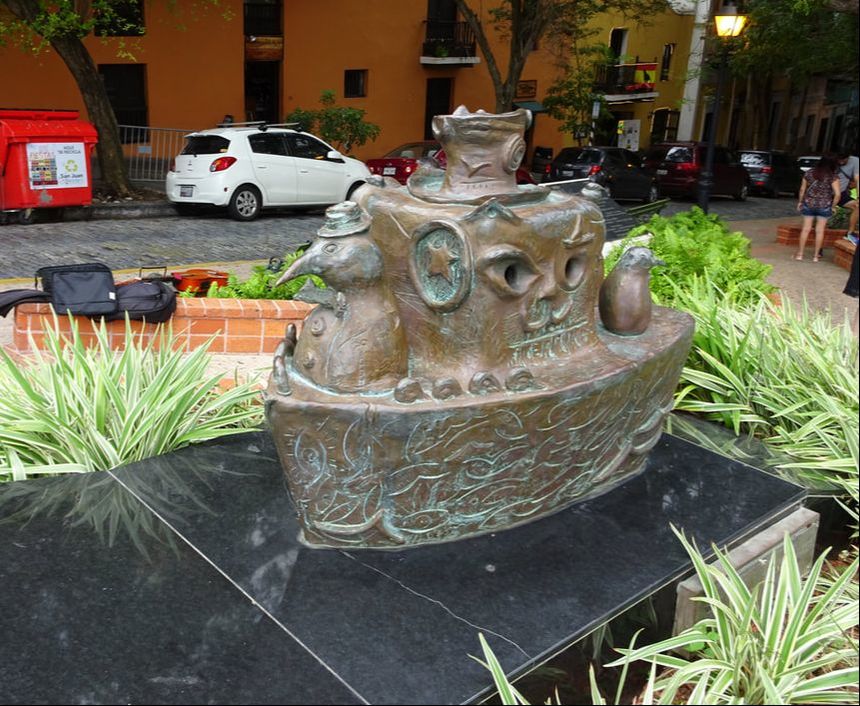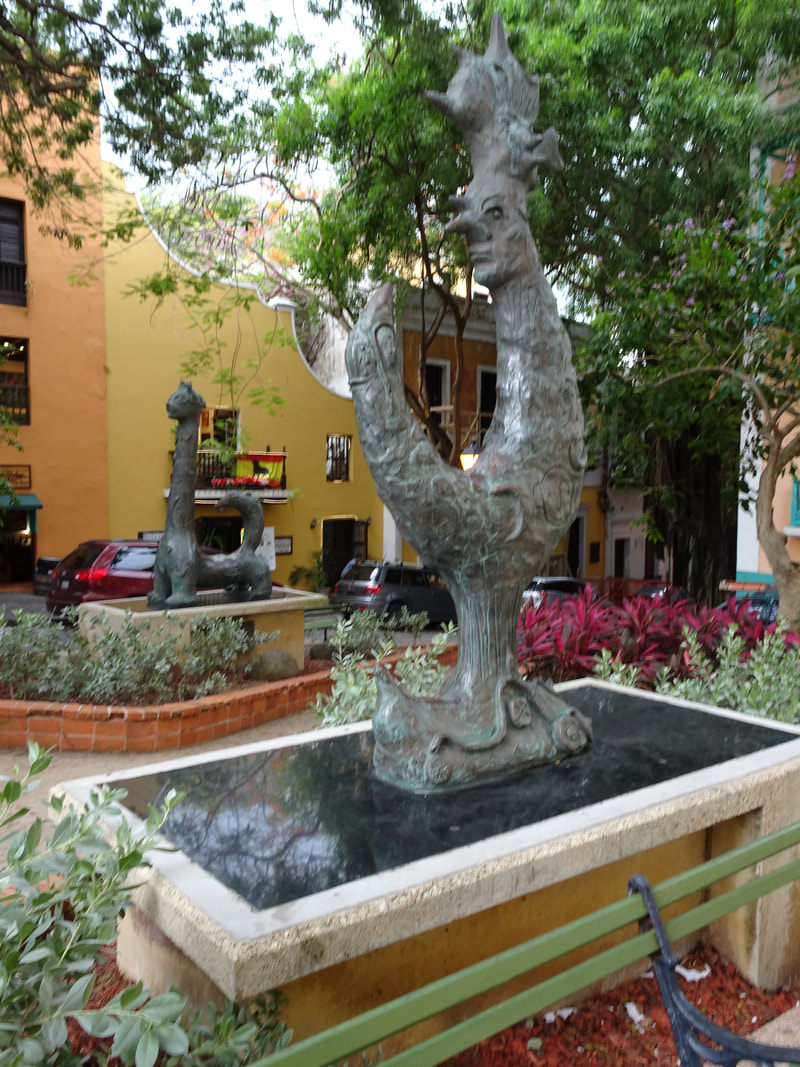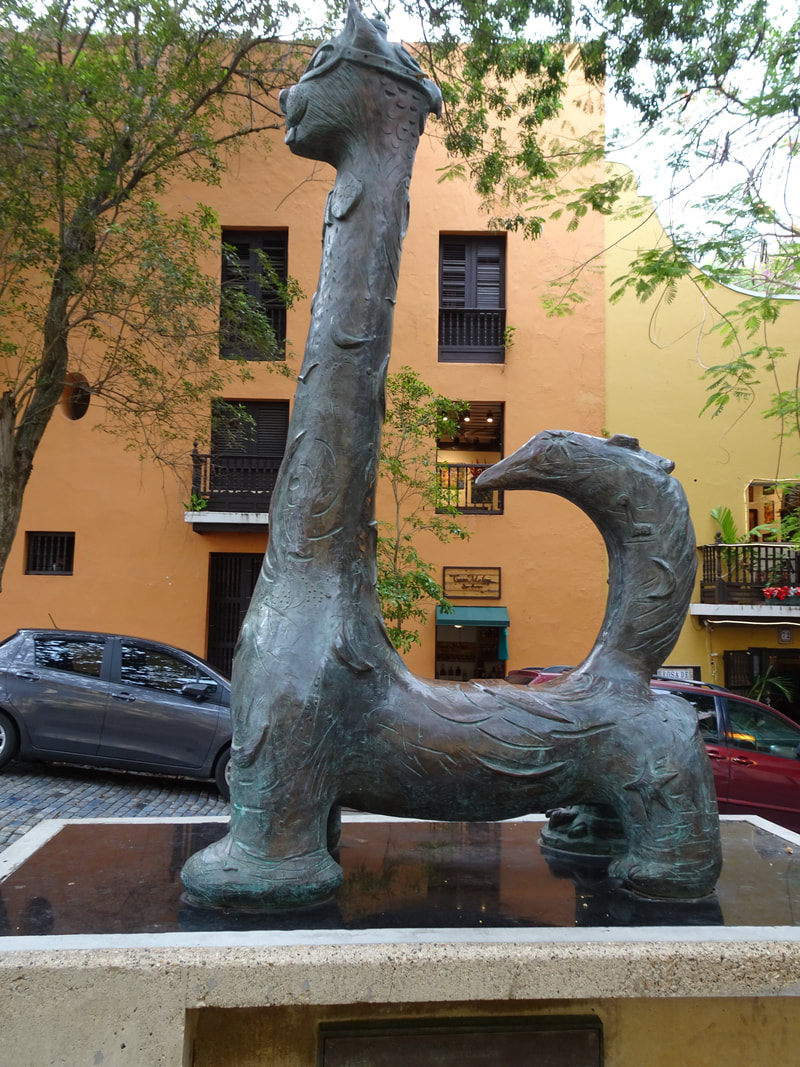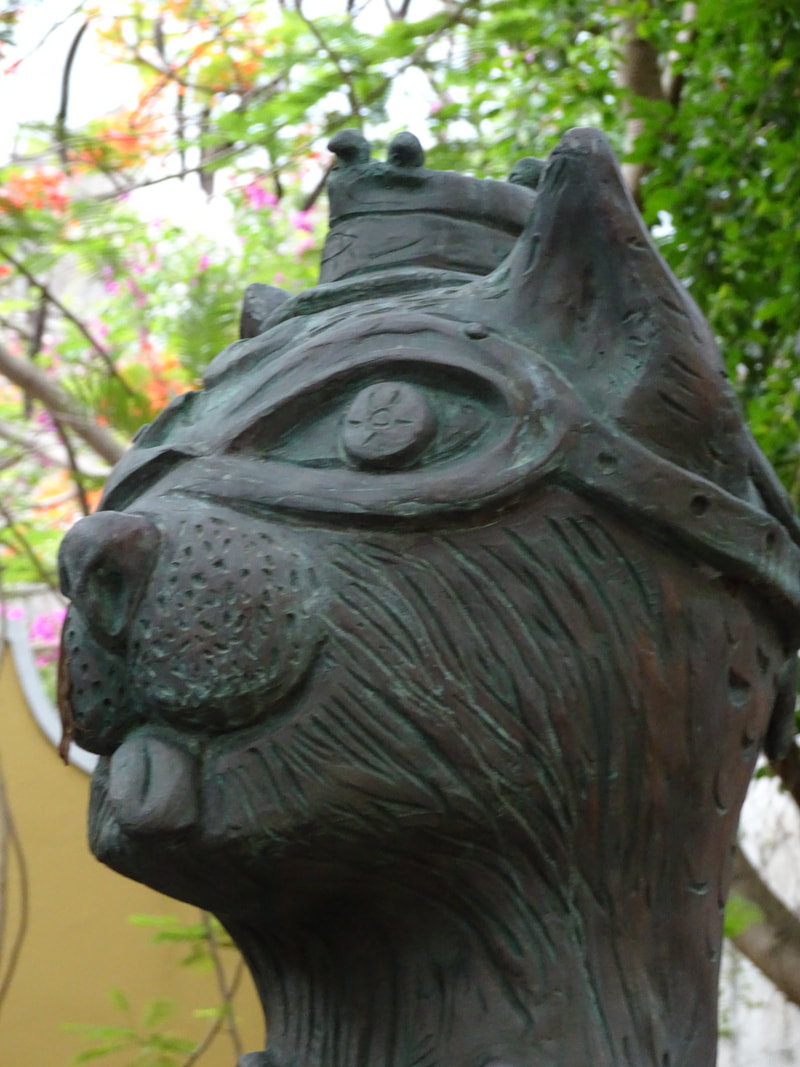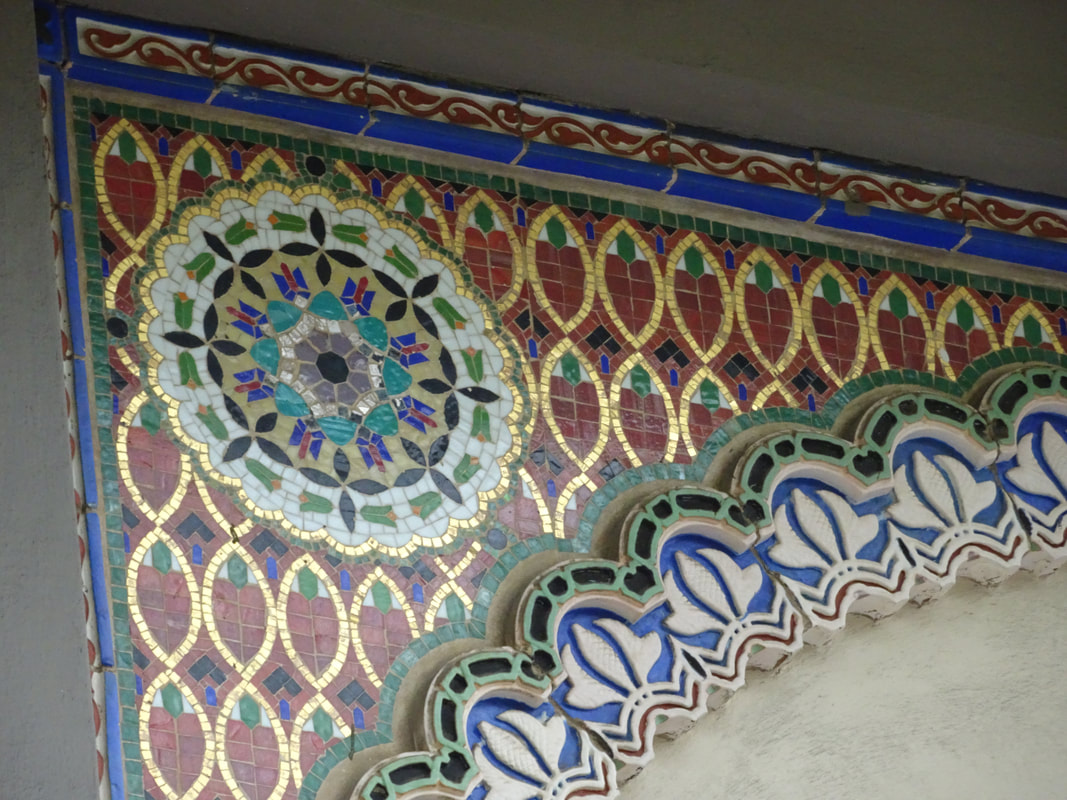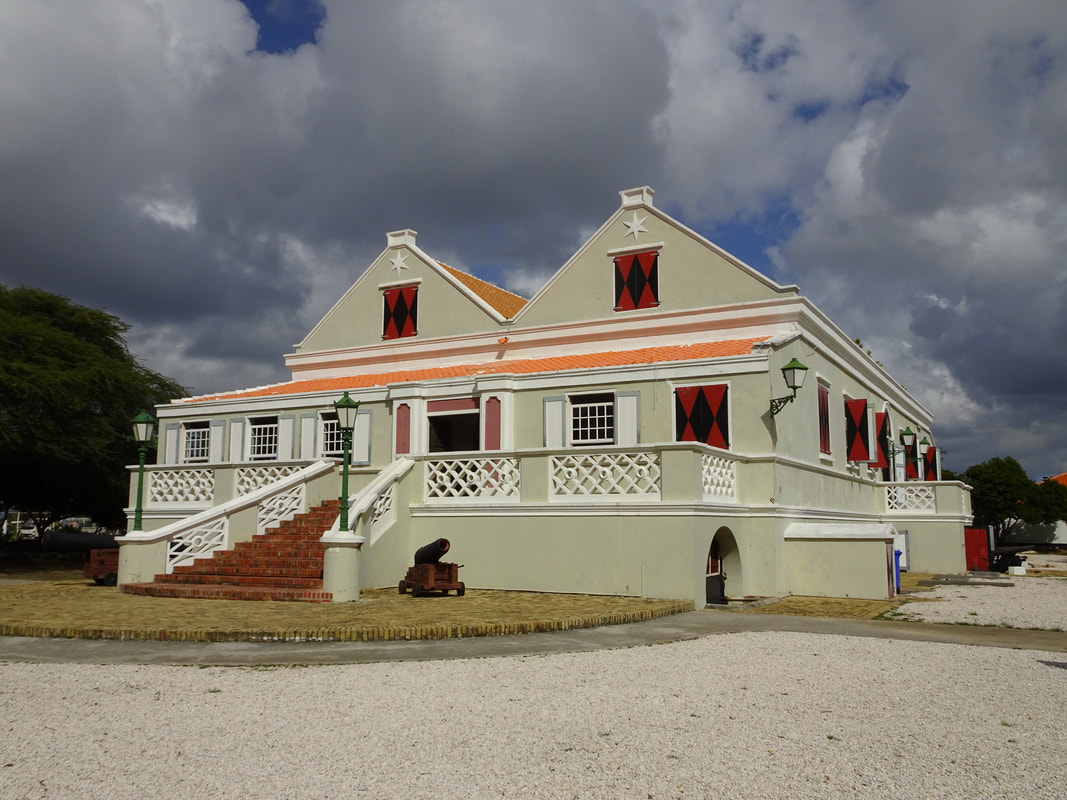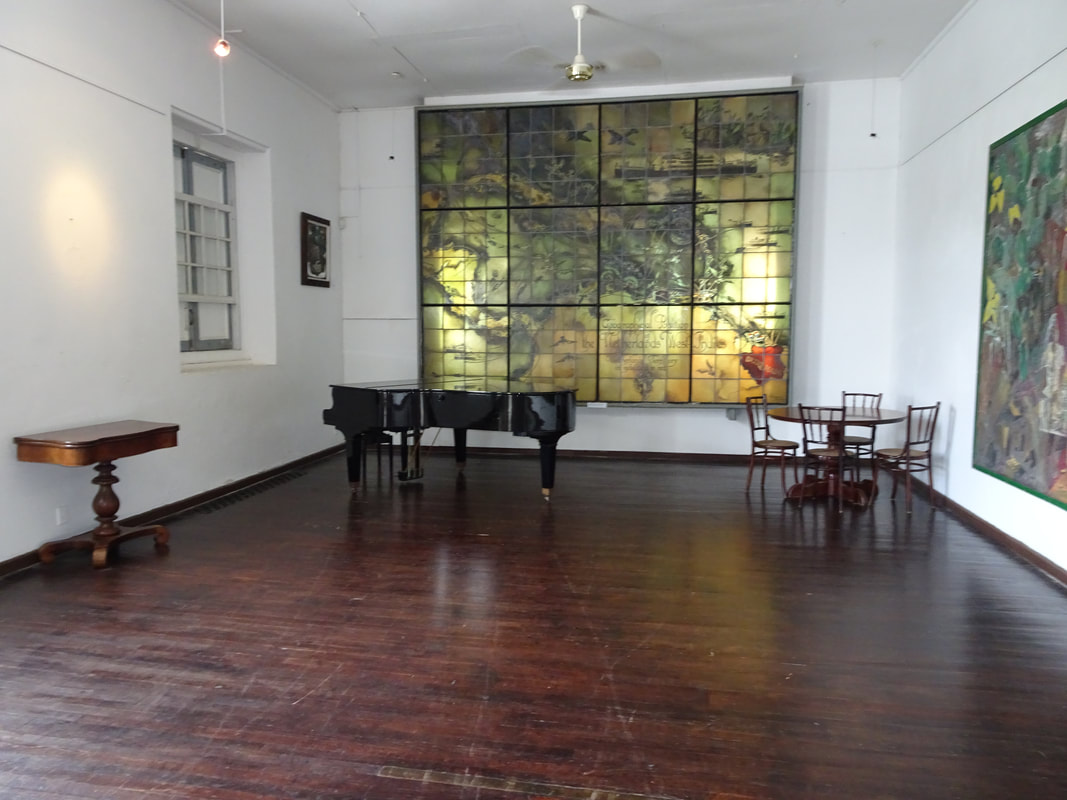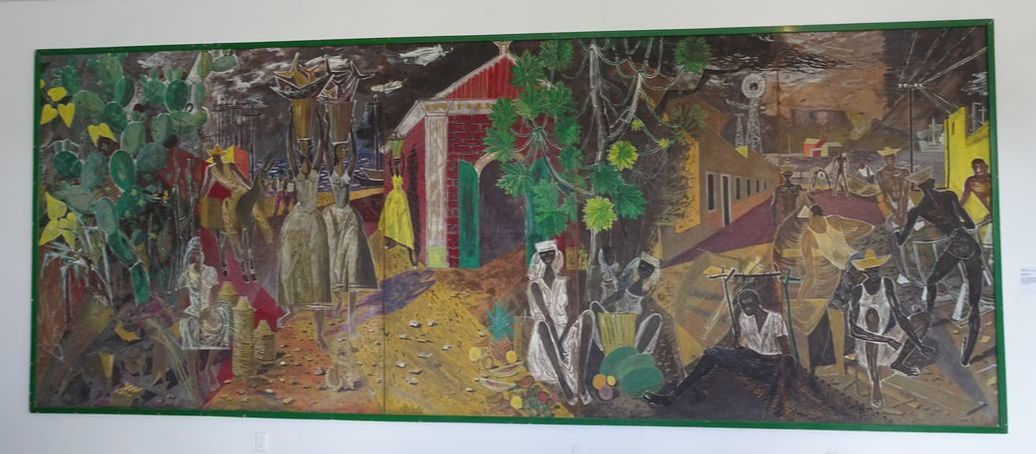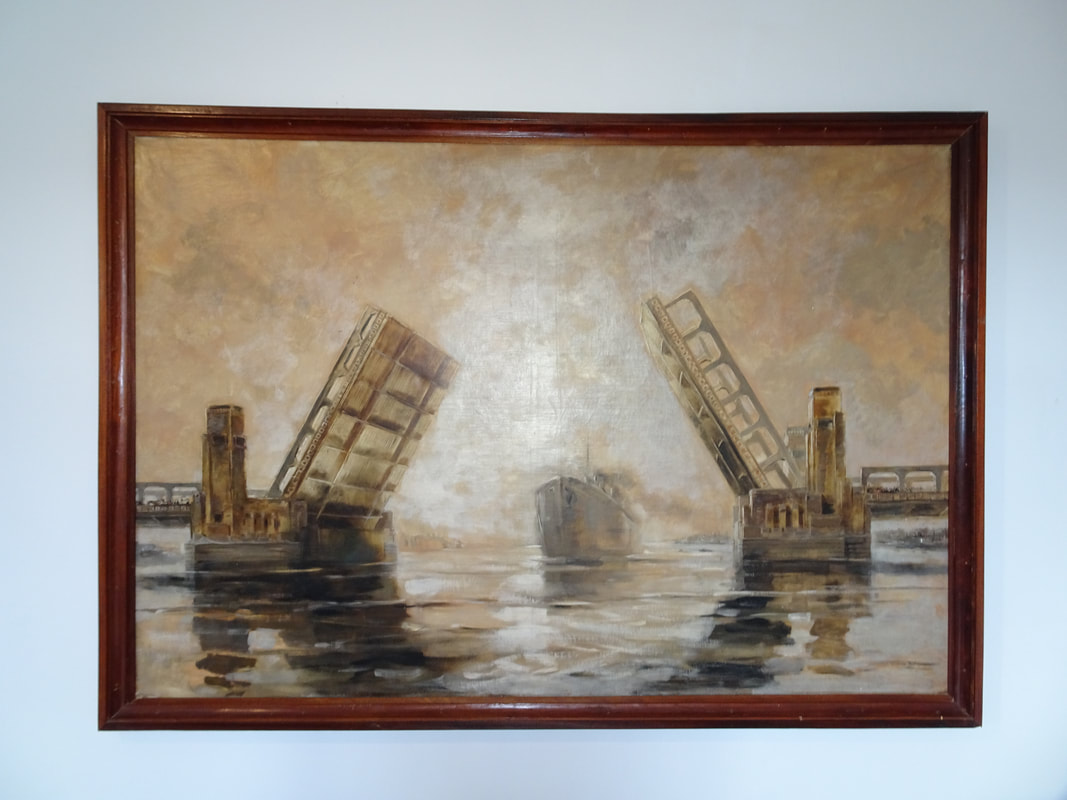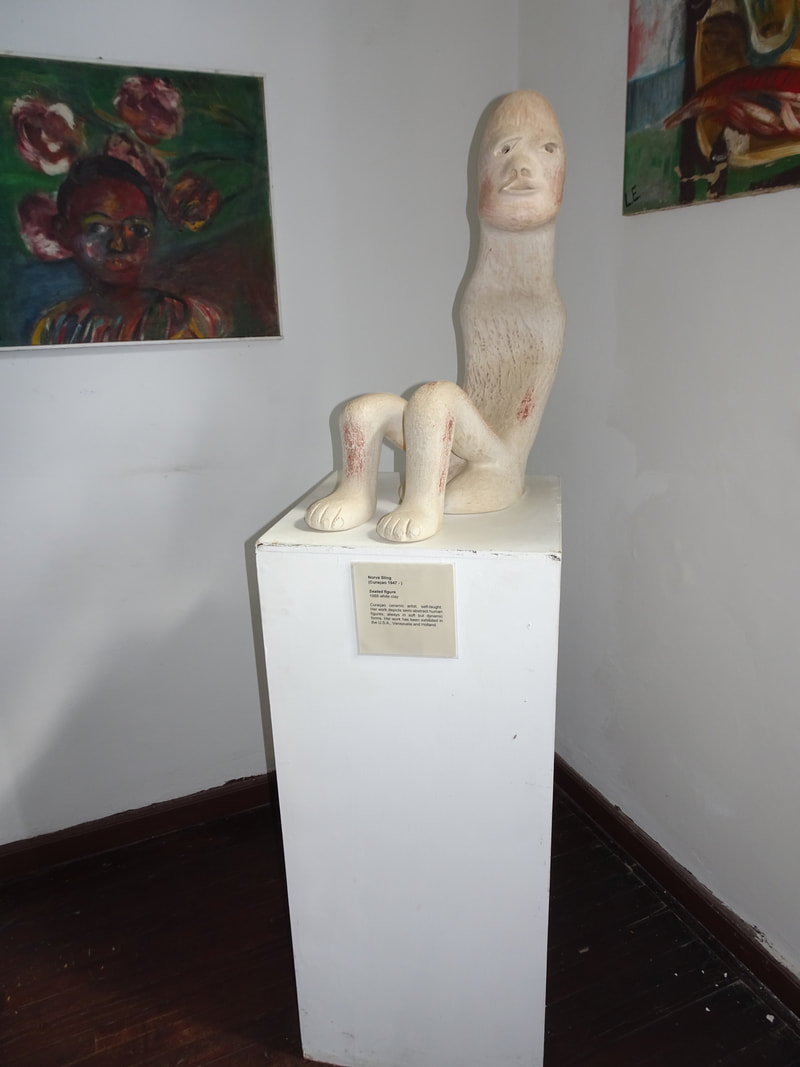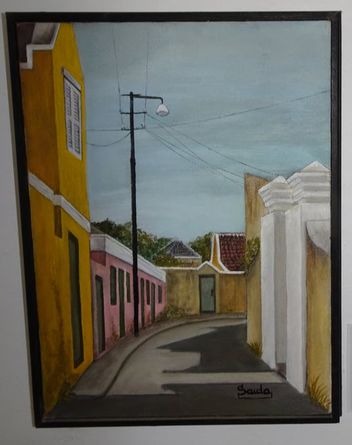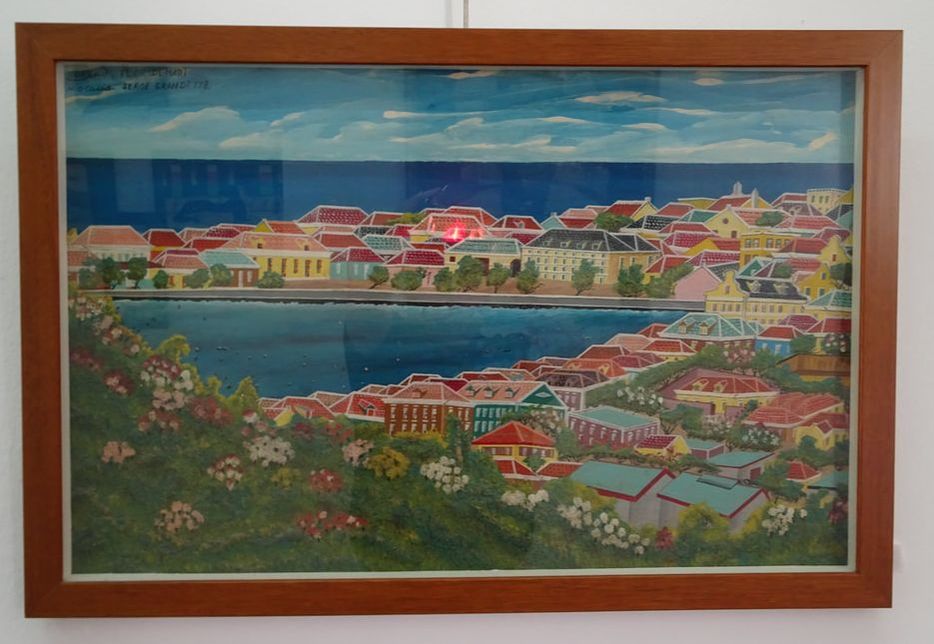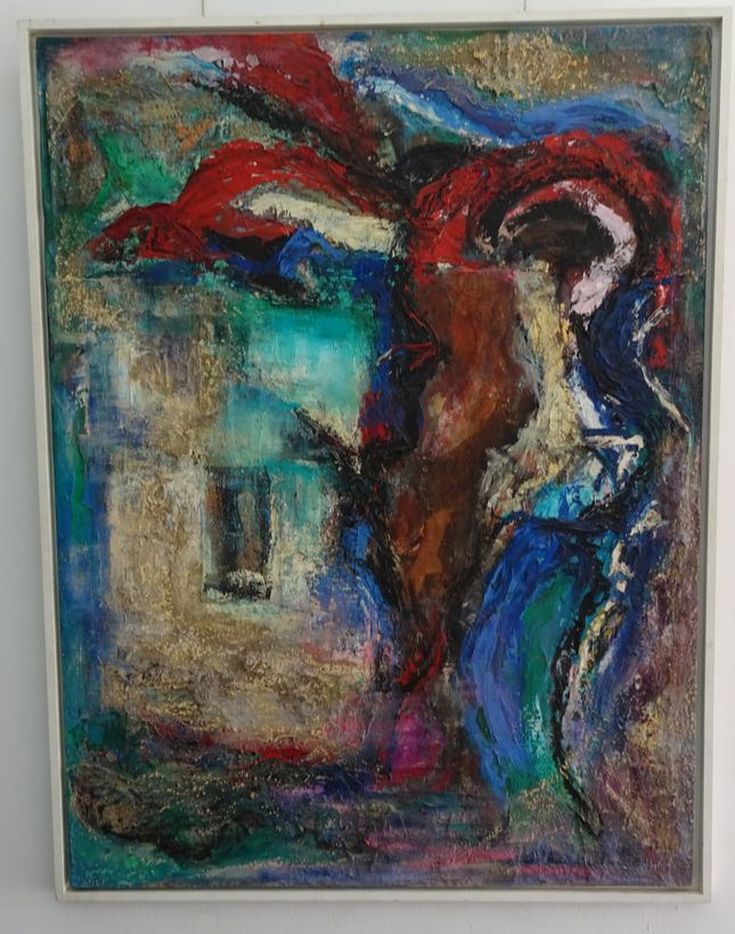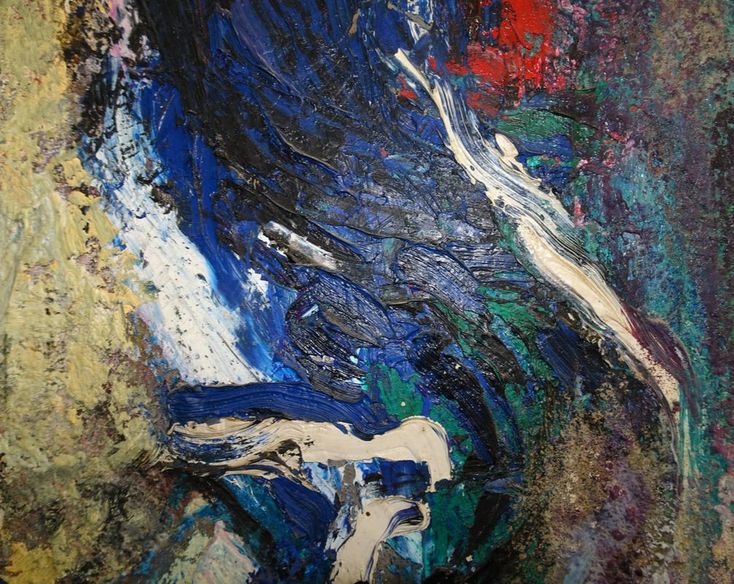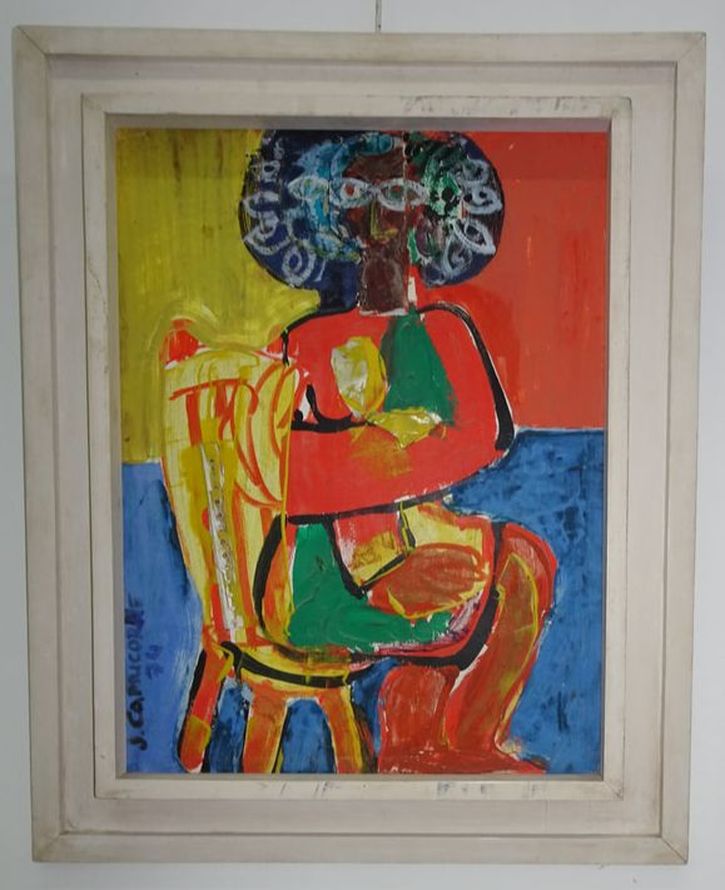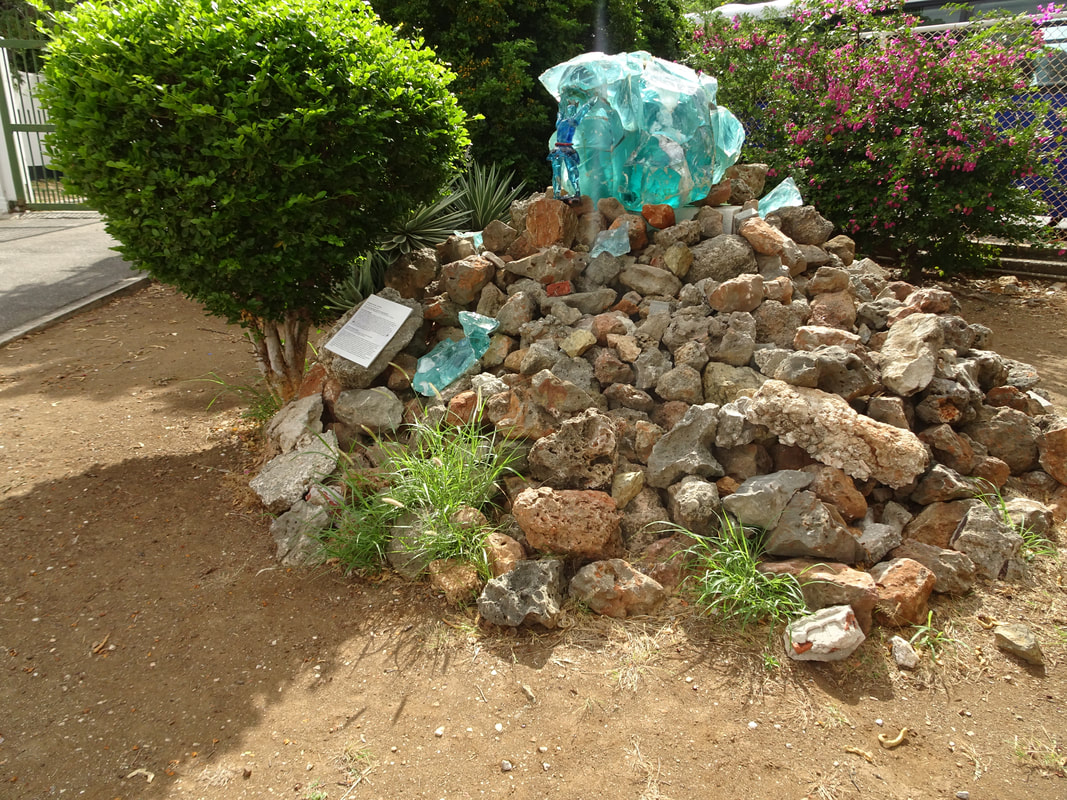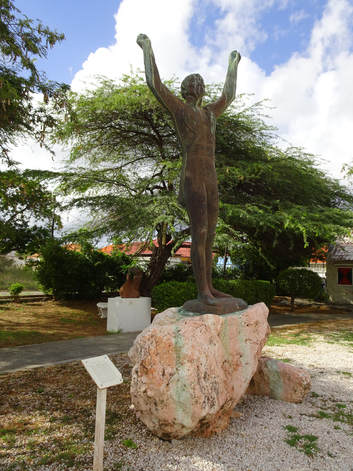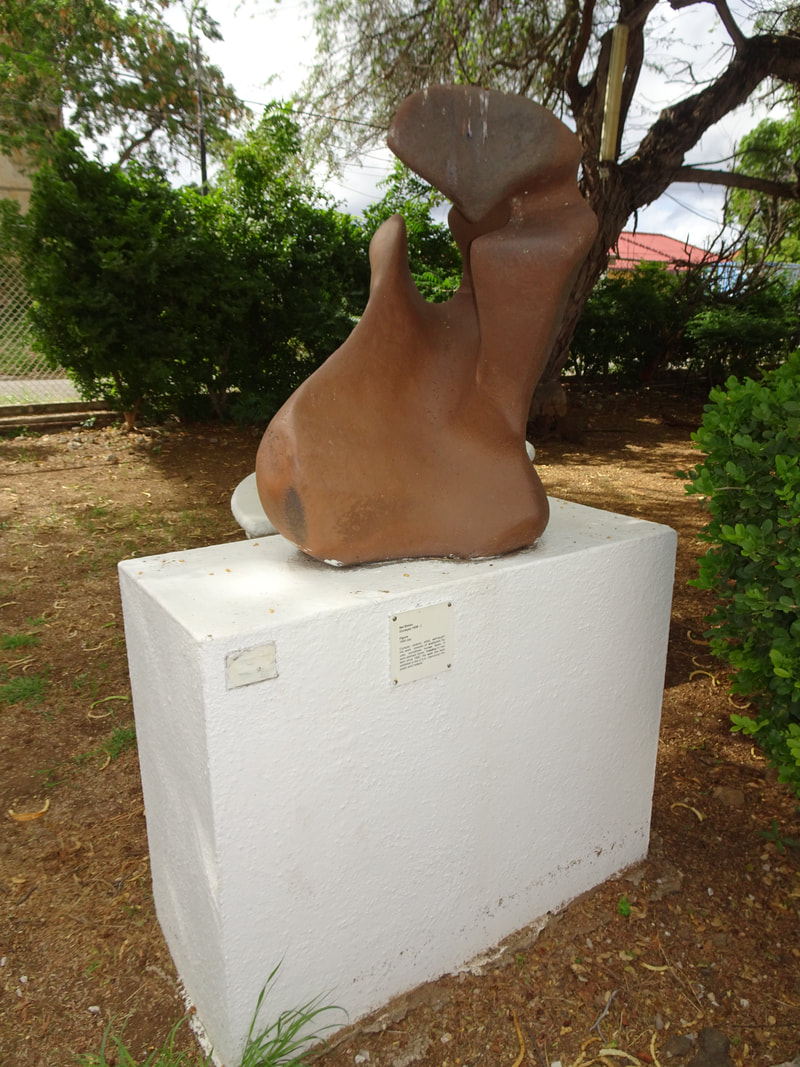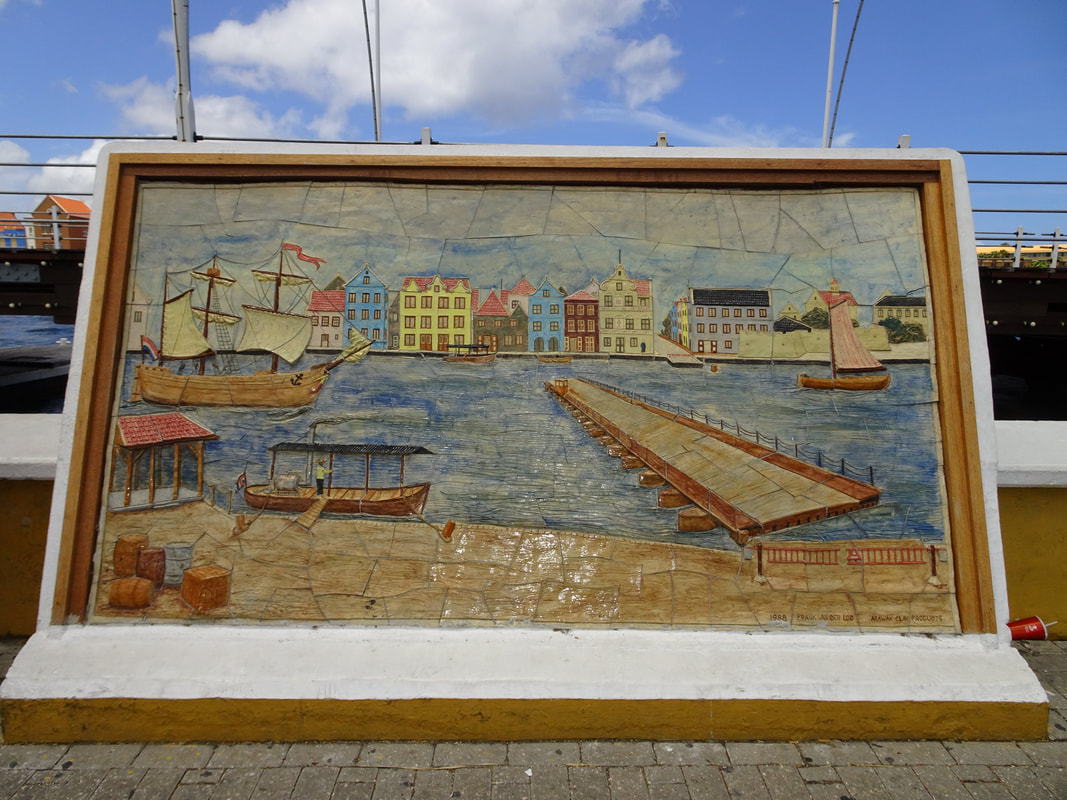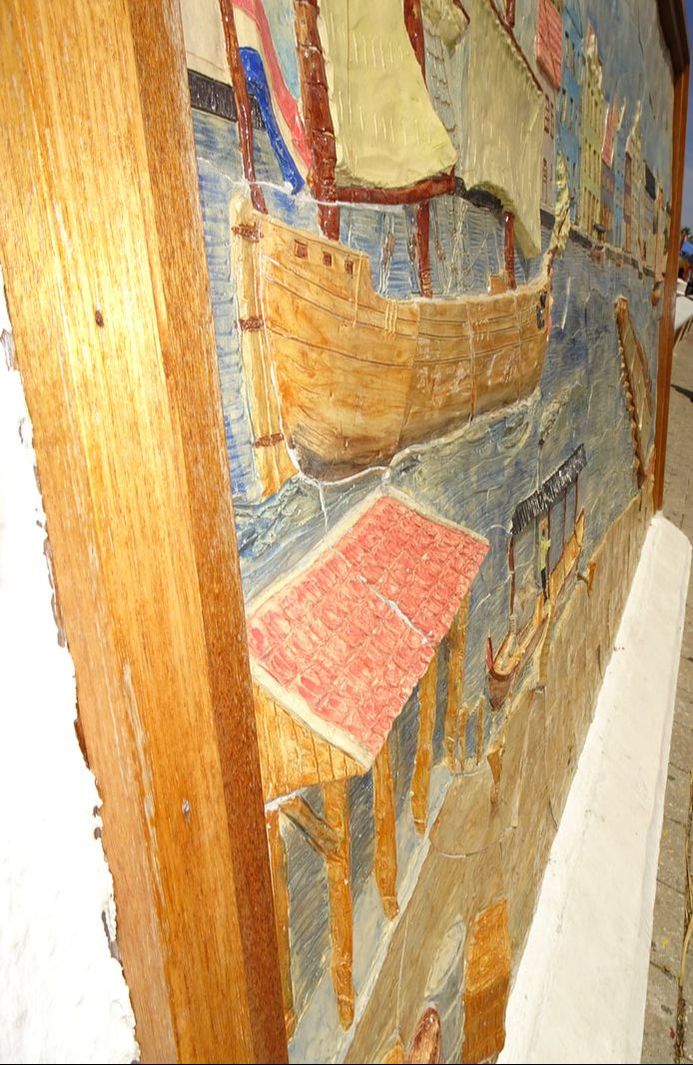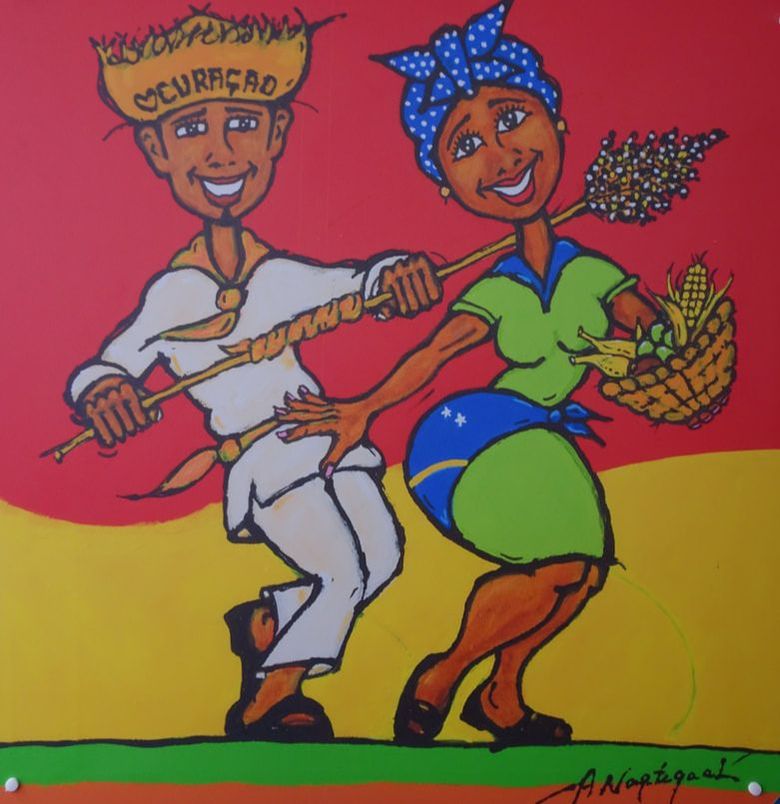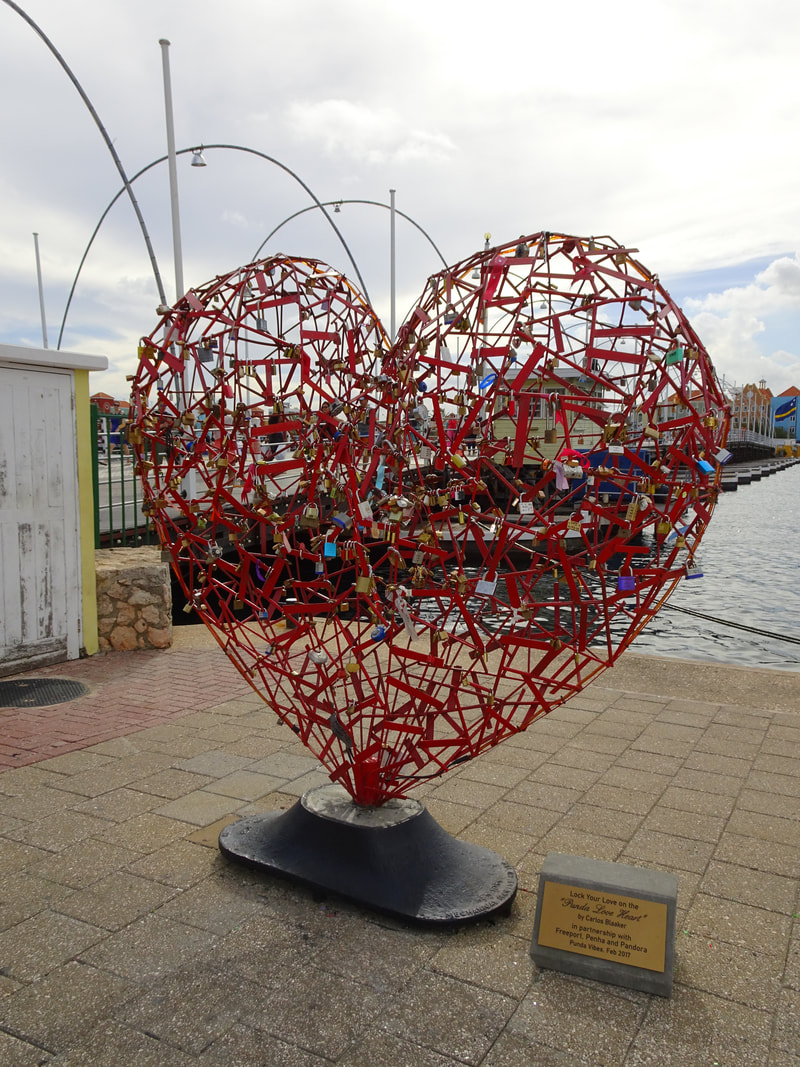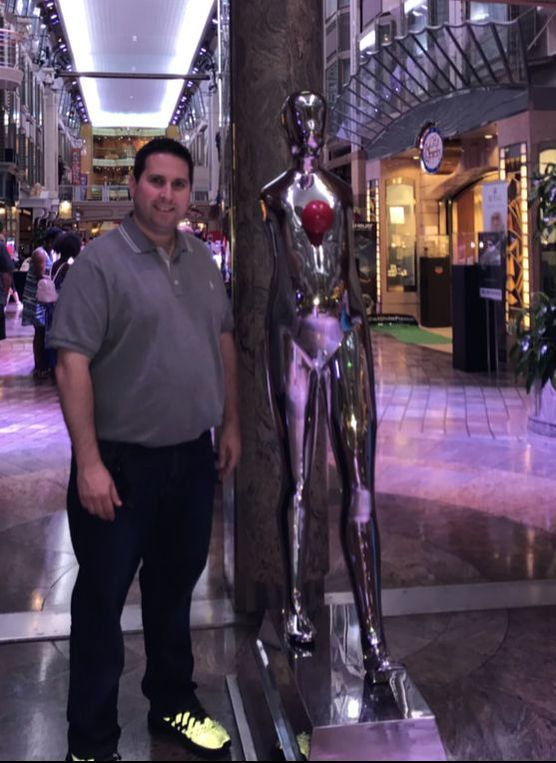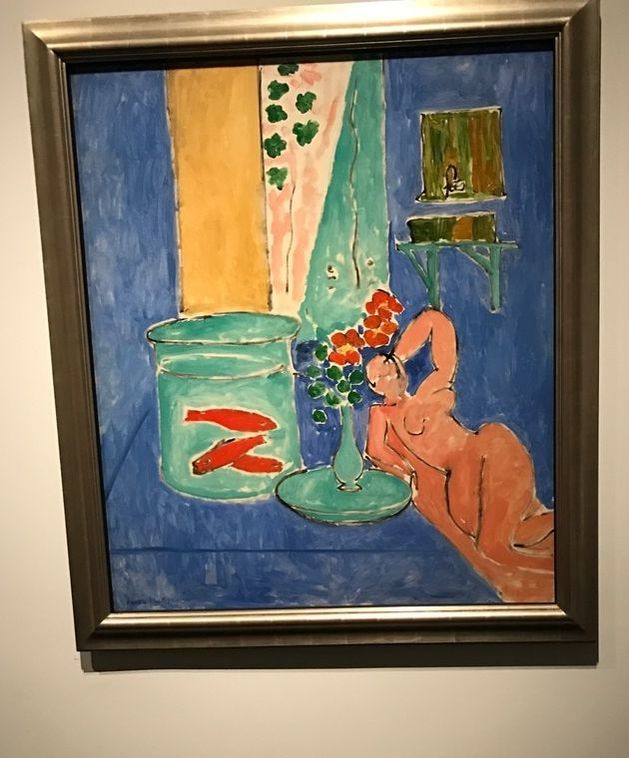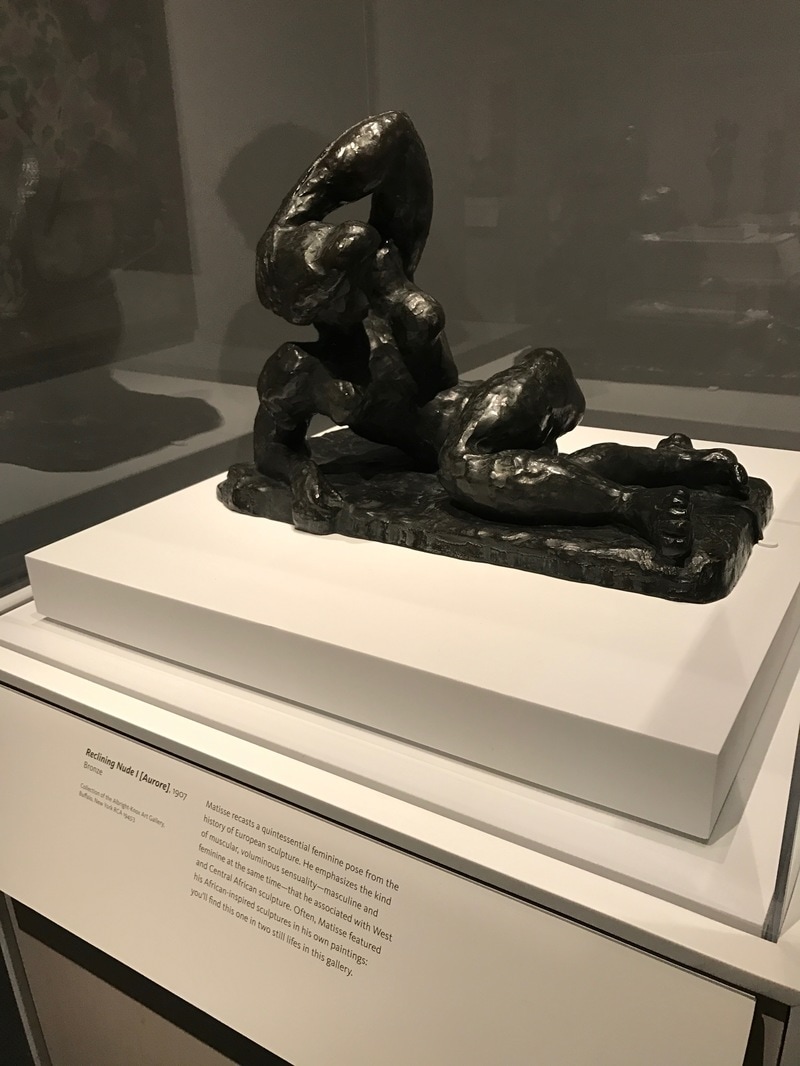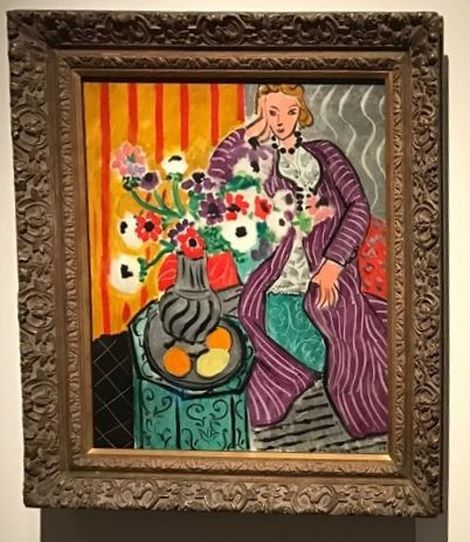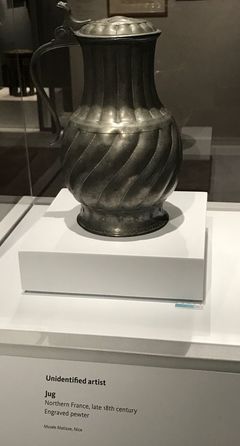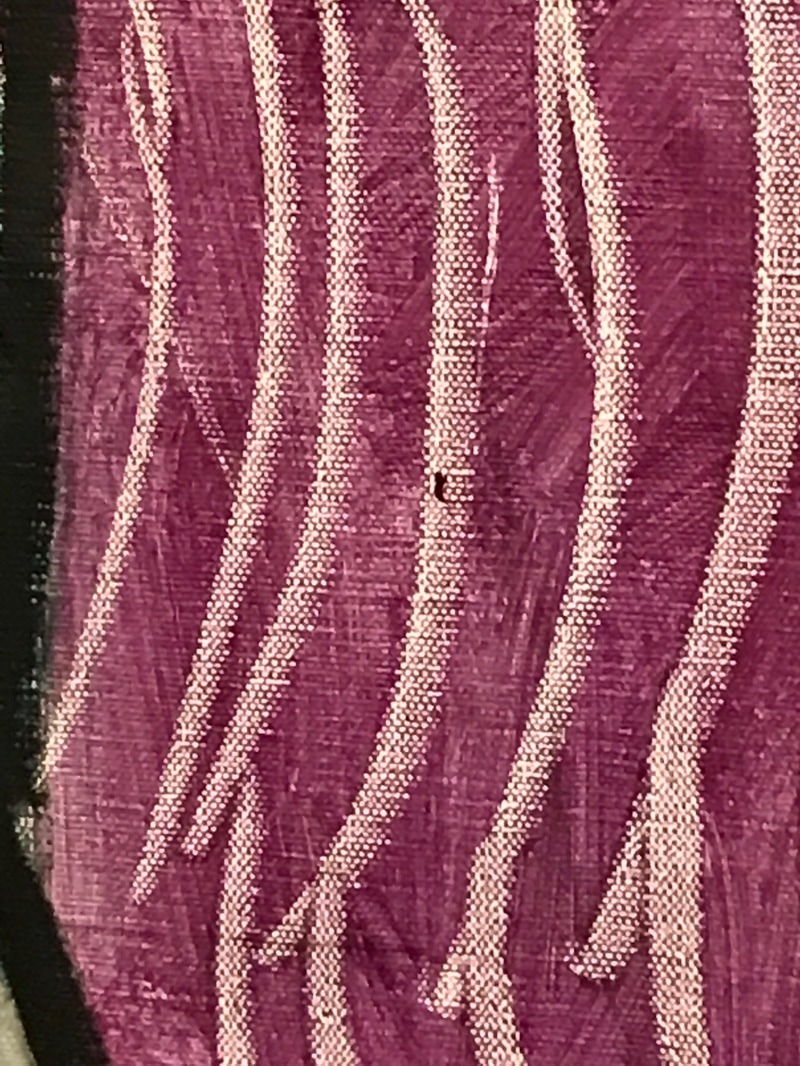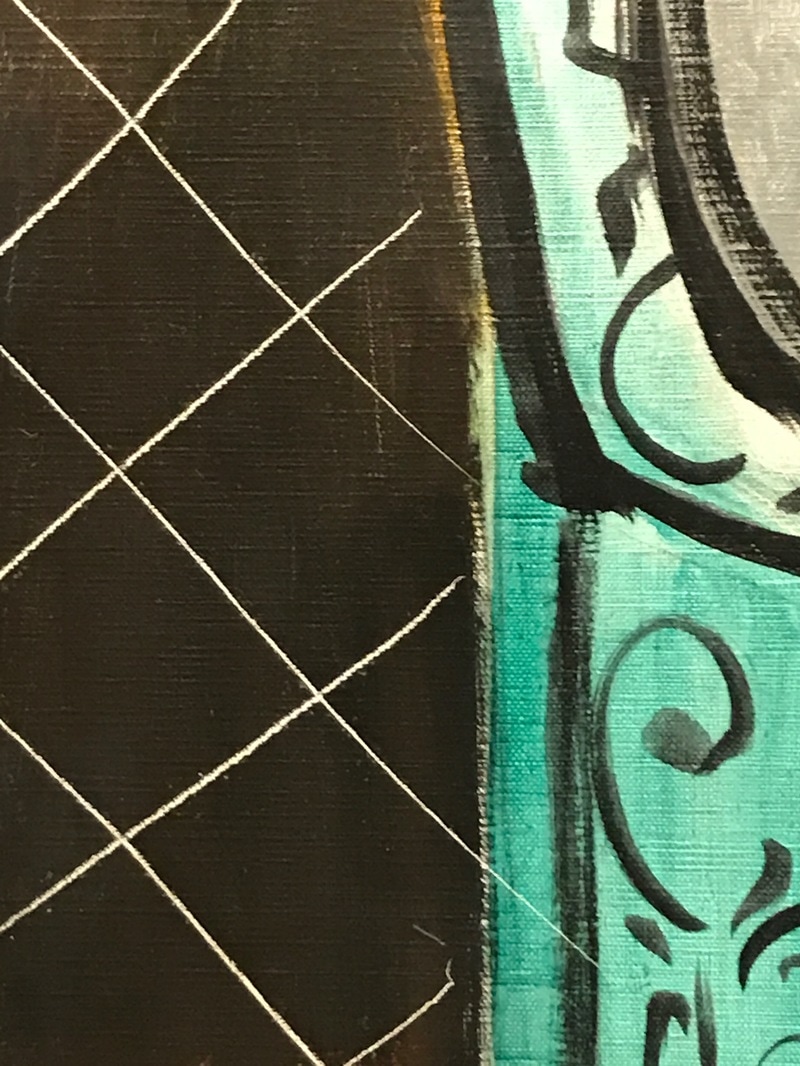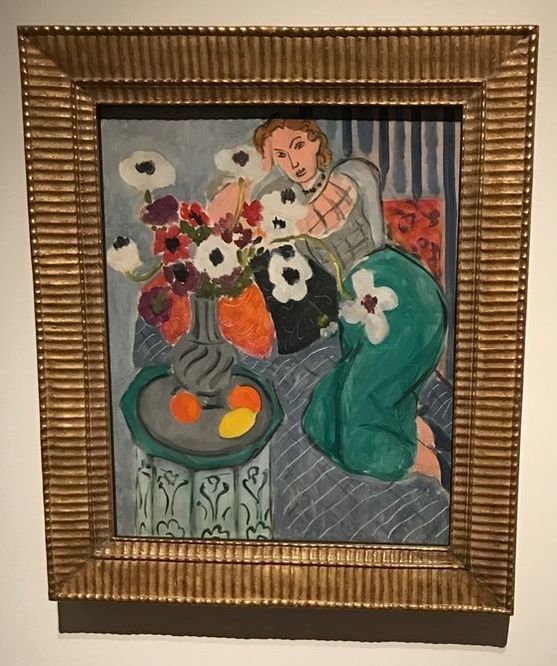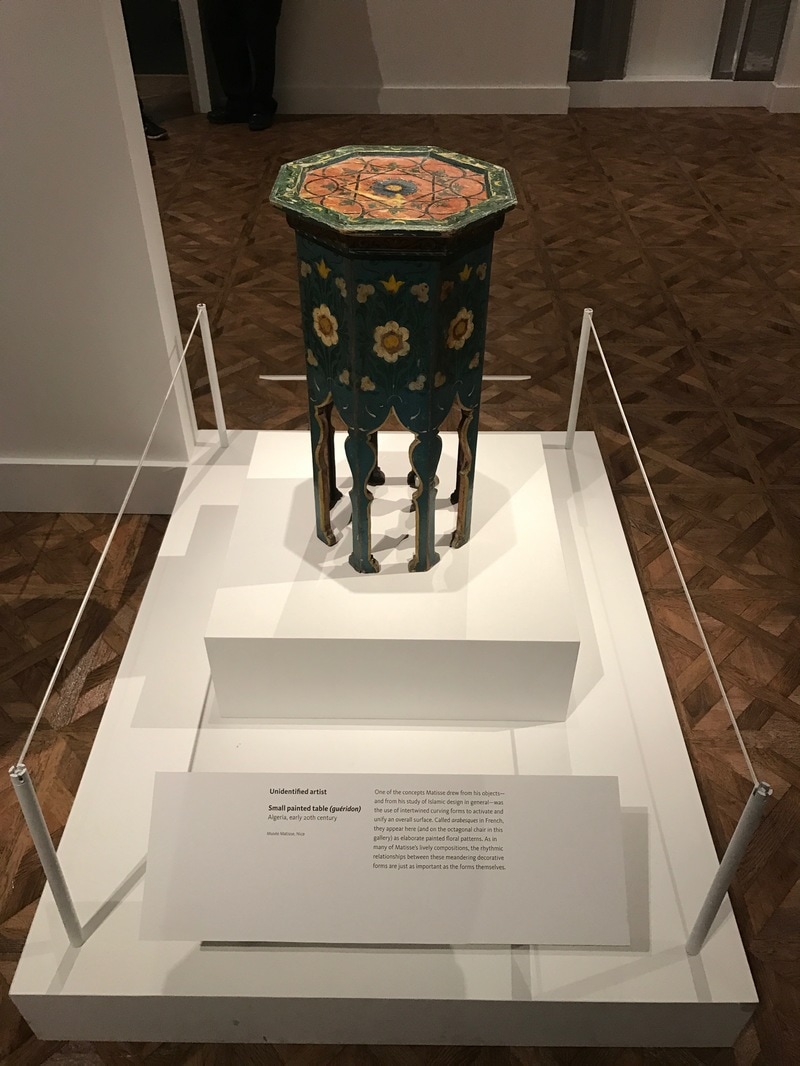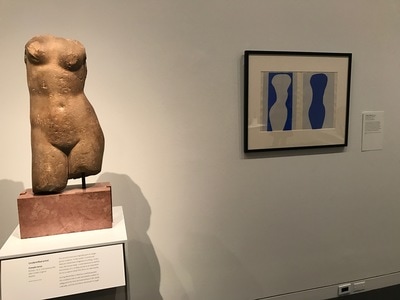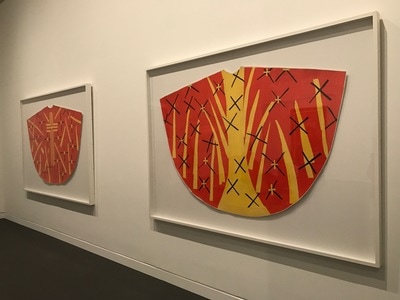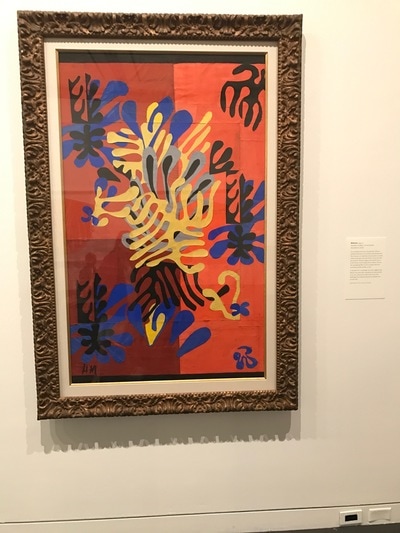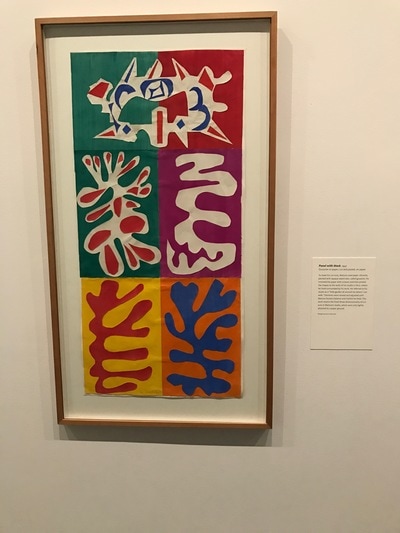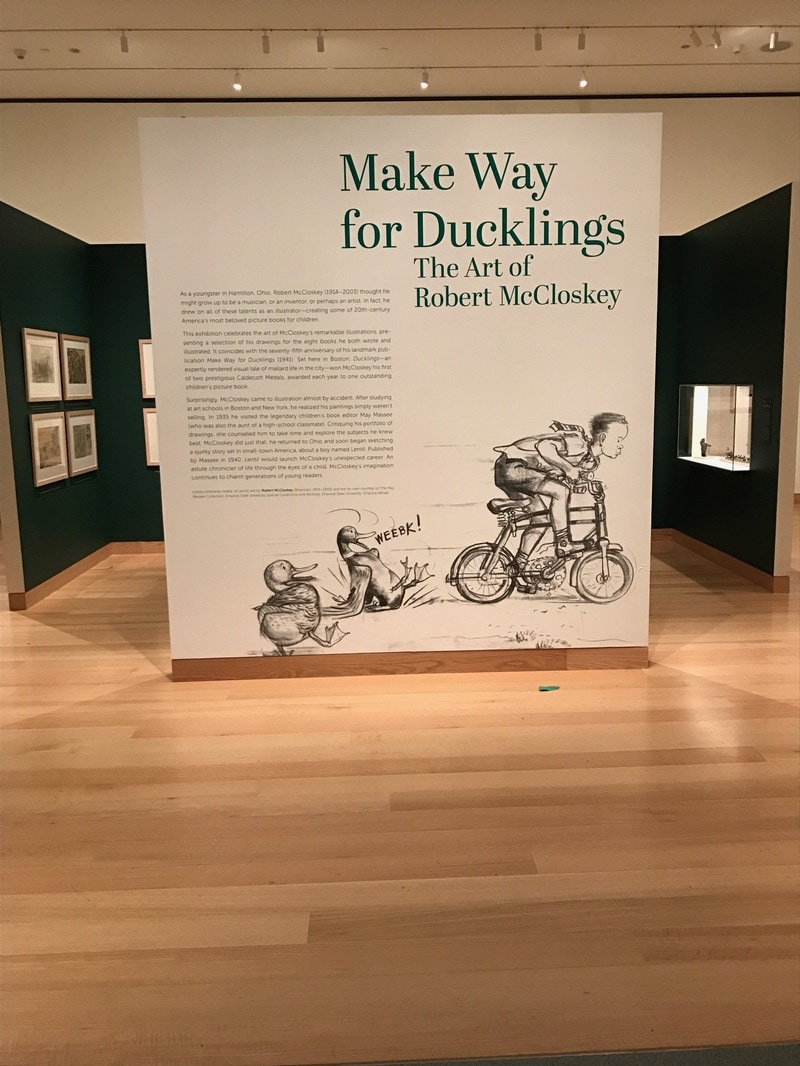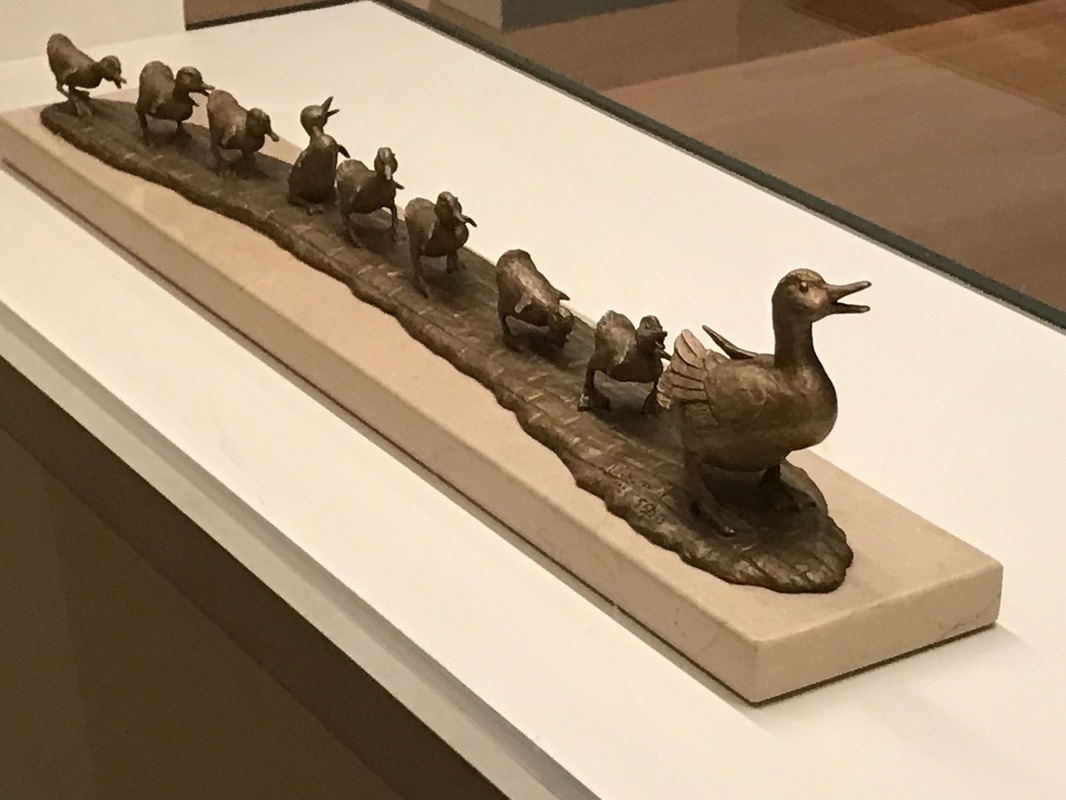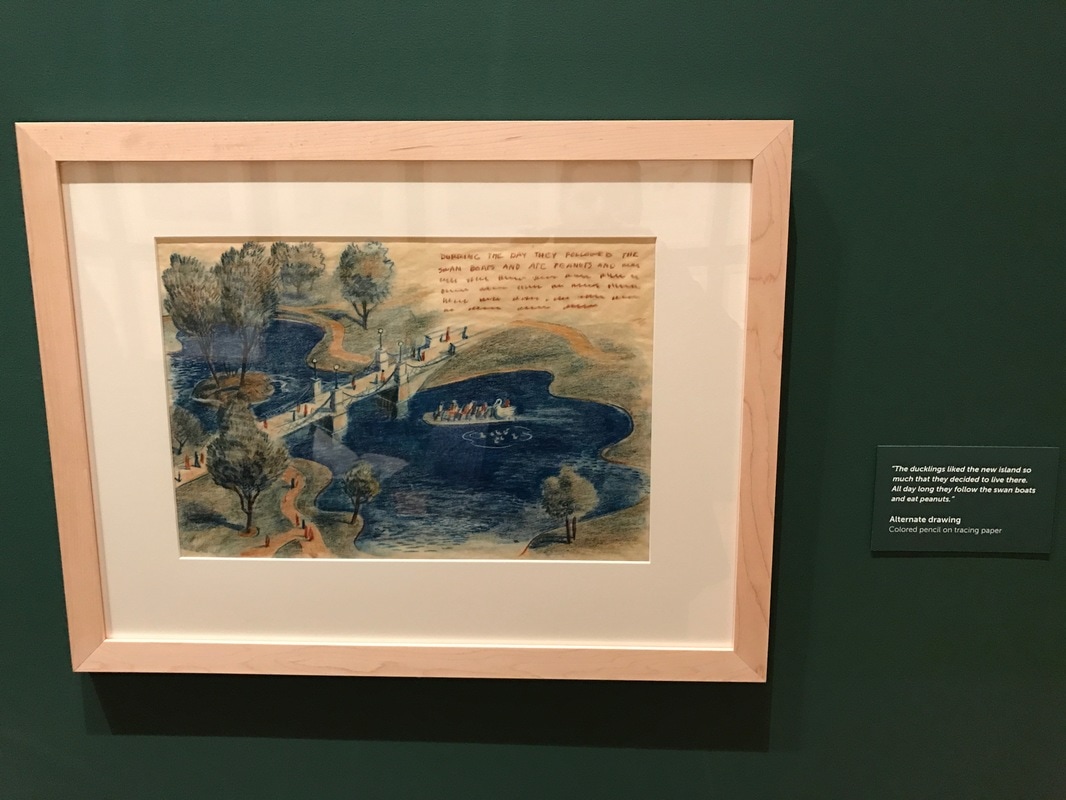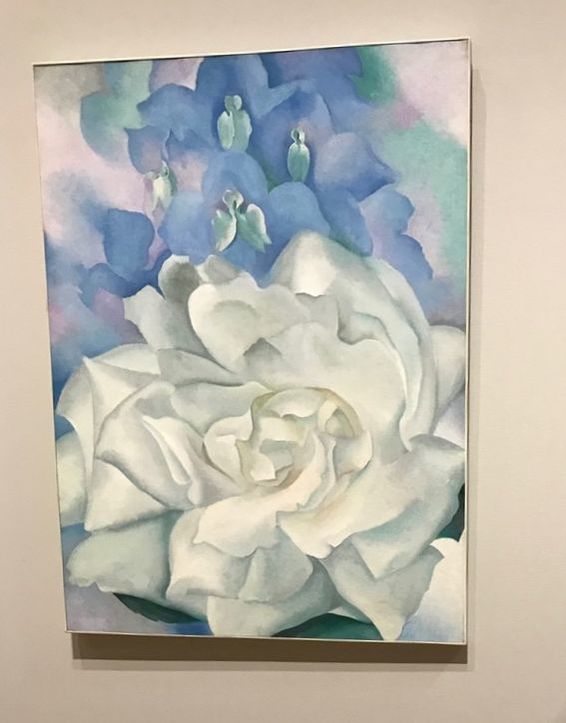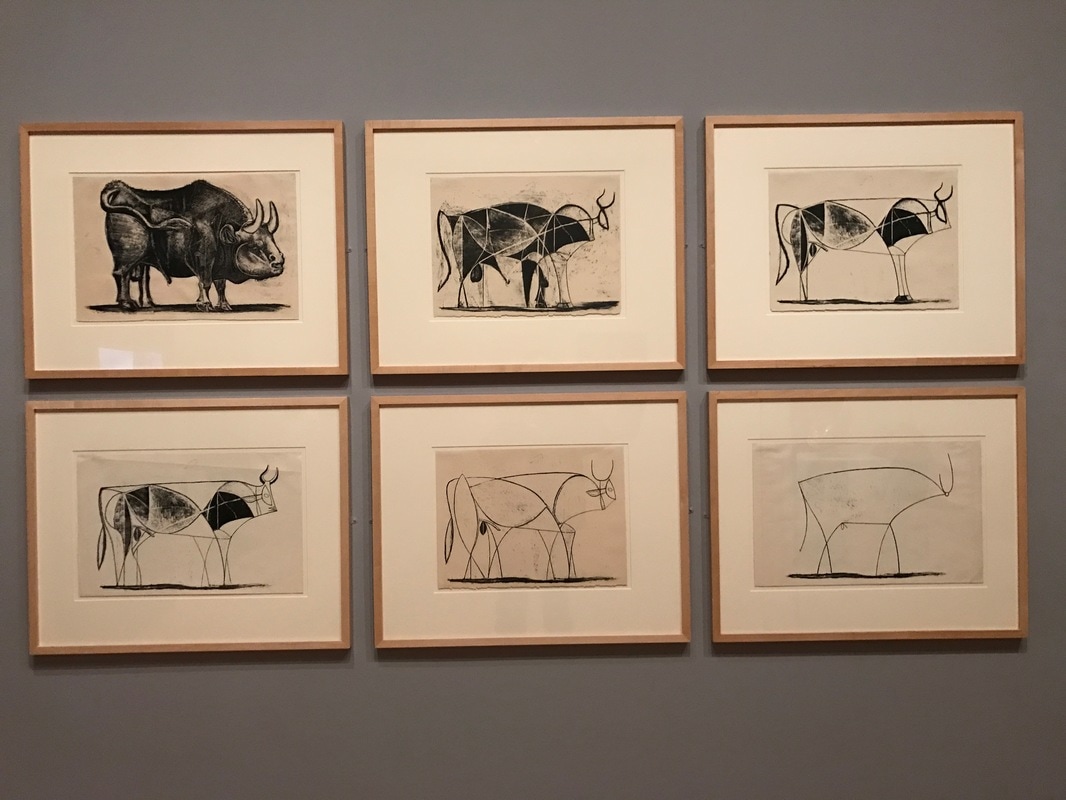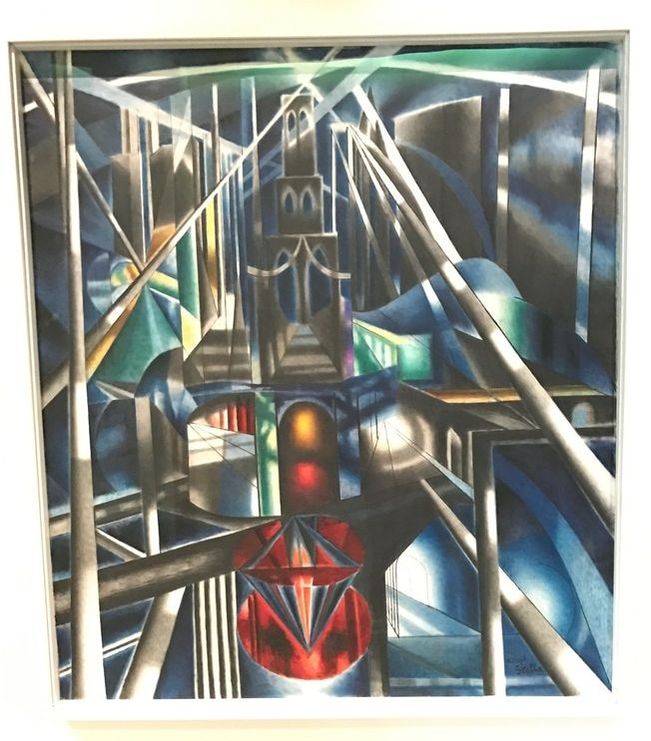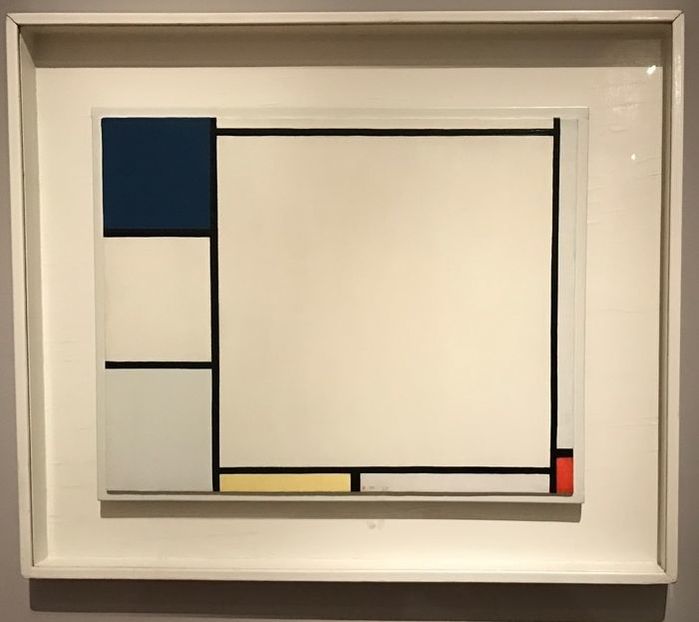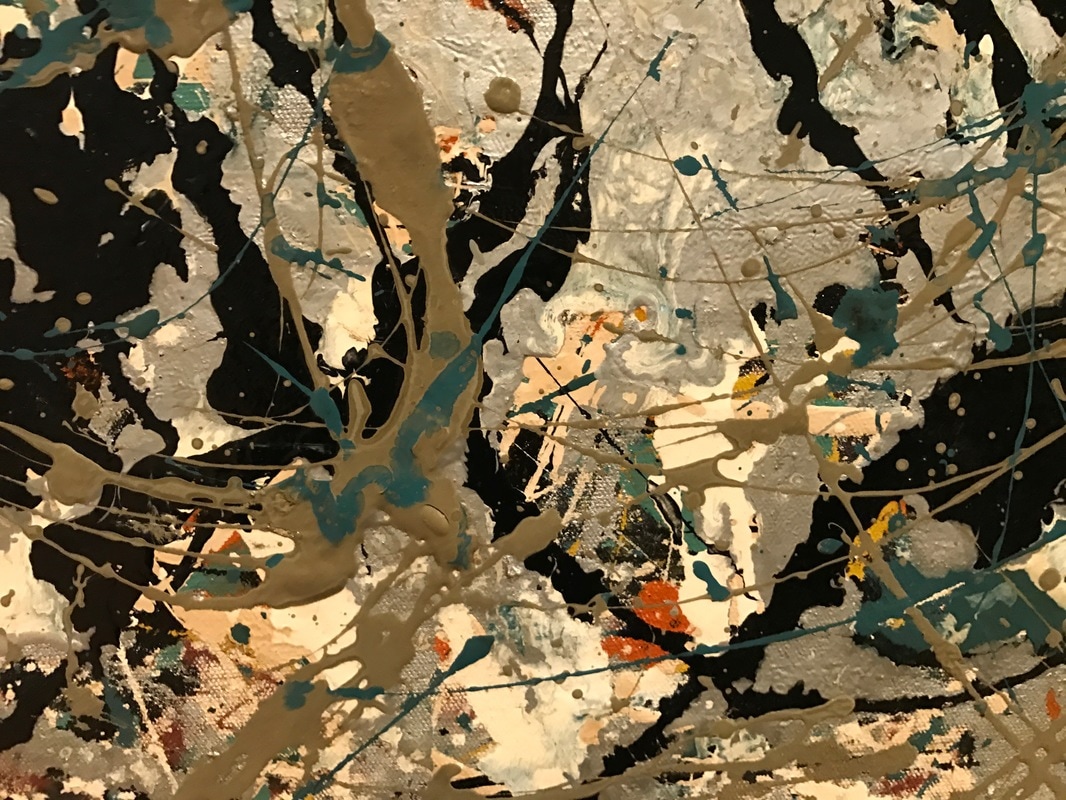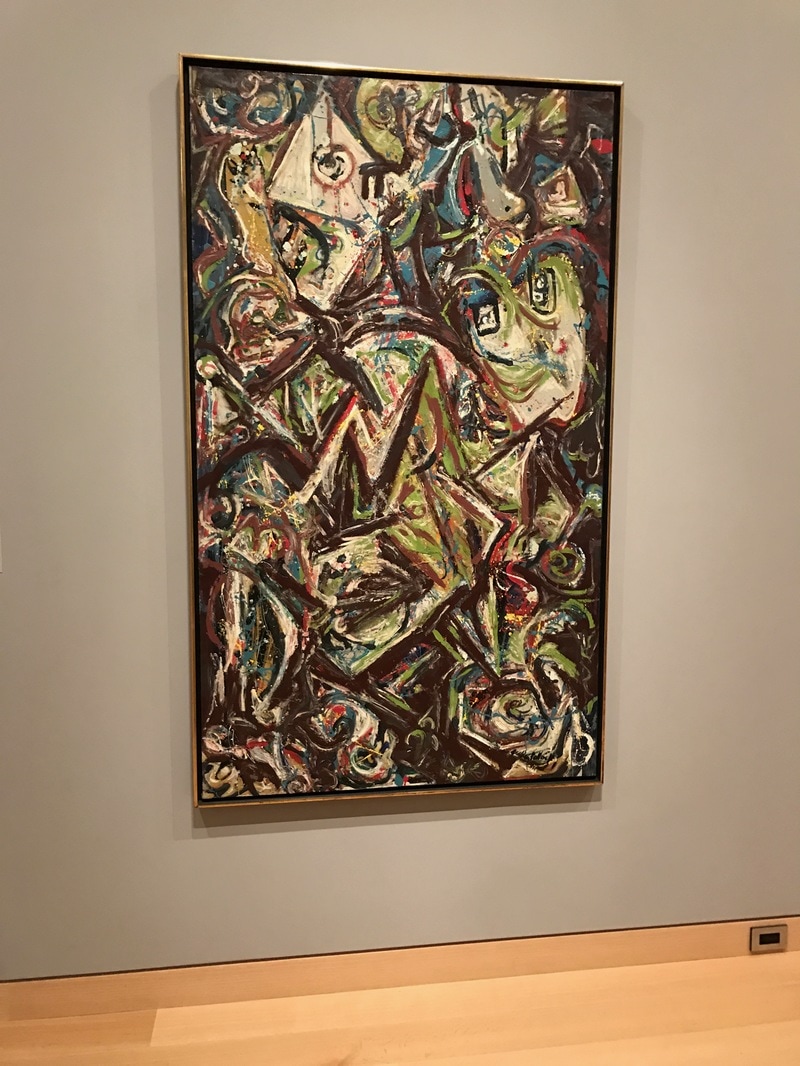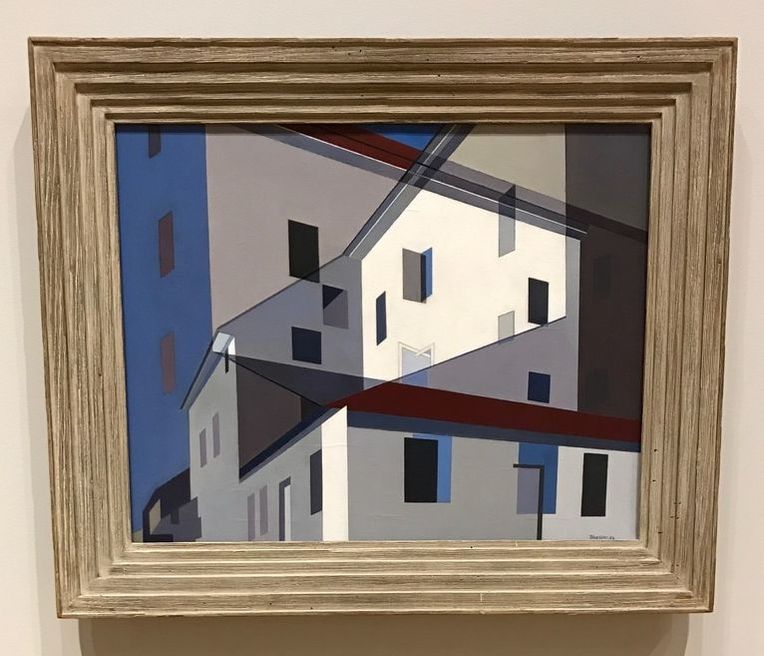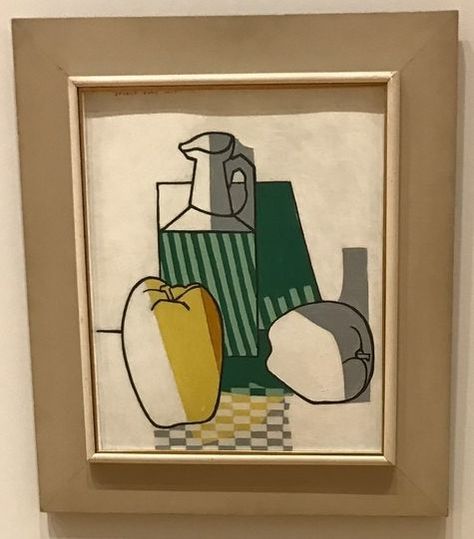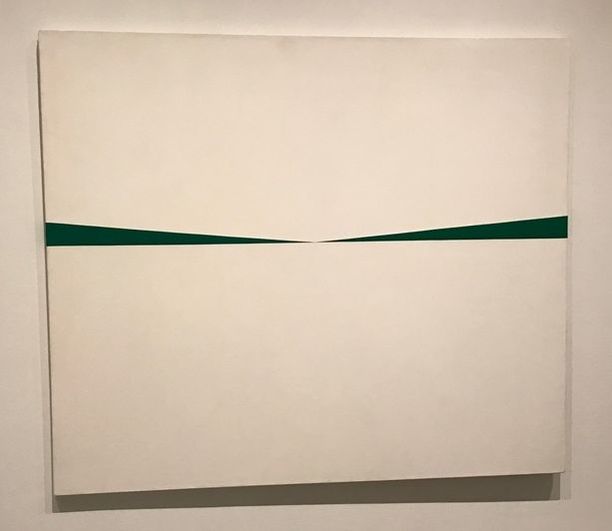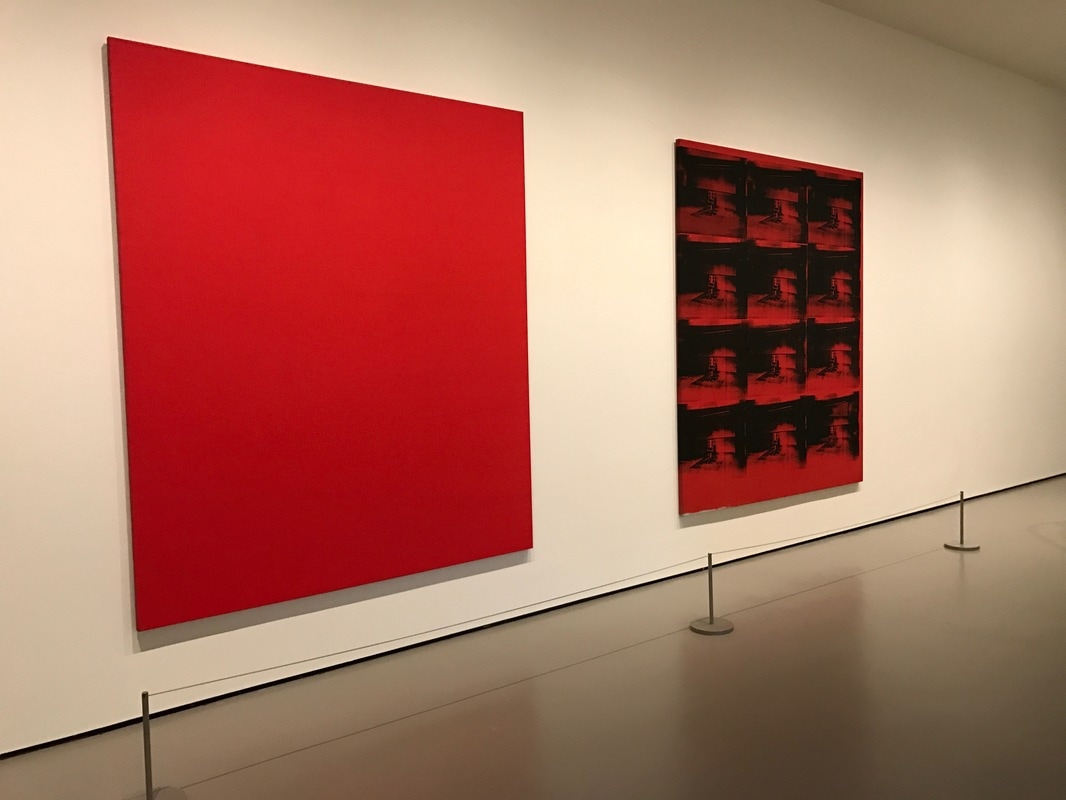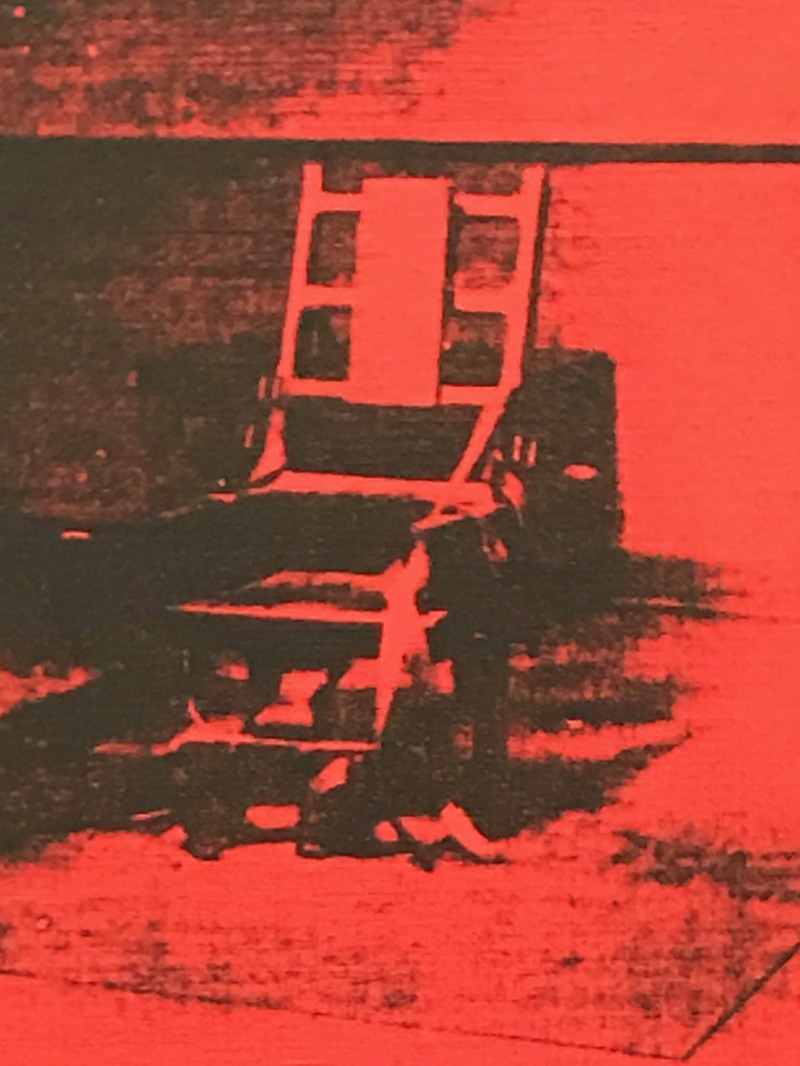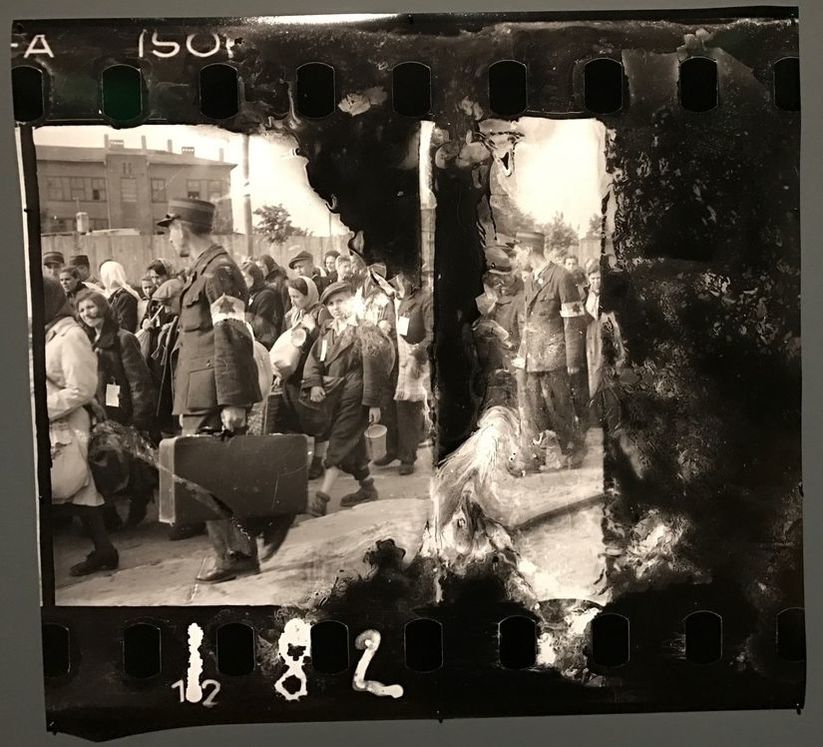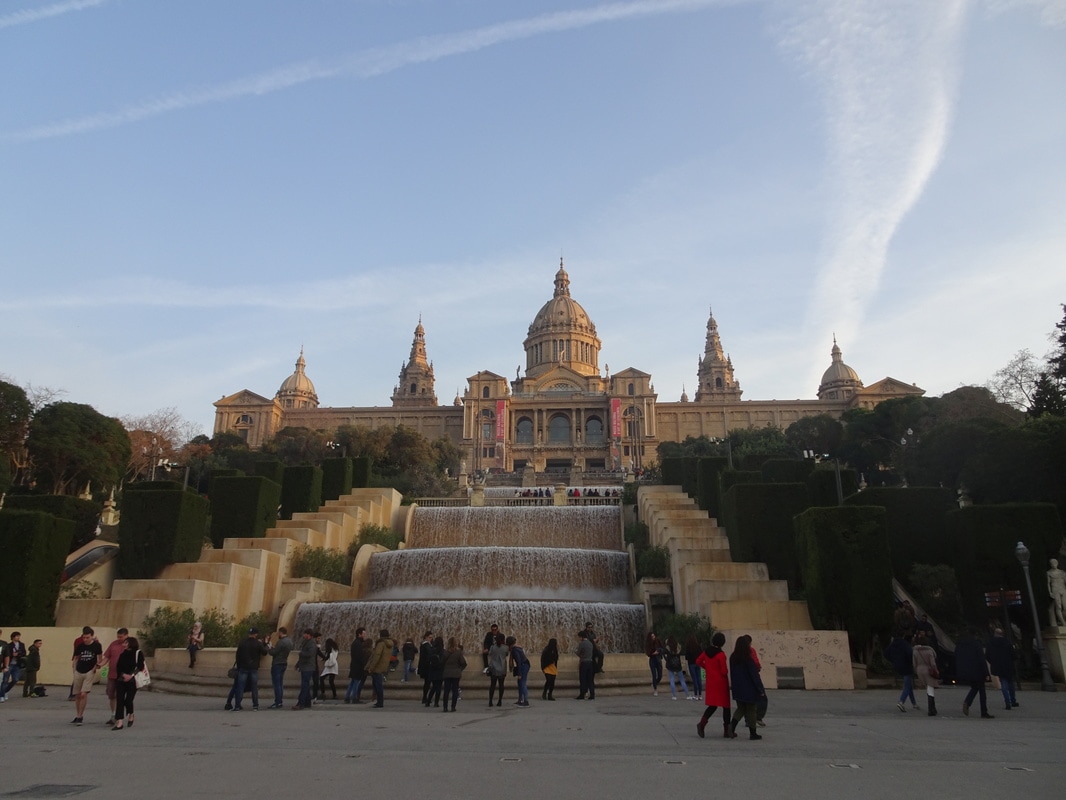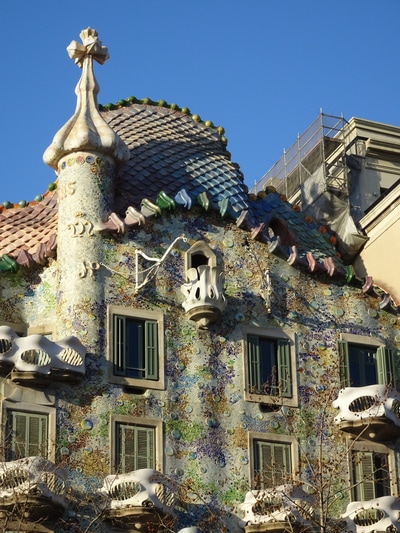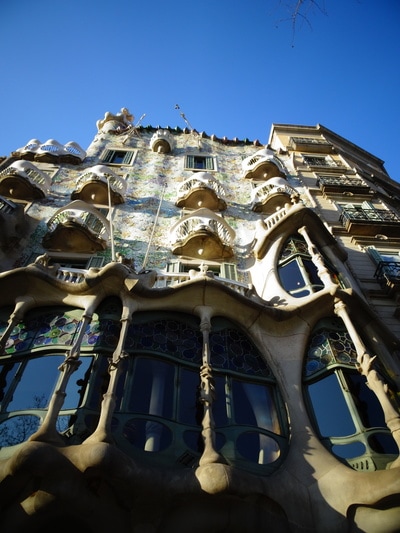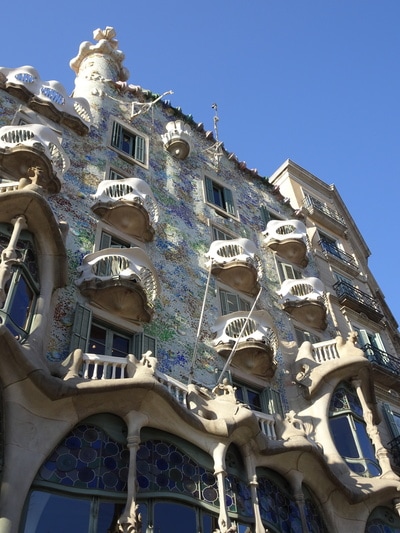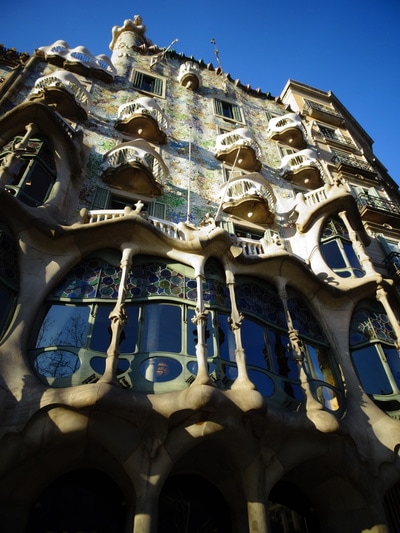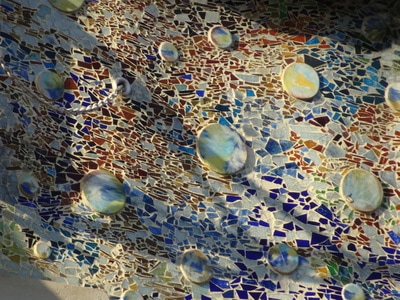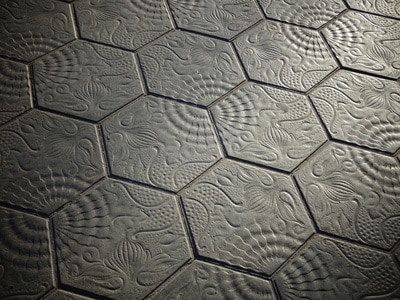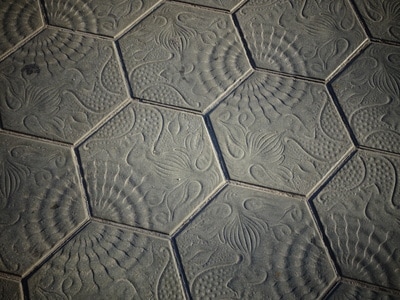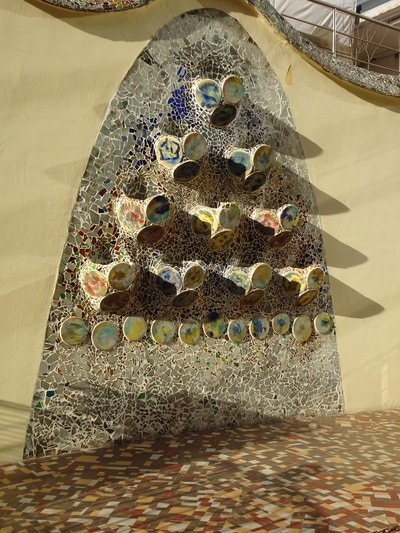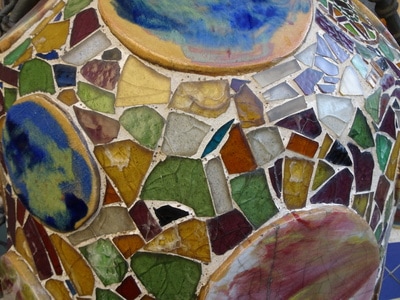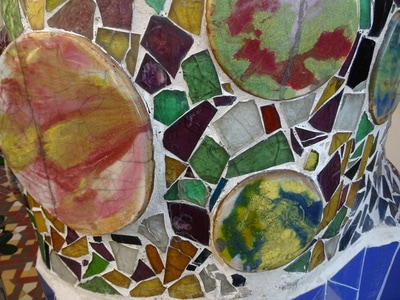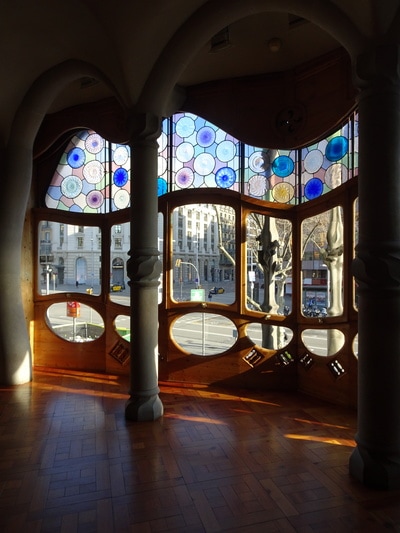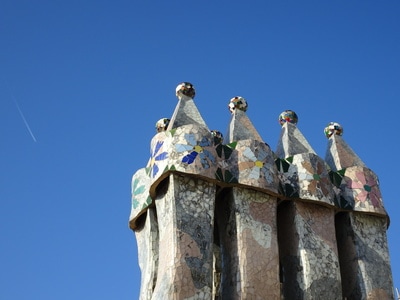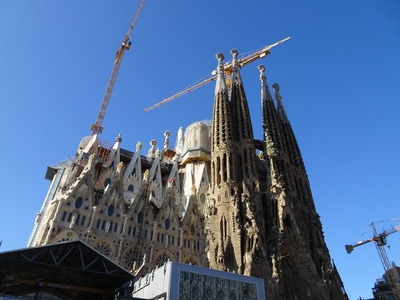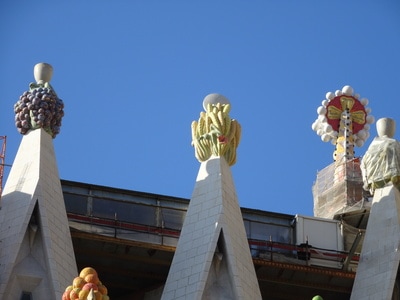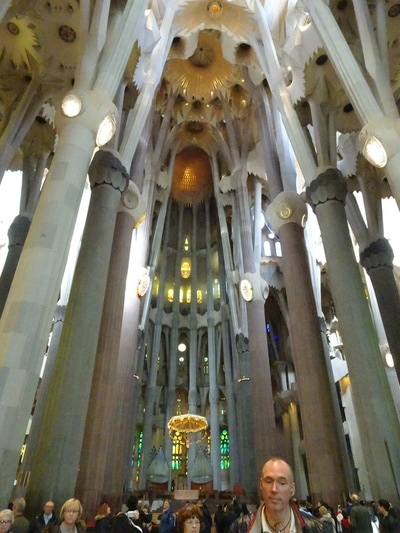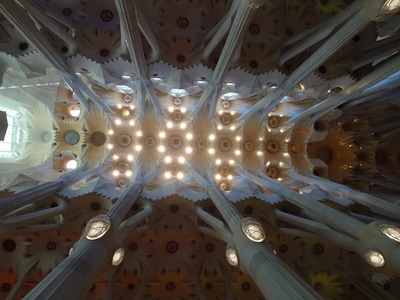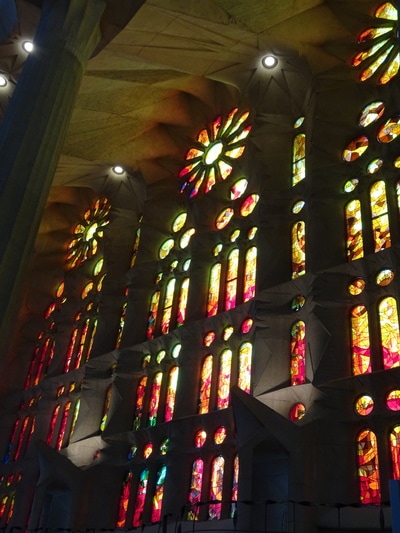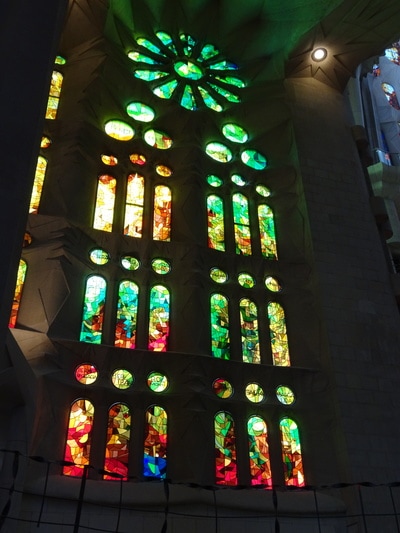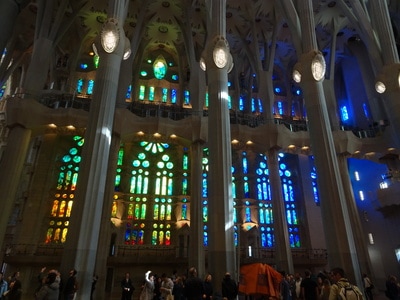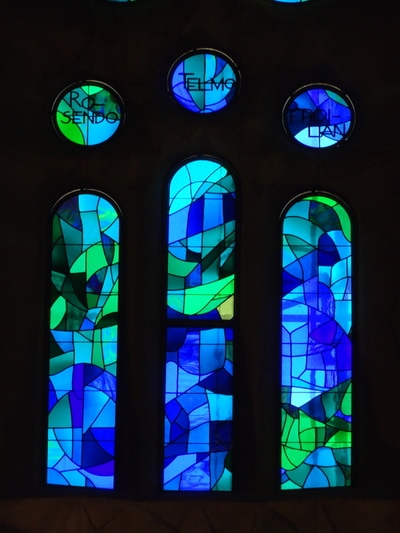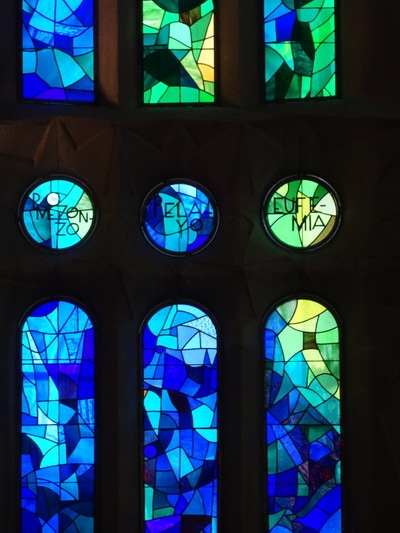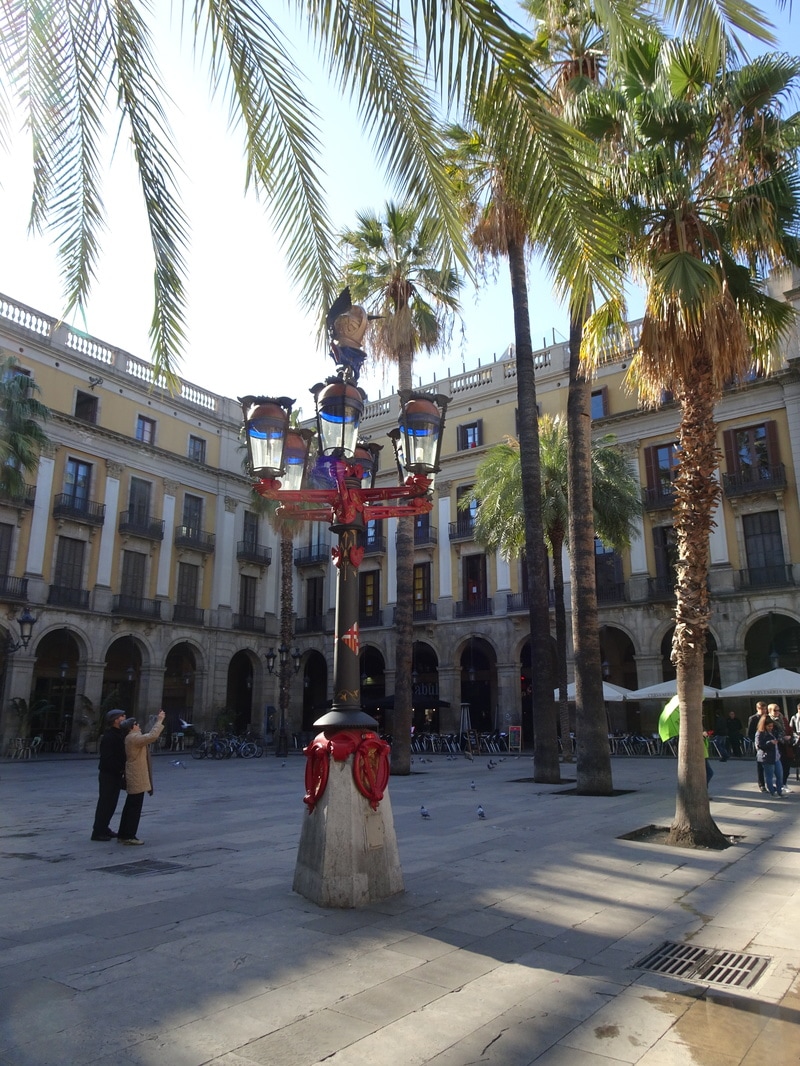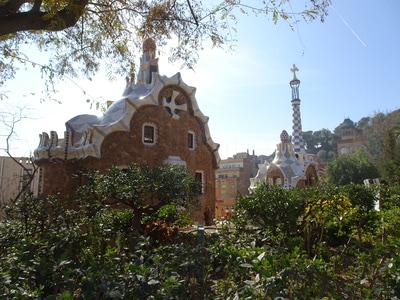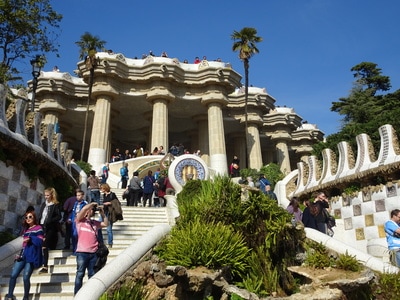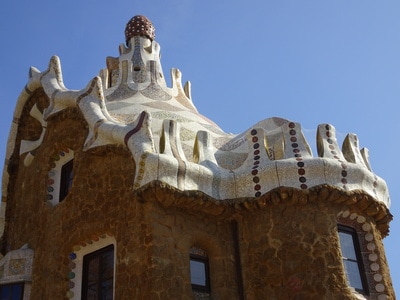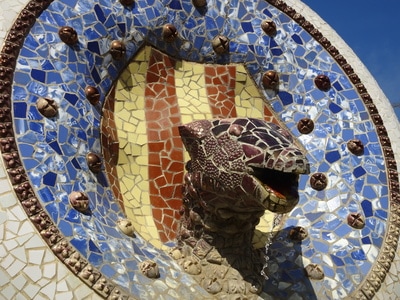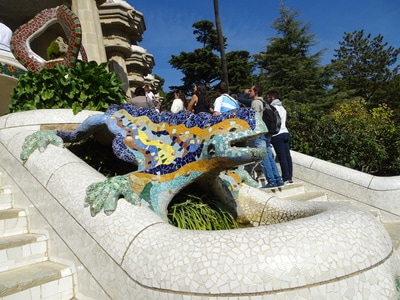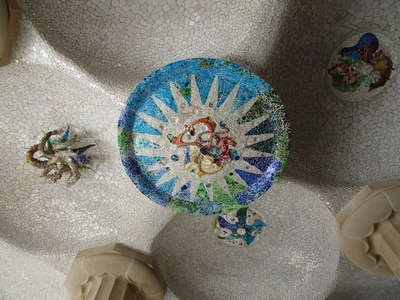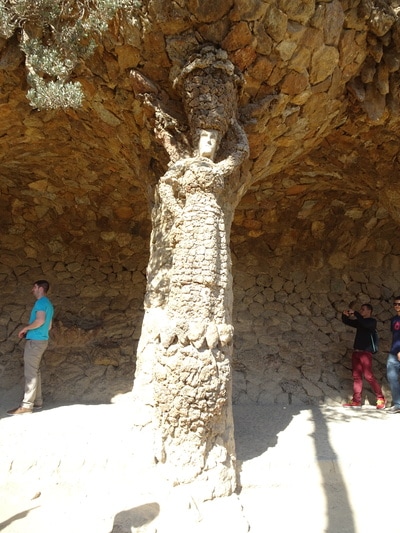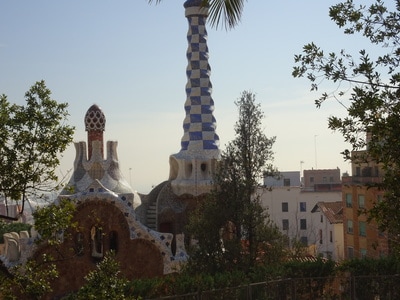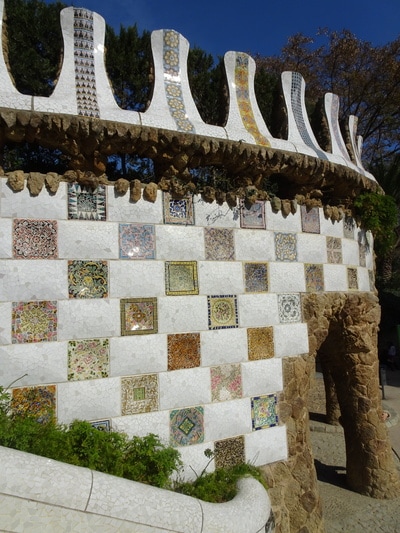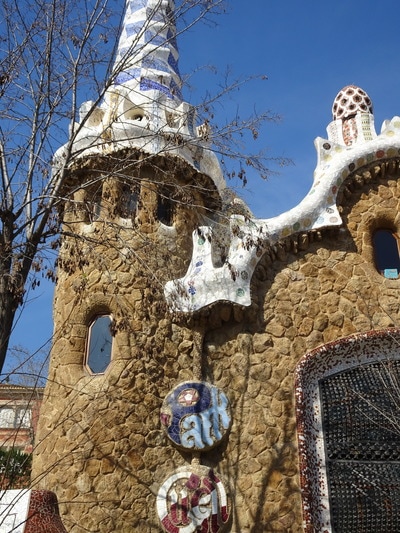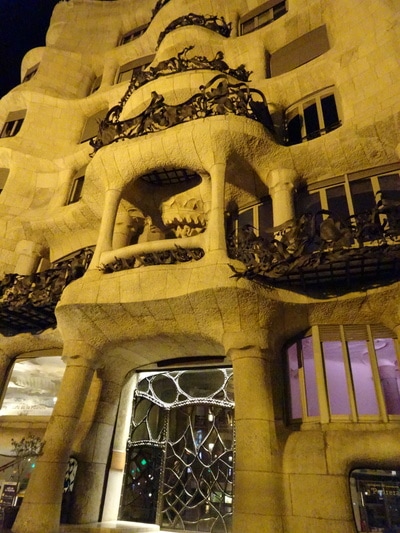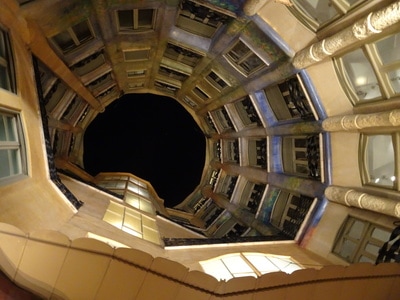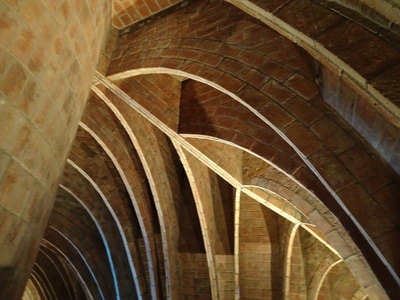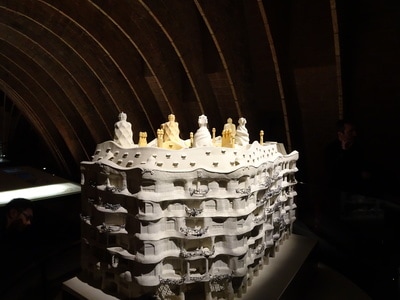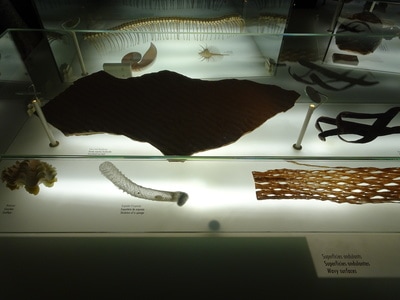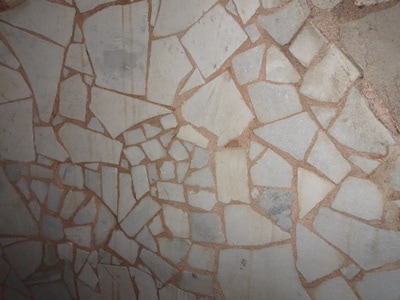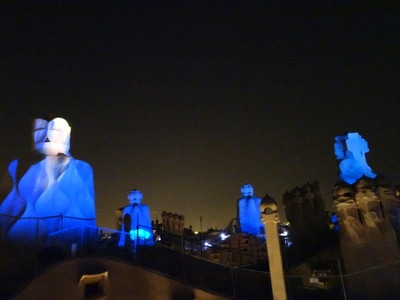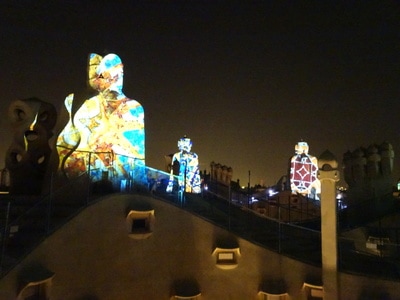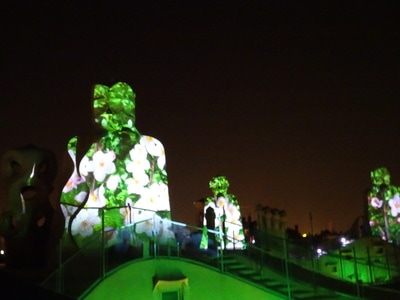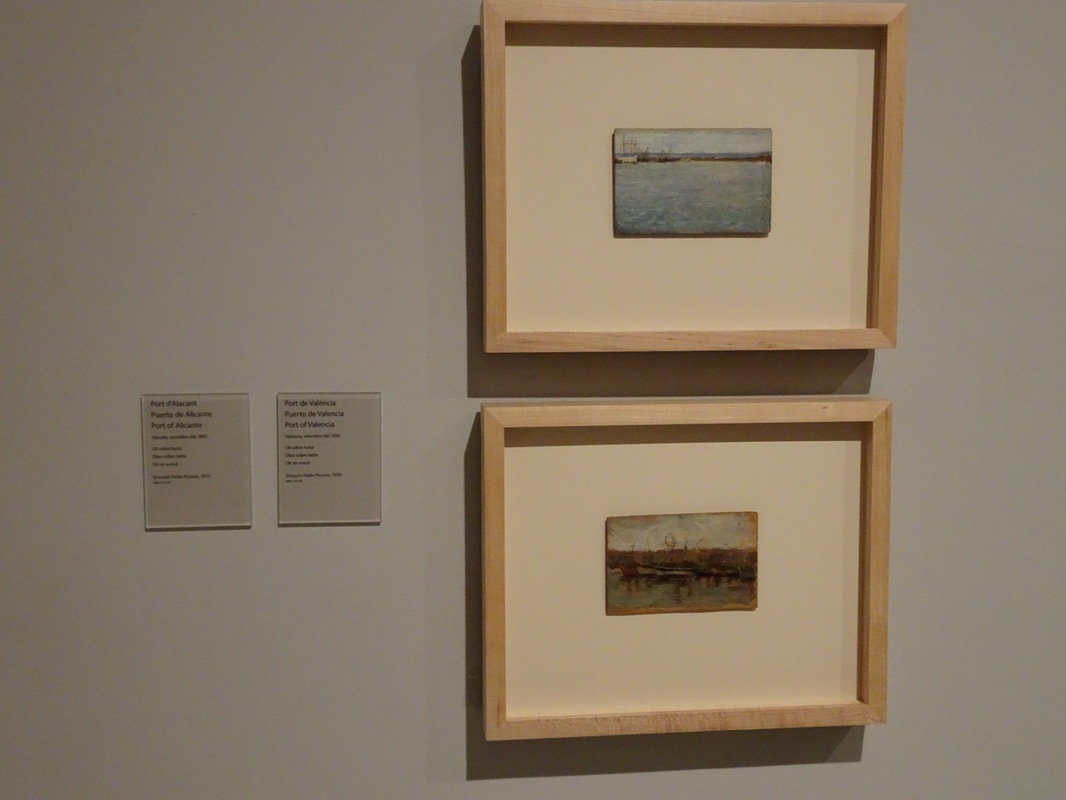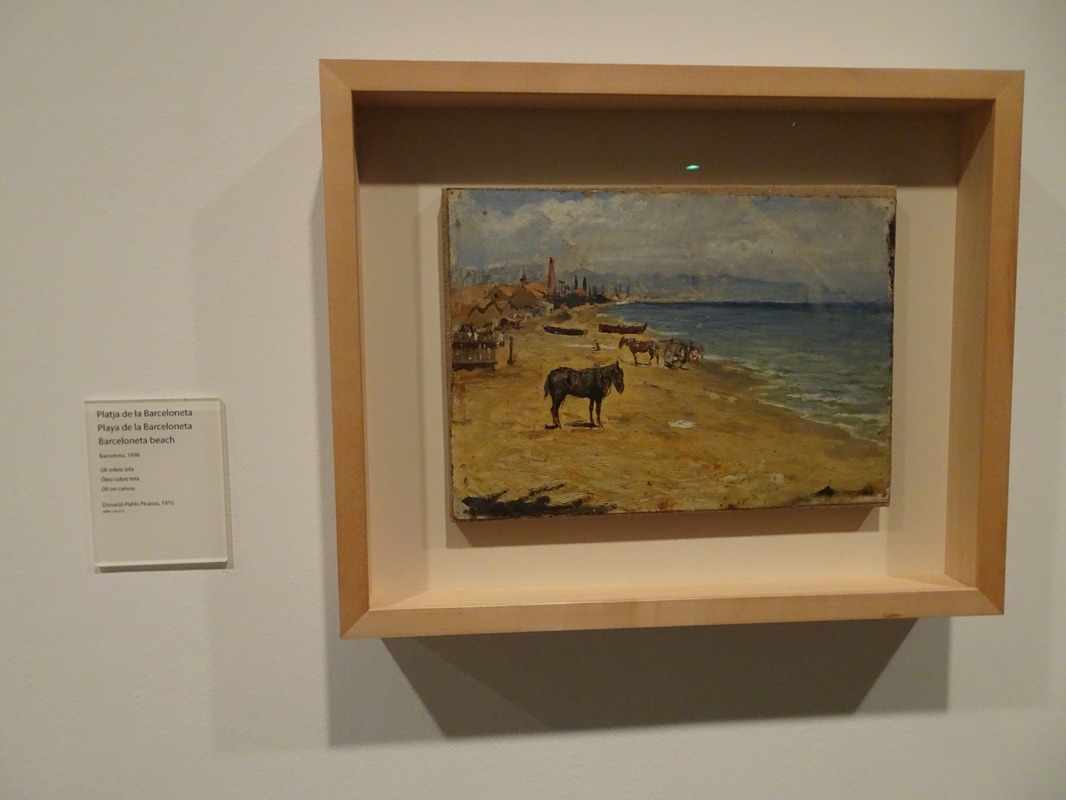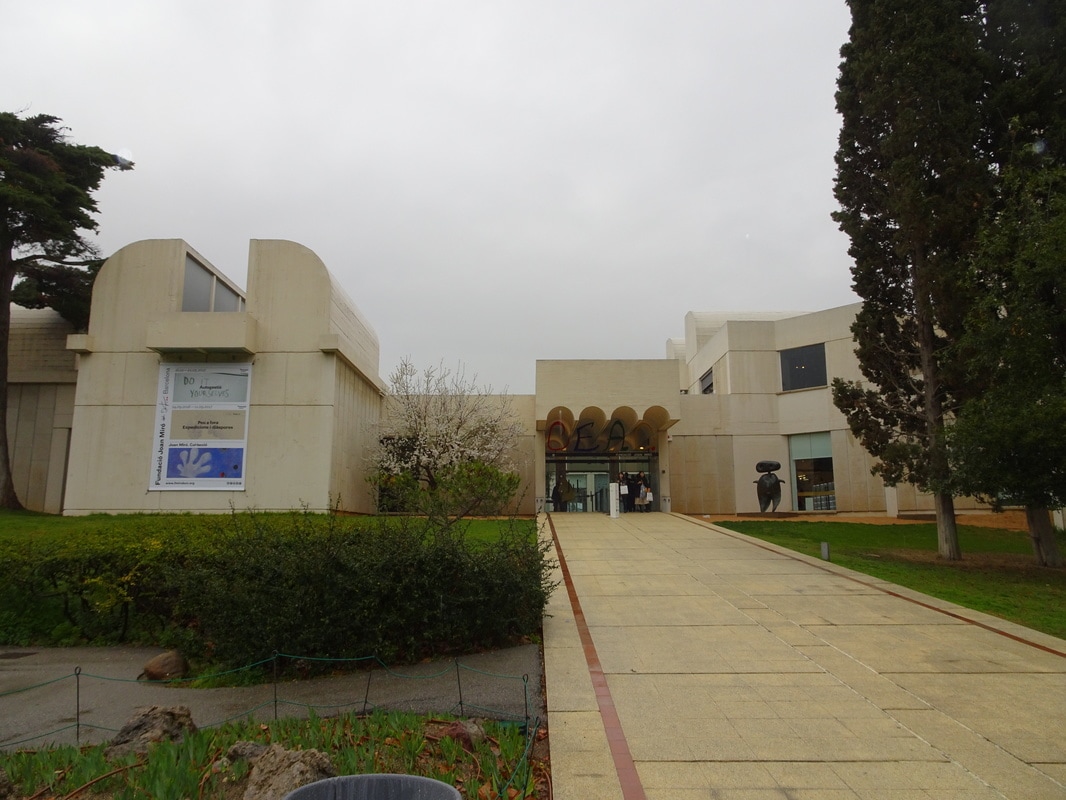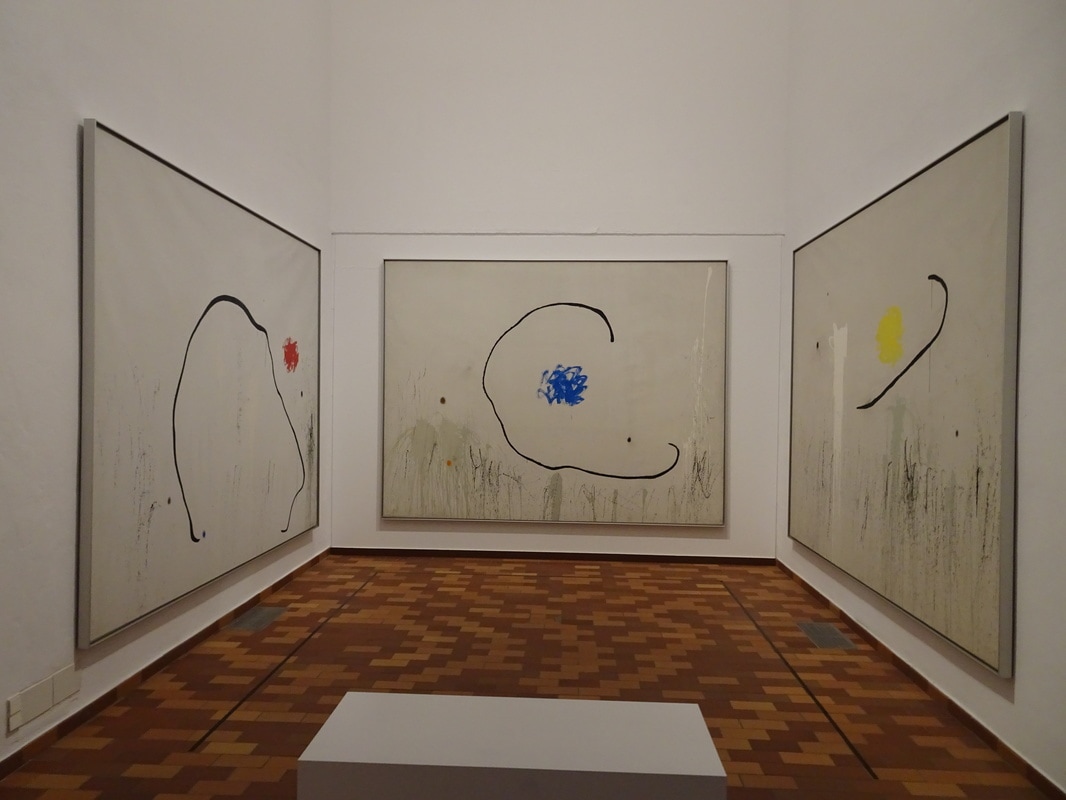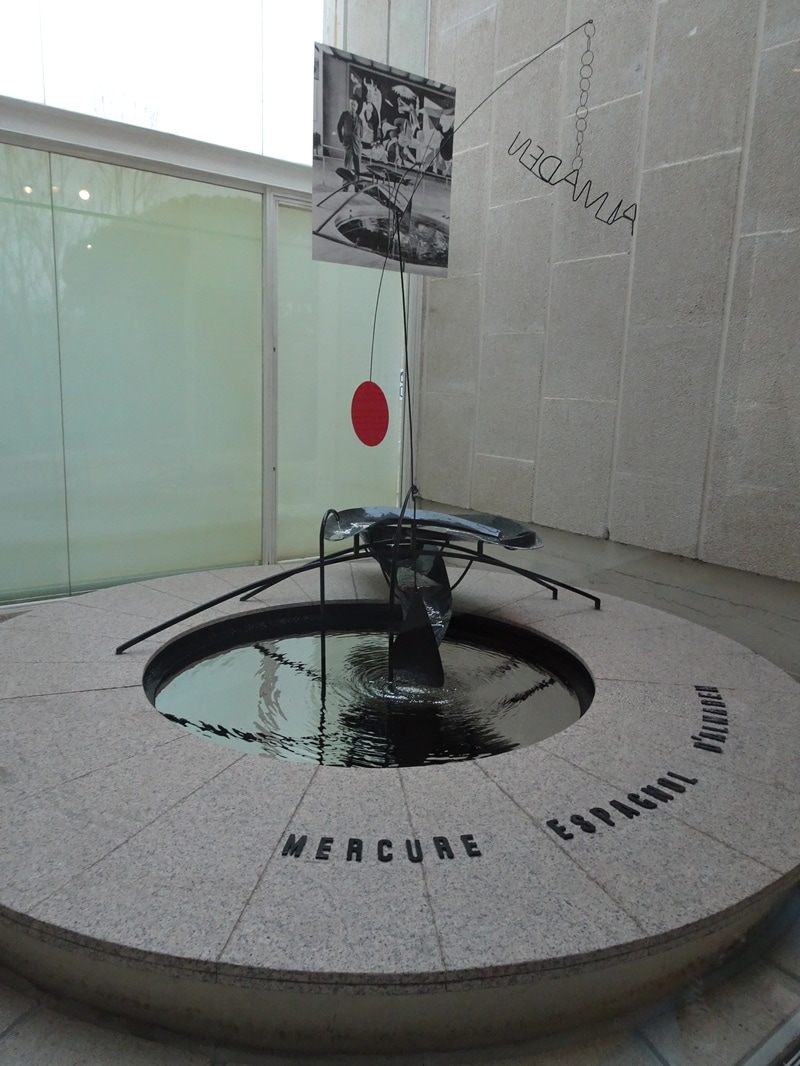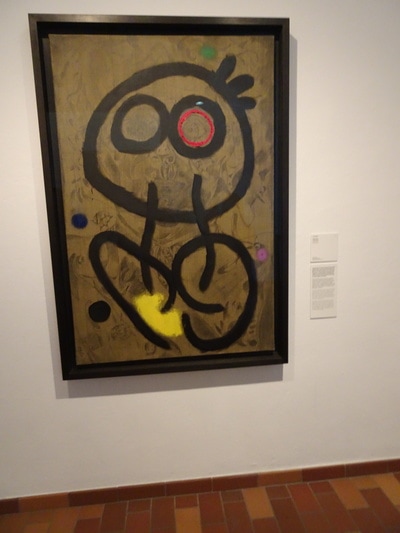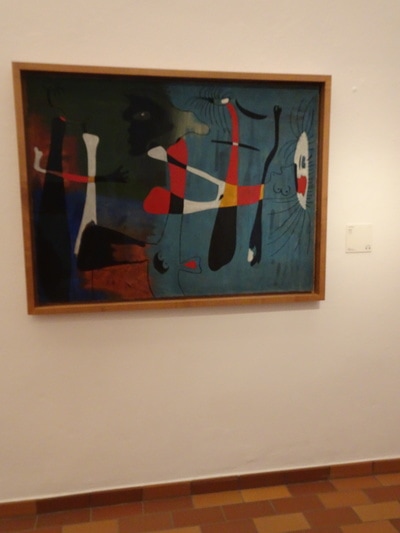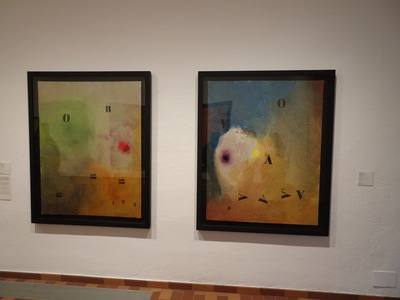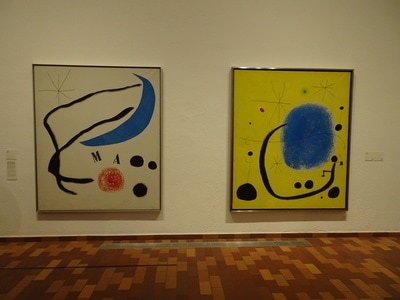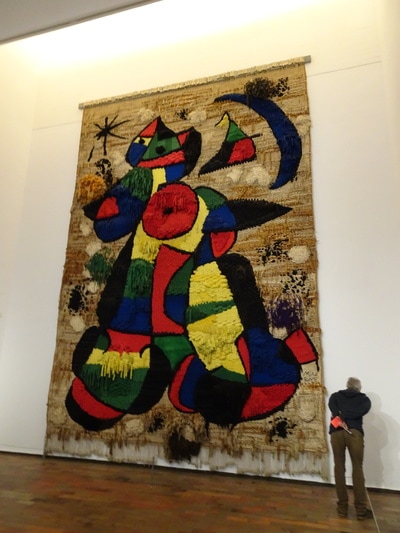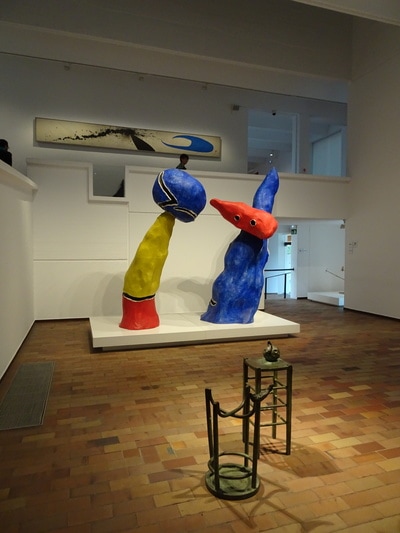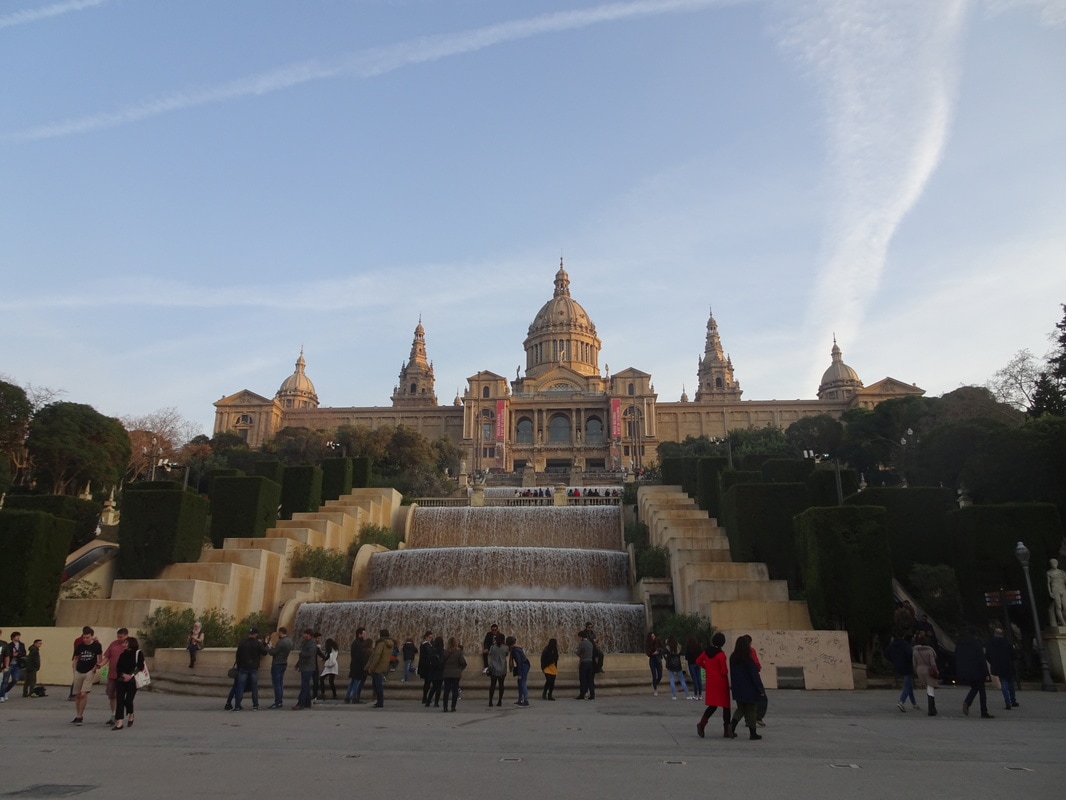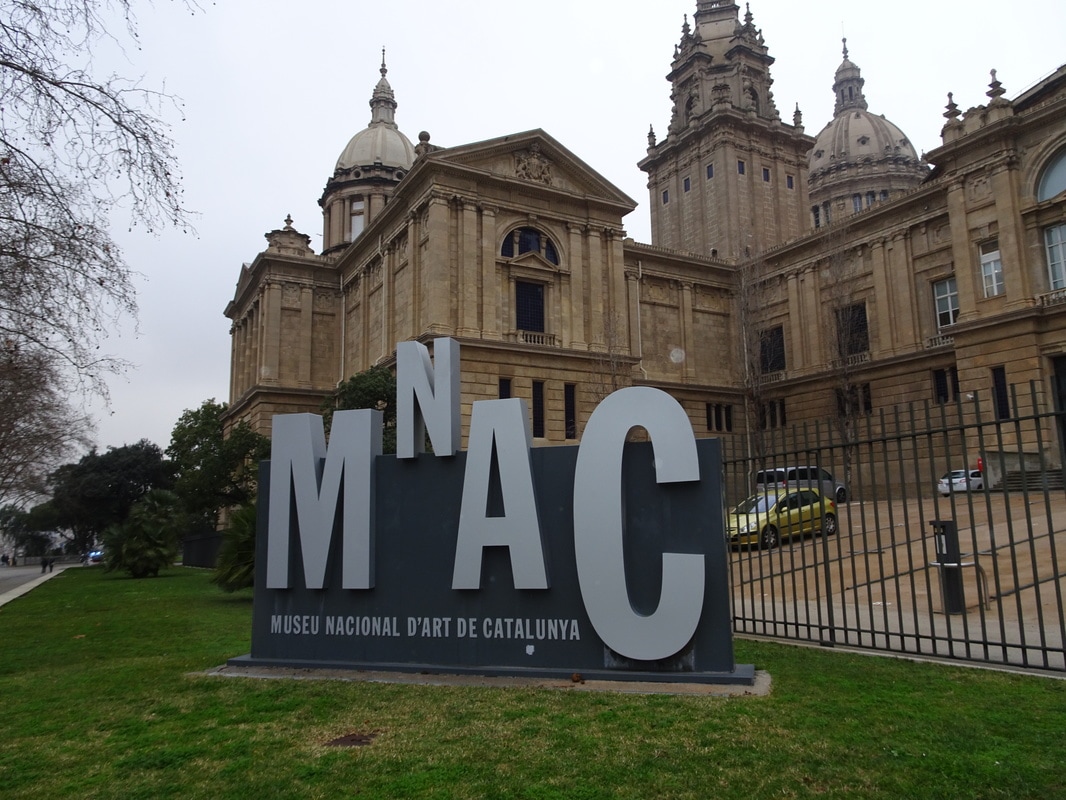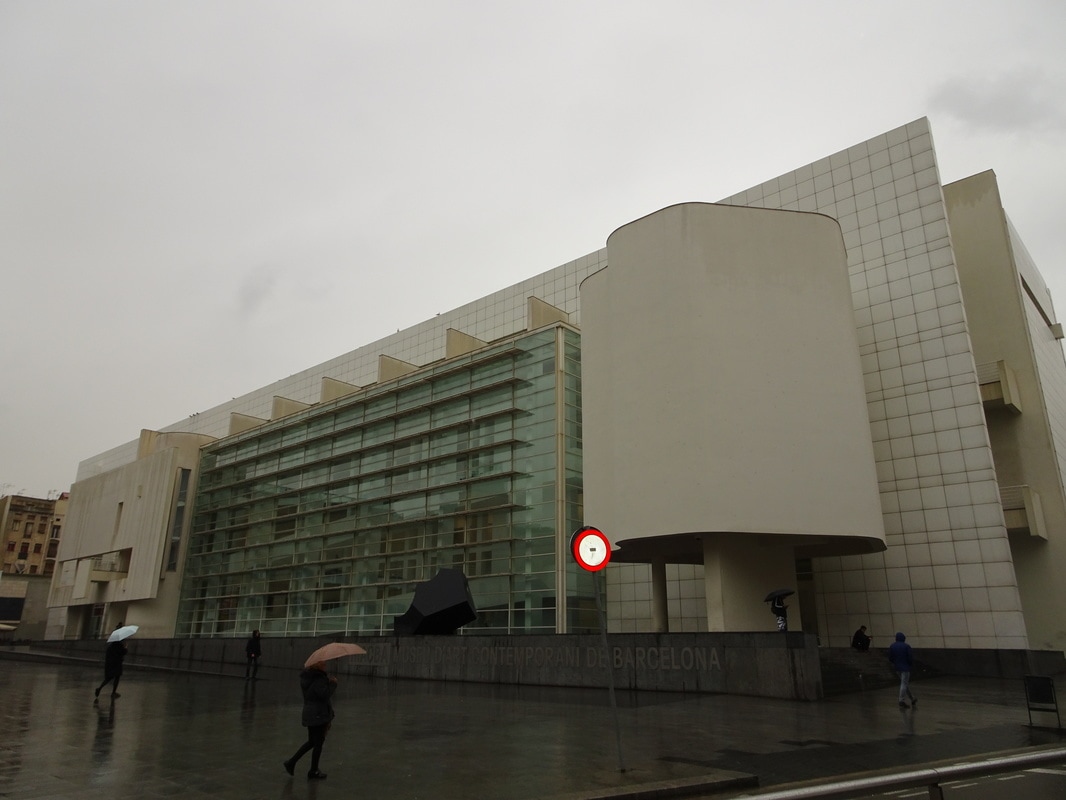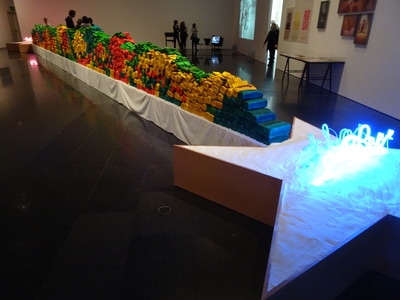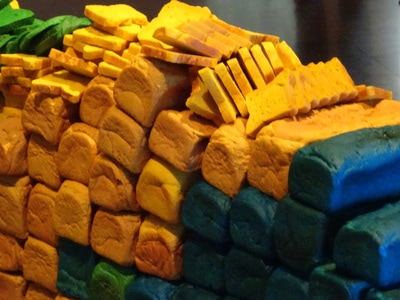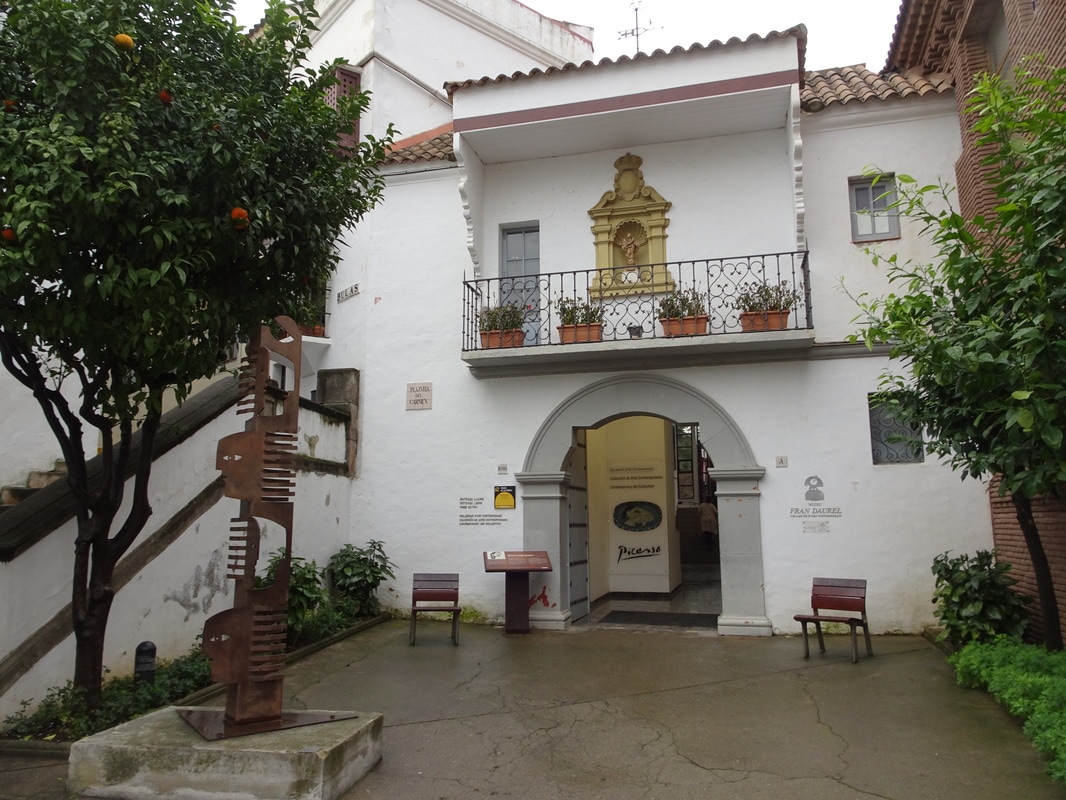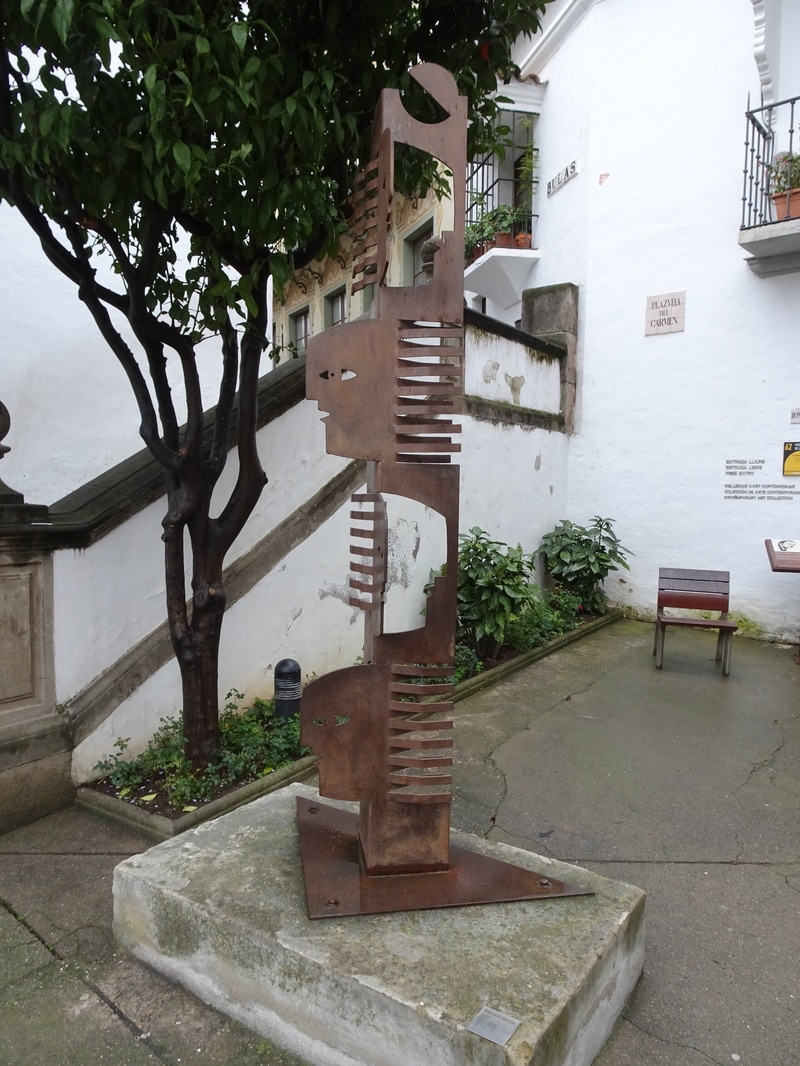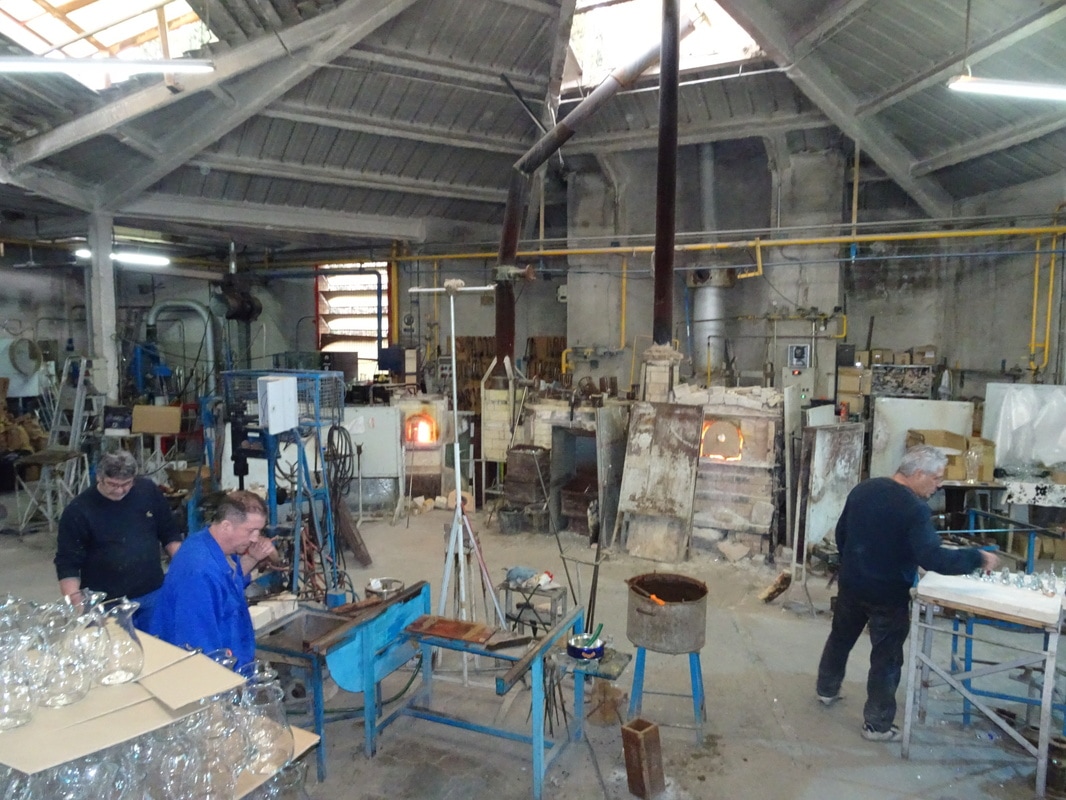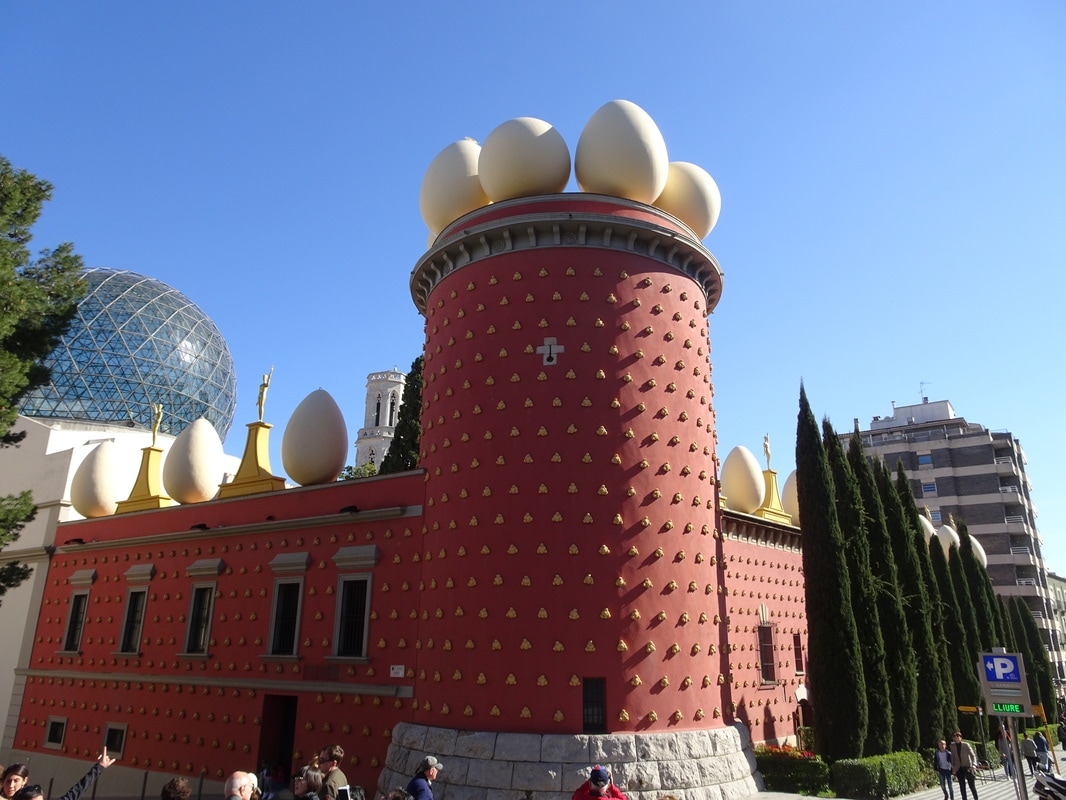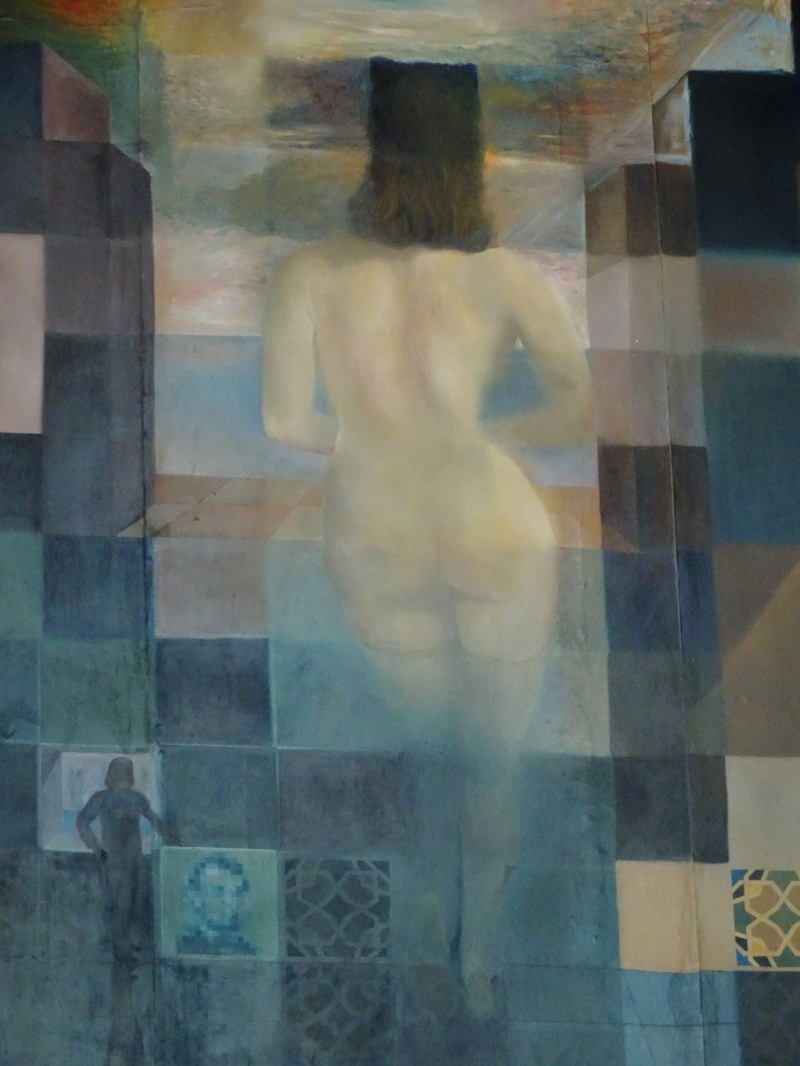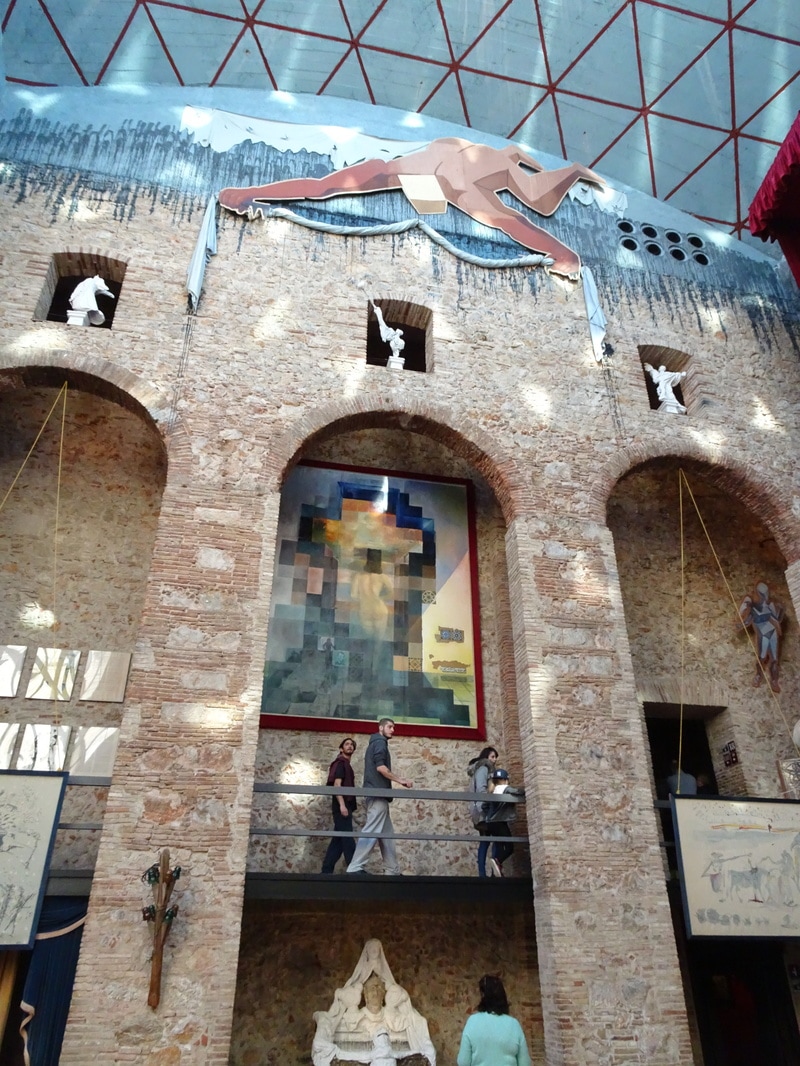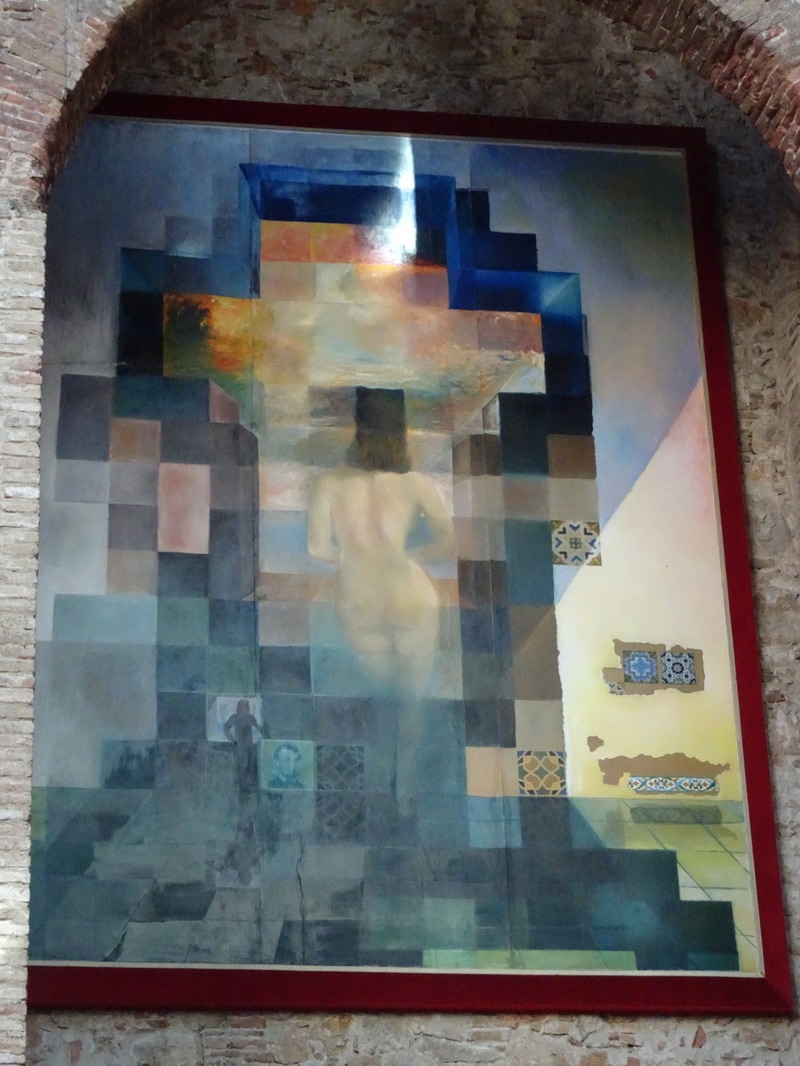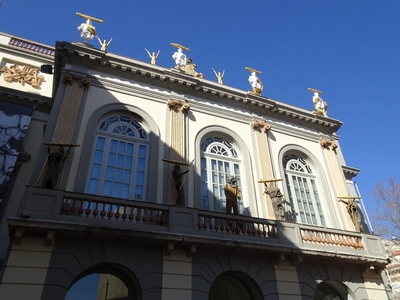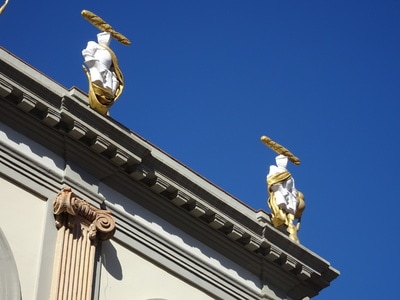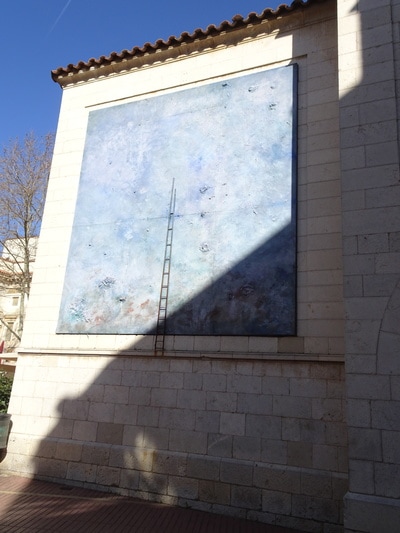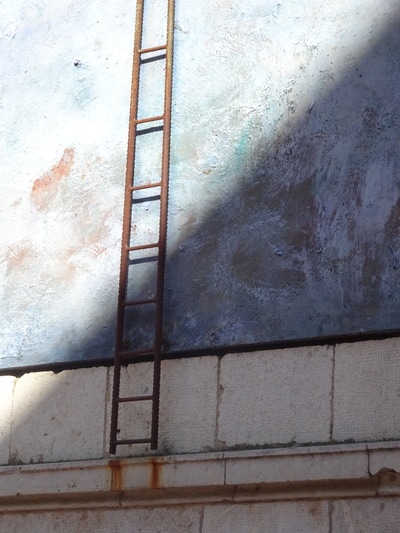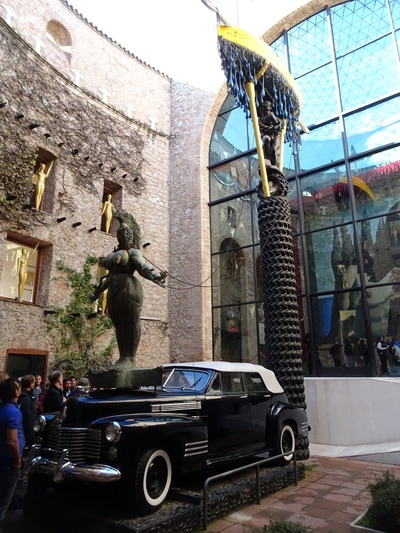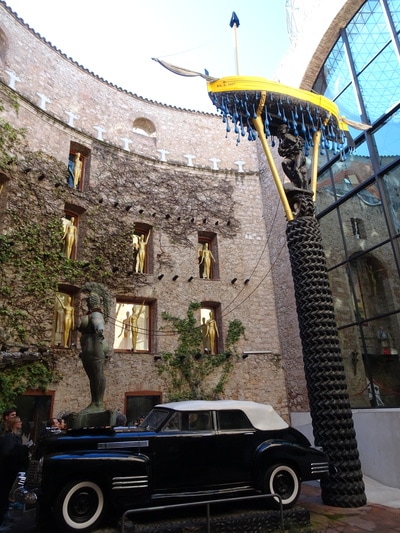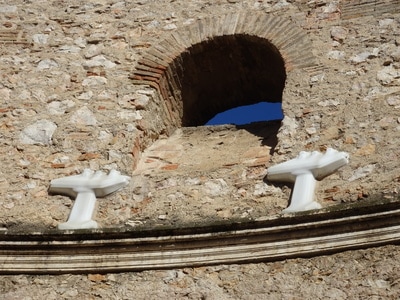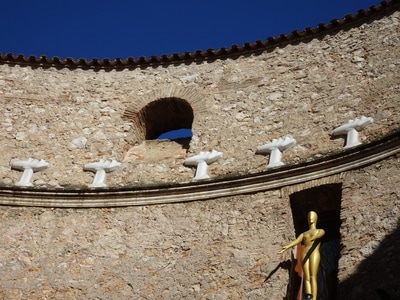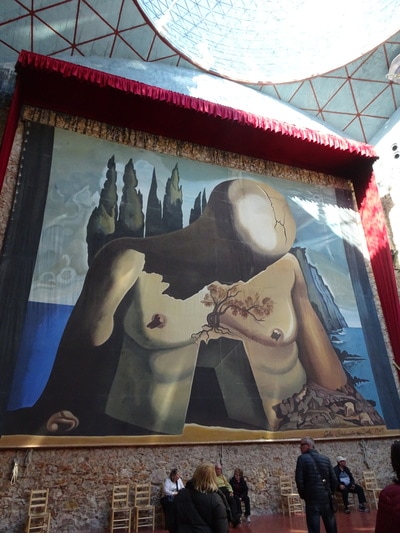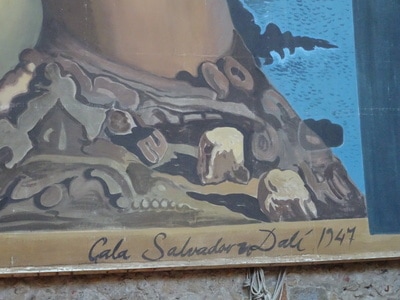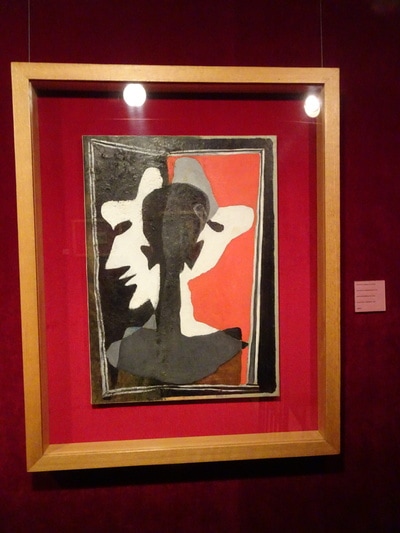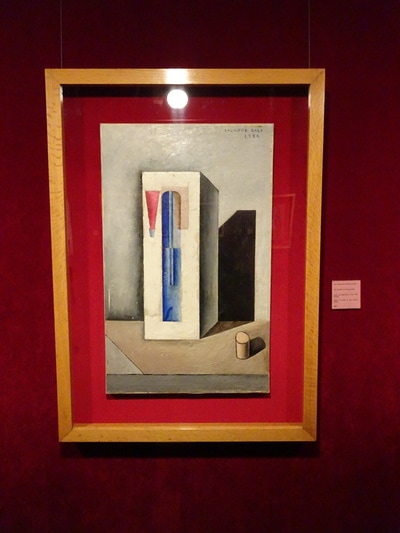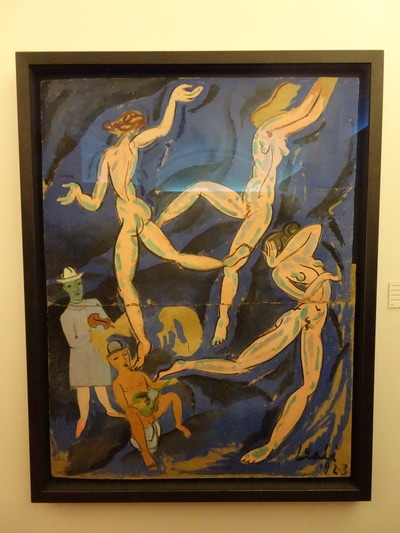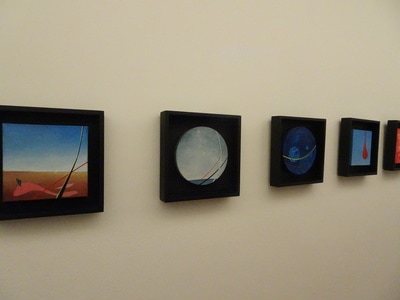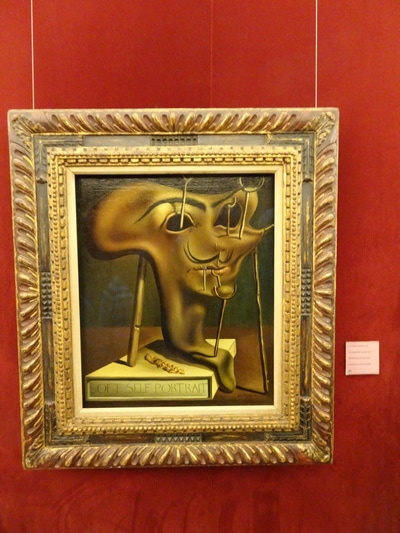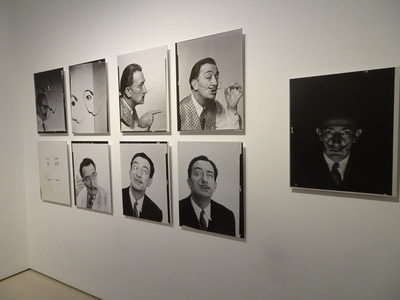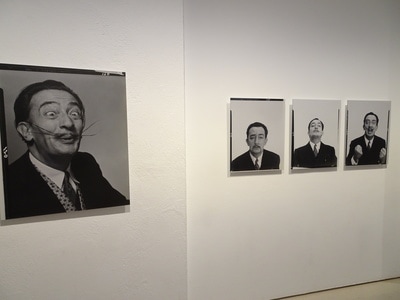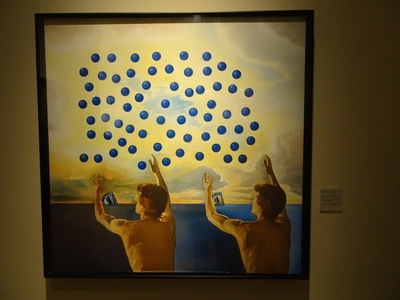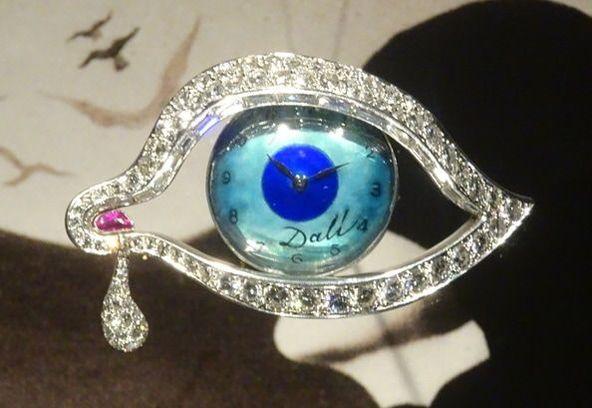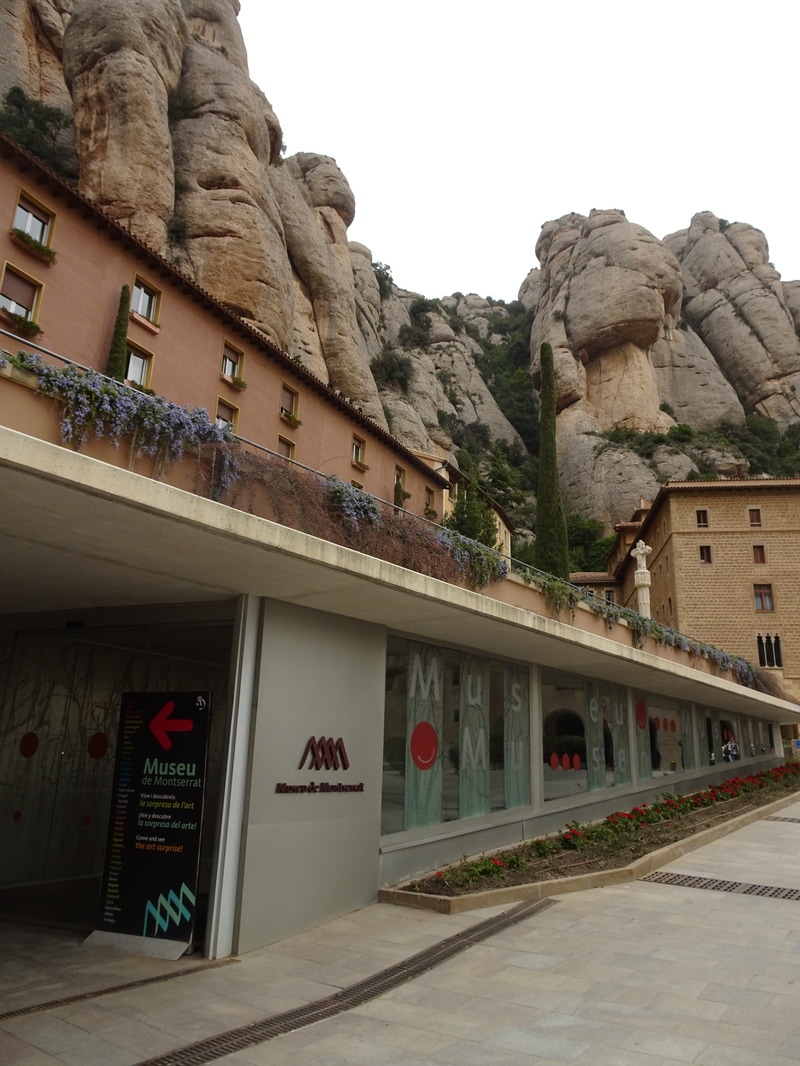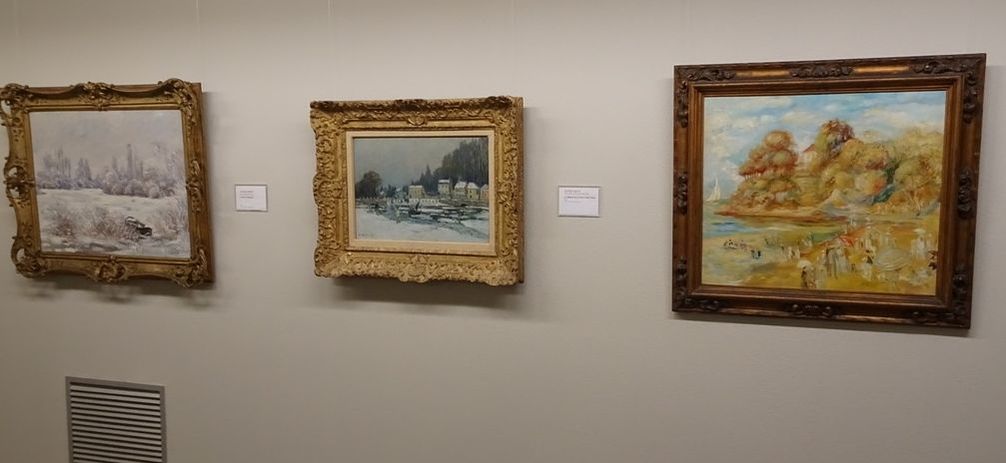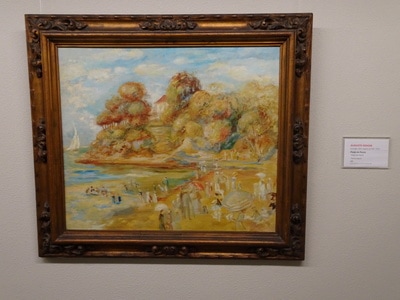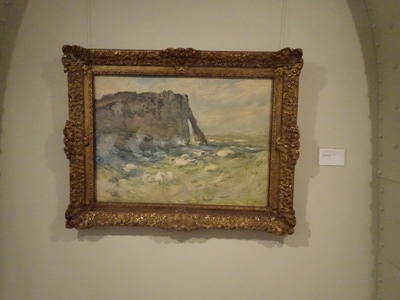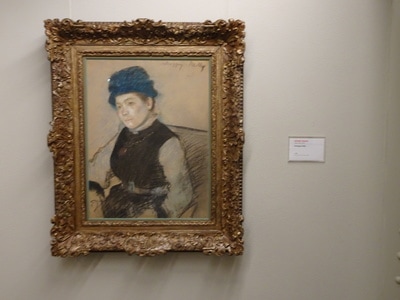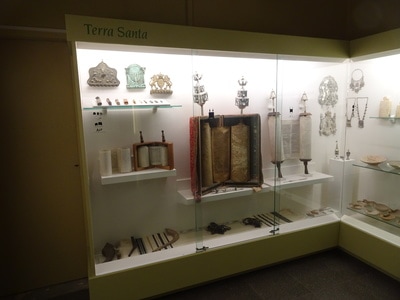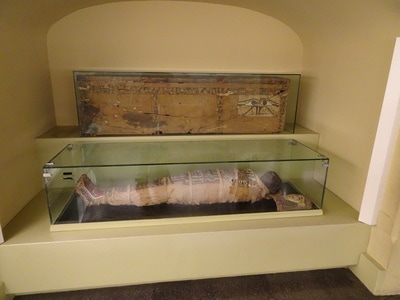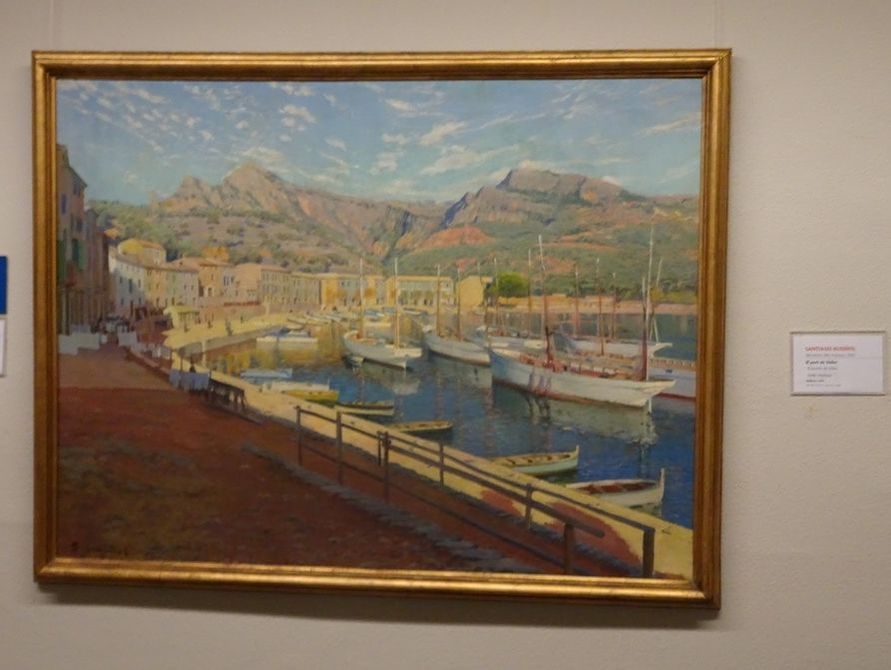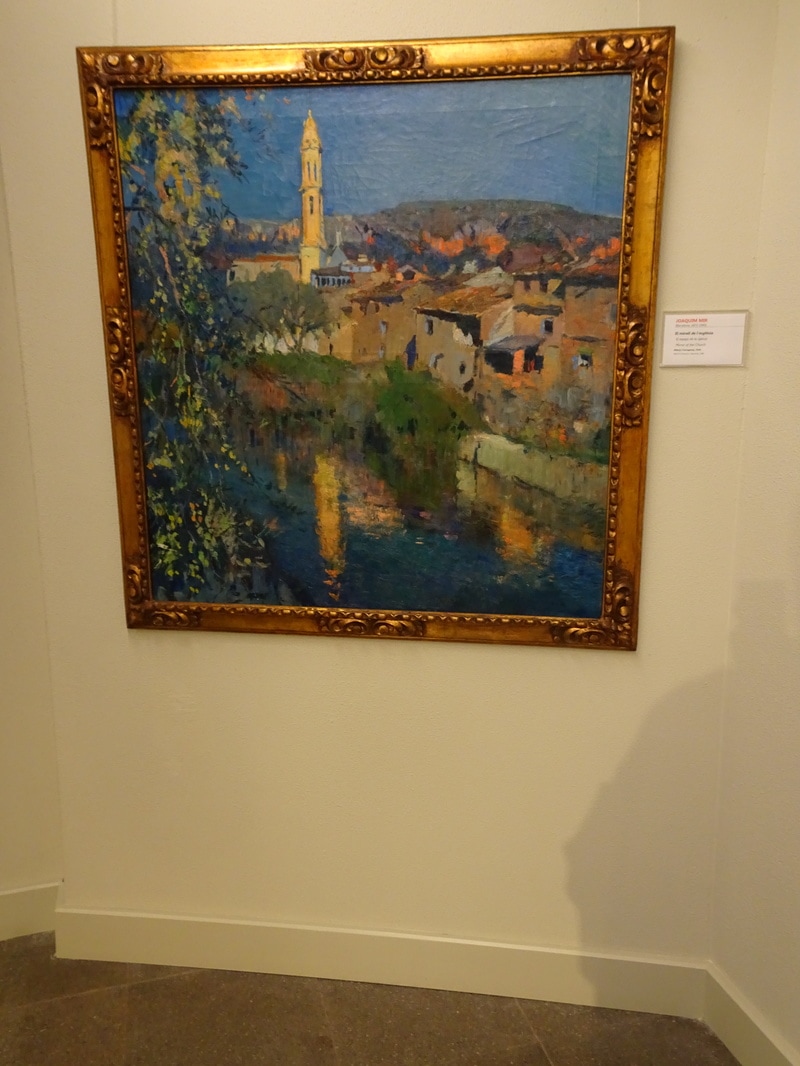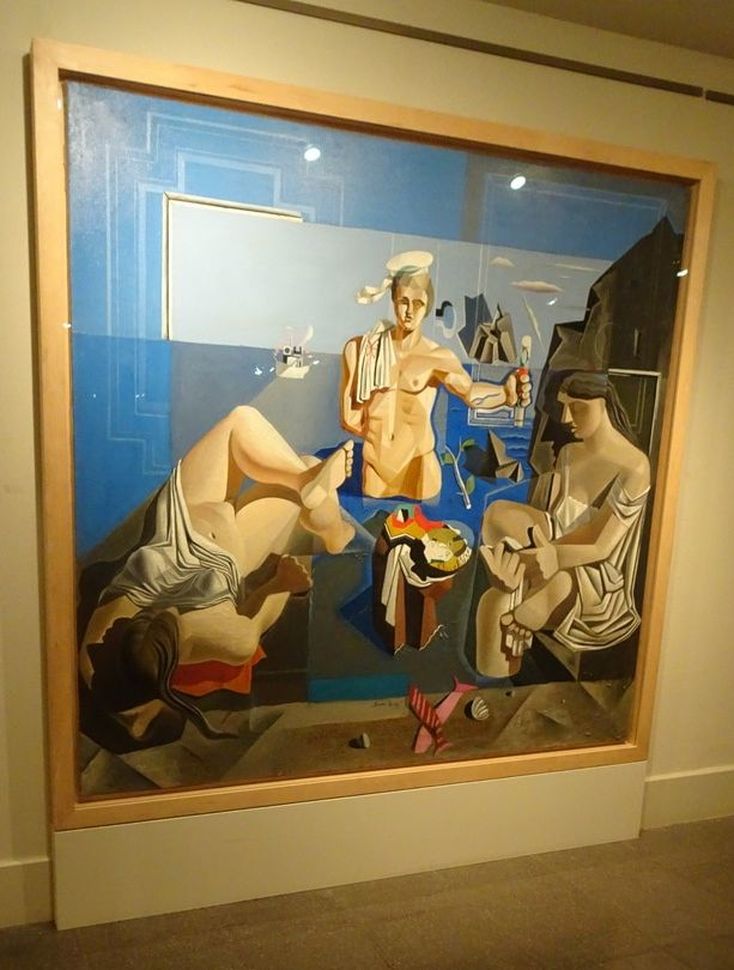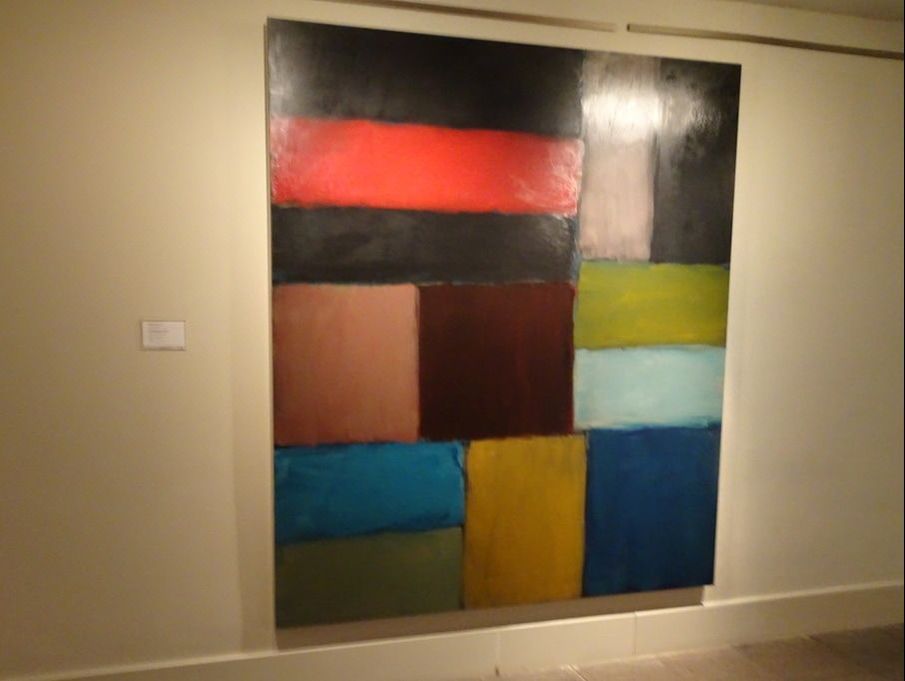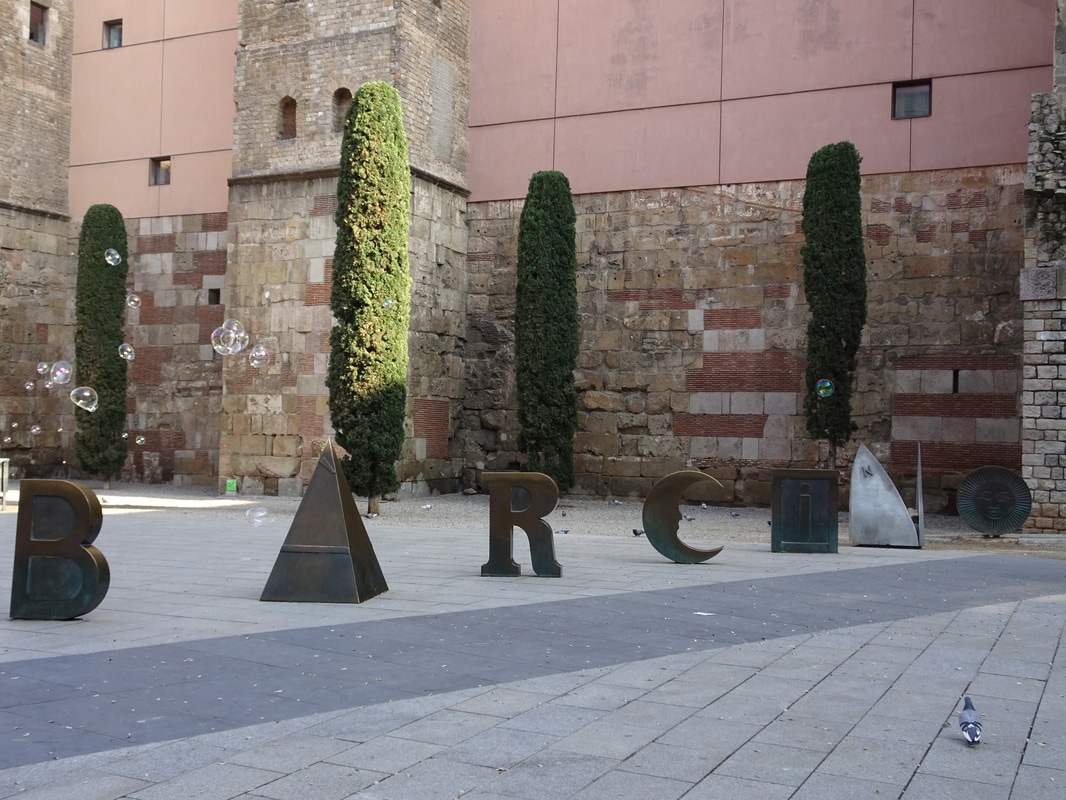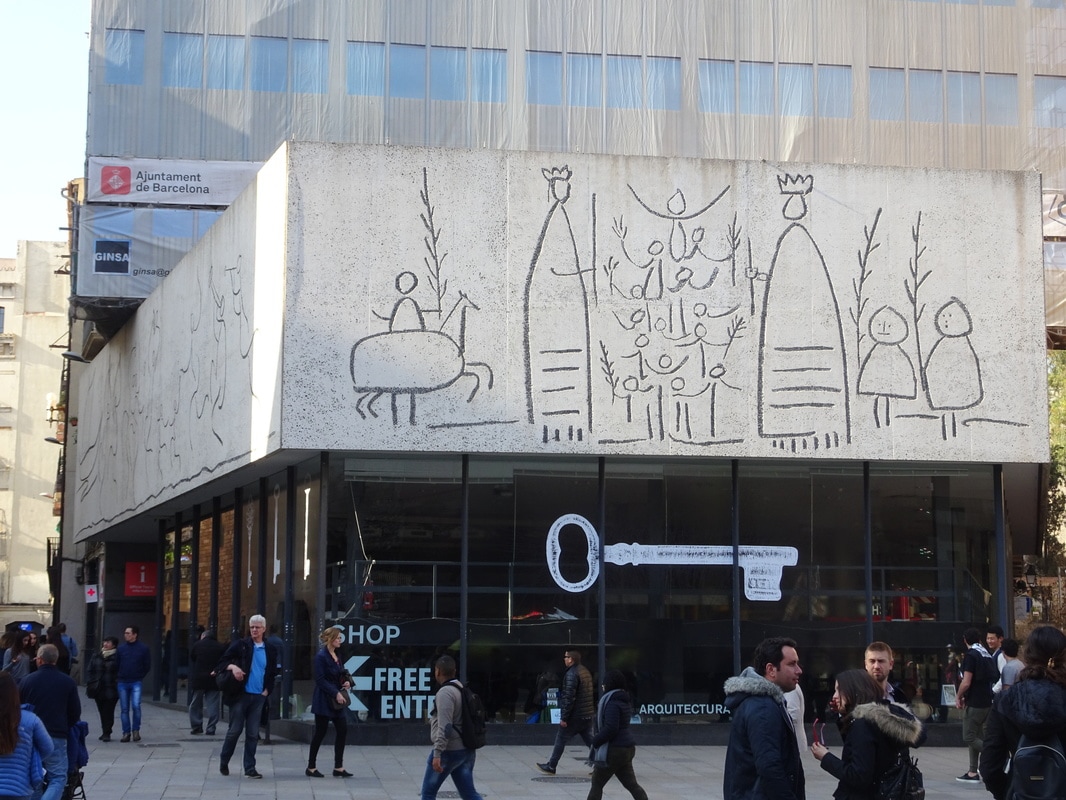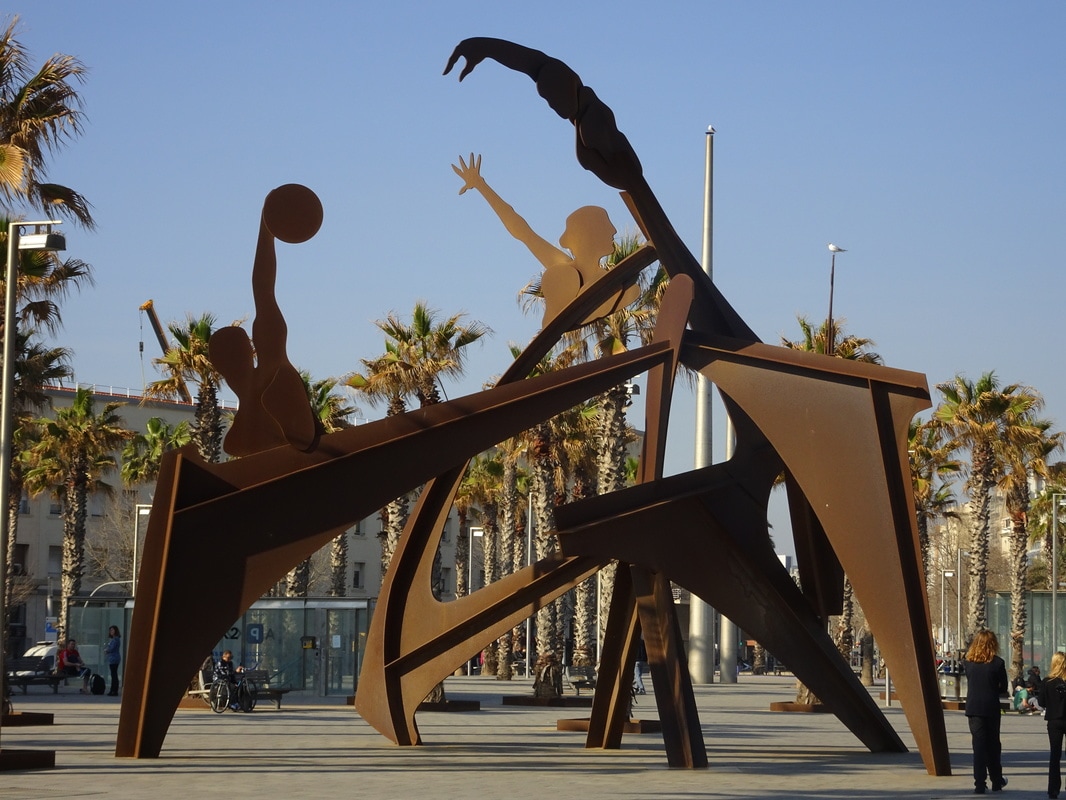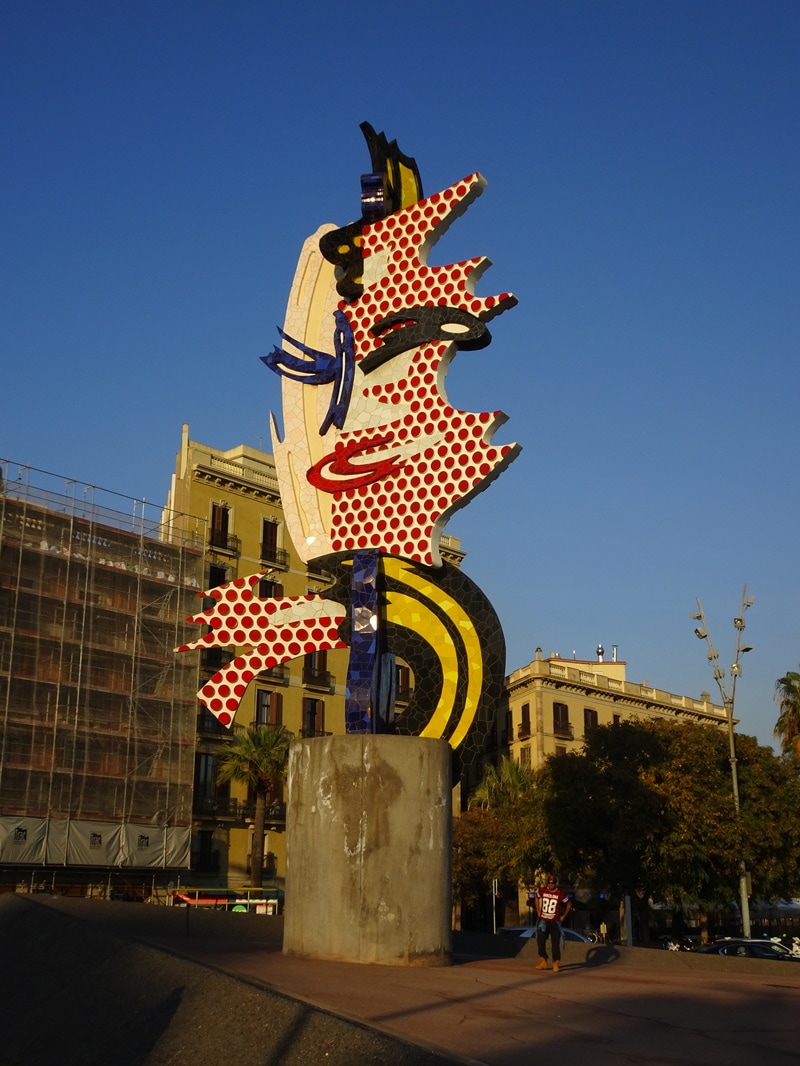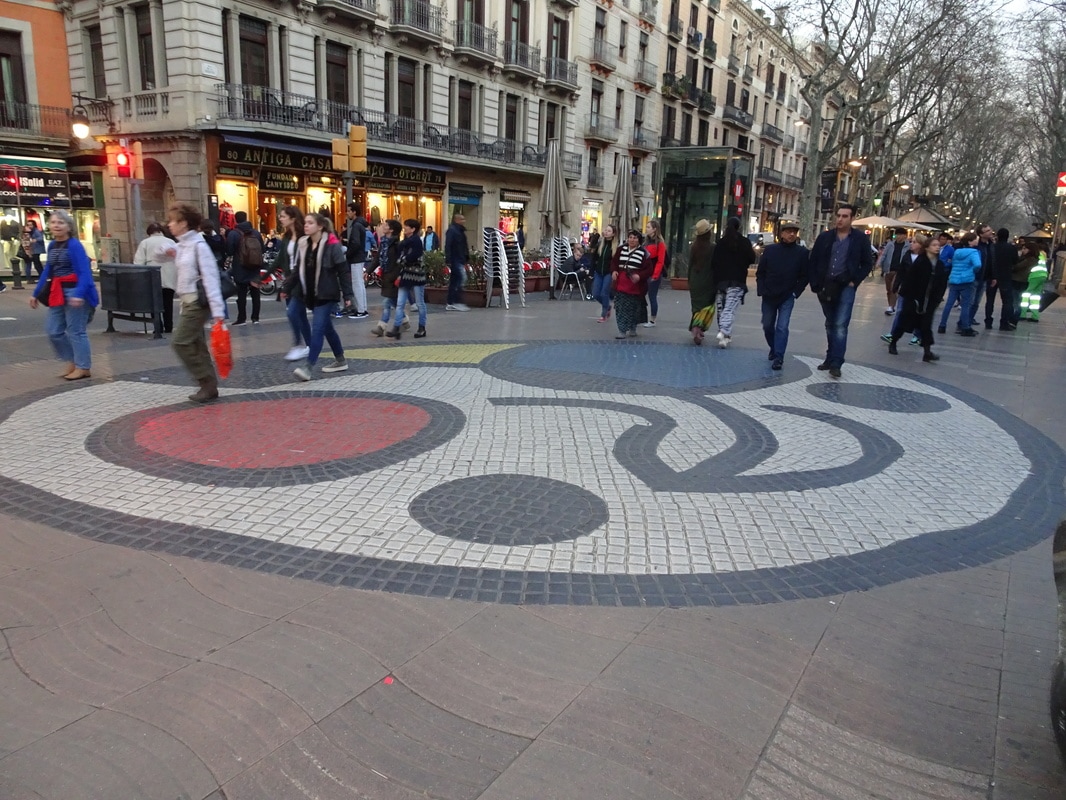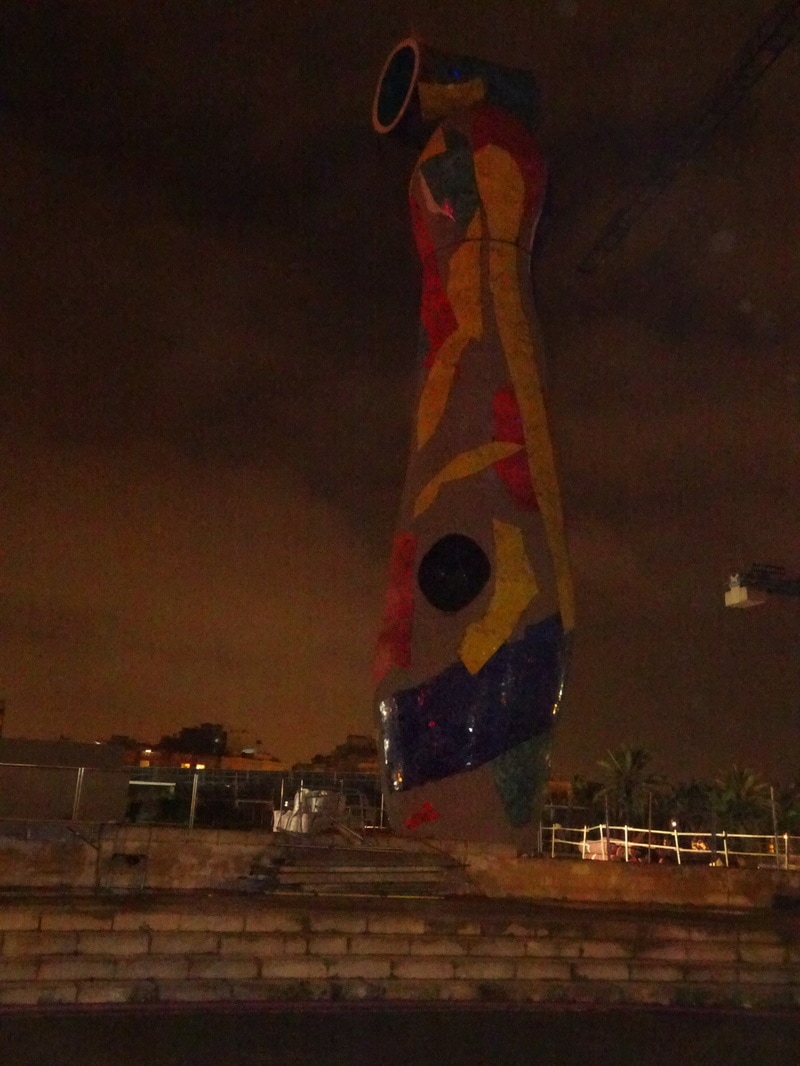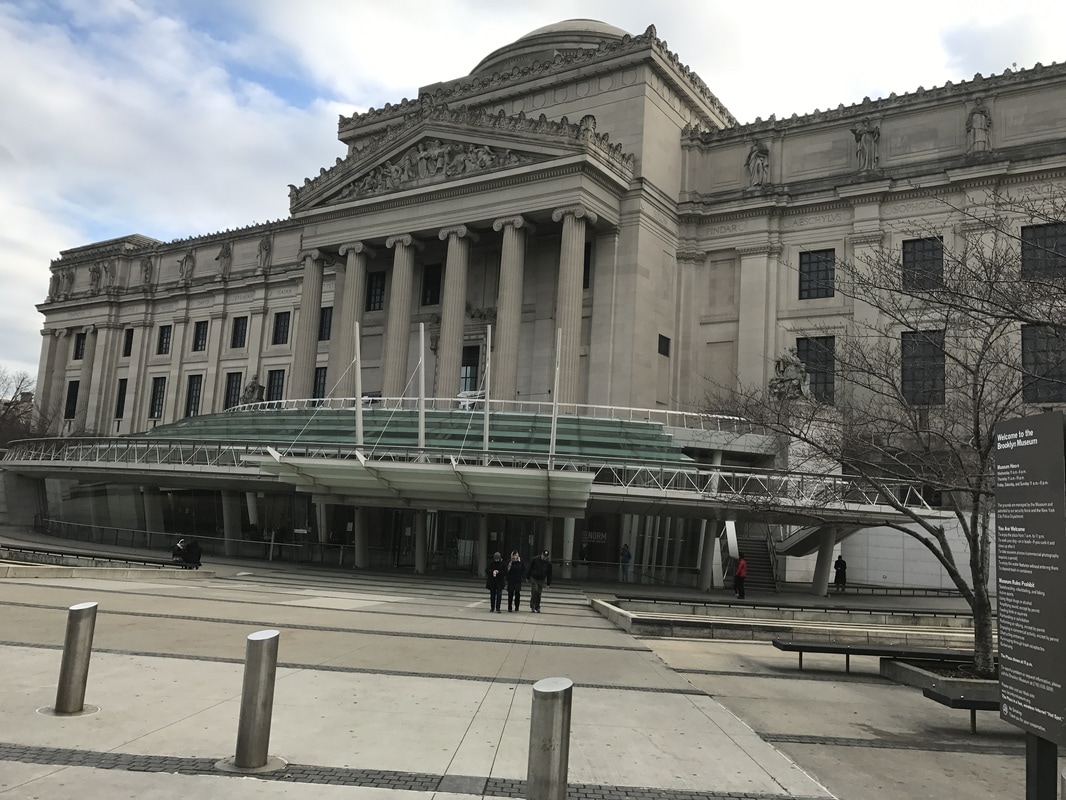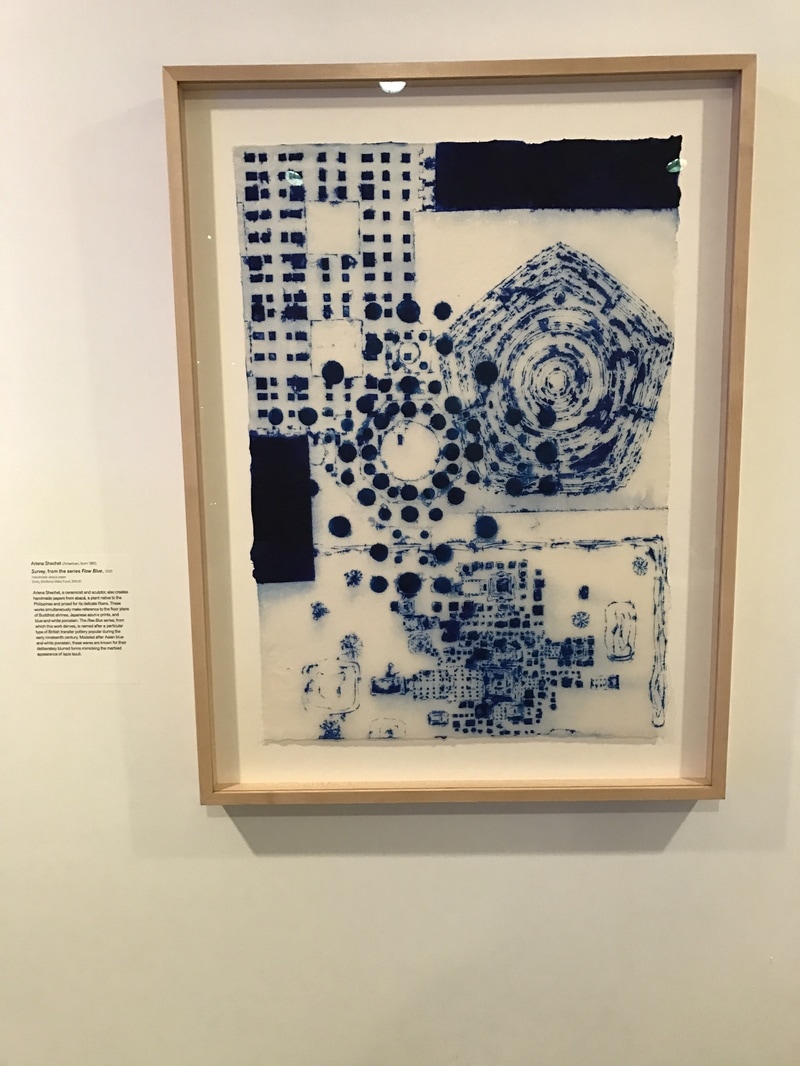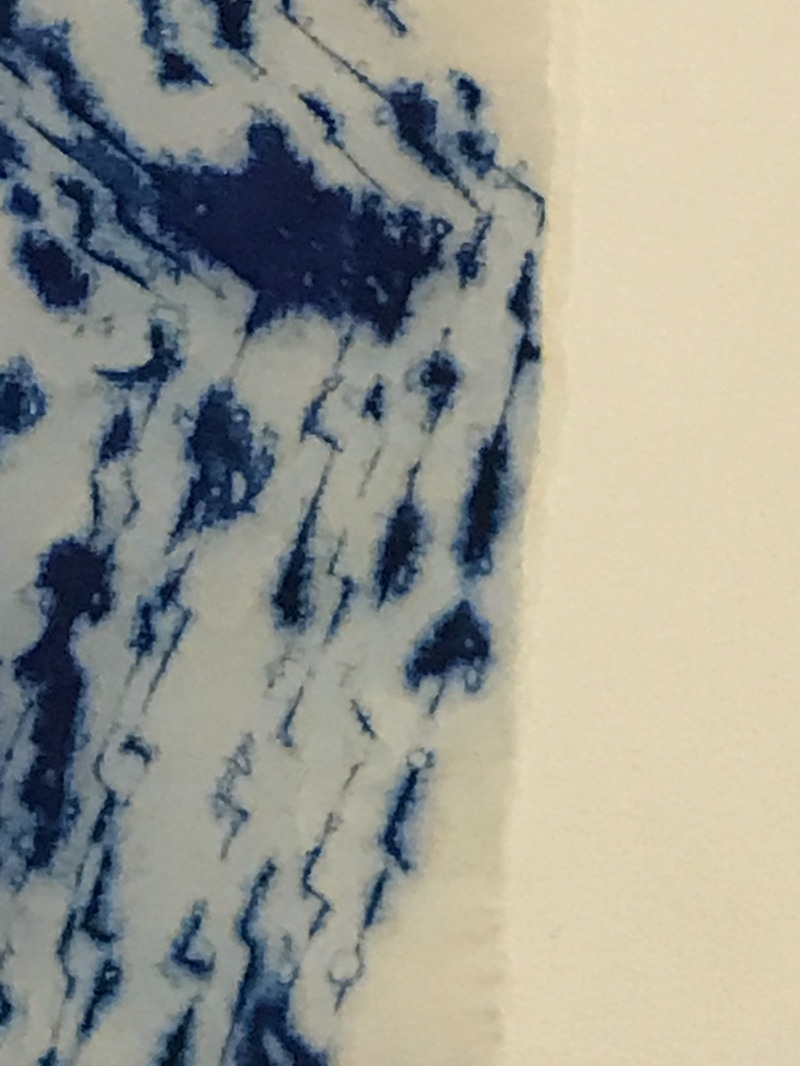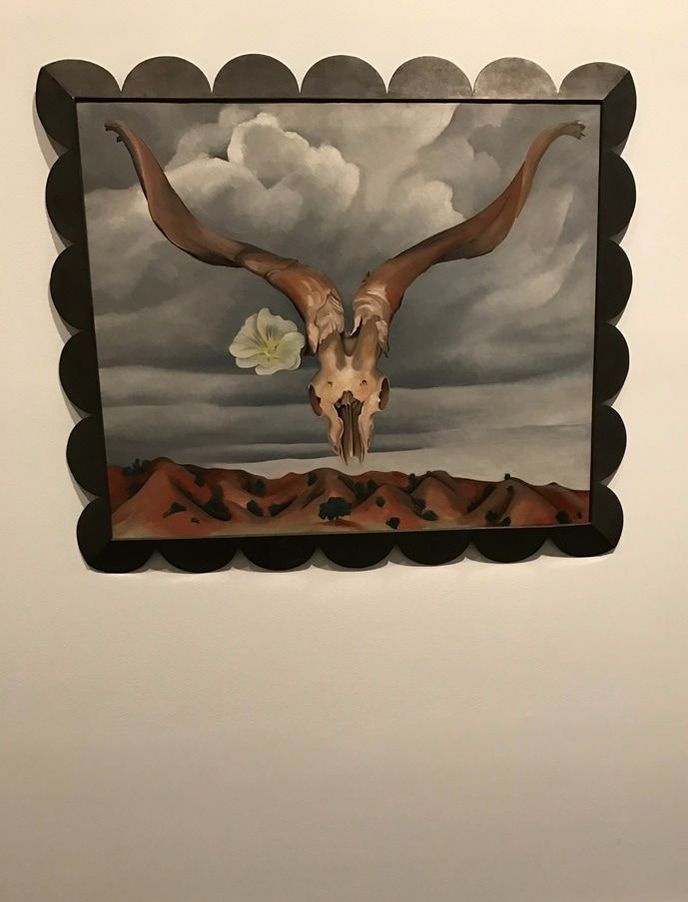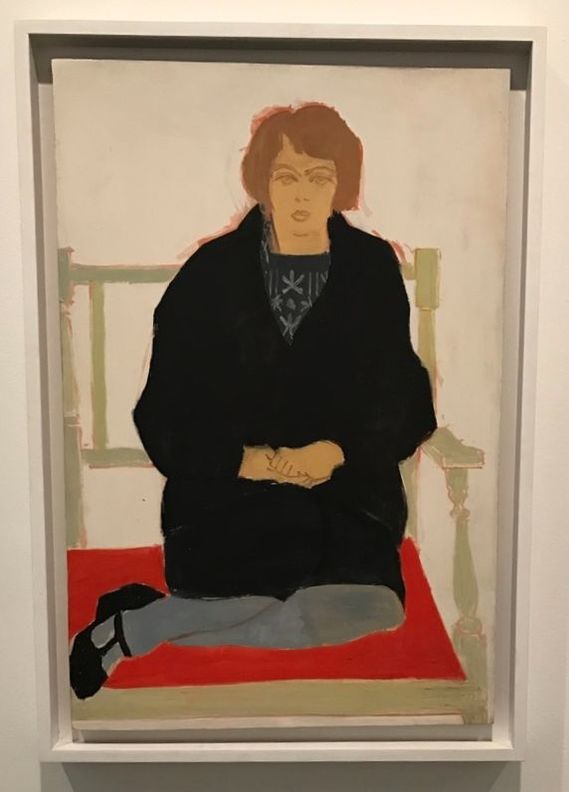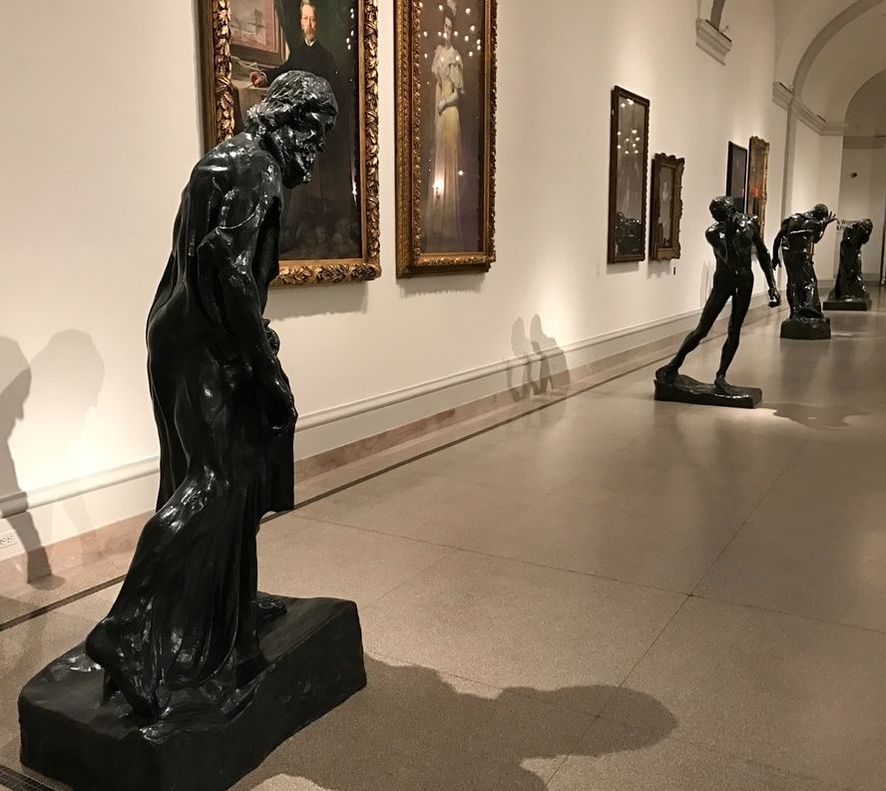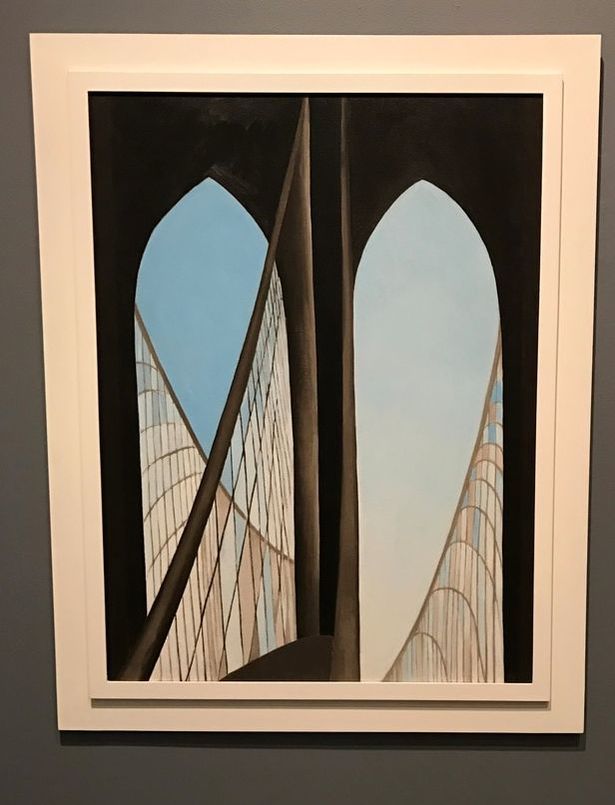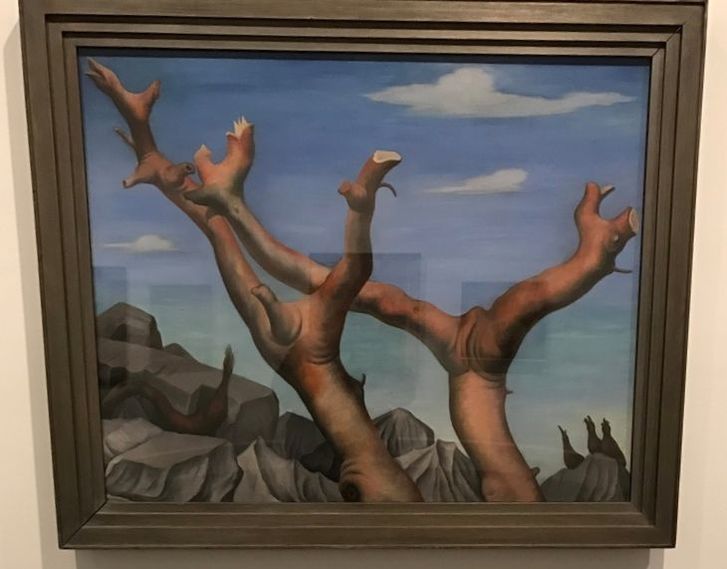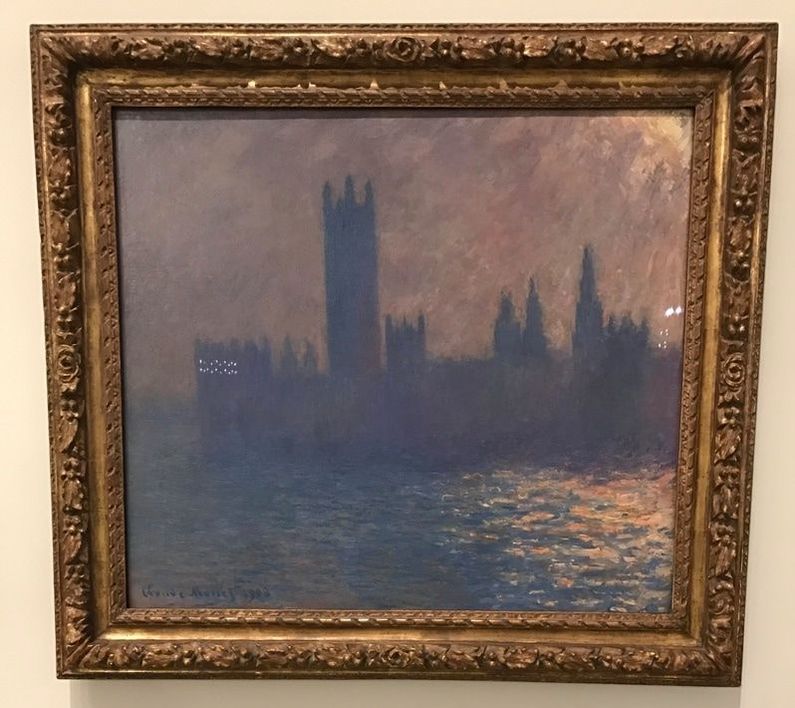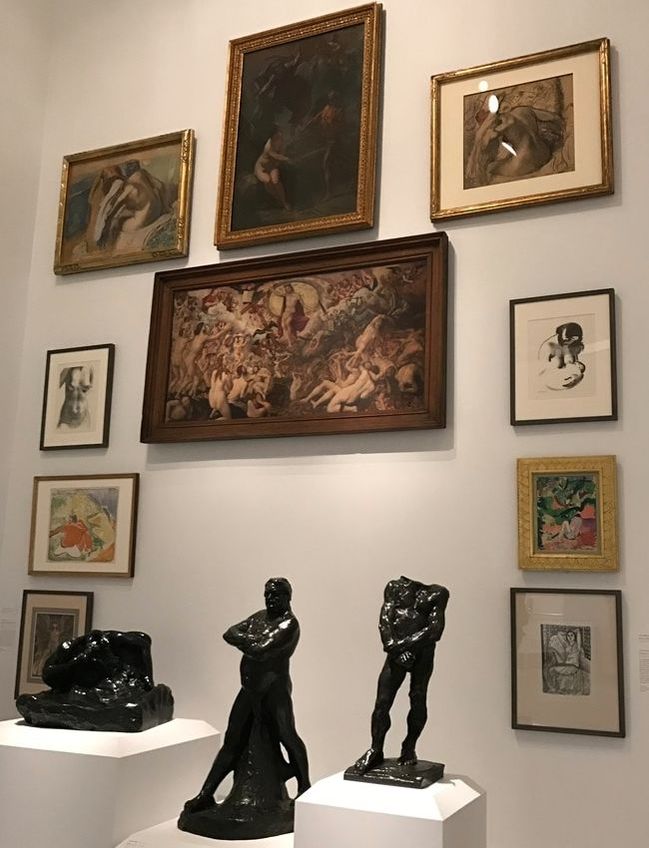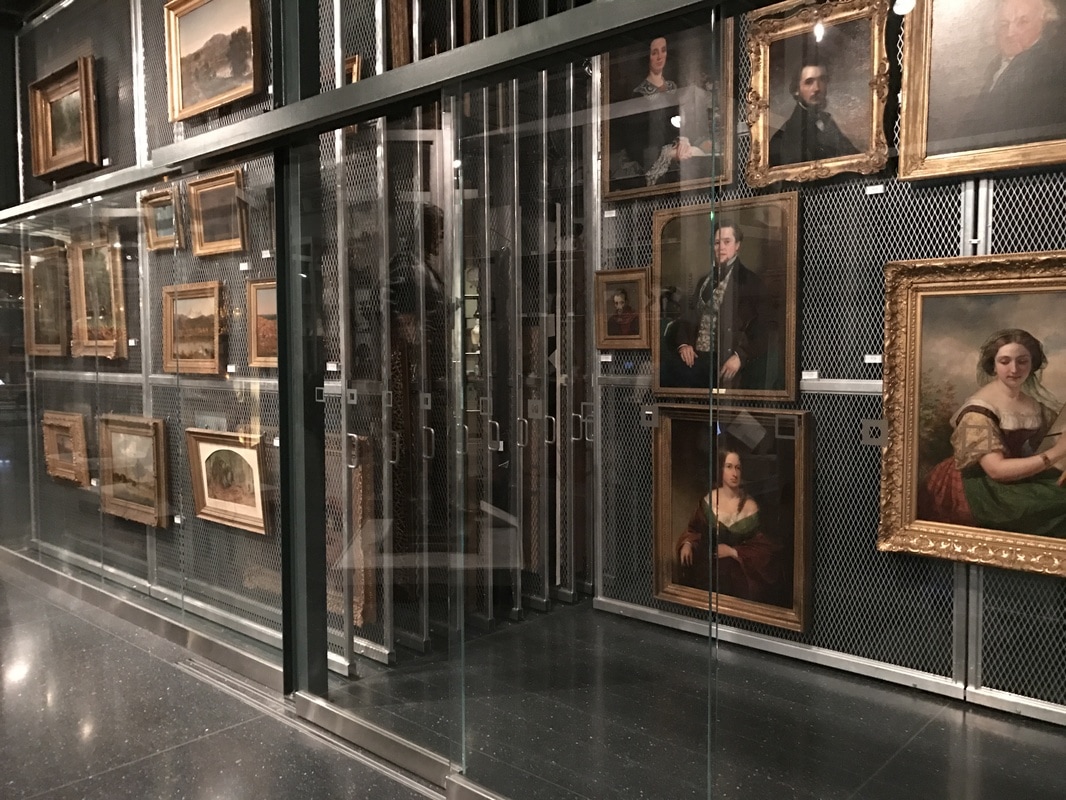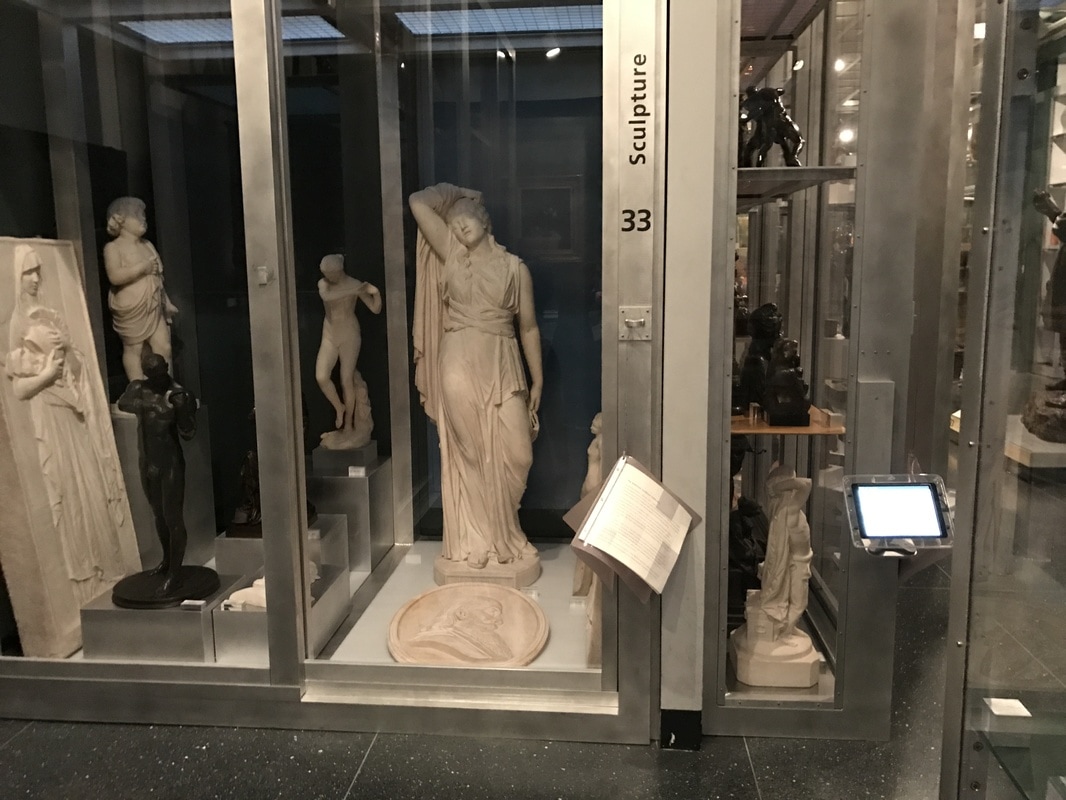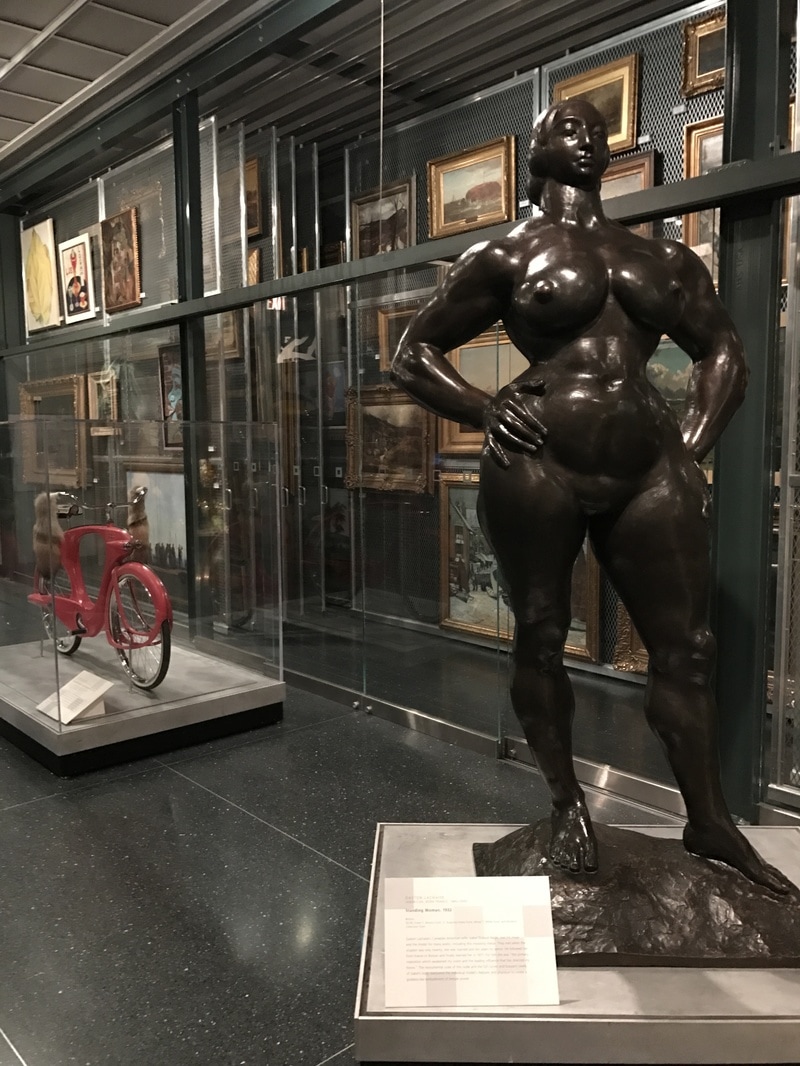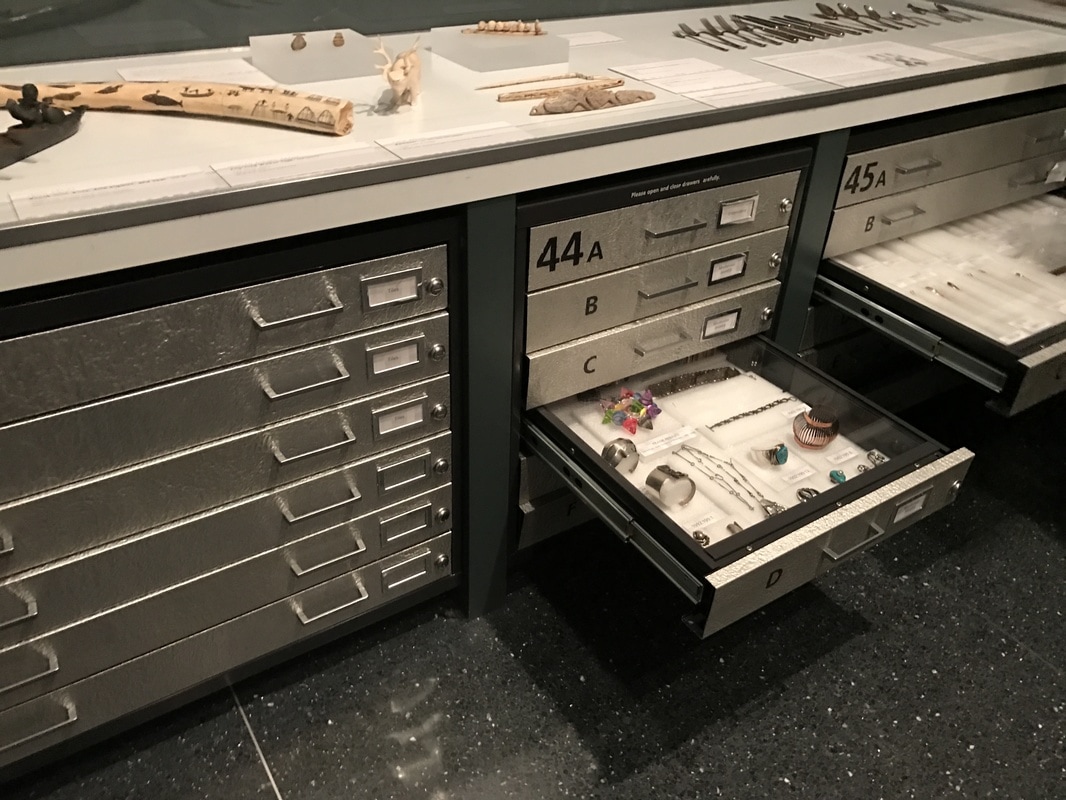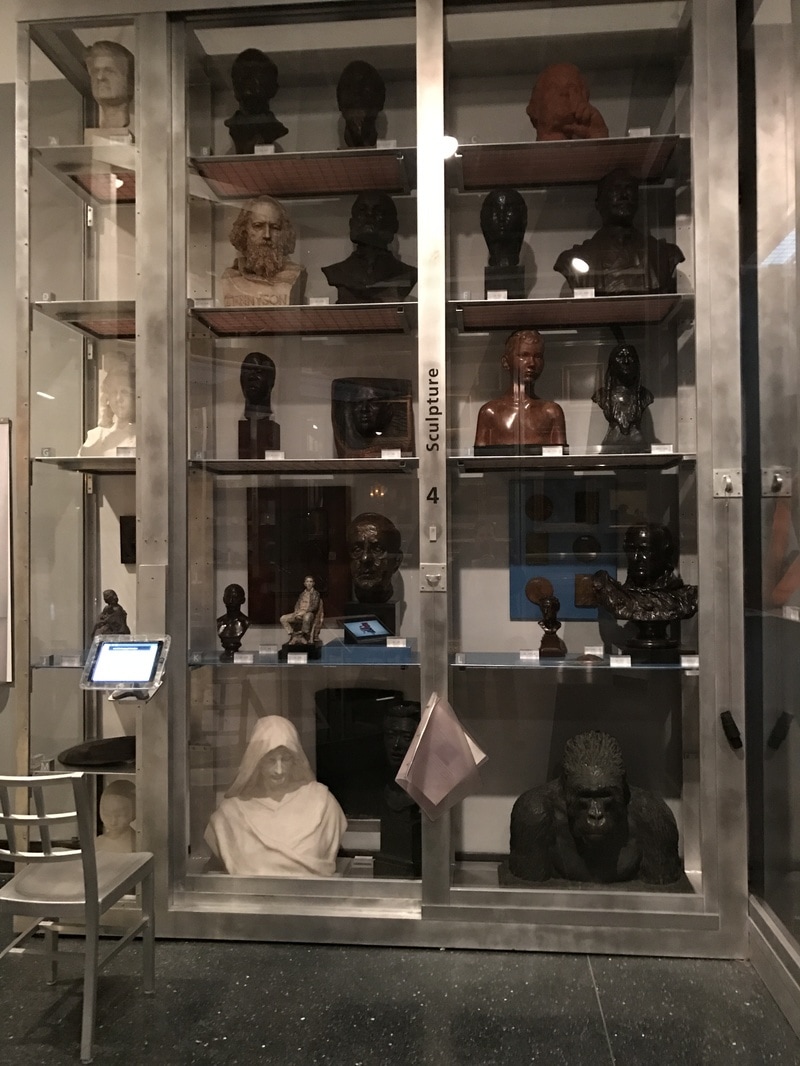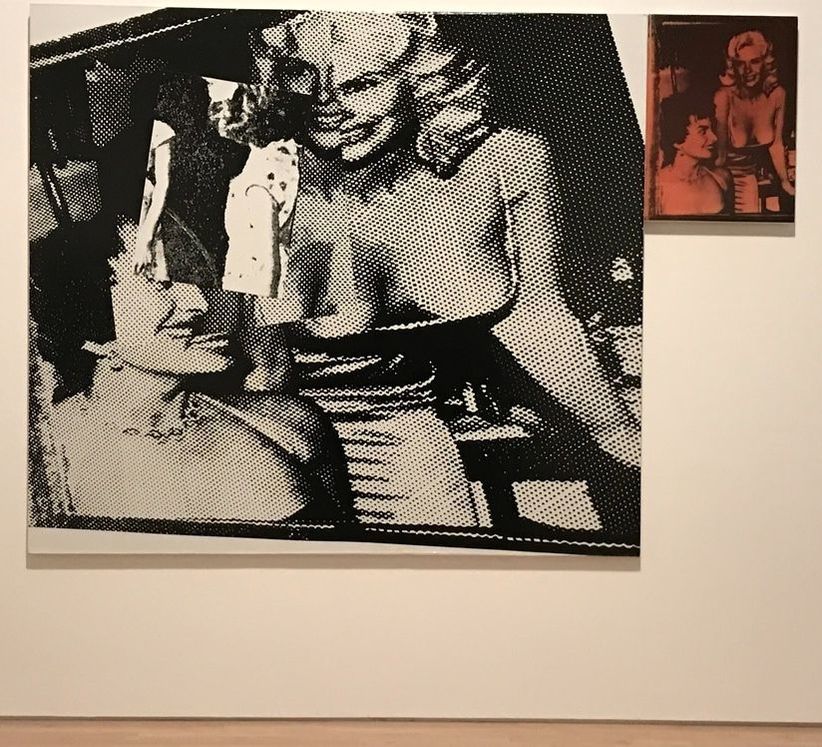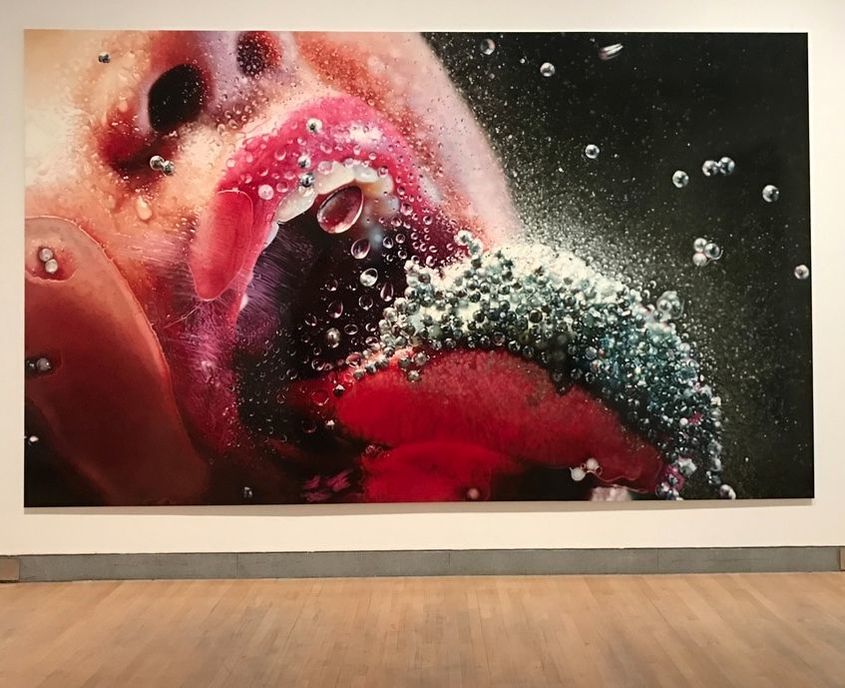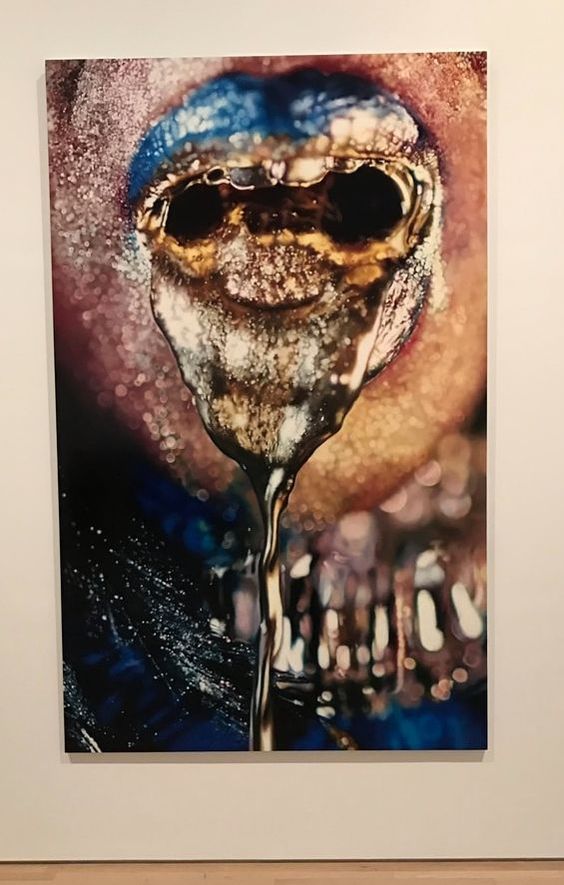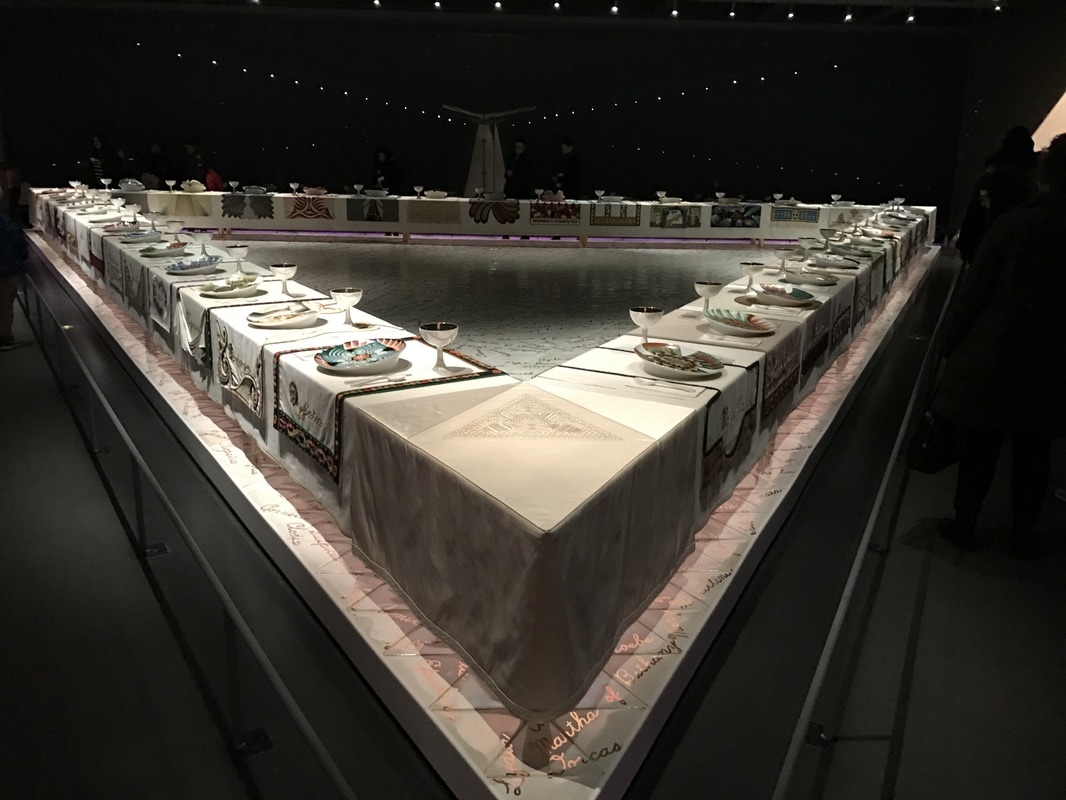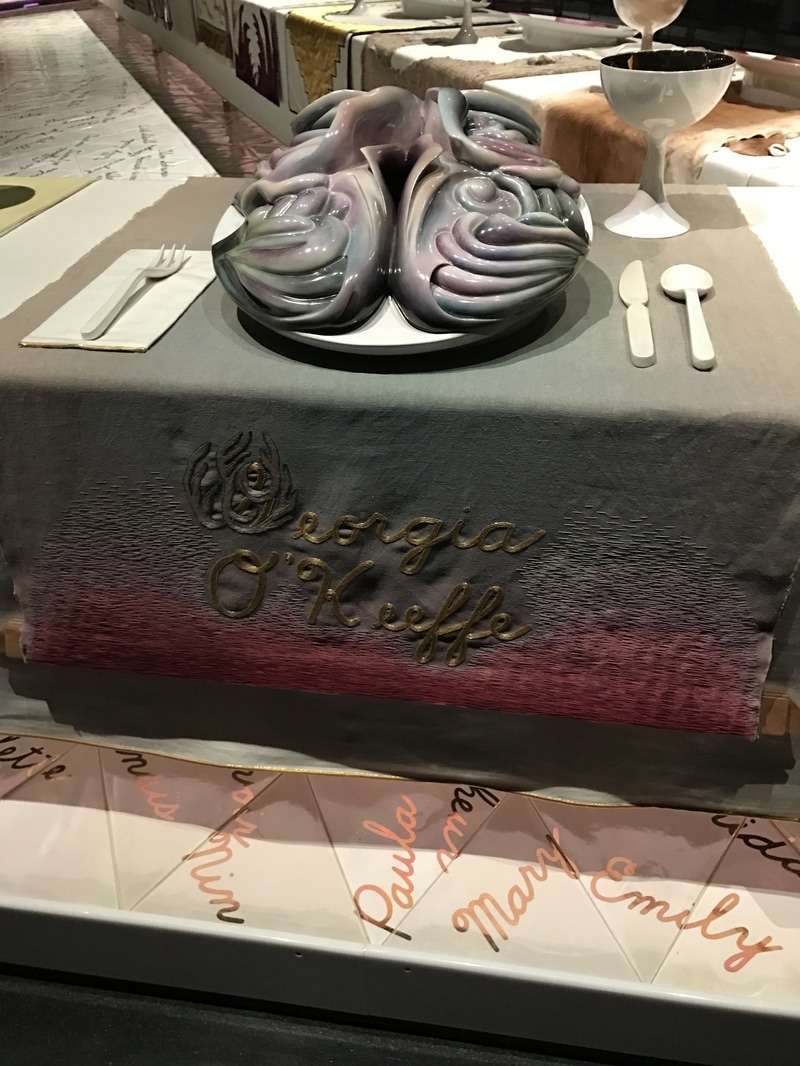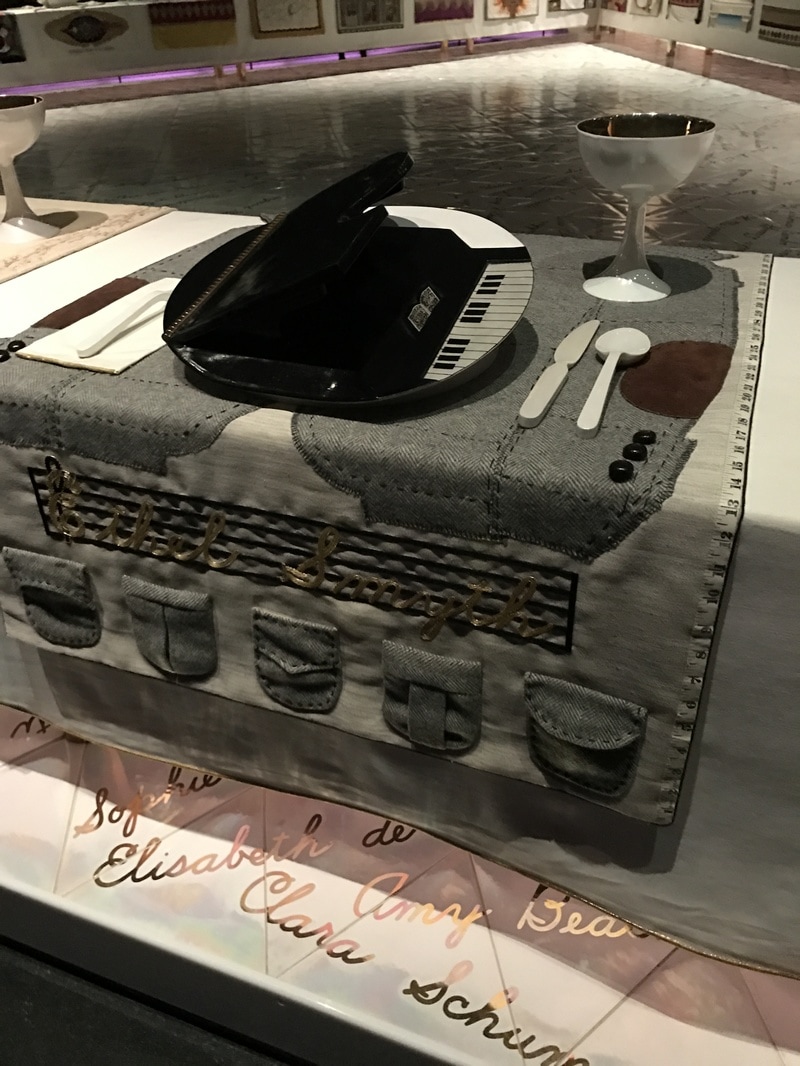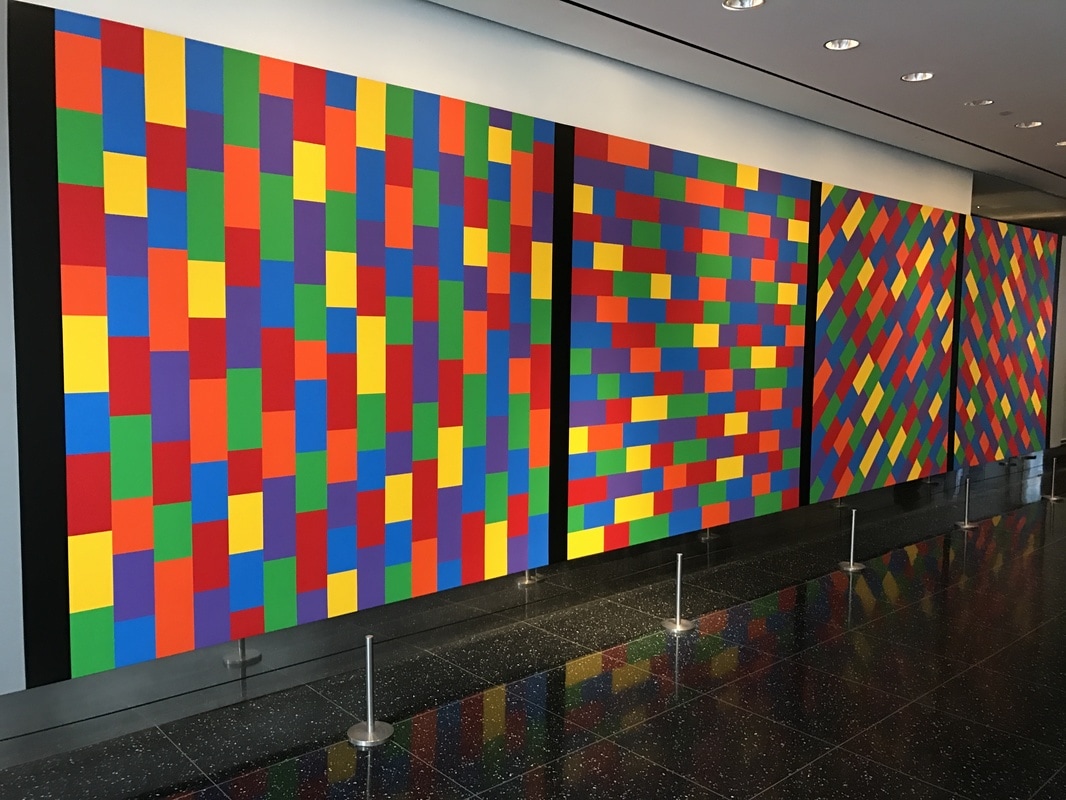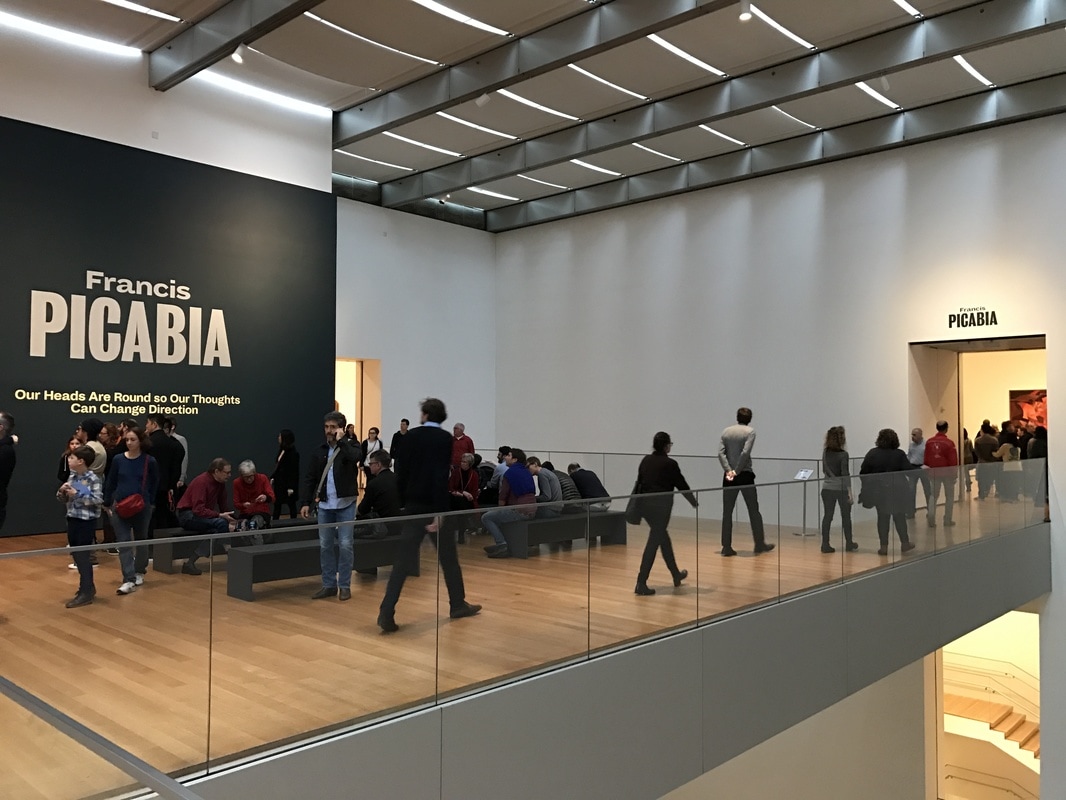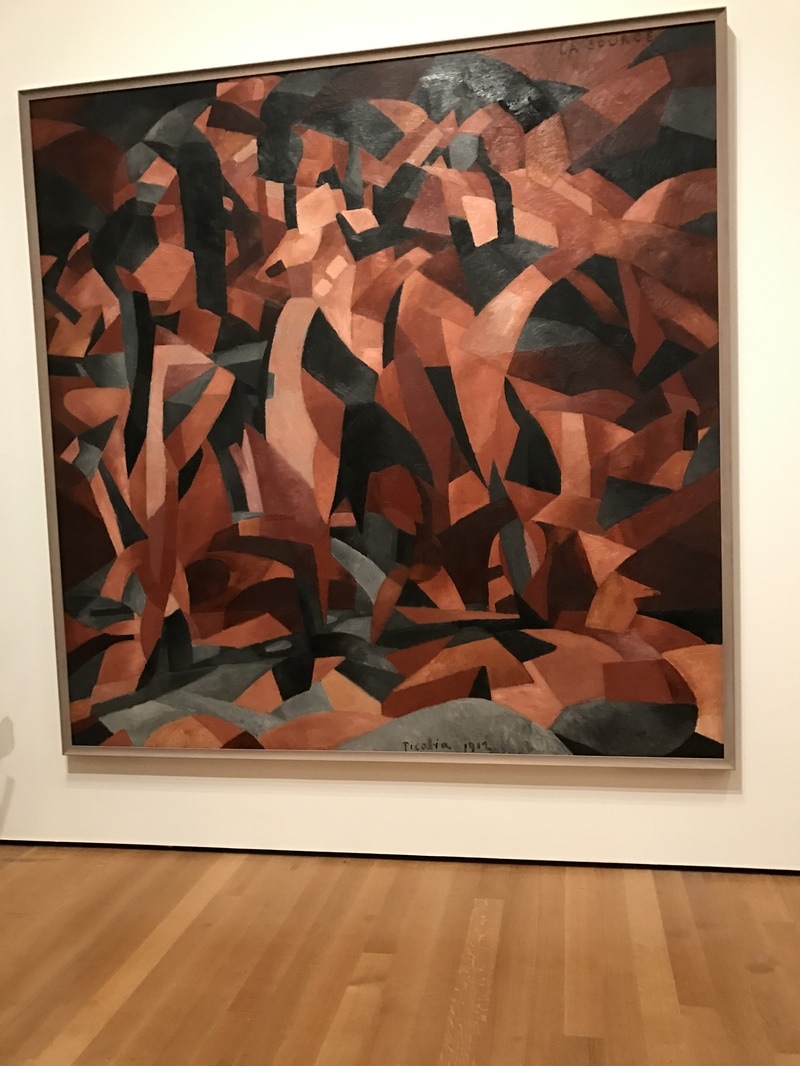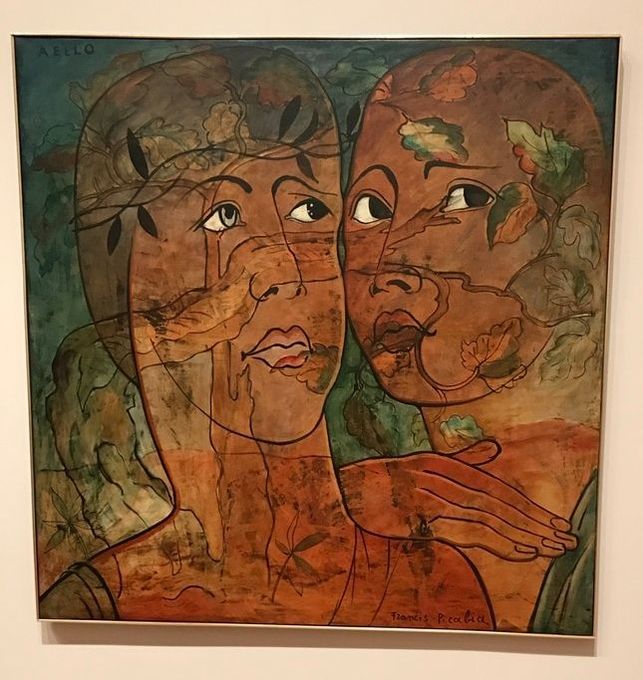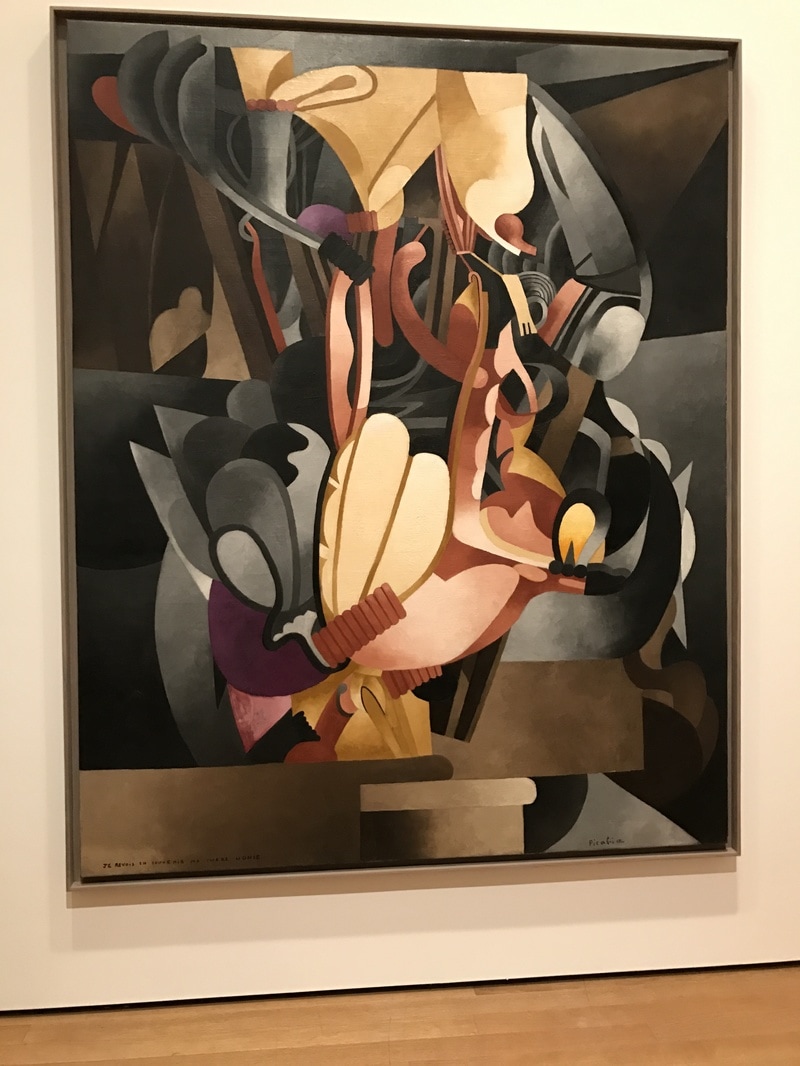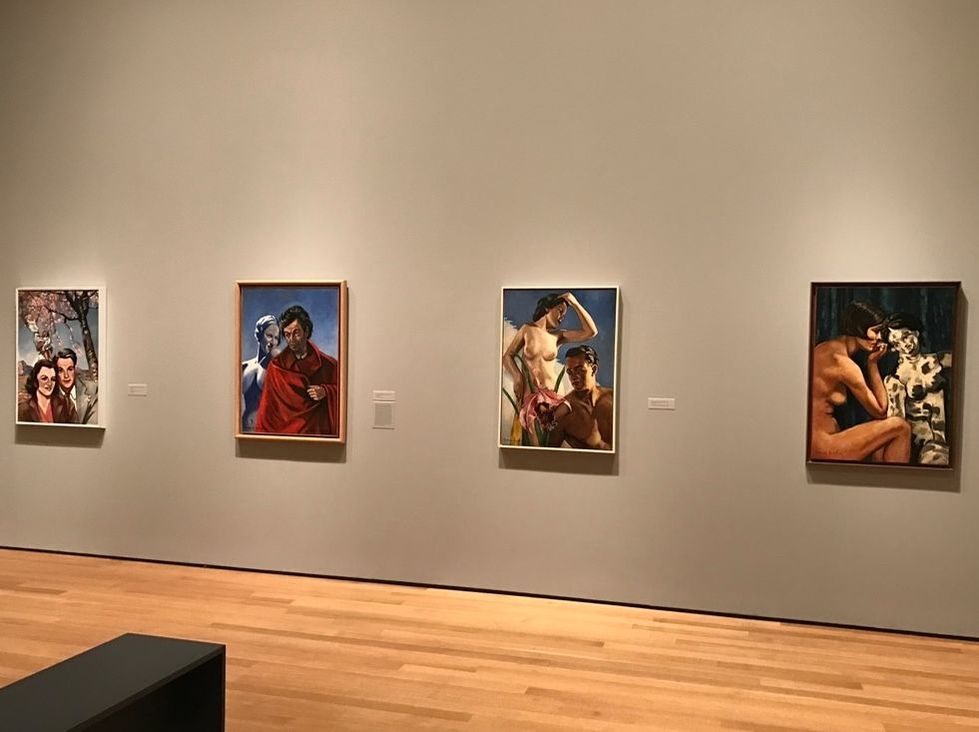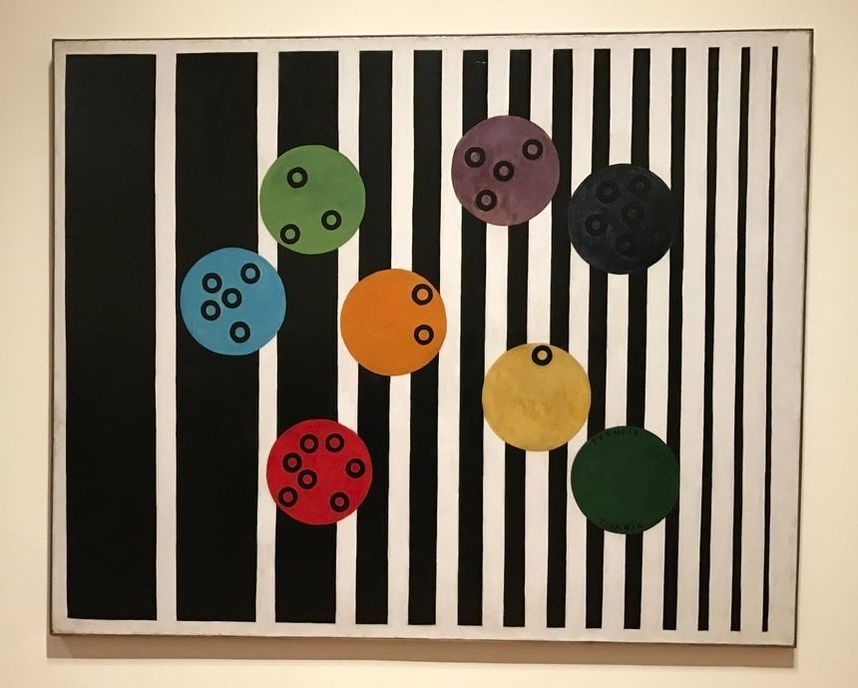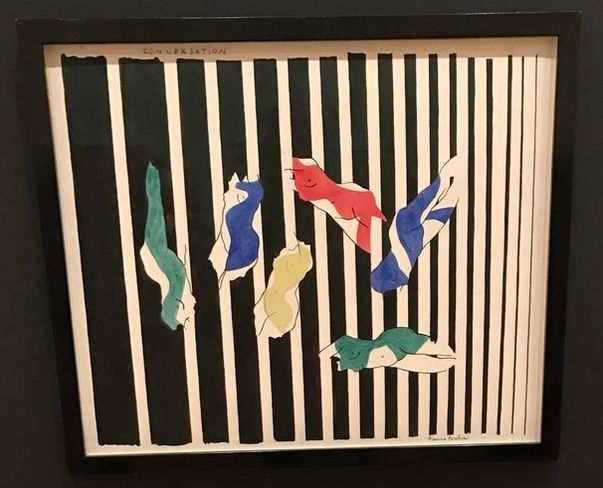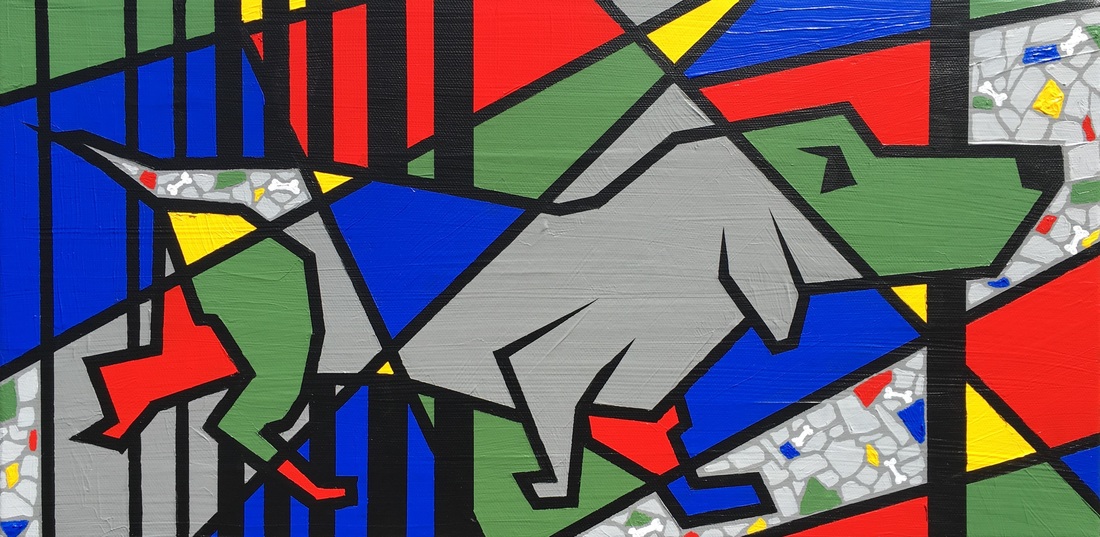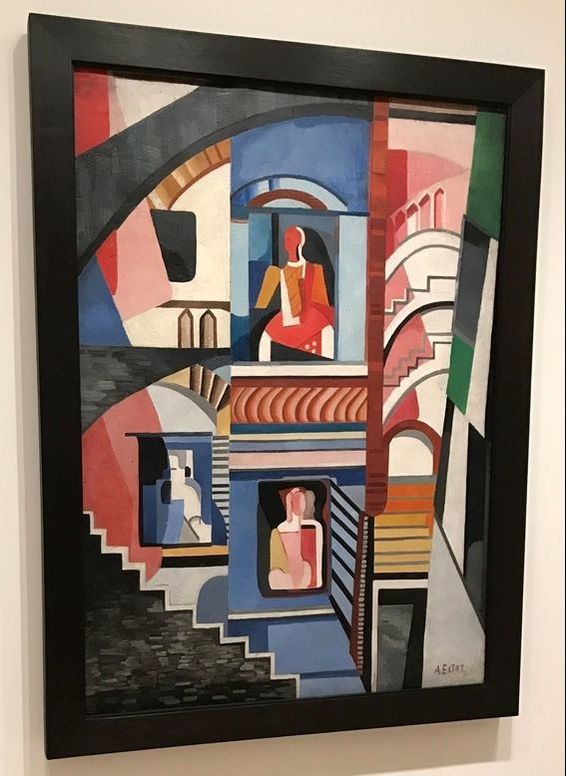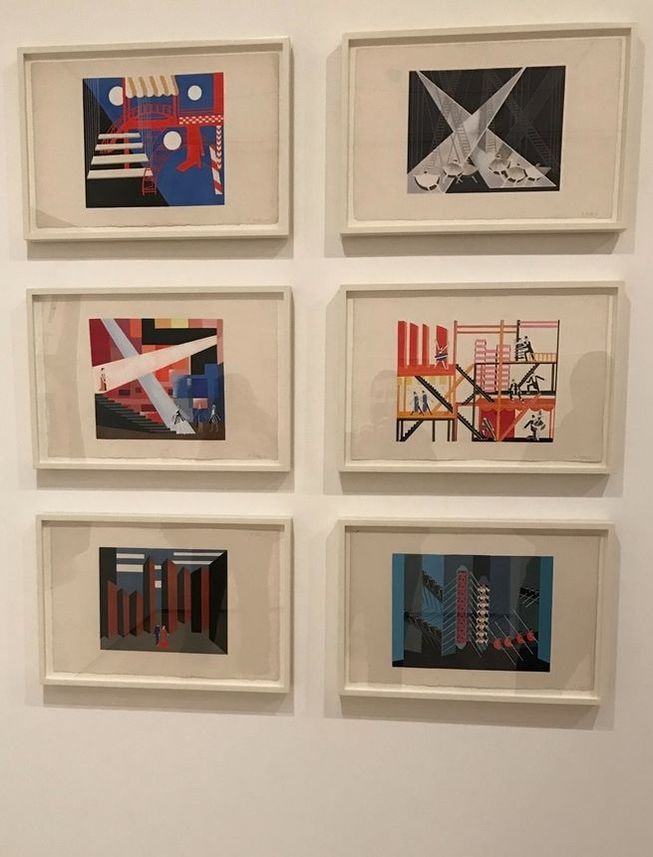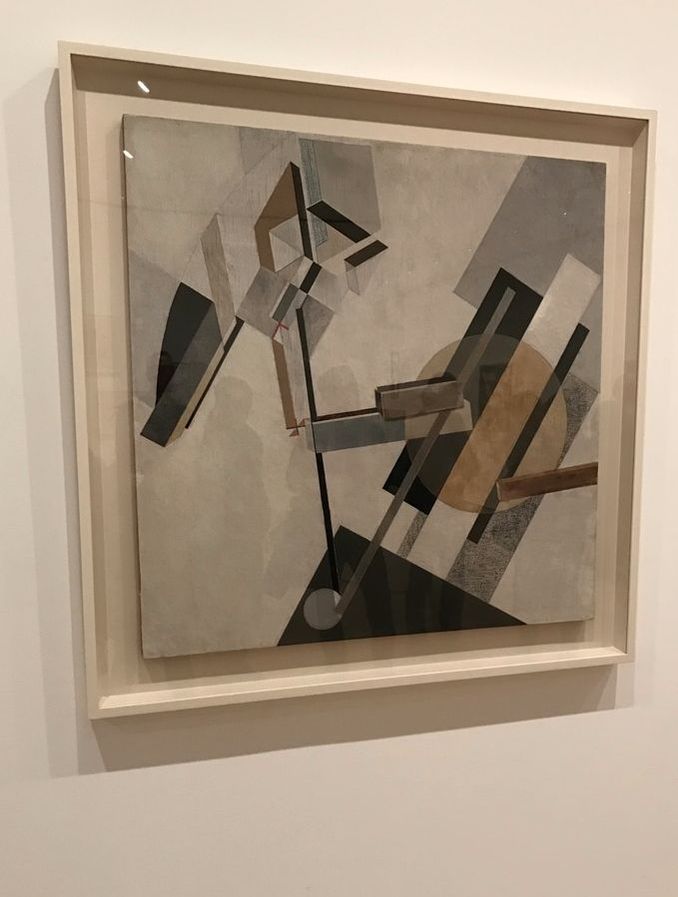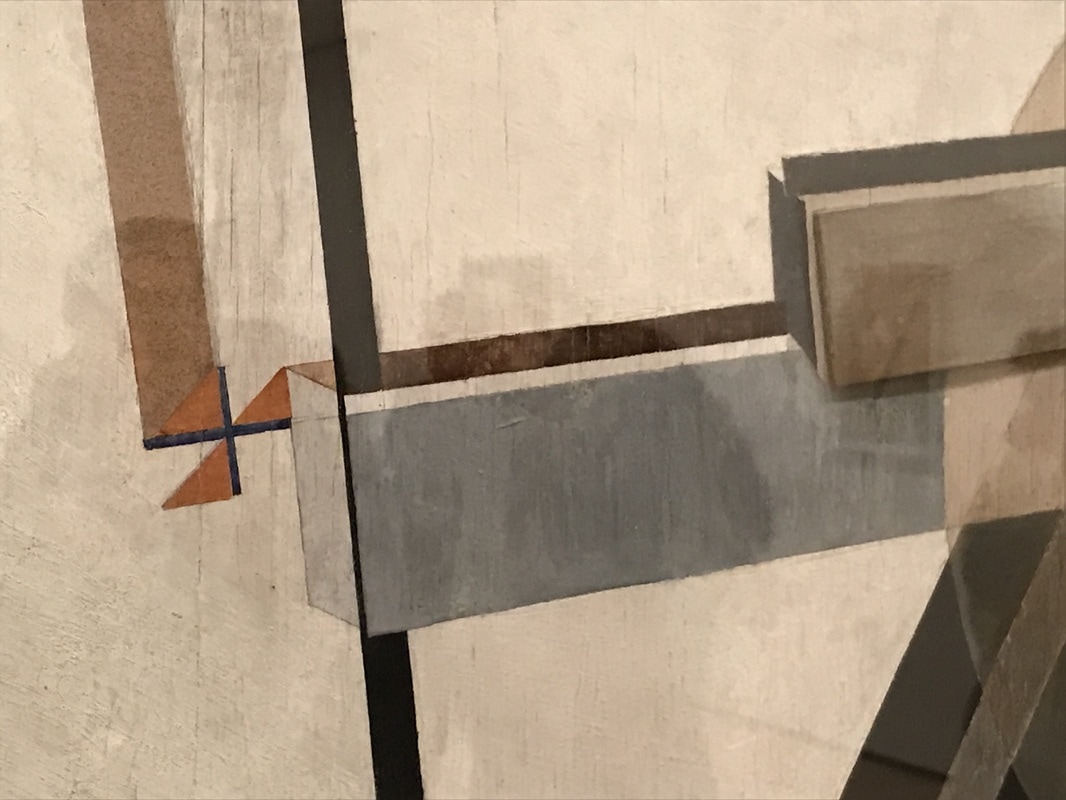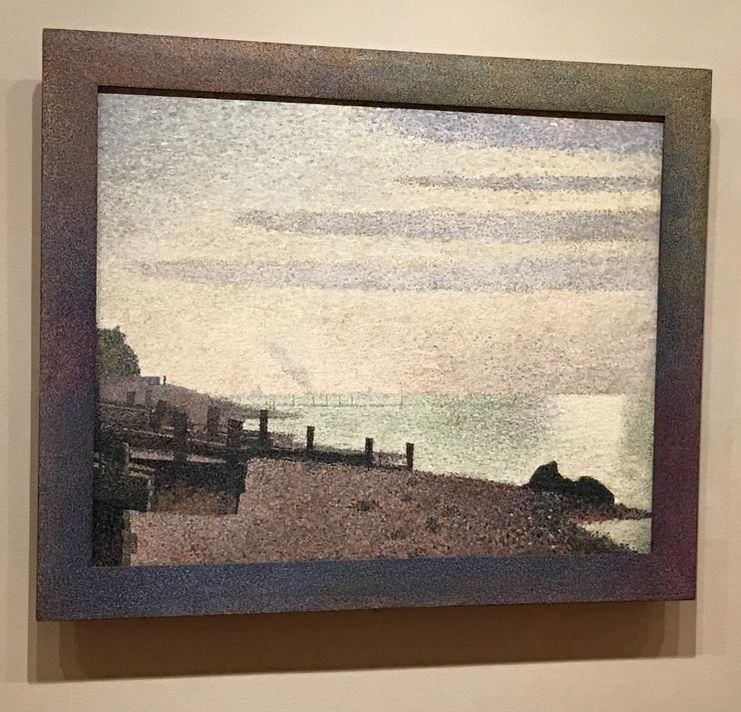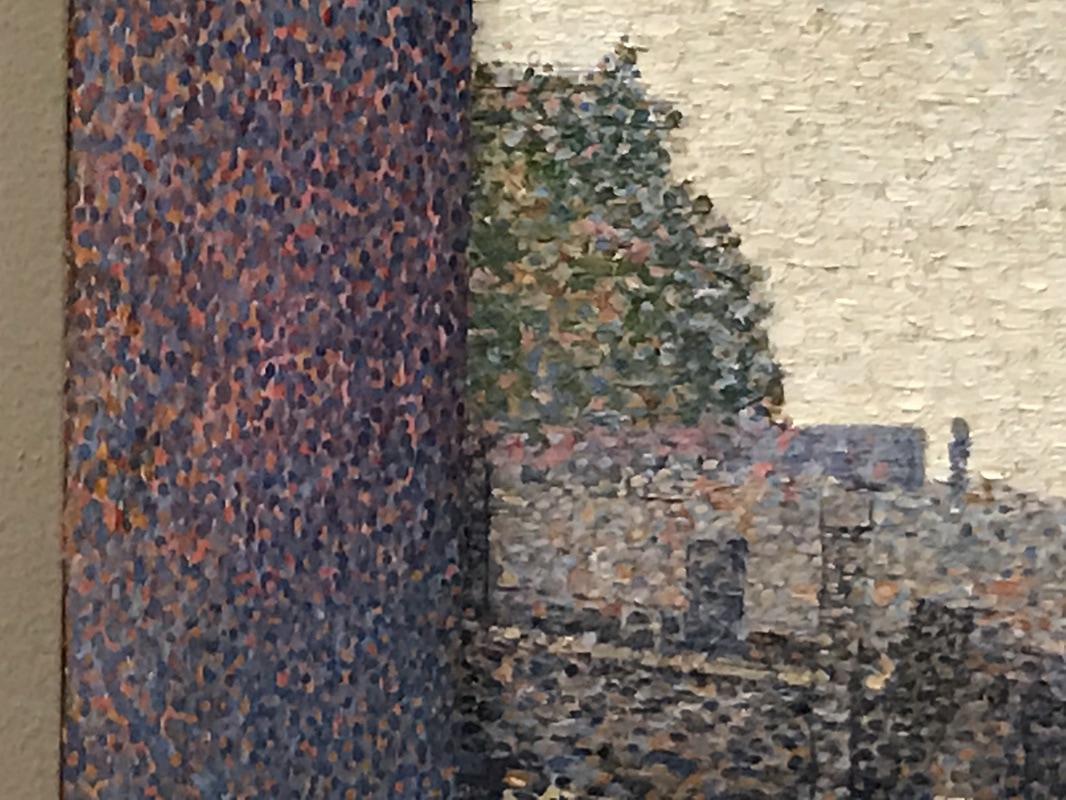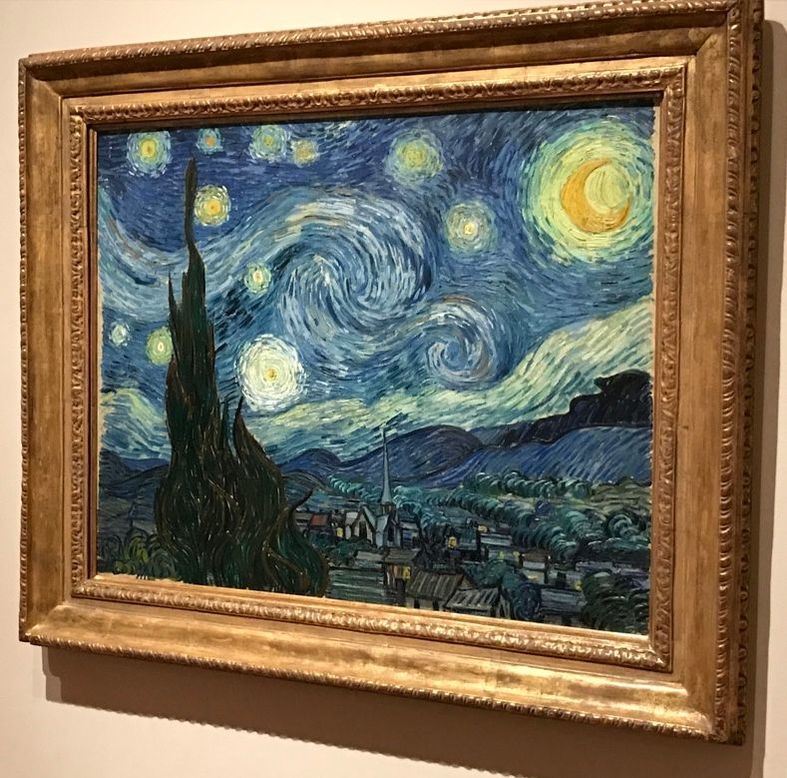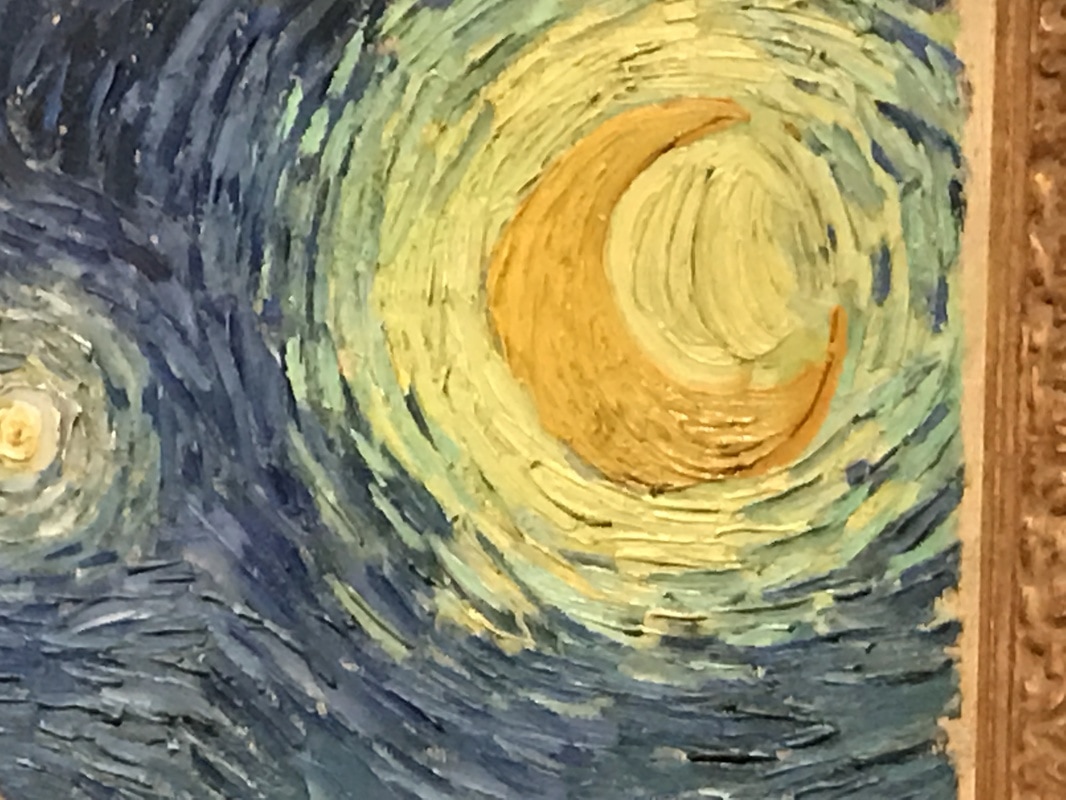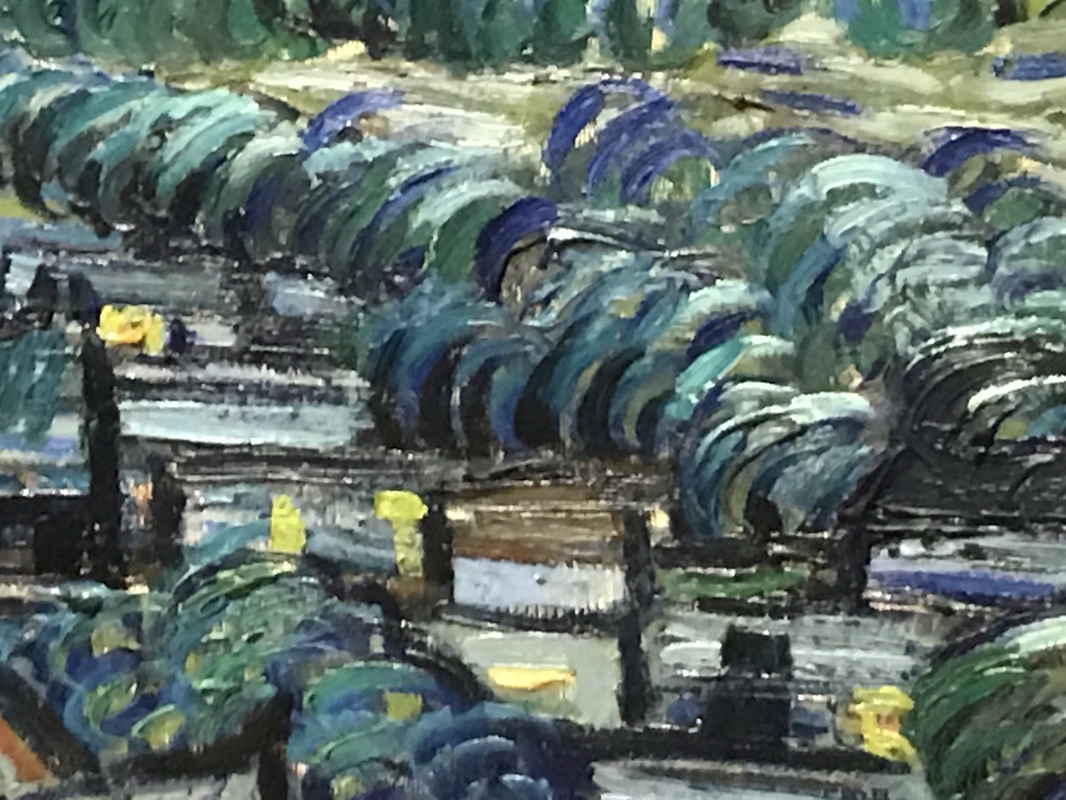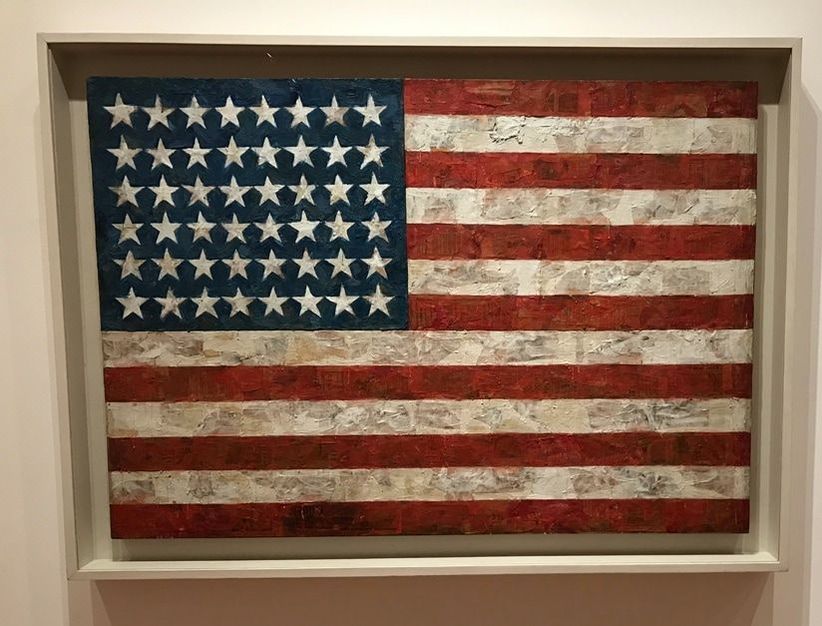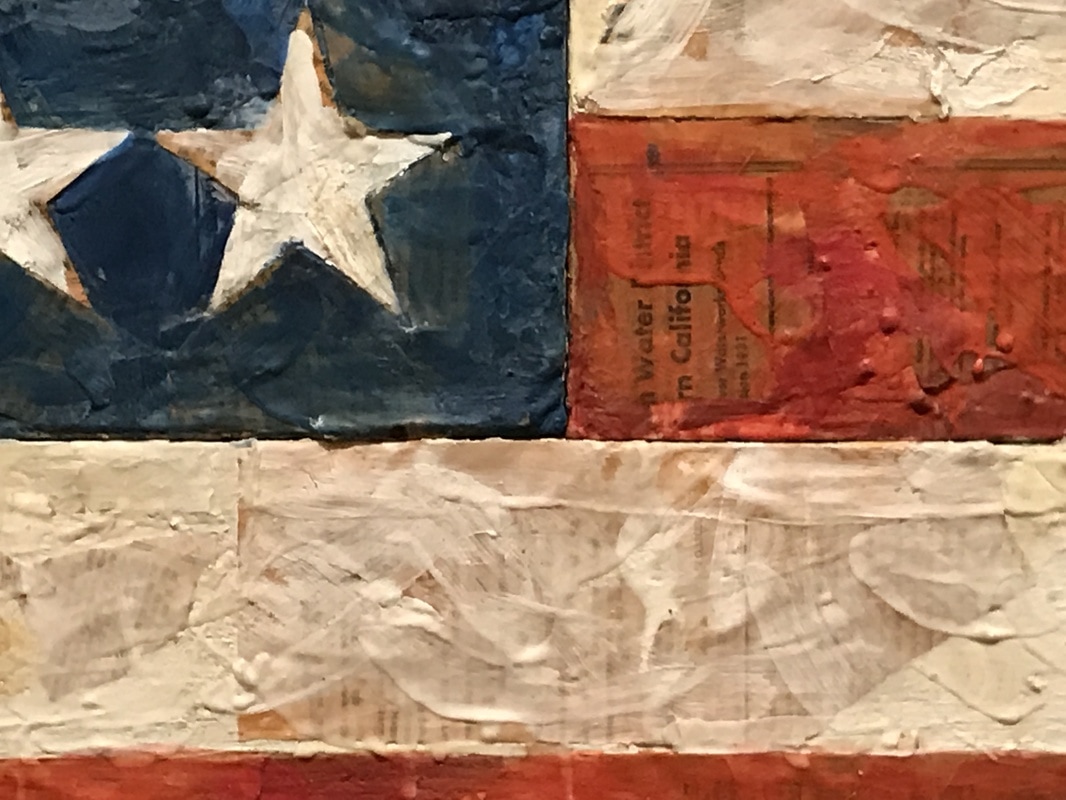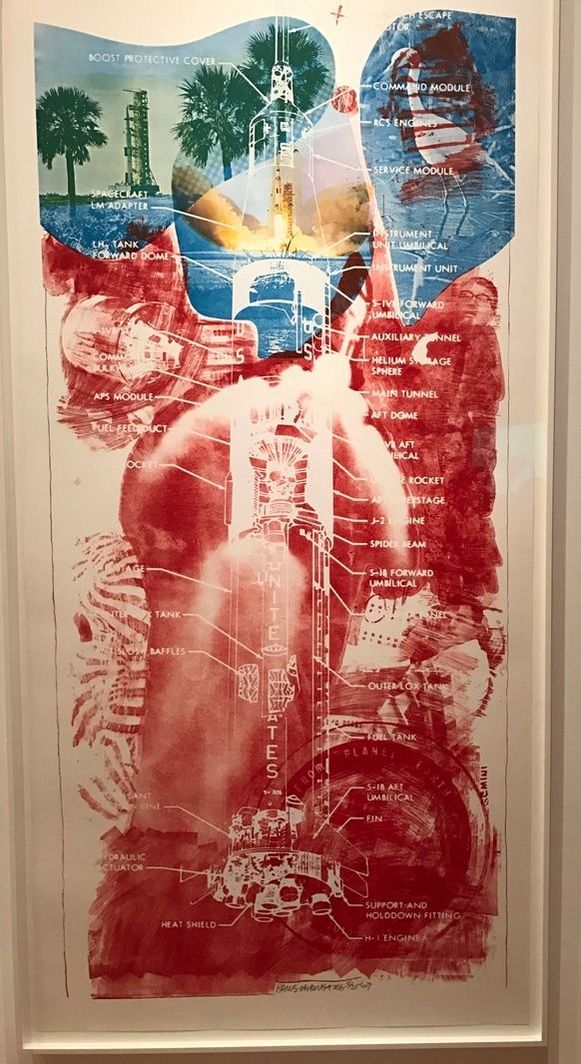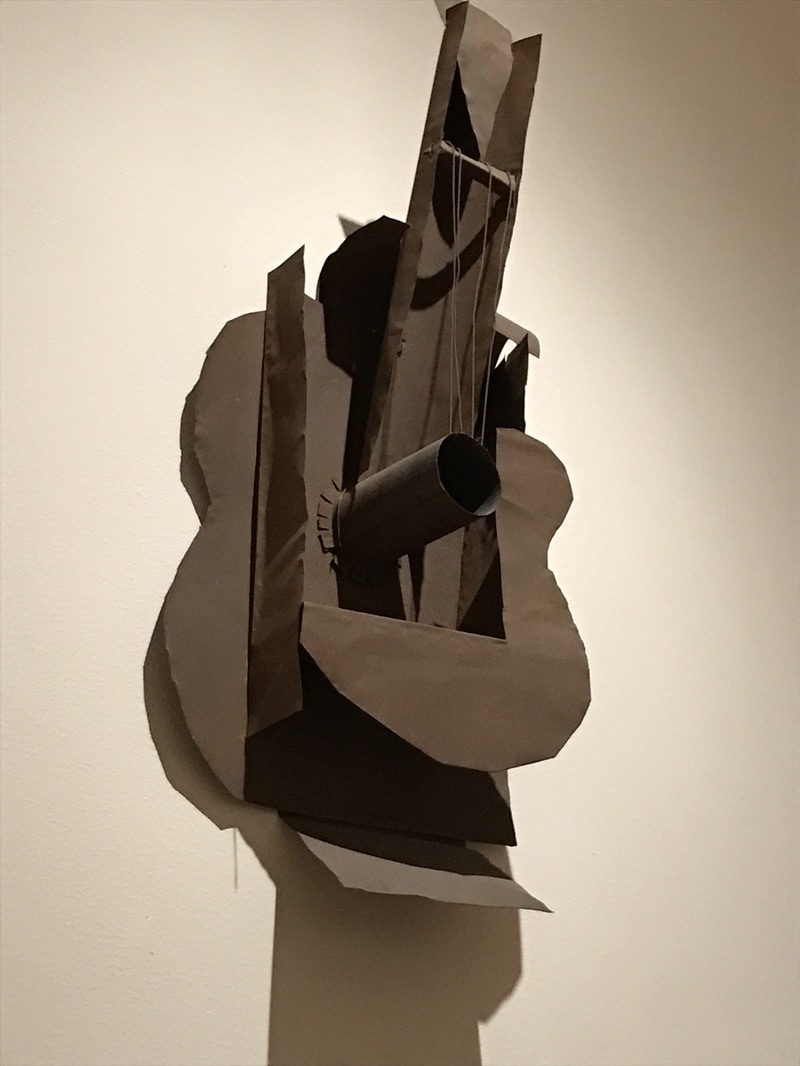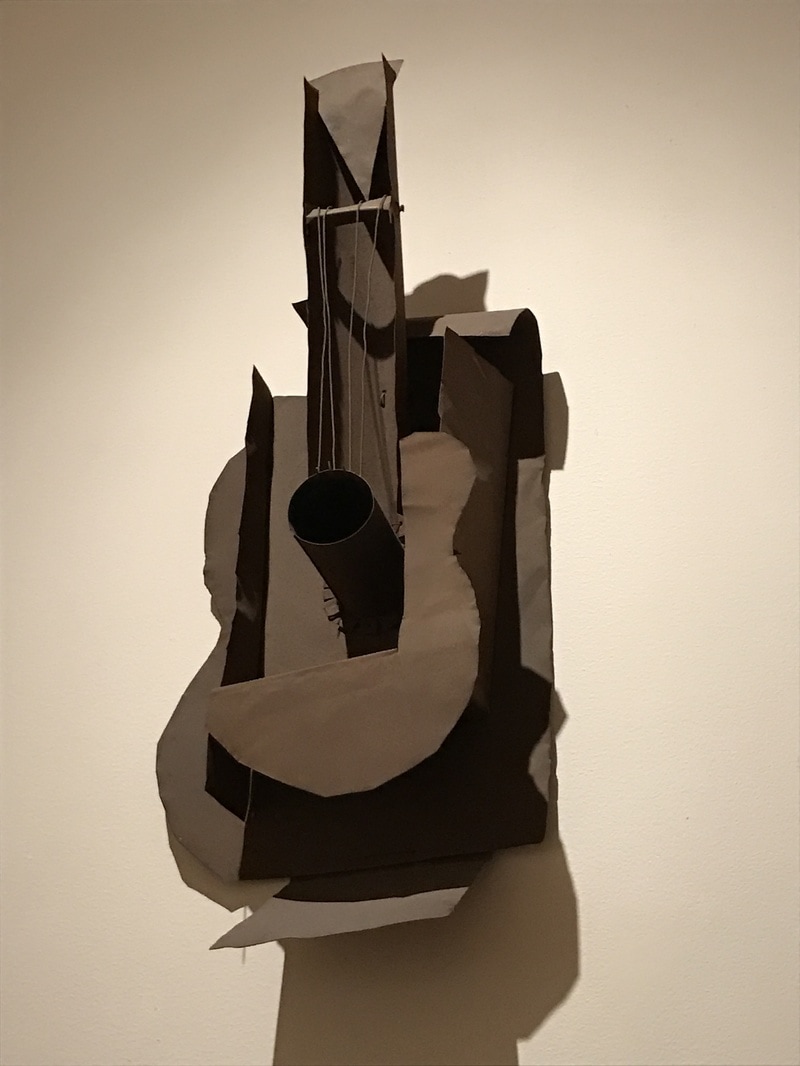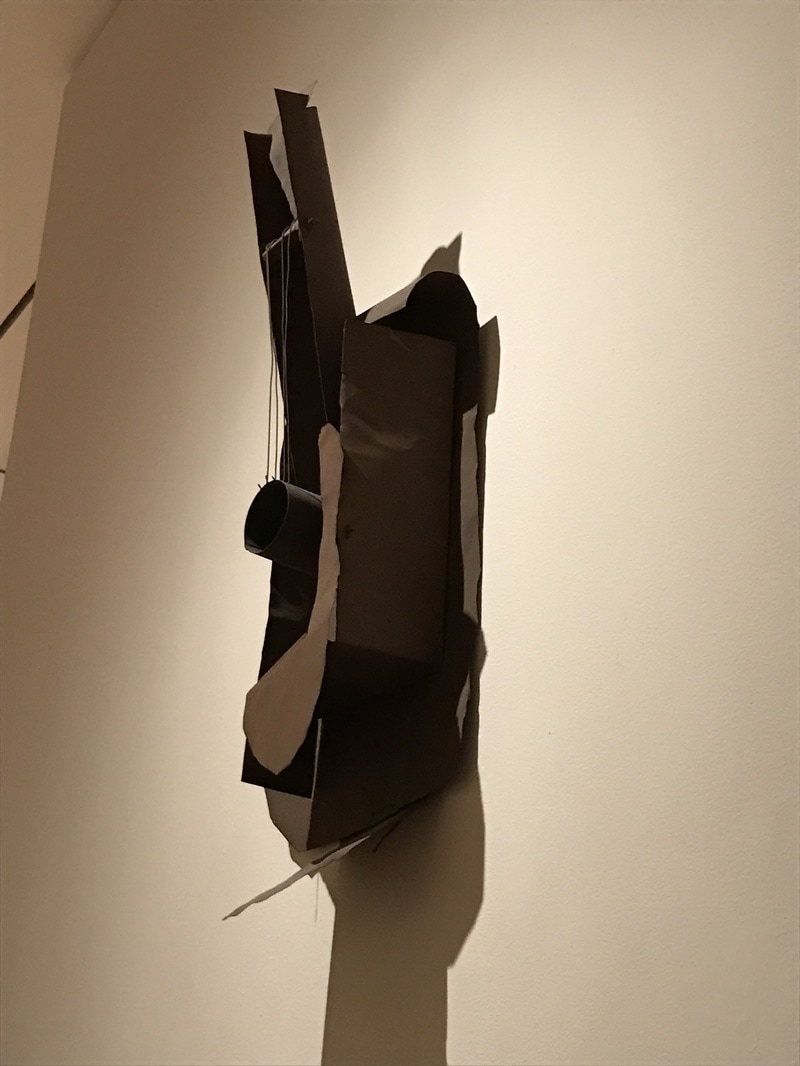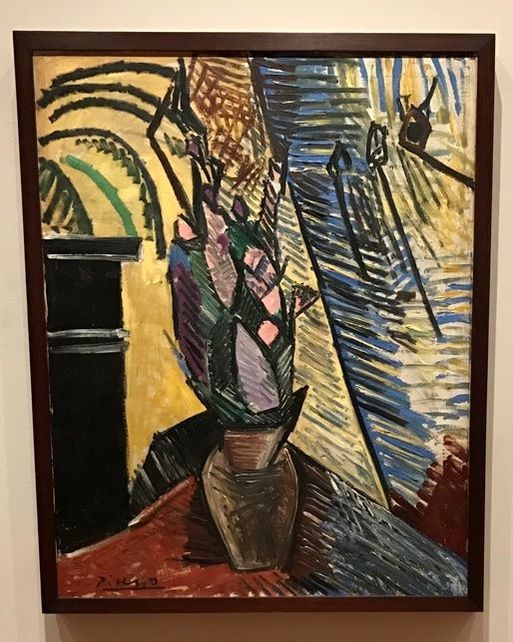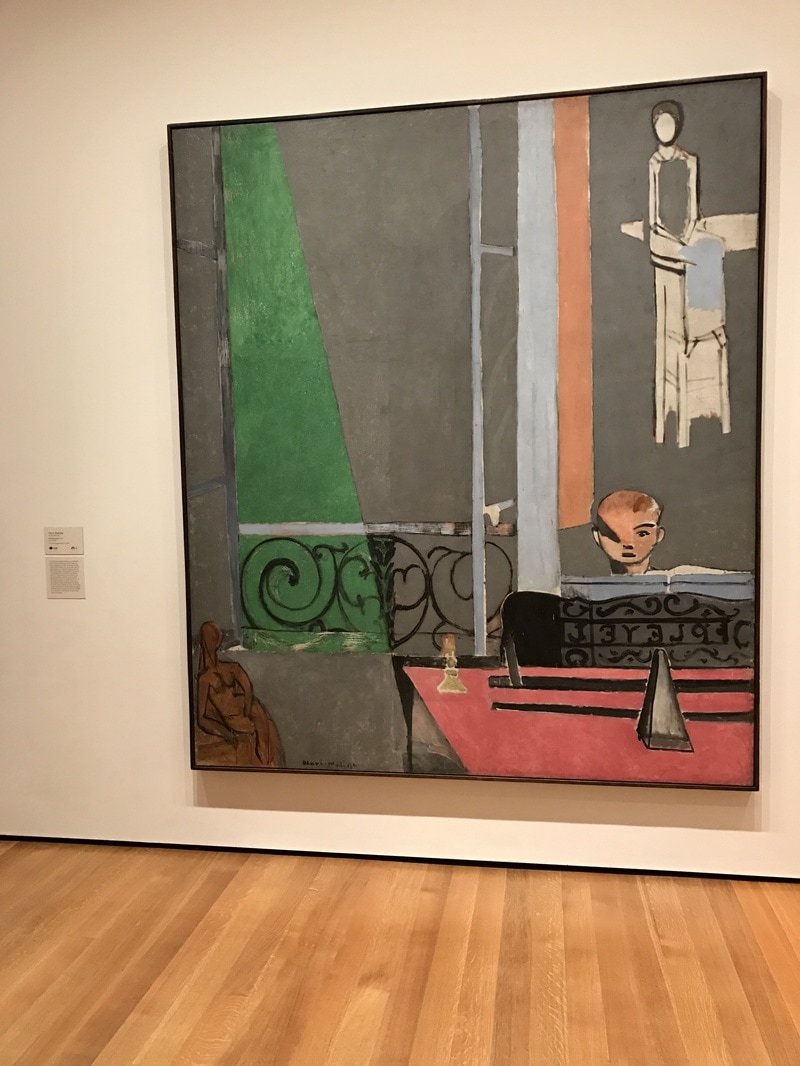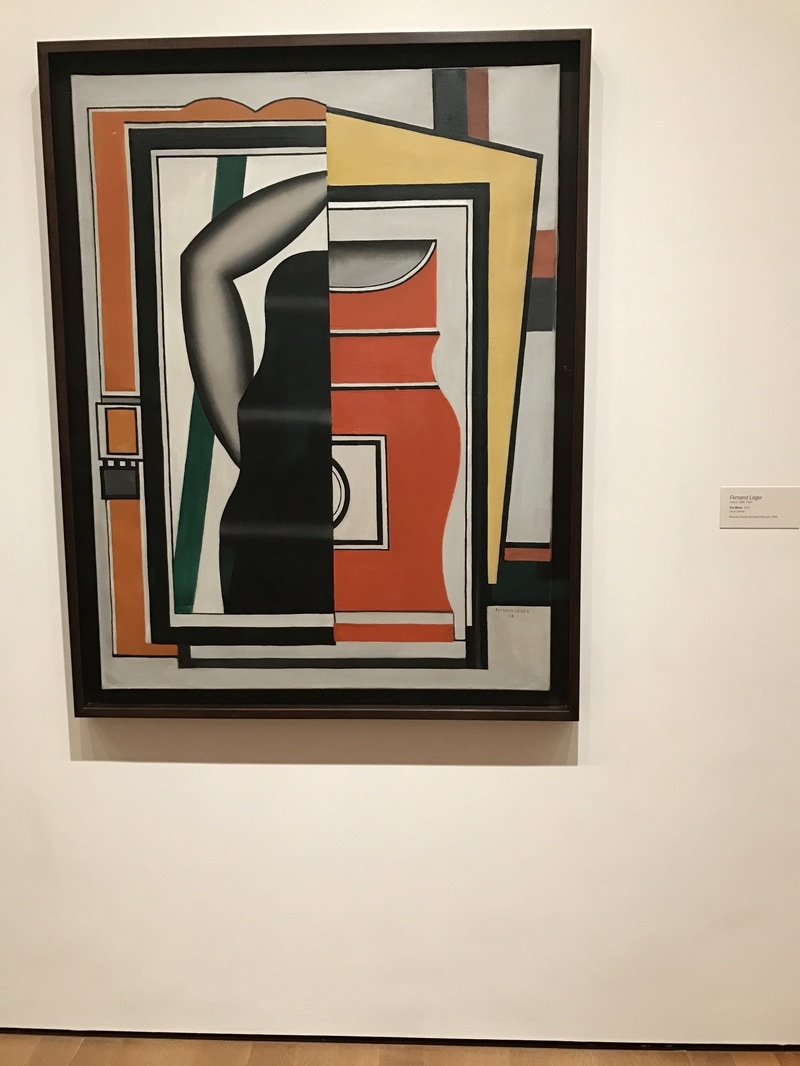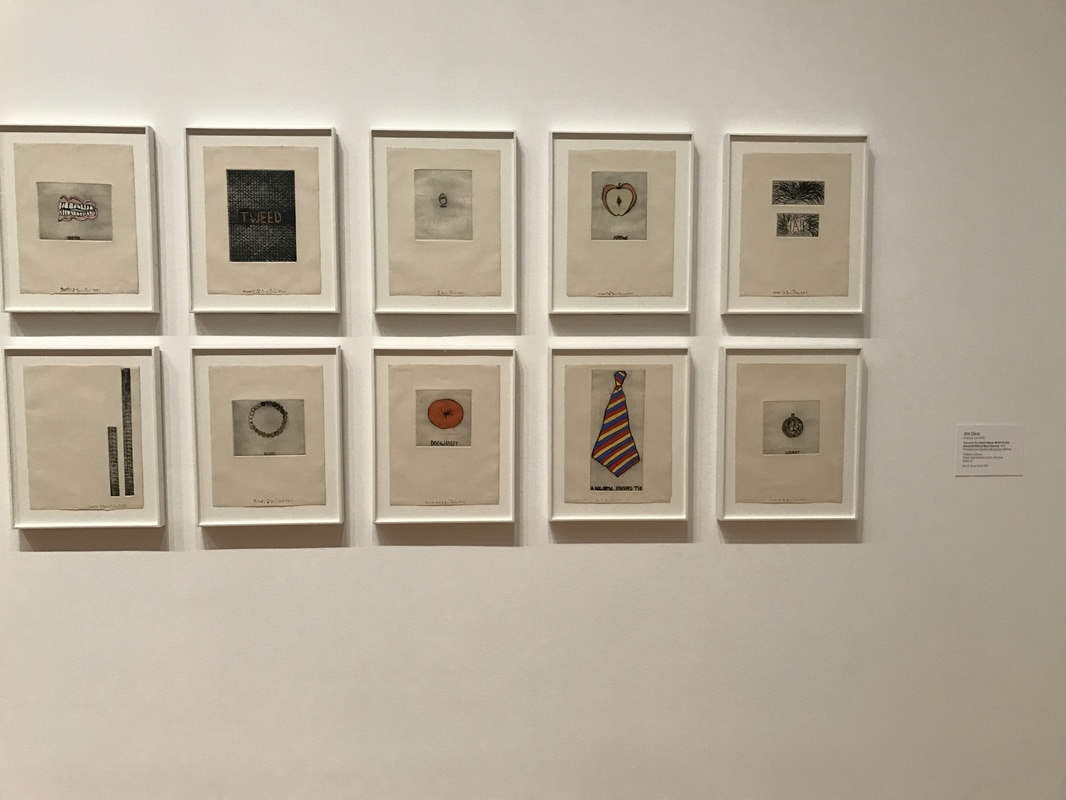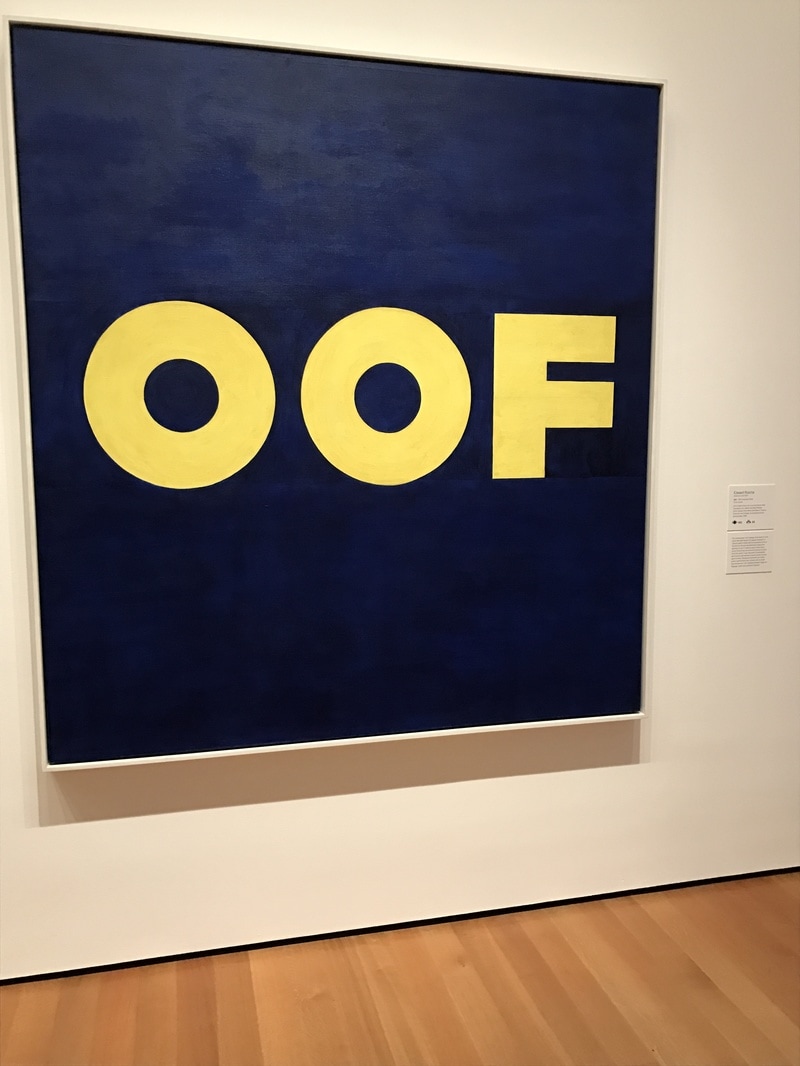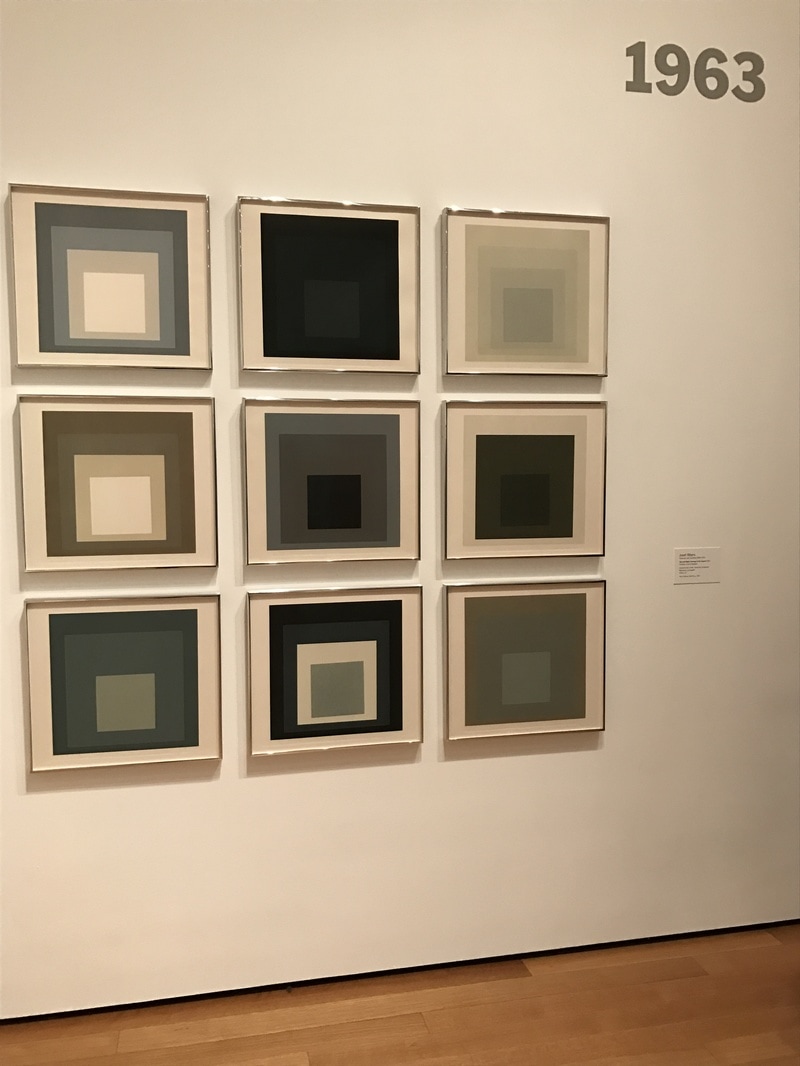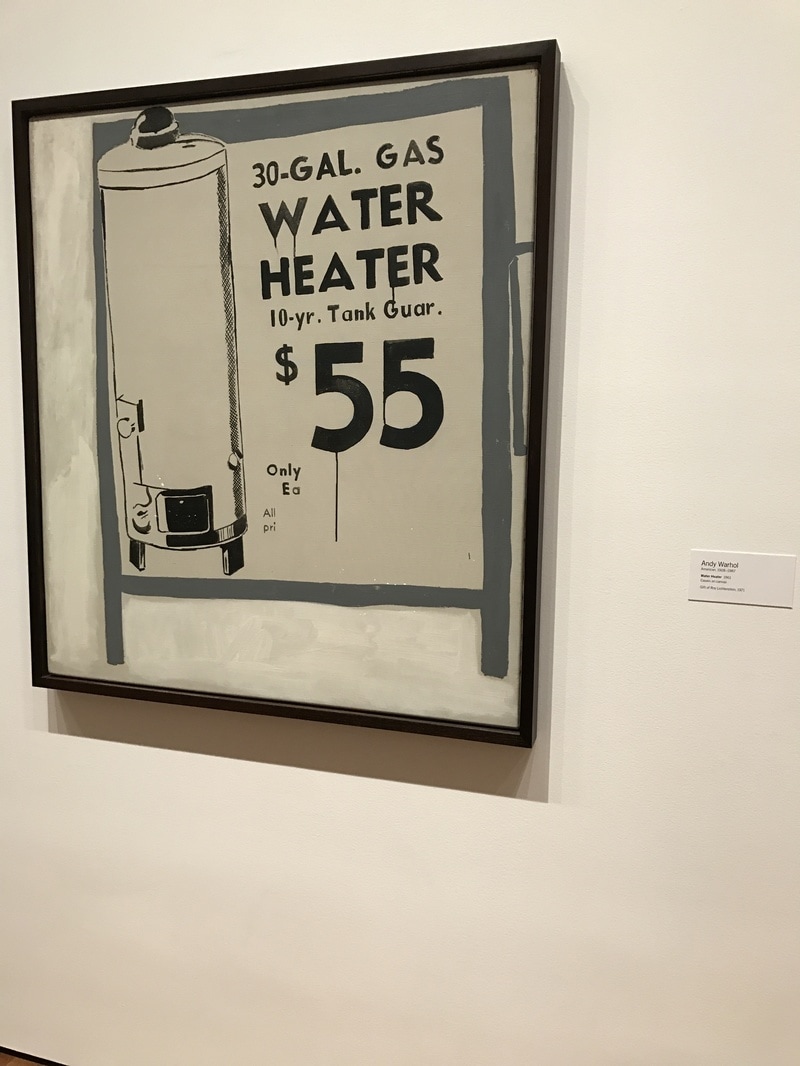|
"Eddie Bruckner's Series Of Pop-Art Paintings" Exhibition was at The Attleboro Arts Museum in April 2022. It featured 6 of Eddie Bruckner's original pop-art paintings, including 2 never before seen paintings, selected by the museum for a solo exhibition in April 2022. An Opening Reception was held on April 9th at the Museum and some photos from the reception are included below. Eddie Bruckner was also interviewed by DoubleACS TV News about his artwork and his exhibition at the Museum. Below is the interview: Eddie Bruckner's Limited Edition Prints and Greeting Cards were sold at the Museum's Gift Shop. The exhibit closes on April 30, 2022.
Photos from the Exhibition and Opening Reception, April 9, 2022.
0 Comments
I'm pleased to share that my artwork was selected by Juror, Patrick McCay, professor at the New England College Institute of Art & Design, for the 27th Annual Juried Exhibition at the Zullo Gallery. My Painting, "Jeff Koons' Balloon Dog-Silver" will be exhibited through August 22, 2021.
Here are the details... Zullo Gallery 27th Annual Juried Exhibition July 10, 2021 to August 22, 2021 456A Main St., Medfield, MA 02052 Opening Reception: Thursday, July 15, 2021, 6-8 pm. Regular Gallery Hours: 12-5 pm, Saturday & Sunday
Christiane Baumgatner is a German artist, and this was her first museum exhibition in the United States. The work on view featured these large, amazing woodcuts, as well as photoengravings, aquatints, and photogravures. She works with images from television and film. She would take photographs of her television screen, often of war documentaries and use them as a starting point for her woodcuts. The helicopter image below is her artwork called "Manhattan Transfer," which was my favorite. I also had the opportunity to view some of the Davis Museum's permanent collection of wonderful artwork from artists such as Andy Warhol, Louise Nevelson, Willem de Kooning, Lee Krasner, Jackson Pollock, and Al Held. I'd definitely recommend a visit to The Davis Museum, located on the campus of Wellesley College. for more information, please visit their website: www.wellesley.edu/davismuseum
Here is Willem de Kooning's 1937-1938 Oil on Masonite painting titled, "Untitled (The Cow Jumps Over The Moon). I learned that de Kooning was trained as a commercial artist and his artistic styles move back and forth between abstract and figurative methods. This painting below is one of his earlier works, which reminds me of Joan Miro's work to some degree. His later artwork, for which he is more well-known, is more gestural and epitomizes the abstract expressionism movement.
I stared at this painting below "Grazing Horses IV (The Red Horses), painted in 1911 by Franz Marc for quite a long time. Not because I love horses, but rather it struck me as fascinating. Franz Marc painted horses a lot, and was known for his preoccupation with animals. I learned that this particular painting was actually his first work of art to enter a museum's collection, the same year it was made. What struck me was his use of unnatural colors in a very natural scene. It's hard to see in the photo, but I was intrigued with the use of bright red in only one or two spots on the horses.
Below is Jasper johns' "The Dutch Wives", encaustic on canvas, created in 1975. If you haven't read my blog article on the Jasper johns retrospective exhibition at The Broad Museum in Los Angeles, you can find it HERE.
Below is a wonderful painting from a German artist that I was unfamiliar with named Corinne Wasmuht. It is titled, "50 U Heinrich-Heine-Str." oil on wood and created in 2009. The painting is a portrayal of Berlin's Heinrich Heine Street subway station and its surrounding neighborhood. It's hard to tell scale from photographs, but this is a huge painting and it's scale immerses the viewer, but the paintings various perspective points and different scales of objects also disorient the viewer. It's really a magnificent painting and I can see why it was gifted to Harvard's Busch-Reisinger Museum. Below are some fascinating samples taken from the Forbes Pigment Collection. Edward Forbes was the director of the Harvard Art Museums from 1909 to 1944. During his tenure, he traveled the world, collecting a large number of pigments for the library. Today, the Pigment Collection contains more than 2,500 samples that are beautifully displayed in cabinets on the 4th floor and are used to this day to help identify pigments used in historical artworks. I came across this wonderful, short video on the Forbes Pigment Collection that was created about 2 years ago. Check it out!
For more information about The Harvard Art Museums, please visit their website: www.harvardartmuseums.org. I definitely recommend visiting the Museum as you're in for a wonderful experience!
The Museum of Contemporary Art is actually comprised of three locations. The first is the MOCA Pacific Design Center in West Hollywood; the second is the MOCA on Grand Avenue; and the newest location is the Geffen Contemporary. There is actually a fourth location in Nevada. Yes! Nevada. The artist, Michael Heizer's artwork titled, "Double Negative" is a work of land art located in the Moapa Valley on Mormon Mesa near Overton, Nevada and was acquired into MOCA's permanent collection in 1985. If the artist's name rings a bell, it's because I recently wrote about his other monumental piece of artwork at the Los Angeles County Museum of Art; CLICK HERE TO READ THE BLOG ARTICLE. I should note that time didn't permit me to visit the Pacific Design Center, or the Geffen Contemporary (or visit Nevada), so this post will only include my visit to the MOCA on Grand Avenue. I also visited the Broad Museum (Read On & See Below.) The Geffen Contemporary is just a 15-20 minute walk from MOCA Grand and admission to one museum grants you admission to the other museum.
The MOCA on Grand Avenue housed an entire gallery room with Mark Rothko paintings. While I can appreciate Rothko's artwork and acknowledge its importance in art history, his paintings are not my favorite. I do love all the colors, and I also love the shapes, however, there is ambiguity, blurring of lines, that doesn't hit me the right way. Rothko wanted viewers to stand close to his paintings to see the vertically stacked bands of color seem to float upon colored grounds.
This large painting on two panels is by the artist, Njideka Akunyili Crosby. It's called "Garden, Thriving" and was completed in 2016. Her artwork was quite fascinating to see in person and I've included a detailed photograph of the two-panel painting. Originally from Nigeria, the artist layers photographic imagery within the chairs' fabric and the plant leaves. The images are pictures of Nigerian pop stars, models, military dictators, celebrities, and the artist's own personal photographs. To create this artwork, she uses acrylic paint, transfers, colored pencils, and collage on paper. There is so much to see in this painting, you could look at it for 10-20 minutes, or longer! I should also mention that the mural that is wrapped around the exterior of the museum is by this same artist!
Three other works by Jackson Pollock from MOCA’s permanent collection, were also on view. These were great examples of the diversity and range of materials Pollock used in his artwork from watercolor to collage. Walt Disney Concert Hall, Los Angeles, California This building is simply spectacular. Frank Ghery is one of my favorite architects and this is a perfect example of why that's the case. (In addition to all the awards he has won for his incredible architectural design). Frank Gehry was asked to devise a new home for the Los Angeles Philharmonic and the Walt Disney Concert Hall opened in 2003. Reflecting Gehry’s longtime passion for sailing, the structure’s exterior features are expanses of stainless steel that hover above Grand Avenue. Frank Gehry has devoted his career to disrupt the very meaning of design within architecture. From the iconic Guggenheim Museum Bilbao to the Fondation Louis Vuitton in Paris, and now the Walt Disney Concert Hall in Los Angeles, Frank Gehry has proven time and again the beautiful magic of his whimsical, cutting-edge design.
The Broad is one of the finest contemporary art museums I have ever visited. Founded by philanthropists Eli and Edythe Broad, the museum houses more than 2,000 works of art and holds one of the most prominent collections of postwar and contemporary art worldwide. The Broad's third floor galleries show a rotating selection of artwork and, best of all, it is free! The first floor galleries are for special exhibitions, like the Jasper Johns exhibit "Something Resembling Truth" that runs through May 13, 2018. So let's talk about the beautifully designed building... It's often called "The Veil and the Vault" because the building has gallery space as well as an extensive storage facility. In contrast with the neighboring Walt Disney Concert Hall, The Broad was designed to be porous and absorptive. There are wonderful olive trees that were planted in the plaza next to the museum. There were a number of artworks by Jeff Koons at The Broad. "Balloon Dog (Blue)" is perhaps one of his series of works that is most famous. The artwork is made of stainless steel and wights 2,000 pounds. It was created as part of his Celebration Series, a group of paintings and sculptures that memorialize rituals, icons, and images related to birthdays, holidays, and other celebratory parties or occasions.
Roy Lichtenstein is one of my all-time favorite pop artists. He was one of the founders of Pop Art in the 1960s and used tiny dots in his artwork, similar to the printing style of comic-books. The dots were placed in such a way to create an image, imitating the way comic-books and newspapers were printed. In addition to borrowing or seeking inspiration from newspaper ads, commercials, and comic books, Roy Lichtenstein also was inspired by some of his favorite artists like Picasso and Mondrian. See the two images below. Here is a sculpture by Roy Lichtenstein, "Goldfish Bowl" created in 1977. It is painted and patinated bronze. On the right is a detailed view, showing that the sculpture is very two-dimensional, despite it looking 3-D. I always love seeing paintings by Chuck Close. Chuck Close is known for his detailed paintings of faces, and later he was known for the deconstruction of that detailed portraiture. He explores portraiture and created this photo-realist painting called "John", painted in 1971-72. I included a detailed shot showing the incredible painting technique. John Baldessari, "Tips for Artists Who Want to Sell" 1966-68, Acrylic on Canvas. John Baldessari never touched this painting, didn't paint it, didn't write the text. Here, it's the role of the artist as the facilitator of the artwork; creating the concept. The humor is that the view is shown the paintings message, but the message is text taken from an art magazine with tips on what art should be. Another one of my all-time favorite artists is Andy Warhol. A short time after Marilyn Monroe died in 1962, Andy Warhol started to create silkscreen images of Marilyn. I learned that Warhol had recently just learned how to silkscreen, so this was a somewhat new process for him! In the painting above, titled, "Two Marilyns" created in 1962, Warhol captures the terrible fact of Marilyn's death, as if he was reporting the news. With silkscreens, the images deteriorate with each printing, which I believe is symbolic of her presence and then her fading into history with her death. It can also be interpreted as the volatility of fame and celebrity. I'm not sure how many versions of "Two Marilyns" were created, but I learned that the one pictured above from The Broad Museum was the 27th version of the silkscreen created. Ellsworth Kelly worked with shapes and solid colors. The painting below, "Green Blue Red" created in 1963, uses colors and shapes to create contrast and bring attention to edges. In the above image on the left, the green rectangle and blue oval are vibrantly displayed against the red background. His composition almost goes against the principal of design of balance. Below, Kelly's oil on canvas painting, "Green Relief with Blue" was completed in 2011. It's actually two conjoined canvases and I've posted the photo of the same painting as seen from different angles. It almost acts like a 2 dimensional painting trying to be a sculpture, with different views from different angles. Jasper Johns: "Something Resembling Truth" A Special Exhibition at The Broad (Through May 13, 2018) While The Broad Museum's main collection has free admission, this special exhibition required a special ticket with a timed entry. The exhibit was one of the best I've ever seen. The exhibit covered over 6 decades of artistic achievement from this iconic American artist. The comprehensive exhibit features more than 120 extraordinary paintings, drawings, prints, and sculptures, by Jasper Johns and draws upon works from within The Broad's permanent collection as well as from loans from over 50 international public and private sources. The imagery he used in his artwork were common items such as American flags, numbers, letters, targets, and light bulbs. Perhaps Johns’ most famous painting, "Flag (1954–55)" and is a fairly accurate representation of the American flag, in encaustic on collaged paper and fabric.
The American Flad is a geometric composition that has a strong sentimental and patriotic value in society. Jasper Johns' flags ofent trick the eye, or blur the lines between perception, reality, and illusion.
Jasper Johns began to incorporate objects and tools used in his artwork directly into the artwork's creation. Things like paintbrushes, color charts, and rulers. In the painting below, the "R" of "Red" is a neon light and wooden letters protrude outward from the canvas. I highly recommend you to experience the Jasper John Exhibit if you can! Also on the first floor was a very unique art installation by artist, Yayoi Kusama, titled "Infinity Mirrored Room--The Souls of Millions of Light Years Away." It is a mirror-lined room that includes LED lights that reflect endlessly in the mirrored space. It doesn't sound like much, but it is quite amazing to see. You need a separate timed ticket, which is free, and only one person can enter the room at a time for a duration of 45 seconds. As you can see, the Broad Museum is quite an amazing experience. I highly recommend you visit The Broad in Los Angeles and experience the art scene in Downtown LA. For more information about The Broad, please visit their website: www.thebroad.org Check out some of my other posts about Los Angeles!
Vinvent Van Gogh's "Irises" is one of The Getty's highlights. Van Gogh painted Irises in 1889 in the garden of the Saint-Remy asylum where he was being treated for his mental illness. It is oil on canvas. I learned that Van Gogh never really thought of this painting as a finished painting, but rather more of a study. It's a great example of his work that demonstrates how he painted en plein air. I'm fascinated with his brush techniques and how he layers color upon color upon color. I've included a detailed image of "Irises." I really loved the special exhibit at The Getty Center called, "Cut! Paper Play in Contemporary Photography." This exhibit that runs through May 27, 2018 features the work of contemporary photographers who use paper in unique and innovative ways. Some of the artists created paper models with images from current events with the intention of photographing them to create their final piece of artwork. While some artists make folds, cuts, or layers to arrange photographs to create something entirely new and innovative. The photo below is the artwork of artist, Soo Kim. To create her artwork, she cuts and layers imagery to create areas of negative space that gives her images a 3-D look. The shadows cast onto the wall are fascinating. I included two detailed shots showing some of the imagery seen in this cut photograph. the other detailed photo shows the beautiful shapes created by the shadows.
The grounds of The Getty are home to wonderful sculptures; there's something wonderful around every corner. Unlike most paintings, sculptures are typically created to be displayed outdoors. Outside, a three dimensional sculpture can be viewed from every angle, a variety of distances, and therefore creating an experience or a special moment for the viewer. The sculpture gardens include artwork from artists such as Joan Miro, Rene Magritte, Alexander Calder, Fernand Leger, Ellsworth Kelly, Roy Lichtenstein, and other artists. Another amazing exhibit was the "Michelangelo to Degas" exhibit that featured new aquisitions that broke records in the art world. The Getty Museum purchased 16 major drawings and one painting from a private collector that includes works by Michelangelo, Andrea del Sarto, Goya, Domenico Tiepolo, and Edgar Degas. Below are three of my favorite pieces from this small but powerful exhibit. From left to right: Edgar Degas' "After The Bath (Woman Drying Herself)" about 1886; Michelangelo's "Study of a Mourning Woman" about 1500-1505; and Edgar Degas' "Two Studies of Dancers" about 1873. I encourage you to go visit The Getty when in Los Angeles--You won't be disappointed! I encourage you to take advantage of the wonderful tours and events that the Getty Center offers such as architectural tours, garden tours, exhibition tours, etc. Also, for families with children, there are Art Detective Cards where kids can find the artworks and solve mysteries while exploring the galleries. For visitors information, please visit: www.getty.edu.
Here's a photo of me at the Los Angeles County Museum of Art in front of Chris Burden's sculpture, "Urban Light" installed in 2008. Burden restored over 200 cast-iron streetlamps to create this work of art. Burden was fascinated with urban life and how streetlamps are one of the fundamental building blocks of an urban metropolis. I found it interesting that the streetlamps were recently converted to LEDs, reducing the installations's annual energy consumption by 90%. The conversion to LEDs was funded by the Leonardo DiCaprio Foundation this year. Chris Burden was commissioned by Brandeis University's Rose Art Museum to create a similarly themed sculpture. You can see it by CLICKING HERE in an older blog article about the Rose Art Museum. Chis Burden's "Metropolis II" depicts an urban landscape. Burden created "Metropolis I" seven years before "Metropolis II". The earlier work featured eighty Hot Wheels cars zooming around a model city. This work is much larger and includes 1,100 custom designed cars, 18 highways, and a vast array of buildings and structures. The artwork runs on select days and times, so plan ahead! Richard Serra's "Band" is a massive sculpture that fills a huge exhibition hall from top to bottom, from front to back. The sculpture took two and a half years to develop. Made from over 200 tons of steel, it measures 12 feet high and over 70 feet in length. Below are two views of the same sculpture, titled "Phoenix" by Alexander Liberman, created in 1974-75. I love how a different view of this sculpture creates an entirely new image, a new feeling, a new perspective. "Levitated Mass" (Shown below) was conceived by artist, Michael Heizer, in 1969, but only realized in 2012. "Levitated Mass" is a 456-foot-long concrete pathway, over which sits a 340-ton granite boulder. As you walk down the pathway, it descends to fifteen feet in depth, directly underneath the massive boulder before ascending back up. Below are two views of the same Alexander Calder sculpture created in 1964 titled, "Three Quintains (Hello Girls)." It is made from sheet metal and paint with motor. To me, it appeared to be moved by the wind, but apparently it has a motor that moves the mobile sculpture.
Just a few days ago was the Chinese New Year and 2018 is the year of the dog according to the Chinese Zodiac. Celebrations began on February 16th this year and last for 2 weeks. I'd like to take this opportunity to wish everyone a happy, healthy, & prosperous Chinese New Year! Personally, I was born in the year of the Tiger. So maybe I'll paint a tiger one of these days... But in honor of the Year of the Dog, I'll post some of my recent dog paintings. Dogs are honest and loyal friends to so many people. And I think they are just cute, and fun, and represent love and happiness. That's why I love painting dogs, and puppies! Here are the first two paintings I did of dogs back in 2016: I wrote a blog article after "Woof Woof! Gotta Get My Bone" was sold. You can read it by clicking HERE. I recently completed 2 really fun dog paintings, both original acrylic on canvas paintings, 18" x 18" each. Here's a photo of each of them... Click on the Painting to view it in my online store! Wishing you a happy, healthy, and prosperous Chinese New Year 2018, The Year Of The Dog!
Which Puppy is your favorite? Let me know in your comments below! And feel free to share this post on social media! -Eddie
In recent years as you've read in my previous blog posts, I visited museums like the Whitney, the Guggenheim, MOMA, the Brooklyn Museum, the New Museum, the Jewish Museum, just to name a few. I encourage you to look through the Categories Listing on the right side of this page and click on what interests you, whether it be museums, cities, or famous artists. The Met has been in the news this past week because it was announced that its admission policy is changing, requiring visitors to pay for admission (the Museum has been pay-as-you-wish for over 50 years). The new admission policy will go into effect on March 1, 2018. Residents of New York State, and students from New York, New Jersey, and Connecticut will remain pay-as-you-wish. Children under 12 will remain free. Be sure to check out their website for more information: www.metmuseum.org I'd recommend purchasing your ticket(s) online and arriving to the Museum when it first opens. You will wish you had more time for your visit if you don't! The line for admission seemed to span the entire length of the huge museum, but having purchased an advance ticket, I was able to walk in a separate door, check in, and head straight into the galleries. Admission will get you into the Met Fifth Avenue, the Met Cloisters, as well as the new Met Breuer. I didn't have the chance to visit the Met Cloisters and the Met Breuer. My visit to the Metropolitan Museum of New York on Fifth Avenue was amazing. First of all, it is massive. I forgot just how large the museum is that is located on the Upper East Side on Fifth Avenue between East 80th and East 84th Streets. This blog post covers my experience of the Metropolitan Museum of Art on Fifth Avenue, mainly what was on exhibit in their Modern & Contemporary Art galleries, 19th and Early 20th Century European Paintings and Sculpture, and some of their Asian Art collection. There were also two special exhibitions going on that I'll include: One on the hugely talented artist David Hockney. And the other on an artist that you may have heard of before, Michelangelo! At the end of this blog, I'll include a few other artistic surprises outside of the Met I encountered on my trip to NYC.
In Marc Chagall's painting shown below, "Le Pont de Passy et la Tour Eiffel," painted in 1911, we experience a fascinating view of Paris and the Eiffel Tower. The important thing about this painting is its composition. Chagall uses several converging diagonal lines: the bright red road, the orange cement wall, and the lines denoting the blue sky. If you think about the time period of the painting, it's interesting to note how it depicts some of the modern changes to the city of Paris, including the Eiffel Tower, the construction of the Pont de Passy Bridge and technologically modern train, electrical power-lines, and how it is juxtaposed alongside the element of the horses and wagon alluding to and earlier time in history.
With the onset of the Industrial Revolution, painters like Fernand Leger incorporated streamlined forms and contours of assembly-line production into their artwork. In the painting shown here, "Three Women by a Garden" painted by Fernand Leger in 1922, three generations of women are depicted. "Woman with a Cat" was painted in 1921.
Piet Mondrian is one of my favorite artists. Here is one of his iconic paintings called, "Composition" completed in 1921. It's an early example of the geometric style of painting that Mondrian called Neo-Plasticism, that emphasized planar relationships in painting, architecture, and design. Many people who look at my own personal artwork sometimes comment that they see hints of a Mondrian influence in my artwork. Here is Mondrian's painting at the Met, next to one of my paintings! Mondrian used black lines to divide the canvas into rectangles that are sometimes painted in shades of blue and red, creating lighter hues by mixing primary colors with white. Later on in his artistic process, Mondrian stopped creating these hues and used pure, primary colors. In comparing his painting with mine, we each use an entirely different process to create our black lines and blocks of color. If you notice, the black line at the bottom right of his painting doesn't quite reach the bottom. To me, it detracts from the overall design. Here are two other artists, whose works are hung alongside Mondrian's at the Metropolitan Museum of Art. I love Jackson Pollock's artwork! The painting below is called "Number 28" and was painted in 1950. His drip and pour paintings are widely recognized as his greatest achievement in art. He used simple sticks or paint stirrers and enamel house paint, sometimes poured right from the can, spilling lines directly onto raw canvas spread on the floor. What I love about his paintings are that the paint on the canvas we see is a record of the artist's creative process and his movement as he walked around all the sides of the canvas. One of the Special Exhibitions on display during my visit was "Michelangelo: Divine Draftsman and Designer." Michelangelo Buonarroti lived from 1475 to 1564 and is celebrated for his excellence of the power of drawing and invention that provided the foundation for all the arts. His drawing skills, design, sculpture, painting, and architecture all combined to give him the reputation of "The Divine One" by his contemporaries. The exhibition showed a range of over 200 works by the artist that was pulled together from 50 public and private collections across the United States and Europe. The exhibit opened in November and is on view through February 12, 2018. Below are just two of his incredible artworks I saw at the Met. #MetMichelangelo During my visit there was a magnificent exhibit of the British artist David Hockney that showcases 60 years of his art career. I highly recommend visiting this exhibit that is at the Met Fifth Avenue through February 25, 2018. David Hockney's painting address translating movement, space, and time into a two dimensional painting. Hockney is probably best known for depicting California swimming pools and backyards in the mid-1960s. Many of his paintings are quite large, perhaps over 6 or 7 feet square. I love how he uses Acrylic paint on canvas.
Alexander Calder created a series of moving sculptures called mobiles that he created in a diverse range of abstract configurations. Shown here, is a free-moving wind mobile that is carefully balanced on a movable pivot point. I learned that he was inspired by the work of Joan Miro, and the similar shapes and forms can be observed in Calder's mobiles. In the video below, you can see the kinetic nature of his mobile, "Mobile" created in 1941 from painted aluminum, steel, steel rod, and wire. Here are some of Claude Monet's masterpieces...
And lastly, I came across these wonderful sculptures created by artist, Jaume Plensa, that are permanently installed at the Grand Hyatt Hotel near Grand Central Terminal. I learned that these two huge sculptures are reminiscent of the Moai sculptures on Easter Island. Overall, my visit to the Metropolitan Museum of Art was simply amazing. I could have spent the entire day looking at all the art and taking photos of every piece of artwork, but I could only include these 6 dozen or so photos! I wish I had the time to visit Met Cloisters and Met Breuer as well. Well, reason for another visit! I hope you enjoyed this blog and I welcome your comments! Have a friend who would enjoy reading this blog? Then please share it with them via email or social media! You can click on the Facebook and Twitter buttons below! PS: If you liked this article, you might like these other articles on my artistic travels:
Kennebunkport, Maine Los Angeles, California New York City Street Art Napa Valley, California Park City, Utah Barcelona, Spain Caribbean Art This weekend, I participated in a wonderful juried art festival in Needham, Massachusetts. The 2017 Needham Winter Arts Festival was held at Town Hall and featured over 30 local artists exhibiting their work. It was wonderful to be a part of this event which attracted hundreds of people (despite the first snowfall of the season) and featured musicians and singers performing holiday tunes onstage. The event was made possible through support from the Town of Needham and the Massachusetts Cultural Council Festival Grant Program.
I decided to post this blog article because two paintings of mine found a new home! The paintings, shown here, "Honey, I'm Home" and "Love Shines #2" were both sold and is now part of a private collection, bringing smiles to people residing in Wellesley, Massachusetts. The "Honey, I'm Home!" painting is acrylic paint on canvas and is 18" x 24". I was inspired to paint the house upon being invited to exhibit in a group show with the theme, "House." Before being sold, the "Honey, I'm Home!" painting was exhibited at the Morse Public Library, in Natick, MA in October 2016. It was also exhibited at the Attleboro Arts Museum December 9, 2016-February 2, 2017. I love this painting because of all the mosaic illusion elements, the representation of bushes, and how I used a broken line to indicate the front doorway. The second painting sold, "Love Shines #2" is a 10" x 10" acrylic on board painting with resin and ground glass. "Love Shines #2" was one of my most recent paintings completed within the past month! This was one of my first few paintings that features my use of acrylic paint and ground glass with multiple layers of resin. I love using hearts in my artwork to convey the emotion of love, passion, romance, and fun! I really do feel that love does shine, and in the case of my artwork, it does too through the use of ground glass that reflects the sparkling light! The accompanying painting, "Love Shines #1" is still available, and I'm glad that it received a lot of positive praise at the Arts Festival. I'm currently working on another series of 10 paintings, all 10" x 10" with acrylic paint, ground glass, and resin. So stay tuned for more information on those paintings once I'm done with them in my studio. They are going to be awesome and a LOT of FUN! OMG! I also sold out all my puzzles and blankets featuring my artwork as well as sold a lot of greeting cards, coasters, candles, limited edition prints, and notepads too! The 2017 Needham Winter Arts Festival was a great and successful event! I'm looking forward to participating in it again next year! I'm thrilled that these paintings sold to folks who absolutely loved them and I hope that they will enjoy their original paintings for many years to come! To see the painting sold last weekend and read the blog article: CLICK HERE! This past weekend, I was a visiting artist exhibiting my artwork at Gorse Mill Open Studios. Gorse Mill Studios is located in a historic old mill building in Needham, MA, a suburb of Boston. The building houses dozens of artists who create all types of artwork; from paintings to pottery, stained glass to mosaics, ceramics, jewelry, photography, illustration, encaustic, glass, performing arts, graphic design, and more! Gorse Mill Studios hosts openings, gallery shows, and art education programs throughout the year. It was wonderful to be a part of their event.
I decided to post this blog article because one of my favorite paintings found a new home! The painting, shown here, "Woof Woof! Gotta Get My Bone" was sold and is now bringing smiles to a new family! The painting is acrylic paint on canvas and is 10" x 20". I love this painting because of it's unusual size, the movement portrayed by the vertical lines of varying width, and how I incorporated mini-dog bones within the mosaic illusion part of the painting. It always makes me laugh! Before being sold, this painting was exhibited at the Wellesley Community Center for the Wellesley Society of Artists Fall Show from September 2016-April 2017. This is the painting that I used for the cover of my new 2018 Calendar that features the birthdays of dozens of famous artists. I also created a coffee mug of this painting too! I'm thrilled that this painting sold to someone who shared with me how much he loved it and I know he and his family will enjoy it for many years to come!
The artists and director of the film really captured van Gogh's style, bringing it to life on film. The swirls in the sky and starry night opens the film it’s opening credits. Every detail was taken care of regarding the casting of light and shadow as people moved in front of the light and moved away from the light or moved closer to the light. In some scenes where there were lamps, you really could tell by the painters brushstrokes the glow of the fire that emanated from the lamp. And it was that glow that was also masterfully captured in the characters faces, clothing, etc. The plot-line of the movie is certainly more of a historical documentary, featuring a variety of different flashbacks and characters re-counting their impressions of van Gogh and their interactions with Vincent van Gogh. From from all of these characters' subjective accounts of Vincent van Gogh‘s life and death, we learn, in aggregate, all about Vincent van Gogh. At the end of the film, we see the closing credits, which featured photographs of the actors in costume in character beside actual photographs or paintings by Vincent van Gogh of those characters and the images that inspired the scenery, etc. For example, the Vincent van Gogh's paintings of Joseph Roulin, the Postman, of which there are several of them, those images were shown beside the actor's portrayal of that character. It really is hard to believe that Vincent van Gogh only sold one painting in his lifetime. And it’s really hard to even fathom that he painted over 800 paintings in his eight year career as an artist. I always wonder what wonderful artwork he would have produced for the world to experience and enjoy had he lived a longer life. Even describing this film does not do it justice. You really do just have to see it for yourself. The film has already won several nominations and awards at various internationally acclaimed film festivals. Anyone who appreciates Vincent van Gogh's artwork, or even Modern Art in general, needs to see this movie. I can’t recommend this movie more highly. The official trailer is posted below. For more information about the movie, please visit the official website www.lovingvincent.com Go see it! And I welcome your comments below.
Many of these murals were created over the past few years as part of Pow! Wow!, which is a cool mural festival and celebration of art and culture. The festival also takes place in cities and countries such as Hawaii, Taiwan, Long Beach, Israel, Singapore, Jamaica, Washington D.C., Guam, New Zealand, Germany, and more. The POW WOW! Worcester mural festival, which was just in August 2017, has added dozens of murals in Worcester in less than 10 days while also hosting a number of arts and community-centered events and programs. Although I missed taking part of the festivities, I'm glad that I got to see a few of the incredible artworks that came out of this incredible festival. Visit www.powwowworcester.com for more information. I came across this awesome video on Pow! Wow! Israel and you can check it out here: http://powwowhawaii.com/blog/pow-wow-israel-2017-official-video/ Another of my favorites was located at this parking garage, which had two tower-like paintings on each side by artist Victor Quinonez. Check out Instagram @Marka_27. This was very cool.
I recently had the pleasure of visiting Puerto Rico and traveling to various islands in the Caribbean on a family vacation this summer. It was a wonderful trip, filled with all the expected highlights one would expect such as sun, sand, beach, sightseeing, and adventure. But I didn't expect to see some incredible artwork during my time in Puerto Rico and on my cruise vacation. I should note that by no means is this blog article a complete and accurate picture of the art of Puerto Rico or Curaçao. The following are just a few of the things I came across that struck my eye. In Puerto Rico, I did not have the chance to visit the Puerto Rico Museum of Art http://www.mapr.org/es or the San Juan Museum http://sanjuanciudadpatria.com/en/services/arts-culture-and-innovation/san-juan-museum/sanjuanciudadpatria.com/en/services/arts-culture-and-innovation/san-juan-museum/ What I discovered weren't major art installations in world-renowned art museums, or famous public art, but rather art that really captured the flavor of the local area. After my visit to the Curaçao Museum, I took a walk near the water to get into the main shopping area. Along the water in Curaçao, is the famous floating pontoon bridge. This public artwork by Frank Van Der Loo was placed along the water near the pontoon bridge's entrance. Although the coloring of the artwork was faded (especially apparent from the real-life view across the water of the characteristically vibrantly-colored buildings), I really liked this mural. It reminded me of the mosaic shapes I use in my personal artwork. Especially the mosaic-like shapes shown in the sky and in the lower portion of the mural. In Curaçao, I came across a storefront that is operated by the Art Foundation Curaçao. They teach classes and provide art programs for at-risk youth. Art Foundation Curaçao is a non-profit organization founded based on the idea that people of Curaçao are creative and talented and that Curaçao has all the ingredients to become an art destination. On sale in the gallery were "Curaçao Cubes" created by local children in foster homes in a workshop titled "Big Power of Small Blocks." The proceeds from the sale of the approximately 4"x4" painted wood blocks go back to the foster homes for more free art classes. One of its projects is the Plein Air Curaçao. Plein Air painting is a painting created in the open air; a form of rapid painting with the start and ending of a painting usually in one session of about 2-3 hours. Natural light changes over time, so the quick nature of painting with broad strokes creates impressions of reality as seen through the eyes of the artist. Plein Air Curaçao is a bi-annual international art festival. For more information, please visit www.pleinaircuracao.com. Not far from there was the Jewish Cultural Historical Museum, adjacent to the Mikve Israel-Emanuel (the oldest Synagogue in continuous use in the Western Hemisphere, The museum housed numerous Jewish ritual objects as well as information about Dutch Jewry and the Jewish community of Curaçao. For more information, please visit: http://www.snoa.com/museum
I should mention the Cruise ship's art galleries and the on-board art auctions that are common on all the major cruise-lines. The art auctions were operated by Park West and all I care to say about this is that I found this online article that I found to be an accurate representation of my experience on the ship. Although I did not purchase any artwork from Park West on the ship, I did find it to be a fascinating experience interacting with their staff, viewing their artwork, and participating in their on-board auction champagne reception event. https://www.bloomberg.com/news/features/2016-12-14/ever-bought-artwork-on-a-cruise-prepare-to-be-seasick That said, the cruise was wonderful and all the artwork I saw on this trip was amazing. I highly recommend visiting Curaçao and I welcome your comments! PS: If you liked this article, you might like these other articles on my artistic travels:
Kennebunkport, Maine Los Angeles, California New York City New York City Street Art Napa Valley, California Park City, Utah Barcelona, Spain I had the pleasure of visiting the Museum of Fine Arts Boston, which is always an incredible experience. There are always new exhibits to see as well as a chance to see some of one's favorite works of art since visiting last. Henri Matisse, perhaps one of the most famous artists in the world, was the subject of a fascinating exhibit. The "Matisse in the Studio" exhibit pushed the limits of how one experiences Matisse's work. Having seen his artwork countless of times at museums all over the world, including visiting the Matisse Museum in the south of France, I've never quite have seen artwork presented in this unique format. Henri Matisse was an artist who revolutionized 20th Century art. This international exhibition examines the critical importance of the objects in Matisse's studio and how they influenced his creative process and finished artwork. The exhibit has a number of thematic sections that each focus on different stages of his career as an artist. Matisse didn't limit his work to one medium like painting or sculpture, but also did many drawings, cut-outs, collages, prints, and more. What makes this exhibit particularly fascinating is that the artwork is presented next to the objects that helped inspire Matisse's creativity and served as subject matter for much of his work. Matisse found inspiration everywhere: In sculpture, in a chocolate pot, textiles, furniture. Below, the pewter jug served as inspiration for the painting below. You can see how the curved lines of the jug, the waviness, are imitated in the lines of the background tapestry, the woman's robe, and the actual jug he painted as a vase of flowers. As you can see in the close-up photos below, the wavy lines are not painted on, but Matisse rather scratched the paint off the surface of the canvas. This reminds me of how I used this technique in some of my artwork. You can see some of those paintings here and here. Show above is a table that appears in the painting to the left. And below is a female torso Roman sculpture that Matisse used to create the "Formes, Plate IX" for the illustrated book "Jazz". Matisse used cut paper as its own medium. He also uses Guache paint on paper that he cut and pasted on canvas to create "Mimosa" and "Panel with Mask". The movie, "A Model for Matisse" discussed the relationship between Matisse and his longtime friend and nun, Sister Jacques-Marie. Their relationship began when she started working for him as his nurse, but later she often served as a model for Matisse's most famous artworks. The nun also helped paint the paper that Matisse used for his cutouts. The sister was instrumental in helping Matisse design the Vence Chapel (the Chapelle du Rosaire), one of his greatest accomplishments in his career as an artist. The two large cutouts were designs for the robes that the priests were to wear while celebrating Catholic Mass. The "Matisse in the Studio" exhibit runs from April 9, 2017 to July 9, 2017. For more information, please visit www.mfa.org.
Art of the Americas. Level 3 Below is just a few snapshots I took during this visit to the MFA, some of my old favorites as well as some new favorites. Below from are some wonderful photos of Piet Mondrian's work, "Composition with Blue, Yellow, and Red," Georgia O'Keefe's "White Rose with Larkspur No. 2," Joseph Stella's "Old Brooklyn Bridge" large, oil on canvas painting, Pablo Picasso's sculpture, and his "The Bull" series completed in 1945 and 1946. Also below are two of Jackson Pollock's incredible paintings, along with a close up shot of his drip-work, splattering, etc. and lastly, I've included a piece by Charles Sheeler titled "On a Shaker Theme" and an incredible work of art by Stuart Davis, "Apples and Jug" where he takes the traditional still-life and transforms it into his modernist universe, with elements of cubism and even of advertising imagery. Contemporary Art In the Contemporary Art galleries, two pieces struck me on this visit. One is Carmen Herrera's, "Blanco y Verde (#1)", Acrylic on Canvas. Originally from Havana, Cuba, Herrera studied painting in New York. The simplicity of the forms here was really striking. I love the exactness of her straight lines, and her minimal use of color. We don't know if there is a background or a foreground, and we almost lose our-self within the painting completely. Carmen Herrera recently had a retrospective exhibit of her work a the Whitney Museum of American Art a few months ago.
Memory Unearthed: The Lodz Ghetto Photographs of Henryk Ross This powerful exhibit recently opened in March and will be on view through July 30, 2017. “Memory Unearthed” is a very moving exhibit that provides a rare glimpse of life during the Holocaust. Holocaust Survivor, Henryk Ross took this incredible display of photographs of life inside the Lodz Ghetto from 1940 to 1944. Henryk Ross was confined to the Lodz ghetto in 1940 and enlisted by the Nazi regime as a bureaucratic photographer taking photos for Jewish identification cards, for propaganda materials, etc. Secretly, Henryk Ross documented the horrible living conditions and persecution of the Jews under the Nazis. Ross his the photos and negatives before the last of the Jews were sent from the ghetto to the Auschwitz and Chelmno death camps. The photos seen in this exhibit survived because Ross buried the photos and negatives hoping to provide a historical record of the persecution of the Jews. All the photos were very powerful to see. However, there was one piece of artwork that I found completely incredible and breathtaking from an artistic perspective. I've included the photo below. It is actually a modern print from an original 35mm negative, depicting Ghetto police escorting residents for deportation. The image itself and the unfortunate and horrifying circumstances in the photo are very compelling. But beyond the face value of what is happening in the photo, you can see that the negative is partially destroyed, burned, or deteriorating. From one perspective, the visual piece of artwork is quite beautiful and striking. And from another perspective, it is quite ugly, off-putting, sad, and even symbolic. This exhibit helps us Never Forget the horrors of the Holocaust and its victims of persecution and death. Overall, this was an incredible visit to the Museum of Fine Arts Boston. With every visit, there are new things to see, experience, learn, and explore.
Part 1: Barcelona Architecture One cannot talk about Barcelona's architecture without mentioning Antoni Gaudi. Part of the Modernista movement of the late 19th Century, Antoni Gaudi is Barcelona's most famous architect. Almost anywhere you look in Barcelona, Gaudi had some part in its creation, from the houses, apartment buildings, churches, sidewalks, parks, and even the city benches lining the streets. In Modernism, nature was a huge element present in decorative motifs as well as present in the actual architectural structure of Gaudi's buildings. Below are some of Gaudi's masterpieces, but there are dozens of others throughout Barcelona to visit and experience. Casa Batllo I really enjoyed seeing Casa Batllo, which is situated on a main street in the heart of Barcelona. Mosaic is everywhere. The Chimneys of the building are works of art. The roof is representational of a dragon's back. The exterior facade demonstrates Gaudi's expert use of texture and color. Below are some photos of the exterior of the building as well as the interior. The sidewalk tiles as shown in the photos below line the streets and feature an underwater, marine-life motif. Sagrada Familia Gaudi's Sagrada Familia is innovative and highly symbolic. The architect's objective was to explain the teachings of the Church through sculpture and architecture. Following Gaudi's death, work on the Sagrada Familia continues to be carried out by collaborating architects and artists. The project is expected to be complete by 2026, coinciding with the 100th anniversary of Gaudi's death. The stained glass windows were perhaps one of the most beautiful aspects of the Sagrada Familia. The colors were so vivid and bright. Park Guell Park Guell is another one of Gaudi's masterpieces. It was build between 1900 and 1914. It was opened as a public park where Gaudi let his imagination run wild with his incredible use of mosaics throughout the park. Below are some photos of Park Guell. The mosaic work is unbelievable and reminds me very much of the mosaic illusion that I paint in many of my own paintings. La Pedrera La Pedrera is also known as Casa Mila. It was completed in 1912 as an apartment building. There are curved walls that seemingly defy the laws of gravity. The rooftop is amazing at night and includes all of Gaudi's architectural trademarks. Bricks in the attic create arched ceilings and are uniquely used using the log side of the brick, which also features the brick-maker's fingerprints. There are terrific wrought iron balconies and exquisite ceramic mosaics. I highly recommend visiting La Pedrera by booking a night tour, which includes a full tour of the building and a surreal visual light display on the rooftop under the stars, followed by a champagne toast and cookies! Although my time in Barcelona didn't permit me to visit the Palau Guell, I should mention that it is an excellent example of one of Antonio Gaudi's early architectural masterpieces. It is a UNESCO World Heritage Site, and is a magnificent example of domestic architecture in the context of Art Nouveau and one of the first important commissions Gaudi received at the start of his career. It is located just steps away from La Rambla, not far from La Boqueria. Part 2: Barcelona's Art Museums and Fine Art A Guide to Visiting Barcelona's Museums: If you plan to visit Barcelona, I highly recommend purchasing the Barcelona Museum Pass, also known as an art passport from ArtTicket BCN, which will give you access to six Barcelona museums, including the ability to skip the lines. The Passport give you access to the Picasso Museum (Museu Picasso), the Joan Miro Museum (Fundacio Joan Miro), the National Museum of Art of Catalunya (Museu Nacional d'Art de Catalunya), the Antoni Tapies Museum (Fundacio Antoni Tapies), the CCCB, and the MACBA. I purchased the passport online (for 30 Euros), and simply showed the ticket to the first museum I visited to receive the passport. The passport is stamped upon entry at each museum. To learn more about the ArtTicket BCN, check out their website: http://articketbcn.org/en/barcelona-museum-pass. I should also mention that it is very important to check the hours of each of the museums as they vary significantly. Most museums, with a few exceptions, are closed on Mondays. Also, all city museums are free at last one afternoon per month, so be sure to check the websites in advance for hours and special exhibition dates. If you're interested in contemporary art, check out this website that provides a network devoted to contemporary art in Barcelona: http://www.artbarcelona.es/circuit/en/. Picasso Museum in Barcelona The Museu Picasso of Barcelona is a wonderful center documenting Pablo Picasso's early years of apprenticeship. With over 4,000 works of art in its permanent collection, you'll see why this museum is one of the most popular tourist attractions in Barcelona. The Picasso Museum highlights the artist’s relationship with the city of Barcelona. I learned that Pablo Picasso's father was a teacher at the San Telmo Fine Art and Crafts School. and had an important influence on Picasso's future career as an artist, who demonstrated a strong interest in art from a very young age. There are some drawings and small panels in oil that give an idea of his efforts to give his own creativity free rein and explore new techniques by taking in his immediate environment. In Barcelona, Pablo Picasso continued his art education at the La Llotja Fine Art School. The photos here show his artwork featuring Barceloneta Beach and two ports. After taking these photos, I learned that photos were not allowed, so unfortunately, I do not have photos showing the rest of the museum. This Picasso museum focused on his earlier works, and very few on display were "well-known Picasso masterpieces." The museum highlighted Picasso's creative process of some of his work of his Blue Period. Some of the highlights of the museum included Las Meninas Series. This was a series of paintings based on the Velazquez painting Las Meninas. For more information, please visit www.museupicasso.bcn.cat. Fundacio Joan Miro The Joan Miro Museum (Fundacio Joan Miro) is located in the Montjuic area of Barcelona and houses the work of Joan Miro as well as temporary exhibitions of 20th and 21st Century art. The collection of paintings, sculptures, drawings displayed at the museum is one of the most comprehensive collections representing every stage of Miro's career as an artist. There are paintings related to Surrealism and works based on the Spanish Civil War. Miro's work on large canvases in the late 1970s onward demonstrate his use of large color fields and painting with free gesture. For more information, please visit www.fmirobcn.org.
Museums Further Afield from Barcelona: In the town of Girona, I visited the Museum of Jewish History. The goal of the Museum is to preserve the history of the Jewish communities of Catalunya. Art at this museum included various Jewish ritual objects. Be sure to visit if you are in Girona, which is not far from Figueres, where the Dali Museum is located.
On of my favorite pieces was this one below entitled, "Gala Contemplating the Mediterranean Sea which at a distance of 20 meters is transformed into the portrait of Abraham Lincoln (Homage to Rothko).” Gala was his wife and muse for many years. The exterior of the museum is a work of art as well. Statues with loaves of bread on their heads. Inside the museum in the open air courtyard is a spectacular and wild work of art called, "Rainy Taxi". If you put a Euro in the slot located at the base of the artwork, it will rain inside the taxi, and an umbrella will open up on top of the artwork!
The museum includes paintings by Old Masters with works from the 13th Century to the 18th Century. The largest section of the museum is devoted to works from the 19th and 20th Centuries and includes a wonderful selection of Catalan painting and sculpture of the Modern period. I was very impressed with their collection of paintings by the great masters of French and international impressionism (Degas, Sisley, Monet, Pisarro, Sargent, etc.). Picasso and Dali, avant-garde artists are also well represented! Part 3: Barcelona's Public Art The streets of Barcelona are filled with art by world renowned artists. Below are just a few of these that I came across on my artistic journey.
PS: If you liked this article, you might like these other articles on my artistic travels:
Los Angeles, California New York City New York City Street Art Napa Valley, California Park City, Utah Caribbean Art There's a great article that was recently shared with me on the pros and cons of some of the major brands of acrylic paint used by both professional and amateur artists around the world. As a professional artist, the paint I use for my artwork is of paramount importance to both me and those who purchase and collect my artwork. The article is a great resource for anyone interested in learning more about acrylic paint, and finding the paint that works best for you, meeting your artistic and creative objectives.
The link to the article written by Lindsey Bourret on Wonderstreet.com can be found here: http://wonderstreet.com/blog/choosing-the-acrylic-paint-thats-best-for-you For me, my go-to acrylic paint is Liquitex Professional Heavy Body Acrylic Paint. I like the drying time, the vibrancy of the color, the consistency of the paint, and I never experience any color shift. And I sometimes use Liquitex Professional Gloss Medium & Varnish to varnish some of my paintings to create a shiny or glossy look, or in some of my mixed media work where I use it to affix special papers on my canvases. I also like the Liquitex Acrylic Paint Markers, which come in both a small and large point or tip size. I've also experimented with another acrylic paint, not mentioned in the article, called Flashe paint. Flashe comes in jars and once applied to the canvas, it dries completely opaque with a matte finish. It is made in France by Lefranc & Bourgeois. And for teaching, I often recommend that my students begin to learn how to paint with Grumbacher Academy student grade paint because it is fairly inexpensive and in my opinion has a similar feel to the Liquitex Professional Heavy Body. Grumbacher Academy Paint is discussed in the article using the link: http://wonderstreet.com/blog/choosing-the-acrylic-paint-thats-best-for-you I encourage you to check out the article and see for yourself what works best for you and the artwork you want to create. Happy Painting!
 If your favorite color is blue, like it is mine, then you'll enjoy the exhibit at the Brooklyn Museum called, "Infinite Blue." The exhibition's title hints at the connection between the color blue and the idea of spirituality as written by Russian artist Vasily Kandinsky, "On the Spiritual in Art." Blue is often associated with the heavens and the spiritual because blue is the color of the sky. The artwork featured in "Infinite Blue" feature every variety of the color blue from ancient times to the present. The exhibit includes a wide range of artwork from the museum's permanent collection of Asian, African, Egyptian, American, Native American, and European art: paintings, sculpture, prints, drawings, etc. My understanding is that this exhibit will expand to other areas of the first floor of the museum over time. My favorite blue is Cobalt Blue. On display were a variety of blue and white ceramics from the Middle East. The use of Cobalt in the Middle East likely inspired the Chinese to use the pigment. In the artwork below and the detailed close-up, artist Arlene Schechet has created handmade papers from abaca, a plant native to the Phillippines. The Flow Blue series, from which this work derives, is named after a British transfer pottery from the early 19th century. For more more information on the exhibit, use the hashtag #infinitebluebkm. The museum also had a number of wonderful pieces from Alex Katz, Georgia O'Keeffe, Diego Rivera, Claude Monet, Henri Matisse, Edgar Degas, and Auguste Rodin. Here are a few paintings on exhibit. Having walked from Manhattan to Brooklyn over the Brookyn Bridge earlier that day, I really appreciated Georgia O'Keefe's painting of the Brooklyn Bridge. I had always thought that most of her artwork was in the same genre of the Ram's Head painting below. Georgia O'Keefe's painting of the Brooklyn Bridge emphasizes the abstract elements of the composition. This painting was one of her last works of art painted in New York before relocating to New Mexico in 1949. Luce Center for American Art: Visible Storage Study Center: One of the many wonderful surprises at the Brooklyn Museum was discovering the Visible Storage Study Center. The beautiful display gives you an inside look at how museums work and provides you with a glimpse of the breadth and scope of the Brooklyn Museum's collections. The Visible Storage Study Center contains artwork organized and identified by the accession number assigned by the museum's registrar. Visitors can learn more information about the object by entering an item's identification number on a special web site at computers located throughout the space. I had the opportunity to see the Marilyn Minter "Pretty/Dirty" exhibit that was on display at the Brooklyn Museum from November 4, 2016 to April 2, 2017. The exhibit featured many over-sized paintings showing seductive and sexual visual statements. The artwork included paintings and videos mostly sexual in nature. The photographs, paints, and videos in one gallery focus on licking, dripping, and devouring mouths. I believe it is a commentary on American culture's inexhaustible appetite for glamour and stimulation. I've included a few photos from the exhibit below. The Dinner Party by Judy Chicago is the most significant icon of 1970s American feminist art. It took Judy Chicago 5 years to complete the project from 1974 to 1979 with the help of hundreds of collaborators. The Dinner Party represents 1,038 important mythical and historical women, most of whom had been neglected by history. The Dinner Party consists of a series of Entry Banners, Heritage Panels, a Heritage Floor, and a huge ceremonial triangular banquet table measuring 48 feet on each side with a total of 39 place settings. The Dinner Party is housed a the Brooklyn Museum as the central installation of the Elizabeth A. Sackler Center for Feminist Art. The Table is in the shape of an open equilateral triangle, a symbol of equality. Each place setting represents a woman of great historical significance, either real of mythical. The Heritage Floor beneath the table is comprised of 2,300 porcelain tiles. The Brooklyn Museum was a fascinating experience. Check out the Museum in you are in the vicinity. You won't be disappointed!
Just recently, on February 14th, I came across an editorial article on Artsy.net by Isaac Kaplan entitled, "Do Francis Picabia's Anti-Semitic Remarks Tarnish his MoMA Retrospective?" After reading the article I learned about Picabia's anti-Jewish feelings (and womanizing behaviors). MoMA's exhibit apparently does address this part of Picabia's character; however, I must have missed this as I walked through the gallery. To answer Kaplan's question personally. I think it does, in fact, tarnish his reputation. I really enjoyed his artwork during my visit to the MoMA. But after learning more about the artist, I can't say that I can admire him. Famous artists are people that I want to look up to and admire. They are people that I want the next generation of artists to look up to. And so, while I can appreciate his artwork at face value and his artistic technique, learning about his anti-Semitic behavior does take him down several notches in my book. Similarly, just like we want our kids to admire our professional sports players, it's hard to have our kids look up to them if they do drugs, treat women badly, are anti-gay, or are anti-Jewish, or discriminate in any way. So, I'm kind of let down after my great experience viewing his work in the gallery. But for this blog article, I will continue to proceed sharing my thoughts on the exhibit as if I hadn't learned of his anti-Semitic feelings and behavior. Here is the link to the article for your information: https://www.artsy.net/article/artsy-editorial-francis-picabias-anti-semitic-remarks-tarnish-moma-retrospective As I walked though the gallery rooms, the one thing that struck me the most was how his artistic style changed throughout his lifetime. Picabia was an artist of many genres, and his body of work lacks consistency and categorization. He shifted styles over time. The exhibit highlights his impressionist landscapes, abstract works, paintings, photo-based nudes, etc. Here are some photos from the exhibit. These two Picabia paintings shown below reminded me of one of my own paintings that I painted earlier this past year, "Woof Woof! Gotta Get My Bone." All three works utilize black lines in a similar fashion. I should note that my painting was created without ever seeing Picabia's work; I am just noting the coincidence in how we both used these lines in the same fashion. "Revolutionary Impulse: the Rise of the Russian Avant-Garde" was another wonderful temporary exhibit at the Museum of Modern Art that runs through March 12, 2017. The fact that all the artwork on display comes directly from MOMA's permanent collection, demonstrates how wonderful MOMA is and how impressive their permanent collection is. Of all the artwork on view, there were two artists whose work caught my eye. The two photos below are from the Russian artist Alexandra Exter. The oil on canvas painting on the left, called "Theatrical Composition" was very intriguing to me. I loved the colors, shapes, and overall composition of the painting. The other smaller works, pictured to the right are six designs from various stage sets like The Merchant of Venice, Othello, and others.
To photograph all the well-know paintings from all the famous artists would be a huge undertaking. So I'm including a small selection of some of my favorite pieces along with some detailed close-up photos from the following artists: Georges Seurat, Vincent van Gogh, Pablo Picasso, Jasper Johns, Henri Matisse, Fernand Leger, Jim Dine, Andy Warhol, Edward Ruscha, Josef Albers, James Rosenquist, Robert Rauschenberg, and Sol LeWitt. I have the close-up photos to show the brushstrokes, the detailed use of color, and a glimpse into what the artist was focused on while painting their masterpiece. Pablo Picasso's Guitar Sculpture (3 views), and below, "Vase of Flowers" & "Les Demoiselles d'Avignon I highly recommend visiting the Museum of Modern Art in New York City. More information about the museum can be found on their website: www.moma.org. PS: If you liked this article, you might like these other articles on my artistic travels:
Kennebunkport, Maine Los Angeles, California New York City Street Art Napa Valley, California Park City, Utah Barcelona, Spain Caribbean Art |
The Art ConnectionWelcome to Eddie Bruckner's Art Blog! Archives
April 2022
Categories
All
|
